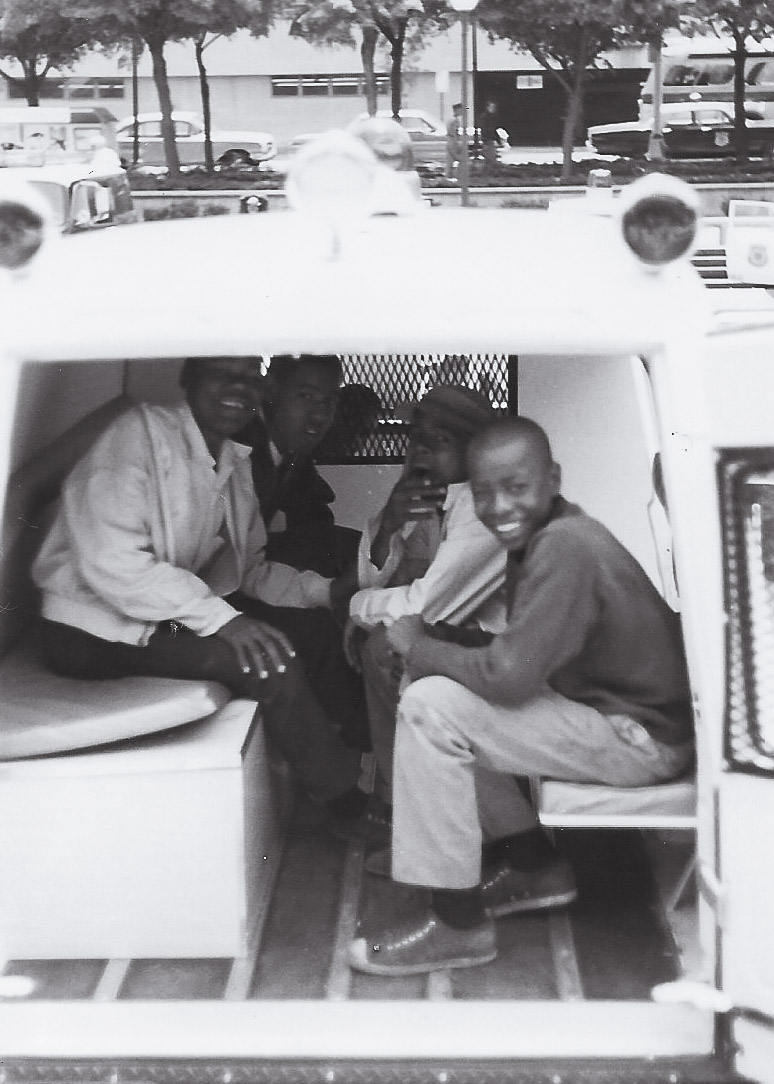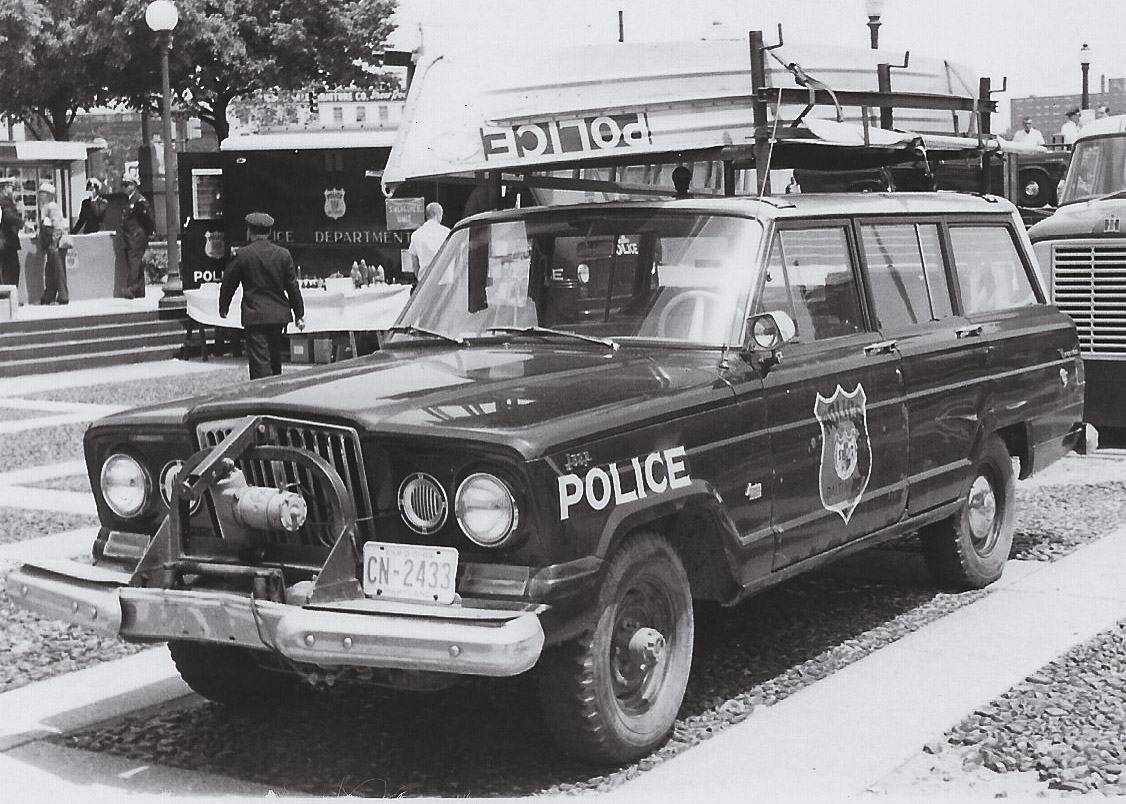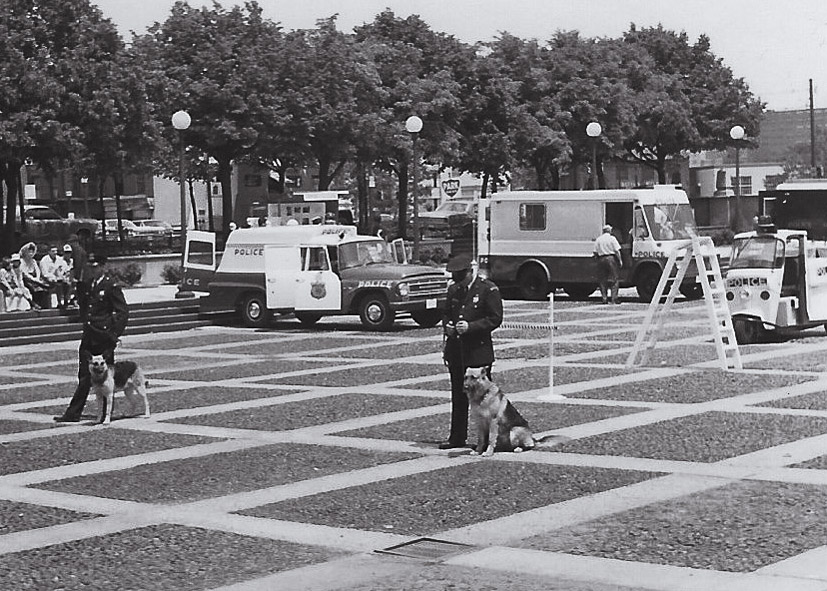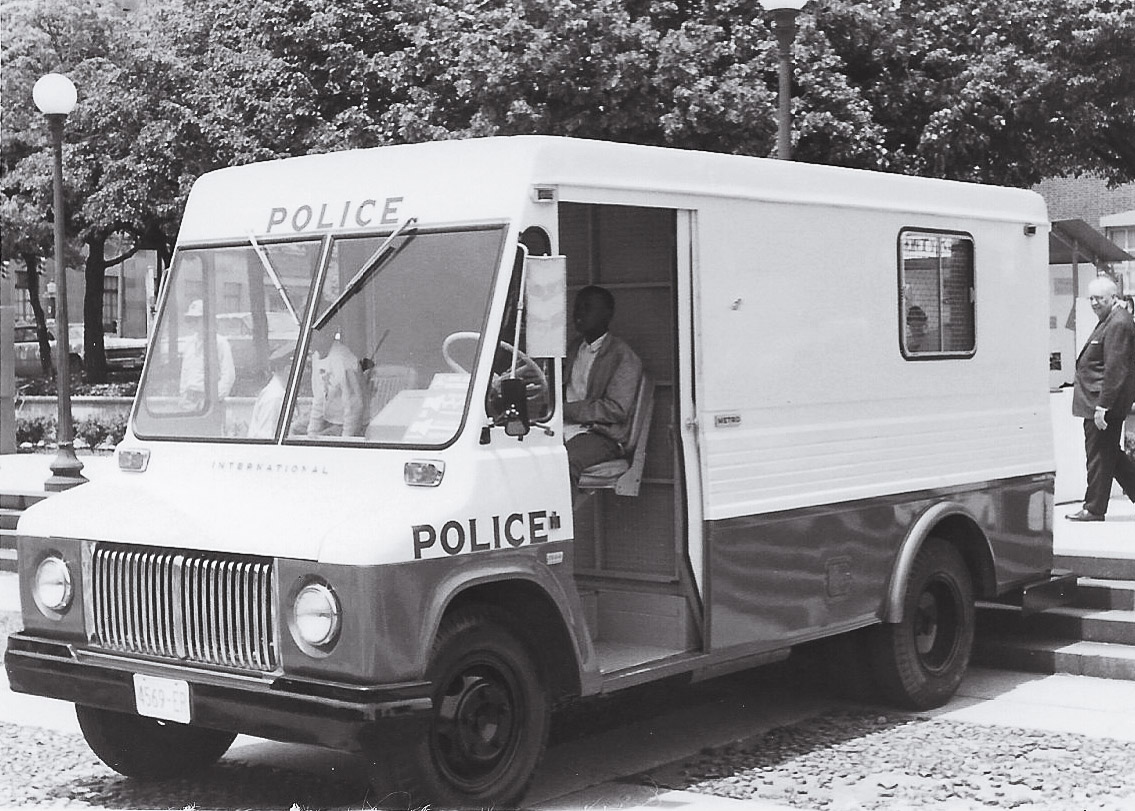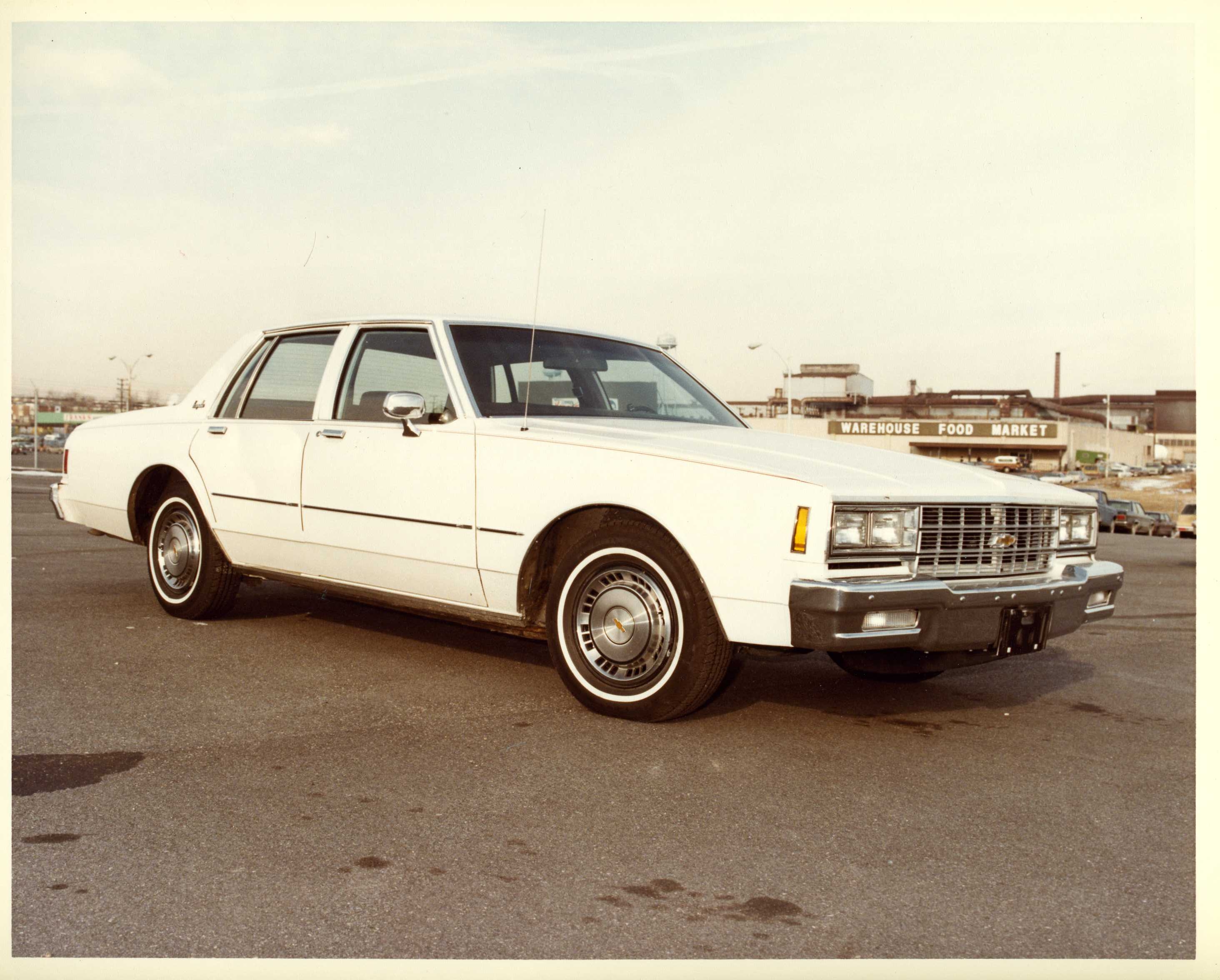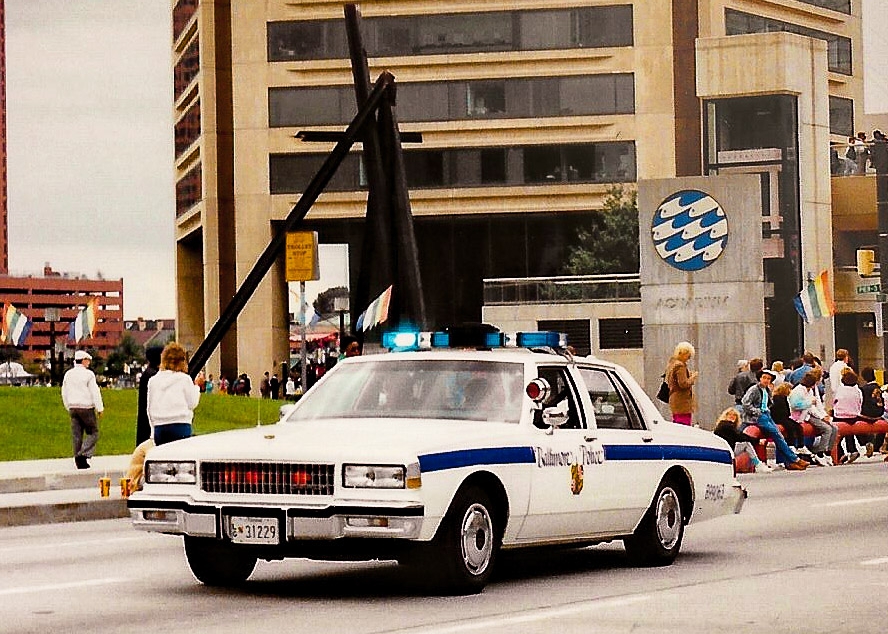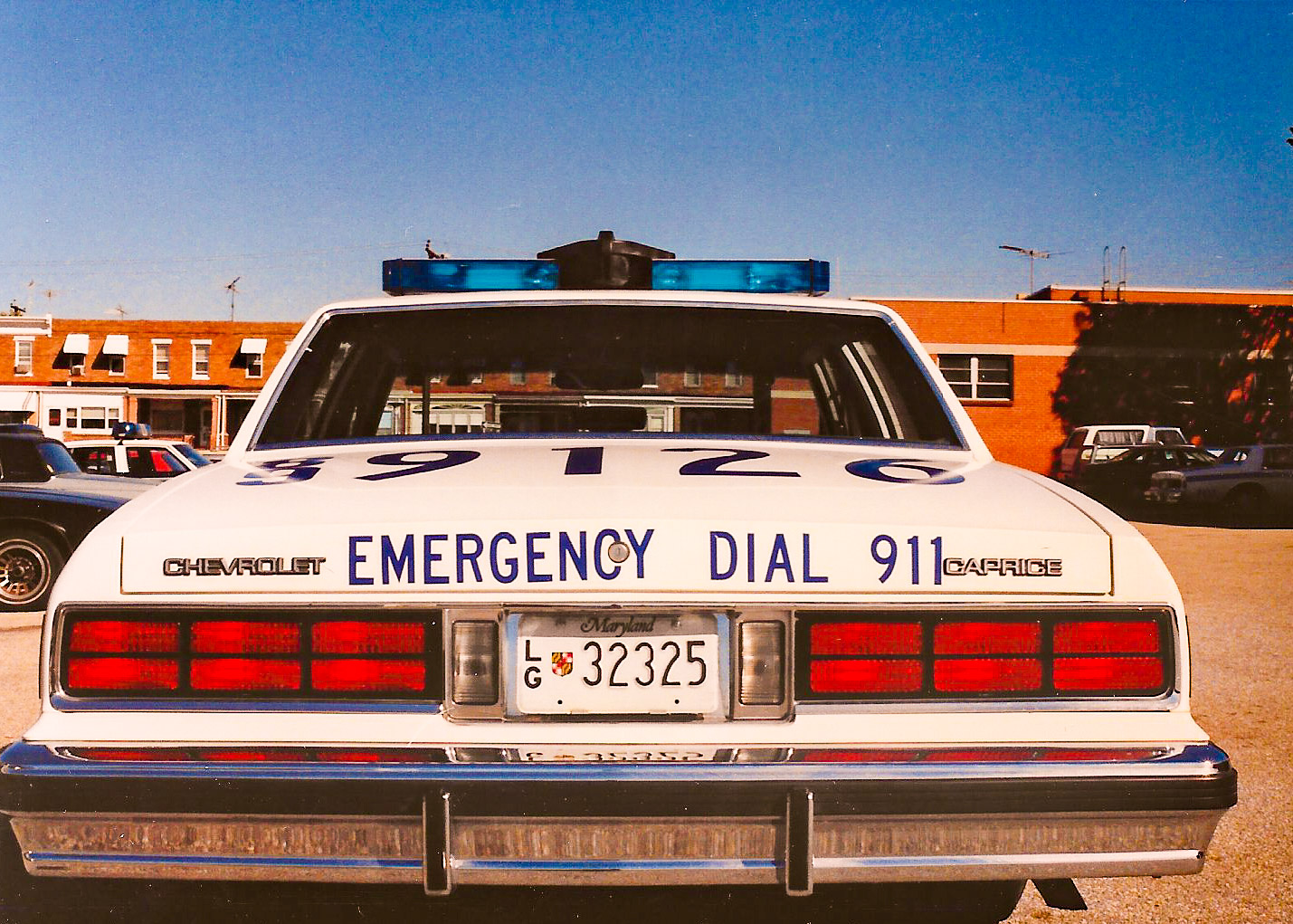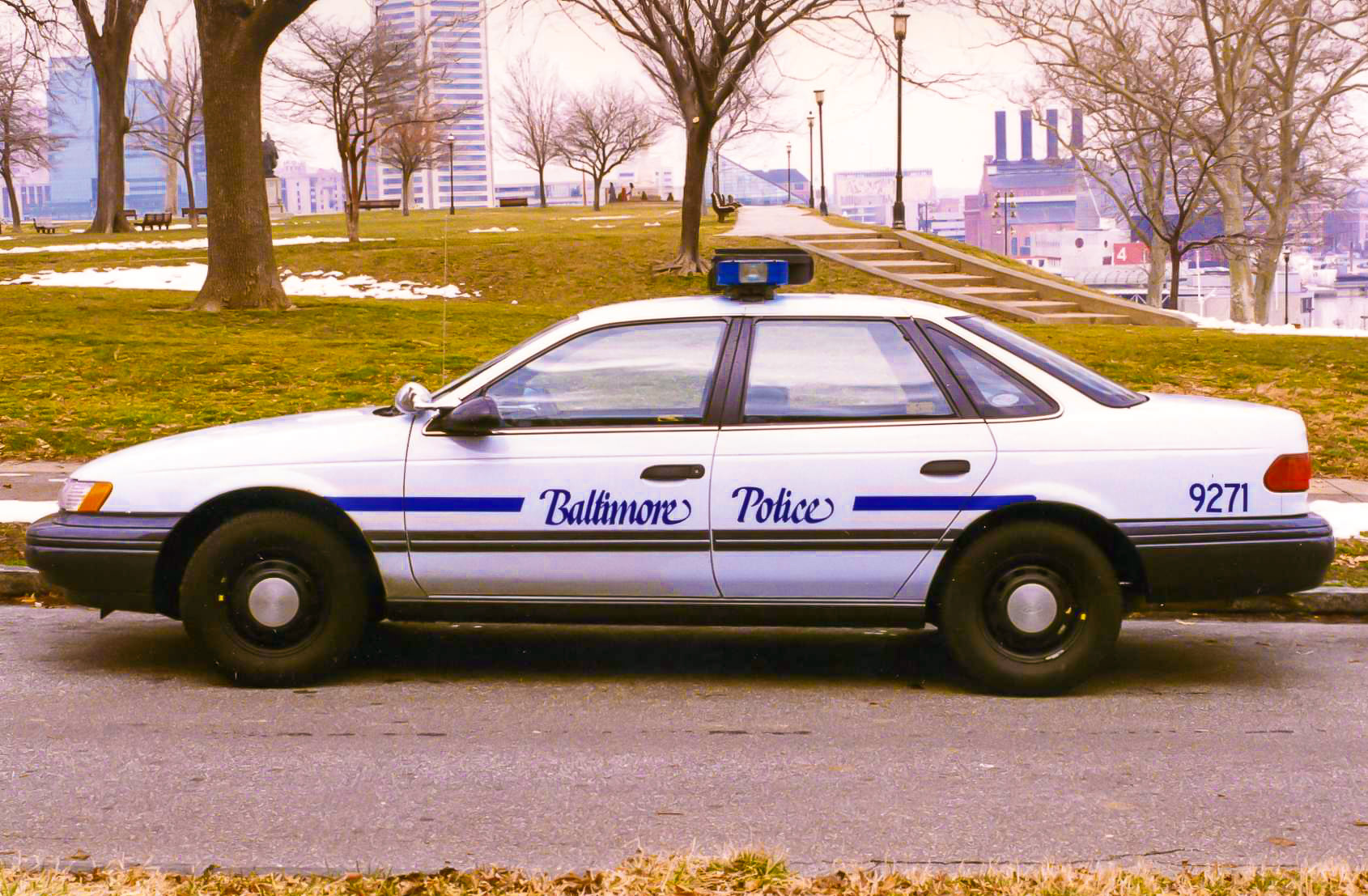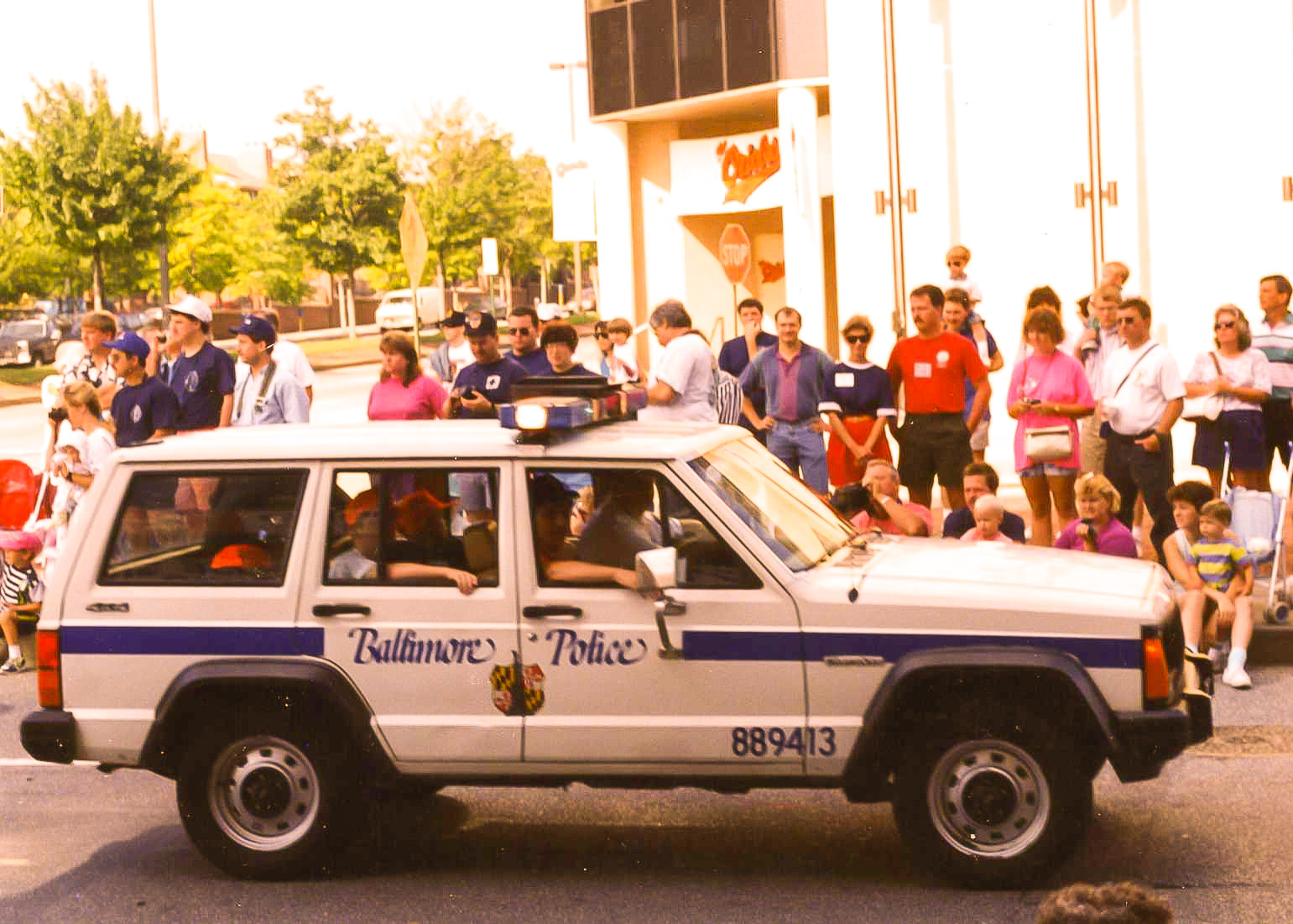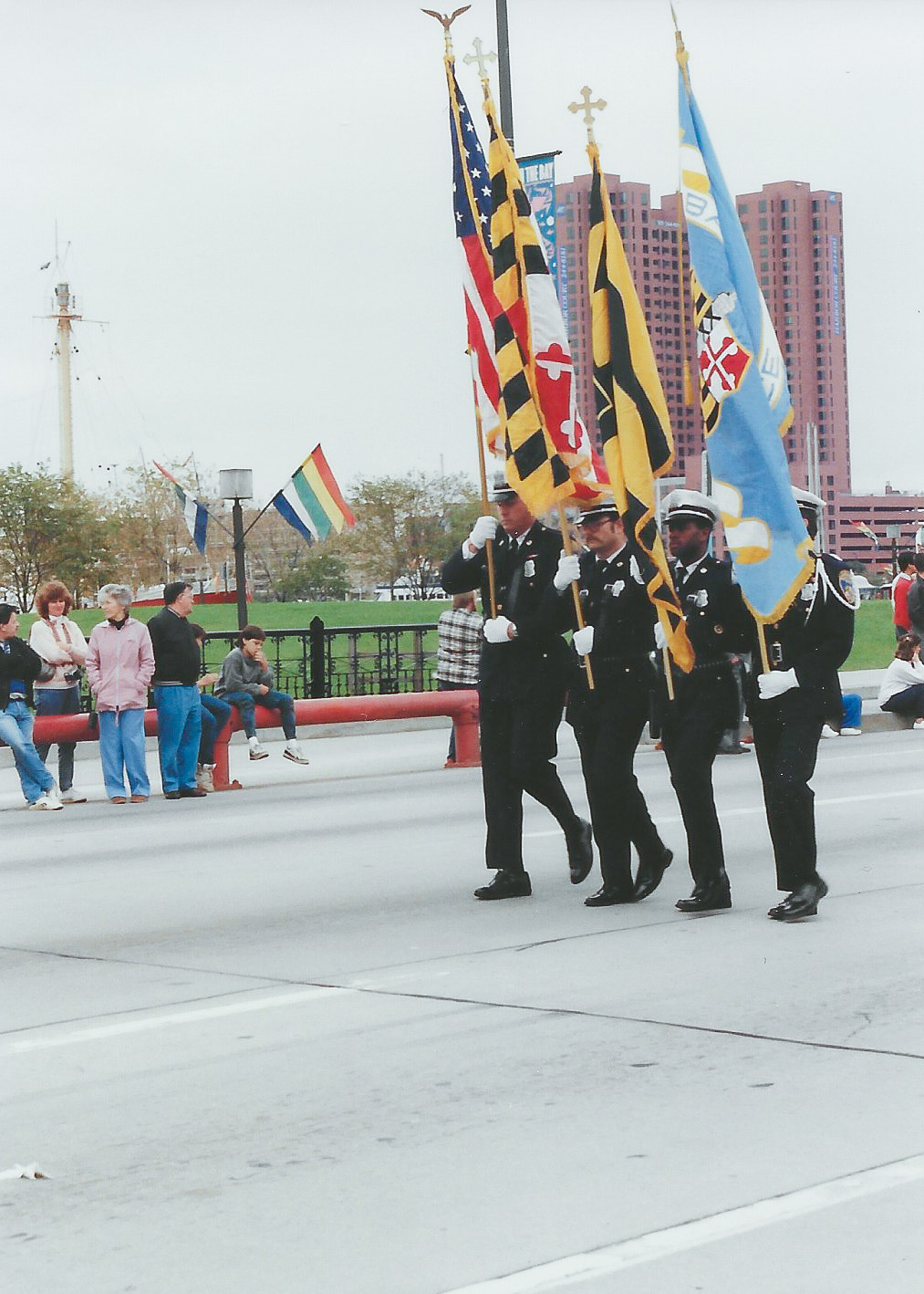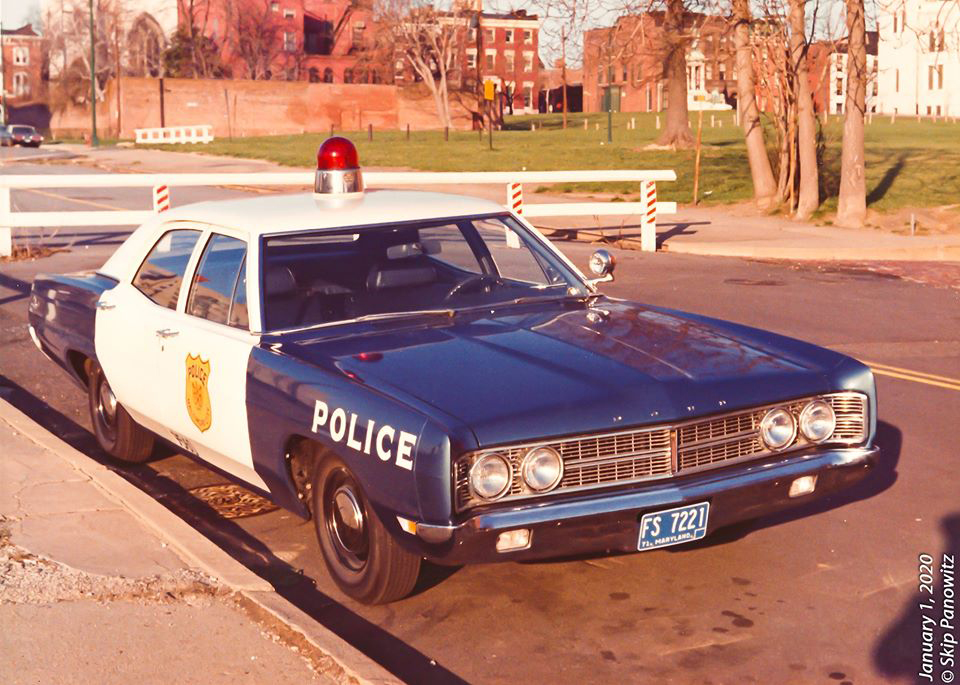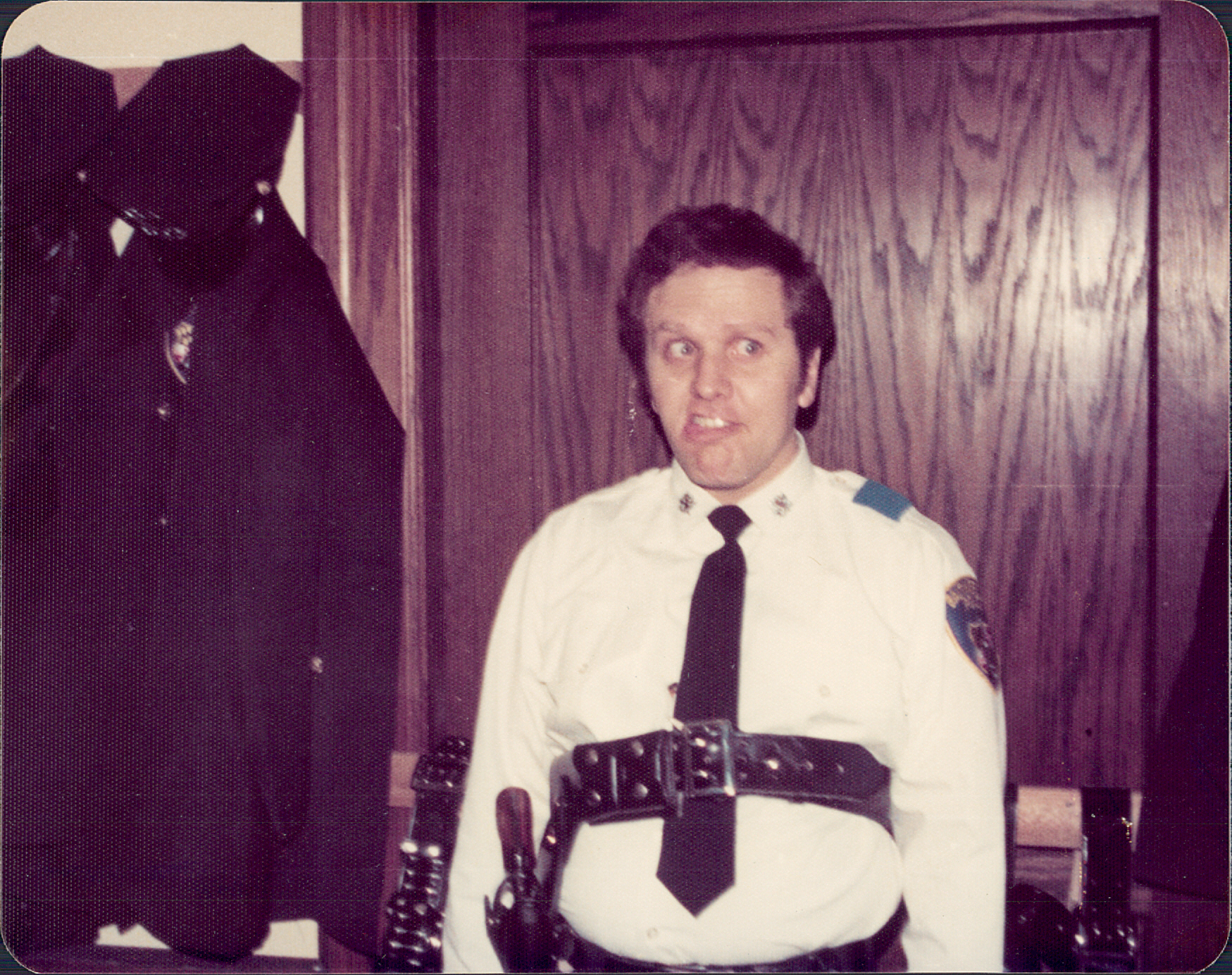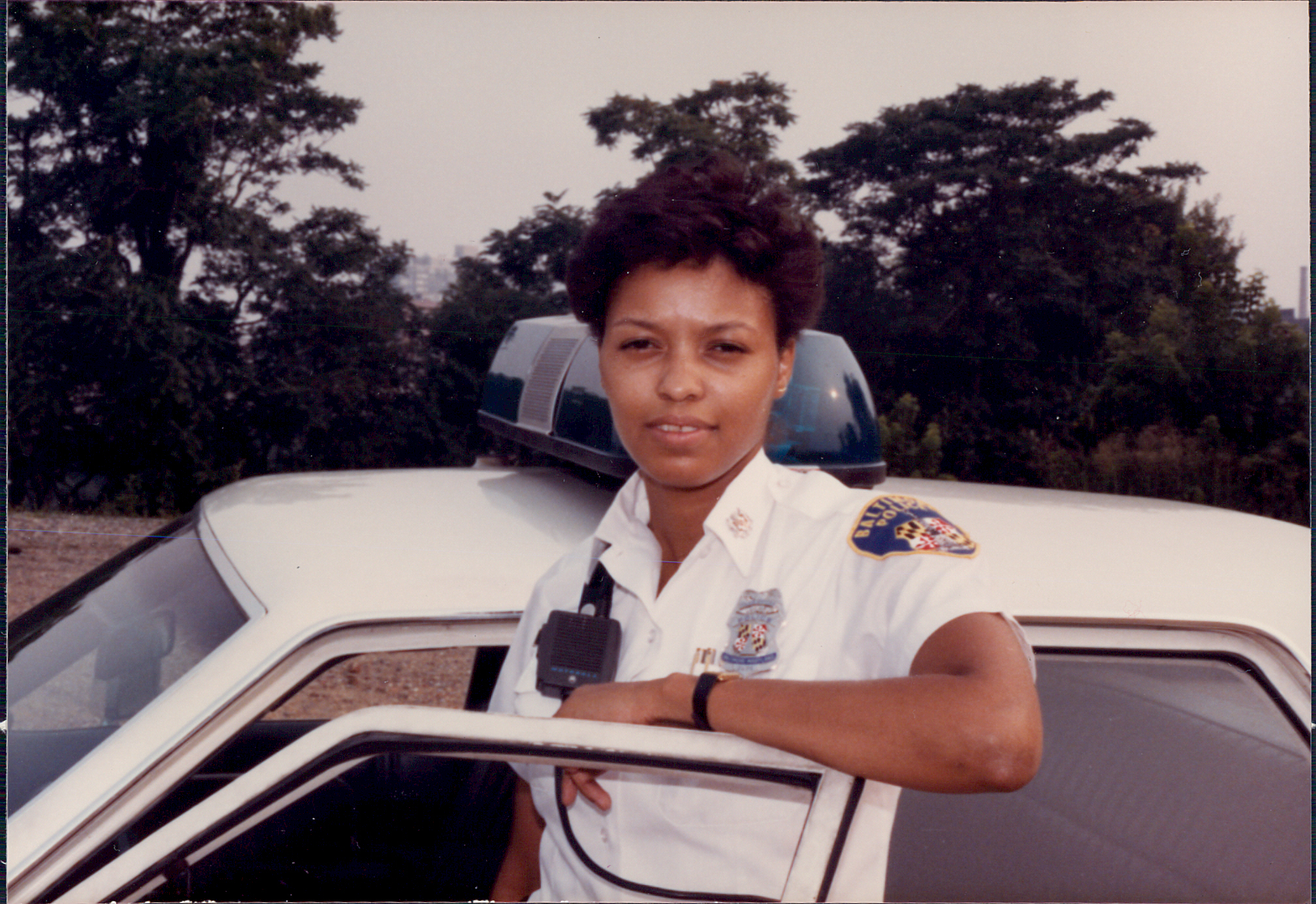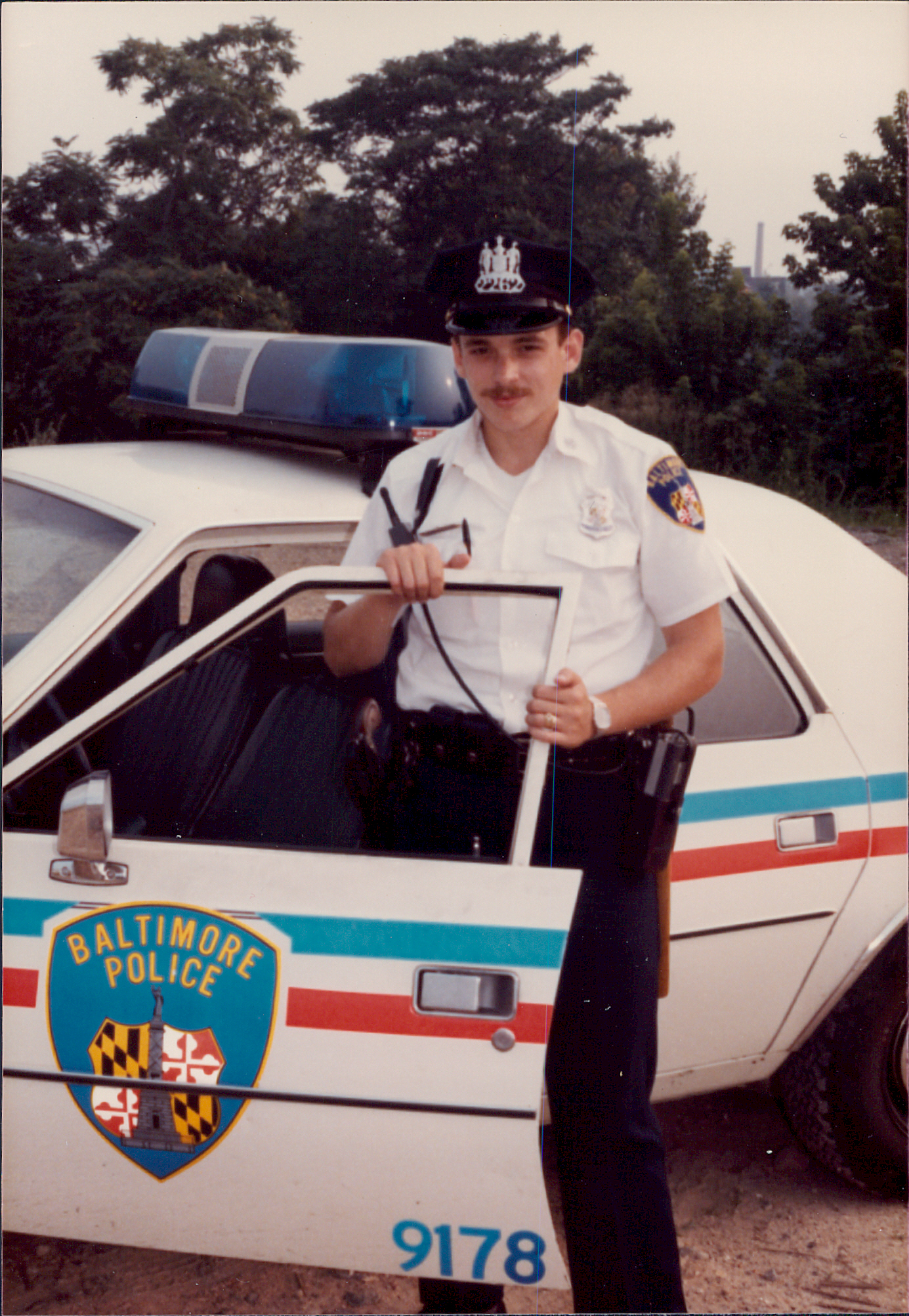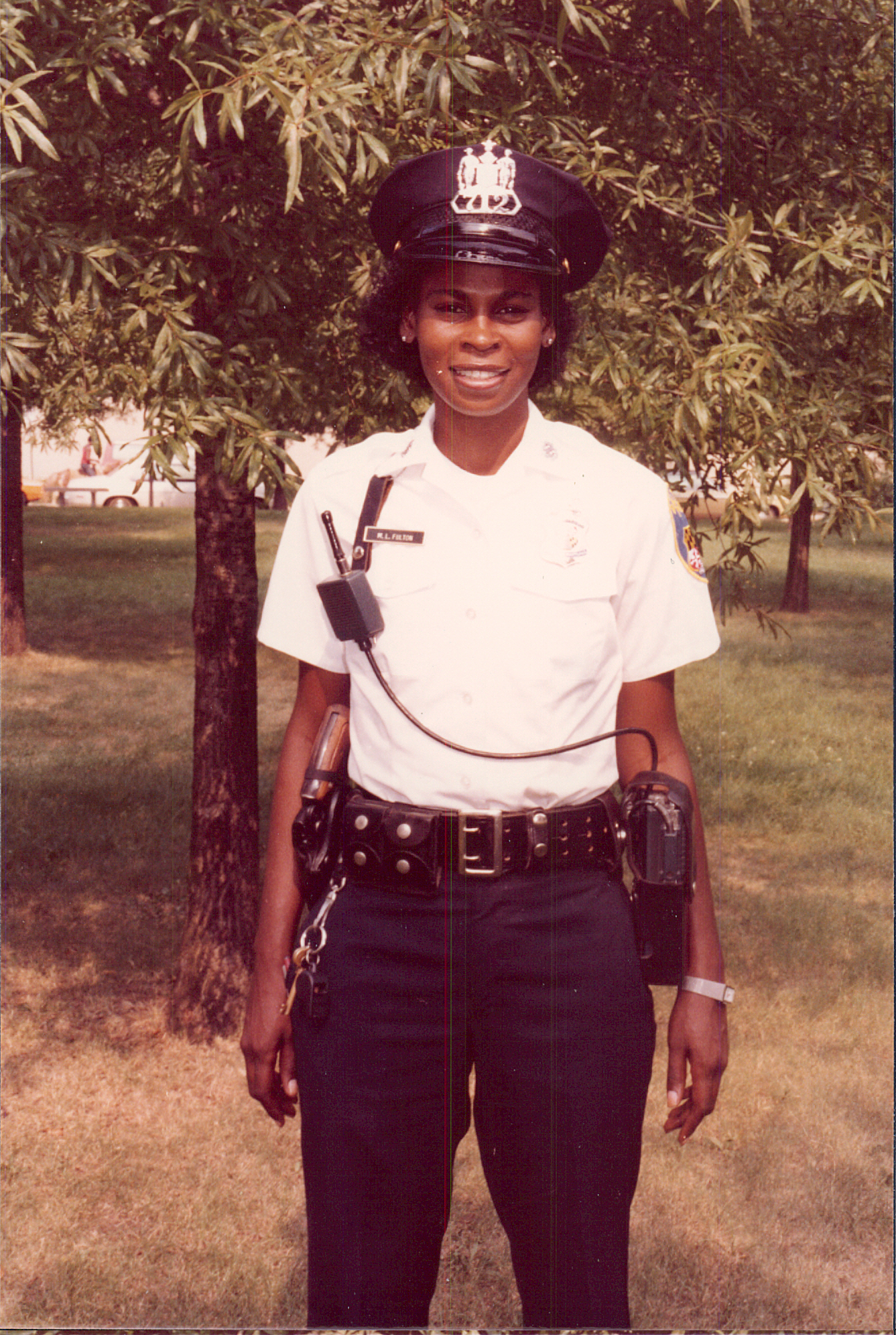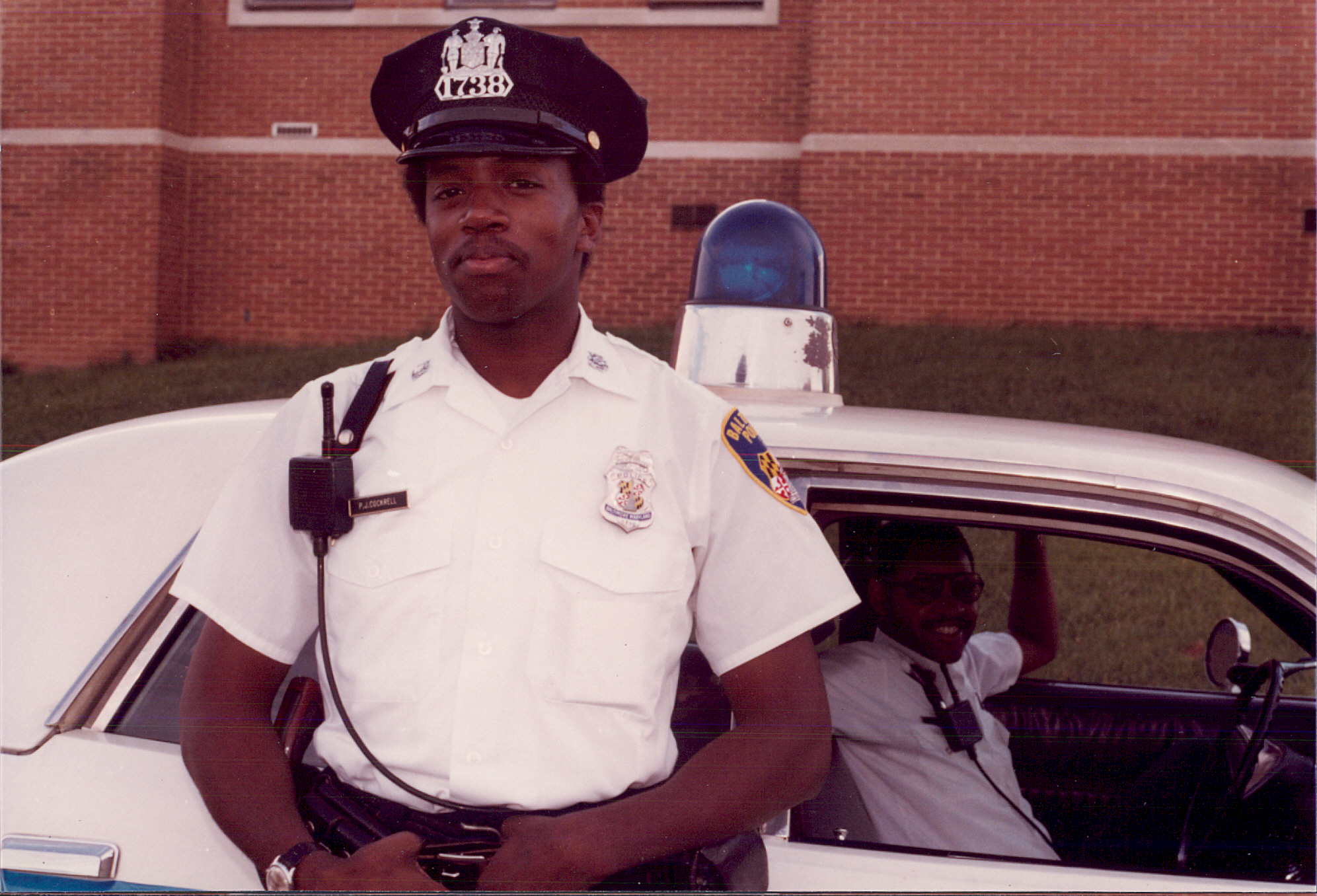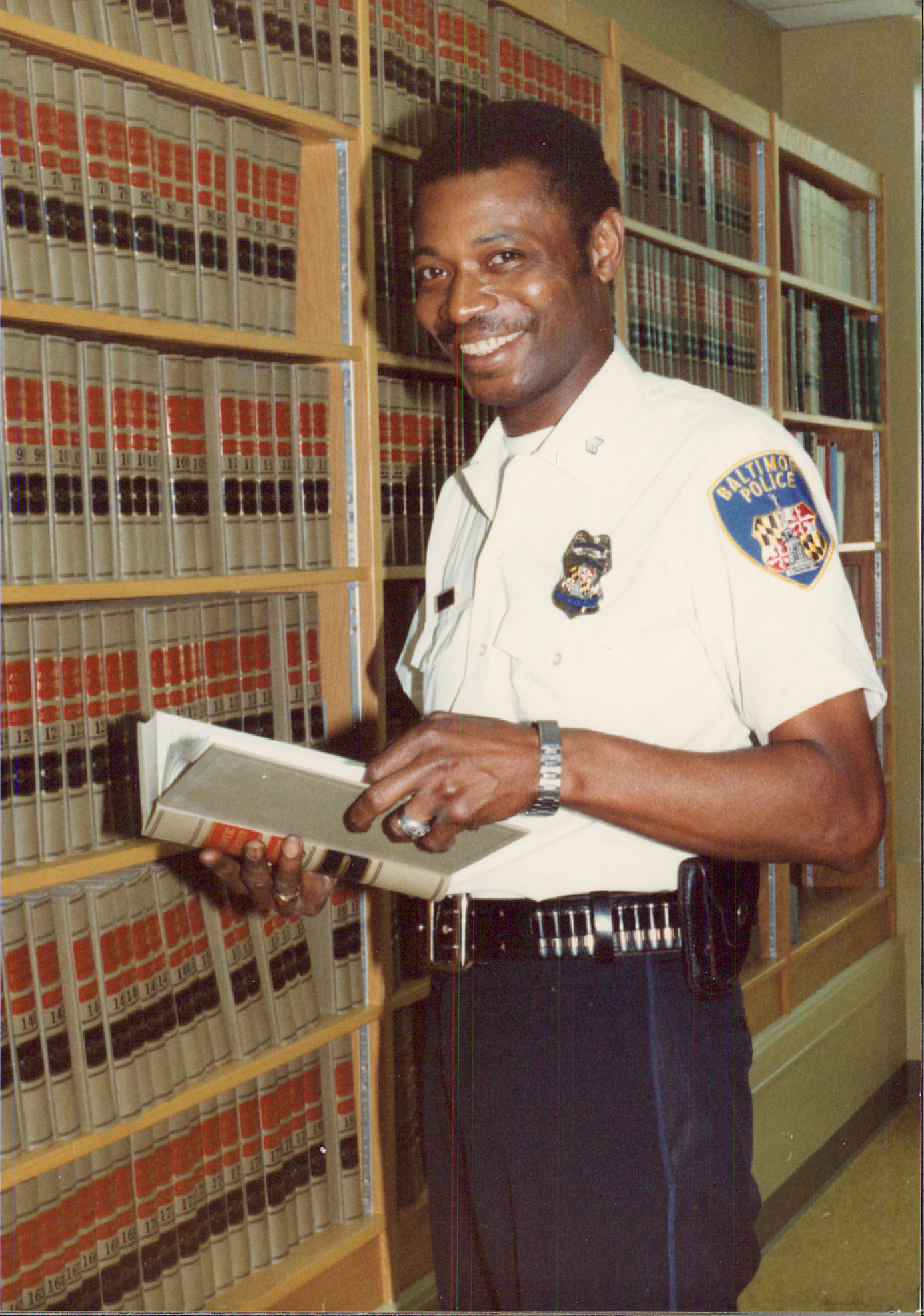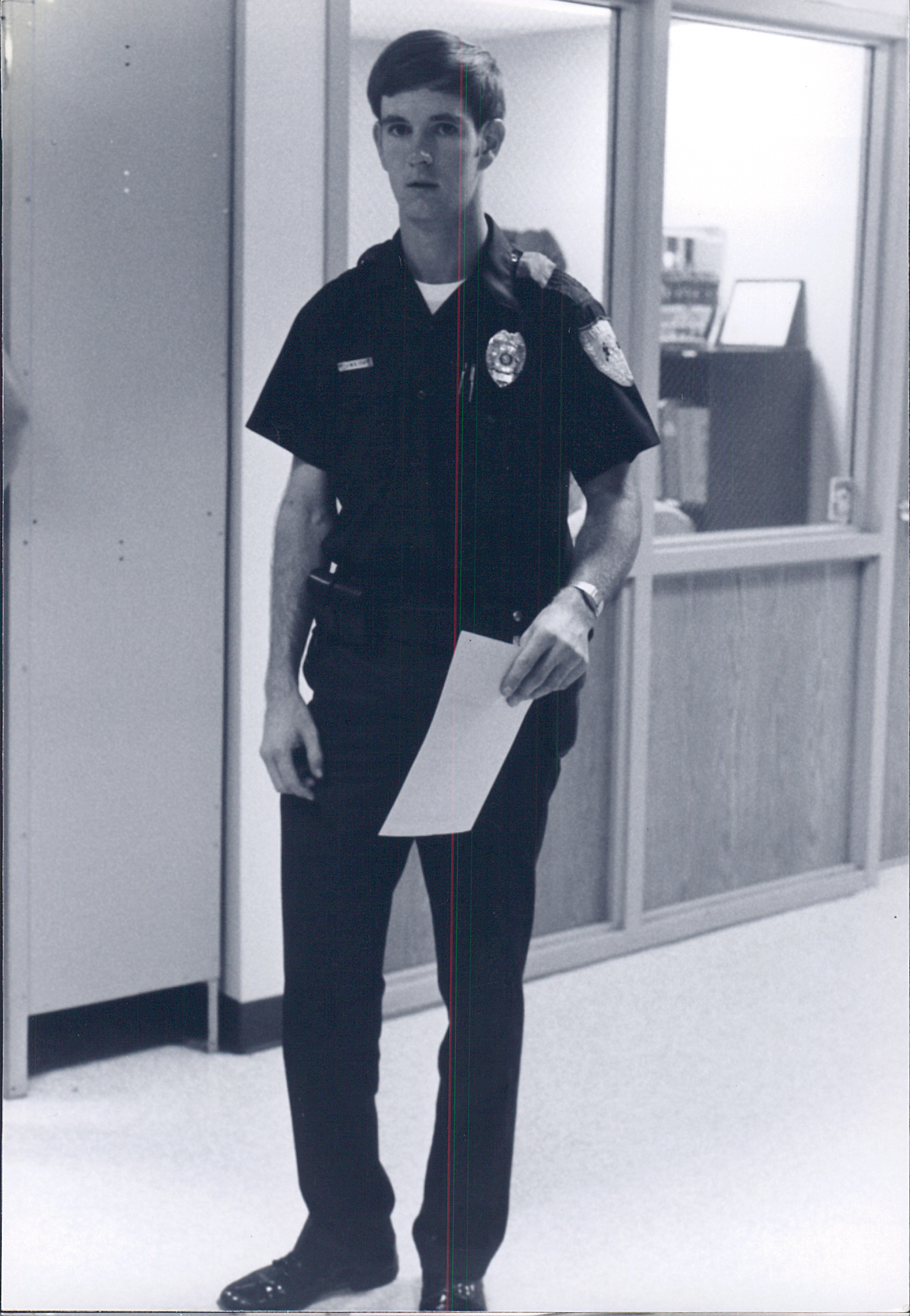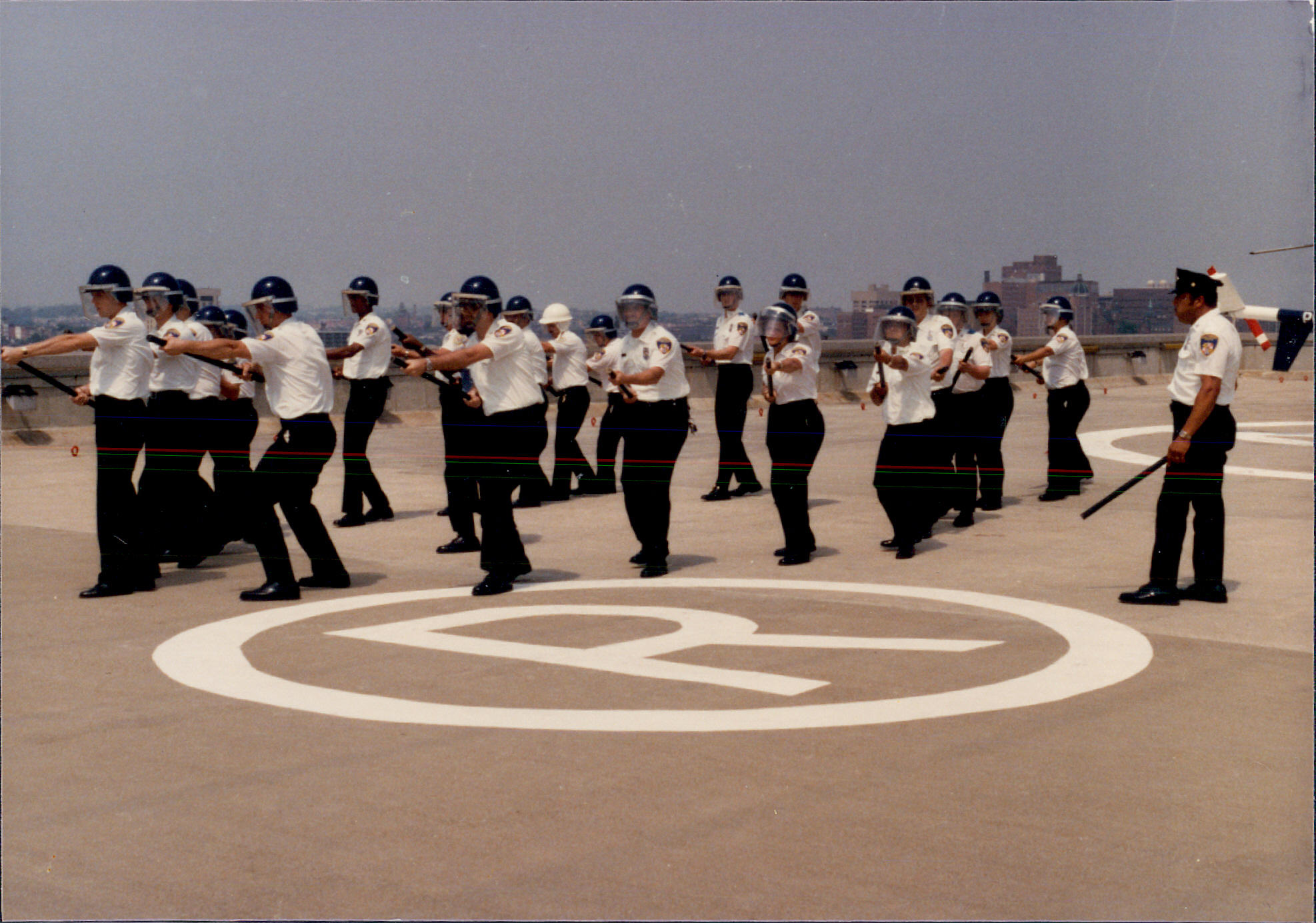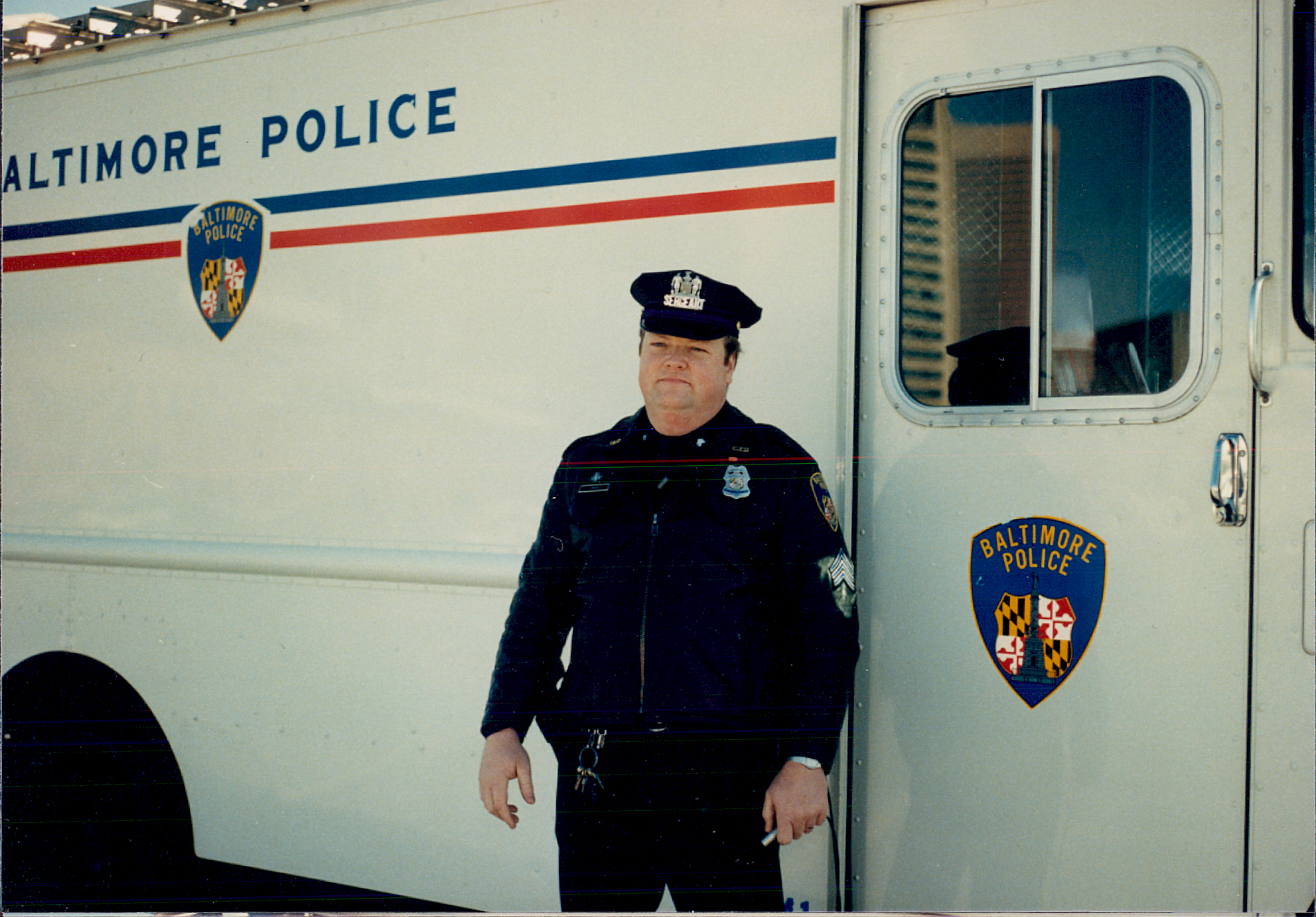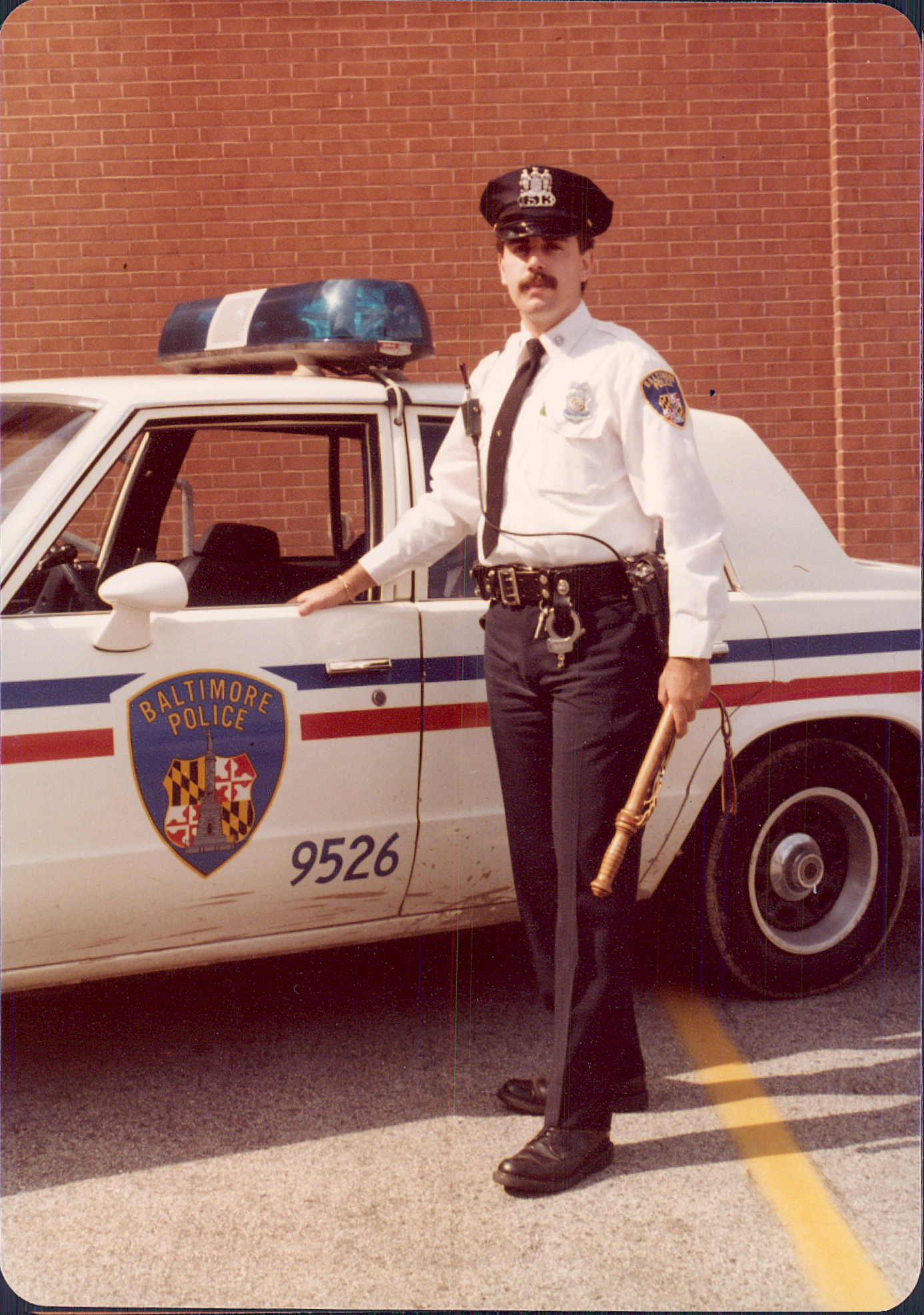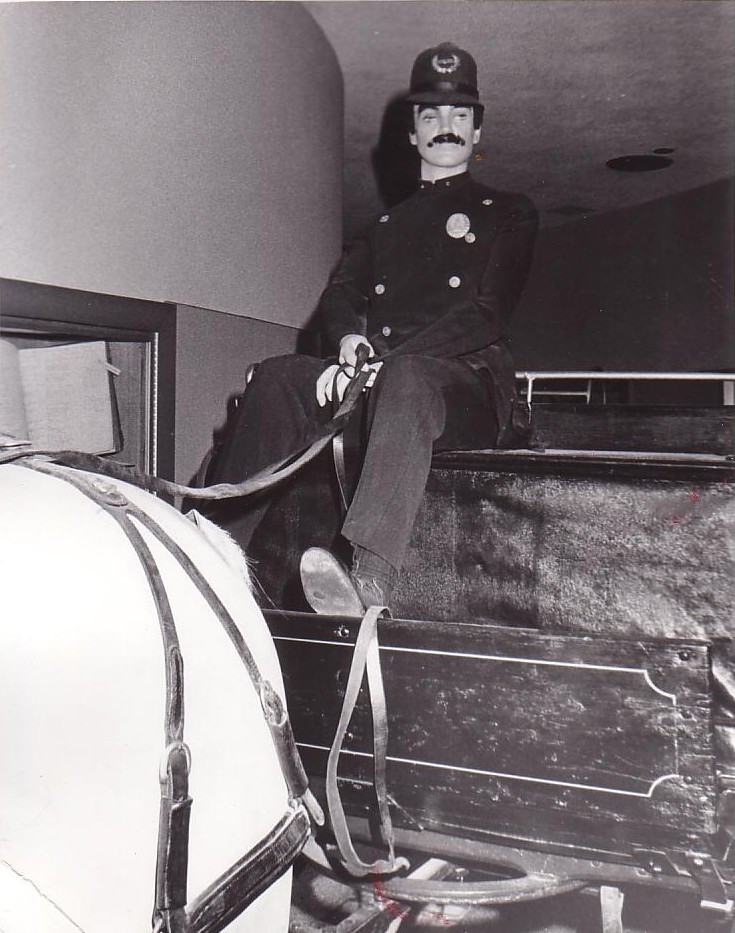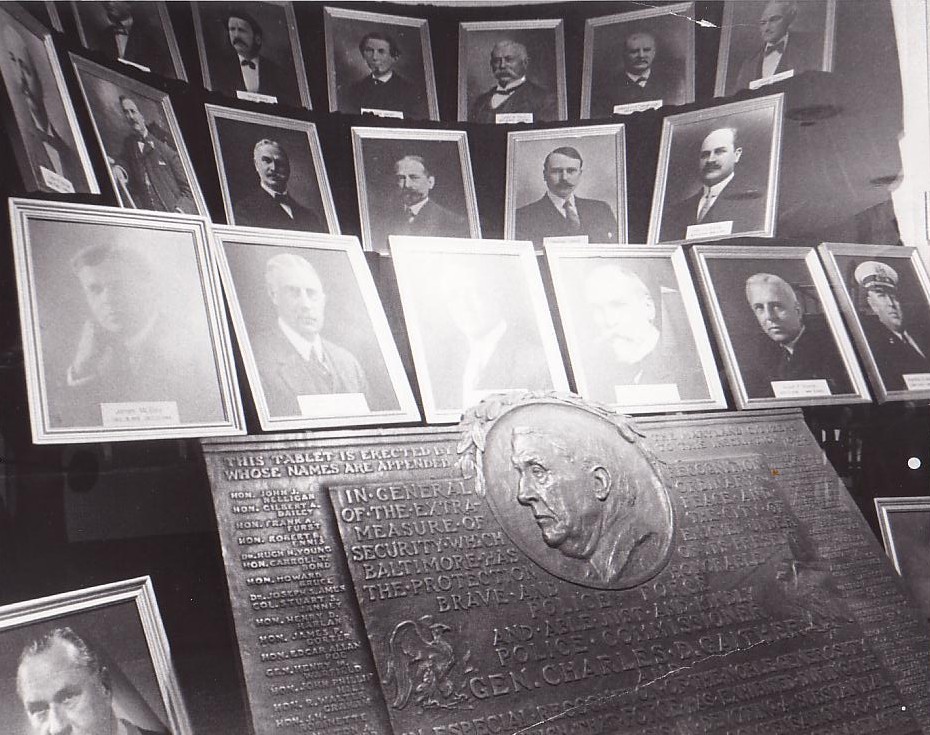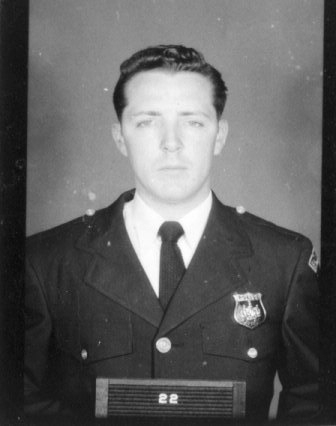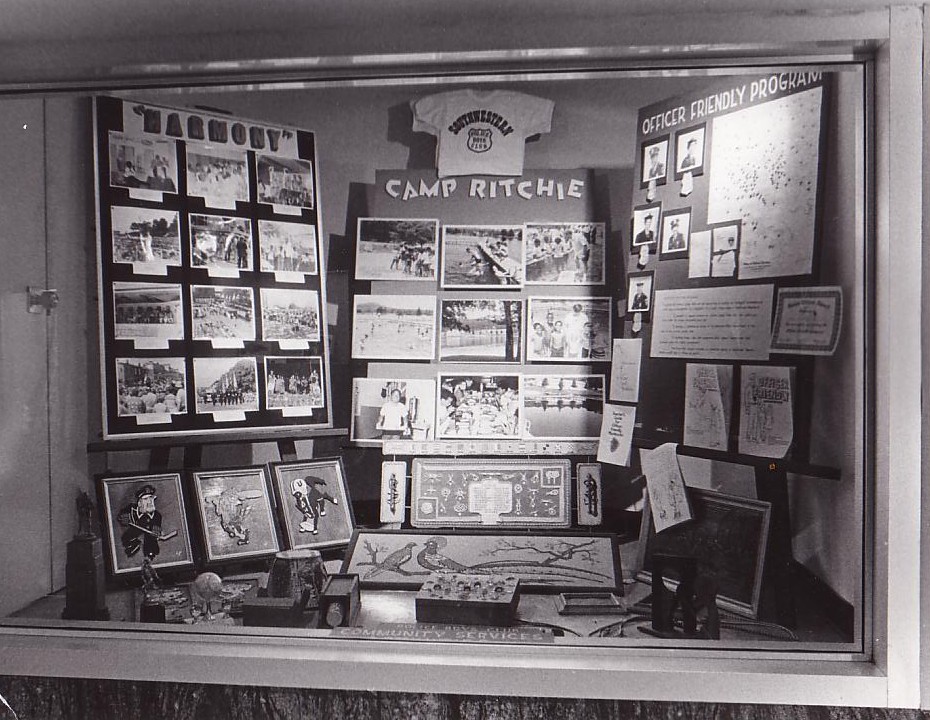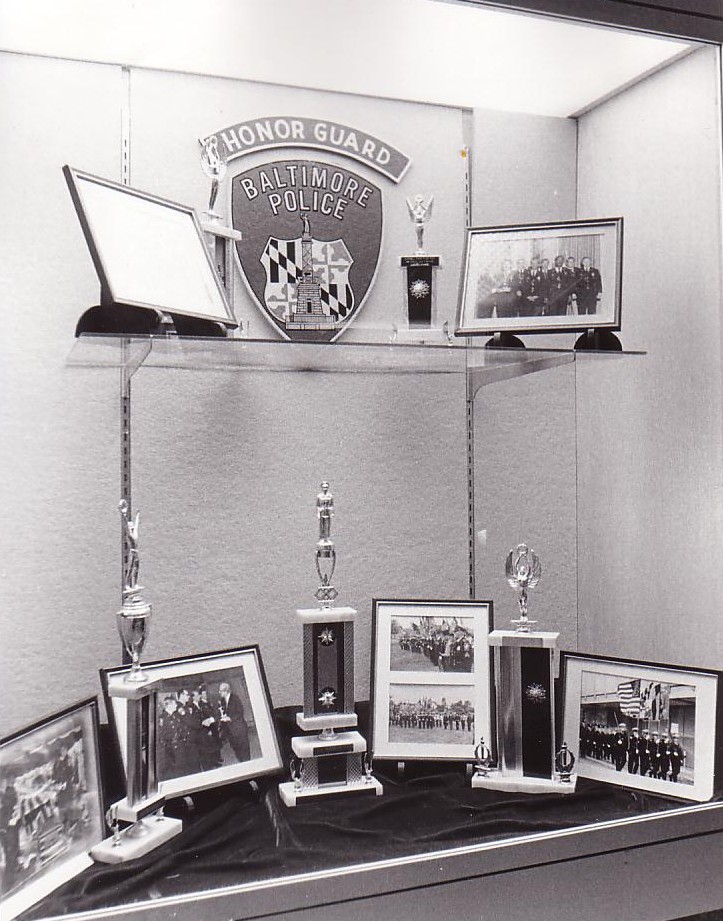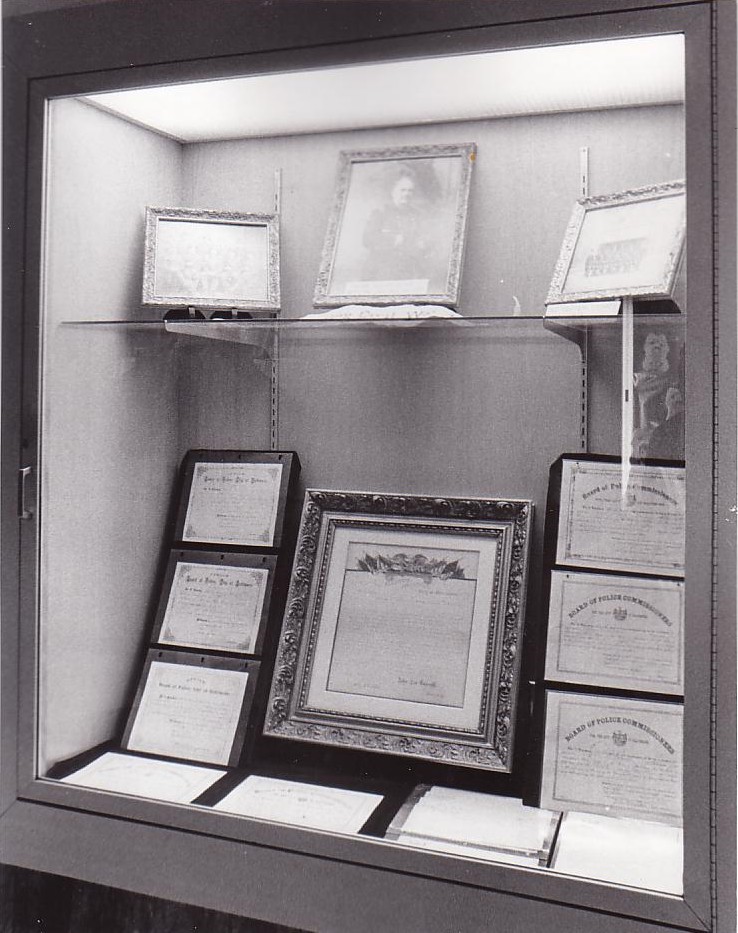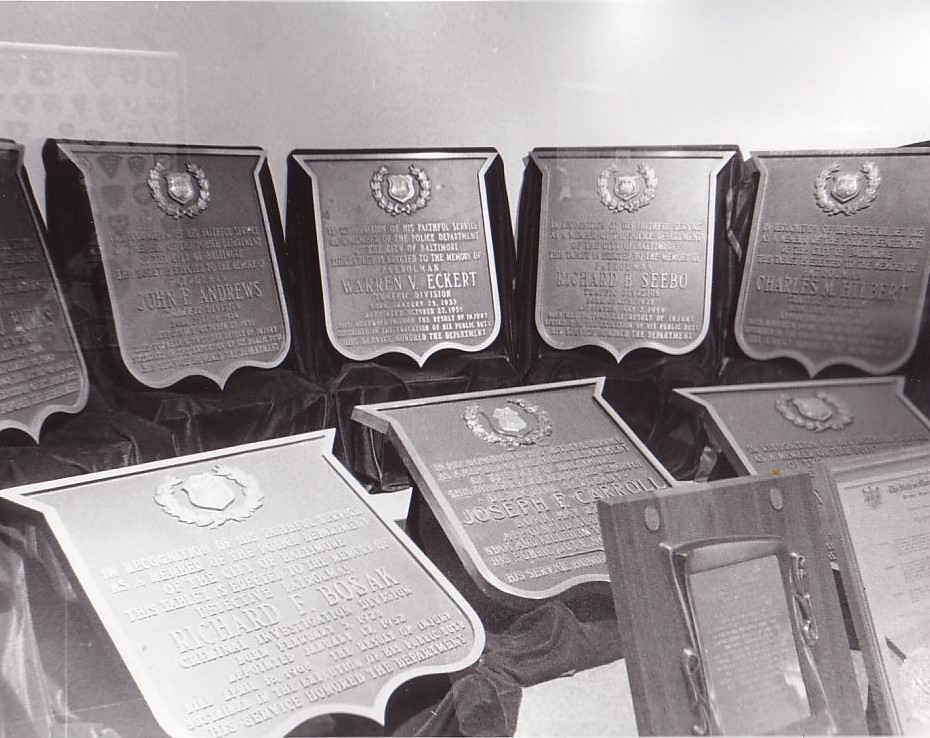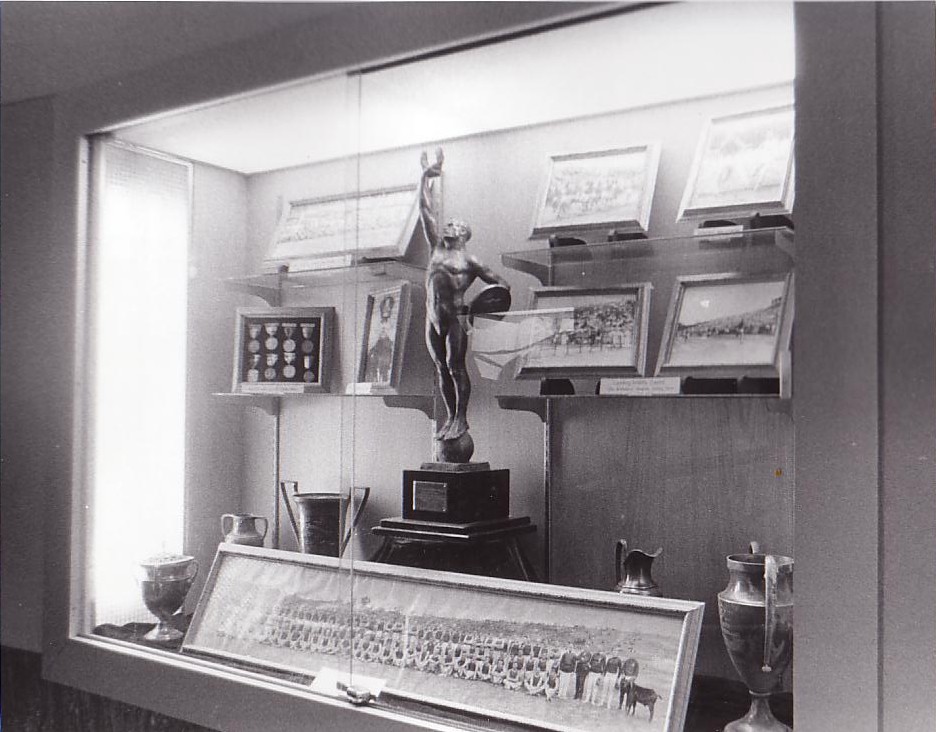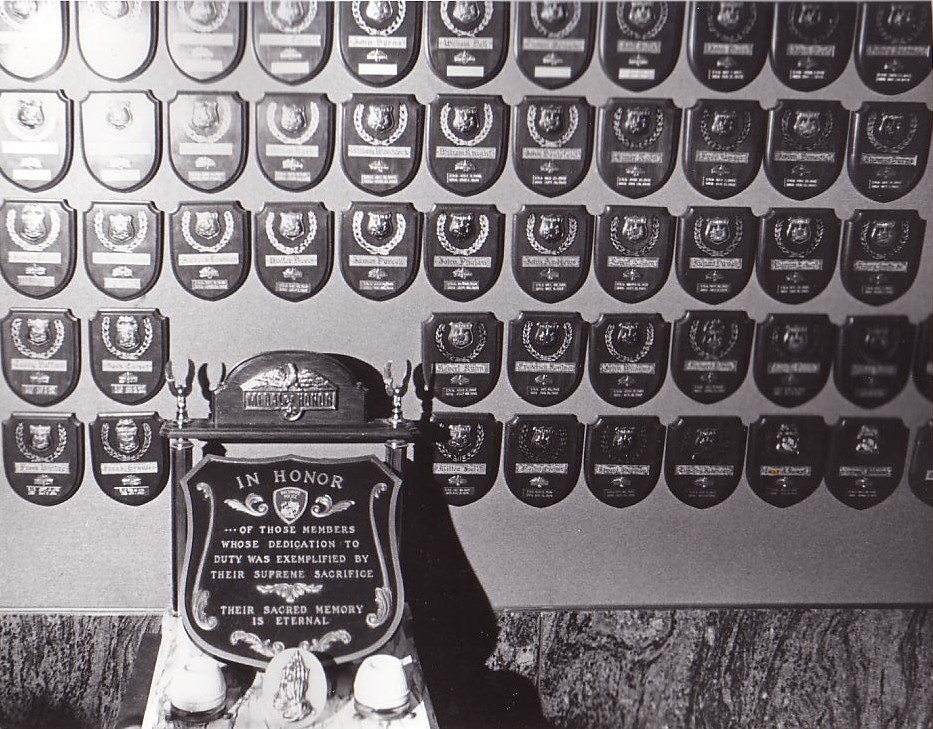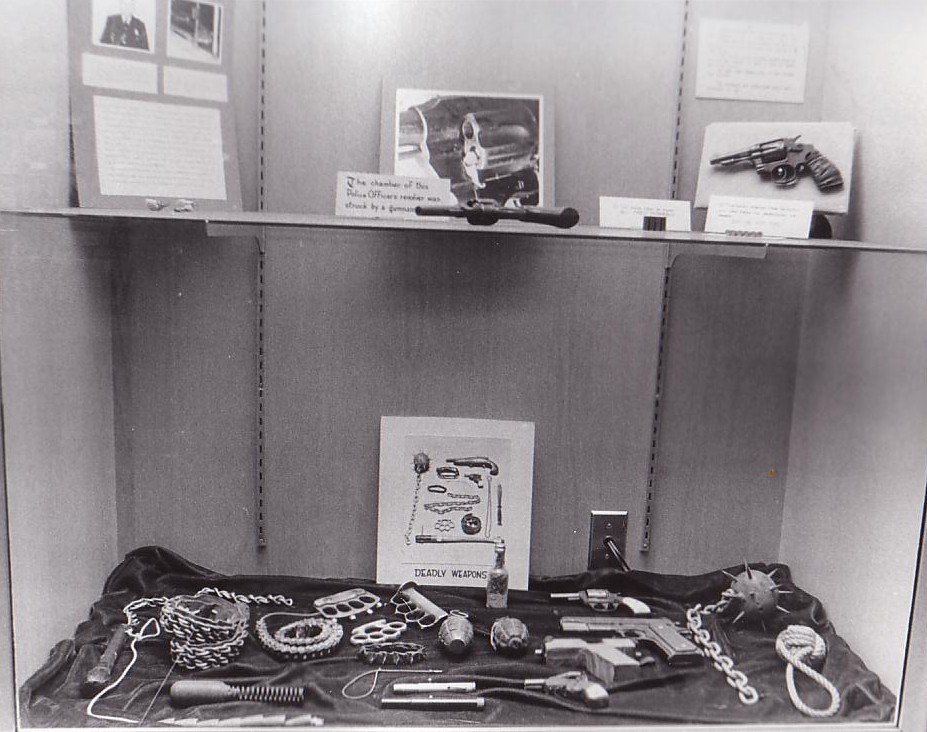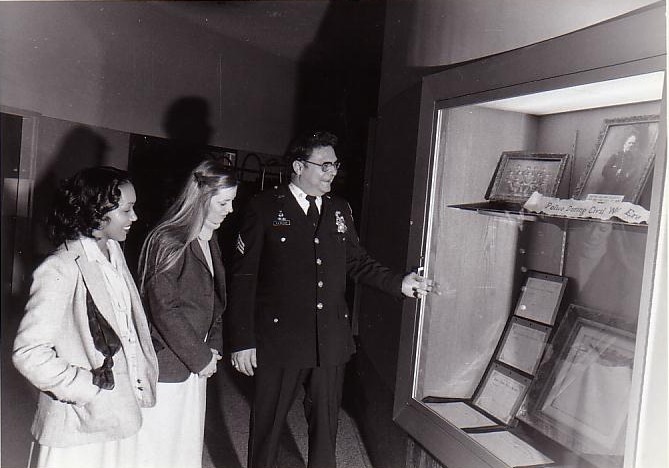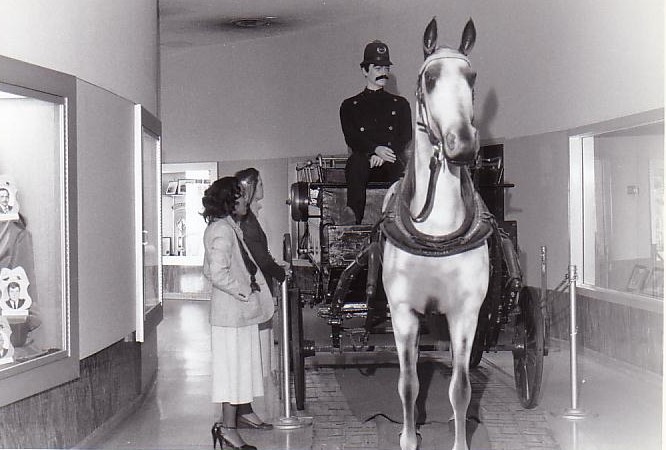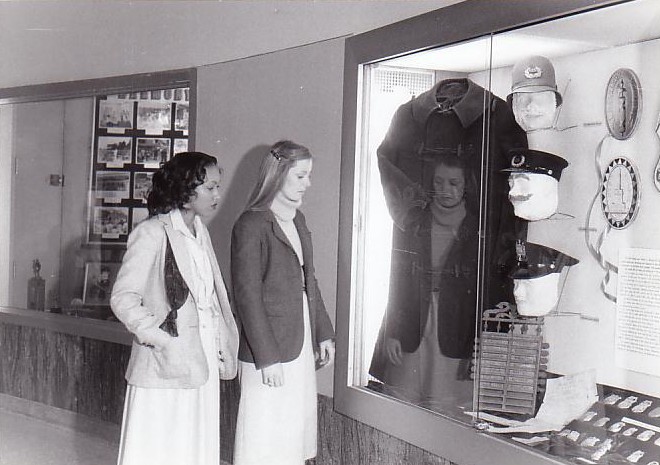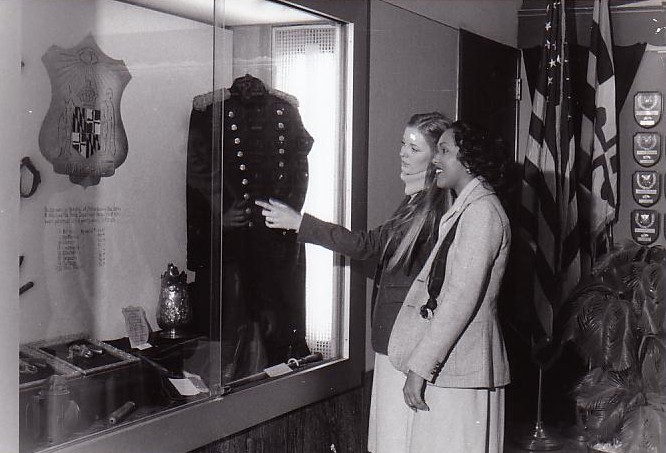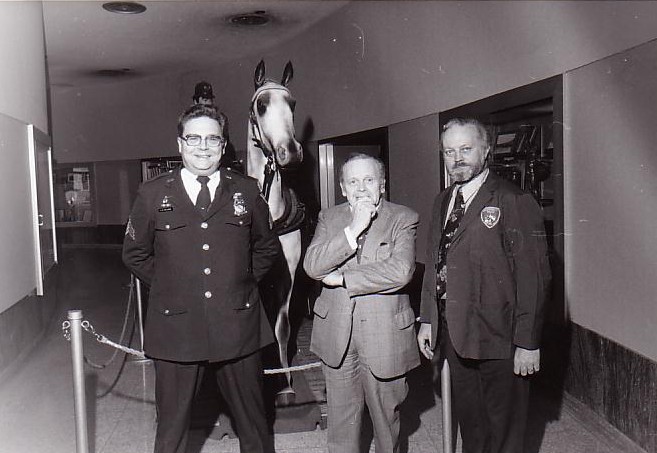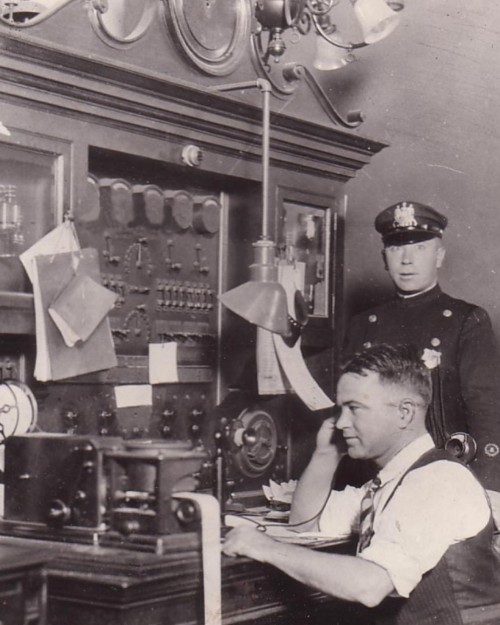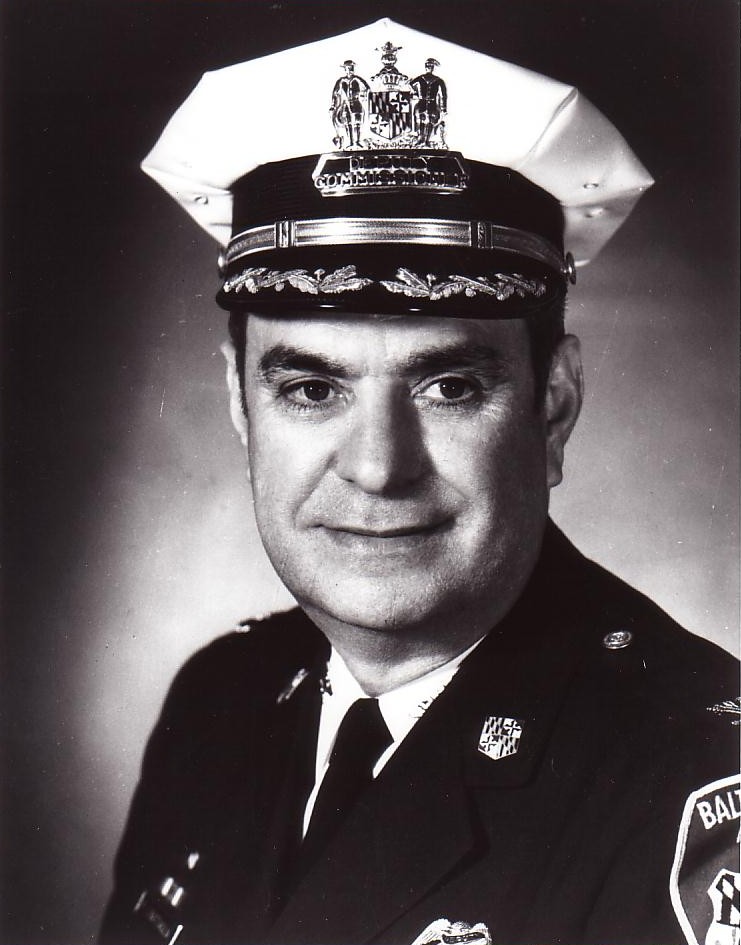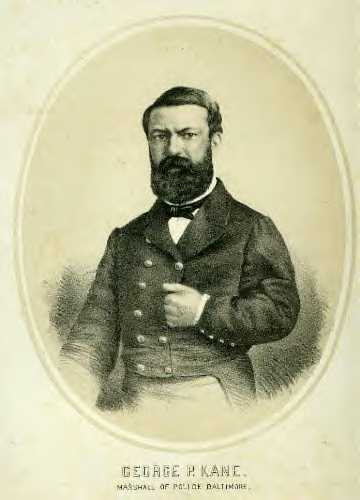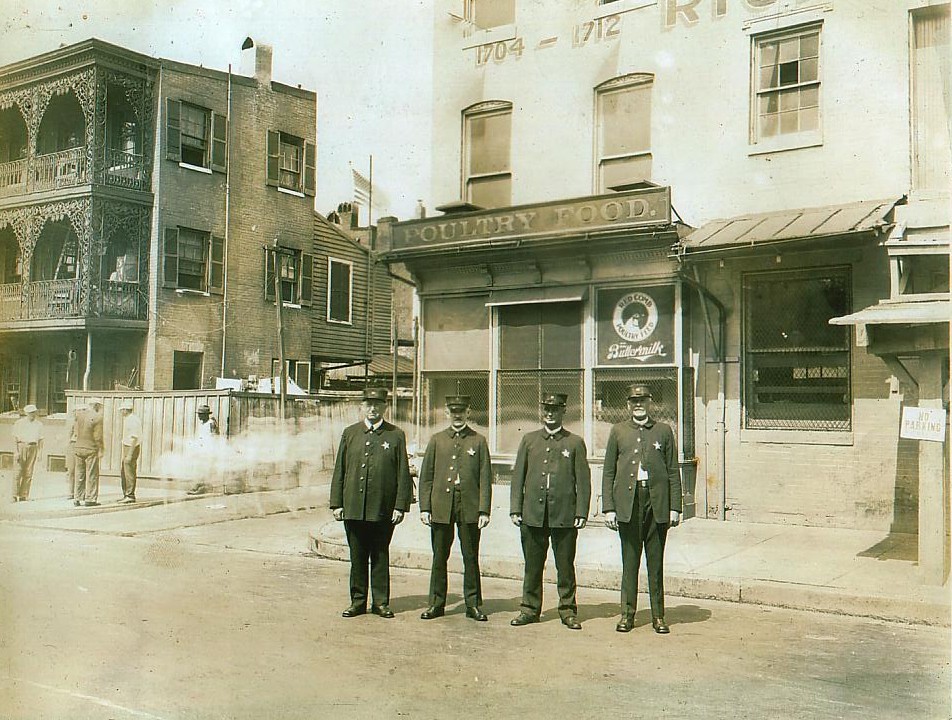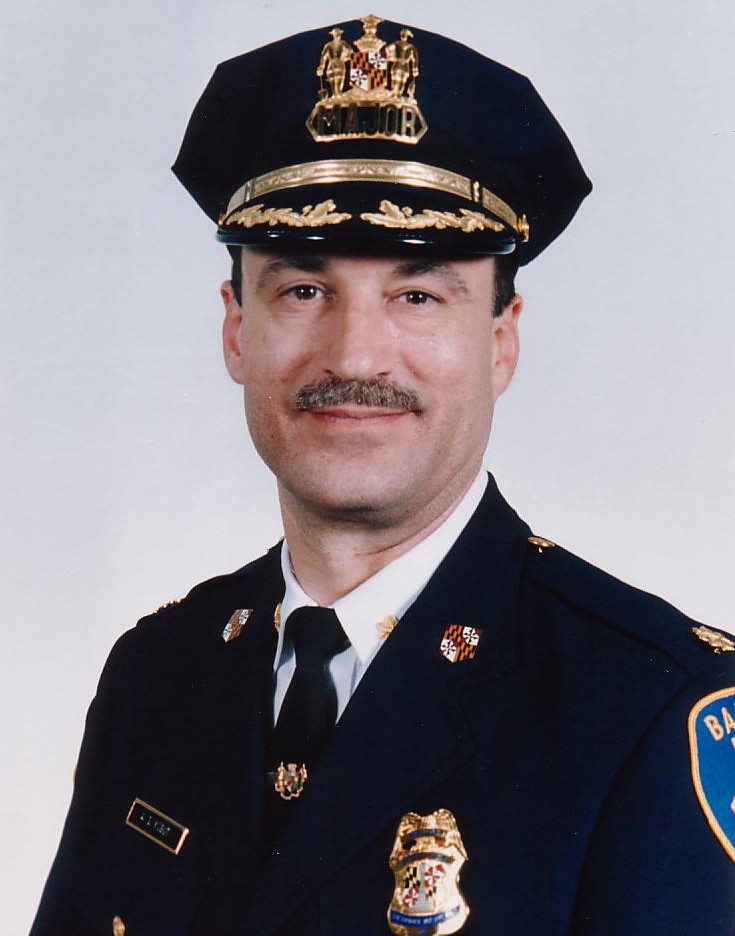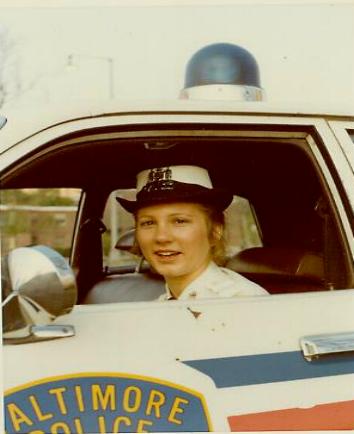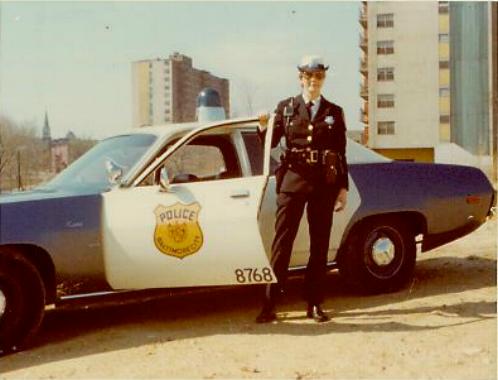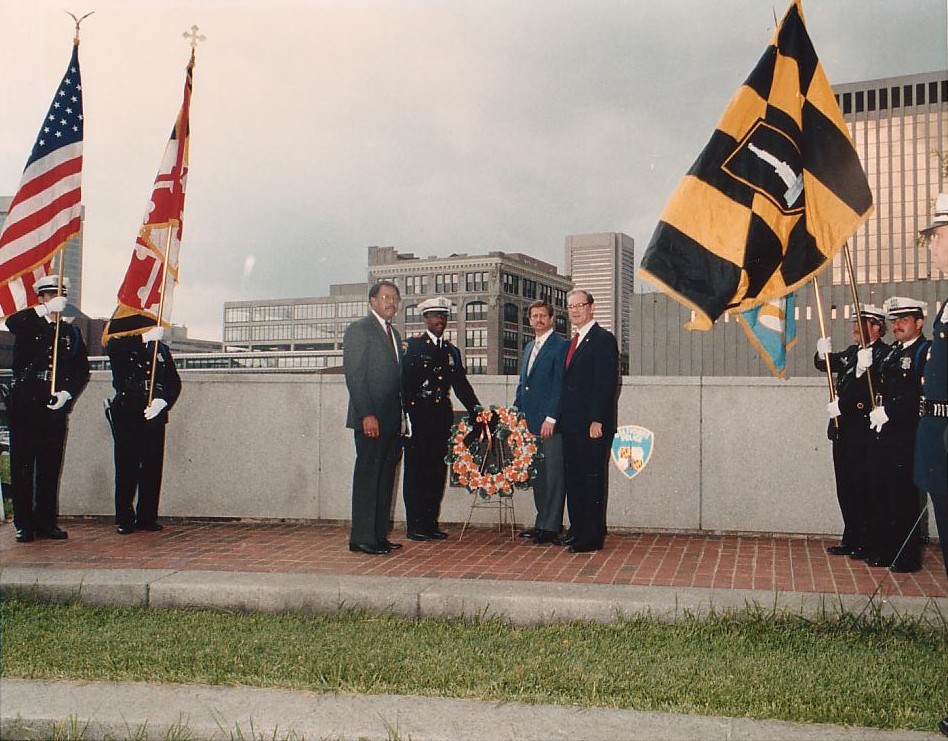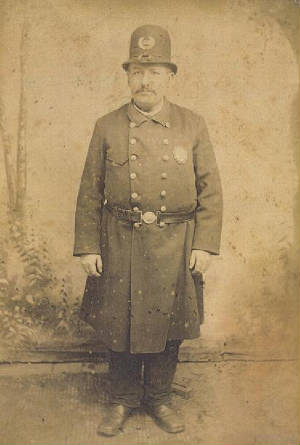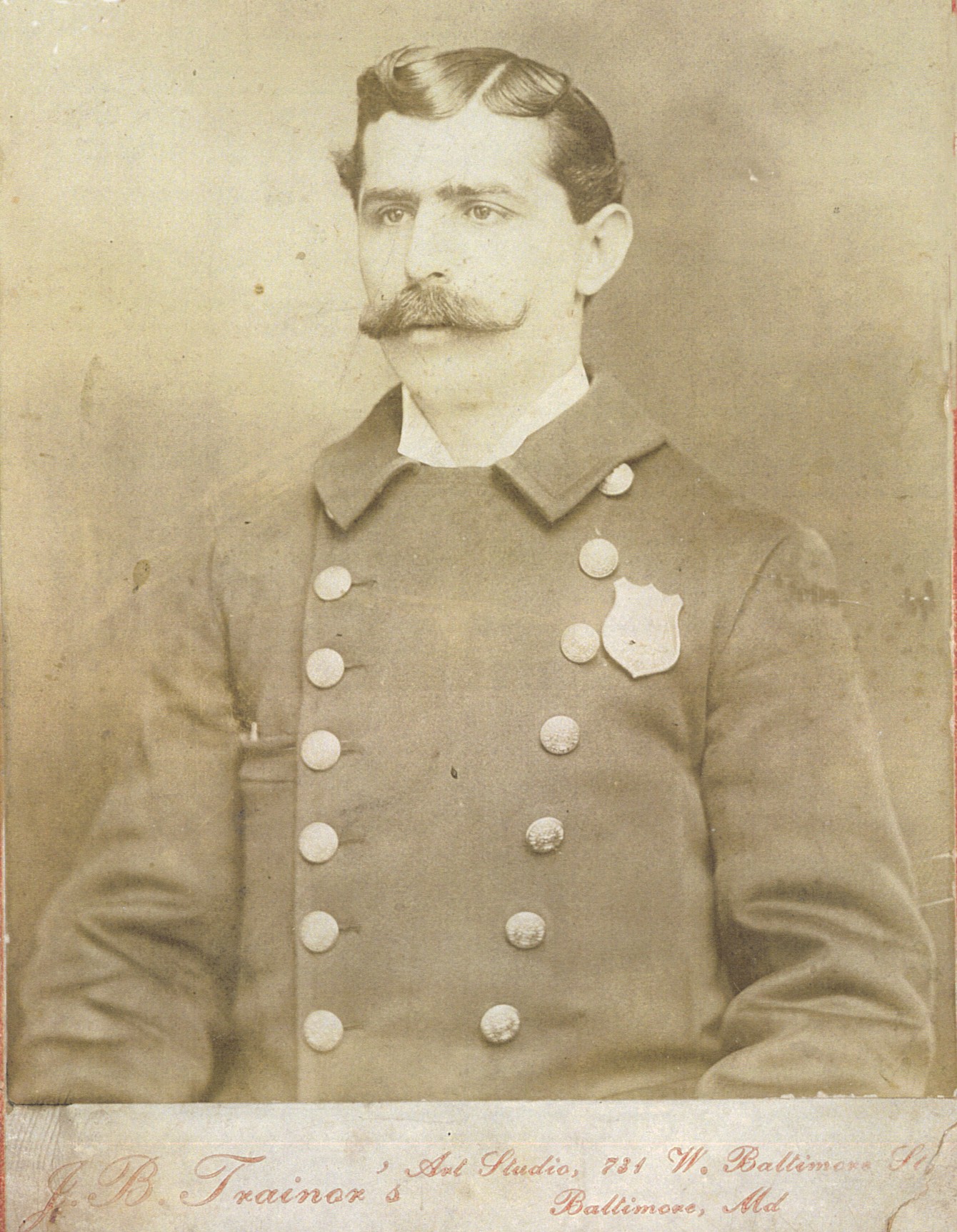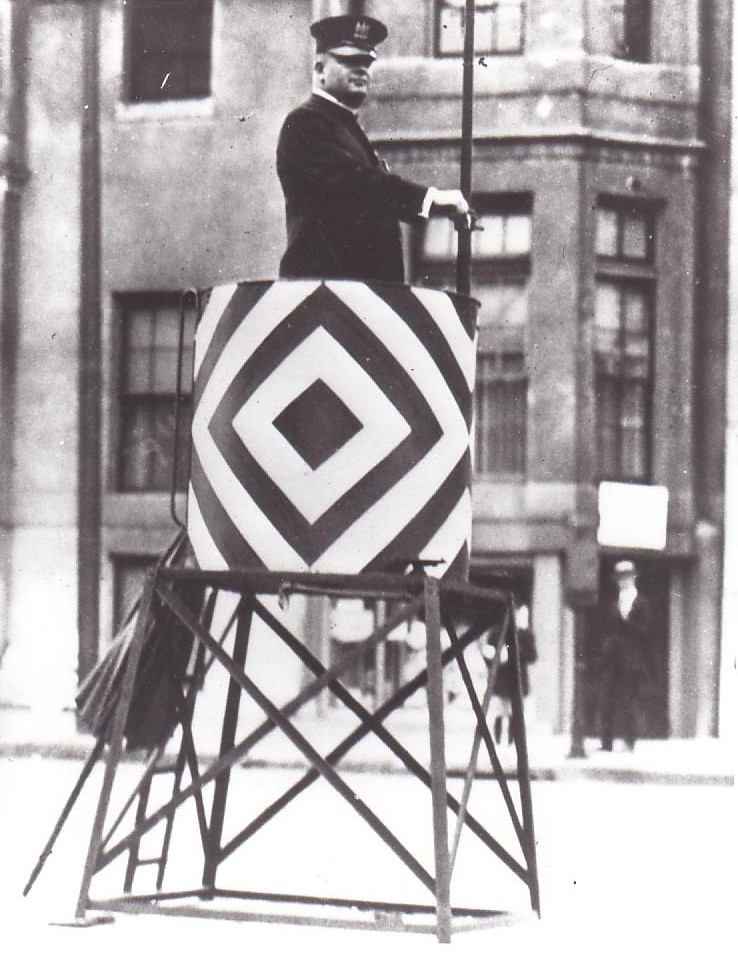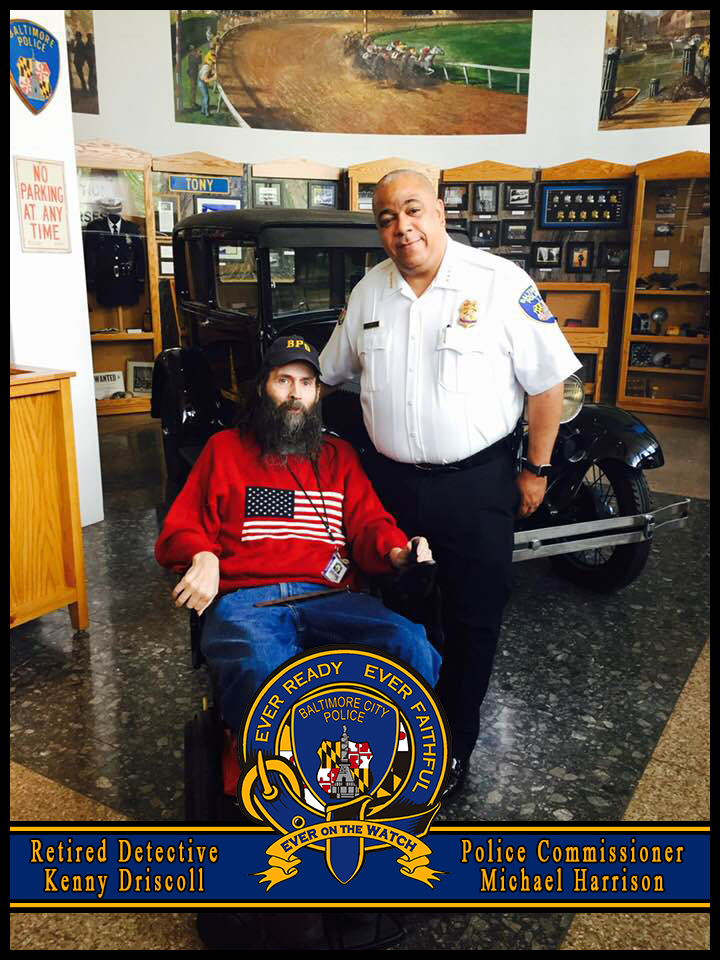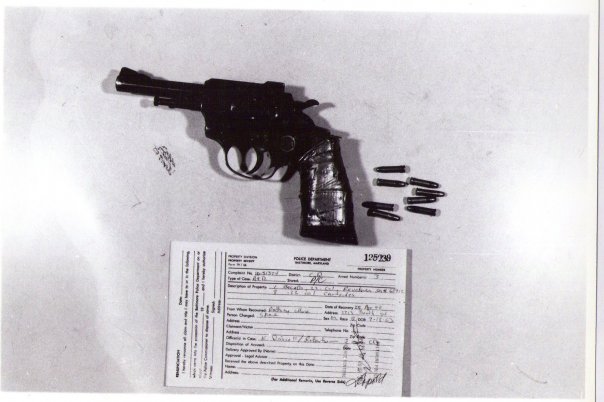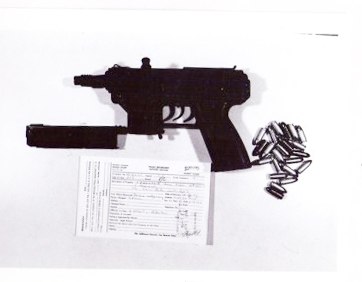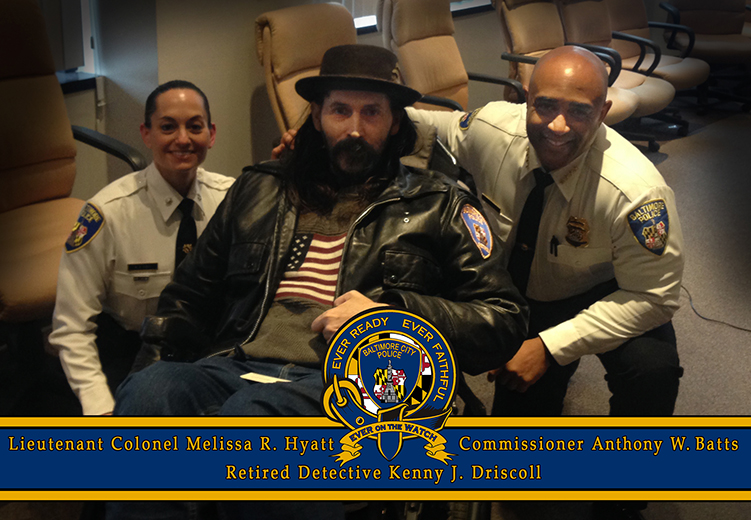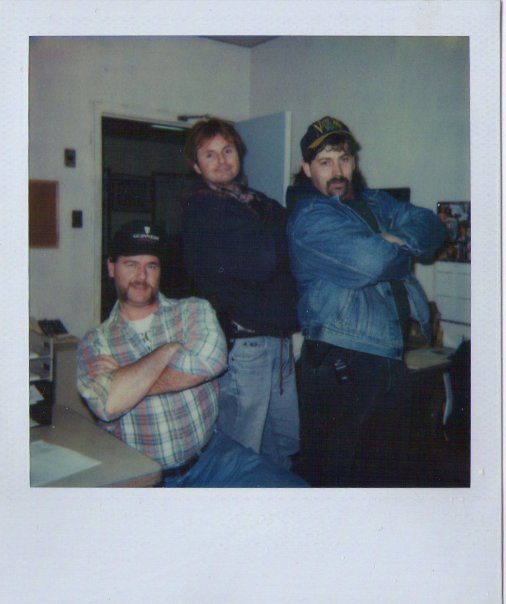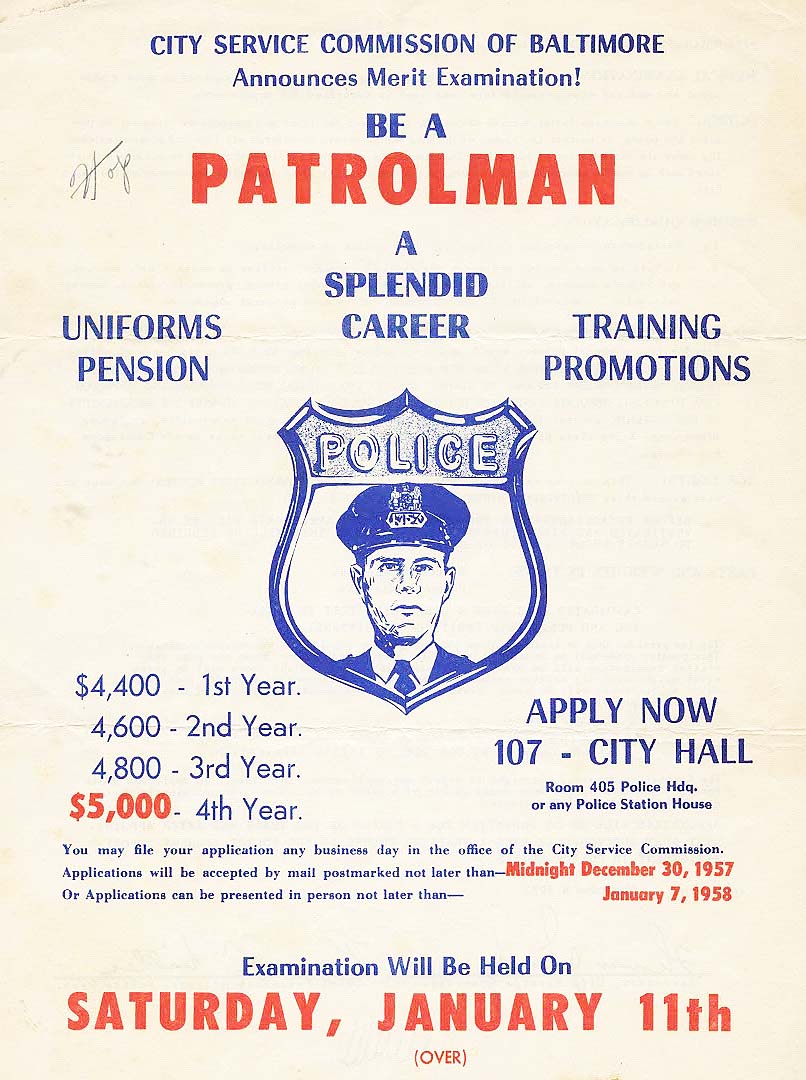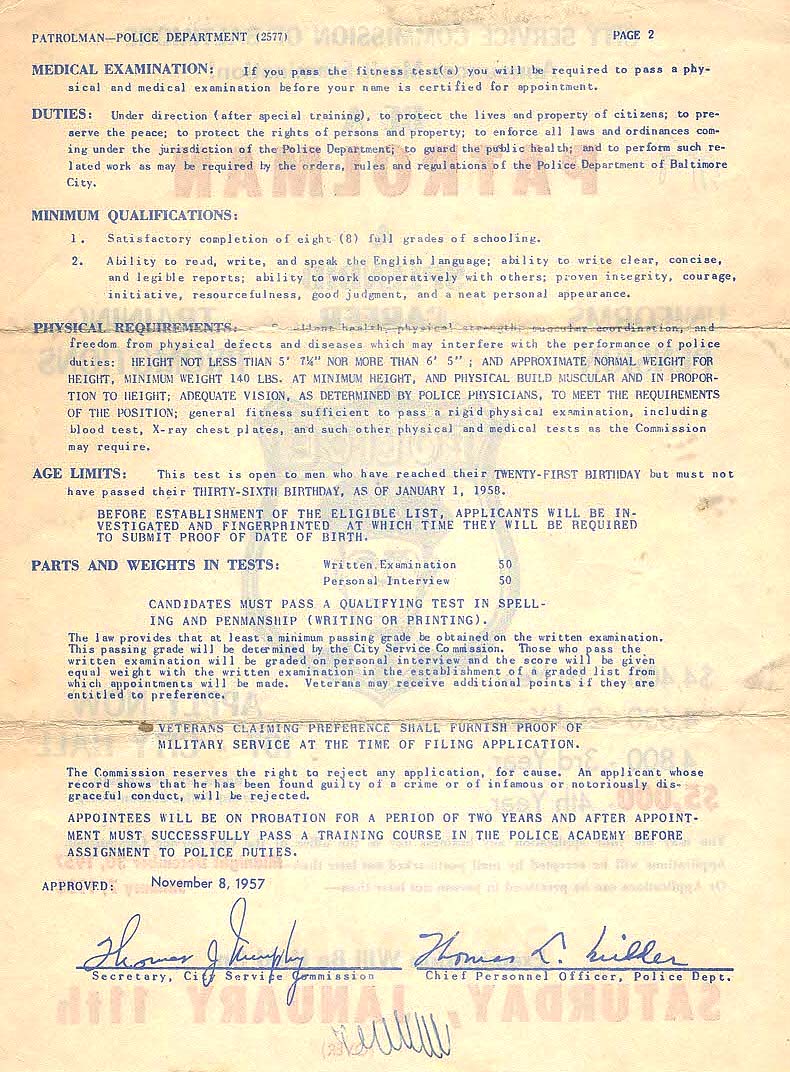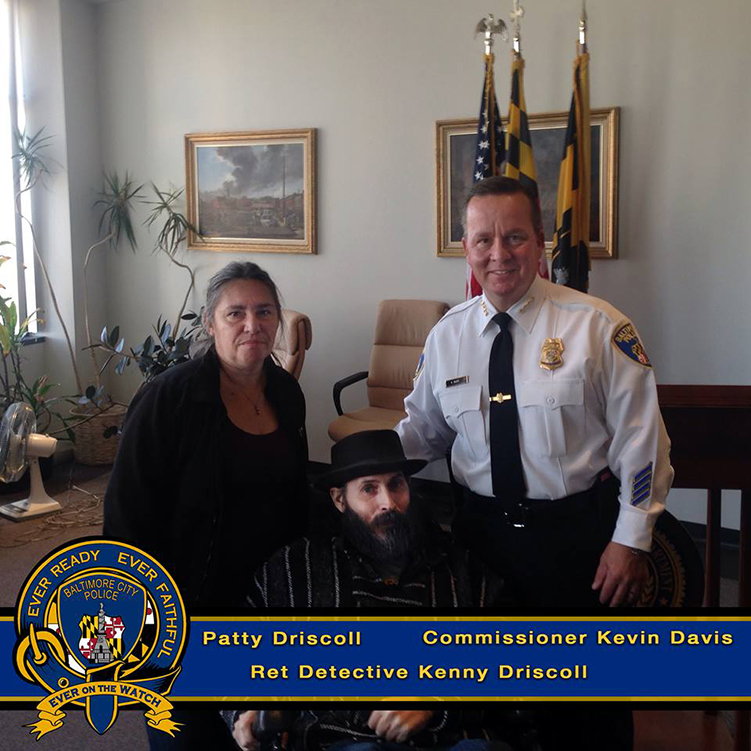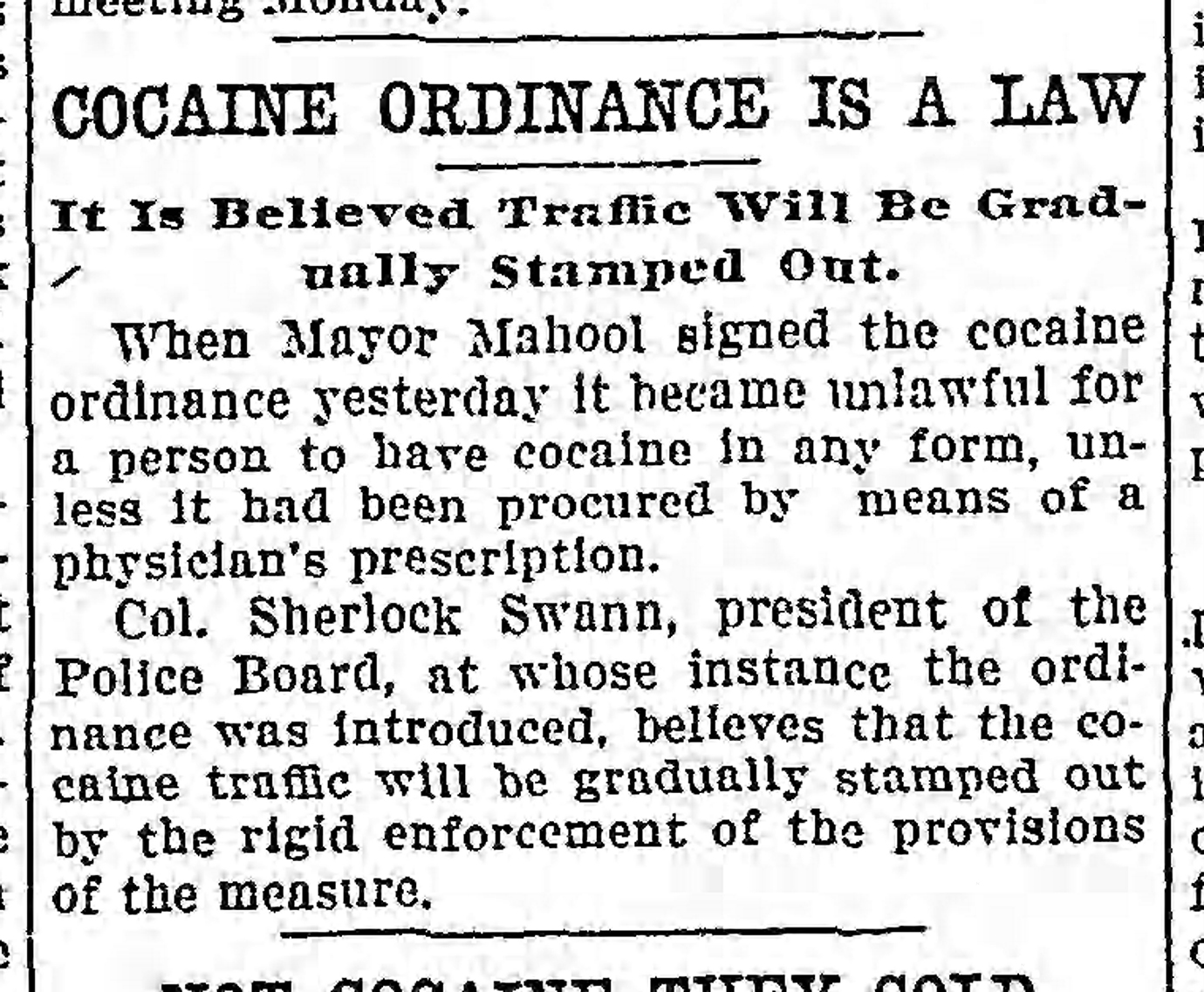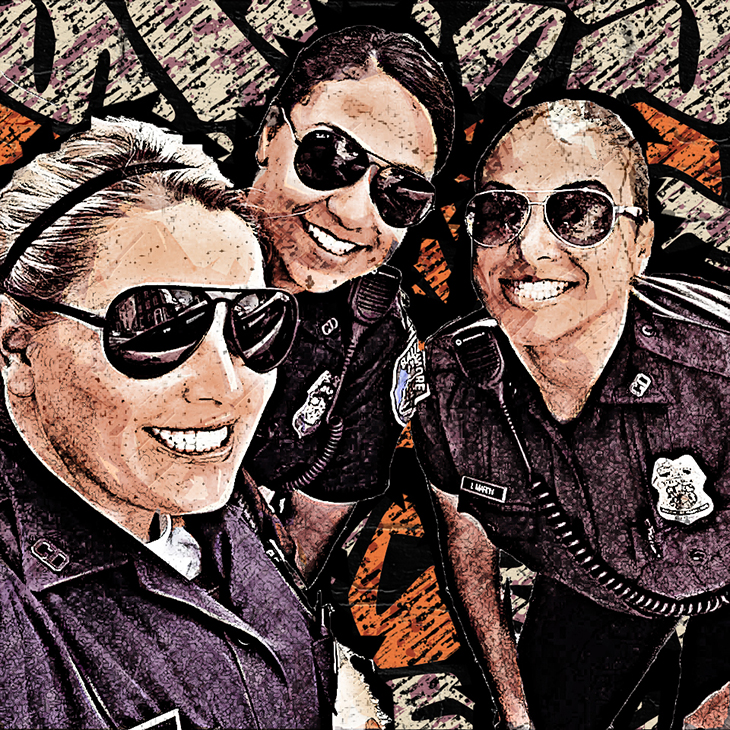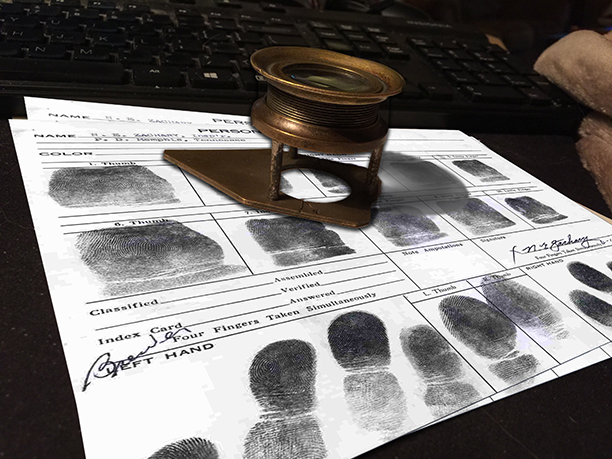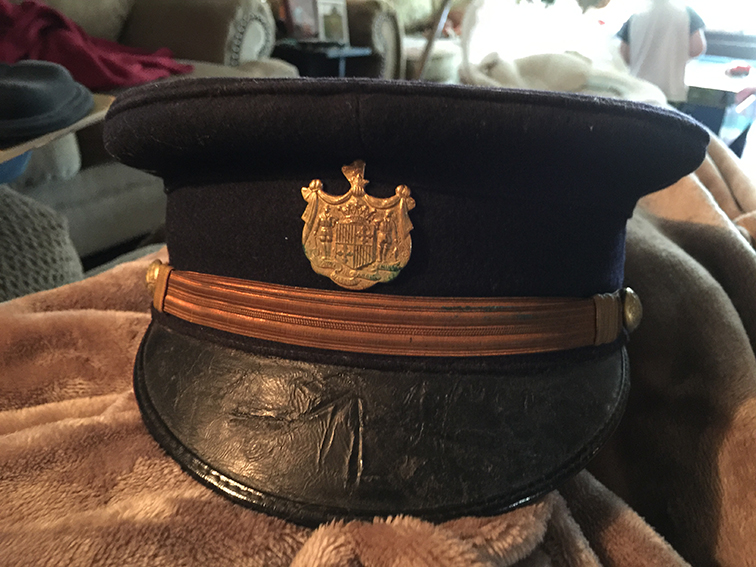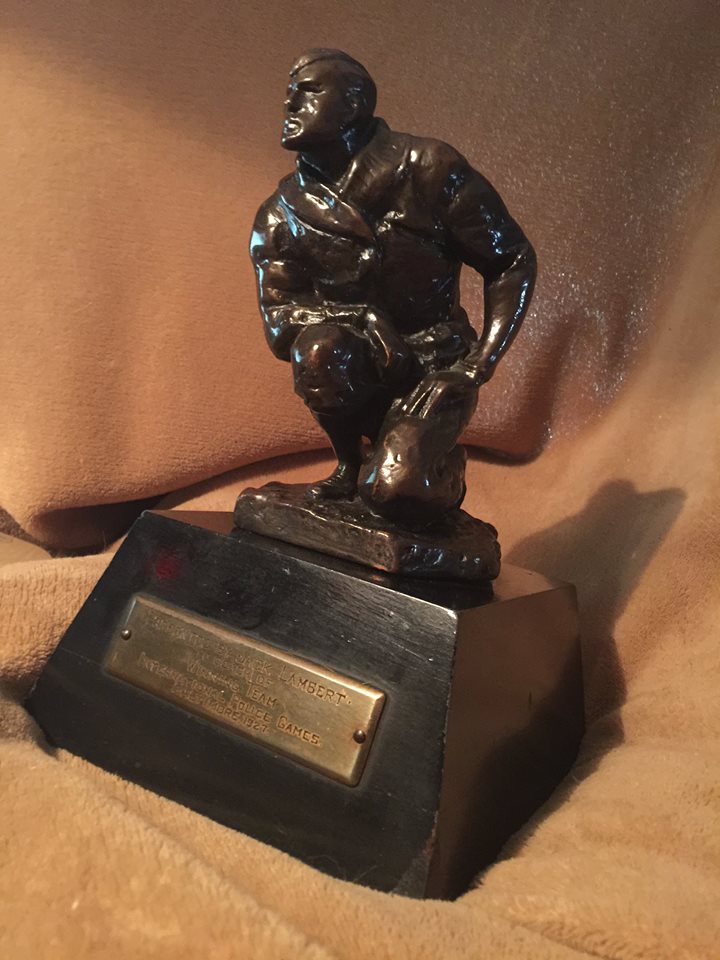Baltimore Fire 1904
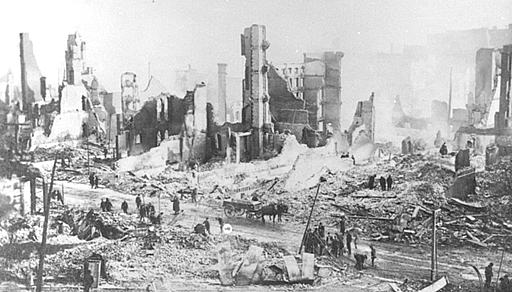
The Great Baltimore Fire of 1904
Baltimore In Ruins After The Great Fire Of 1904
WILBUR F COYLE
The Sun (1837-1987); Feb 29, 1920; - pg. A6
One black night from the home of City Hall I saw Baltimore burn. I will never forget that site. Few people have ever been privileged to look down upon the populous city and watch as his very heart was eaten. It was a terrible hollering experience – to look. Look. Look. And know that there was no force to stay the flames: the thousands of human beings must stand important and hopeless while myriads of hot, red tongues withered everything in their path.
It was as a memorable night of 7 February 1904 – the night of black despair – to which I refer: when Baltimore was swept by a conflagration almost an equal in the history of American cities: when modern building after modern building, heretofore assumed to be fireproof succumbed that with amazing rapidity. Fireproof – amiss – the term refers to something that does not exist. I saw Baltimore burn: I know. Yes, 7 February 1904 was a terrible day followed by a more terrible night. The city was stunned and thousands of individuals common exhausted by fruitless efforts to rescue their goods and merchandise had abandoned hope.
Late last night, utterly fatigued. I was at the city library, City Hall. Suddenly I remembered that hanging upon a book almost within reach was the key to the dome. I was tired – “deadbeat” – but I realized that never again with an opportunity be presented to see such a spectacle. What time it was I do not know. Because I did not know then. I took no note of time in its flight. With the key of the dome, I went from the third to the fourth floor where, in the West car door, is a door which bars the way to the dome. Just then I encountered two men from York Pennsylvania who had, on a special train that brought the fire apparatus of that city to our city I invited those strangers to go along. The little door blocking our path responded readily and we began to gradually ascent through the narrow, black Connell was laying its semicircular courts through walls of solid Masonry just where the dome shows above the roof that covers the winds of the City Hall.
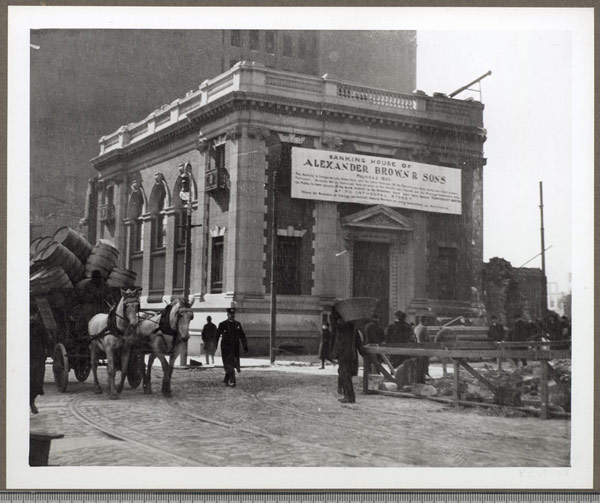 The passage was [in fact is] so contracted that we had to go single file and with great caution. As we slowly rounded the curvature of approaching the point of exit above we notice through the narrow aperture the reflection of the flames. It seemed almost that the City Hall itself was on fire. This strange uncanny staircase, which upon that particular night had all the unpleasant tree suggested of a dungeon. It was connecting to a link between the lower region and a large circular mid dome apartment into which we emerged. This is, in reality, a great barrel 50 or more feet from its stone floor to the ceiling. The view in all directions is unobstructed through immense oblong windows extending almost from top to bottom facilitating and unhampered observation.
The passage was [in fact is] so contracted that we had to go single file and with great caution. As we slowly rounded the curvature of approaching the point of exit above we notice through the narrow aperture the reflection of the flames. It seemed almost that the City Hall itself was on fire. This strange uncanny staircase, which upon that particular night had all the unpleasant tree suggested of a dungeon. It was connecting to a link between the lower region and a large circular mid dome apartment into which we emerged. This is, in reality, a great barrel 50 or more feet from its stone floor to the ceiling. The view in all directions is unobstructed through immense oblong windows extending almost from top to bottom facilitating and unhampered observation.
The view from the dome from the Crystal room – it may be sowed designated because of the number of character of its window – there extends a long spiral staircase which brings the traveler to the section of the dome where the clock in the apparatus that run it are installed. I had intended to climb those precipitous stairs and keep going, but I did not do so. The spectacles to those long windows of the Crystal room were almost paralyzing in its effect. One’s power of a locomotion’s seemed affected. I was utterly tired. I wanted to CARL up. To have gone higher one of added nothing to the view. It was all laid out before me – splendid old Baltimore was ablaze. It seemed to that the lower part of the city had caught fire, so near had the flames crept, and the sweeping glance to the south showed that the entire section between the building and the waterfront was read. Great columns of fire viciously stabbed at the darkness; flames passed from building to building, from block to block. Leaving nothing but blazing the breeze, gaunt gutted buildings, and desolation in the wake.
Mere words can convey no adequate idea of the terrible scene: any description must fail. It was maddening to realize that dear old Baltimore was burning like tender and that no human power could render effectual aid. This strange room was for the time being sheltered me from the dense smoke and flying embers that fitful dust sent over the dome was itself brilliantly illuminated spasmodically. The effect of the fire was startling. Flash after flash being accomplished by dull “boom” of explosions, which concussions mingled with countless other unwanted disturbances incident to the fire.
I really do not think the extent of Baltimore’s catastrophe is now appreciated. As I watched that night as flames ate their way through its heart I did not 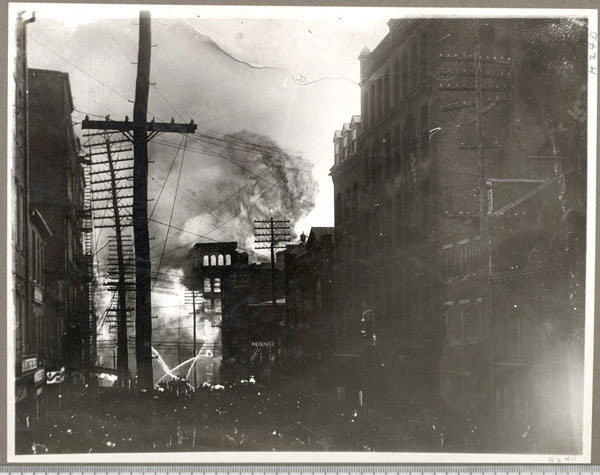 see how the city could ever recover. Think of the vastness of the destruction: from liberty Street on the west, Jones falls on the East, Charles and Lexington streets on the north, with all the buildings on the south side of Lexington Street to St. Paul Street, either going or gone, and a great battle staged on St. Paul Street to save the courthouse. Which was next in the past of the destroyer – that was the appalling situation 17 February 1904. It is beyond the imagination to picture 140 acres of a compact city like Baltimore burning or wrecked. It was terrifying to realize that there was practically no limit to which the fire fiend. Now on harnessed, might you go, it seemed as a look down upon it that the fire would take it’s course to the whole of East Baltimore contagious to the waterfront and burn, burn, burn until open country was reached. And so I am convinced it would. Had not it’s course been stayed by that filthy stream, the Jones Falls.
see how the city could ever recover. Think of the vastness of the destruction: from liberty Street on the west, Jones falls on the East, Charles and Lexington streets on the north, with all the buildings on the south side of Lexington Street to St. Paul Street, either going or gone, and a great battle staged on St. Paul Street to save the courthouse. Which was next in the past of the destroyer – that was the appalling situation 17 February 1904. It is beyond the imagination to picture 140 acres of a compact city like Baltimore burning or wrecked. It was terrifying to realize that there was practically no limit to which the fire fiend. Now on harnessed, might you go, it seemed as a look down upon it that the fire would take it’s course to the whole of East Baltimore contagious to the waterfront and burn, burn, burn until open country was reached. And so I am convinced it would. Had not it’s course been stayed by that filthy stream, the Jones Falls.
A grand total of 1526 buildings, many modern, its preparation of skyscrapers and in addition for lumber yards where the fuel for that disastrous combustion. Truly an appalling panorama it was as viewed by the all struck watchers away up in the dome of the City Hall. Acres blazing or in ruin, and no relief in sight how long I was in the dome I have no means of estimating. But suddenly I heard faint shouts. Which noises I knew could come only through the narrow channel of which I had climbed. I knew, too, the call was a warning, although I really felt there was no immediate danger, I lost no time in retreating through the tunnel and was soon back on the corridor on the fourth floor. It developed that a watchman, no doubt making his rounds, found the door of the dome open and, suspecting that someone was up there, had reported the discovery to the custody and of the building. The latter wisely decided to make an investigation, and as the searchers ascended it was there shouting which I heard and answered.
At that moment the City Hall was in no danger, but it wasn’t long before the doom seemed sealed. Only those who were in the building that night realized a close call it had. True, to the westward, whence the fire earlier came, the hall was then protected by the courthouse in St. Paul Street side of which was damaged and also by the granite post office the stone structures acted as a screen for the municipal building and both would have succumbed before the City Hall was attacked from the West. The threatened assault, however, did not come from that direction at all but from the southeast. I cannot recall the variations of the wind that fiery night nor the phenomenon that occurred. But it is a fact that the flames had swept from west to east and seeming well beyond that City Hall zone, slowly worked back from the South was southeast. Coming steadily toward the big structure this was the situation when I returned from my venture into the dome.
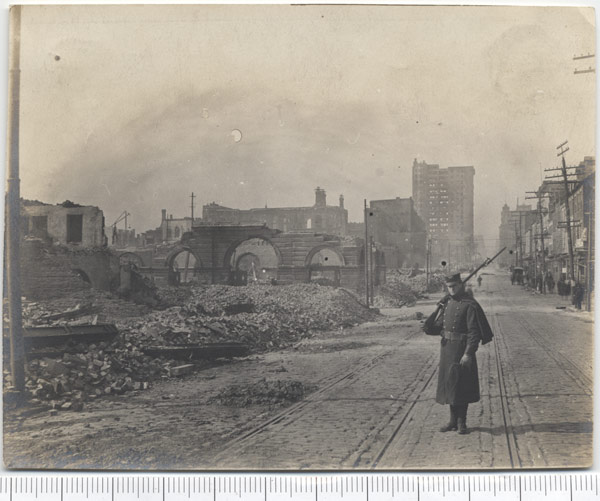 The flames approach. From the first branch Council chamber member a good view of the approach and fire would be obtained and when I went there I found the number of persons assembled. The fine chamber of commerce building a few blocks away to the southeast was ablaze midst a score of others insight and the destroyer were beating back with seeing a deliberate purpose of getting the smaller structures along Fayette Street, opposite the exposed southern when of the City Hall. It wasn’t long before all the buildings across narrow Fayette Street were ablaze and all but one, the Giddings bank building at the southeast corner of Fayette and Guilford Avenue, were utterly burned, correct, collapsed. Through the balance of the night, a determined flight was put up to save this antiquated bank and strange to say this effort was successful. With blazing structures across the street, it seemed for a period that the City Hall must certainly catch. The heavy window glass was hot and with myriads of sparks in the air seeking lodgment in the edifice, there seems little chance of escape.
The flames approach. From the first branch Council chamber member a good view of the approach and fire would be obtained and when I went there I found the number of persons assembled. The fine chamber of commerce building a few blocks away to the southeast was ablaze midst a score of others insight and the destroyer were beating back with seeing a deliberate purpose of getting the smaller structures along Fayette Street, opposite the exposed southern when of the City Hall. It wasn’t long before all the buildings across narrow Fayette Street were ablaze and all but one, the Giddings bank building at the southeast corner of Fayette and Guilford Avenue, were utterly burned, correct, collapsed. Through the balance of the night, a determined flight was put up to save this antiquated bank and strange to say this effort was successful. With blazing structures across the street, it seemed for a period that the City Hall must certainly catch. The heavy window glass was hot and with myriads of sparks in the air seeking lodgment in the edifice, there seems little chance of escape.
The catastrophe was so widespread and appalling that the senses were actually deadened or numb and a building more or less did not seem of great Monument. I glanced about the sumptuous chamber luxurious in his heavy draperies, it’s walnut furnishings and costly carpets and I wondered whether the moment had come to put into execution a plan I had to save the most valuable objects insight – the portraits of the mayors of Baltimore. Although many of these paintings have since been removed and distributed throughout City Hall, a score or more at present hangings in the mayor’s sweet, they were at the time of the fire all in the two chambers of the Council. The great wall space in each branch was covered, the rooms, in fact, were a portrait Gallery of consequence, containing as they did effigies of the mayors from James Calhoun 1797 to Thomas G. Hayes 1903. There were other fine paintings in the group, particularly of the men – including Gen. Samuel Smith – who took part in the defense of Baltimore in 1814. Such artists as Charles Wilson Peale, Rembrandt Peale, Thomas Sully and others of a lesser population were represented. The campuses, some of which were very large and heavily framed, or of great intrinsic value and historically and sentimentally priceless.
Earlier in the night [or day for it may have been daylight] I had labored to get all the records in my custody out of City Hall when it seemed to the building was directly in the path of the fire and it was almost a personal disaster to have to abandon the portraits of those fine men who had in a sense, then the builders of Baltimore. I determined these paintings should not be abandoned. I would cut them from their frames!
This I could do quickly. For I had a trusty knife ready, and with the assistance of the others present it would not be a difficult job, I could roll the campuses up and escape with them under my arm – but when should I cut?
That was, in reality, a burning question. From the other side of Fayette St., South to the waterfront, the city was ablaze. The City Hall would be next. Nothing was now between it and the fire. Was a time to strike? I waited: I waited. The structures across the street were gone. Somehow the blistering heat did not burst the heavy window glass and ignite the hall. The showers of sparks passed harmlessly by. The miracle had been wrought. Daybreak with the terrifying spectacle it revealed was at hand. The little party in the Council chamber broke up. Such was the culminating incidents of the night spent in the City Hall while ruin reigned without. A night that followed a day into which had been crowded, and the experience of the average individual, gloom, dismay, fear amounting almost to terror.

In The First Hours
early in the day [7 February 1904] it was noised all over town that a great fire was spreading to unwanted proportions involving a considerable area, but no one dreamed of the impending danger. I went downtown in the early afternoon and called at a newspaper office to obtain information concerning the conflagration. I was asked by the editor to procure a plat of the S. Library St. section where the fire was raging, the purpose being to reproduce the chart immediately in connection with the story of the conflagration. I went to the City Hall to get a map and brought forth a large atlas containing, among other charts, the plat requested. Some persons on the sidewalk seeing me emerged from the hall was a mammoth atlas set up a shell and twitted me, assuming I was taking the record to a place of safety because of the fire than half a mile or so distant. Those looters must later have credited me with supernatural wisdom or discernment. Only a few hours elapsed where not only myself but other city officials were nervously hurrying wagon loads of records from the City Hall. I did not let my atlas get out of sight and before it could be used the newspaper office was in flames. By that time the volume was back in city halls library. I saw to that personally.
Meeting the Records
Sometime later when the big Continental building at the corner of Baltimore and Calvert Street became luminous: flames streaming from every window. I thought the City Hall and post office doomed. So and others. There would be no further delay; we must move. I had engaged some teams [so I thought] to meet the emergency but who could hold conveyances under such conditions? People with frantic and offering fabulous sums to have their goods moved, in front of almost every establishment along Baltimore, Lombard, South, Calvert, and scores of Streets wagons parts and rays were backed up, loaded in hustle Austin to drive away and deposit their burdens in another building which surely fell prey to the flames. This, unfortunately, was the experience of very many.
There were few officials at the City Hall that memorable Sunday. Mayor Robert M. McLean, clad in a fireman’s outfit, was one the fire line of the superintendent of buildings and his force was on St. Paul Street assisting in saving the Zen new courthouse. But I recall three persons I met momentarily at the hall – Mr. William A. Larkins then deputy Commissioner of Street cleaning: deputy city collector Hartman, now judge of the Appeal Tax Court, and Mr. Frank J Murphy, clerk of the same court. To Mr. Larkins and Mr. Murphy, I feel I owe a debt of gratitude. The form of voluntarily sent me a detail from history cleaning forces to assist in removing invaluable records from the city library, and Mr. Murphy suggested that I share it struck he had managed to commandeer, which with the one I seized enabled me to clear the city library of many official Street opening plats, books and other records, the loss of which would have been irreparable.
Danger to the Library
Quite a. A force of men was carrying out these archives. The drivers were instructed not to unload the wagons under any conditions. I think the records were sent to Union Station. At all events, they were taken to the place of safety and returned immediately after the fire. Though several times were taking out this did not make a great impression on the whole equipment. Many, many books were left in the cases, but the rarest of the collection was sent away. And I loaded myself down was my arms, including first records of Baltimore town in Jonestown: the first directory of Baltimore town and fell’s point and such. As a final choice, I would have turned the crowd on the streets into the library rather than see the books destroyed, on the chance of getting some back again. Many merchants did this in an effort to salvage their stock.
While stirring around the city all I ran into Mr. Hartman, deputy collector. We passed each other in a rush, but I reminded him that in a large attic room where the accumulated tax records of over a century which were doomed if the building caught. It was the work of days under ordinary conditions to remove these. And Mr. Hartman said the books would have to be abandoned. He was desperately intent upon getting the “live” records of his department out of harm’s way since these showed what money was due to the city from taxpayers of the volumes meant not only chaos and irreparable confusion but the loss of the municipality of millions of dollars.
All the strenuous physical effort. Mental strain and sustained excitement was very exhausting, and having done my utmost in the circumstances to protect the city property and records in my custody I went back to the city library. Where the key to the dome suggested a trip, heretofore described, to that point.
I remain downtown in the fire zone, or at my office until 6 o’clock that evening – Monday. 8 February 1904, I was as black as a minor when I got home and so tired I seemed in a trance – yet I was but one of many thousands in the same flight. Some were half-crazed by their losses, demoralization and disorganization were complete. Everyone had been laboring under intense excitement, accompanied by a depressing sense of irreparable loss. The city was shocked beyond measure. As I write all this seems an occurrence of yesterday rather than of 1904. It is almost impossible to conceive that a new generation has risen which has no personal knowledge of that moment this occurrence. Oft has the statement been made that Baltimore is better as a result of that fire. I made it myself, and it is true – but I always make a mental or rather sentimental reservation. It did make possible the building of a splendid system of municipal docs; it did give the opportunity to widen streets, and there is no question that in many physical respects this city has splendidly advanced. It, too, wake the people and they have since been more alive to their opportunities. The spirit of broad is an evidence of this – yet even to this day, it makes me sick to think how building after building, landmark after landmark went up in a flash of flame and a puff of smoke.
As to chance – well possibly it is necessary to make all Baltimore look like new; to get away from the original surveys; to turn Cal paths into boulevards, to revamp, rebuild and beautify from time to time but how much of the old city individuality, or personality was destroyed in the process?
Is it better than Baltimore look new and bright and smart and modern and right up to the minute – rather than an orderly, enterprising, populous city with a dash of quaintness, and suggestions of historical associations in its buildings and streets? Has a city like Boston lost anything by adhering to its old areas to early surveys, and accentuating, rather than destroying and obscuring evidence of its antiquity? Well, well, I’m getting over my head now, – let’s get back to the fire, for a brief period.
This started at 1048 [the time registered by thermostat alarm] in the six-story brick building occupied by the J. E. Hurst company, wholesale dry goods and notion house, and German [Redwood] and liberty streets and Hopkins place. In his report Chief Engineer Horton said, “The fire raged until 11:30 AM Monday, 8 February 1904” but this does not mean necessarily it was then extinguished. As a matter of fact, it to load and burned brightly along the eastern extremity of the area until much later, an estimated 36 hours and all. There is no way of accurately computing the loss, but $125 million is the generally accepted estimate, taking all elements in the consideration. This figure is, however, more or less arbitrarily set.
No one was killed during the fire, though some firemen sustained injuries, and there were wild rumors of many fatalities. Mayor MacLean refused all outside financial aid and he announced to the world that Baltimore would rebuild through his own efforts, which it did was amazing rapidity. Several cities, however, rendered valuable assistance at the fire – apparatus, and fighters being rushed there from several points. Written 29 February 1920 as described by the city librarian Wilbur F. Coyle – The City Librarian, describes the destruction of Baltimore by fire, 16 years ago this month February 29, 1920, as seen in the City Hall dome – the removal of the records – the plan to cut valuable portraits of mayors from their frames to save them from the flames. These are the personal Chronicles of one who from City Hall Saul Baltimore burning

A COUNTRY OF GREAT FIRES
Some of the Blazes That Have Cost Millions of Money and Many Lives
The United States has, it is said, a record of destruction by fire not equaled by any other country. The greatest, of course, was "The Great Fire," which swept Chicago in 1871, burning over 2,124 acres, nearly covered by buildings, causing the loss of a great many lives and a property loss of more than $100,000,000.
The Greatest Fires Baltimore had ever known up to this time were the Clay street fire of July 25, 1875, and the Hopkins Place fire of Sunday, September 2, 1888, both of which are described elsewhere. Big fires in other parts of the country have been as follows:
Savannah, Ga., in 1820, 463 buildings and $4,000,000 value destroyed.
New York, in 1835, 530 buildings, 52 acres burned over, and $i5,000,000 of property destroyed; In 1845, 300 acres burned over, $7,500,000 value, 35 lives lost.
Charlestown, Mass., in 1838, 1,158 buildings.
Pittsburg, in 1845, 100 buildings; $1,000,000 property value.
St. Louis, in 1849, 15 buildings; $3,000,000 value; in 1851, 2,500 buildings destroyed. Philadelphia 1850, 400 buildings.
San Francisco 1831, 2,500 .building’s and a number of lives lost; property -value, $10,000,000.
Portland Maine, in 1866, over one-half the city 200 acres burned over and 1,743 buildings destroyed.
Boston; in 1872, 65 acres or mercantile section burned, including 776 buildings, nearly all of brick and stone construction; property value, $75,000,000.
In June 1889, Seattle, Wash., was destroyed, the loss being $30,000,000. Two months later Spokane- Falls burned. The loss being-$7;000,000.
At Lynn, Mass., In November of the same year $5,000,000 worth of property was consumed. Within a few days, the fire broke out in the dry goods· district of Boston and property valued at $6.000,000 was burned.
In October 1892, a fire at Milwaukee caused a loss of $6,000,000,
At Hoboken on June 30, 1900, the North German Lloyd. Piers and steamships sustained a loss of 10,000,000 and 200 lives were lost.
At Jacksonville, Fla., May 3, 1901, loss estimated at $12,000,000 and 1,300 houses were burned some lives were lost, but the number was not exactly known. . .
October 25, 1901, · In Philadelphia, 19 persons were killed and about $500,000 damage was done by a fire in Hunt, Wilkinson & Co.'s furniture warehouse, on Market street, near Wanamaker's Store.
At Waterbury, Conn., February 2 and 3 1904, Damage now estimated· at $2,500,000 was done.
New York; March 17, 1889, The Windsor Hotel fire, in which 45 persons lost their lives and a property loss of about ·$1,000,000 caused.
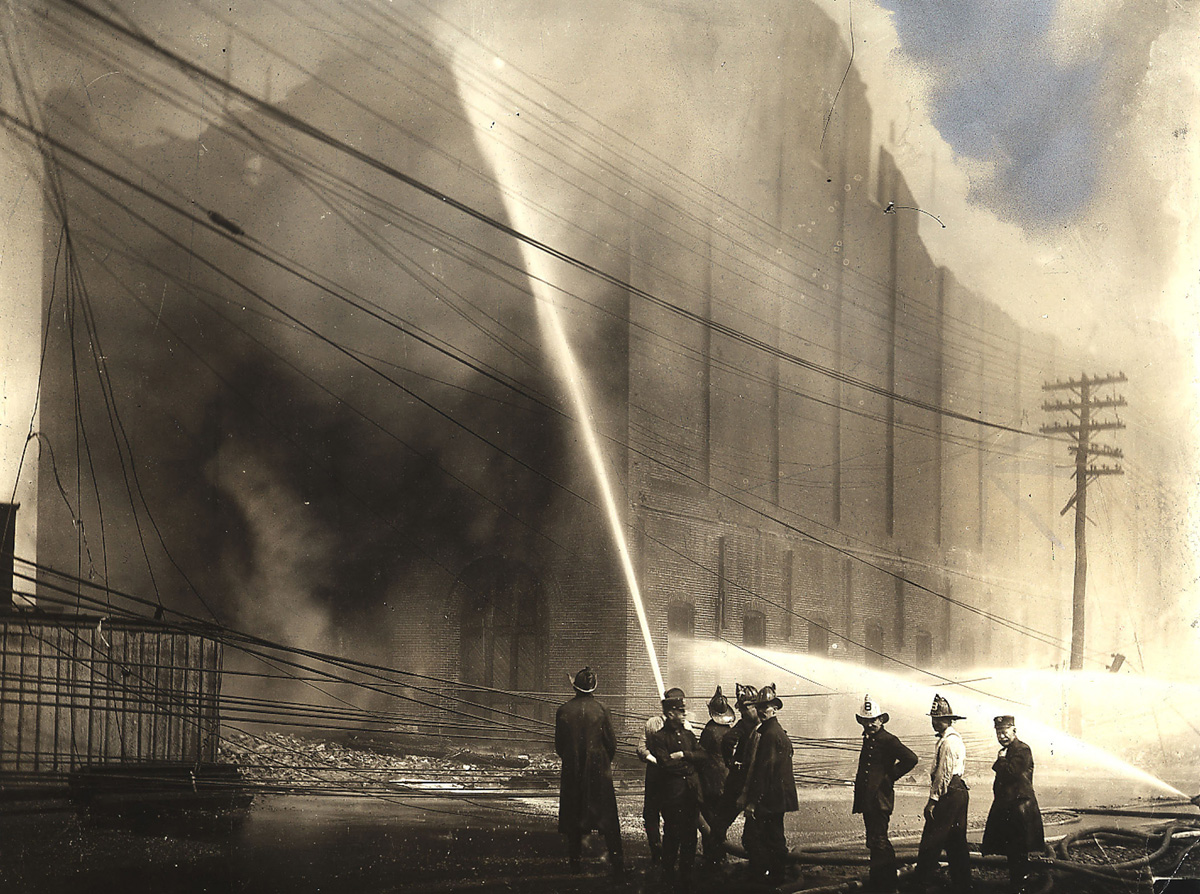
7 Feb 1979
The Great Baltimore Fire of 1904:
Isaac Rehert
The Sun (1837-1987); Feb 7, 1979;
pg. B1
7 February 1979 marked the 75th anniversary of the worst disaster ever to strike the city of Baltimore known as “the great Baltimore fire” what follows are two recollections of that fire
The Great Baltimore Fire of 1904:
Two Neighborhood ‘Girls’ Remember
By Isaac Rehert
It began at Hopkins place and German (now Redwood) streets, in the warehouse of the J. Hurst Company; from there it quickly spread to surrounding buildings.
For 2 ½ days, it raged, eating its way eastward in a roaring, hissing sheet of red flames across the half-mile front reaching from Fayette Street to the harbor.
Before it was contained at the Jones falls, it has consumed an area of more than 140 acres, destroying 1500 prime office and manufacturing buildings, leaving Baltimore’s entire business district a graveyard of smoking black embers.
Financial losses were estimated at between 100 million and $150 million.
Two little girls living in Baltimore during those faithful days – both now in their 80s – still recall the fear, the danger and excitement of those few days, when the destruction of the whole city seemed imminent.
One of them, Rosa Kohler Eichelberger, has written a book about it for children and young adults called “big fire in Baltimore,” just published by Steiner house a local firm.
The other, Esther Wilner Hillman, in an interview, has related a little-known facet of that stirring piece of Baltimore history.

Rosa Kohler Eichelberger
“It was a bitter cold Sunday morning, about 10 or 11 O’clock, with first got her attention where the fire engines, shrieking by every minute, with their sirens and their bells. We knew there had to be a big fire somewhere.
“We were living at 329 North Carrollton Ave. – one of those three-story houses with little white steeps. It was a beautiful neighborhood in those days with lots of teachers and doctors living in our block.
“I was eight years old. Daddy was a telegrapher for Western Union. His office was in the Equitable building, but that was one of the first buildings to go and later they set up a transmission office in the addict of Welch’s restaurant.
“There were any telephones and radios, so we didn’t know about the fire – until the claiming of the fire engines. With so many of them passing, we all ran outside and when we could see the sky to the east all lit up with flames, and the dark black smoke gathering and blowing in the distance”
that, for the little girl, was the beginning of three of the longest event-packed days of a long active life – days of anxiety, of furious chasing around town, of our order world turned suddenly to chaos, of vents that it’s themselves permanently into her mind.
She never forgot them; she could never imagine how any Baltimorean – whether he lived through the fire or not – could ever forget them.
“Later, when I was grown, I work with children in the playground athletic league, and I would ask them what they knew about the Baltimore fire. “It burned me up. They didn’t know a thing. I told him about it and they were shocked. I said to myself. Someday I was going to have to write that story.” One reason the children hadn’t heard was because of the immediate, far-flung, effective action in the city to rebuild.
There was a brief mood of pessimism; but then-Mayor Clay Timanus created a “district commission,” and public officials, merchants, and financiers got to gather with plans and activities.
By the time Rosa Kohler’s playground children came along, but memories of the fire were lost in the first pink glow of Baltimore’s first Renaissance.
But she didn’t intend that it should be lost. “Later, I lived in New York, and we would have a dinner party and I would tell people I was from Baltimore and I would bring up the subject to the fire. “They look at me with eyes full of doubt and it asks, “oh did Baltimore once have a fire?”
“I had always love to Baltimore, but remarks like that – they started my inner fires raging and I began to think again about writing my book.”
Her head was still full of memories, but the first night when her mother disappeared.
“Nobody knew where she was, nobody could call or wire, we were getting information but only through the grapevine.
“Everyone was frantic, we imagine the worst, nobody slept.
“The fire was spreading the other way, but embers were blowing back in our direction, and we never knew whether our house might catch fire.
“Men wore celluloid collars in those days. And I remember one man – and Amber landed on his collar and set fire to him. They had to douse him with a bucket of water to put them out.
“That night, and every block, they set up bucket brigades on the rooftops keeping watch in case the houses of catch fire.
“Next morning mother showed up. She has spent the night with a friend on Biddle Street, helping her pack and move in case the win to turn and flames eat up that part of the city.”

She Still Recalled What the Fire Did to Her Grandfather
“He was in the shoe business. He had a factory on Water Street and three retail shoe stores. One was in the old son building on troll Street in Baltimore Street. I remember it so well, on the same floor was a shop selling Minsk badges and another for the Warner Hat Company. I used asked myself, how does the company make out selling nothing but badges?
“Daddy couldn’t go to work Monday, so he went with my grandfather to see if they could save the factory. There were hordes of people downtown. They came to go to work, just as they always did. They had heard there was a fire, but it was a workday, so they knew they had to get up and go to work.
“The military was out – and dandy fifth – keeping the spectators away from the danger zones. People standing around watching got so excited that sometimes when a wind came up, it would scatter some paper money that somehow didn’t get burnt up. But nobody would bother chasing it.
“They couldn’t save grandfather’s factory. It was completely gone. Everything stank up and burned. They found the foot of water on the floor, and they were sloshing around. Trying to find what might be left when my mother showed up.
“Nobody was supposed to get through the military lines. But mother was good-looking and somehow she made it.
“When she appeared, she looked at my father’s what feet and smiled. She said she knew it would be that way and she had bought him a pair of dry socks.
“Grandfather never rebuilt his factory; he was too old. He did reopen some stores, but he could never get used to selling shoes made by someone else. It was never the same.”
It was in her late teens that rose: the first decided she had to write a book about the fire. She had attended St. Catherine’s normal Institute, at Harlem and Arlington avenues. But she never went to college. Instead, she went to work as a recreation leader, where one of the jobs was telling stories to children.
Naturally, she would tell him about the fire. Later she wanted to be an actress, and read please with the vagabonds and with the war camp community service, the World War I organization providing recreation for servicemen.
She left Baltimore to travel with Chautauqua lectures, drama and other assorted kinds of culture to cities and small towns all over the country.
She became a professional storyteller, and one of the highlights of her career was telling stories at Hull house in Chicago where Jane Adams was at the crest of her fame.
In Chautauqua, she met her husband, Clark Eichelberger, a lecture on international affairs. He subsequently became a United Nations diplomat and has written a number of books in that area.
In the 1950s, [she was then approaching the age of 60] Mrs. Eichelberger took a course at the New York University in writing for children and shortly afterward published her first book, the Bronco close,
On the strength of that success, she has come New York publisher if he wouldn’t be interested in a long dash projected book about the Baltimore fire. He wasn’t.
“He said to me, “but you know, Mrs. Eichelberger, every little town in America has had its big fire.”
“That made me so mad.”
So she decided to write the book 1st and see if she could pedal it afterward
“I wanted children to see the fire as it actually happened. So I centered around the 12-year-old boy named Todd who wanted to become a Western Union telegrapher – he learned the moss code by practicing it on his gate latch – and he carried information to everyone about the fire.
“I get up every morning at 5 o’clock and work on this thing. Later in the day, I had my regular job and my housework to do
“getting up that early, I’ve wondered often how many millions of talented women writers have been smothered under housework. “I finished that manuscript, then I rewrote it, and then I rewrote again, again and again.
“Then I began talking to publishers, but nobody in New York was interested.
“It never occurred to me that there might be a publisher in Baltimore until one day I attended a reunion of old new dealers in Washington, and a friend of mine from Baltimore was there, and she told me about Barber hold bridge and stammer house. “I wrote to Barbara and she was interested right away.
“And that’s how it happened”
“After those kids, I personally told the story of the Baltimore fire to. I’m glad now that finally, it’ll be available to them all.
“My next book? I’m thinking about tackling my memoirs.”
 Esther Wilner Hillman
Esther Wilner Hillman
There’s a Messiah on the door jam, and on the window, little decals about Israel. The walls are hung with pictures of children and grandchildren and great-grandchildren.
And there’s a big homemade greeting card tacked on the kitchen door from someone who I would say loves her.
Esther Wilner Hillman, 82 years old but looking nowhere near that age, is animatedly talking on the telephone, and the soap operas playing on the TV behind her.
But when you tell her you’ve come to hear her reminiscence about the Baltimore fire, everything stops.
Hastily she tells her friend, “I’ll call you back,” hangs up and leaves the instrument off the hook. She quickly turns off the TV. She explains that people are often here because she collects clothing to forward to poor people in Israel. And that today is her 82nd birthday, so she’s getting lots of calls.
But right now, first things first, “I’ve been waiting over 50 years to tell the story about what our Jewish people did in the Baltimore fire. Now that I’ve got a chance to do it, everything else is going to wait, even my birthday calls.”
First, though, a cup of tea – tea with maleness – that’s jelly or preservatives to sweeten it. And the cookie – you can’t drink tea without a cookie. Is it hot enough? If it isn’t hot enough, so warm it up.
Now that she's sure you’re comfortable, she begins her tail.
“I’ve tried to tell the story before, but they weren’t interested. All my life nearly every Friday I’ve been reading writing about the fire, but nobody has ever written what our Jewish people did. It was this way.” And she begins.
“It was bitter cold, just like today. We were living on sharp Street, at Camden.”
Sharp Street, she explains is the old name for Hopkins place. [It still Calls Sharp St., South of Pratt Street]
“That’s where the fire began, and Johnny Hearst place, right near the corner of German [Now Redwood] and Sharp.
She narrows her eyes and looks off into the distance, the better to see the exact corner.
“He was in the Drygoods and Notions business. So the stuff all over the South,” she looks solicitously into the teacup to be sure it isn’t yet empty, then continues her story.
“In those days, South Baltimore was a Jewish ghetto from Baltimore Street down to about Cross Street market.
“On the Shabbas, everything shut down because everybody went to see.
“But Sundays, they worked. Half a day, from 8 o’clock till two. Other days, they worked 12 hours. And they had to put in six days. Otherwise, they didn’t get their full pay. It was four dollars a week. Imagine, and today they made gets four dollars an hour.
“Anyway, my father worked for soul Ginsberg, whose factor was across the street from the Hertz.
“He’s going to work that morning as usual, at about 10 o’clock he came hurrying home caring these enormous books, weighed down with them. I’d never seen him look so intense and burdened. They were the ledgers from Ginsberg. “He slapped them on the chair and said to my mother, don’t let the children bother them. Tseppenin, that’s the word he used. “Then he ran back for more ledgers, and then he took my older brother, Sam, with him, back to the plant, to help them carry out bolts of cloth. Sam was nine years old. I’ve only seven. The bolts were so heavy, it took three of them to carry each one. But they kept running back and forth bringing more bolts until the police wouldn’t let them go back anymore.
“And then my father told everybody what happened. He had smelled fire and smoke, and a sent some of the workers to break the fire alarm. And then to stand at the corner ~fireman game. Remember, they were horse-drawn engines in those days.
“They saved all they could. What made it so sad was that there was a hardware store next door to the hearse, and they kept barrels of gasoline and coal oil out on the sidewalk – they weren’t allowed to keep them indoors.
“And then the fire read to them they exploded. It was terrible, after that, nobody was allowed to go back in, and the police went house to house throughout the road, telling us to get ready to move out, in case the winds shift toward the south. “We ran upstairs and carried down all our perenes (eiderdown quilts). What else do people have in those days? And then boys ran around and notified everybody who had a wagon to stay on alert – case we had to move. But thank God, the wind didn’t shift to the south.
“That night we children all slept downstairs on the perenes while our parents poured buckets of water on the roof, in case a spark should handle them.
“I remember father on the roof. And a mother on the sidewalk down below, filling the bucket and tying a rope to it so the men could port up.”
She interrupts to refill the plate holding the cookies. Do not homemade she apologizes. But you can’t get around as well as he used to.
“Now where was I? Oh, yes, sleeping on the perenes downstairs. You know, I’ll never forget that. Asked me what happened yesterday, and I won’t be able to tell you. But those days the fire, I’ll never forget.
“You know, it after just a couple of hours it was clear that it was so big that our firemen couldn’t handle it alone. So they sent help from other cities – from Washington, from Philadelphia, from door fall, from Richmond. “Of course, the firemen from out of town couldn’t go home, even the Baltimore firemen couldn’t go home. They would work for four hours, and then they were exhausted needed the rest, but in four hours they had to start again. “So the police came to our neighborhood and asked us to help. “The firemen needed hot coffee, could we keep a pot always going on the stove? And could do firemen come in and sleep in our houses? “Ordinarily we never use the parlor in winter, so it was always cold. We ate all meals in the kitchen. “But my father filled the big Latrobe stove with wood and coal, and we dragged the perenes in there on the floor, and that’s where the firemen slept. “Of course you couldn’t just give a man coffee without a bun. So my mother, like all the other women, began baking bread to feed the firemen. “I remember an old man, his name was Singer, he was very pious, and he kept a strict kosher grocery store. He sent over so many things. Without the charge, naturally. “On Camden Street, a family named Surasky kept the department store. It wasn’t like a department store today, but in those days it seemed very large to us. They sold everything. They sent boots for the firemen, and woolen socks, woolen caps, earmuffs, mittens. Whatever they had they sent, and everything was free of charge.
“My mother worked day and night, the only rest she got was on the couch in the kitchen. And my father and Sam were busy keeping the stove going day and night. “For us children, it was terribly exciting. Although strange men sleeping and eating in our house. “Since they slept around the clock, the house had to stay quiet, and my job was to watch the smaller children so they shouldn’t make any noise.
“Of course, the firemen were all black from the start, and they would wash and dry themselves on our towels – and the towels turned all black. I remember my mother standing all day over the washboard, scrubbing them clean. My father strong lines around the kitchen which were full of drying towels.
Our toilet in those days was outdoors, and we didn’t want to ask tired firemen to use that, so my father provided them buckets. I remember him and my mother caring the full buckets out and empty ones back in.
“Only the following Sunday, after it was all over, my father took us up there. What used to be such nice buildings were now all open fields. You couldn’t even tell where the streets had been.
“Everything was smoldering. I remember picking up a piece of black sender. As I held it, it still smoked.
“Back in the house, now the firemen were gone. Everything was so quiet. I remember how I missed the excitement. “But now we had to clean up. “We had no linoleums were rugs on our floors – everything was bare wood. And all the boards were black from soot. “The floors now had to be scrubbed clean. What a job that was!
“Downtown eventually was rebuilt, and the story the fire has been written and told hundreds of times.
“But nobody ever told the part our South Baltimore Jewish community played in it.
“I’ve always said that before I died, I want to tell the world that story.
“Now, thank God I’ve told it so the people will know.”
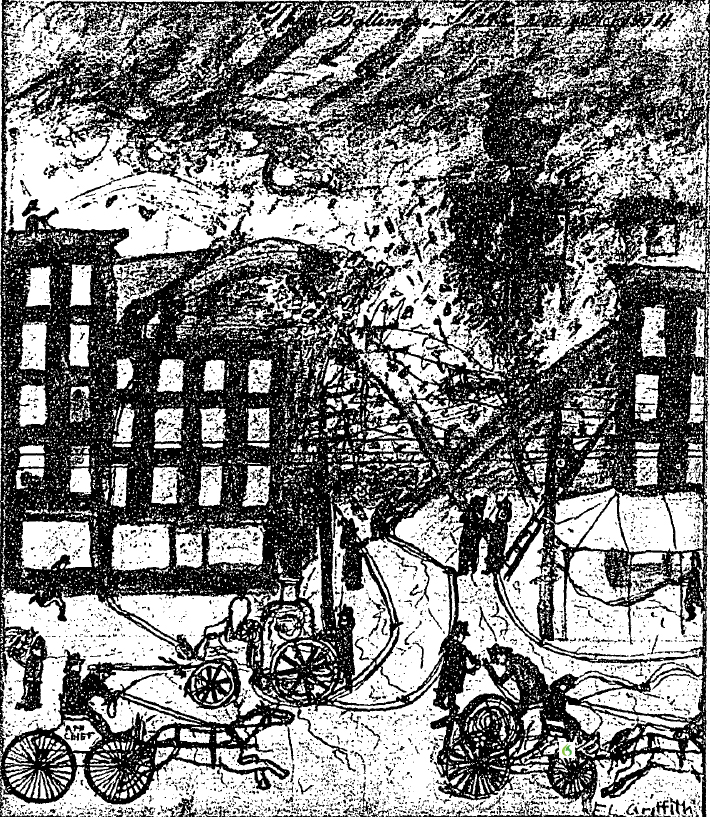 By Forrest Griffith Sr circa 1904
By Forrest Griffith Sr circa 1904
I Remember ... THE BALTIMORE FIRE OF 1904
FORREST GRIFFITH Sr
The Sun (1837-1987); Feb 4, 1973;
pg. SM2
I Remember ... THE BALTIMORE FIRE OF 1904
84-year-old Forrest Griffith recalls the most famous fire in Baltimore city history happening 69 years prior when he was just 15 years old he tells the story as follows
I remember the Baltimore fire of 1904… Sundays were quiet family affairs on N. Carey St. when I was a boy of 15 some families devoted to mornings to church, some to browsing through the Sunday paper, there was the usual huge dinner, which was even at midday. See the rest of the afternoon, the adults had time for a nap and the children did their homework.
A certain Sunday 69 years ago began as calmly as ever at our house 904 N. Carey, but before noon Joseph began coming in from Sunday school, told by their teachers to go directly home and stay off the streets. There was a big fire downtown.
By noon most of Baltimore new the story. For this particular Sunday was February 7, 1904, and “the big fire downtown” was what is still known in Baltimore as the fire, the biggest in local history.
The fire raged control for two days and flared up again and again in scattered spots for several more. At the end, 140 acres of downtown Baltimore has been reduced to smoldering ashes, 1500 buildings were destroyed. And the loss was estimated at hundred and $50 million.
All boys and men ran to the fire in those days, the men to help, the boys to watch. There was a sort of detached fascination in watching firemen fighting a fire in somebody else’s neighborhood. But watching the fire your own neighborhood, seeing something close and familiar burned, gave you an added tingle of apprehension. So it was with the fire on this day. We live 10 or 12 blocks – a mile or more – from this fire. It was somebody else’s neighborhood, in the matter of distance. But from our street, we could see the clouds of black smoke, shot through the sky of flying sparks. We could smell the smoke, and we could hear the distant clanging of the horse strong fire engines.
My father and I wanted to go right away. My mother didn’t want us to, afraid we might be in danger. There was a sort of compromise. Dinner was almost ready. In those days, meals weren’t prepared by defrosting heating and serving. It took an efficient housewife all of a busy morning to put a good meal together. And when she called the family in the dinner, it was unthinkable that anybody would let it sit there and get cold, earthquake, flood or fire notwithstanding. So after we had our dinner – my father and I went to the fire.
We walked, and our steps quickened with every block. The closer we got the louder the noise. There were the noises of shouting men, the clattering of steel horseshoes on the cobblestones, the rattling fire engines, the shouts of the firemen. And over it all, the frightening roar of the fire itself, a wild and angry, unleashed an invincible sound that I haven’t forgotten. We got so close that the smoke paid us a cough and we had to beat out the flying sparks falling on our clothing.
The picture reproduced here is one I drew late that afternoon when we got home. It was my first glimpse of the fire. The scene is the intersection of Mulberry and St. Paul Street. Looking West on Mulberry.
My father was a salesman for the Heinz Company. When we got home, I turned over one of his business letters and sketched the picture with a pencil. I can explain my compulsion to draw the scene, except the new I had seen something terribly important. Later I outlined the pencil line with a pen. I finished the drawing with watercolors.
After the picture was done I lost interest in it. There was too much going on. While the fire burned, and for many days afterward, nobody could think of anything else. At that time I was a student at the high school at Howard and center streets. It later became City College. Classes at our school, and I presume and many other schools, were dismissed for 10 days or two weeks.
I assumed my picture had been thrown away. Then a few years later, my sister India, founded in a drawer somewhere “I like this picture,” she said, “I think it should be preserved” she took it out had it framed and later gave it to me as a birthday present.
I’m glad she did, now I wouldn’t part with it for anything.
In later years I learned to draw much better. I went to the Maryland Institute when it was located at the marketplace – and was graduated in 1912 as a gold-medal student in mechanical arts, which is to say I held my classes’ highest average for my four years there.
But my crew version of the great fire still brings back the feeling I had that day when I got my first look at it.
The picture is now a pattern of smudged browns, Blacks and grays, for the bright colors I applied on that Sunday in 1904 have long since faded to everyone except me.
A writer, who witnessed the Baltimore fire, made this sketched the day the fire began. It depicts what he saw at the intersection of St. Paul and Mulberry streets, looking West on Mulberry Street.
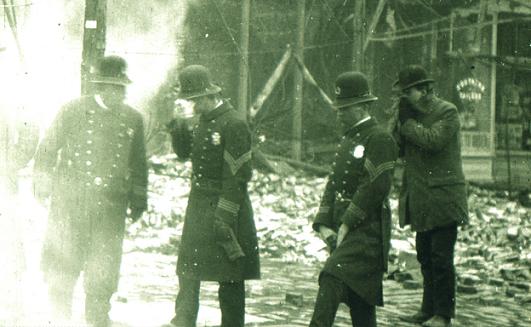
MILLIONS IN A FEW BLOCKS
The Sun (1837-1987); Feb 8, 1904;
pg. 1
Millions in a Few Blocks a Detailed Estimate of Loss in the Wholesale District
A careful and conservative estimate of the loss in the wholesale business district. In which the fire originated, places it at something over $11 million. This district is bounded by Baltimore, liberty, trolls and Lombard Street and contained many of the largest dry goods, clothing and shoe houses in the city, besides two prominent banks the national exchange and Hopkins place savings bank. This estimate was made for the sun last night by Mr. George E. Taylor, of the insurance firm of Jennise and Taylor, holiday water Street. Mr. Taylor set in his office dictating to a reporter of the sun until it was stated that the fire was only a few doors away when he found it necessary to remove the valuables and papers from his office.
The estimate is for each building in the section, the loss giving representing the building with its contents. According to this the heaviest losers were John E. Hearst and company, R. M. Sutton and company, and the Daniel Miller company all of which were heavily stocked with dry goods, and in each of which cases the loss in building and content was placed at 1 ½ million dollars. The Armstrong, Cator and company’s loss is estimated at half 1 million, and the great majority were hundred thousand dollars or more a piece. This district contained about 125 buildings, among them some of the finest business structures in town, which were occupied by more than 150 firms.
At 330 this Morning
At 330 o’clock this morning the fire had not crossed Jones falls on the East although a number of lumber yards on the west side of the falls were ablaze. The wind was still from the north.
West of trolls and north of Lombard the fire had practically burned out. East of trolls and south of Lombard the flames are still spreading. It was expected to reach Pratt Street before daylight. The fire probably will reach the waterfront west of Jones falls. The Lutheran Church and Broadway and Canton Avenue caught fire at 3 o’clock.
Signs of Abating
Mayor McLane and Dr. Geer have just returned from a circuit of the fire, the mayor said; “I feel the conflagration shows some signs of abating. I have received a telegram from New York stating that the fire department of that city has sent over six engines, six those carriages, six trucks and horses. These will probably reach Baltimore between six and 7:00 AM” police Marshall Farnan said: “I think the fire is practically under control.”
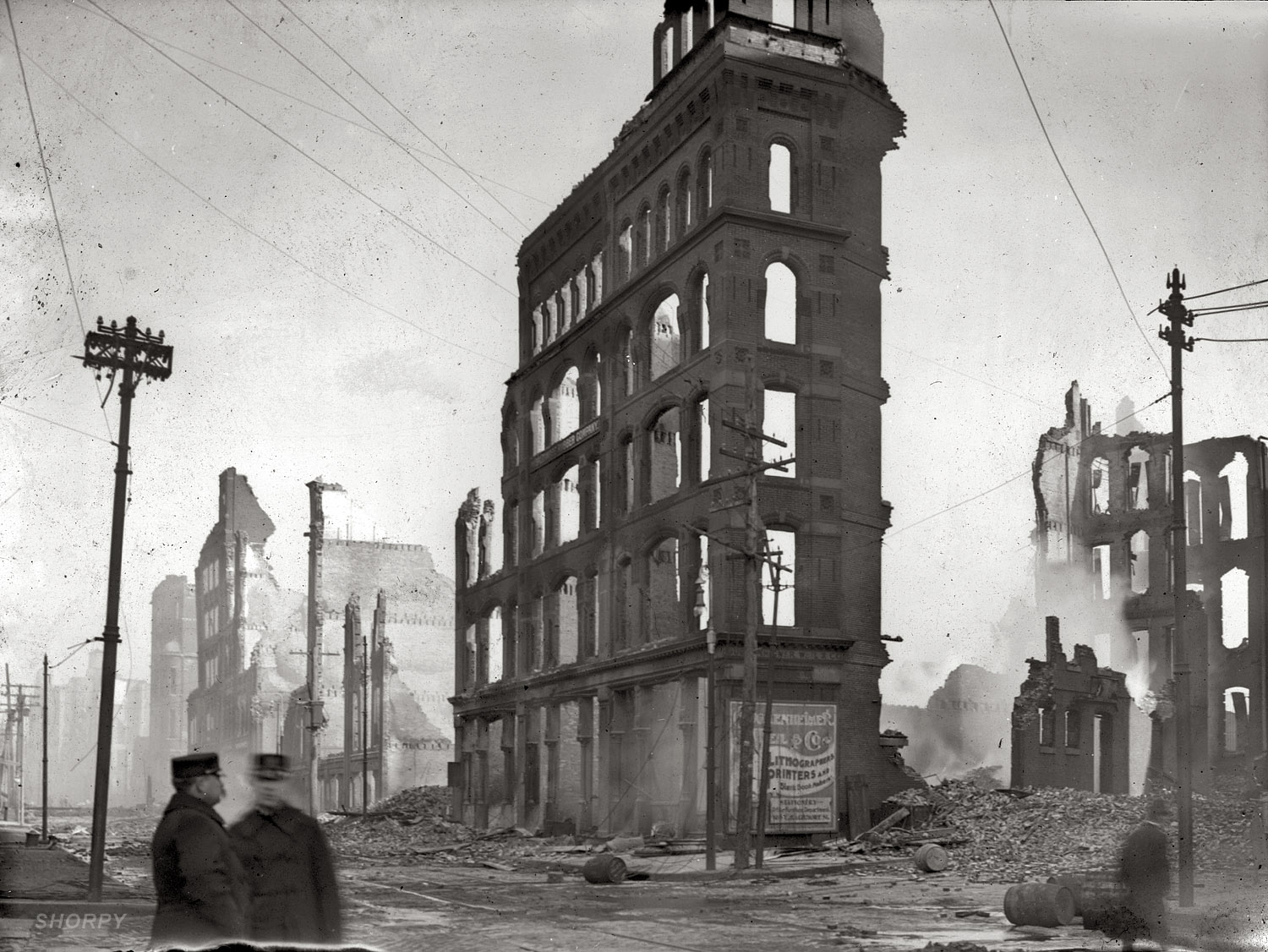
FLAMES SWEEP SOUTHWARD
The Sun (1837-1987); Feb 8, 1904;
pg. 2
Big buildings fire swept in a remarkably short time
Archibald McAllister, a fire patrolman, discovered the blaze. Smoke was coming from the basement of the John E Hurst and company building. The automatic alarm has registered and McAllister turned in the alarm from box 447, on the corner. When chief Burkart arrived flames were going out through the roof, and in 10 minutes, it is said, and the roof and the floors of the Hurst building had fallen. The reports of the collapse could be heard for miles.
For the Hurst building, the fire jumped northwesterly across liberty Street and attacked the building of Carr, Owens and Hindman, drugs, on the northwest corner of liberty and German streets. Then the national exchange bank, on the northeast corner, court and the fire was on its way to Baltimore Street. In less than an hour Hopkins place, liberty Street and the south side of Baltimore Street between liberty and Hanover Street was devastated.
Sparks inflaming Amberg fell in a shower almost impossible to walk through as far as Charles Street, and every building within these limits was on fire before 1 o’clock.
From Baltimore Street south on Hopkins place in liberty Street the flames were halted for a time by the high winds. Daniel Miller and company’s establishment, adjoining that of Hurst and company, caught in less than a half an hour. Mr. J. Albert Hughes, the manager, carried out a few books, but the important papers and holdings of the company, which were in a vault on the first floor, could not be reached by the time the smoke and heat drove out Mr. Hughes and a few employees who had forced their way inside. The Miller building was burned from bottom to top by 1 o’clock and the fire had jumped across Hopkins place and into the upper floors of R. M. Sutton and company warehouse, 33 and 35 Hopkins Pl. The Stanley Brown drug companies place, 31 Hopkins Pl., had burned slightly, but not until Suttons was almost destroyed in the fire burst out of the drug house.

TWENTY-FOUR BLOCKS BURNED IN HEART OF BALTIMORE
The Sun (1837-1987); Feb 8, 1904;
pg. 1
City’s most valuable buildings in ruins – loss Variously estimated at from $50 million-$80 million
Blaze Still Sprinting Eastward and Southward At 3:30 AM
Starting in John E. Hurst building the fires sweep South to Lombard, East of Holliday and North to Lexington, destroying wholesale business houses, banks, Continental, equitable, Calvert, B. And oh. Central, the sun, and other large buildings
Fire, which started at 1050 o’clock yesterday morning, devastated practically the entire central business district of Baltimore and at midnight the flames were still raging with his much fury as at the beginning. To all appearances, Baltimore’s business section is doomed. Many of the principal banking institutions, all the leading trust companies, all the largest wholesale houses, all the newspaper offices, many of the principal retail stores and thousands of small establishes went up in flames, and in most cases, the contents were completely destroyed.
What the loss will be in dollars no man can even estimate, but the sum will be so gigantic that it is hard for the average minded to grasp its magnitude. In addition to the pecuniary loss, will be the immense amount of business lost by the necessary interruption to business while the many firms whose places are destroyed or making arrangements for resuming business.
There is little doubt that many men, formerly prosperous, will be ruined by the events of the last 24 hours. Many of them carry little or no insurance, and it is doubtful if many of the insurance companies will be able to pay their losses dollar for dollar, and those that do will probably require time in which to arrange for the payment.
Appalled at the Silence
All day and all night throngs crowd at the streets, blocking every Avenue to the fire district and moving back out of danger only when forced to do so by the police on duty. Many of the spectators Saul they’re all the way up in flames before their eyes, and there were men with hopeless faces and the spring expressions seen on every hand. In fact, the throng seemed stunned with the magnitude of the disaster and scarcely seemed to realize the extent of it all.
They stood around usually in days silence, and only occasionally with the word of despair be heard. That they were almost disheartened was apparent to the casual observer, and there is little wonder, for the crushing stroke fell with the suddenness and lightning from the cloudless sky.
Starts in Hurst Building
At 1050 o’clock in the morning the automatic fire alarm box, number 854, in the basement of the wholesale dry goods house of John E Hurst and company, German Street and Hopkins place, sounded an alarm. Almost before the alarm had reached the various engine houses the entire building was boring mass of flames from top to bottom.
Gasoline Explodes
After burning fiercely for perhaps 10 minutes there was a loud explosion from the interior of the building as the gasoline tank he used for the engine in the building let go. Instantly the immense structure collapsed and the flying, blaming the breeze caused the flames to be communicated to the adjacent buildings on all four corners.
By this time the first of the fire apparatus had reached the scene and was quickly put to work, but the fire had already gone beyond control and swift with irreversible and irresistible force and credulous swiftness on its devastating way. It was known that the configuration would prove vastly destructive, but not one of those who witnessed it at this time of imagined for an instant the terrible results of this would ensue.
Chief Horton Disabled
Chief engineer Horton, of the fire department, was quickly won the ground, but scarcely had he begun to direct the force of firemen when a live trolley wire fell on him at the corner of liberty and Baltimore streets, knocking him senseless, and he had to be carried to his home and placed in bed. By this accident, the city was deprived of the services of its most experienced and trusted firefighter, and although district chief Emerich, who succeeded chief Horton in command on the ground, did apparently all that was possible, those present could not but regret that chief Horton was not there.
Mayor McLane came down and was on the ground until a late hour in the night. He walked around the burning district and conferred with various officials as to the steps necessary to be taken and various stages of the fire.
It is thought the loss will be over $50 million.
Aid from Washington
For general alarms, force is the least sent in and within half an hour after the first alarm, every piece of fire apparatus in Baltimore was on the ground and at work. Realizing the gravity of the peril a telegram was sent to Washington for aid and two engines from that city were placed on a special train and hurried to the city over the Baltimore and Ohio Railroad in record-breaking time. It was said that the trip was made in 37 minutes.
It was an all aspiring site to witness the progress of the flames. A building eight or 10 stories in height would suddenly break in the flames from top to bottom almost in an instant and wood burning fiercely until with a crash that would be heard for blocks the walls would collapse and the spot is marked only by a heap blazing ruin. The crash of falling walls is almost incessant and now and then could be heard the muffled form of an explosion as some gasoline tank or chemical substance became ignited by the heat and let go with a terrific force.
Many Firemen Injured
Every minute almost the lives of the firemen were in imminent danger from falling walls or leaping flames, and more than 50 of them were carried from the ground more or less severely burned, and dismayed by the danger or hopelessness of the task, however, they continued the unequal struggle, and took the hose into narrow alleys, where the flames ward menacingly overhead on both sides of them, and directed streams of water where it was thought of some effect could be produced.
Long matters were placed against the walls of fiercely burning buildings and brave firemen climbed up and broken windows and turned streams of water into the doom buildings until the walls weighed and rocked and the crowd of onlookers shouted to them to come down, and many turned away their eyes and momentary appreciation of a fatal calamity.
Apparently, every person in Baltimore was in the vicinity of the fire, and the various streets leading to the fire district will Paxil during the entire day. The entire police force, in charge of marshal Farnan and deputy Marshal Manning, was on the ground and with ropes succeeded in keeping the crowds back from the dangerous points. As the fire spread further and further the ropes were shifted and the crowds moved back one block at a time.
Great Building Gone
Dissection devastated contains the largest and most modern buildings in the city and this renders the calamity the more appalling. Immense office buildings, 10 and 20 stories high, large modern wholesale houses made of brick and steel, all disappeared as it builds of the flimsiest material.
The exact origin of the fire is not known, but the explosion which started spread of the flames to other buildings is said to have been caused by gasoline engine in the Hurst building Mr. S. F. Ball on Fayette Street who was standing on the corner of Sharp in Baltimore Street when the fire first broke out, said that in less than 10 minutes the entire Hurst building was a boring mass of flames from top to bottom. When the explosion occurred Mr. Ball was cut on both hands and a whole was cut through his hat by flying fragments of glass.
To Lombard St.
From German Street fire spread rapidly to Lombard Street, leaping from building to building, and sometimes skipping two or three buildings at a time and in this way a block would become ignited in a remarkably short space of time. At Lombard Street the fire paused for some time and the large building of Guggenheimer, will, and company stood for a time apparently undamaged. It was eventually doomed, however, and all arrangements were made for Dynamiting it in order to save the Lloyd L. Jackson building, just across Lombard Street. The Guggenheimer, well and company building suddenly burst into flame and in a very short time the floors began falling in with a crash, the heaviness of graphing machinery, when many times, causing a detonation that made many think the place was really being dynamited. The walls quickly followed the floors and the Jackson building was saved after a hard struggle.
A number of other buildings on the south side of Lombard Street became ignited, however, and both sides of that Street from liberty to Charles or practically ruined, the houses on the north side being completely destroyed and those on the south side, with the exception of the Jackson building, badly damaged
Across Sharp Street
Meantime the flames had swept through the block to the east and quickly began destruction of the buildings on the west side of Sharp Street. With scarcely a pause they jumped over to the east side of Sharp Street and the large roller buildings on that side of the street began to sparkle and burn. Hardly had a portion of the fire apparatus been shifted to meet the new point threatened when the fire was sweeping madly across to the west side of Hanover Street, and there the scene was repeated. Almost before the firemen realize the fact the building on the east side of Hanover Street was blazing.
To Baltimore Street
At this time the scene in this portion of the burning district was magnificent in its spectacular grandeur. Looking up Hanover Street to Baltimore nothing but a seething boring mass of flames, mingled with dense smoke, could be seen. Baltimore Street itself was a boring furnace. On every side were flying senders, the war of the flame was broken at frequent intervals by the crash of falling walls and now and again the detonation of some explosive sound it along with other sounds of destruction.
Dynamite Used
After crossing Hanover Street there was little to oppose the one rushing flames and the blaze continued its destructive course without a check to Charles Street. Prior to this time there have been many talks of dynamiting the material was on the ground and Mr. Roy C. Lafferty, the government expert, who would come from worse and especially to take charge of the work of dynamiting the buildings, was on the ground with his apparatus and readiness. By the time it was thoroughly realized that the flames were completely beyond control and only desperate measures could be expected to relieve the situation. In this straight city engineer Sindall and Mr. Lafferty lady charge in the building adjoining Armstrong, Cator, and companies on the West and set it off. The building fell with a crash but the blazing ruins ignited the Armstrong building and the situation was if anything made worse.
Armstrong, Cator and company’s building burned rapidly. A largely charged dynamite was let off in it, but the structure failed to collapse and the idea of destroying it with dynamite was abandoned.
The flames by this time were raging fiercely all along German Street to Charles Street and it was then that Mr. Lafferty set off six charges of dynamite, each charge containing 100 pounds, in the building at the south-west corner of Charles and German streets the tremendous force of the explosion tore out massive granite columns that supported the building and left it with apparently almost no support, but those walls failed to collapse and stood until the flames had crossed Charles Street and were eating into the block between Charles and light streets.
The Carrollton Goes
The fire had meantime been communicating to a row of buildings on South Charles Street, between German and Lombard streets, and all those places, occupied principally by wholesale produce and grain dealers, were in flames.
Shortly before midnight, the Carrollton hotel was in flames and the wire was sweeping toward Calvert Street with irresistible fury.
The firemen working on the south side has succeeded in checking the flames at Lombard Street, and as the wind was blowing from the Northwest there was no danger of it spreading further in that direction. The Western limit had also been reached and Howard Street and the danger was now on the east and north.
The progress of the flames toward the north had in the meantime been so rapid as to be simply appalling. From structure to structure the blue, looking up the massive buildings as if they were composed of paper. In the block between German and Baltimore Street, they flew along, and almost before it could be realized the building along Baltimore Street were blazing from the roof to the basement.
Mullins in Ruins
For a time it was hoped the fire could be kept from crossing to the north side of Baltimore Street and the firemen made a desperate effort to prevent it. The effort was useless, however, and soon the tall, narrow buildings of Mullin’s hotel began to dart out tongues of flames from several stories and in a few minutes, the entire building was an immense flaming torch. At almost the same instance the remainder of the building between sharp and liberty streets were blazed and the fire began its march to the North. The small two and three-story buildings on little sharp Street burned comparatively slowly in this narrow space and to Washington companies fought a plucky battle with the devouring element.
They were Hammond in on both sides by fire and directed the streams at the buildings from which smoke and flames were pouring, at a distance of only two or 3 yards.
Across Charles Street
it was utterly, heartbreakingly useless. The flames darted rapidly from place to place, and soon the entire south side of Fayette Street was in a grasp of the flames. Down Fayette Street, to Charles Street, they swept, and in a space of time that seemed incredibly short, the building occupied by J. W. Pots and company was evidently doomed.
Seeing that nothing could save it Mr. Fendall, acting under instruction from chief Emerich, decided to destroy the building with dynamite, in the hope of preventing the fire from crossing Charles Street. The explosion was successful in accomplishing the object, and the entire corner collapsed instantly, but this had apparently, no effect upon the progress of the fire, for almost before the sound of the falling walls had died away the building on the east side of Charles Street began to blaze, and it was evident that the block between trolls and St. Paul Street was doomed.
Calvert and Equitable Company
And desperate, but futile, effort to prevent the fire from going any further to the east, building after building was done dynamited in this block, but it was all of no avail and the fire proceeded steadily forward. The daily record building was soon in flames, and not many minutes later the fire had leaped over St. Paul Street and the lofty, massive Calvert building began to admit smoke and flame. The Equitable building, just over a narrow alley, quickly followed, and these two immense buildings gave forth a glare that lighted the city for miles around.
It was thought that the fire could be prevented from crossing to the north side of Fayette Street and here again a desperate stand was made by firemen. Again it was useless, and soon the large building Hall, Haddington, and company, on the northwest corner of Charles and Fayette Street, was blazing brightly. With scarcely a pause the fire darted across to the east side of Charles Street and began to lap up to handsome building of the union trust company, while at the same time the large buildings to the west of Hall, Haddington, and company, occupied by wise brothers and Oppenheim, Oberndorf and company, were in flames throughout.
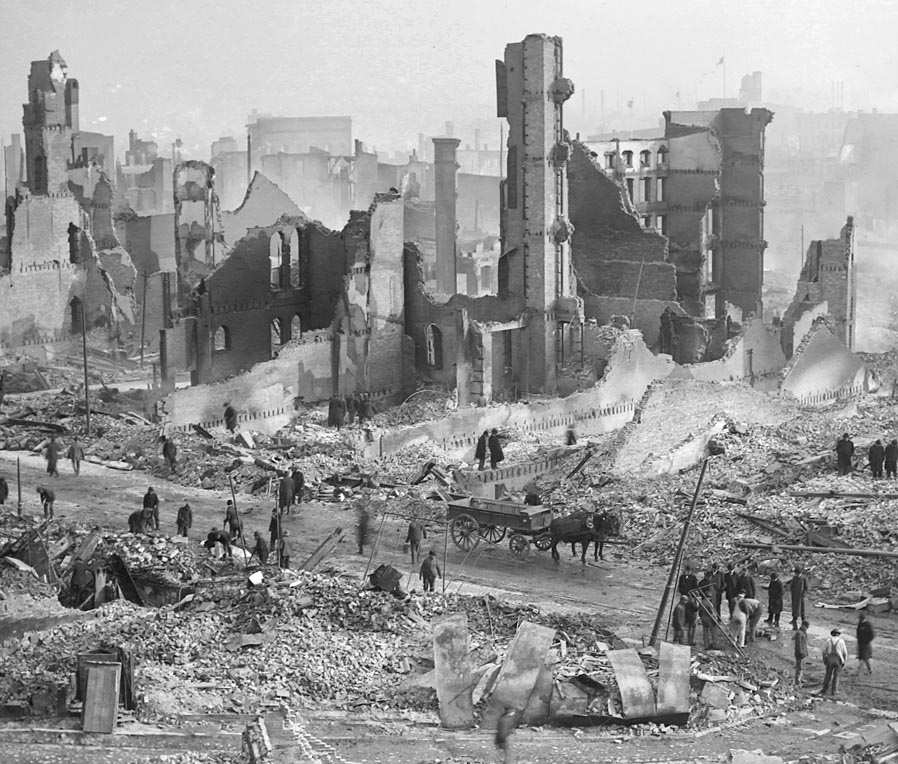
DEVASTATING FIRE IS STOPPED AT LAST
The Sun (1837-1987); Feb 9, 1904;
pg. 2 Declared under control at 5 PM after raging 30 hours
Leaps the Falls into East Baltimore
The Loss Now Estimated At From $75 Million to $150 Million
On Philpott Street – Business Heart of City a Scene of Desolation
After 30 hours defiance of all human agencies, the fire which began at 11 o’clock Sunday morning was officially declared under control at 5 o’clock tonight. In the burned district extending from liberty on the West, the Philpott Street on the East, and from Pratt Street on the south to Lexington Street on the north small islands of fire continue in a desolate waste but they have all ceased to menace adjoining property.
Up to last night, the loss was conservatively estimated by Mr. Alexander Brown and various prominent real estate and insurance men at from $75 million $250 million. These estimates are of course rough and not intended to be accurate for there is as yet no way of arriving at a definite estimate.
It is impossible for the human mind to conceive the magnitude of the disaster and it is utterly beyond the power of man to approximately depict the extent of the ruin and the far-reaching and disastrous consequences of the calamity.
Imagine a beautiful modern city of over 600,000 souls, with all the building, needs to house the population and the thousands of buildings needed to provide for its material prosperity and enterprise. Wholesale houses, built with all the massive stability that modern architectural ingenuity can suggest: elaborate financial establishments constructed with an eye to substantial richness and ornate design, lofty skyscrapers of handsome finish and magnificence of detail wearing far above the earth: elaborate retail stores, fitted in the expensive and artistic manner necessary to attract 20th-century buyers: immense containing all the latest and most expensive, machinery for supplying the critical needs of the present generation in the shortest possible time and in the least expensive manner. All of these and many more buildings, occupying block after block of busy streets and comprising the very center of commercial life, from which the entire population must draw its sustenance, either directly or indirectly.
The men of wealth were dependent solely upon this section for their annual income and the humble toiler was equally dependent upon it for his daily bread. The small merchant and Ardisson looked to the workers of this district for his patrons add prosperity and one and all the city inhabitants must derive their support from the products and profits of this section.
All this essential portion of Baltimore’s property and almost existence, is gone like the mists of morning, wiped out in a day, and in magnificent array of buildings the visible sign of our greatness and place among the cities of the land is tumbled around the ears of the citizens like house of cards knocked over as if in a wanton sport by the titanic hand of the giant fire
Ruin and Devastation
The erstwhile busy streets which echoed to the rumble of traffic are now choked and blocked from curb to curb was half burnt bricks, tangled masses of wires and long electric poles, and the citizens who tread them almost daily for years of the long life fails to recognize them. On each side, where formerly the vision was bounded by solid rows of bricks, the eye passes through the dismantled shells of towering walls or forms unobstructed to more distant scenes of ruin and devastation; where 48 hours ago the trolley cars applied unceasingly and the vehicles in traffic or pleasure wound in and out and the prosperous, happy pedestrians thronged on business or pleasure intent, the monopoly of desolation is relieved only by the sight of two or three workmen making their way slowly and toilsomely over piles of debris in an effort to cut away the tangle wires or by placing dynamite under tottering walls which threaten to topple on the heads of passersby and causing more destruction, clear the way for the Phoenix of the new Baltimore to rise from the ashes of her old self by the indomitable pluck and ingenuity of her people.
The Zone of Ruin
Starting at the corner of Lombard and Liberty streets, the fire zone extends in a rectangular five blocks in up to Calvert Street. At this point the varying winds caused the path of destruction to wind by devious and eccentric ways down to Jones’s falls, taking in the territory as far South as the North side of Pratt Street. At the falls a branch of the flames by some strange fatality of the wind, switch back and traversed the south side of Pratt Street to light Street, destroying every building along both sides of Pratt Street to the waterfront. Thence apparently taking the waterfront as a boundary, the flames swept down toward the east, consuming everything in their track and leaving only heaps of blackened and worthless ruins to Mark their path.
Help from Other Cities
Early Sunday it was realized that the fire department of this city was totally inadequate to cope with the conflagration and request for assistance were sent to Washington, Philadelphia, New York, Wilmington, Annapolis and other nearby towns the response was prompt and generous Washington sent three companies with apparatus, New York sent seven companies, Philadelphia responded with several companies, Wilmington sent one company, Annapolis sent almost her entire force, Chester Pennsylvania sent one company, all the suburban towns around Baltimore sent in their quotas and yesterday afternoon a small army of firemen finally baffled the flames.
Errors of Judgment
Many experienced firefighters expressed the opinion that, in the exigencies of the tremendous battle with the flames Sunday, when the fire first started, serious mistakes and judgment were made by those in charge it is said, that the men of the engine companies were placed in many instances where the danger to their own lives was greatest and the chance of any beneficial result almost nothing. It was remarked that almost the entire by am of water used was directed at buildings that were either burning fiercely or hopelessly doomed. By this method it is said, the firemen were placed in imminent danger of being crushed by falling walls or suffocated by the densely growing smoke. Time and again a lofty wall would totter and tremble for an instant and with an ominous rumble fall on the narrow street, while the members of the fire company who had been placed directly under it would barely escape destruction by a precipitate flight.
Many thought the available streams of water could have been used to much better advantage and the lives of the brave firemen better safeguarded if the streams had been directed principally to the buildings in the pathway of and not immediately contagious to the flames. By thoroughly drenching these buildings in advance of the fire, it is said, there would have been a much better chance for effective results.
Why Dynamite Failed
The same complaint was made of the use to which the hundreds of pounds of dynamite was put. The general opinion was that its use was too long delayed, and when it was decided to use it those in charge placed the charges in buildings too close to the flames and in such small quantities as to be entirely inadequate for the purpose designed.
The case of Armstrong, Cator and company building was cited in proof of this idea. It was pointed out that the dynamite was placed in an adjoining building already ignited and the ensuing explosion merely causes the flames to scatter and the burning debris set fire to the Armstrong building, causing the fire to spread with accelerated rapidity.
It was said that the use of dynamite was advised as early as 3 o’clock Sunday afternoon, and it was then pointed out that nothing else could be expected to bulk the flames, but city officials and those in charge of the fire, it is said, declined to take the responsibility of ordering the use of explosive and precious time was then lost.
When the dynamite was finally used, it is said, the charges should have been placed in buildings at some distance from the fire as entire block should have been demolished, thus providing a wide space over which the flames would have been compelled to leap in order to proceed onward much is allowed for the pressure under which the officials were working and stupendous nature of the unaccustomed responsibility which was thrust upon them but many persons cannot help sighing as they recall the fate of the brave firemen and think that he might have been spared had a different and bolder policy been used in fighting the fire.
Peril from Gasoline
Many expressions oh wonder were also heard at the immensity of the lesson that Baltimore had been taught in regard to the danger of the indiscriminate use and storage of gasoline in the city. For several years the sun has persistently and repeatedly pointed out the dangers of this treacherous and powerful explosive and has published case after case of loss of life or serious injury caused by this means, but the authorities have procrastinated and temper rise until this awful calamity to everyone the wisdom of the warnings of the Sun.
As surely as the kicking over a small lamp by the Cal of Miss Leary started the conflagration which practically destroyed Chicago 30 years ago, so surely did the gasoline storage tanks in the John E Hurst and company building the place in motion the muddy engine of destruction which has devastated Baltimore. But for the fact that this subtle, but tremendous, force was caged within the building, the fire would have undoubtedly resolved itself into an ordinary one, such as the local fire department has frequently handled effectively.
Once the mighty force within the insignificant looking tank was let loose, however, the proposition became different altogether. Instead of one building, there were four or five burning fiercely and communicating the flames to still others, and the firemen faced a situation when they arrived on the scene that totally exceeded their limitations of power.
Chief engineer Horton, of the fire department, was quoted in the sun not long since as saying that a dish of gasoline placed in a closed room could be allowed to evaporate and if a lighted match were applied to the keyhole the explosion which would follow would wreck the largest most substantial building in Baltimore, and the recent experience proves that Chief Horton did not underestimate the power of the stuff.
“Fireproof” a Delusion
Another fact that is claimed as emphasized by the fire is the other failure of so-called fireproof buildings to resist the power of intense heat. The Continental trust building, which on completion was heralded throughout the country as an absolutely fireproof building, was an easy prey to the flames Sunday night and now only the charred and dismantled all of the 16 story structure marks the position of the much vaunted fireproof structure. The Equitable building is cited as another “perfectly fireproof” building and when the menacing flames drew nearer and nearer to the building Sunday night the manager of the Western Union telegraph company is said to have laughed at those who advised him to get out of the building.
“This building is fireproof,” he is said to have responded. “There is no danger of it catching fire.”
Yet a few minutes later the manager and his corps of assistance were compelled to flee for their lives from the blazing structure. Instances of much heralded fireproof buildings which went up in flames and smoke on that direful Sunday could be multiplied almost without limit and the conclusion is clearly drawn that only by using proper precautions and protecting their buildings from the influence of fire and owners and occupants hope to escape disaster.
Under Military Control
Baltimore was practically placed under military control yesterday. Brig. Gen. Lawson Riggs and his staff established headquarters at the courthouse. The fourth and fifth regiments and troop a were placed on guarded every Avenue of approach to the burned district and on orders were issued to allow no one to pass without a military pass signed by Gen. Riggs.
In addition to the military, almost the entire police force of Baltimore reinforced the numbers of officers sent over from Washington, Wilmington, Philadelphia and other cities, assisted the military and guarding the lines, and a detachment of regulars from Fort McHenry Board over the post office, customs house, and other government property.
All these precautions were taken to prevent the looting which is almost universal when some dire calamity causes the human birds of prey to flock to the scene for purposes of the village and, perhaps murder. Ebling undoubtedly to the prompt and effective measures taken Baltimore has been signally free from this gruesome addition to her other calamities, and so far as can be ascertained not a case of the looting or violence has been discovered.
Crowds View Ruins
All day yesterday thousands of people congregated on the outskirts of the fire district to view with all the scene of desolation. The burning of Pratt Street powerhouse had tied up nearly all the cars of the United railway and electric company and only the York Rd., Maryland Avenue and one or two other lines were operated at all, and these could not reach the center of the city. For this reason, a vast majority of the curious crowds which visited the scene of the fire were compelled to make their way on foot, and the sidewalks of the streets leading to the fire were thronged with pedestrians during the day and early evening.
Wagons in Place of Cars
The tying up of the trolley line was in “ill wind” which apparently “good” to the proprietors of vehicles of every description and they practically made their own terms. At whatever price charged every vehicle that will carry passengers was kept busy taking people to and from their homes and caring passengers back and forth between the various depots.
In this connection, it is recalled that a novel site was witnessed Sunday night and one which, but for its extreme paths, might in many instances have been ludicrous.
Suspension of Business
All business was suspended yesterday, as there was little left in Baltimore’s wholesale district to do business on. Most of the merchants will call their salesmen off the road, having no stock to deliver to buyers. Others are arranging with out of state Jobbers in a similar line to take care of their trade pending arrangements for the resumption of business. What is true of the jobbing trade was true in all markets. Commission trade was at a standstill. Many of these houses were destroyed, and those who escape the flames were prevented from doing business by the impassable condition of the streets and by the rigid military guard which was maintained throughout the whole center of the city. Accommodations could not be obtained at the banks, and without credit, business is necessarily paralyzed. There was little heart for trade, however, and it will be many weeks before matters in this line will go along in their accustomed groove.

Great Baltimore Fire
The Aftermath of the Fire
The Great Baltimore Fire raged in Baltimore, Maryland, United States, on Sunday, February 7, and Monday, February 8, 1904. 1,231 firefighters were required to bring the blaze under control, both professional paid Truck and Engine companies from the city's B.C.F.D. and volunteers from the surrounding counties and outlying towns of Maryland, as well as out-of-state units that arrived on the major railroads. It destroyed a major part of central Baltimore, including over 1,500 buildings covering an area of some 140 acres (57 ha). From North Howard Street in the west and southwest, the flames spread north through the retail shopping area as far as Fayette Street and began moving eastward, pushed along by the prevailing winds. Narrowly missing the new 1900 Circuit Courthouse (now Clarence M. Mitchell, Jr. Courthouse), passed the historic Battle Monument Square from 1815-27 at North Calvert Street, and the quarter-century-old Baltimore City Hall (of 1875) on Holliday Street; and finally further east to the Jones Falls stream which divided the downtown business district from the old East Baltimore tightly-packed residential neighborhoods of Jonestown (also known as Old Town) and newly named "Little Italy". The wide swath of the fire burned as far south to the wharves and piers lining the north side of the old "Basin" (today's "Inner Harbor") of the Northwest Branch of the Baltimore Harbor and Patapsco River facing along Pratt Street. It is believed to be the third worst conflagration to affect an American city in history, surpassed only by the Great Chicago Fire of 1871, and the San Francisco Earthquake and Fire of 1906. Other major urban disasters that were comparable (but not fires) were the Galveston Hurricane of 1900 and most recently, Hurricane Katrina that hit New Orleans and the Gulf of Mexico coast in August 2005.
One reason for the fire's long duration was the lack of national standards in firefighting equipment. Although fire engines from nearby cities (such as Philadelphia and Washington, D.C. as well as units from New York City, Virginia, Wilmington, and Atlantic City) responded, with horse-drawn pumpers, wagons and other equipment (primitive by today's standards) carried by the railroads on flat cars and box cars, many could not help because their hose couplings could not fit Baltimore's hydrants. Very few, if any, were motorized in those early years except for steam engines.
Much of the destroyed area was rebuilt in relatively short order, and the city adopted a building code, stressing fireproof materials. Perhaps the greatest legacy of the fire was the impetus it gave to efforts to standardize firefighting equipment in the United States, especially hose couplings. Background
Almost forgotten in this day of strict fire codes is that in centuries past, fires regularly swept through cities, frequently destroying large areas of them. Close living quarters, lax, unenforced, or non-existent building codes; and a widespread dearth of firefighting services all contributed to both the frequency and the extent of city fires. The rapid growth of American cities in the nineteenth century contributed to the danger.
In addition, firefighting practices and equipment were largely unstandardized: each city had its own system. As time passed, these cities invested more in the systems they already had, increasing the cost of any conversion. In addition, early equipment was often patented by its manufacturer. By 1903, there were over 600 sizes and variations of fire hose couplings in the United States. Although efforts to establish standards had been made since the 1870s, they had come to little: no city wanted to abandon its system, few saw any reason to adopt standards, and equipment manufacturers did not want competition. Progression of the Fire
Fire was reported first at the John Hurst and Company building on West German Street at Hopkins Place (modern site at the southwest corner of the Baltimore Civic Center of 1962, later the 1st Mariner Arena) in the western part of downtown Baltimore at 10:48 a.m. on Sunday, February 7, and quickly spread. Soon, it became apparent that the fire was outstripping the ability of the city's firefighting resources to fight it, and calls for help were telegraphed to other cities. By 1:30 p.m., units from Washington, D.C. were arriving on the Baltimore and Ohio Railroad at Camden Street Station. To halt the fire, officials decided to use a firebreak, and dynamited buildings around the existing fire. This tactic, however, was unsuccessful. Not until 5:00 p.m. the next day was the fire brought under control, after burning for thirty hours.
One reason for the fire's duration was the lack of national standards in firefighting equipment. Fire crews and fire engines came from as far away as Philadelphia and Washington that day (units from New York City were on the way, but were blocked by a train accident; they arrived the next day - Monday, February 8). The crews brought their own equipment. Most could only watch helplessly when they discovered that their hoses could not fit Baltimore's gauge size of water hydrants. High winds and freezing temperatures added to the difficulty for firefighters and further contributed to the severity of the fire. As a result, the fire burned over 30 hours, destroying 1,545 buildings spanning 70 city blocks—amounting to over 140 acres (57 ha).
While Baltimore was criticized for its hydrants, this was a problem that was not unique to Baltimore. During the time of the Great Fire "American cities had more than six hundred different sizes and variations of fire hose couplings." It is known that as outside firefighters returned to their home cities they gave interviews to newspapers that condemned Baltimore and talked up their own actions during the crisis. In addition, many newspapers were guilty of taking for truth the word of travelers who, in actuality, had only seen the fire as their trains passed through the area. All of this aside, the responding agencies and their equipment did prove useful as their hoses only represented a small part of the equipment brought with them. One benefit of this tragedy was the standardization of hydrants nationwide.
In addition to firefighters, outside police officers, as well as the Maryland National Guard and the Naval Brigade, were utilized during the fire to maintain order and protect the city. Officers from Philadelphia and New York were sent to assist the City Police Department. Police and soldiers were used to keep looters away and keep the fire zone free of civilians. The Naval Brigade secured the waterfront and waterways to keep spectators away.
Thomas Albert Lurz (b. January 9, 1874), a Baltimore native, made a career as a letter carrier with the U. S. Post Office. He was honored by the U. S. Post Office for his efforts in rescuing tons of mail from the burning Central Post Office on the east side of Battle Monument Square, on North Calvert Street, between East Lexington and Fayette Streets. Thomas gathered a group of men who loaded bags of mail onto horse-drawn wagons and directed it by wagon and on foot to North and Pennsylvania Avenues. They stood guard while the mail sat on the sidewalk until it could be protected by the Maryland National Guard when it was called out. Back at the General Post Office, employees kept spraying on water on the sides and roof of the building and were able to keep the damage to a minimum and saved the 1889 Italian Renaissance pile with its nine towers and central tall clock tower (later razed and replaced by the current 1932 building, later owned by the city as Courthouse East).

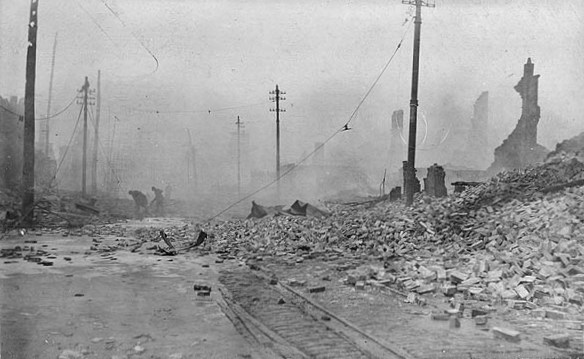
Great Baltimore Fire of 1904, looking West from East Pratt and North Gay Streets
Aftermath
Over $150,000,000 worth of damage was done. Immediately after the fire, Mayor Robert McLane was quoted in The Baltimore News as saying, "To suppose that the spirit of our people will not rise to the occasion is to suppose that our people are not genuine Americans. We shall make the fire of 1904 a landmark not of decline but of progress." He then refused assistance, stating "As head of this municipality, I cannot help but feel gratified by the sympathy and the offers of practical assistance which have been tendered to us. To them I have in general terms replied, 'Baltimore will take care of its own, thank you.'" Two years later, on September 10, 1906, The Sun reported that the city had risen from the ashes and that "One of the great disasters of modern time had been converted into a blessing."
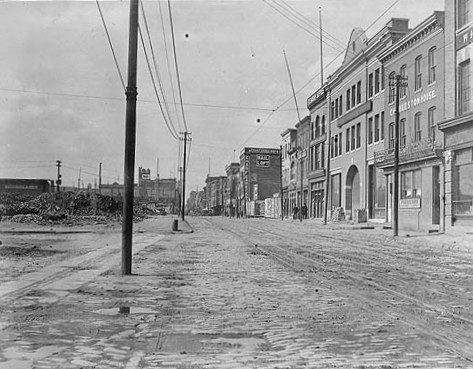
Great Baltimore Fire of 1904, looking West from East Pratt and North Gay Streets
Same view in 1906, 2 years after the fire
Most of the books written on "The Great Fire" stated that no deaths occurred as a direct relation to the fire. A bronze historical marker from 1907 commemorates "The Great Fire", located next to the main western entrance (on the left) of the old "Wholesale Fish Market" that was constructed on Market Place (between East Baltimore and Lombard Streets), as one of three new Centre Market adjoining structures to replace the old burned second "Centre Market" building (which also housed the Maryland Institute) of 1851, and is now the "Port Discovery" children's museum (since late 1980s). This major commemorative tablet of the disaster also reads "Lives Lost: None." However, a recently rediscovered newspaper story from The Sun of the time tells of the charred remains of a "colored man" being pulled, almost two weeks after the fire, from the harbor basin, near the modern area of the Inner Harbor at Constellation Dock (old Pier 2) where the historic Civil War-era sailing frigate USS Constellation is currently docked.
Five lost lives were later attributed indirectly to the fire. Two members of the 4th Regiment of the Maryland National Guard, Private John Undutch of Company 'F', and Second Lieutenant John V. Richardson of Company 'E', both fell ill and died as a result of pneumonia. Fireman Mark Kelly and Fire Lieutenant John A. McKnew also died of pneumonia and tuberculosis due to exposure during the Great Fire. The fifth person who died as a result of the fire was Martin Mullin, the proprietor of Mullin's Hotel. Located on the northwest corner of West Baltimore and North Liberty Streets (above Hopkins Place), the hotel was a block away to the north from the John E. Hurst Building where the fire started.
In the aftermath, 35,000 people were left unemployed. After the fire, the city's downtown "Burnt District" was rebuilt using more fireproof materials, such as granite pavers.
Legacy
As a result of the fire, a city building code was finally adopted. Public pressure, coupled with demands of companies ensuring the newly re-built buildings, spurred the effort. The process took seventeen nights of hearings and multiple City Council reviews. A national standard for a fire hydrant and hose connections was adopted by the National Fire Protection Association. However, inertia remained, and conversion was slow; it still remains incomplete. One hundred years after the Baltimore Fire, only 18 of the 48 most populous American cities were reported to have installed national standard fire hydrants. Hose incompatibility contributed to the Oakland Firestorm of 1991: although the standard hose coupling has a diameter of 2.5 inches (64 mm), Oakland's hydrants had 3-inch (76 mm) couplings. H. L. Mencken, future famed columnist/commentator/author, and linguist, at the beginning of his blossoming journalism and literary career, survived the fire, but the offices of his newspaper, the Baltimore Herald, at the northwest corner of St. Paul and East Fayette Streets, were destroyed on the northern edge of the "Burnt District", but the City's massive new Circuit Courthouse just to the east, across St. Paul Street, completed just four years earlier, survived untouched. The Herald printed an edition the first night of the fire on the press of The Washington Post, in exchange for providing photographs to The Post, but could not continue this arrangement as The Post had a long-standing agreement with the Baltimore Evening News. For the next five weeks, The Herald was printed nightly on the press of the Philadelphia Evening Telegraph and transported 100 miles (160 km) to Baltimore on a special train, provided free of charge by the B&O Railroad. In addition, the other major newspapers of the city were also devastated, including The Sun with its famous "Iron Building", considered the forerunner of modern steel skyscrapers, built 1851 at East Baltimore Street. Across the intersecting South Street-Guilford Avenue was the publishing headquarters of The Sun's main competitor, The Baltimore News, founded 1871 and built in 1873 with its mansard roof and corner clock tower. This intersection, the information center of town for most of the later 19th century, was the site of many "newspaper wars" with the bulletin boards, mounted chalkboards on the front of the buildings, posters and hawking "newsies" (newspaper delivery boys—made famous in the 1990s by the Broadway musical and later Disney movie Newsies). The Baltimore American, the town's oldest news publication, dating back to 1796 and traditionally further to 1773, owned and published by local civic titan, General Felix Agnus, was also burnt out of its offices and so out-of-town arrangements had to be made to have papers printed and shipped back to the city by train. Mencken relates the fire and its aftermath in the penultimate chapter of Newspaper Days: 1899-1906, the second volume of his autobiographical trilogy, published 1941. He writes, "When I came out of it, at last, I was settled and indeed almost a middle-aged man, spavined by responsibility and aching in every sinew, but I went into it a boy, and it was the hot gas of youth that kept me going." The "Box 414 Association", which has assisted the Baltimore City Fire Department for many years, acts like a local American Red Cross, or the United Service Organization (USO) for the military, sending refreshments and break-time trucks to the sites of major alarms and fires to provide exhausted firefighters some comfort and snacks. "Box 414" was the first alarm box pulled on the morning of Sunday, February 7, 1904. Ceremonies of the BCFD are held annually at the bronze statue of a firefighter at the old headquarters of the Department, facing City Hall, the War Memorial Building and the broad ceremonial plaza in between at East Lexington and North Gay Streets. Observances are also held at the closest street corner to the Great Fire's beginnings at South Howard and West Lombard Streets alongside the old Civic Center/Arena. On the Centennial observances in February 2004, an exhibition was mounted at the Maryland Historical Society with an accompanying internet website and a number of other events, lectures, and tours through the auspices of the Fire Museum of Maryland on York Road in Lutherville-Timonium-Cockeysville in Baltimore County. Several commemorative stories and special sections were published during the month in Baltimore's only remaining daily newspaper, The Baltimore Sun, and coverage was televised on the four local television stations' local news programs, along with several documentaries and interviews/discussion programs on the city's public radio network (NPR) station, WYPR-FM. An additional commemorative "coffee-table" style illustrated book The Great Baltimore Fire by Peter B. Petersen, was published through the Maryland Historical Society to supplement the earlier, well-known historical tome and authority Baltimore Afire! by Harold Williams of The Baltimore Sun, with additional photos, information and stories, and some more recent historical scholarship and research. The fire is also memorialized in the folk song "Baltimore Fire" by (Charlie Poole and the North Carolina Ramblers, recorded on Columbia Records (15509-D, May 6, 1929).
Fire!, fire!, I heard the cry
From every breeze that passes by
All the world was one sad cry of pity
Strong men in anguish prayed
Calling out to the heavens for aid
While the fire in ruins was laid
Fair Baltimore, the beautiful city

1904 Sketch
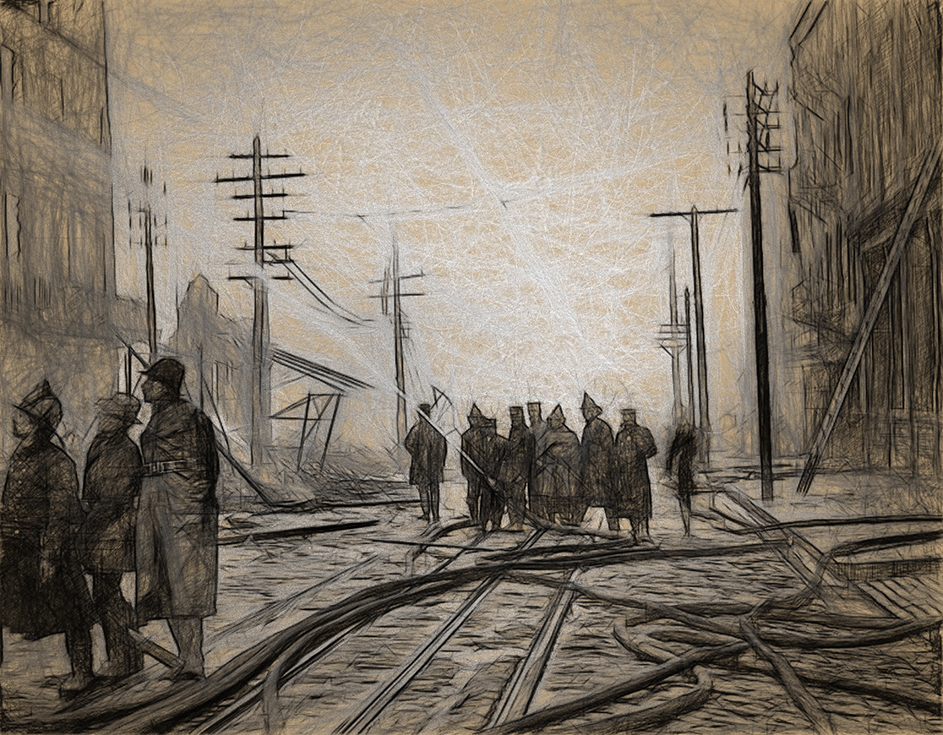
1904 Baltimore Sketch
 Flames Sweep Southward
Flames Sweep Southward
8 February 1904
Big Buildings Fire Slept in a Remarkably Short Time
Archibald McAllister, a fire patrolman, discovered the blaze. Smoke was coming from the basement of the John E. Hurst and Company building. The automatic alarm had registered, and McAllister turned in an alarm from box 447 at 10:51 AM, on the corner. When chief Burkhardt arrived, flames were going out through the roof, and in 10 minutes, it is said, the roof and floors of the Hurst building had fallen. The reports of the collapse could be heard for miles.
From the Hurst building, the fire jumped northwesterly across liberty Street and attacked the building of car, Owings and Heinemann, drugs, on the northwest corner of liberty and German streets [Redwood Street]. Then the national exchange bank, on the northwest corner, caught in the fire was on its way to Baltimore Street. In less than an hour Hopkins place, liberty Street and the South side of Baltimore Street between liberty and Hanover streets was devastated. Sparks and flaming embers fell in a shower almost impossible to walk through as far as Charles Street, and every building within these limits was on fire before 1:00 PM.
From Baltimore Street south to Hopkins Place and Liberty Street the flames were halted for a time by the high winds. Daniel Miller and Company’s establishment, adjoining that of Hurst’s and Company, caught in less than half an hour. Mr. J. Albert Hughes, the manager, carried out a few books, but the important papers and holdings of the company, which enabled on the first floor, could not be reached by the time to smoke and heat drove Mr. Hughes and a few employees who had forced their way inside back out of the building. The Miller’s building was burned from bottom to top by 1:00 PM and the fire had jumped across Hopkins Place and into the upper floors of R. M. Sutton & Company’s warehouse, 33 and 35 Hopkins Pl. The Stanley Brown Drug Companies place, 31 Hopkins Pl., had burned slightly but not until Sutton’s was almost destroyed the did the fire burst out of the drug house.
 Alarms Kept Bringing
Alarms Kept Bringing
8 February 1904
Not less than 21 regular and special calls turned in
There were 21 alarms and six specials sent in.
They were:
Box 266, – McElderry and Eden Streets 10:44 AM
Box 834, – Hurst and Company 4 minutes later at 10:48 AM
Box 447, – Baltimore and Liberty Streets 3 minutes later at 10:51 AM
Box 414, – [General] German and Howard Streets 4 minutes later at 10:55 AM
Box 513, – Lombard and Sharp Streets 10 minutes later at 11:05 AM
Box 41, – Fayette and St. Paul Streets 8 minutes later at 11:13 AM
Box 213, – Low and Front Streets 28 minutes later at 11:41 AM
Box 264, – Monument Caroline Streets 6 minutes later at 11:47 AM
Box 219, – Holiday Inn Fayette Streets 1 minute later at 4:48 AM
Box 266, – McElderry and Eden Streets 21 minutes later at 12:09 PM
Box 241, – Front and Hillen Streets 7 minutes later at 12:16 PM
Box 226, – Orleans and Forrest Streets 25 minutes later at 12:41 PM
Box 32, – St. Paul and Saratoga Streets 31 minutes later at 1:16 PM
Box 422, – Fayette and Howard Streets 38 minutes later at 1:54 PM
Box 31, – Calverton and Pleasant Streets. 26 minutes later at 2:20 PM
Box 248, – Bath and Holliday Streets 23 minutes later at 2:43 PM
Box 31, – Calvert and Pleasant Streets 1hr 38 minutes later at 4:06 PM
Box 318, – Charles and Barnet Streets 2 hrs 26 minutes later at 6:32 PM
Box 224, – Preston Druid Hill Avenue 1 hr 18 minutes later at 7:50 PM
Box 21, – Gay and Saratoga Streets 16 minutes later at 8:06 PM
Box 214, – Exeter and Fayette Streets 54 minutes later at 9:00 PM

Box 414: A Misunderstood Symbol of Baltimore's Great Fire
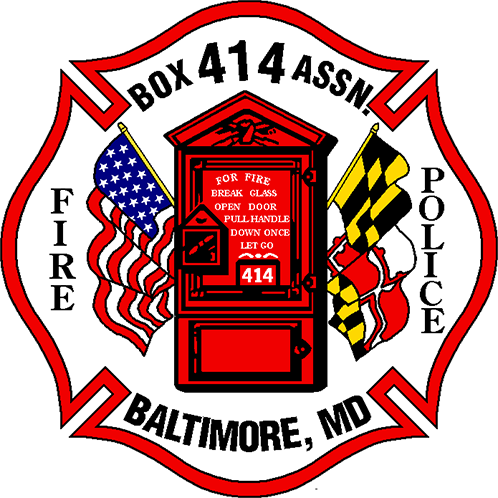
Click HERE to visit Box 414's website
The Reality: A Sequence of Alarms
Contrary to popular belief, Box 414 was not the first alarm sounded during the 1904 fire. In fact, it was the fourth. Historical newspaper reports from the time provide a detailed account of the sequence of events:
- Box 266: Pulled at 10:44 am, this was the initial alarm.
- Box 834: Came in 4 minutes later at 10:48 am.
- Box 447: Pulled 3 minutes later at 10:51 am.
- Box 414: Pulled 4 minutes later at 10:55 am.
The Role of Hurst and Company
The fire department's response to the initial alarms led to the discovery of the fire's location. Hurst and Company, responding to the alarm from Box 834, were the first to identify the source of the smoke and locate the fire. Their efforts were crucial in containing the flames and preventing further damage. It was Hurst and Company who pulled Box 414 that day and transmitted the signal 2-2-2-2 (the signal used to request all available firefighting equipment in the city), initiating the Great Baltimore Fire of 7 February, 1904.
A Symbol of Resilience
While Box 414 may not have been the first alarm pulled, it has become a symbol of the resilience of the Baltimore community. The fire, despite its devastation, ultimately brought people together and forced the city to rebuild. The Box 414 Association, a local organization dedicated to preserving the memory of the fire, continues to honor the victims and survivors, ensuring that their stories are remembered.
A Community Service
Beyond its historical significance, the Box 414 Association continues to serve the Baltimore community. One of its notable activities is providing refreshments to those attending fire scenes and the funerals of Baltimore police and firefighters.
By offering drinks and donuts, the Box 414 Association helps to support the families and colleagues of those affected by local tragic events. This gesture of kindness and compassion demonstrates the enduring spirit of the organization and its commitment to the city and its first responders.
Summation
In the annals of emergency response, certain events stand out for their intensity and the bravery they inspire. One such event is the story behind Box 414, a day marked by fire, explosions, and the unwavering courage of first responders.
Initially, it was believed that Box 414 was the first alarm pulled on that fateful day. However, further investigation revealed that it was actually the fourth, following boxes 266, 834, and 447. Interestingly, Box 834 was an auto alarm, which means Box 414 could be considered the third manual alarm pulled.
As first responders arrived at the scene, they were immediately confronted with a raging fire and a subsequent explosion. The situation was dire, prompting them to back off momentarily. Recognizing the severity of the incident, they signaled a 2-2-2-2, a code that calls for an all-hands-on-deck response. This signal, akin to a fire department’s version of “signal 13,” was crucial in mobilizing additional resources and personnel to tackle the emergency.
The pulling of Box 414 and the subsequent 2-2-2-2 signal underscore the unpredictable nature of emergency situations and the critical importance of swift, coordinated action. It serves as a testament to the dedication and bravery of those who risk their lives to protect others.
 Additional information
Additional information
The Heroic Response to the Great Baltimore Fire of 1904
The Great Baltimore Fire of 1904 is a significant event in the history of firefighting, marked by the bravery and quick actions of the first responders. The fire began on 7 February, 1904, at the John Hurst & Company building, and one of the initial alarms was triggered by an automatic signal from Box 834.
The Initial Response
Engine Co. 15 was the first to arrive at the scene, led by a chief who quickly assessed the situation. The fire was already intense, and as the firefighters entered the building, an explosion occurred. Despite the danger, the chief and his men managed to escape unharmed.
The Critical Signal
Recognizing the severity of the fire, the chief proceeded to Box 414 and signaled a 2-2-2-2 code. This signal, essentially an all-hands-on-deck alert, mobilized every fire company in the city. The 2-2-2-2 code is akin to a fire department’s version of “signal 13,” indicating a situation that requires immediate and extensive resources.
Equipment and Personnel
The response to the fire included a variety of equipment and personnel. The initial units brought:
Horse-drawn steam engines
Hose wagons
Ladder trucks
Salvage corps
Captain Jordan of the Salvage Corps was among the first on the scene1. Appeals for additional help were sent to nearby cities, including New York, Washington, Philadelphia, and Wilmington.
Impact of the Response
The swift and coordinated response, initiated by the 2-2-2-2 signal from Box 414, played a crucial role in limiting the damage and loss of life. Although the fire caused extensive property damage, destroying over 1,500 buildings and covering an area of 140 acres, the loss of life was limited to one person.
Legacy
The Great Baltimore Fire of 1904 highlighted the importance of standardized firefighting equipment and procedures. The bravery and quick thinking of the first responders, particularly the actions taken at Box 414, remain a testament to their dedication and heroism.
 How the Fire Spread
How the Fire Spread
23 February 1904
Chief Horton Describes Beginning of The Disaster
The Fire Board yesterday held its first meeting since the Fire Commissioner Parish was present, he had just recovered from an attack of influenza. The session was spent in discussing the recent fire, [4 Feb 1904] receiving reports from Chief Horton and others and adopting resolutions concerning the disaster.
"At 10:48 am on Sunday, 7 February 1904, Automatic alarm Box 834 at J. E. Hurst and Company"
In describing the beginning of the fire and the matter in which it spread Chief Horton said:
“At 10:48 am on Sunday, 7 February 1904, Automatic alarm Box 834 at J. E. Hurst and Company, the corner of Liberty and German Streets, (German Street now Redwood St) was received, and number two truck, number 15 engine company, salvage corpse and fifth district engineer L. H. Burkhardt responded. The members of number two truck and number 15 engine companies entered the building by the doorway, with a chemical and a 2 ½ inch line of hose. They went into the basement and found fire among packing boxes. The fire was near the elevator shaft, to which the flames were drawling. Upon entering the basement, the atmosphere appeared to be free from gases, and there was very little smoke. A few moments after reaching the basement a dance, black smoke descended upon the men. This was followed immediately by an explosion, which lifted the roof and pours out all the glass in the building. Flames immediately enveloped the building and pierced the building on the opposite side of the star, German and Liberty streets.
"Capt. Malcolm Jordan sent in a FIRST alarm from Box 447 at 10:51 AM, just 3 minutes after we had received the automatic alarm"
Four minutes later
"Seeing the fire in the basement immediately went to box 414 at 10:55, located at German and Howard Streets"
“Upon the arrival of the Salvage Corpse, Capt. Malcolm Jordan sent in a first alarm from Box 447 at 10:51 AM, just three minutes after we had received the automatic alarm. District engineer Burkart, who had entered the building with the members of the number 2 Truck Company, seeing the fire in the basement, immediately went to box 414 at 10:55, located at German and Howard Streets, and sounded before; also called numbers 17 and 18 engine companies. Upon careful investigation as to the time of sounding the alarm; I find in seven minutes after the receipt of the first round of the automatic alarm the explosion occurred. One arrived on German Street, west of Liberty Street, and 15 minutes later the automatic, and I found the buildings on the northeast and northwest corners of liberty and German streets, Northwest and Northeast and Southeast corners of sharp and German streets on fire. Number 15 engine was at the plug on the northwest corner of sharp and German streets, and the number two truck was standing on the north side of German Street, between sharp and Liberty streets. Both pieces of apparatus were burning and could not be reached because of the heat.
Issues Call for Help
“After directing several lines of hose, I passed in the rear of Hopkins Bank building to German Street and to the rear of Brown Brothers drug house, making a careful survey, and concluded to send to Washington for assistance. I returned to Baltimore Street by way of Hanover Street [being unable to go west on German Street], and I met Lieut. Charles M. Cole, of the central district police, and requested him to telephone Washington authorities for help, which was done.
“I then ordered secretary P. W. Wilkinson to have the fire alarm office call all companies to the fire and ordered the reserve engine at number 23 engine companies quarters to be placed at Charles and Baltimore streets. The fire then appeared in the building occupied by the Roxbury ride company, 115 West Baltimore St. I ordered number four engine to be moved to the northeast corner of Baltimore and Liberty streets. The engine had not proceeded 50 feet when the building collapsed and covered the plug to which the engine had been attached. I then ordered a line of the hose into the second story northeast corner of Baltimore and sharp streets. The conditions were thoughts and five minutes that I ordered it out at once.
Received Three Electric Shocks
“Then I ordered chief Emirates with a line of the hose into the southwest corner of Baltimore and sharp streets, which order I had to countermand in a few minutes because of the conditions.
“The building on the northeast corner of Baltimore and liberty streets then took fire in the mansard. I then tried to form a water curtain with several deludes streams to protect the building. I ordered number one and number 23 engines to be moved and a line of hose from number 23 taken to the roof of Mullins Hotel, on Liberty Street. I then ordered number four engine to be removed at once, as the fire had taken firm hold of the northeast corner of liberty and Baltimore streets, where number four was stationed.
“Up to this time I had received three shocks from electric currents, and I had become incapacitated for duty and was removed to my night quarters at number 23 engine house, where I remained until Monday, the eighth, at 2 PM, at which time I resumed charge of the department.”
The resolutions were submitted by Commissioner Cathcart, and they expressed the board’s appreciation of the magnificent work of the firemen and commended especially chief Horton for valor “which well high cost him his life,” the district chiefs, superintendent of machinery, surgeon Edwin Geer and officers and members of the Uniformed Police Force, “who for 30 hours, with dauntless spirit, contended with the raging flames, counting not their lives dear to themselves if only Baltimore be saved.”
The resolutions also thanked superintendent J. B. Yay coal and the employees of the fire alarm telegraph and telephone service for their excellent work, and expressed the board’s “deep sense of obligation and gratitude to the gallant firemen of New York, Philadelphia, Washington, Wilmington, Atlantic City, Chester, York, Altoona, Harrisburg, Annapolis, Roland Park, Baltimore County, relay house, Westminster and sparrows point, who paralleled their lives for us, and in the storm of fire one our love and admiration of the world.”
The board decided to take immediate steps to rehabilitate the department. Pres. Gail and chief Horton were authorized to confer with the mayor today relative to telegraphic orders to duplicate the engine and truck destroyed. It was also agreed to compile a statement of the claims and losses of outside departments and body them in an emergency ordinance to be introduced to the City Council.
Superintendent yay coal, of the police and fire alarm office, submitted his report, showing that 56 alarms were turned in during the fire without a mistake.
Communications were received from the Chamber of Commerce, William Fuller and see. And O’Neil and company, commanding the department for its efficiency.


8 Feb 1904
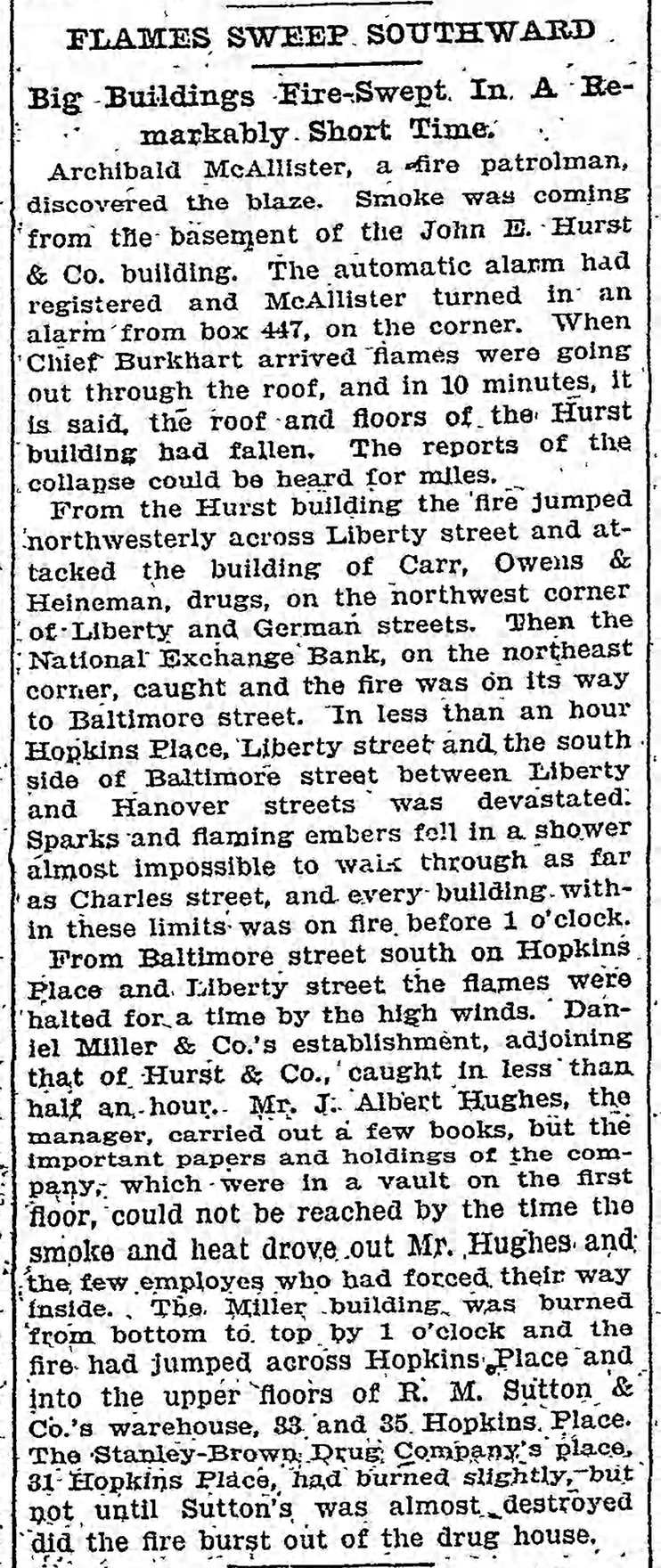
8 Feb 1904

23 February 1904

This is the UNOFFICIAL History Site of the Baltimore Police Department. It depicts the history of the department as was originally conceived of, and told by Retired Officer, William M. Hackley. Sadly Officer Hackley passed away on 15 March 2012 leaving his site to Ret. Det. Kenny Driscoll. It took a month or so to take full responsibility for the site and its content. The thoughts and use of certain items, terms, sounds, and implications are not necessarily those that would be agreed upon by the Baltimore Police Department, as an official Governmental Agency. Likewise, we do not seek their permission or approval to post the things we post, and as such, nothing in these pages should be held against them.
The intent of this site is more than just to tell our history, to have everyone remember our Injured, and Fallen Heroes, those who in the performance of their duties were called upon to make the Ultimate Sacrifice.
So as you surf these pages, you will see the Baltimore Police Department from its infancy, showing the crude methods of policing in the 1700's, through to the 1800's and become the modern highly efficient department that it has become today.
Enjoy the site for what it is, a rendition of the proud history of one of this country’s finest Police Departments, one for which those of us who have worked it, are proud of, and honored to have served. The many men and women that still proudly serve, and those that someday will serve.

Any request for official police information should first be made directly to:
Baltimore Police Department
242 W. 29th St., Baltimore, MD.
Emergencies: 9-1-1 Non-emergencies: 410-396-2037
BALTIMORE POLICE Web Site: http://www.baltimorepolice.org

Again please contact Ret. Det. Kenny Driscoll if you have pictures of you, your family, or other members of the Baltimore Police Department and wish to see them remembered here on this tribute site. We are anxious to honor the fine men and women who have served this fine police department. Ret. Det. Kenny Driscoll can be reached at This email address is being protected from spambots. You need JavaScript enabled to view it. - Like us on Facebook, or contact us for a mailing address

POLICE INFORMATION
Copies of: Your Baltimore Police Department Class Photo, Pictures of our Officers, Vehicles, Equipment, Newspaper Articles relating to our department and or officers, Old Departmental Newsletters, Lookouts, Wanted Posters, and or Brochures. Information on Deceased Officers and anything that may help Preserve the History and Proud Traditions of this agency. Please contact Retired Detective Kenny Driscoll.
This email address is being protected from spambots. You need JavaScript enabled to view it.

NOTICE
How to Dispose of Old Police Items
Please contact Det. Ret. Kenny Driscoll if you have any pictures of you or your family members and wish them remembered here on this tribute site to Honor the fine men and women who have served with Honor and Distinction at the Baltimore Police Department. Anyone with information, photographs, memorabilia, or other "Baltimore City Police" items can contact Ret. Det. Kenny Driscoll at This email address is being protected from spambots. You need JavaScript enabled to view it. follow us on Twitter @BaltoPoliceHist or like us on Facebook or mail pics to 8138 Dundalk Ave. Baltimore Md. 21222
Copyright © 2002 Baltimore City Police History - Ret Det Kenny Driscoll
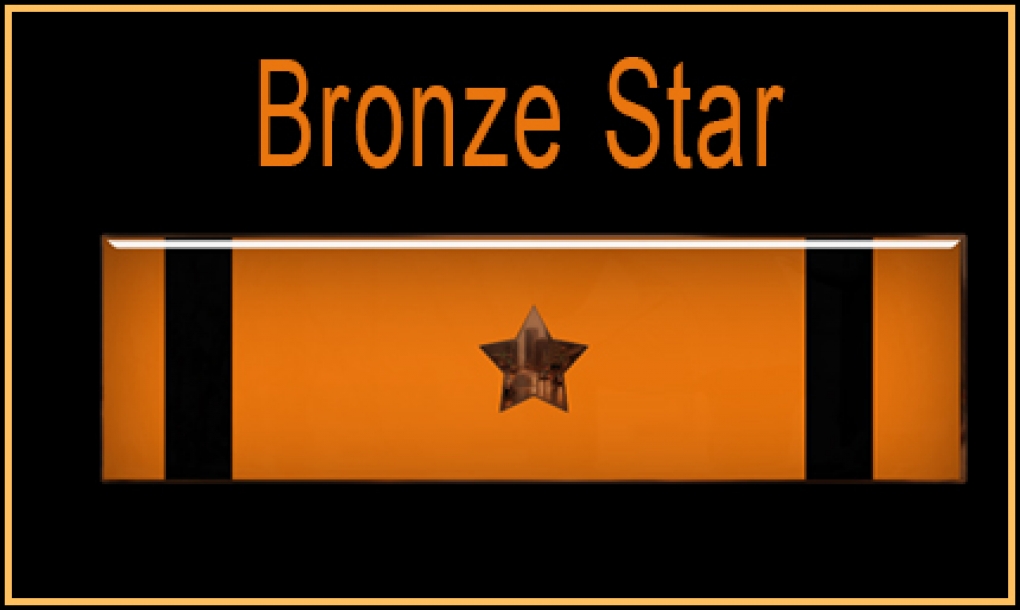


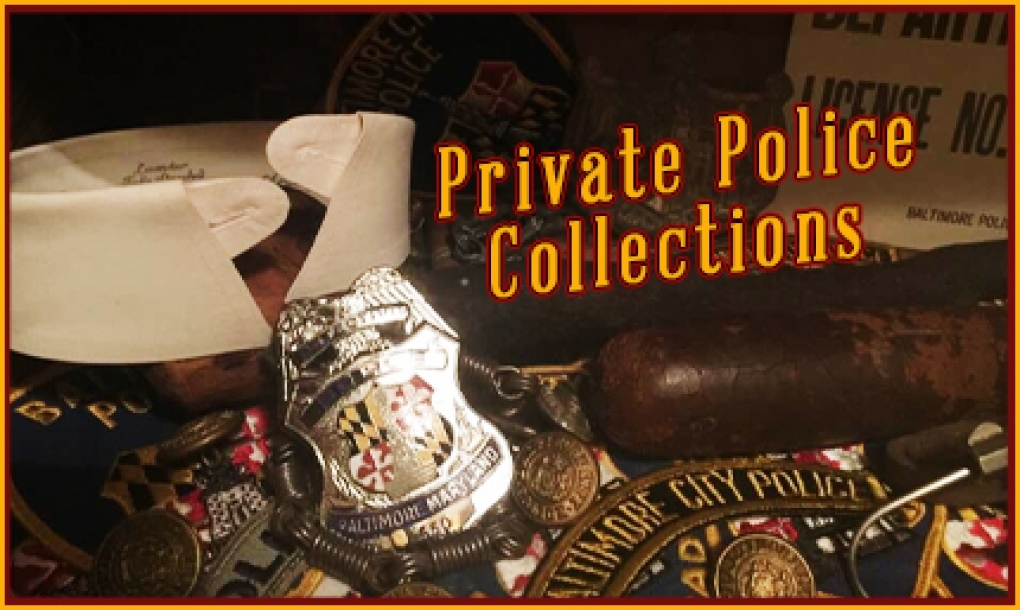
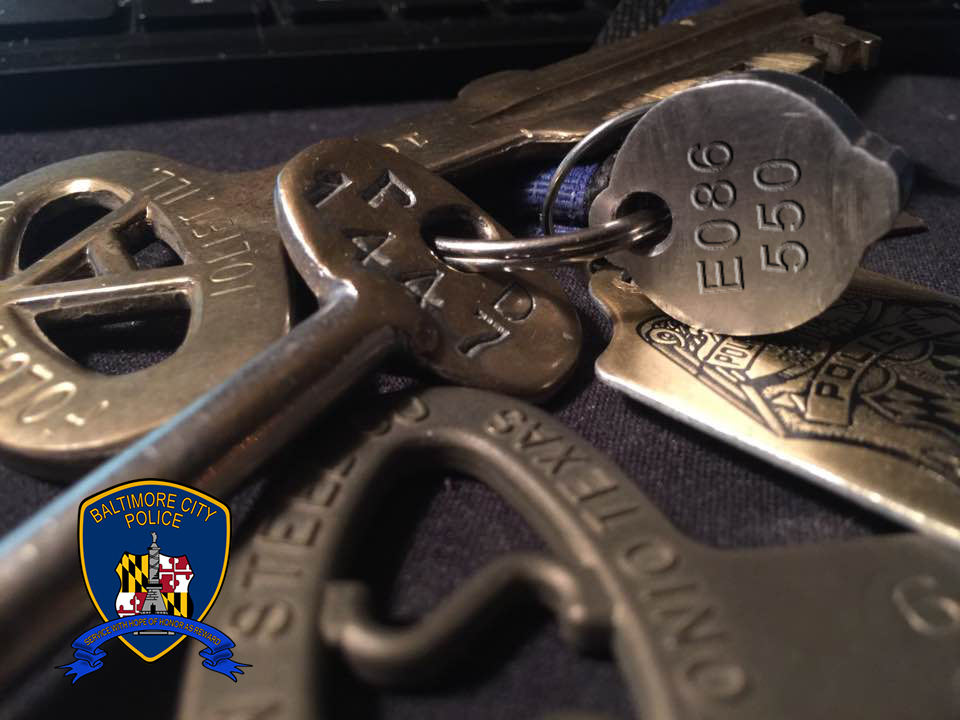
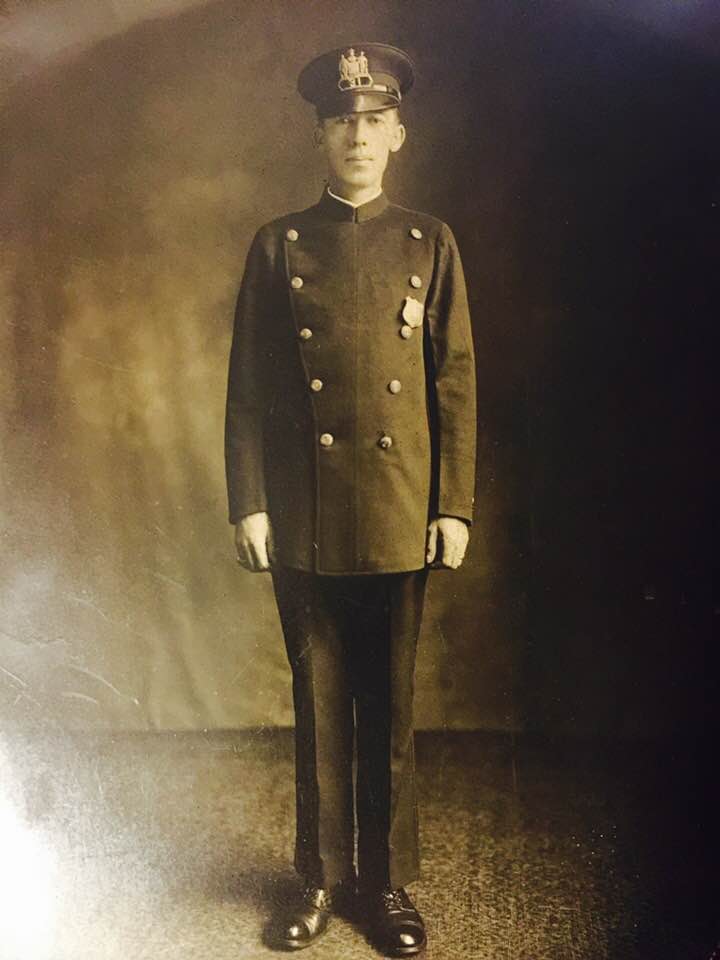
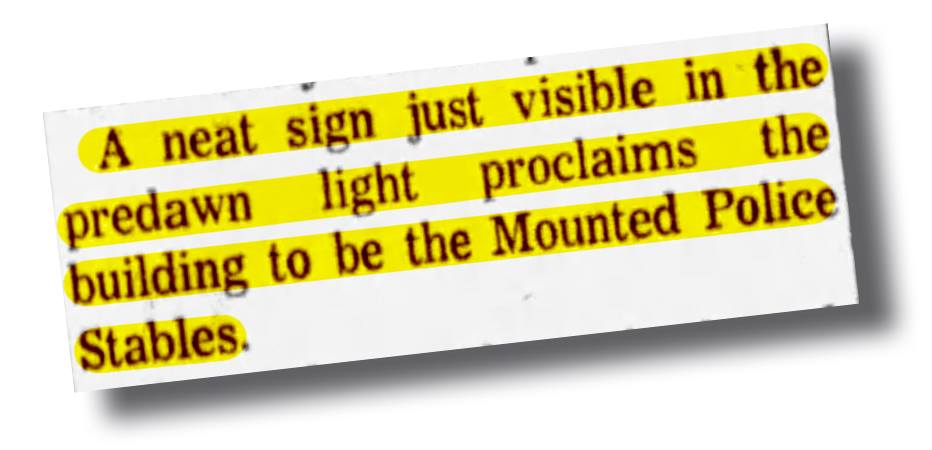

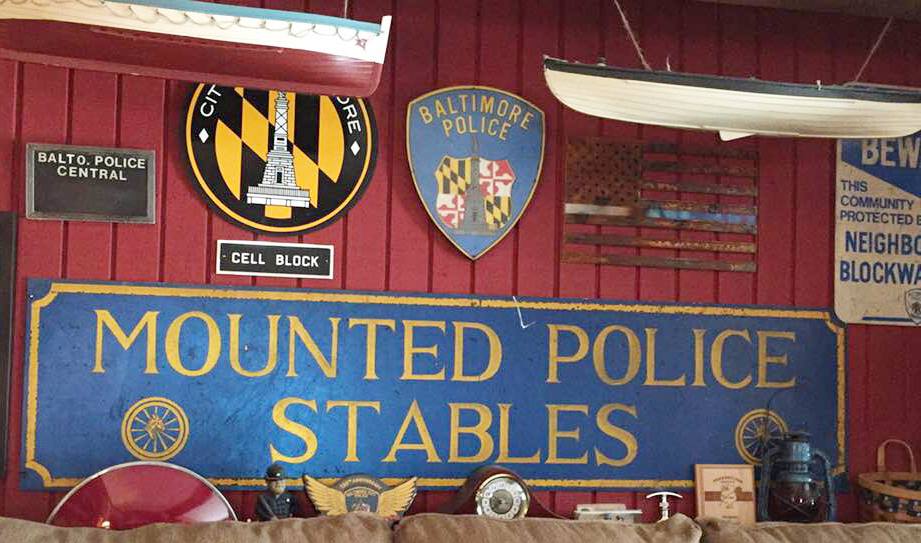
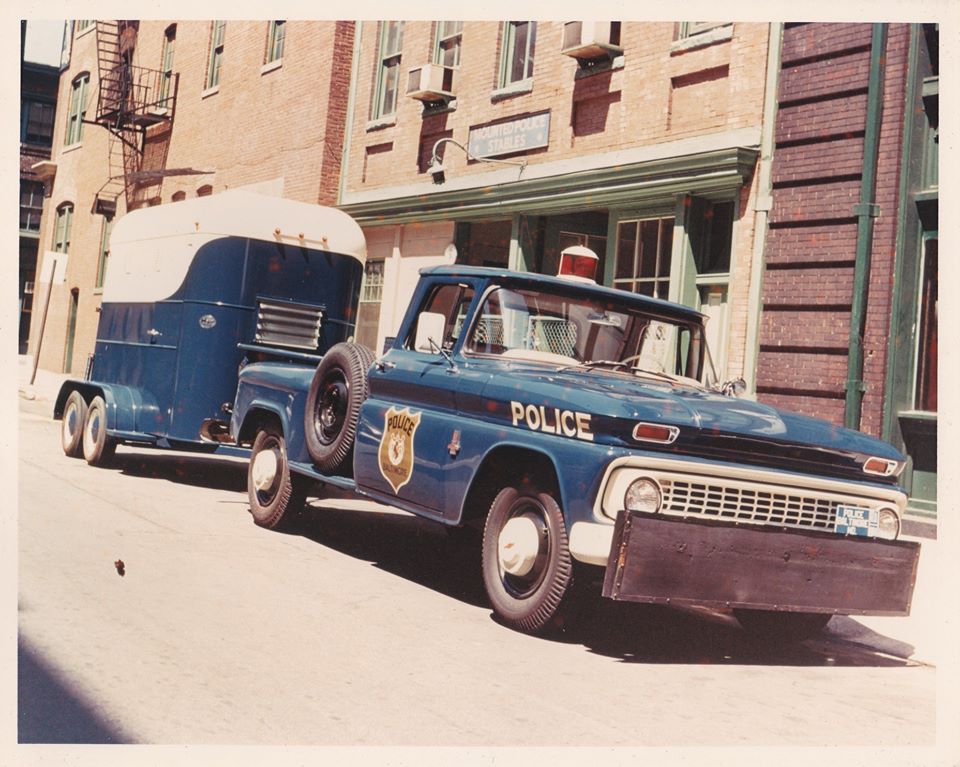
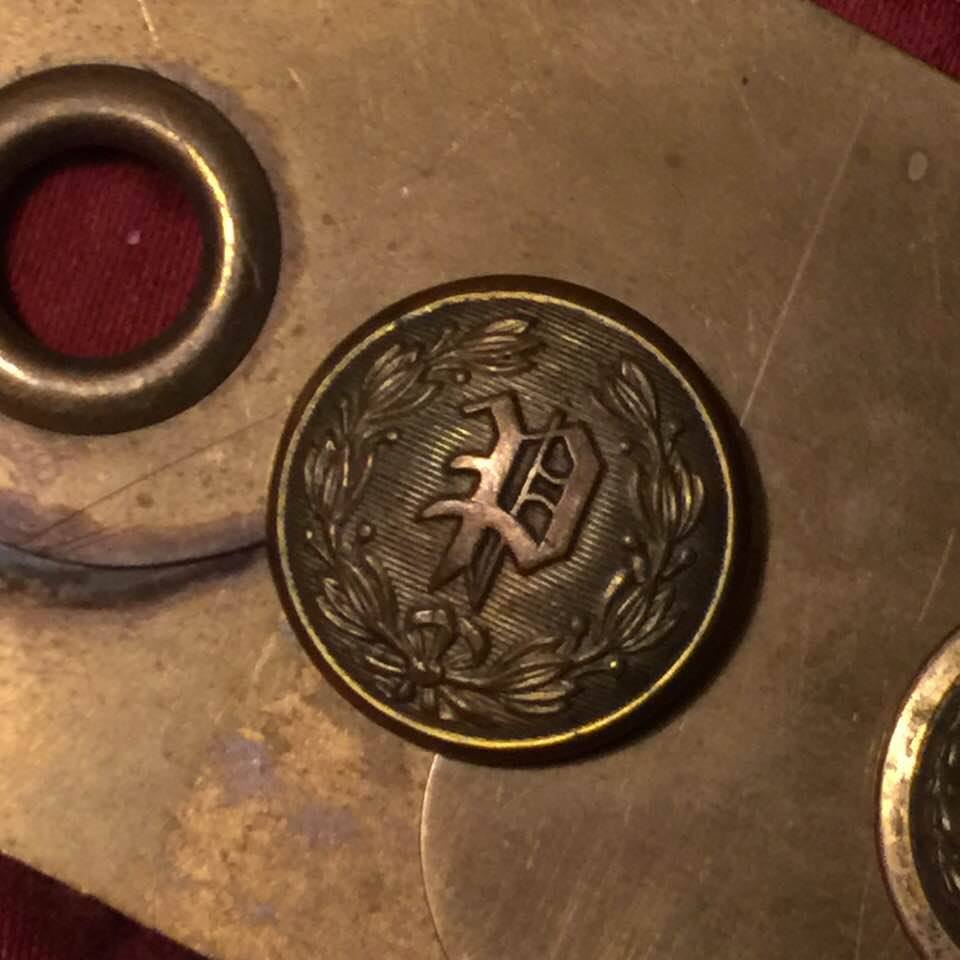

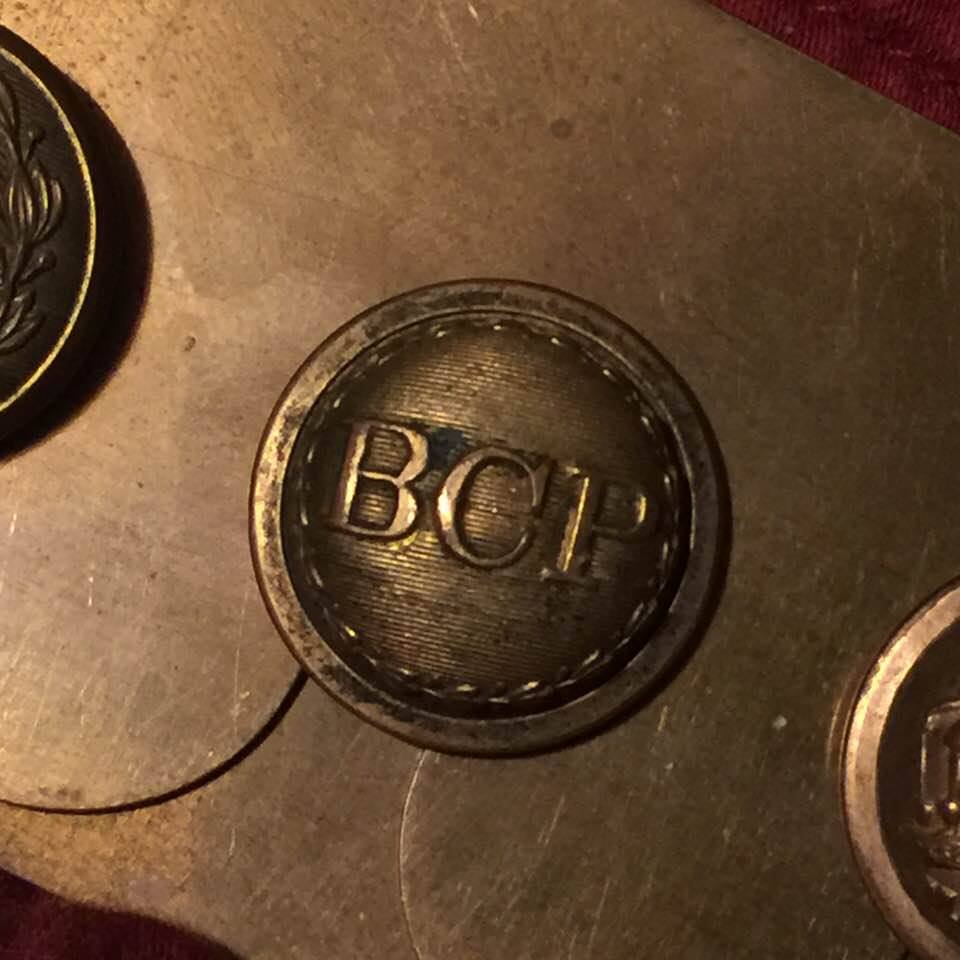

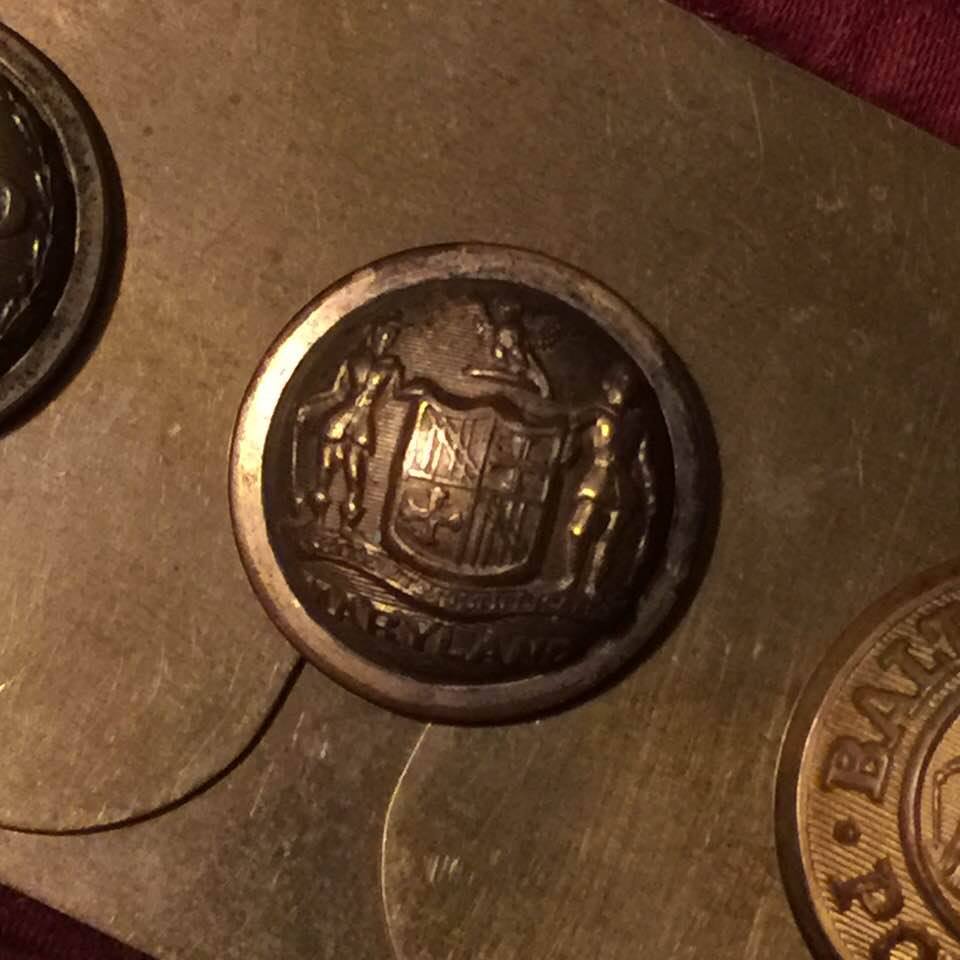
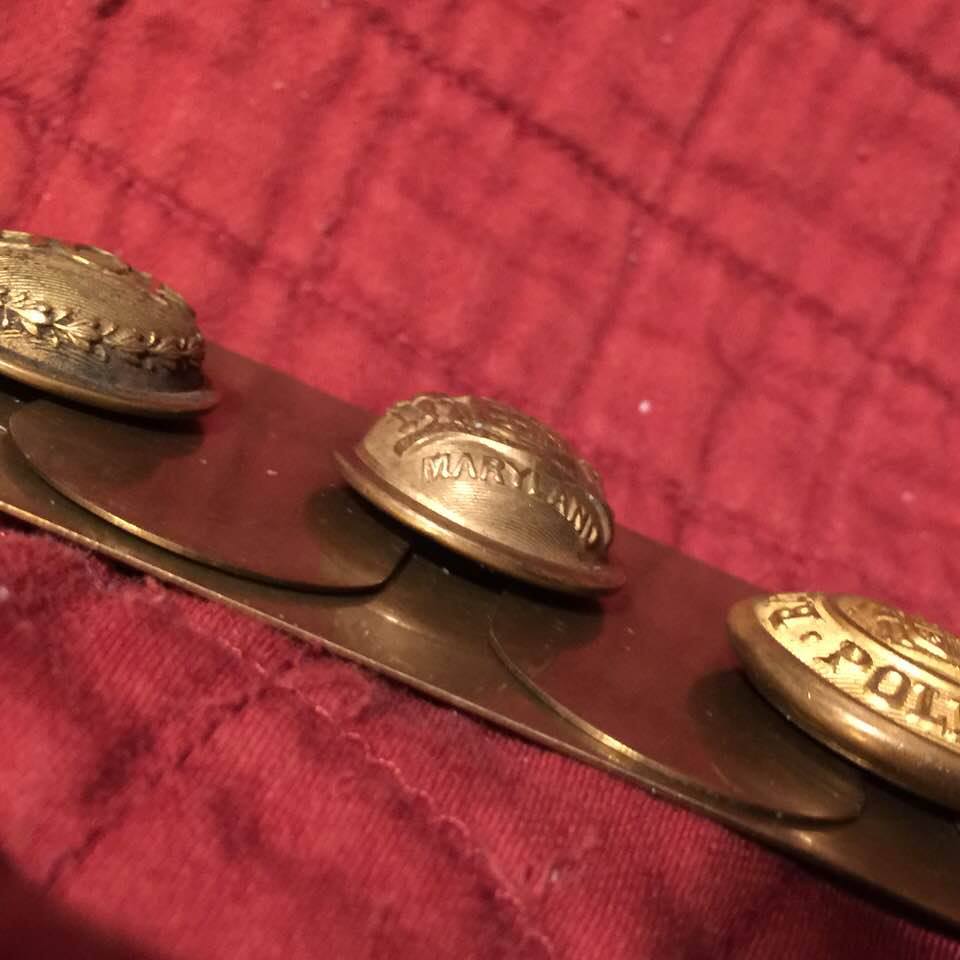
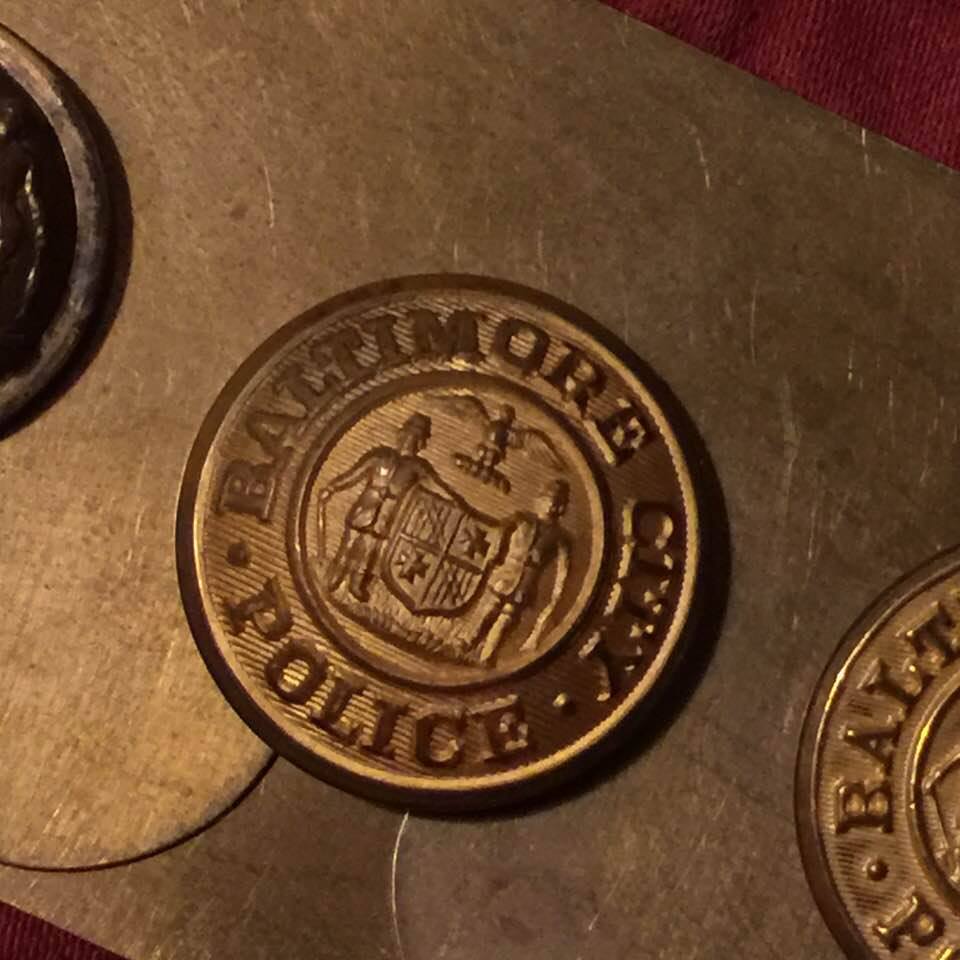
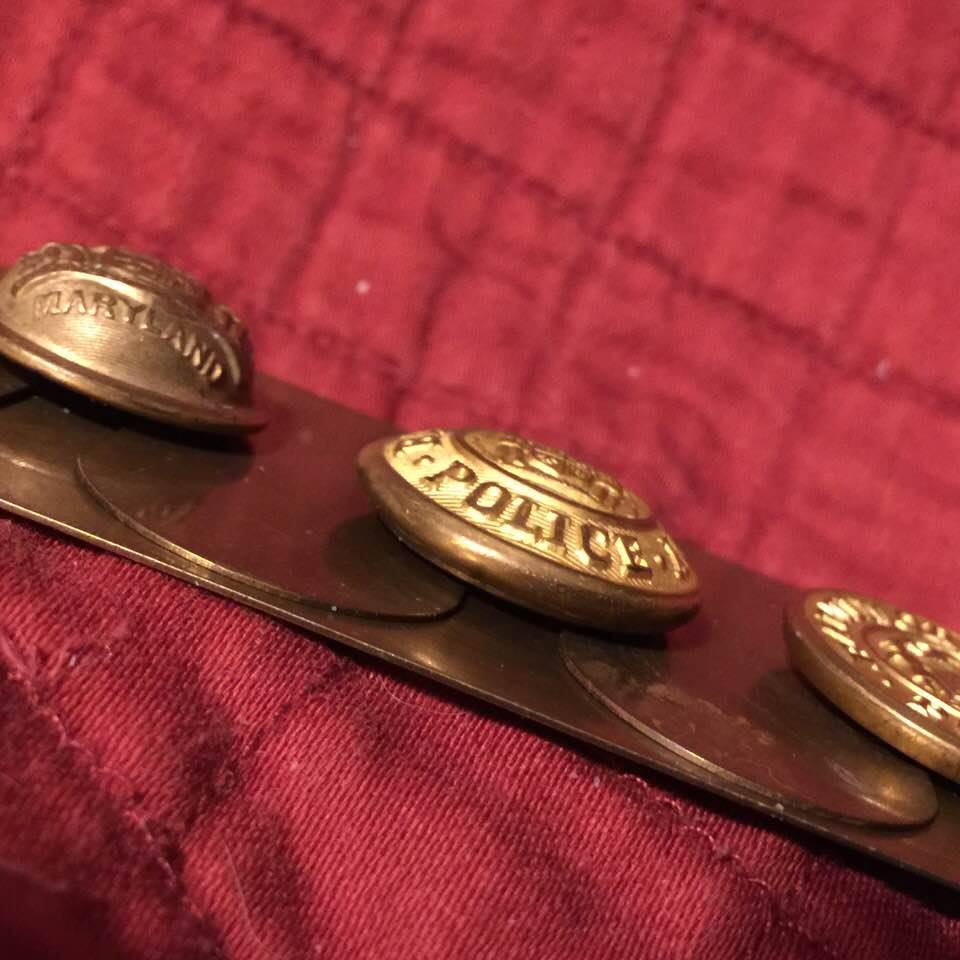

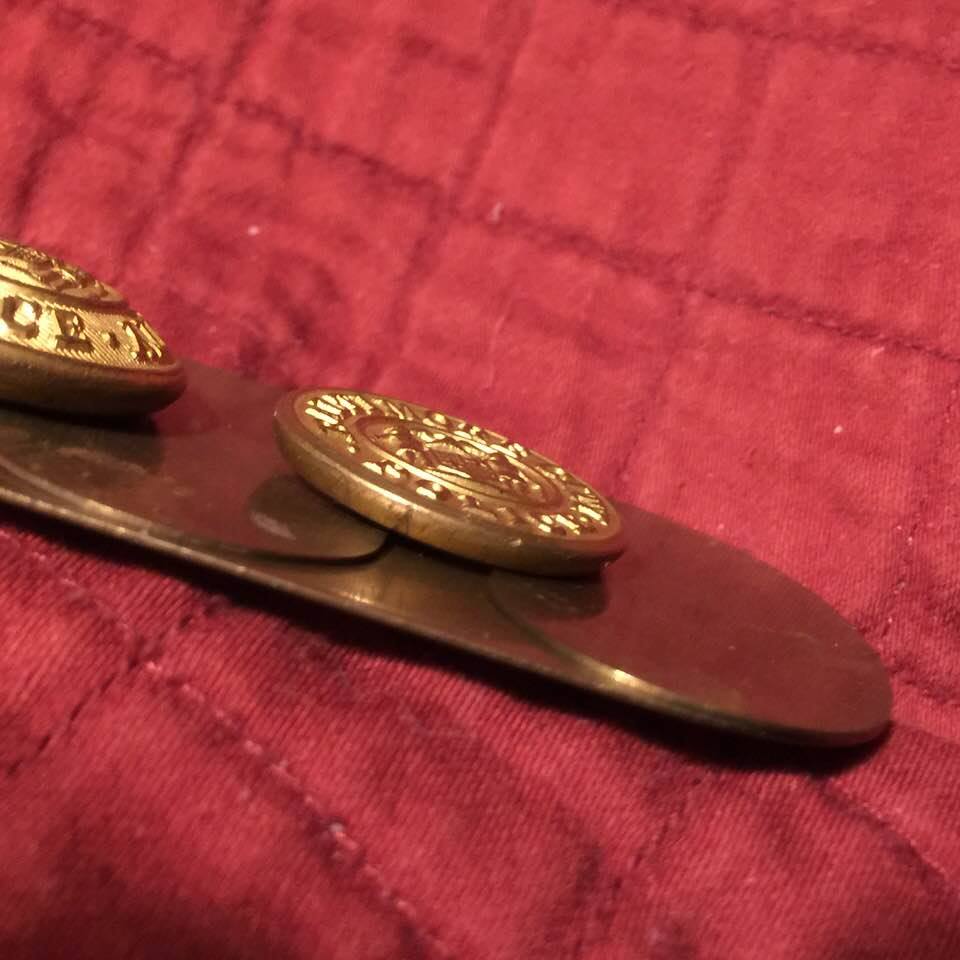
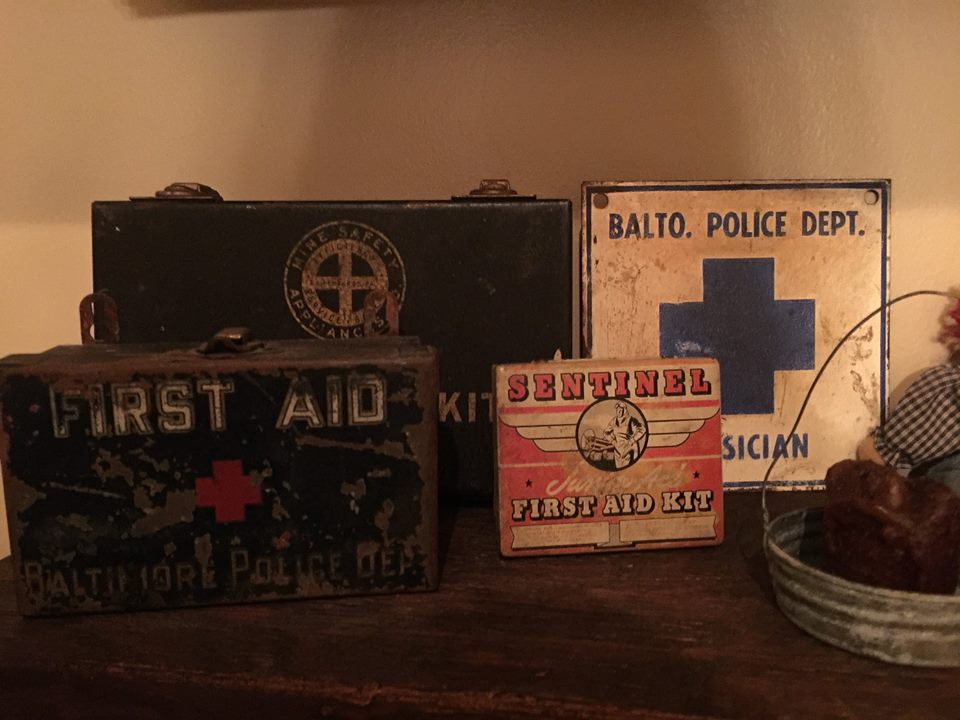
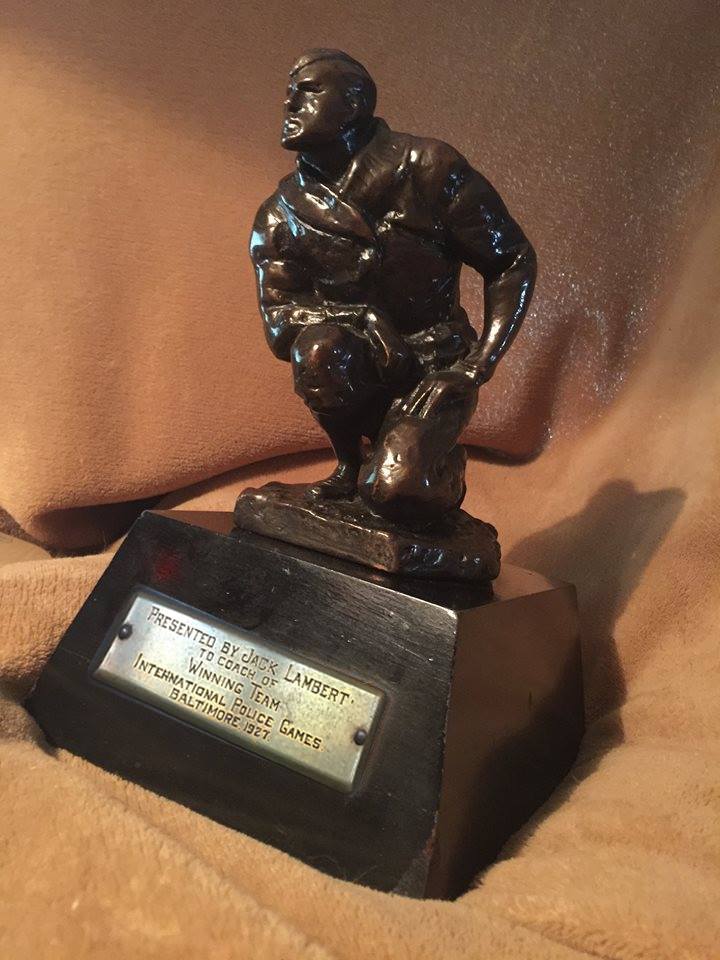
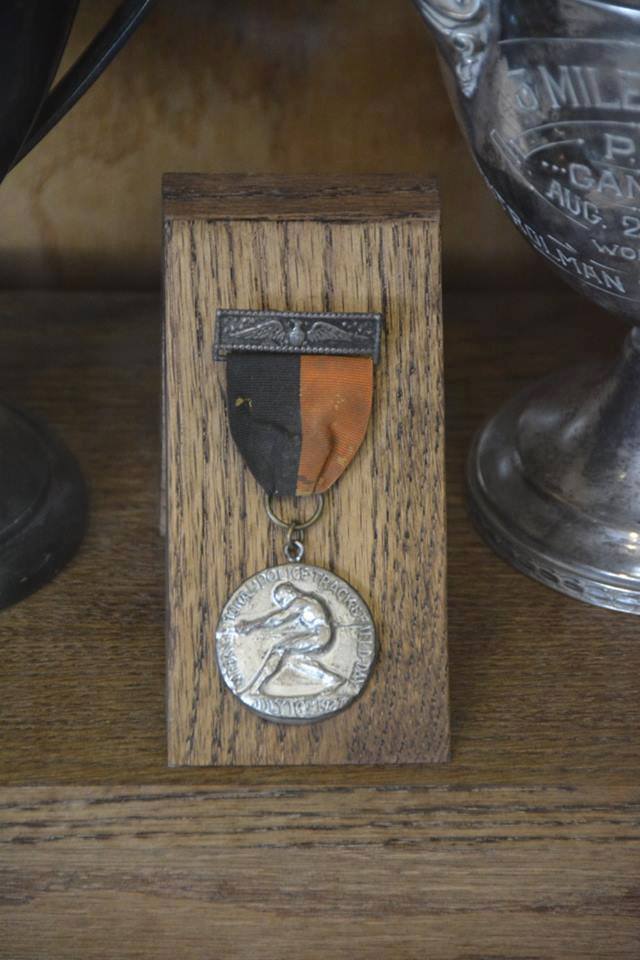
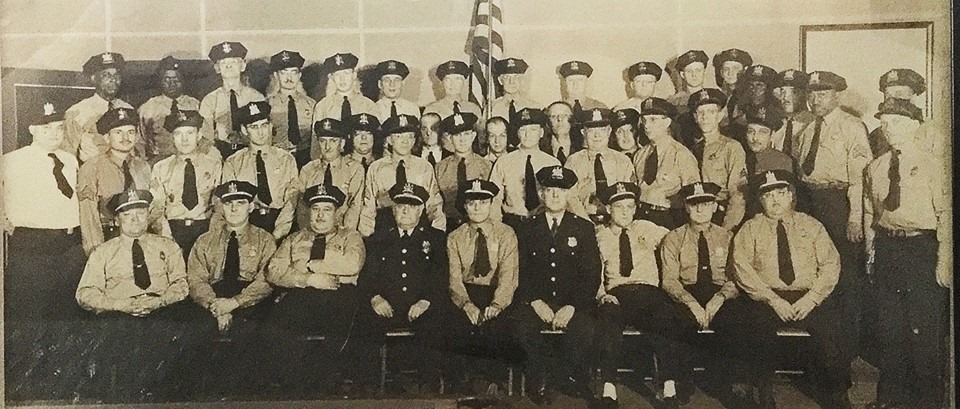
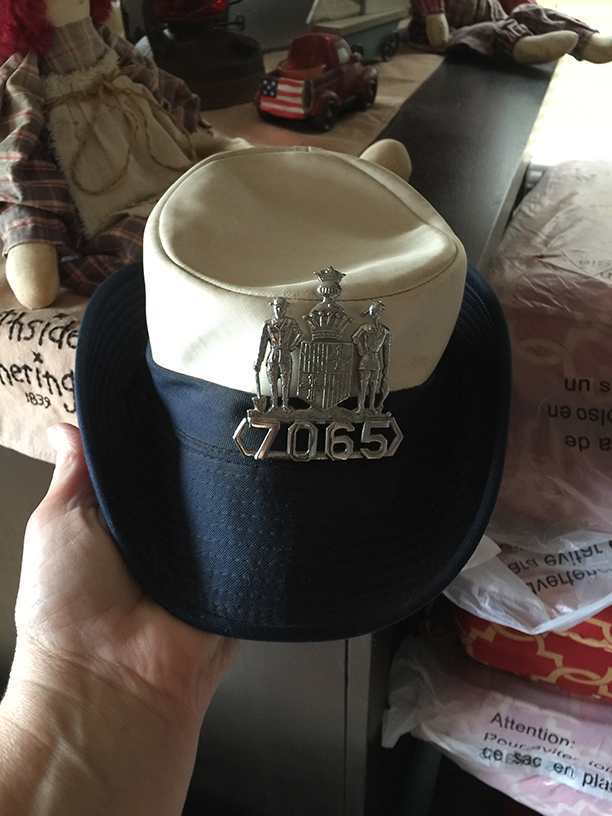
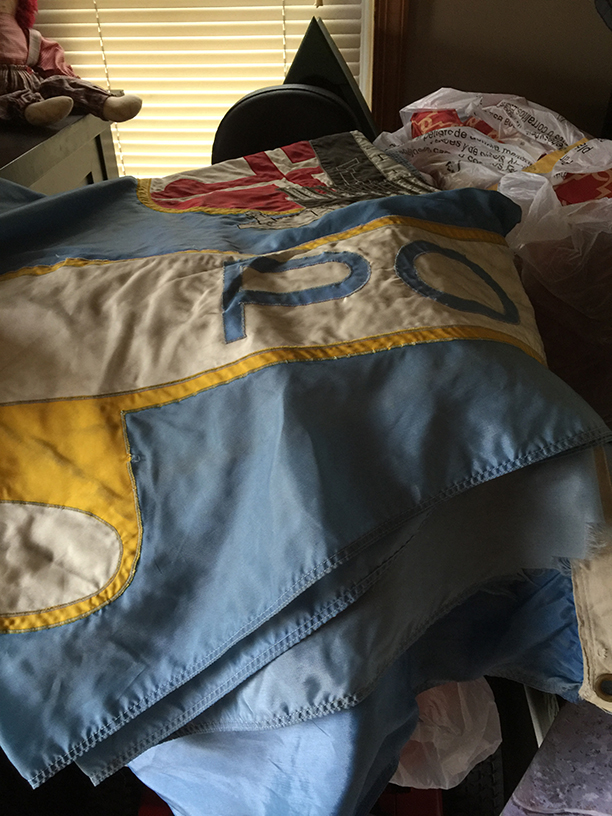
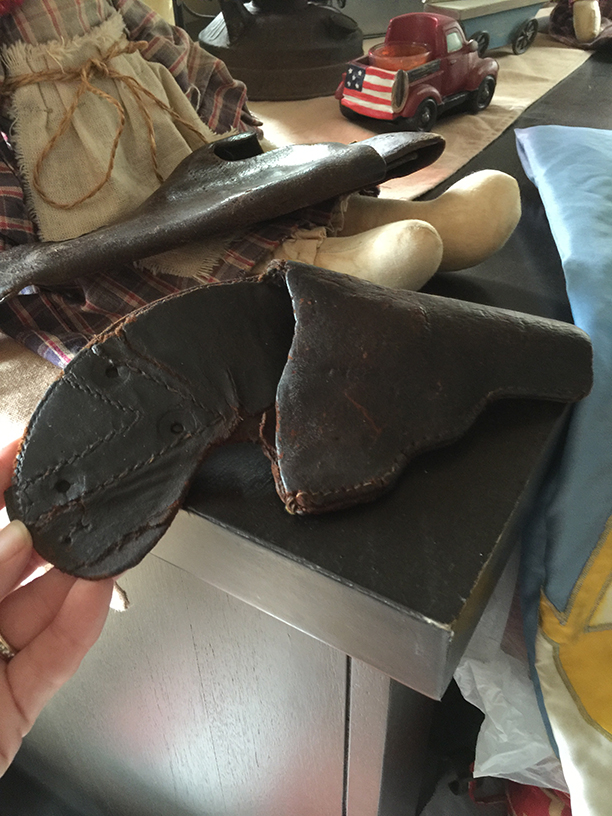

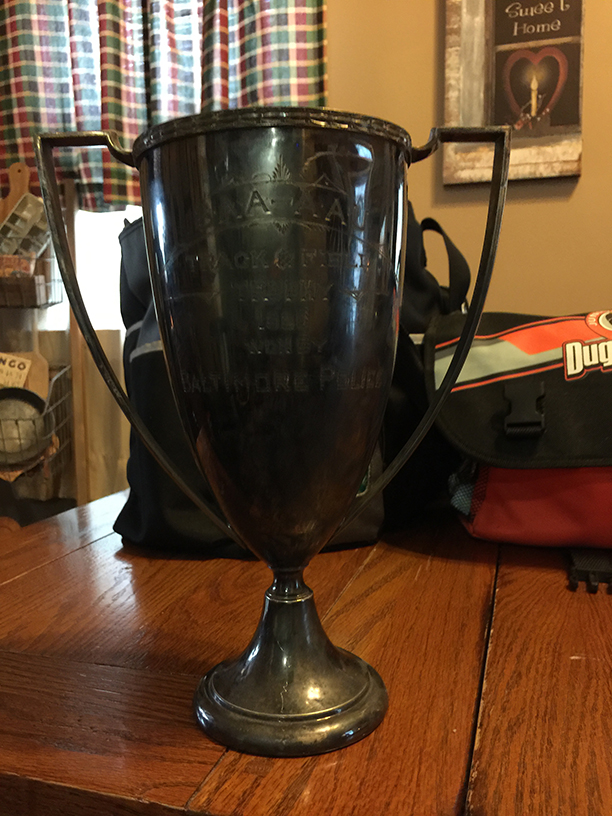

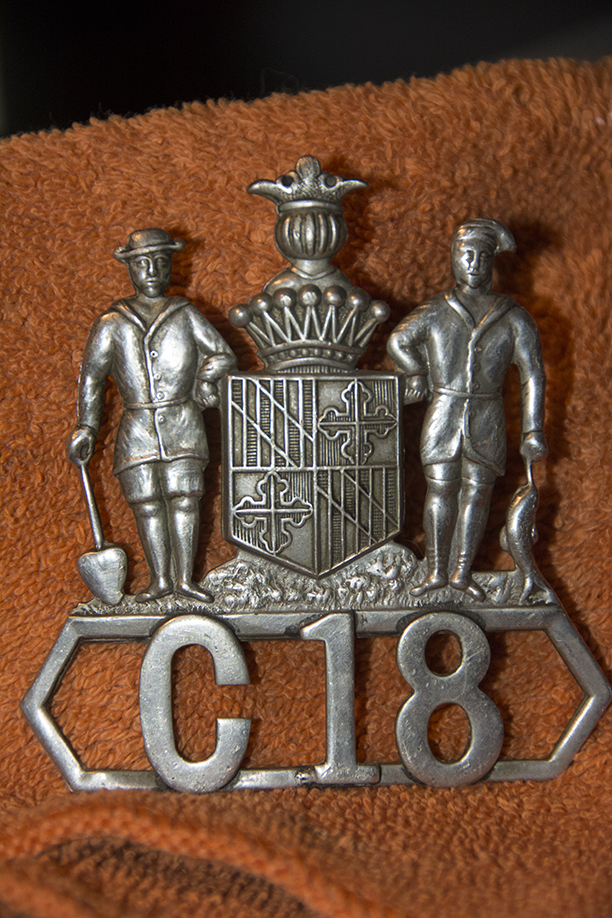
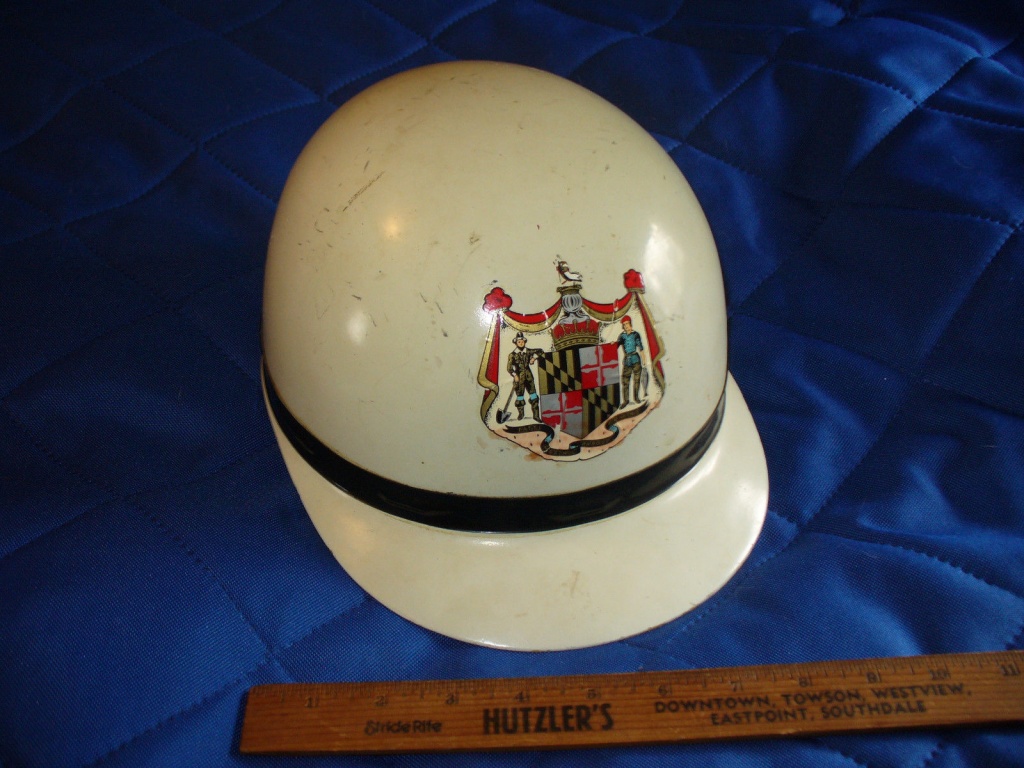

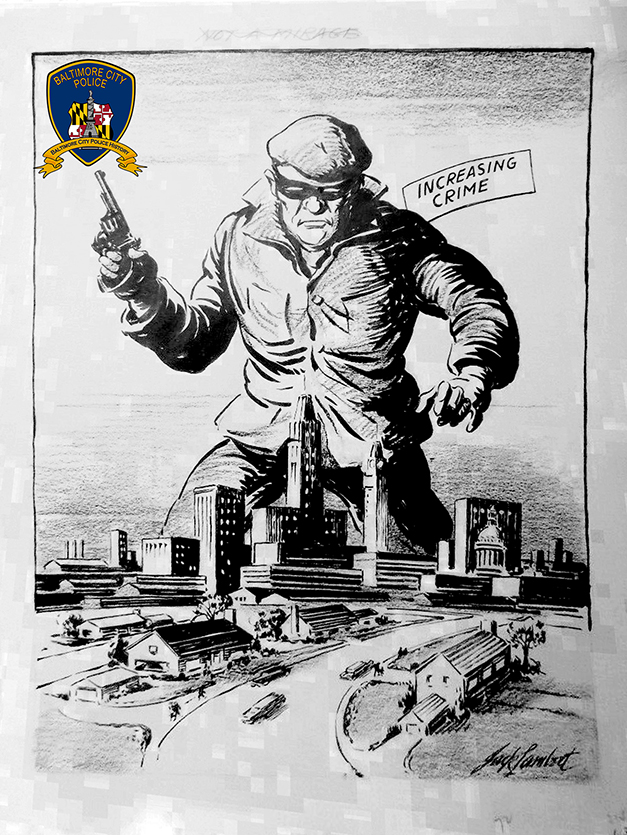

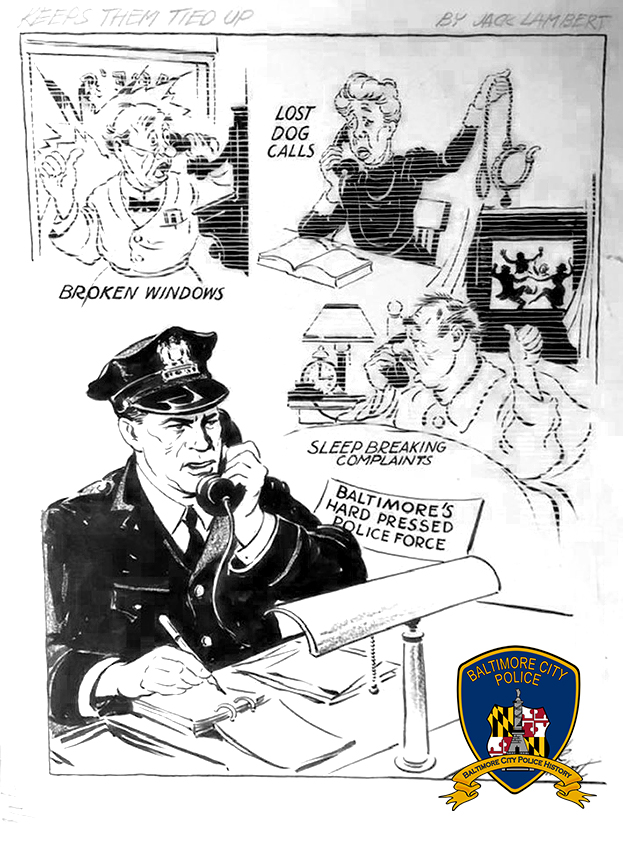
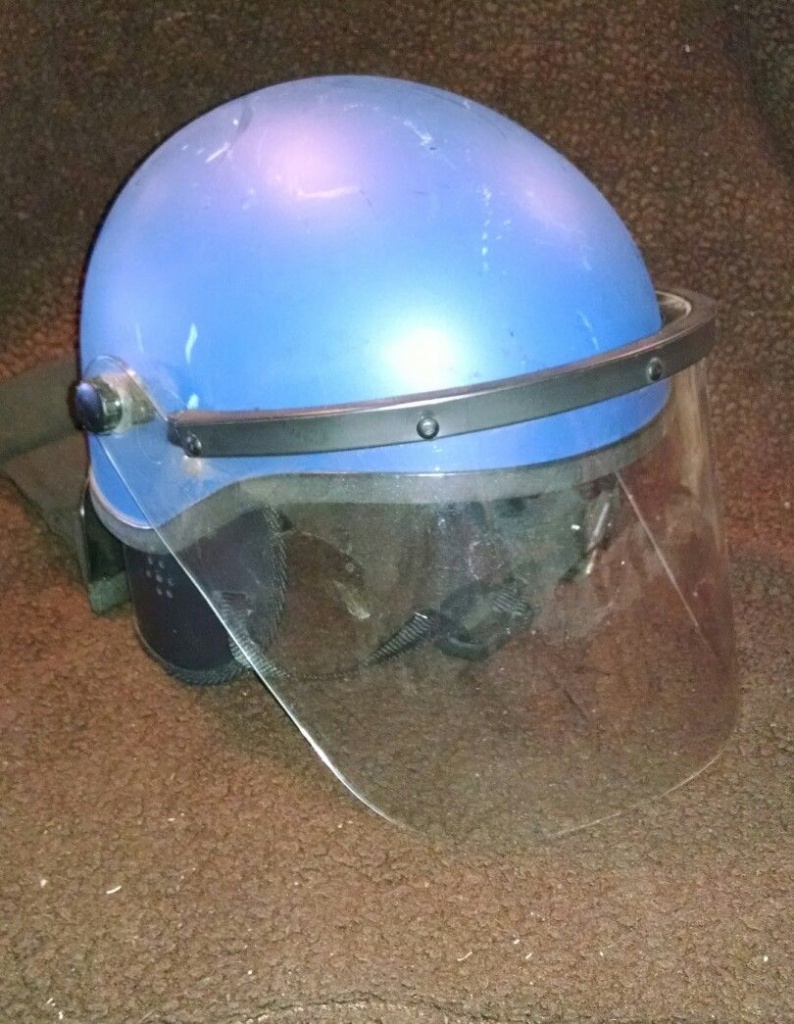








































































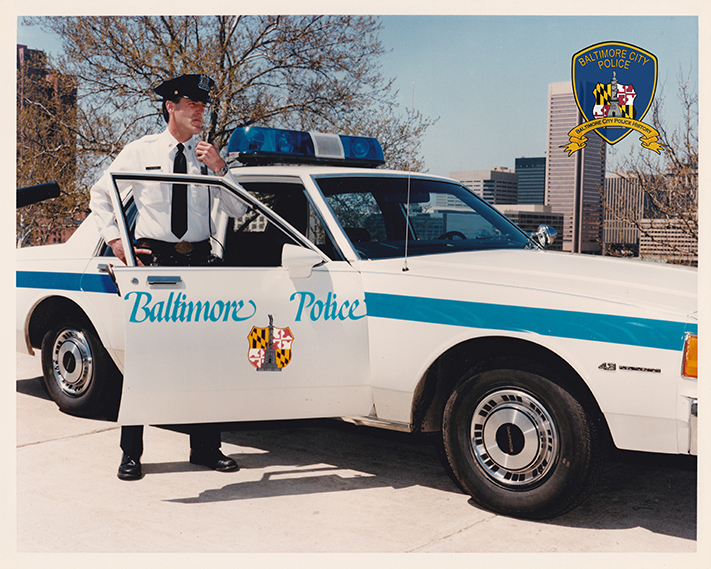


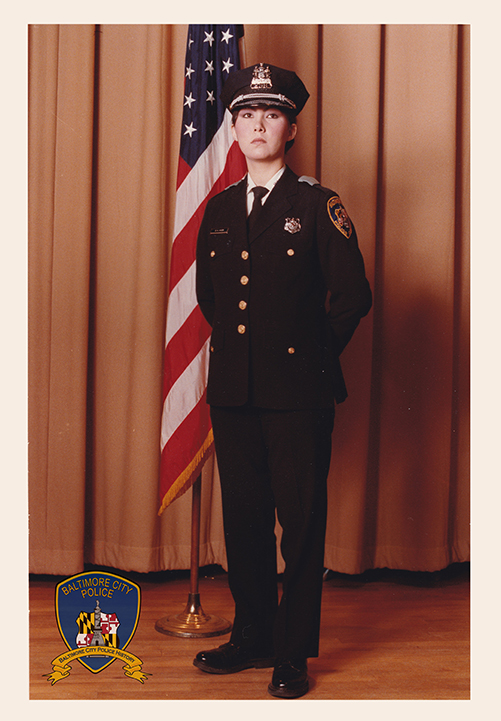
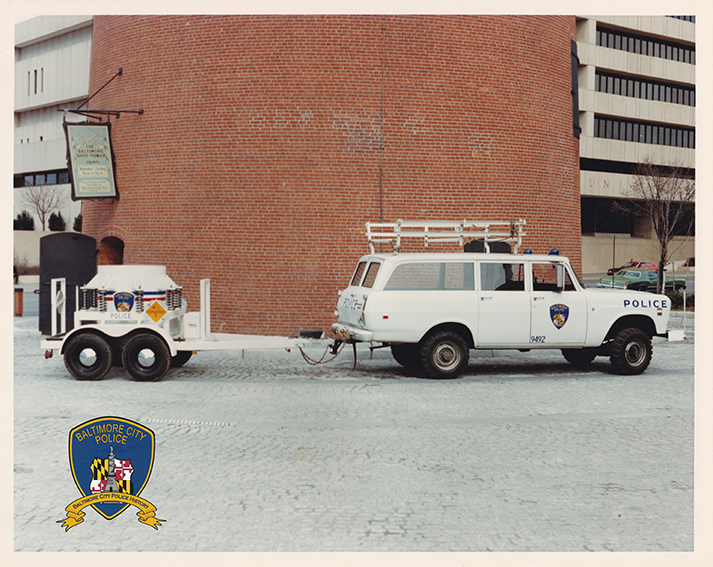

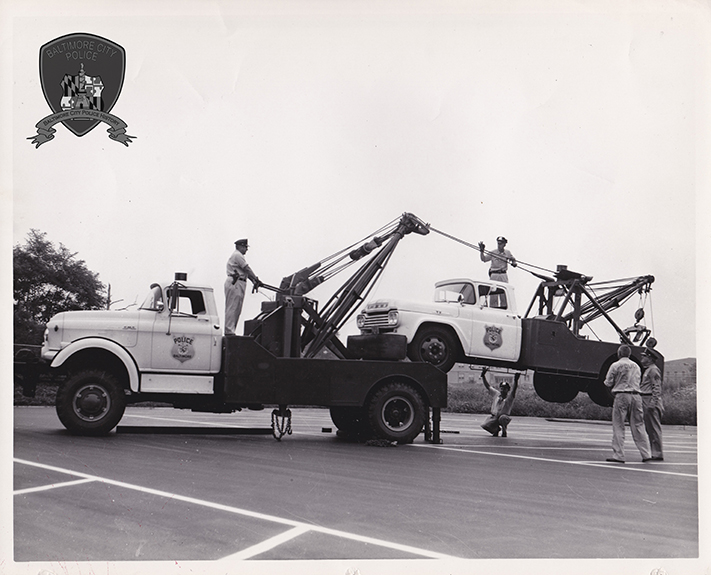
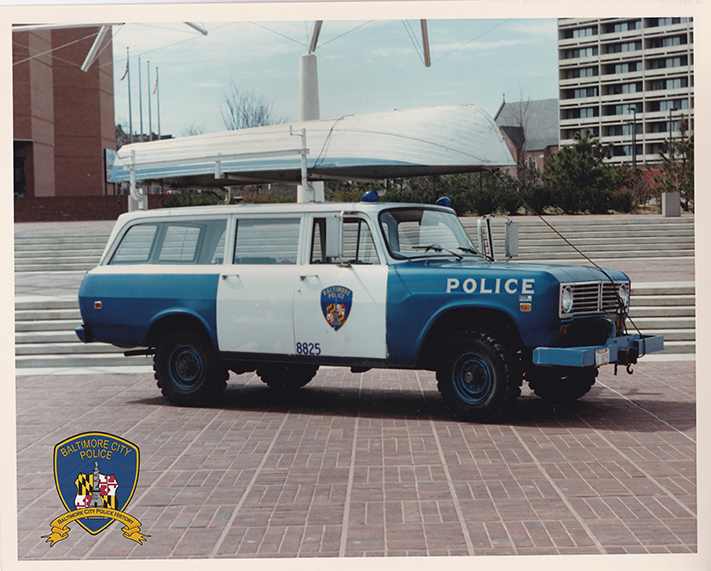
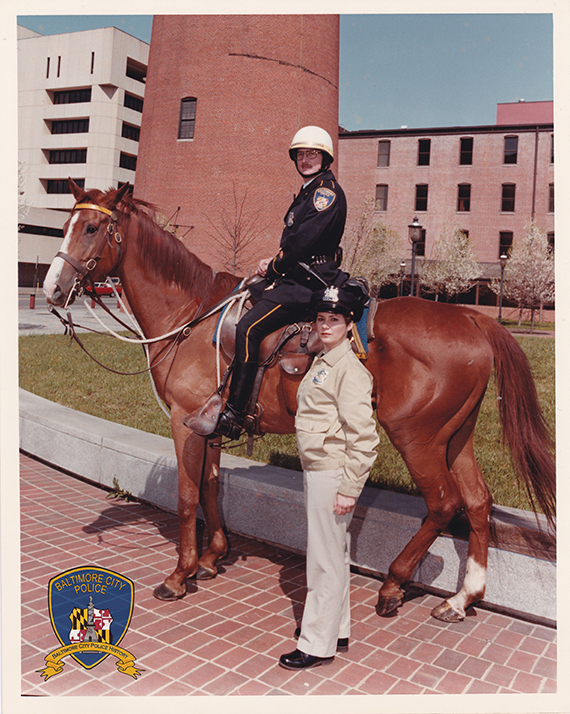



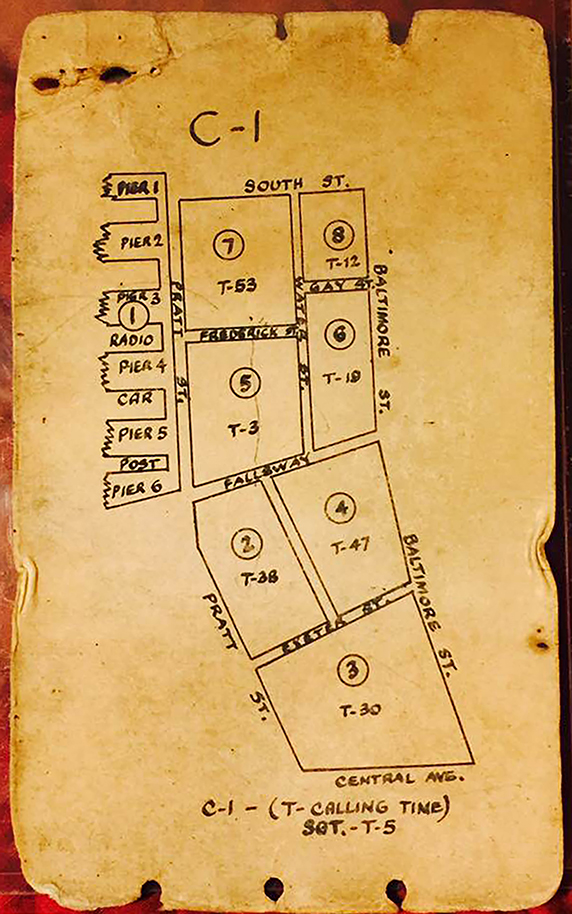
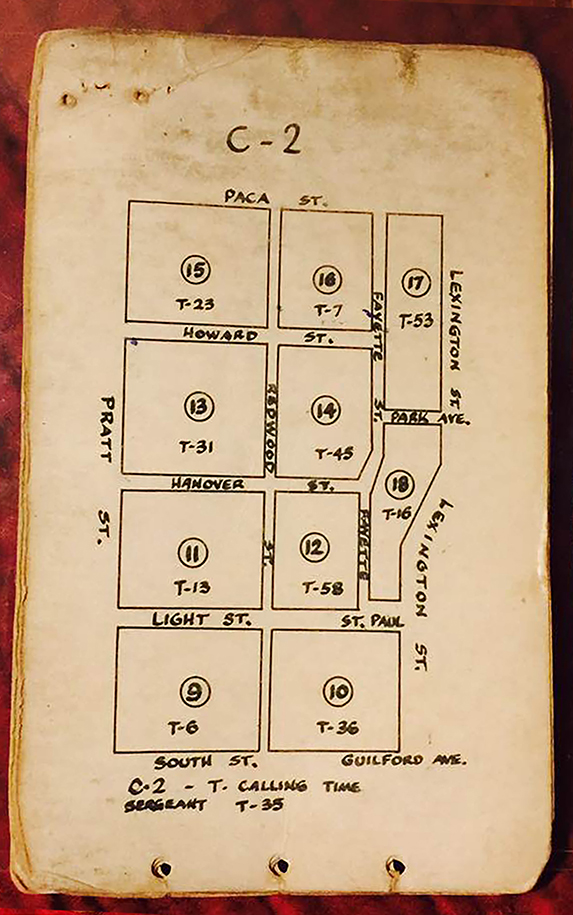
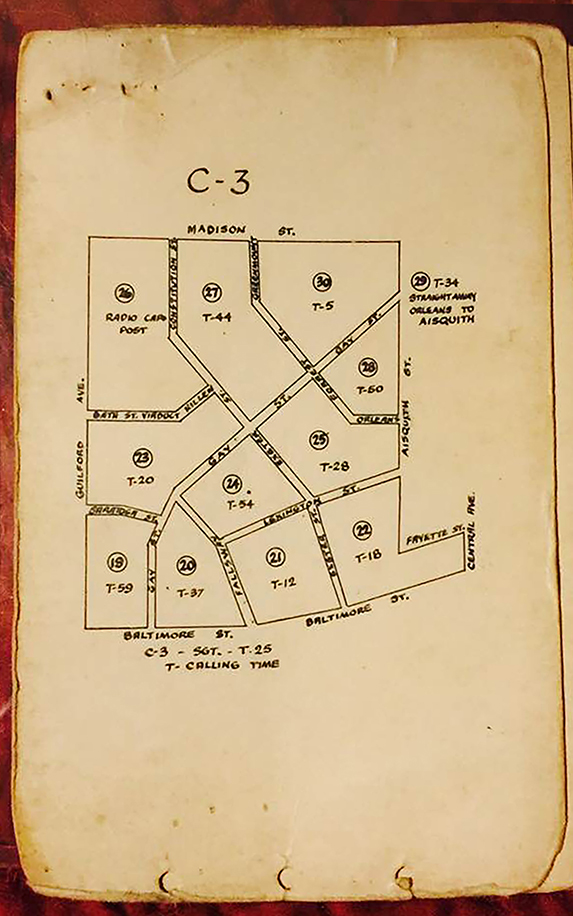


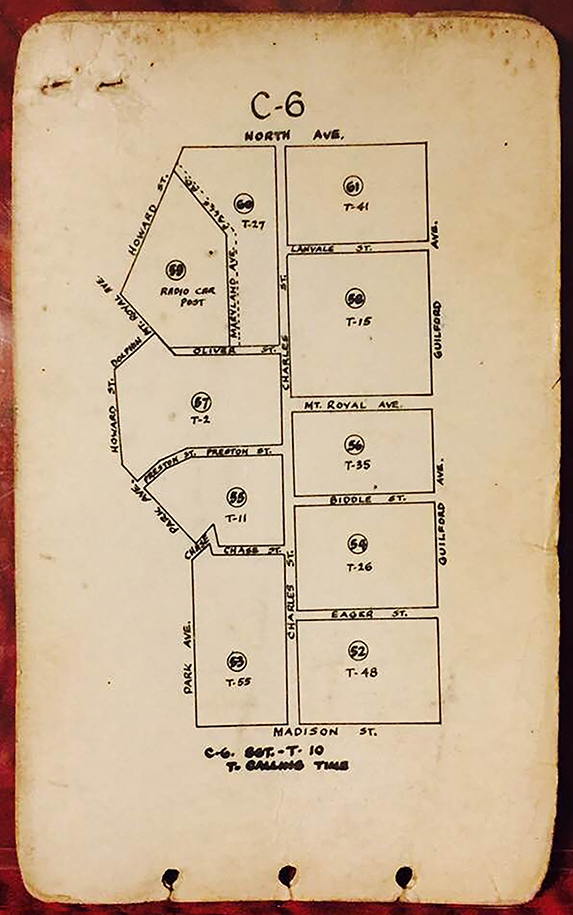
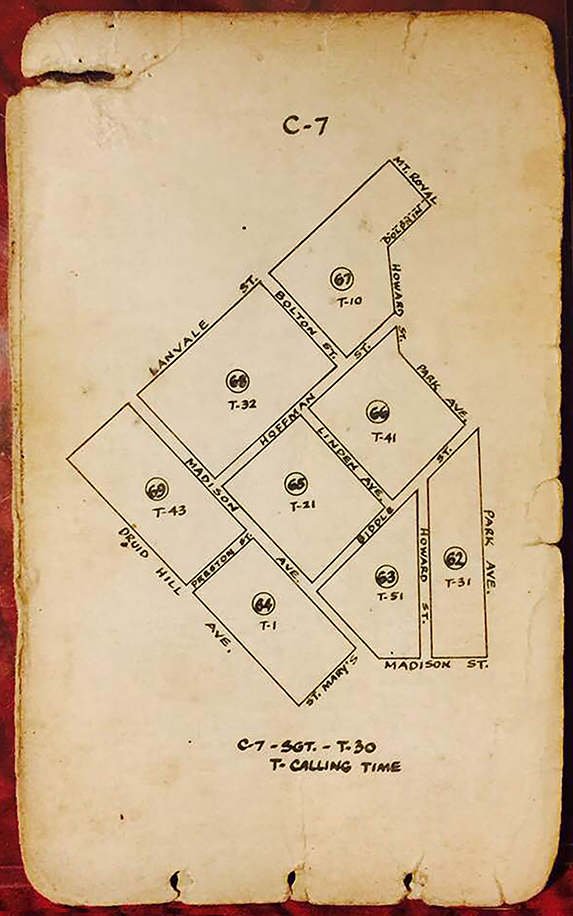
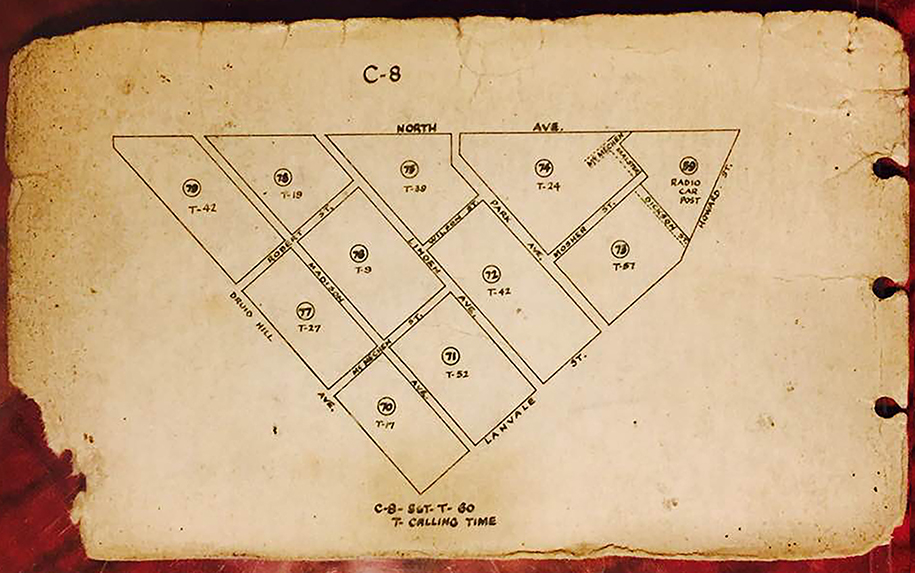
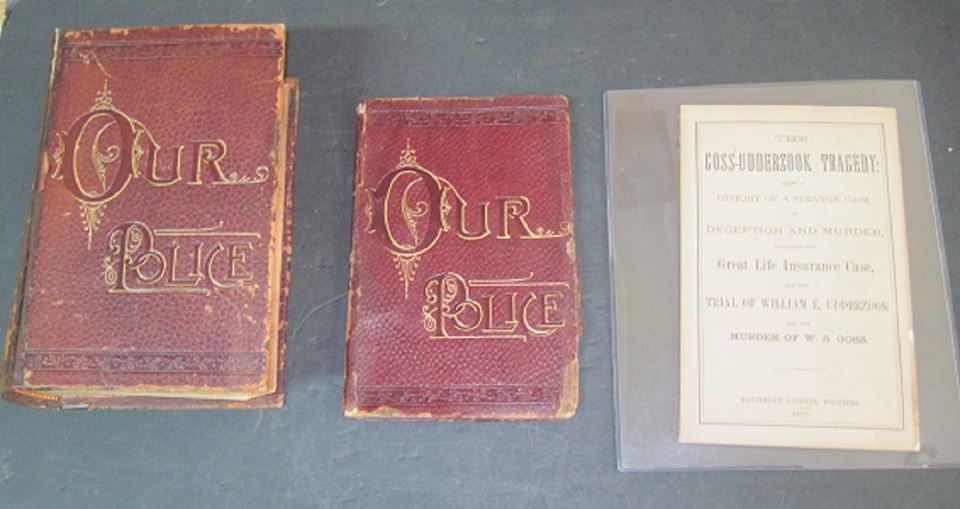

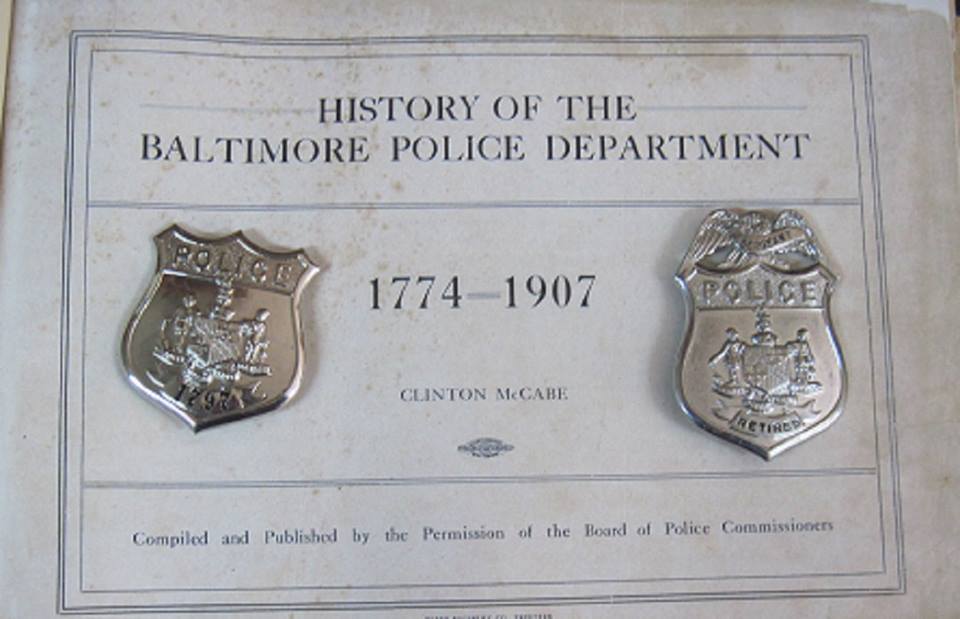
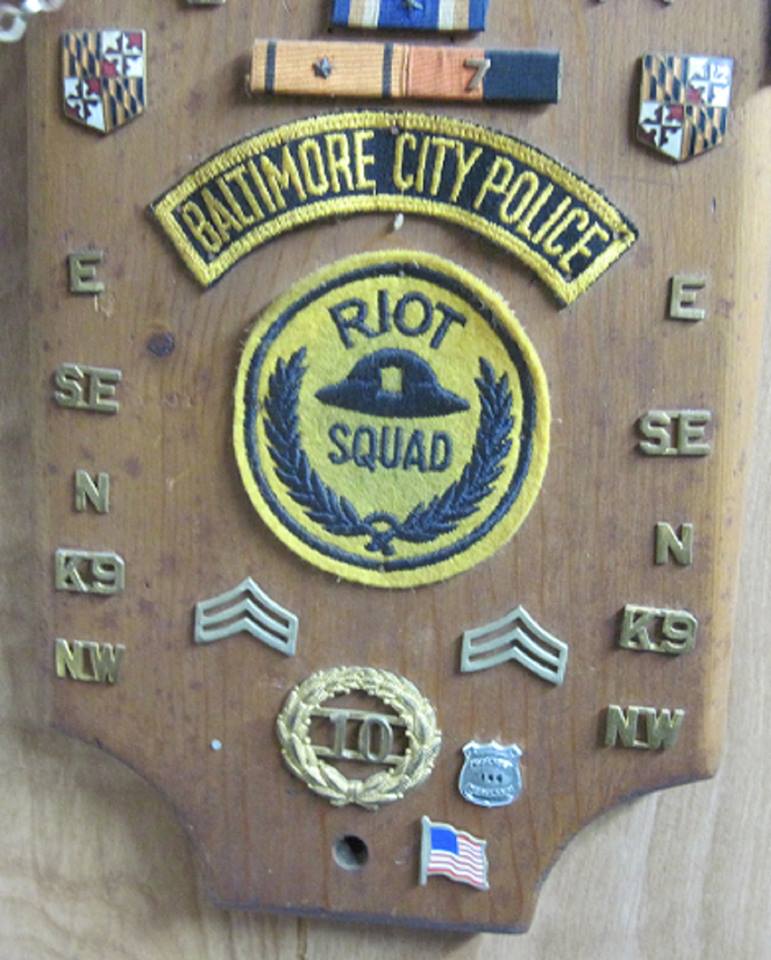
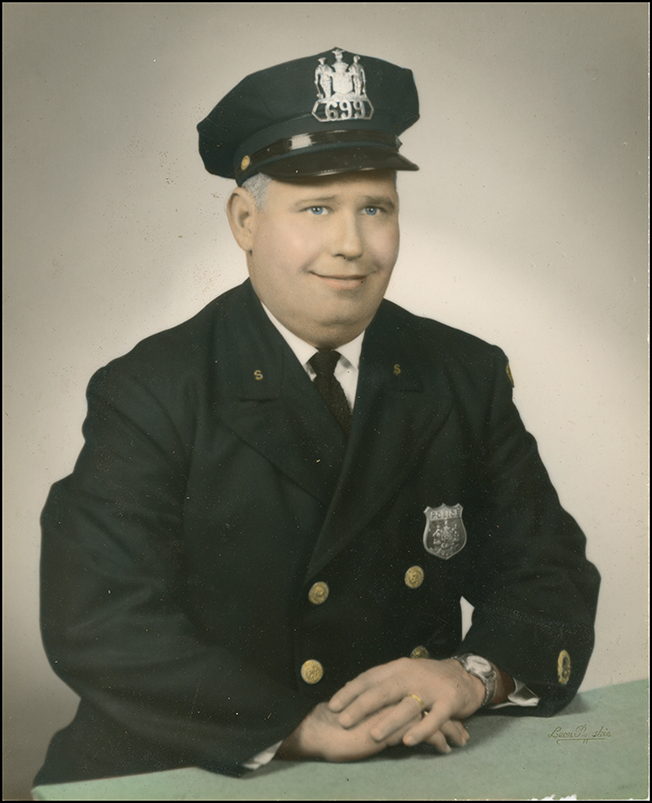

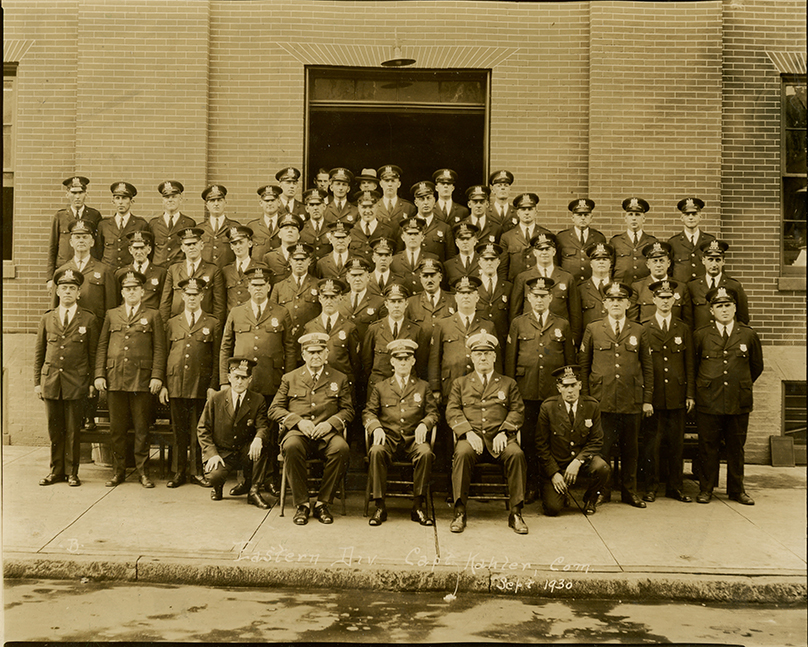
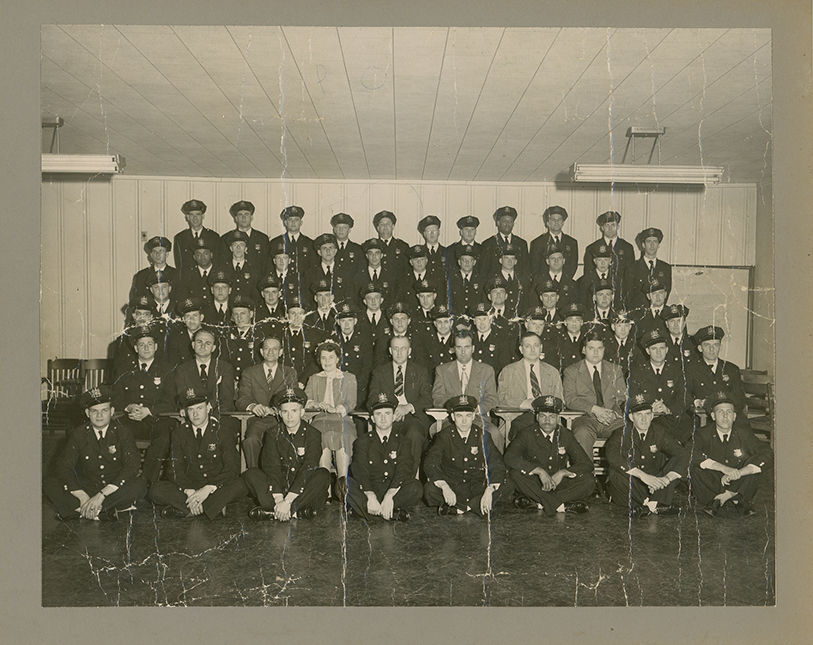
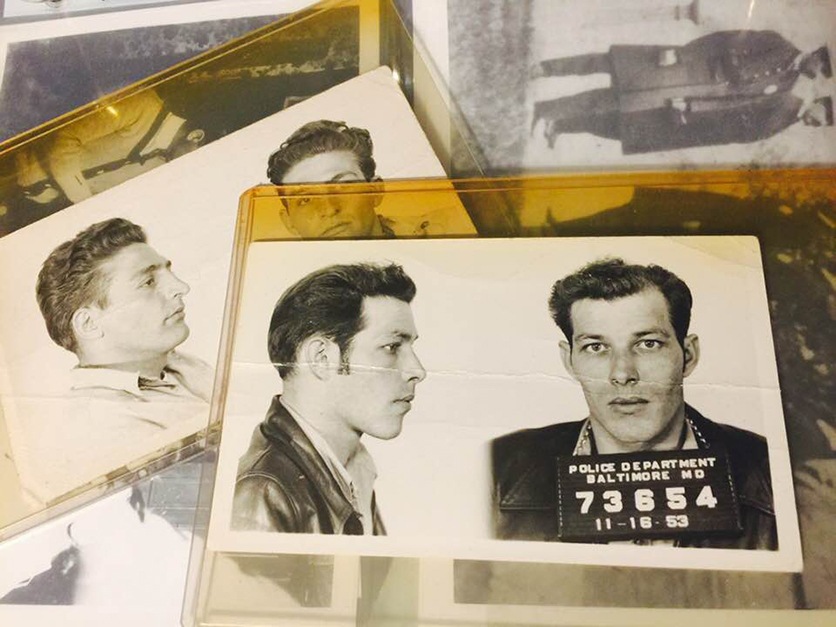
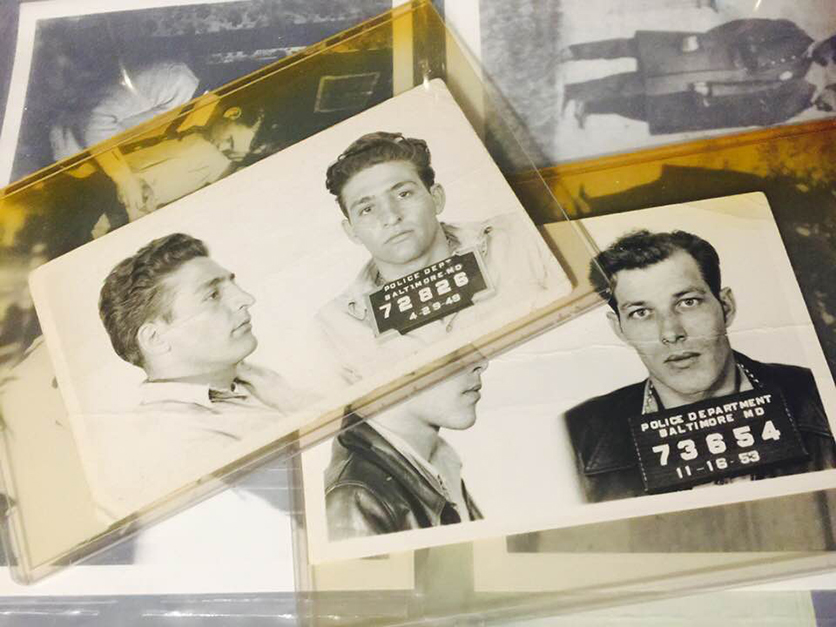
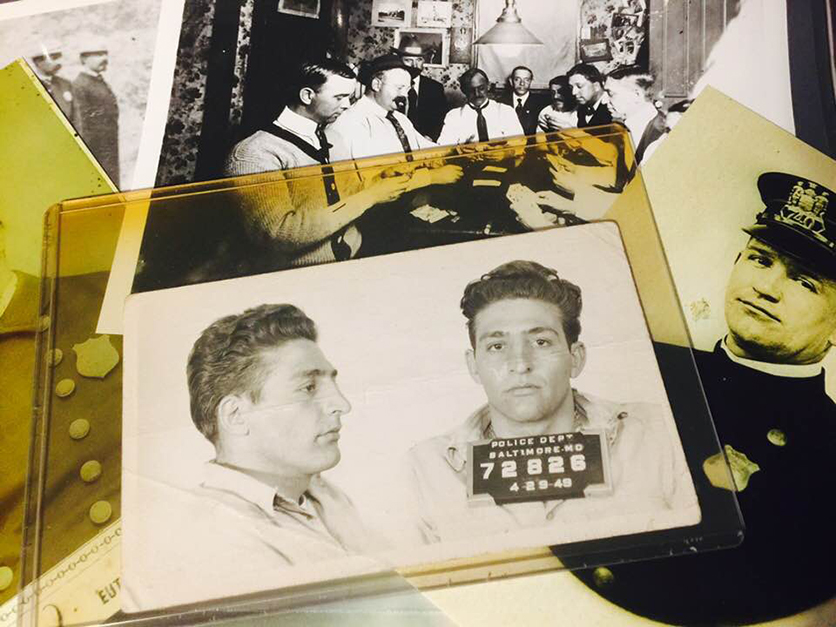
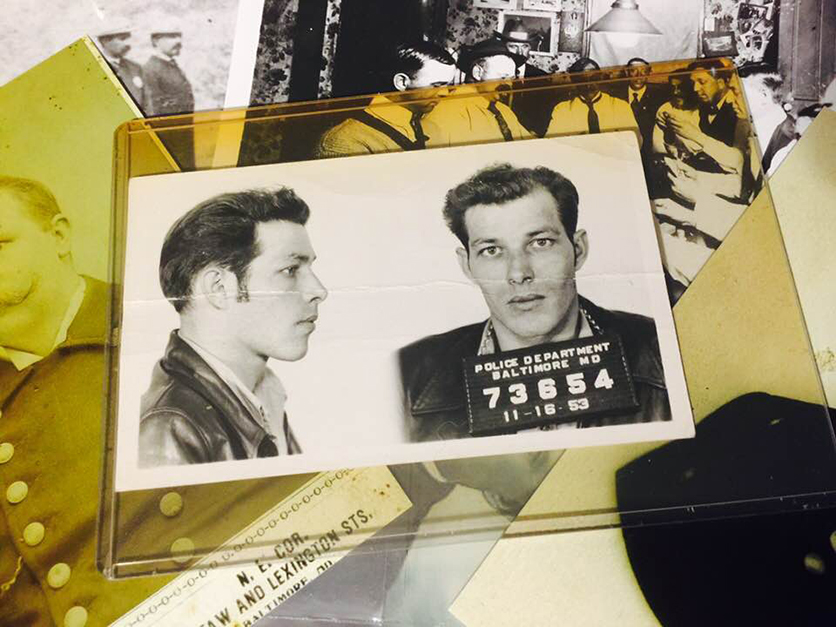
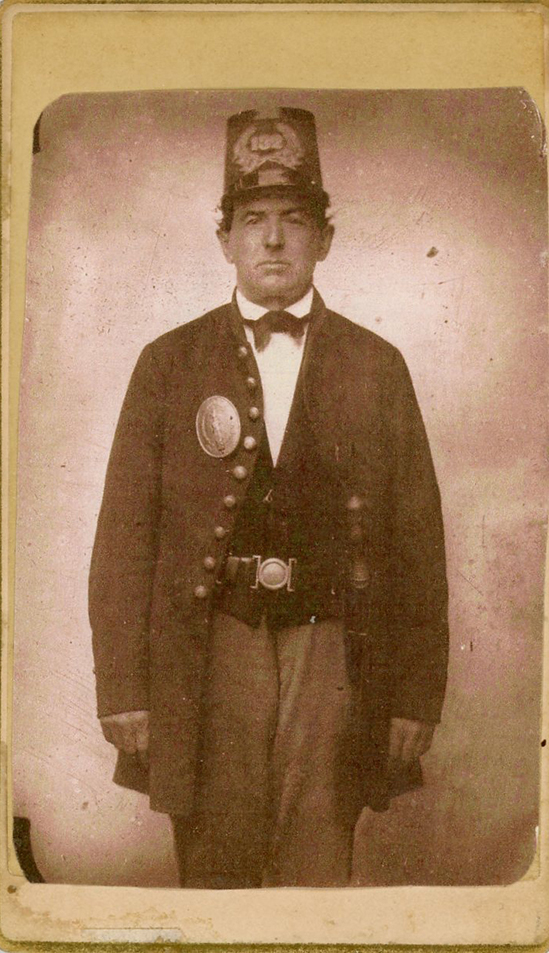
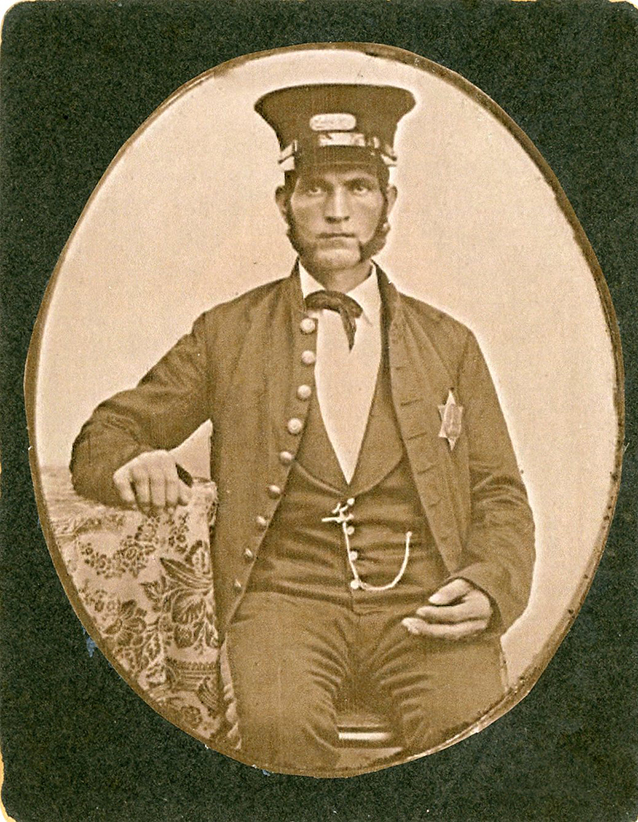
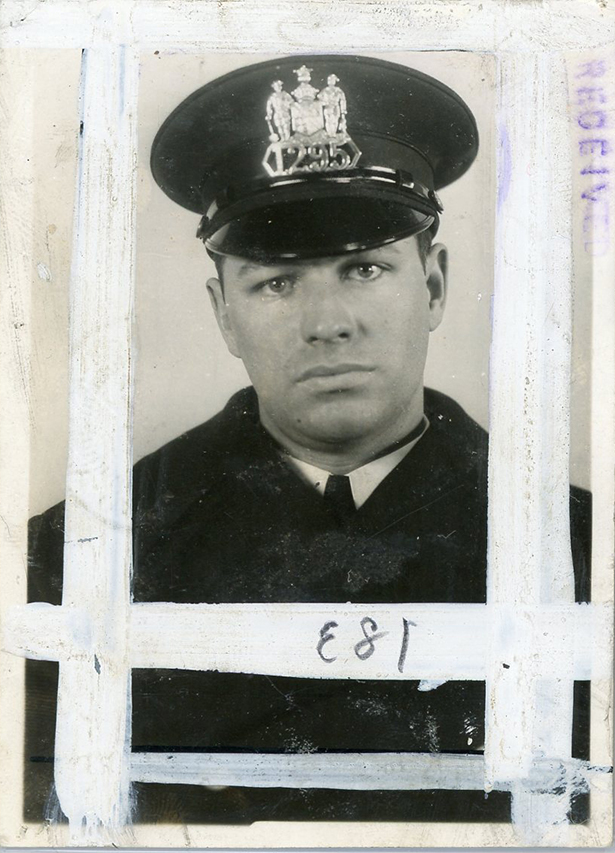
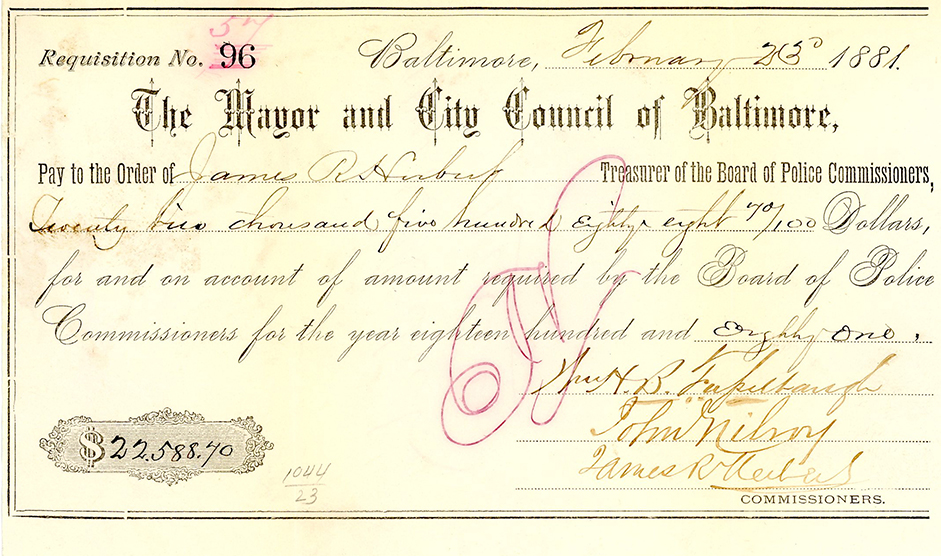
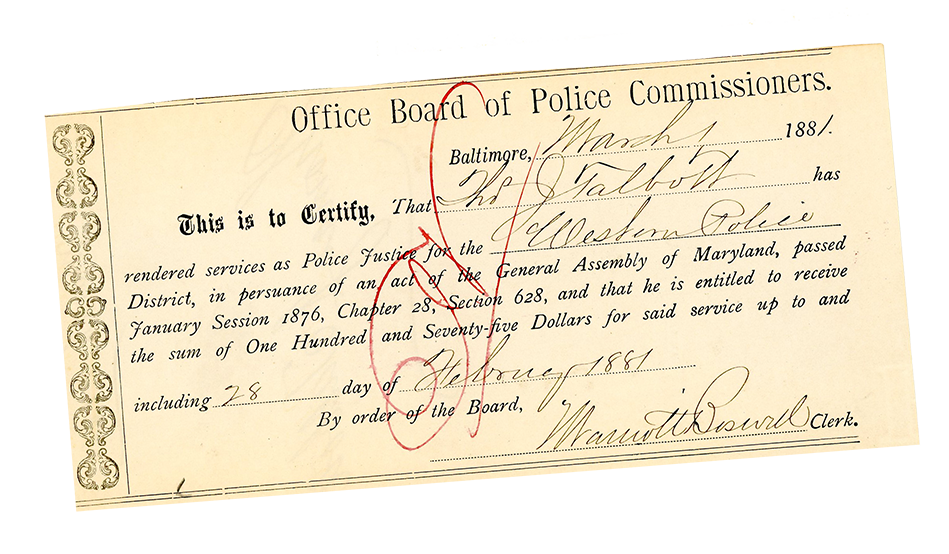
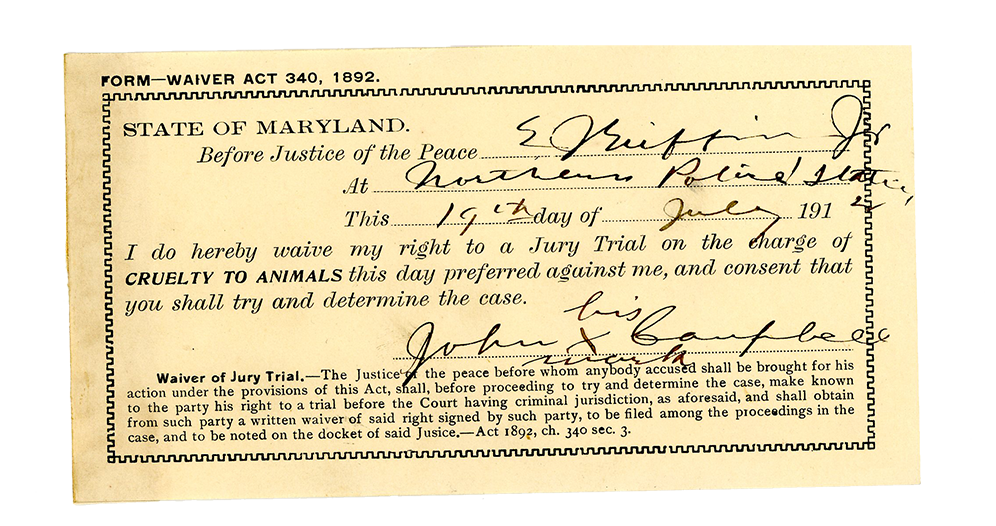
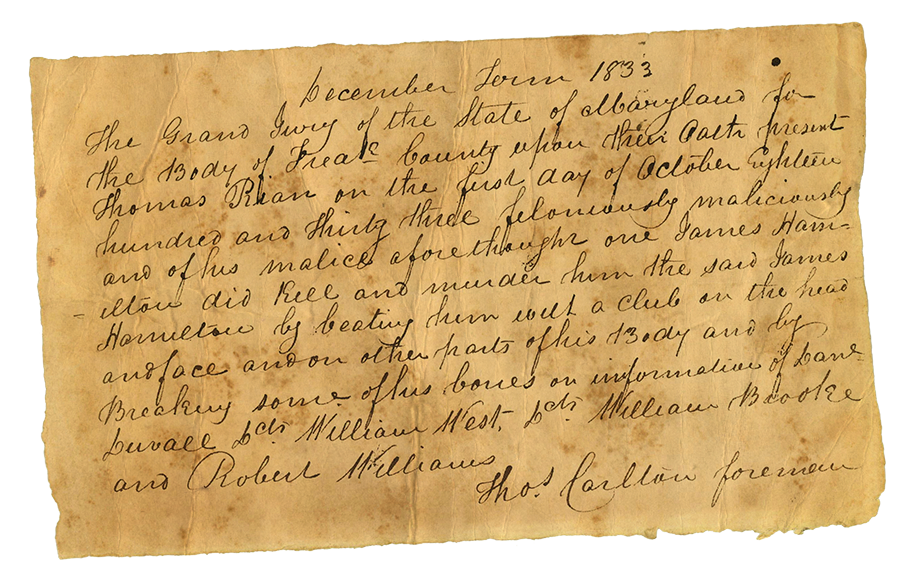
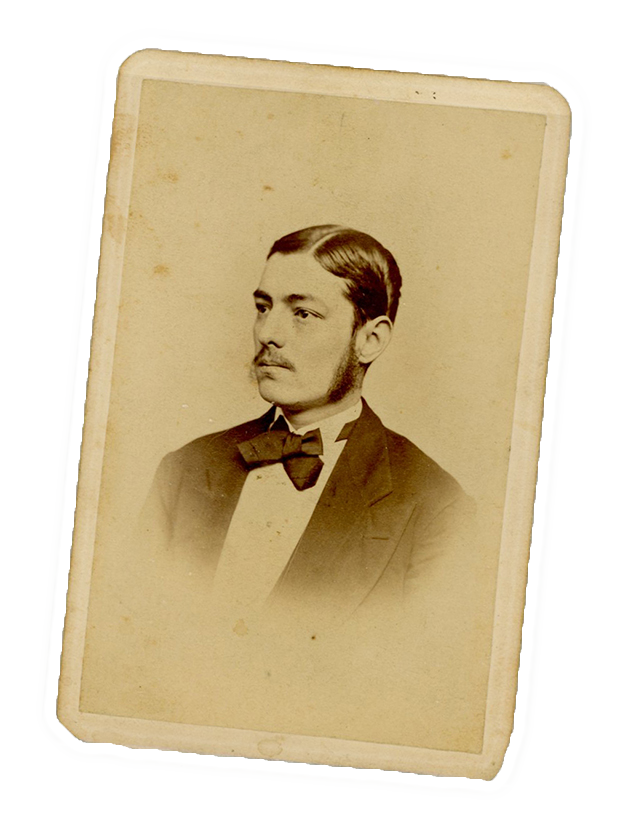


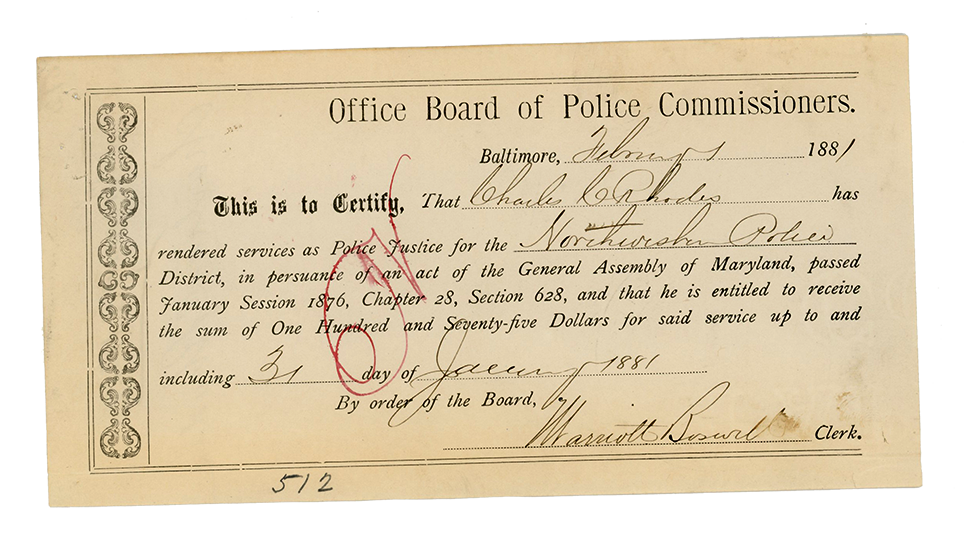
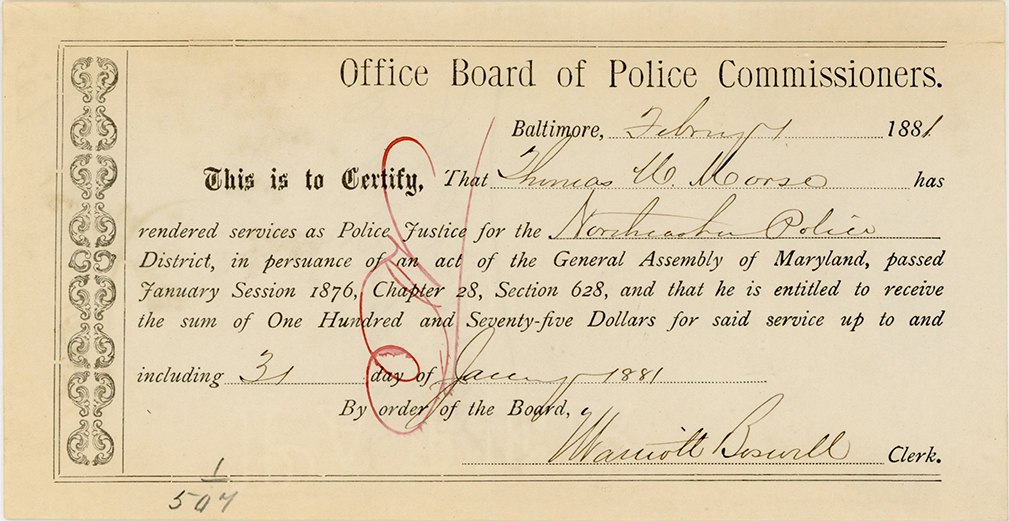
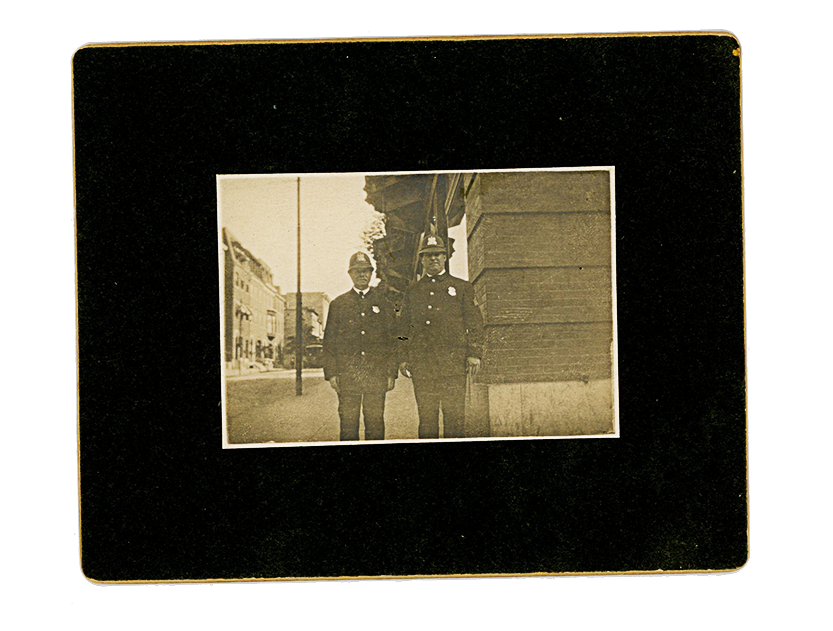
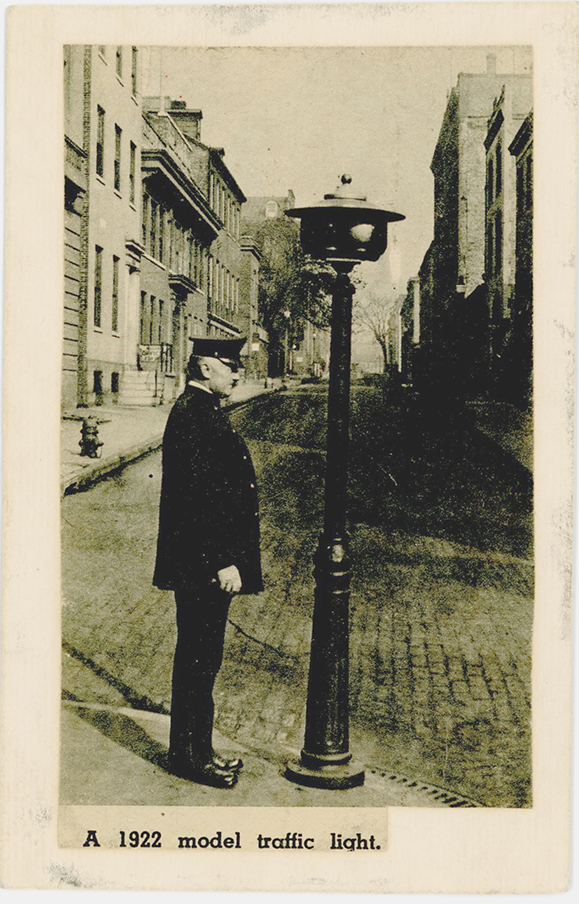
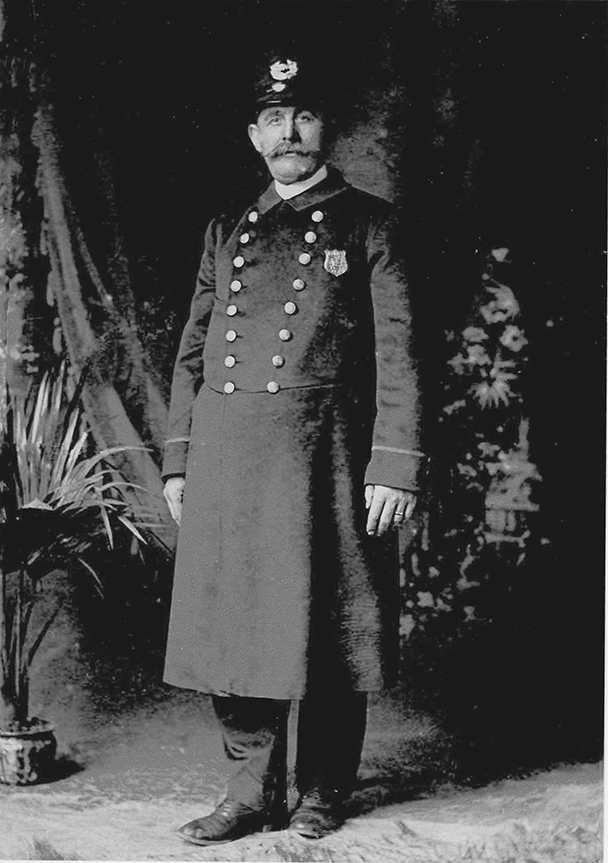
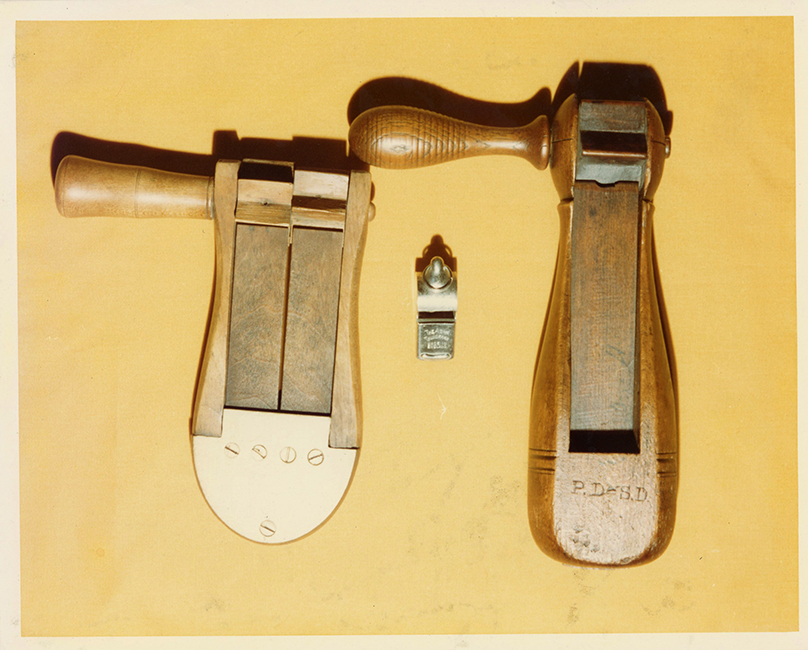
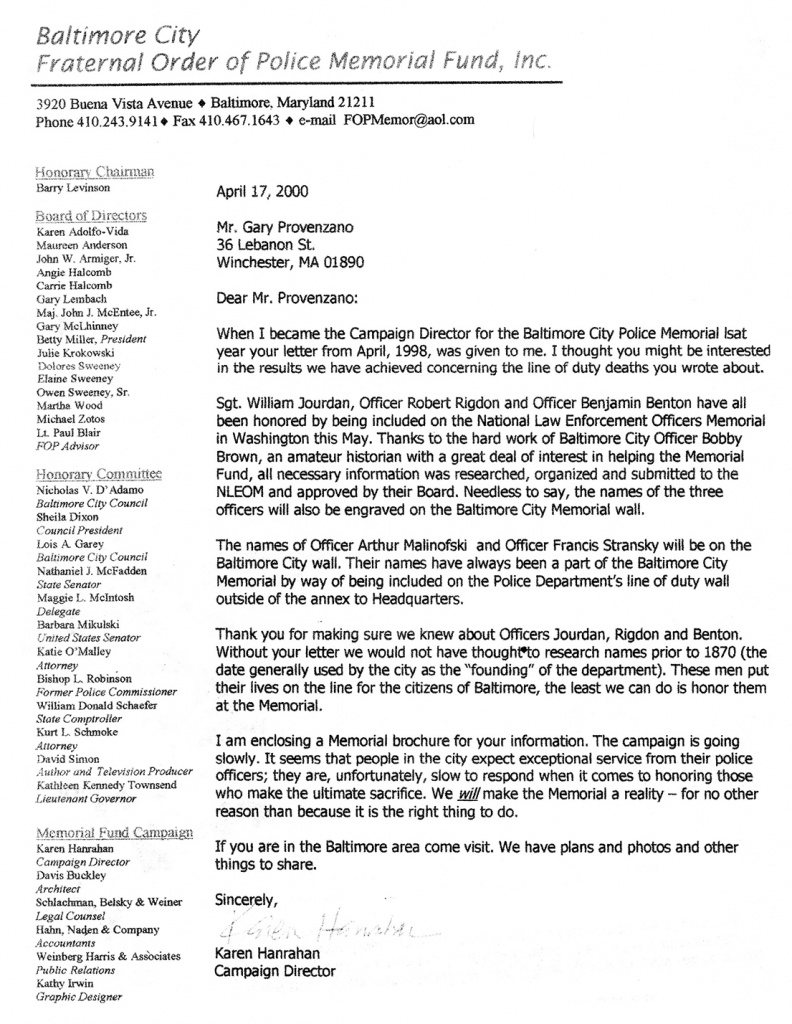
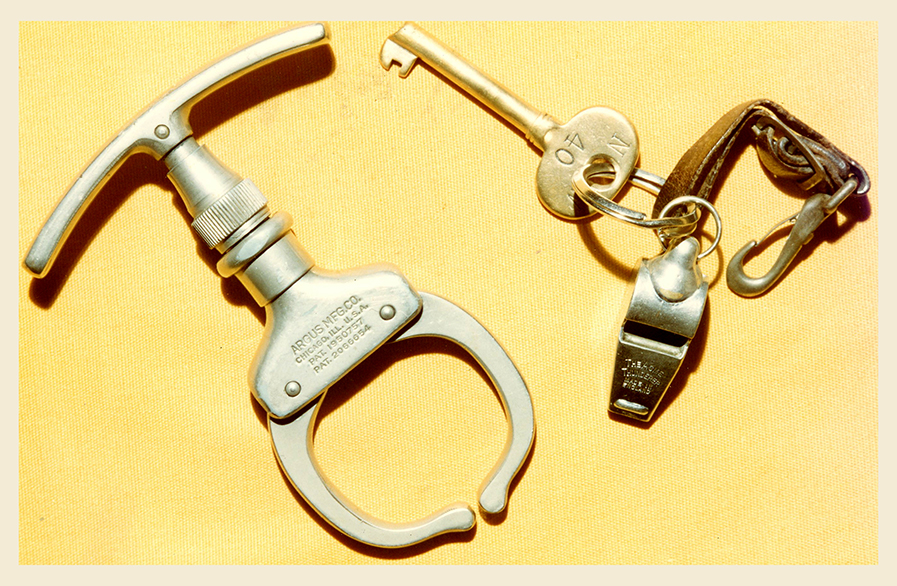
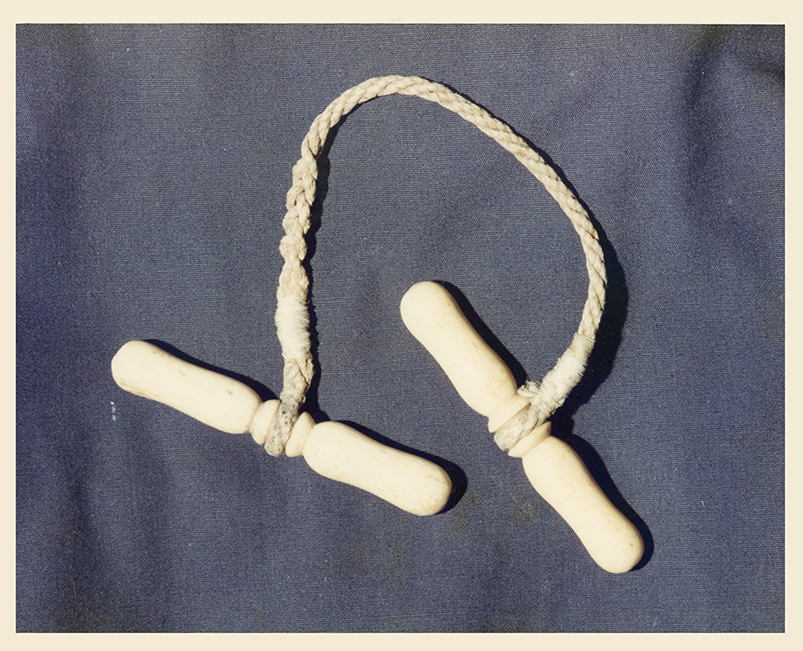
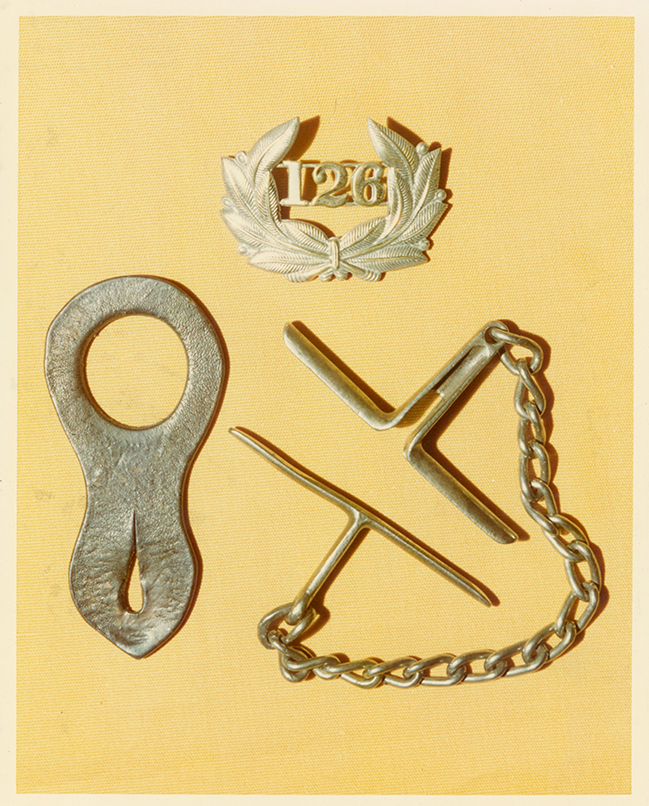


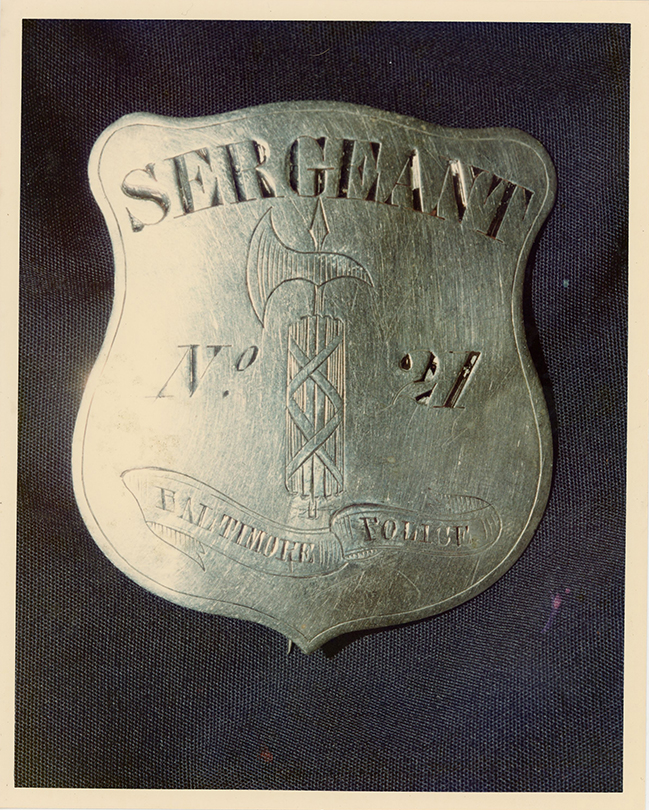
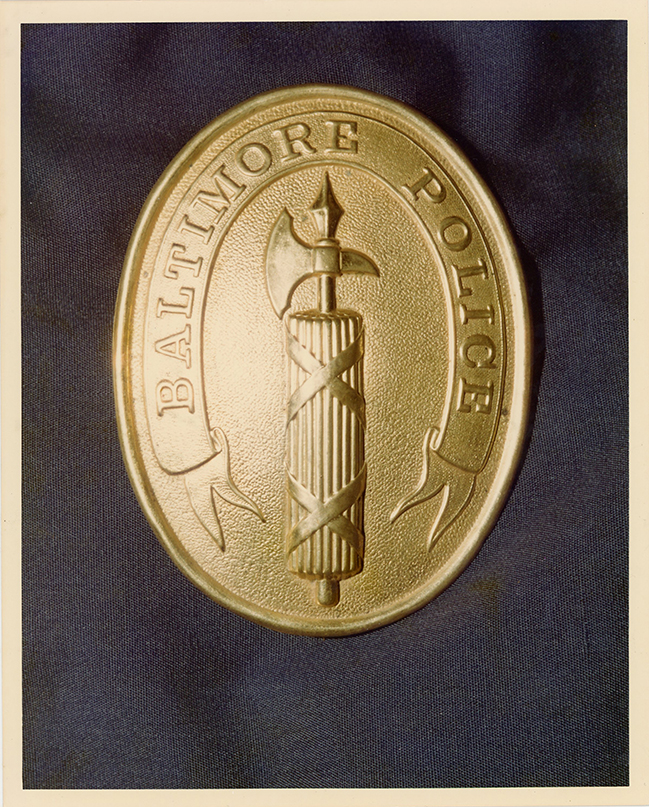


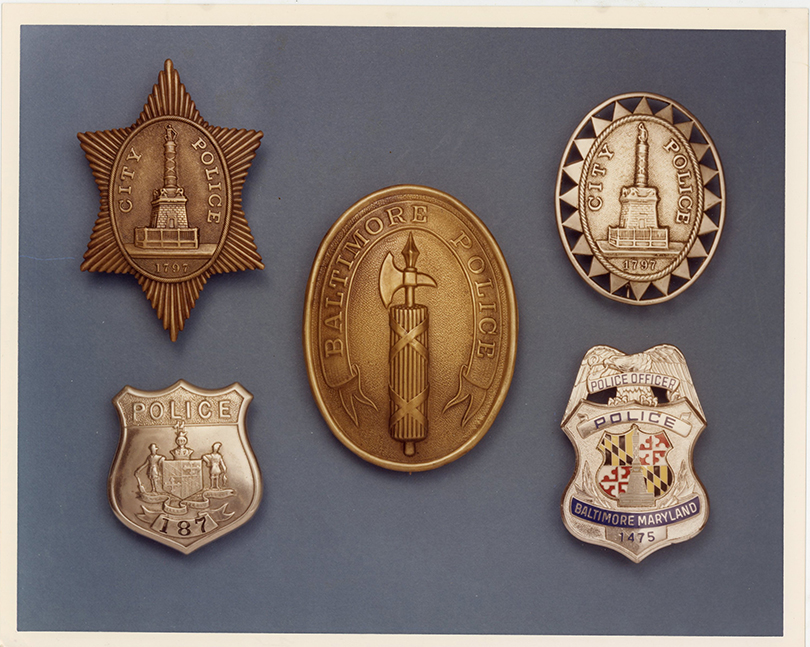
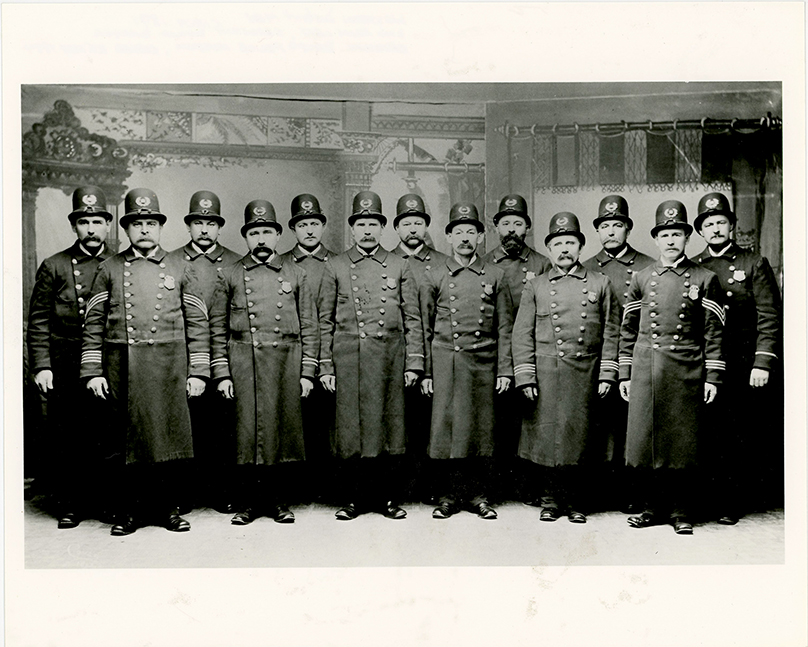

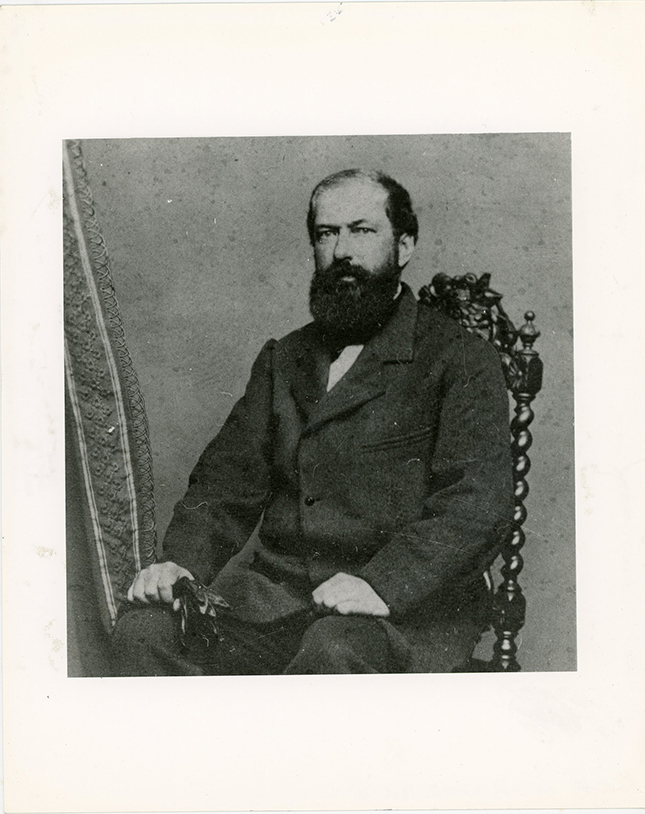
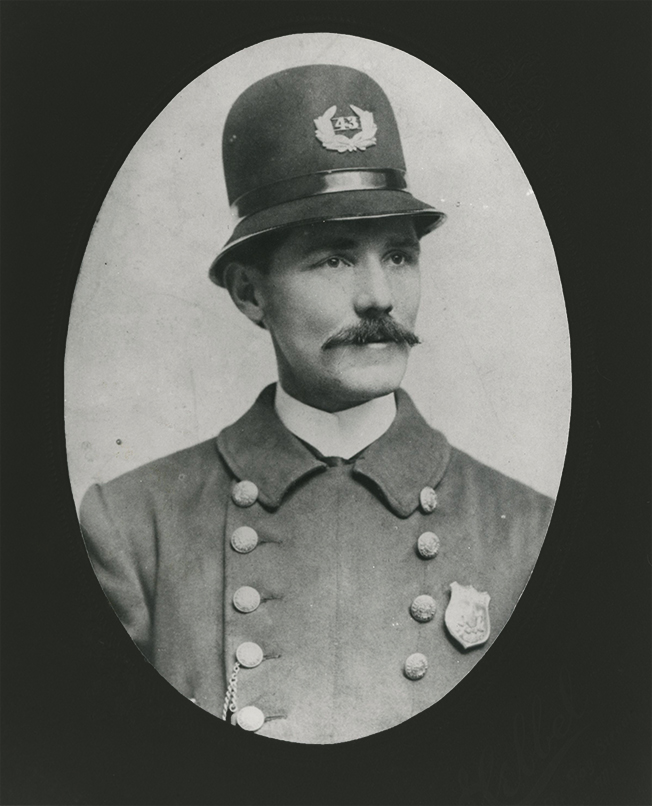

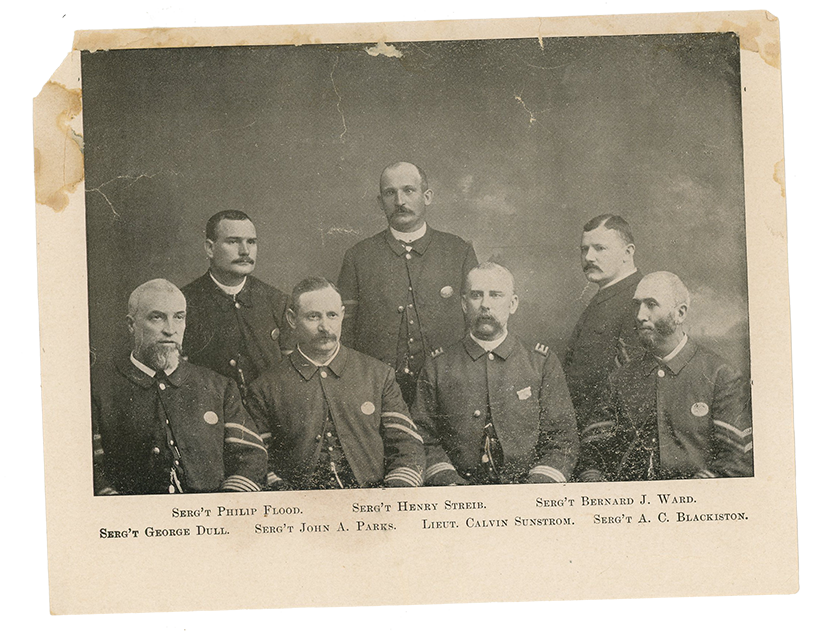
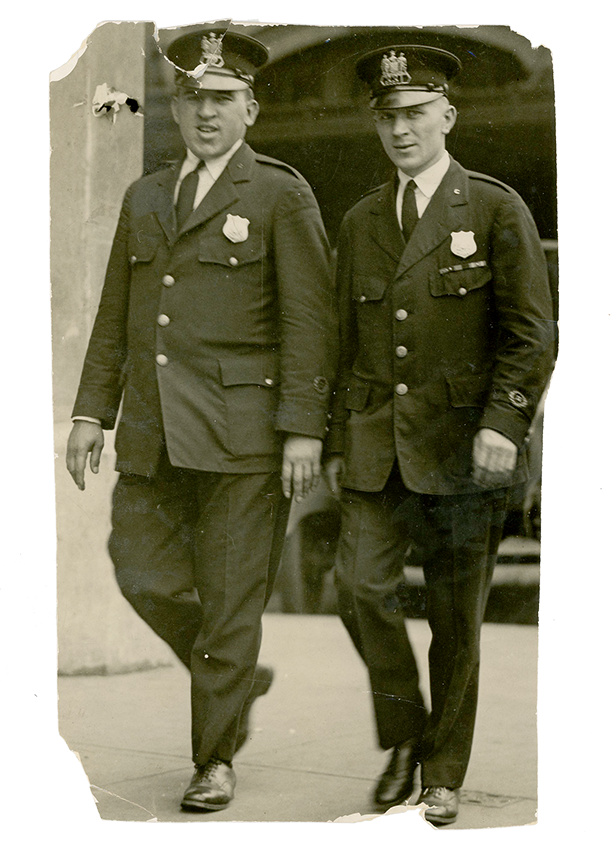

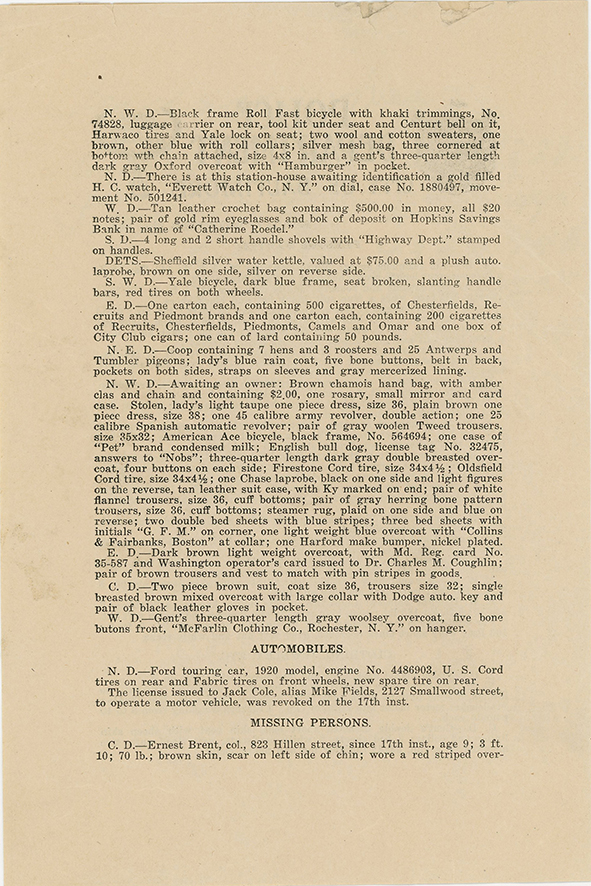
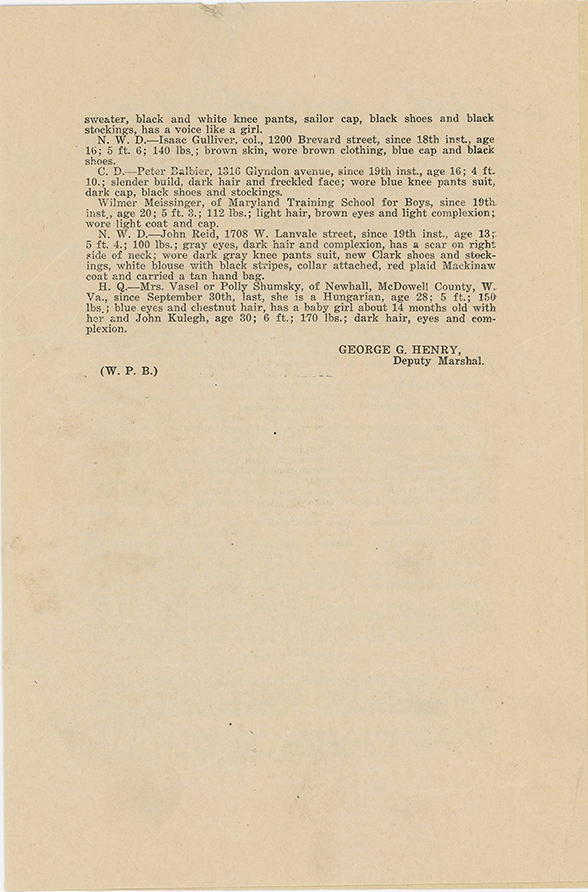

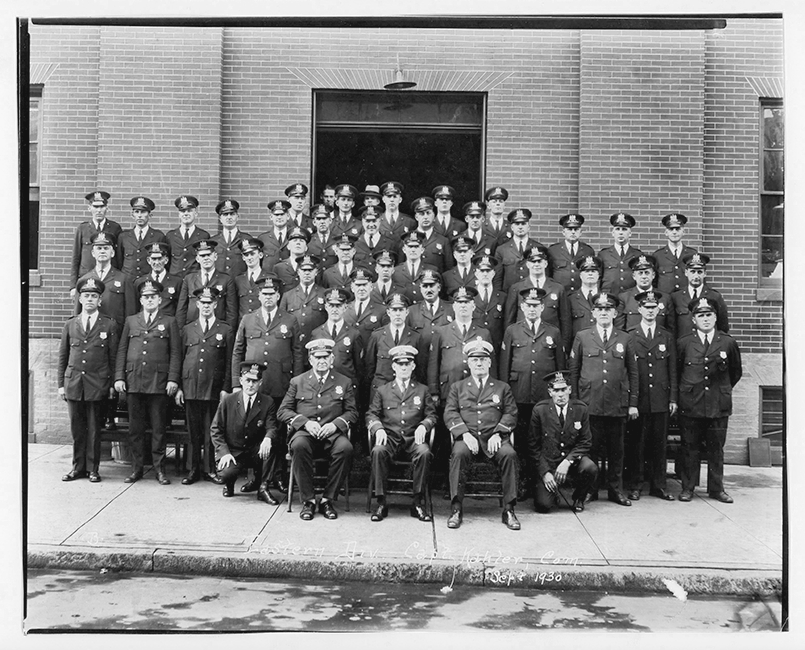
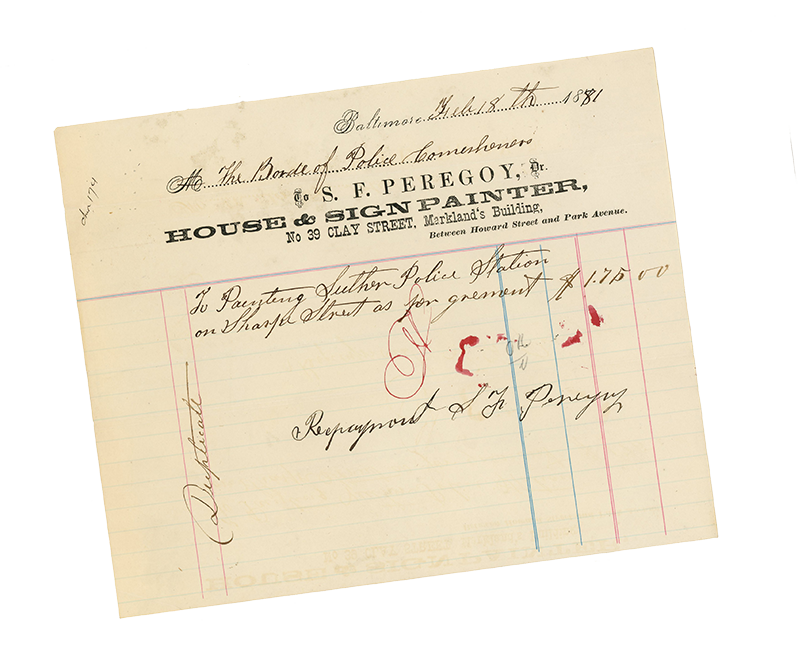
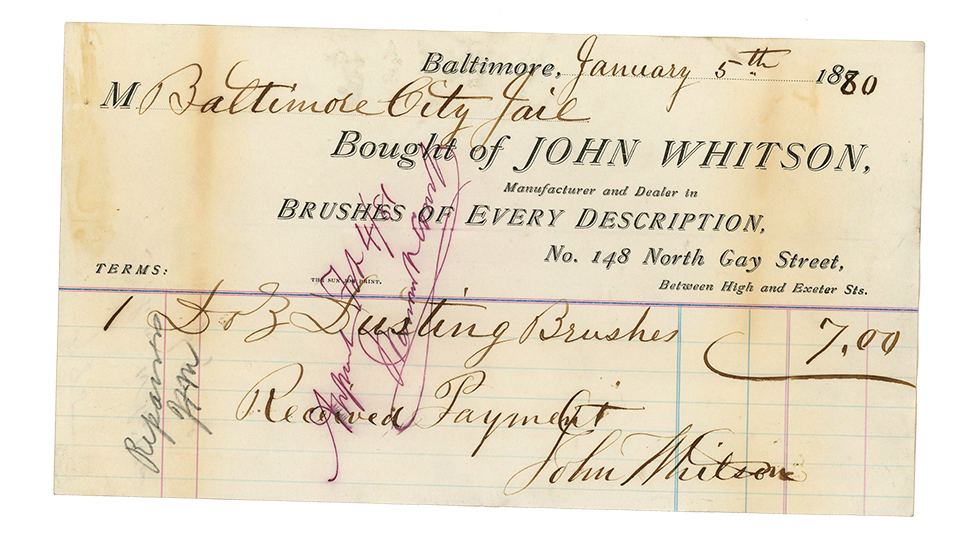
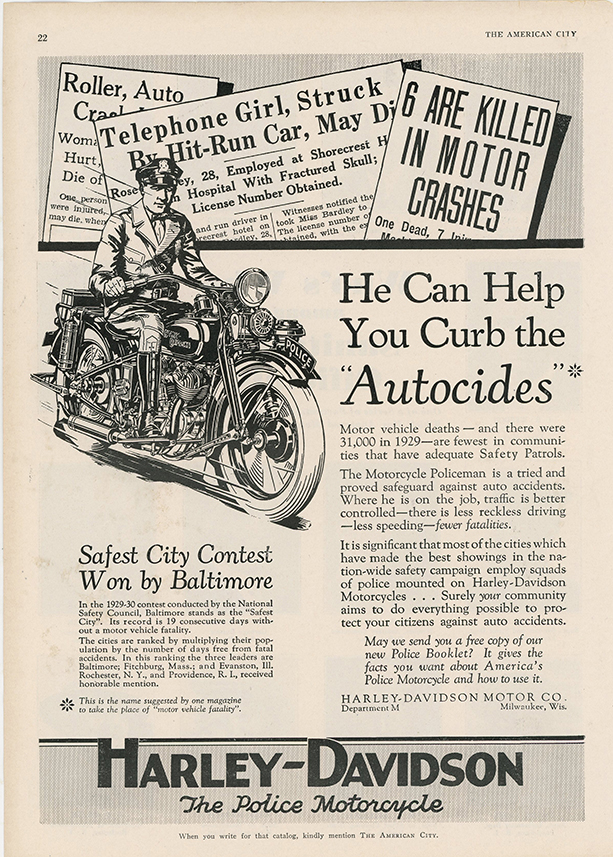
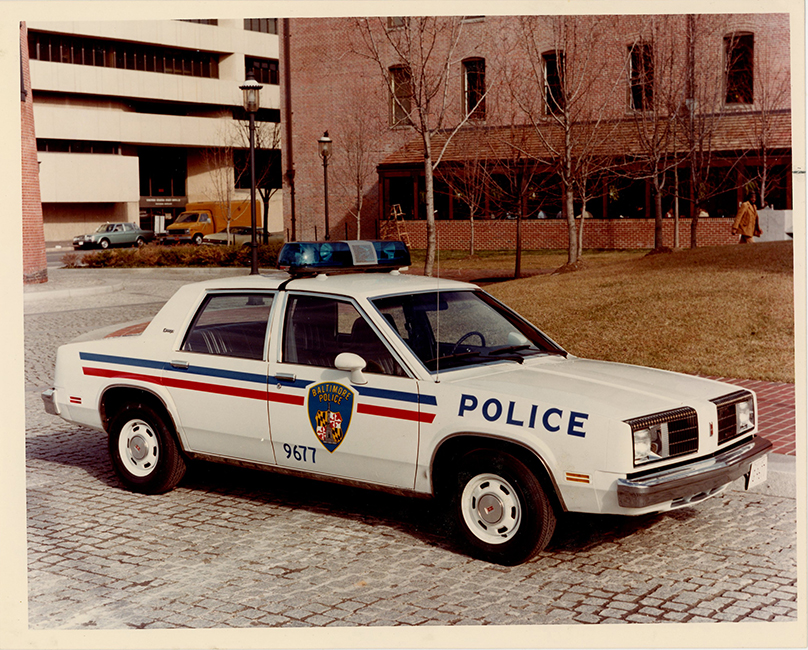
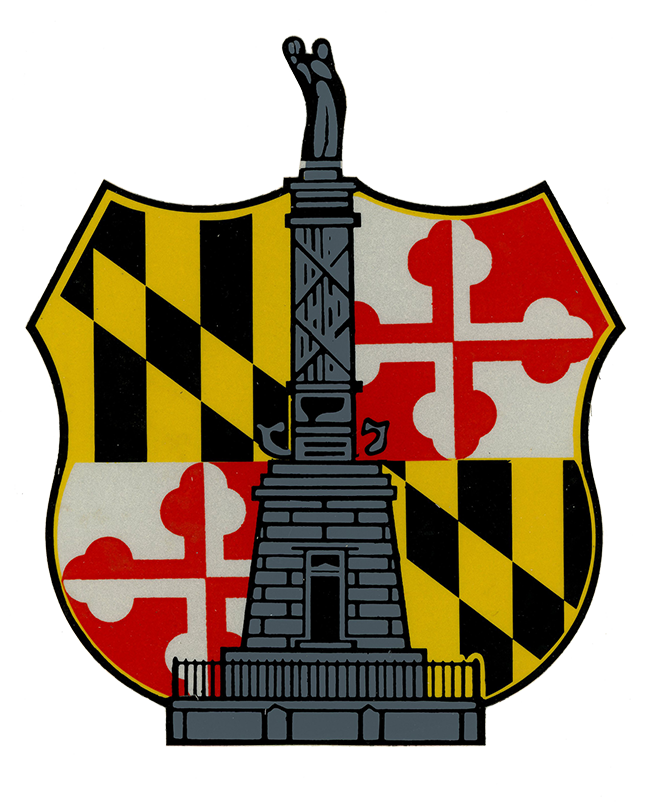
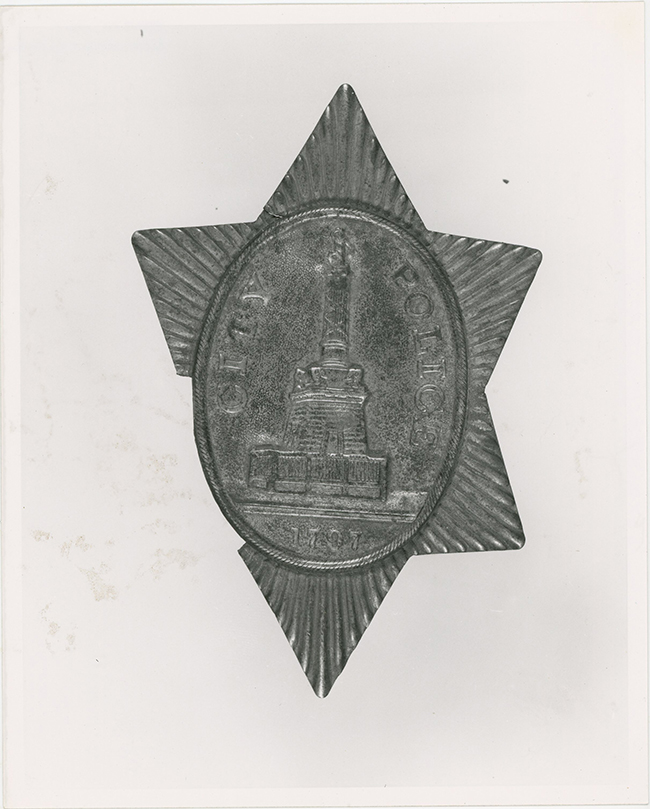
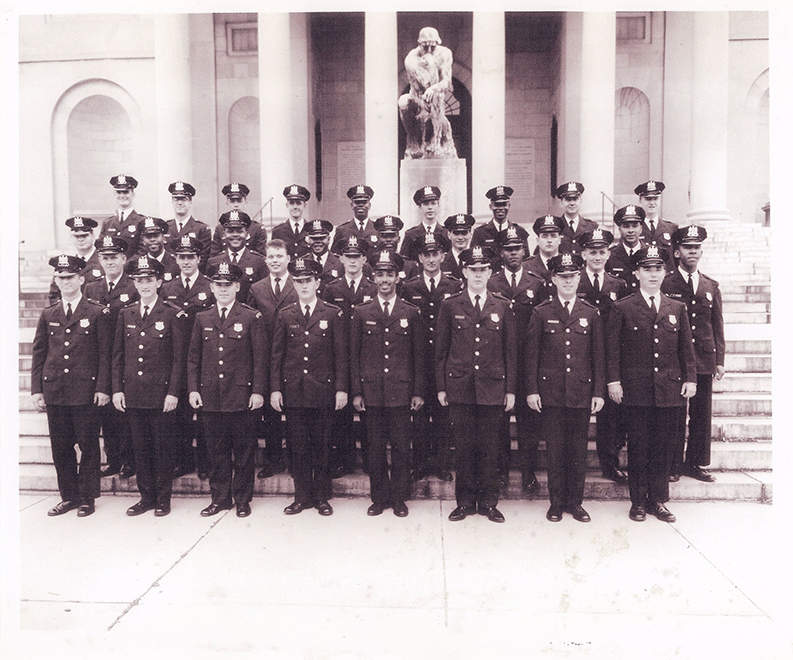
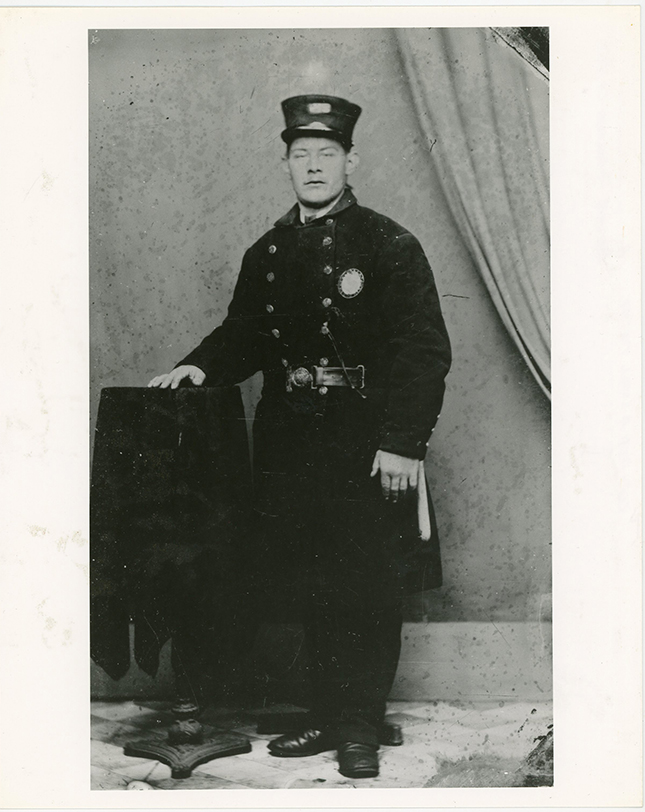
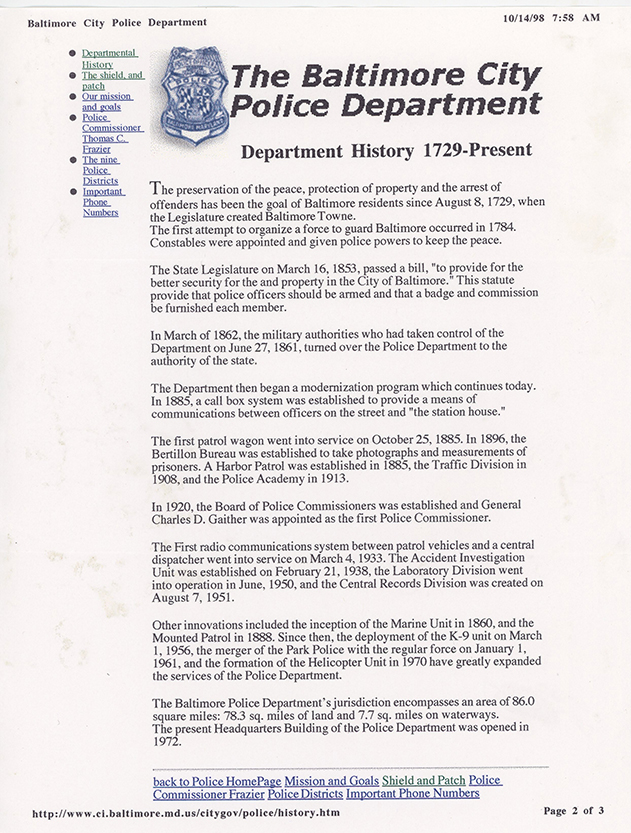

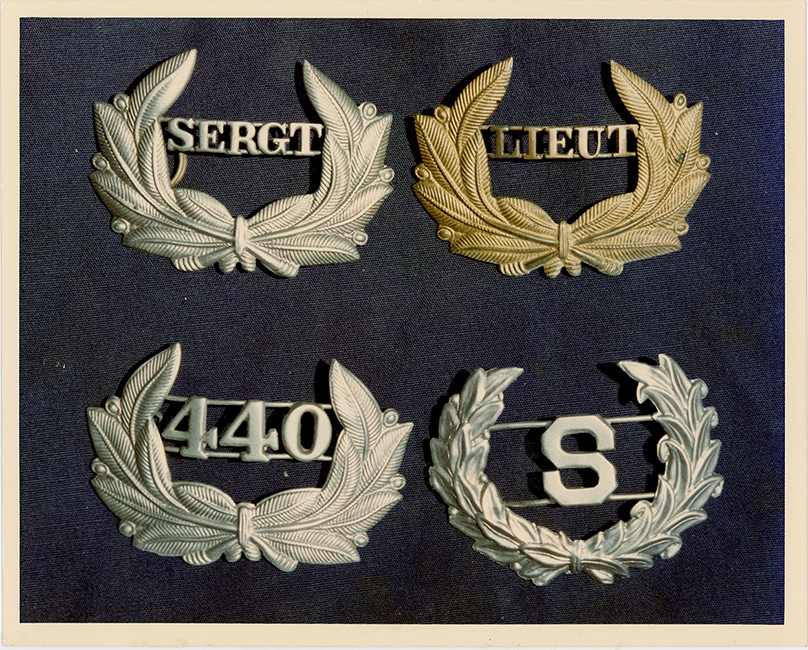
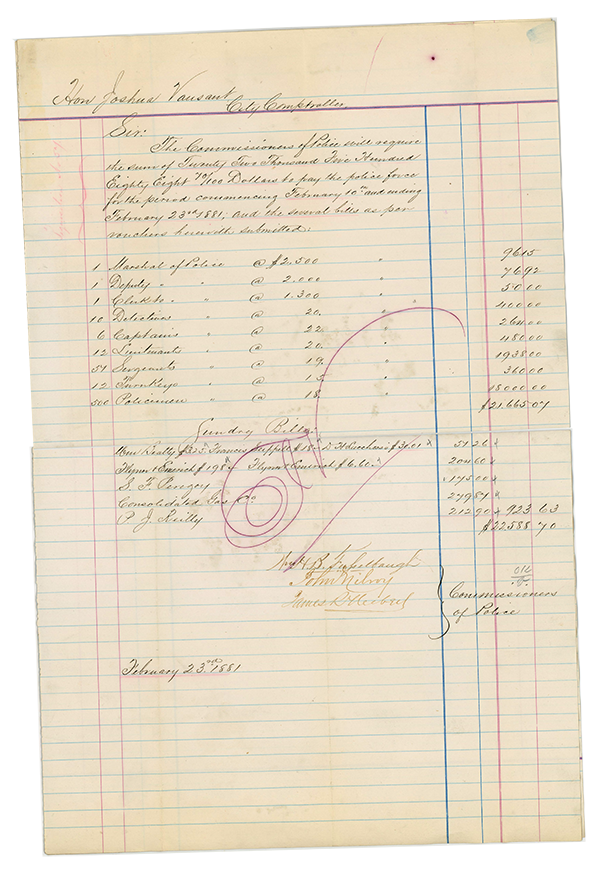
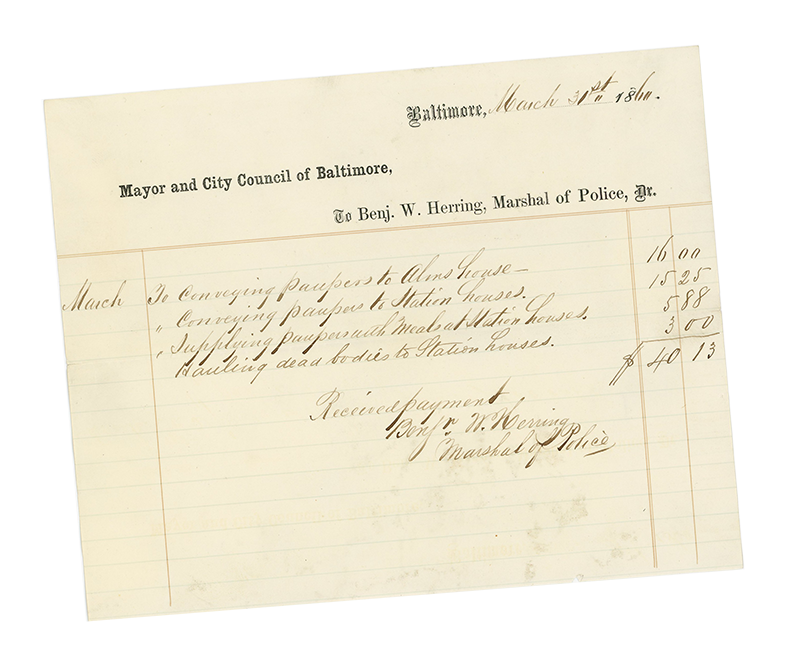

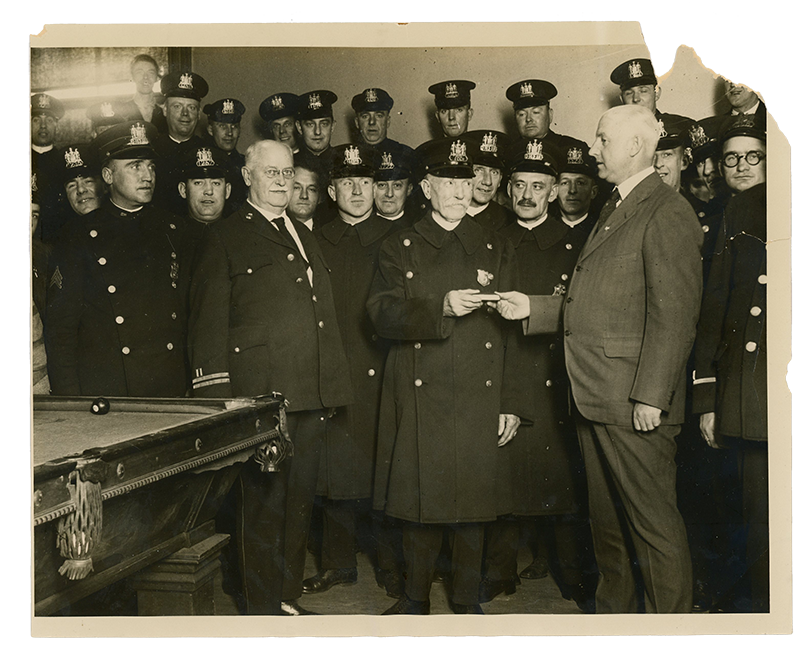
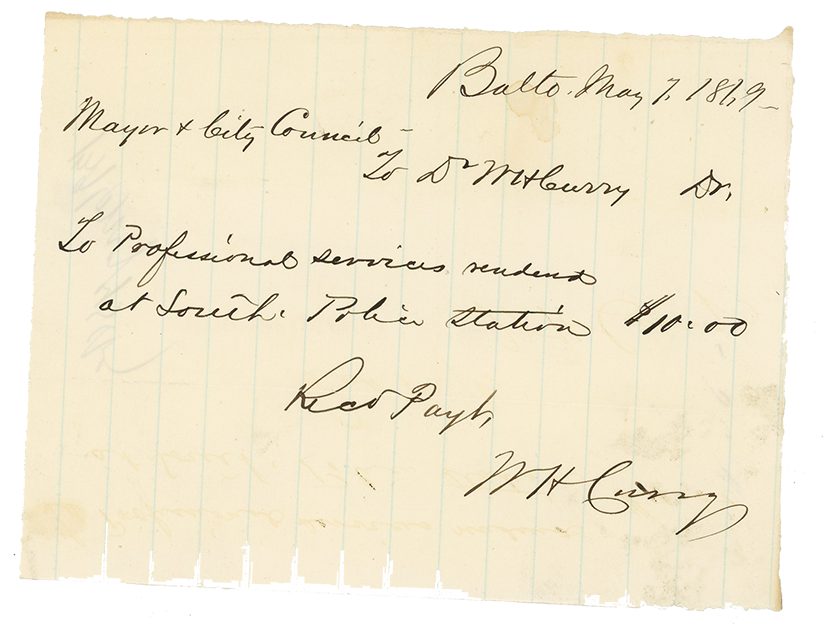
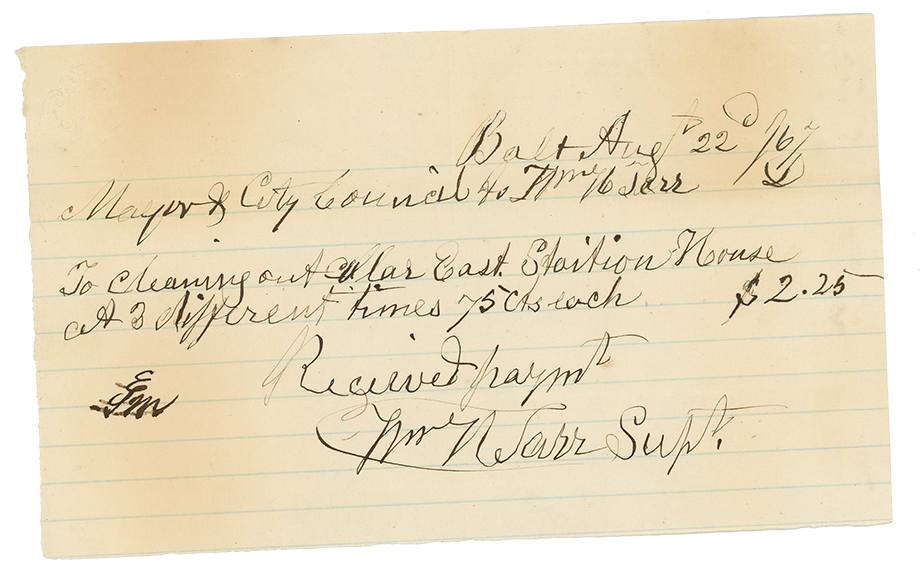
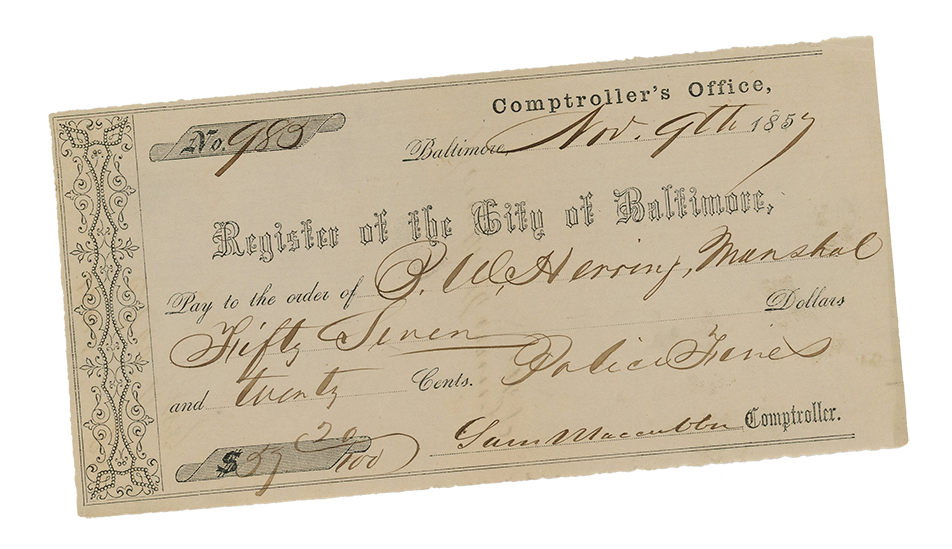
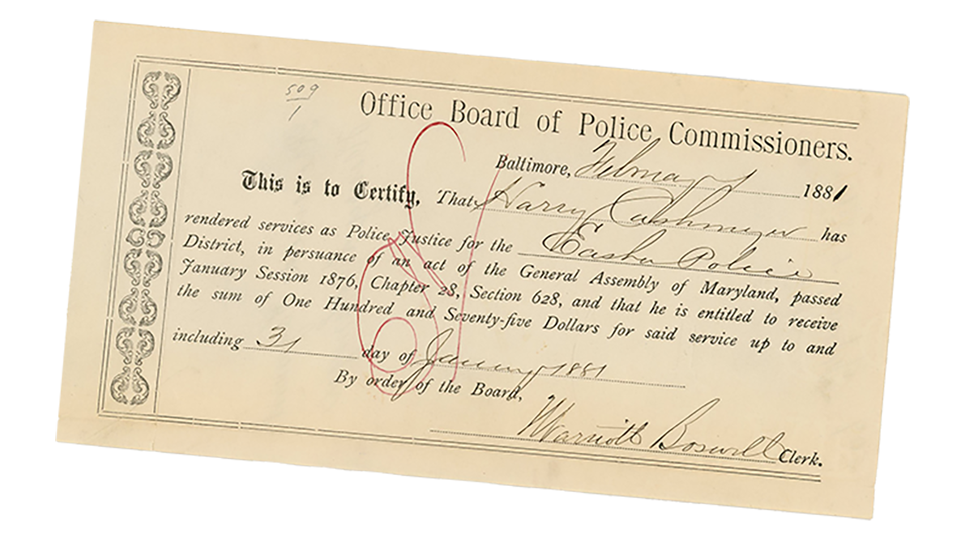
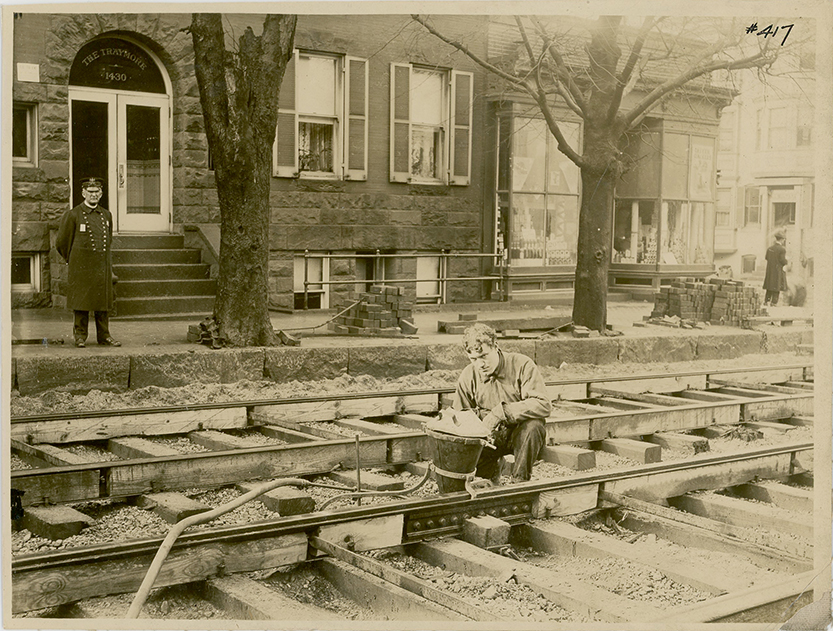

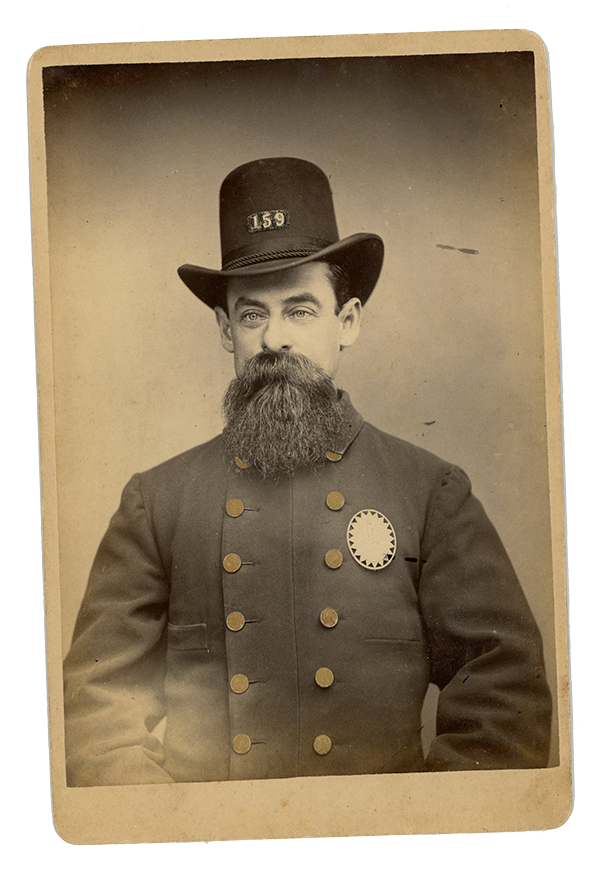


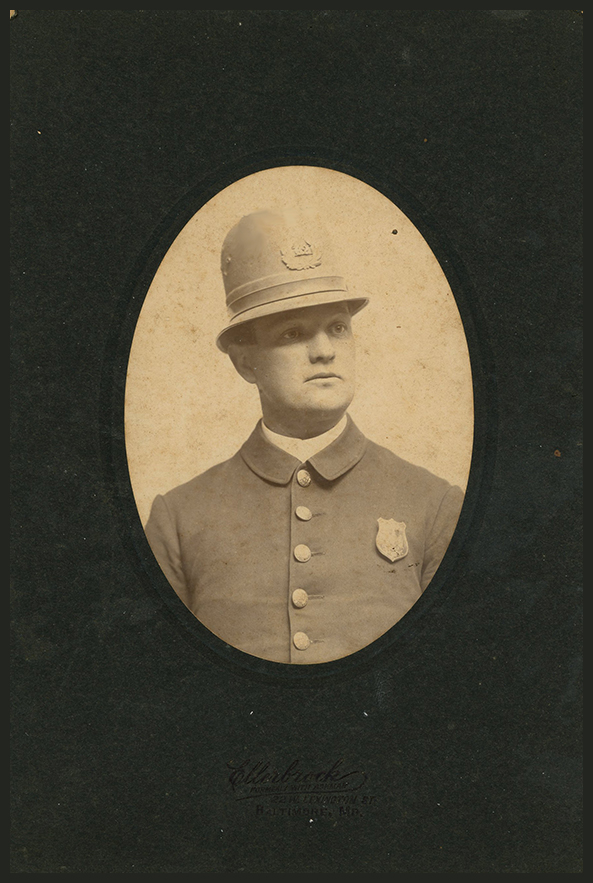
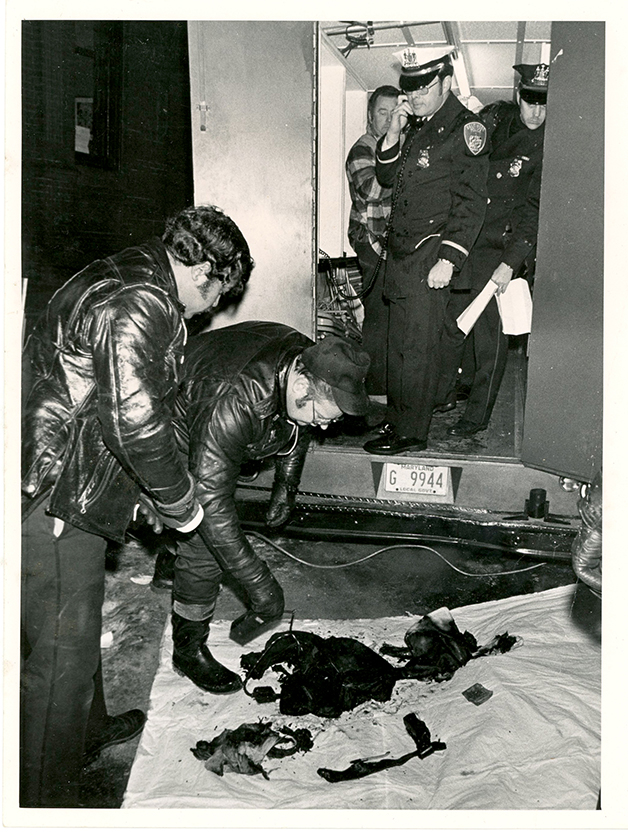
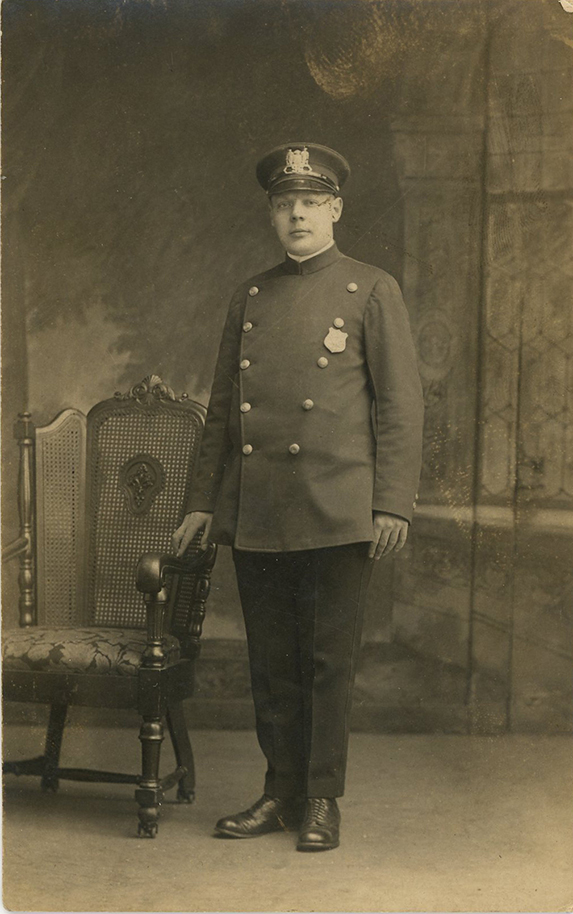
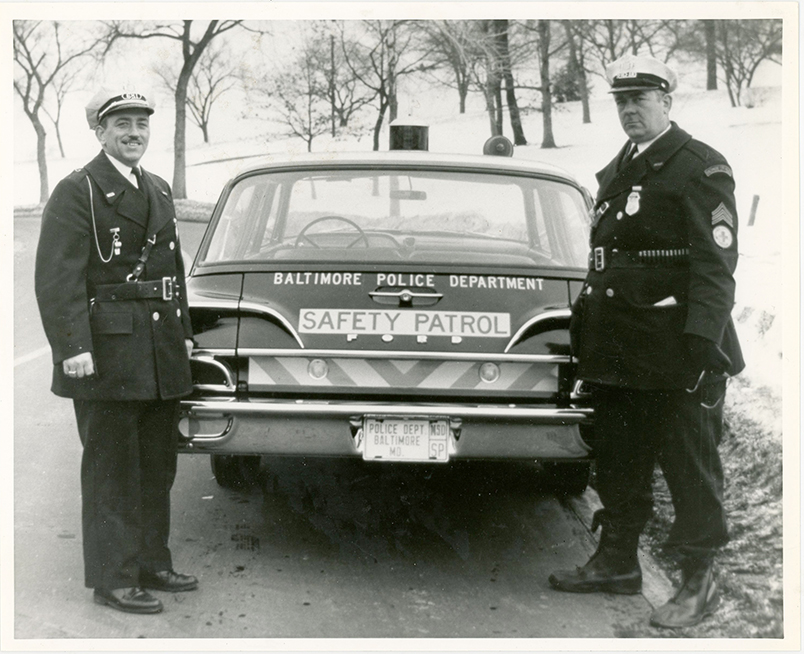

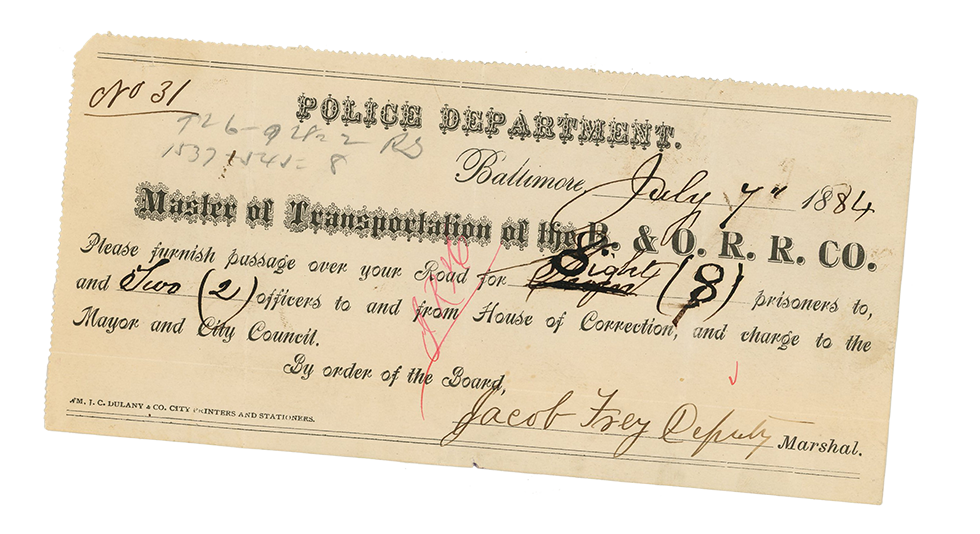


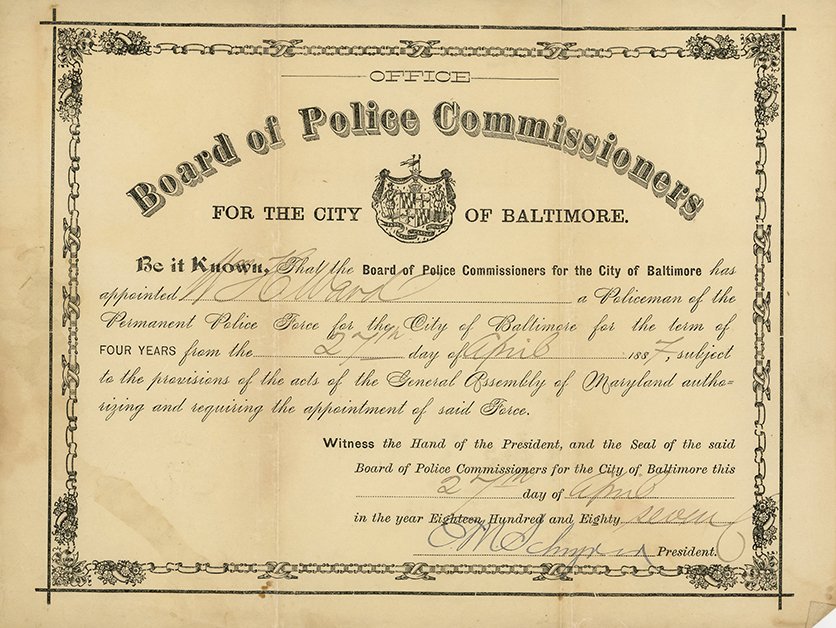
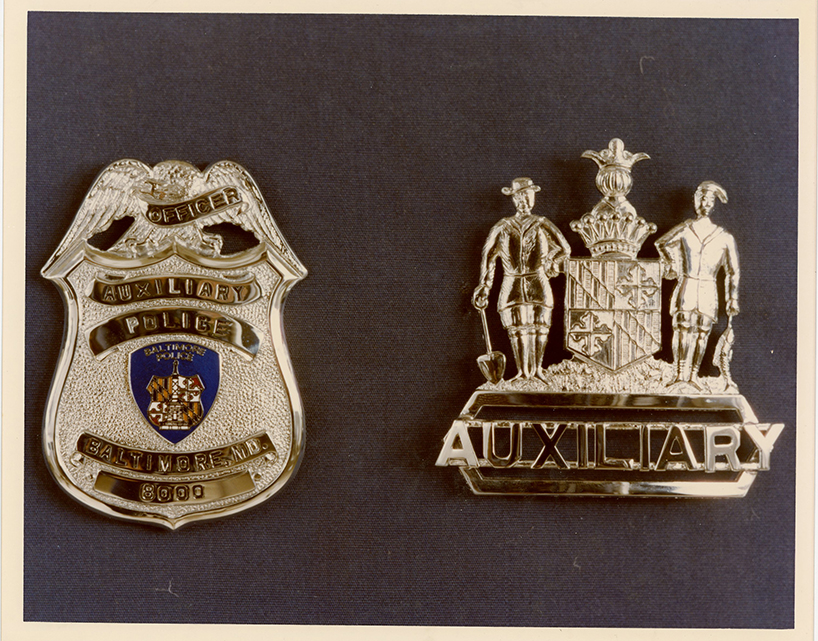



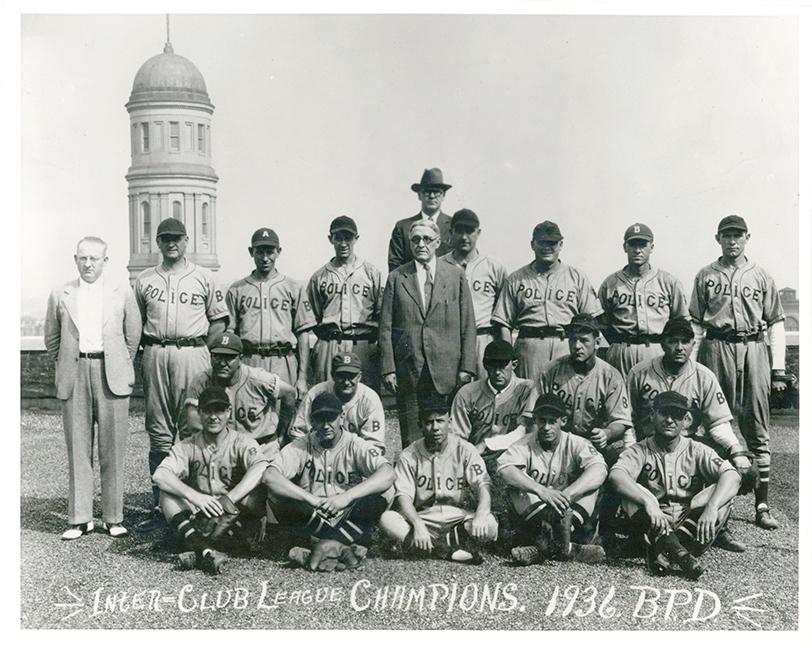
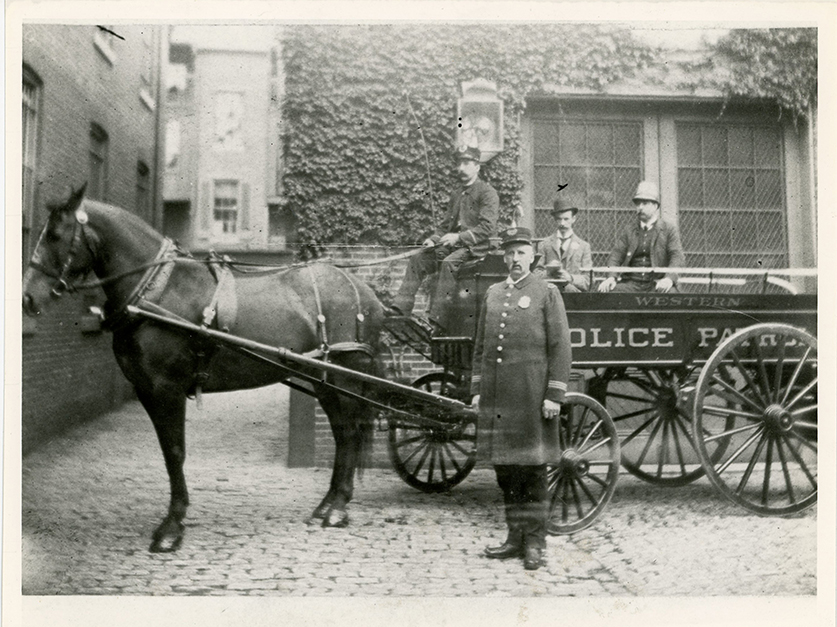
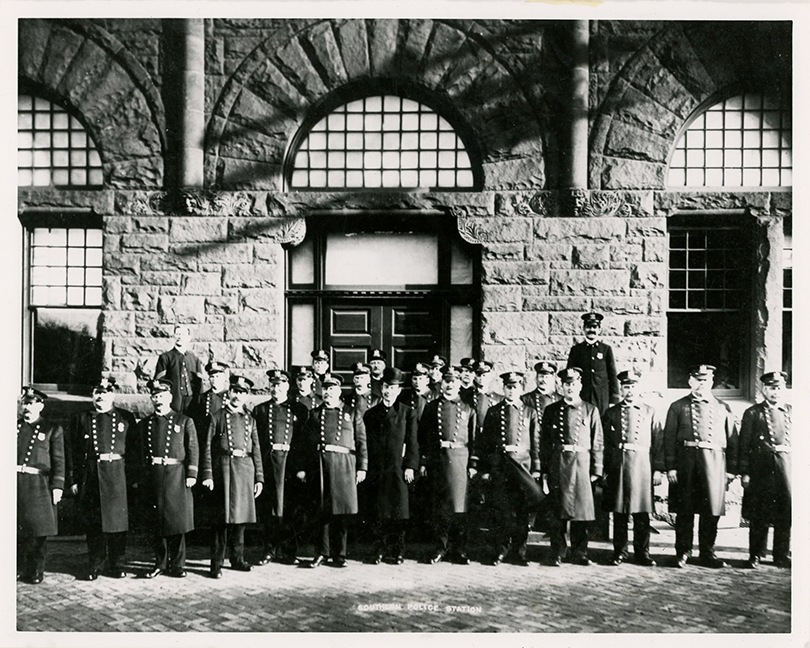
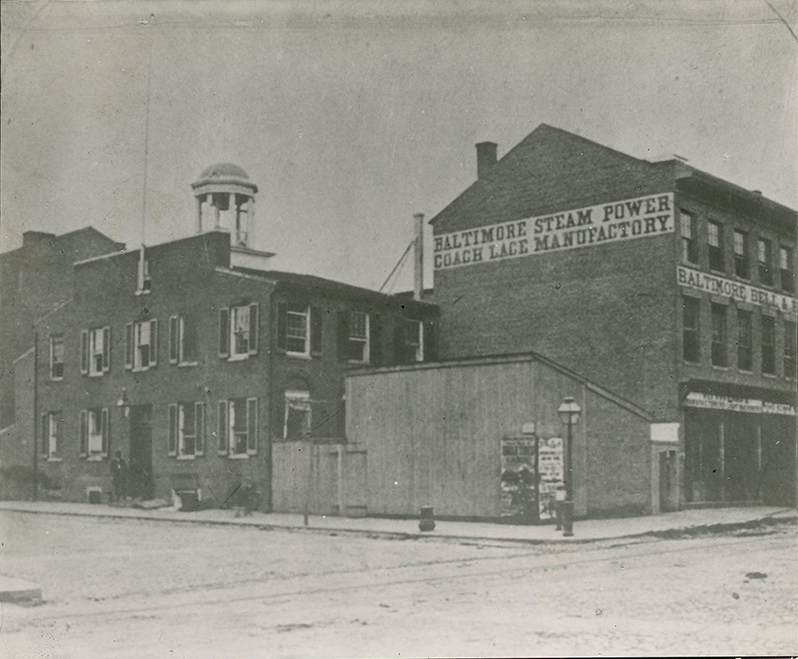
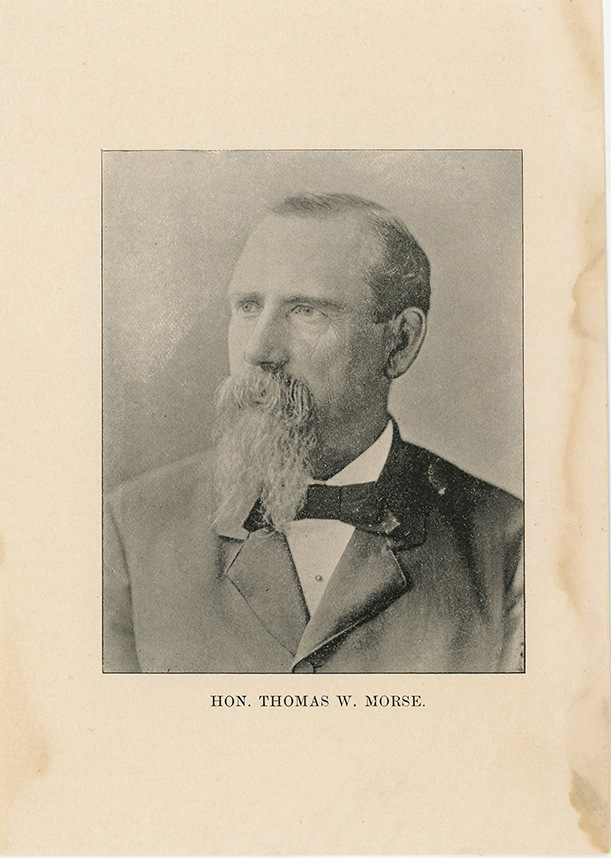
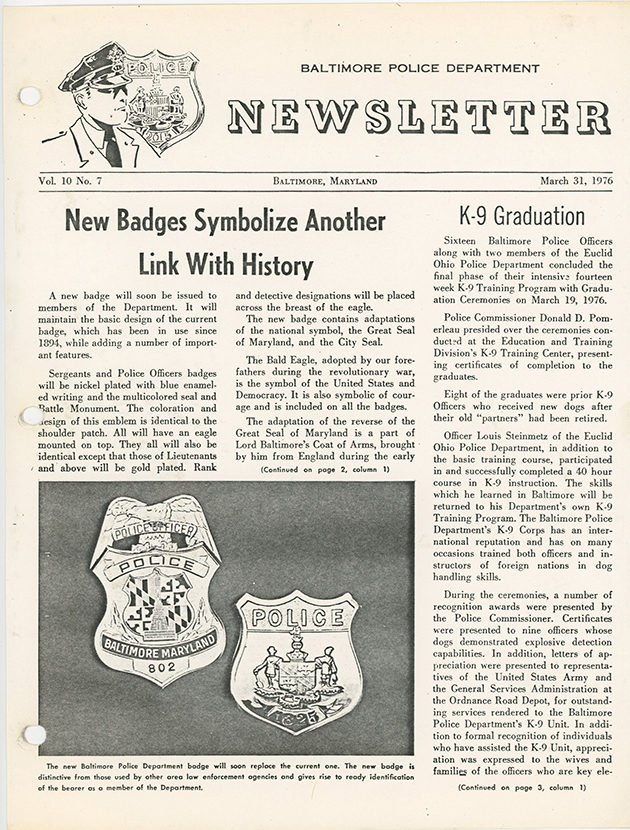
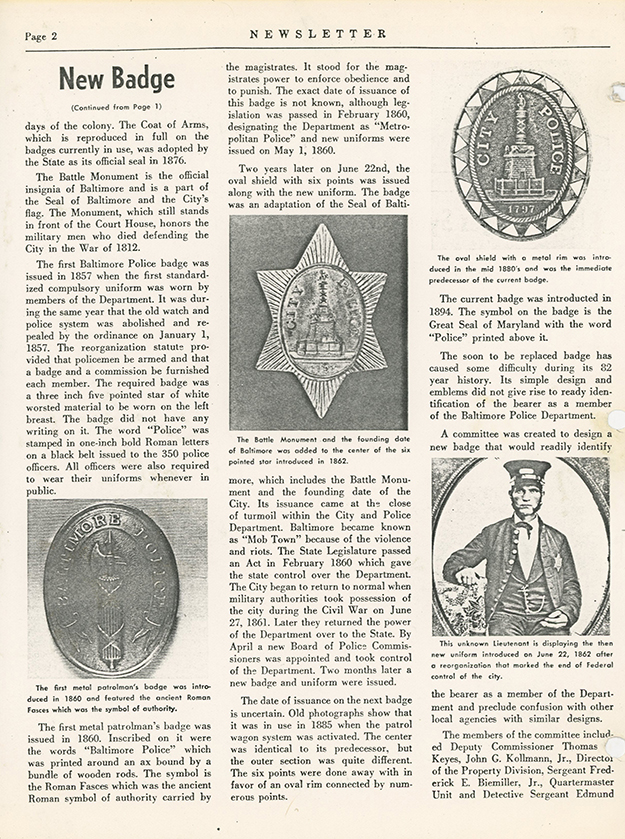
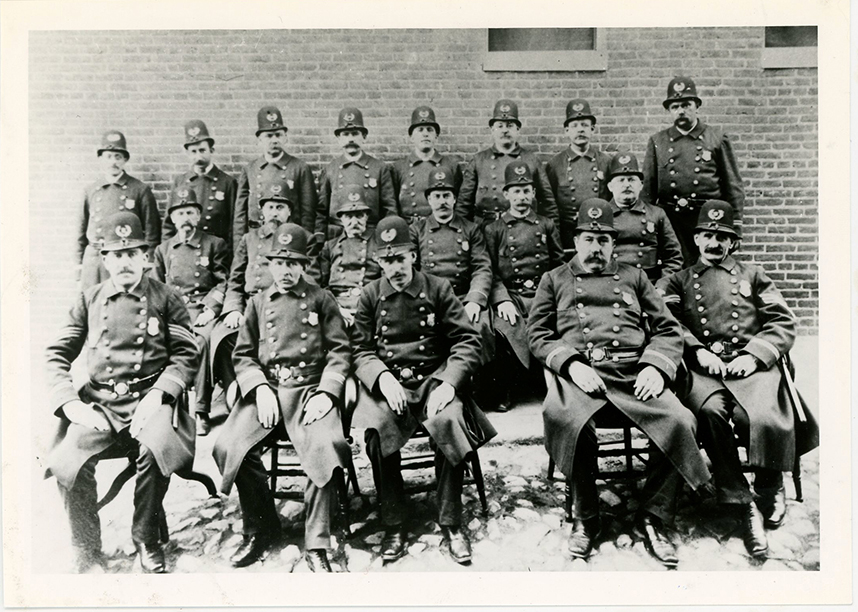

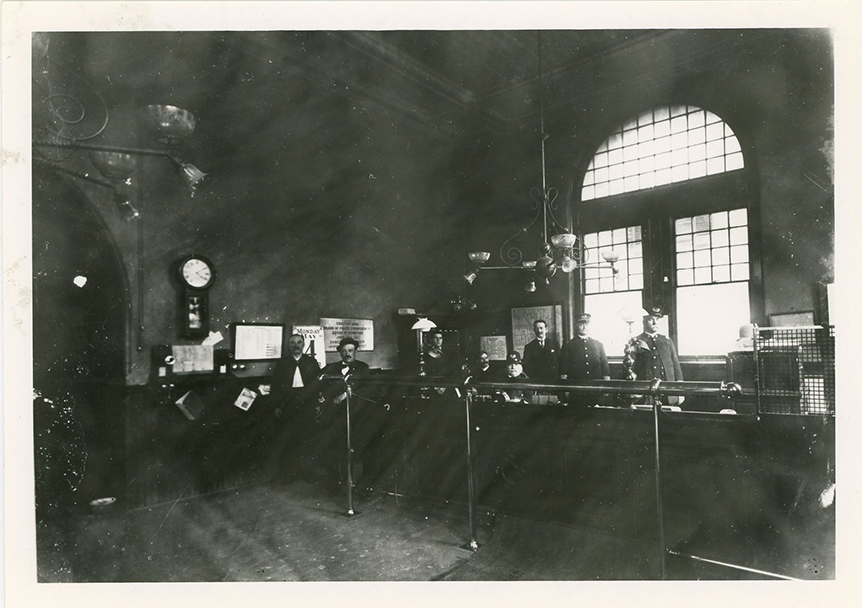
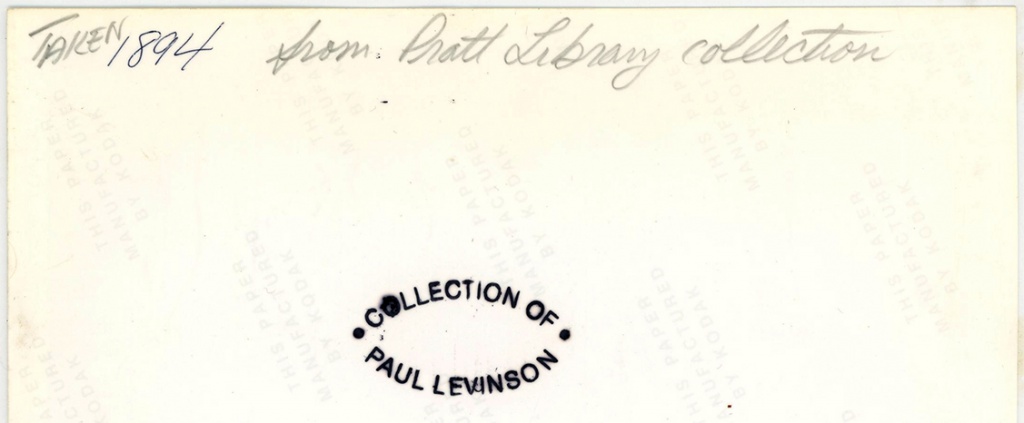
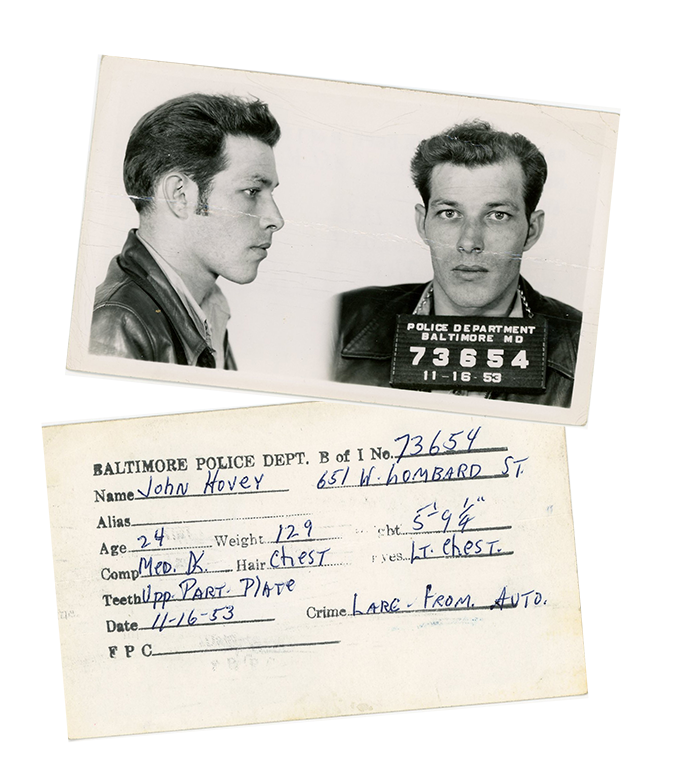
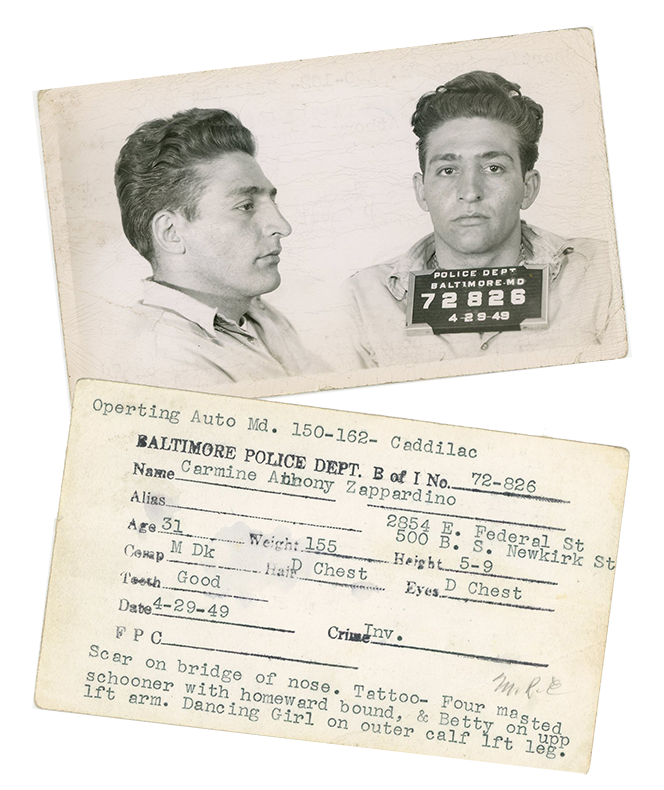
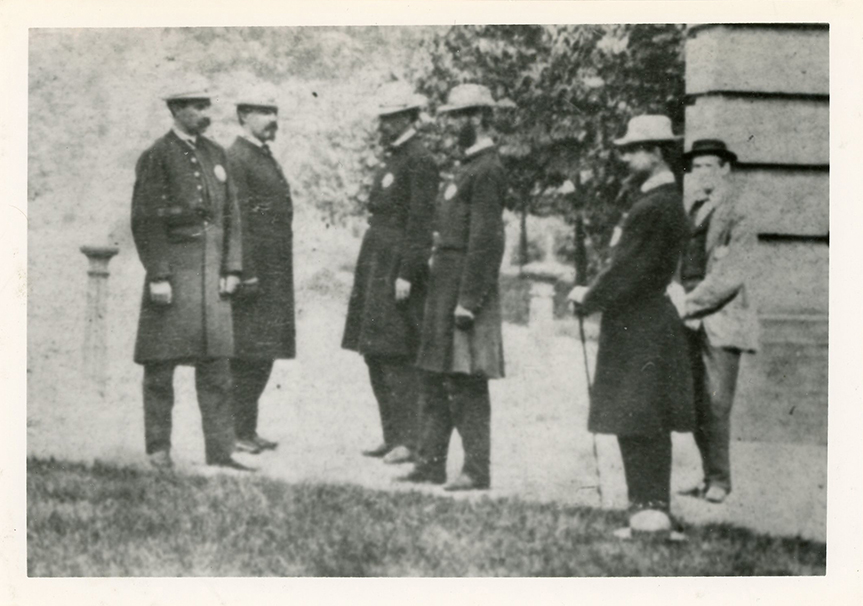

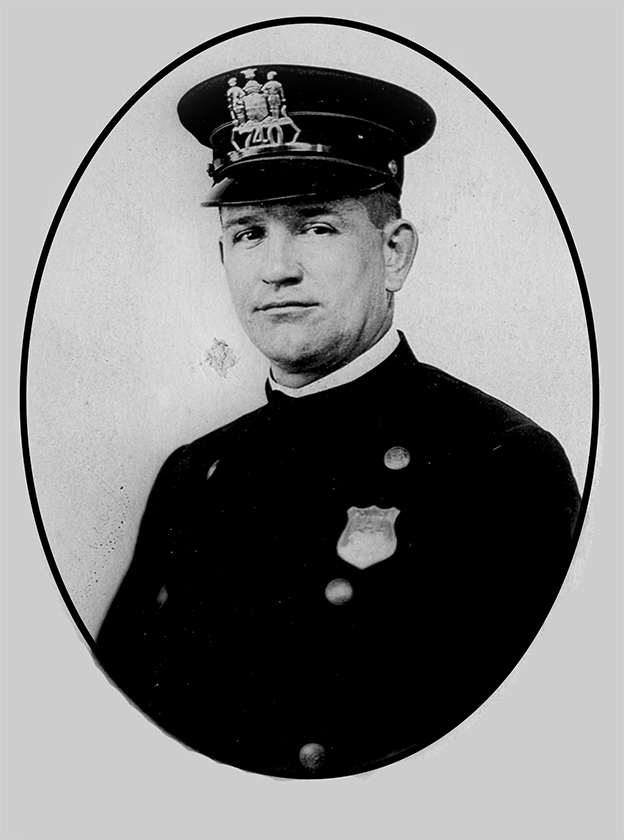
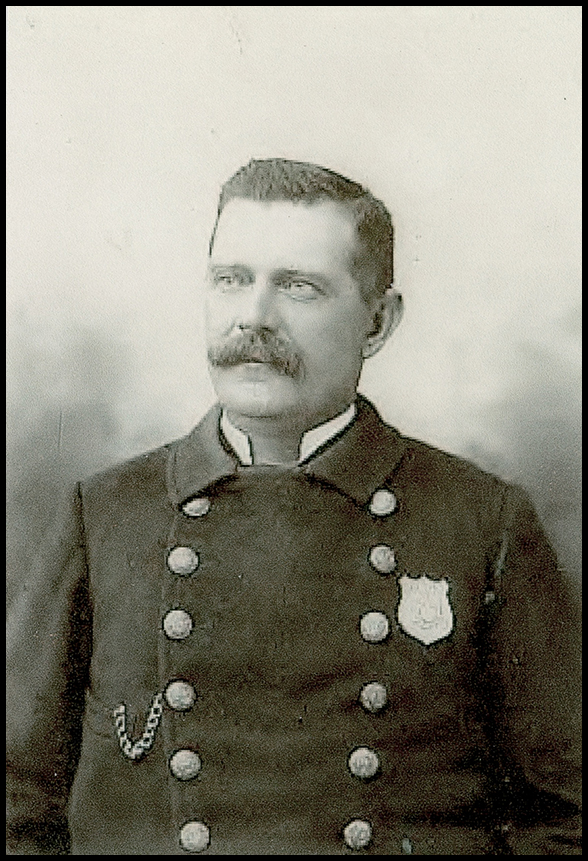
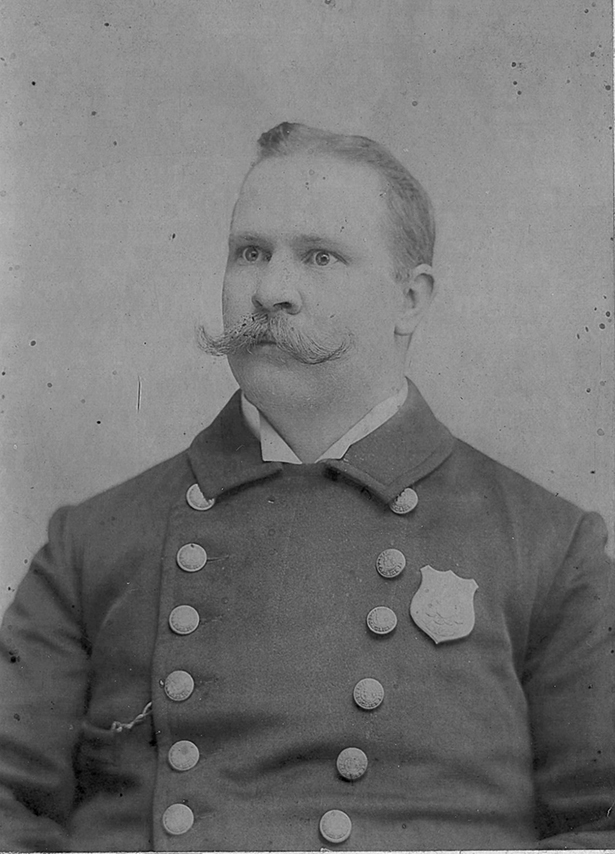
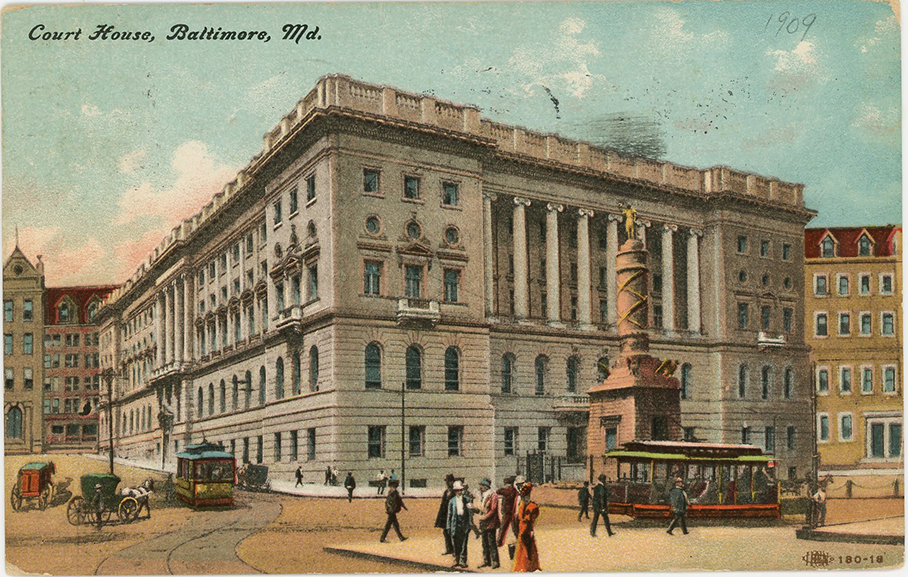
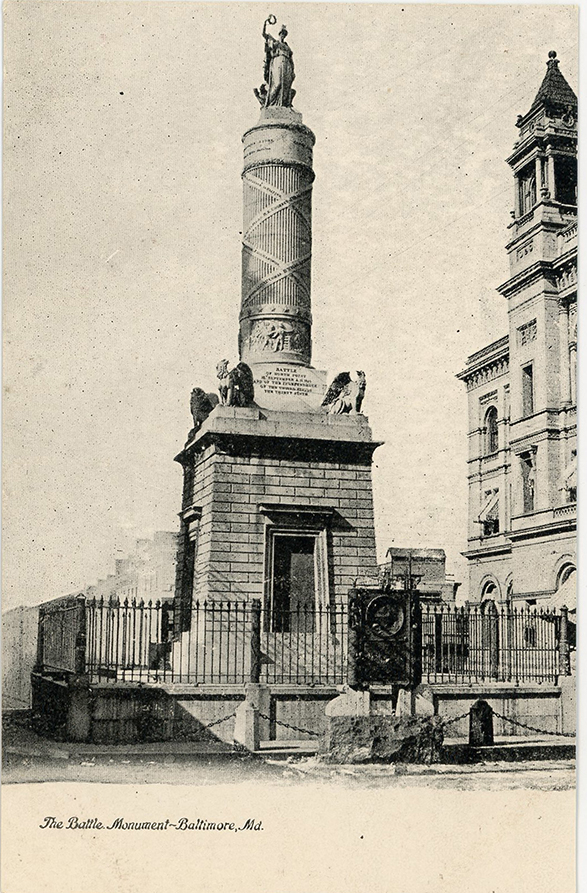


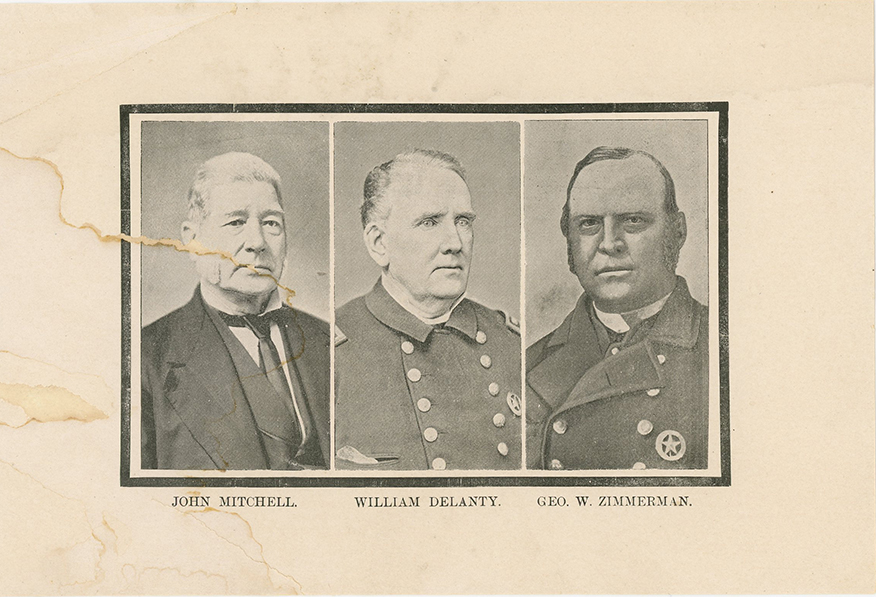
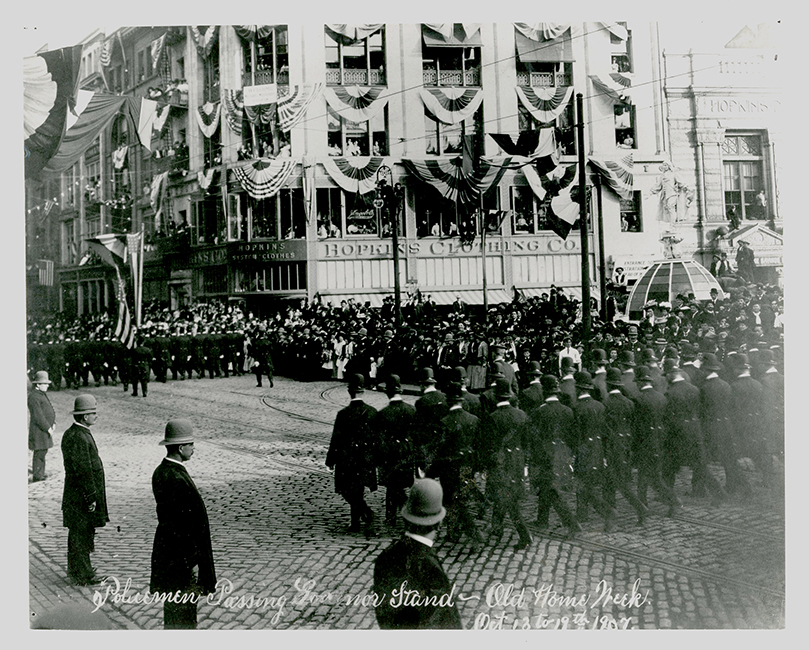
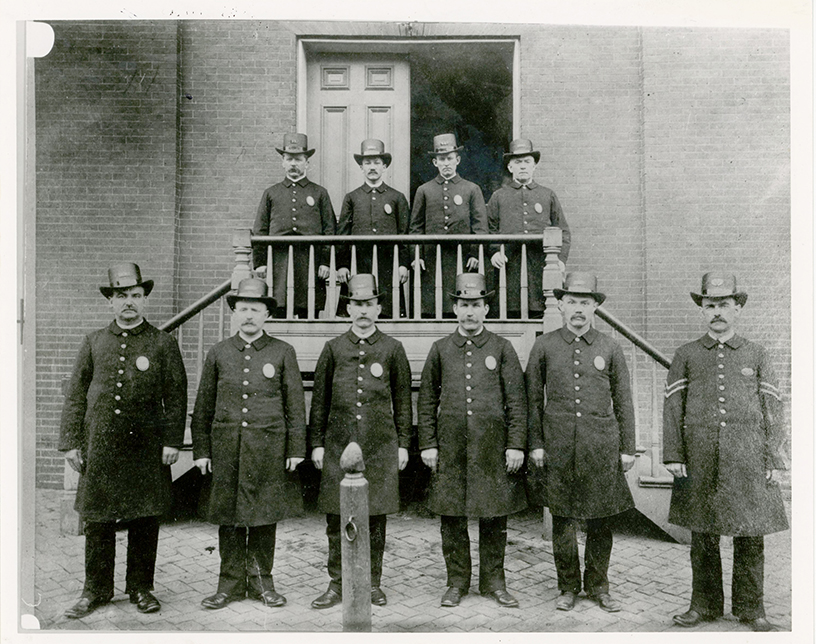
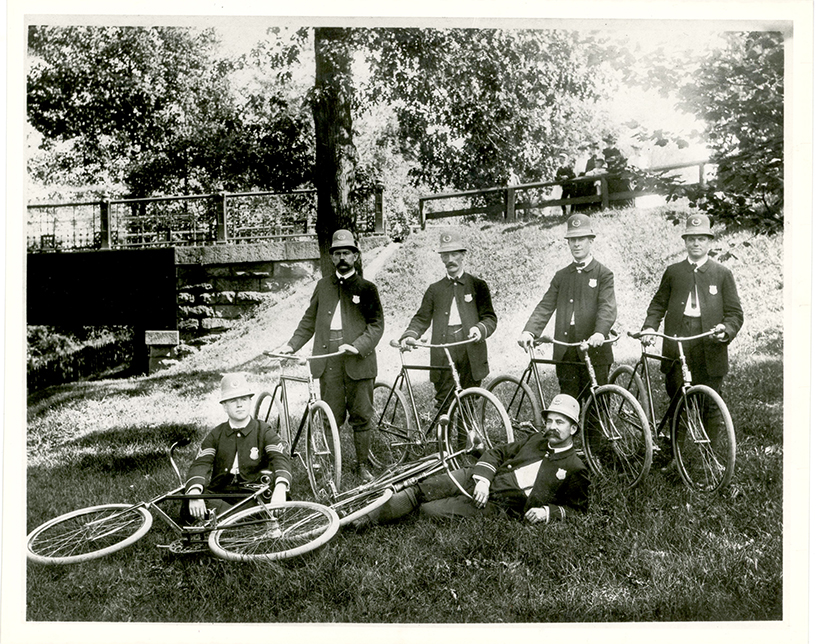
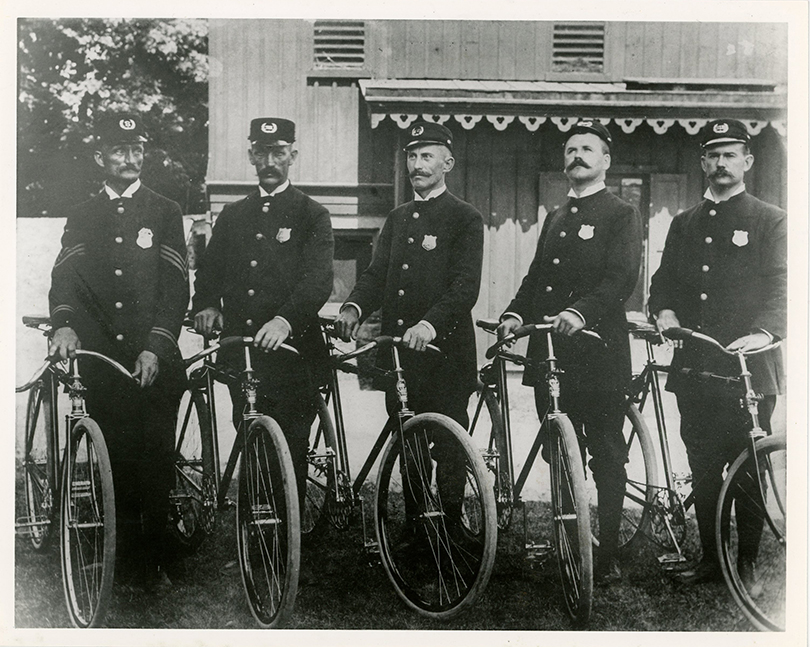

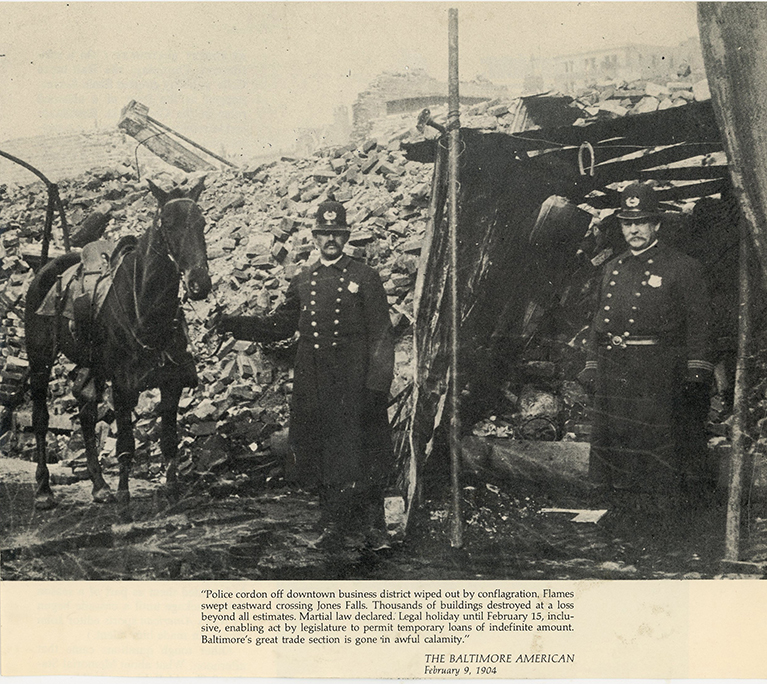
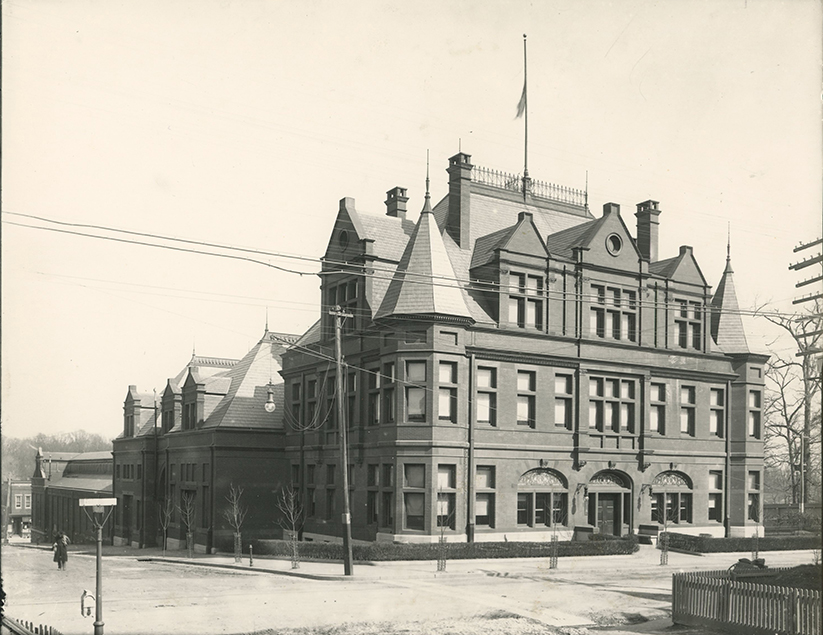
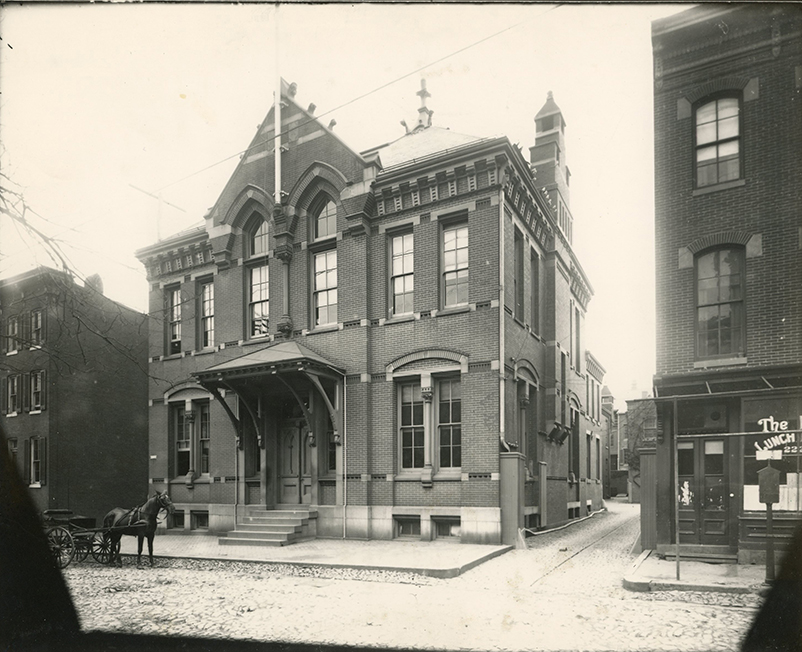
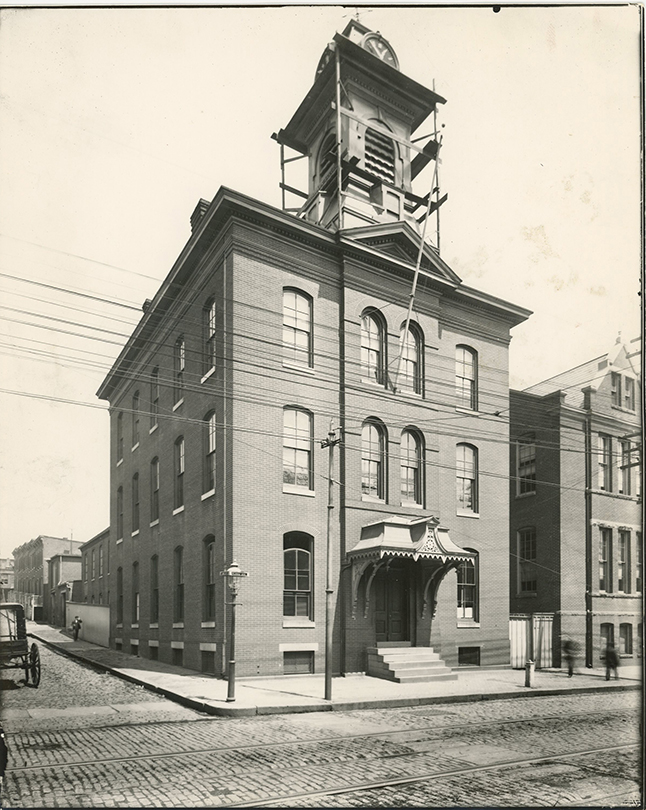
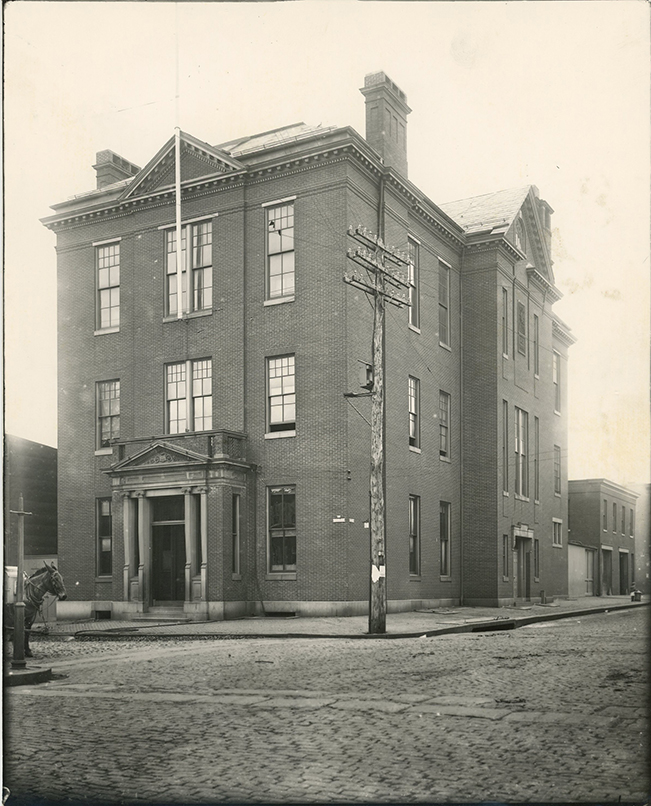
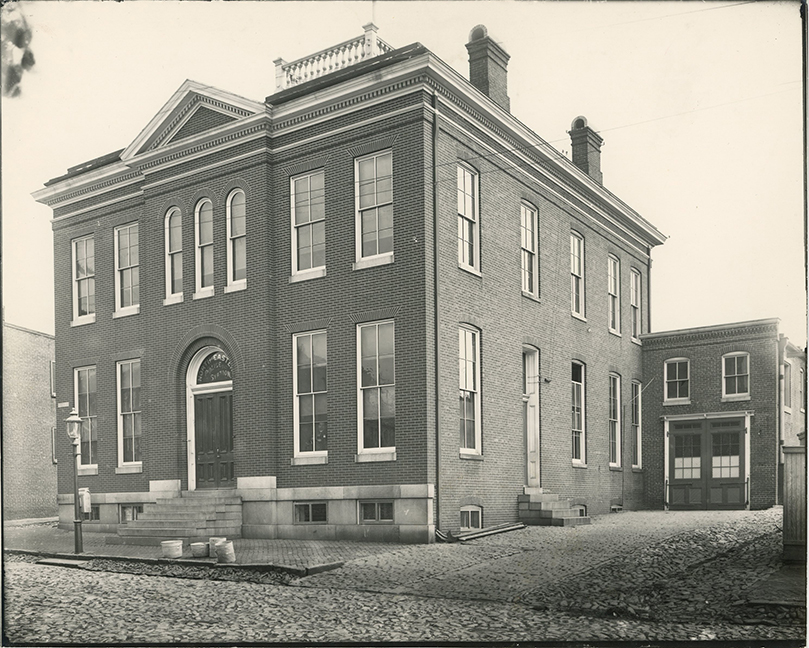


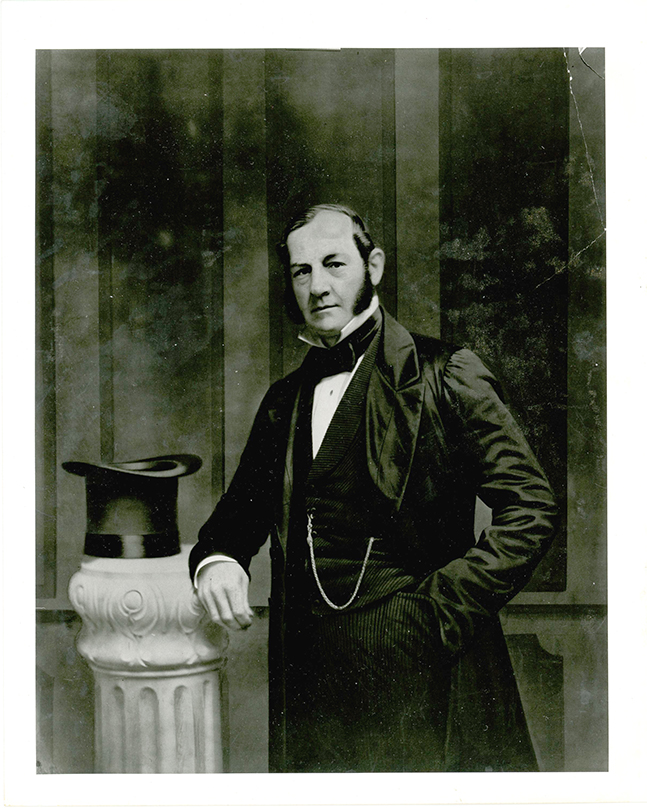
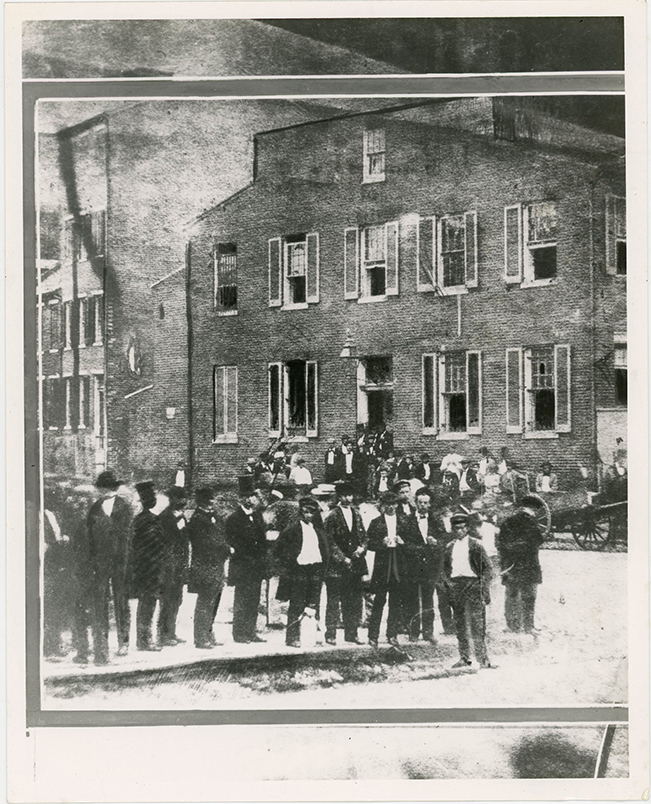
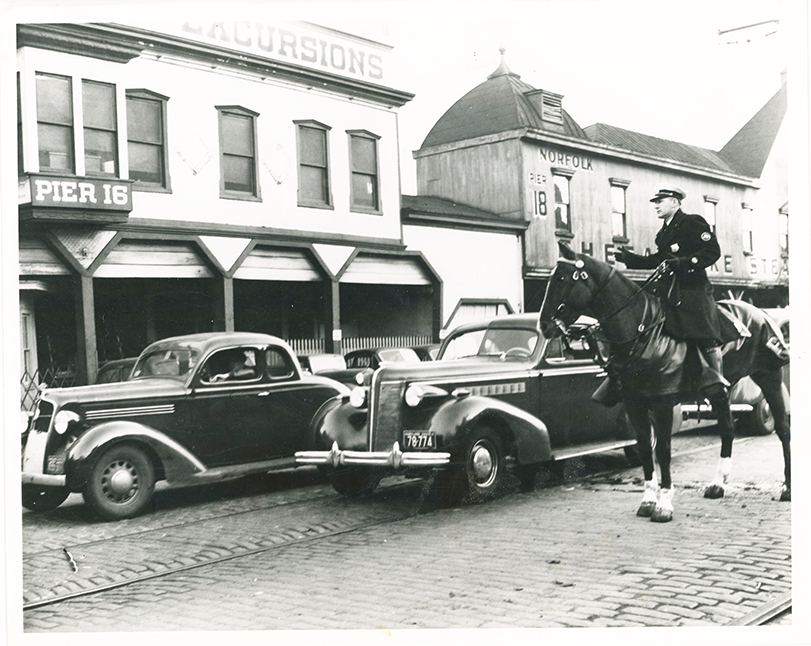
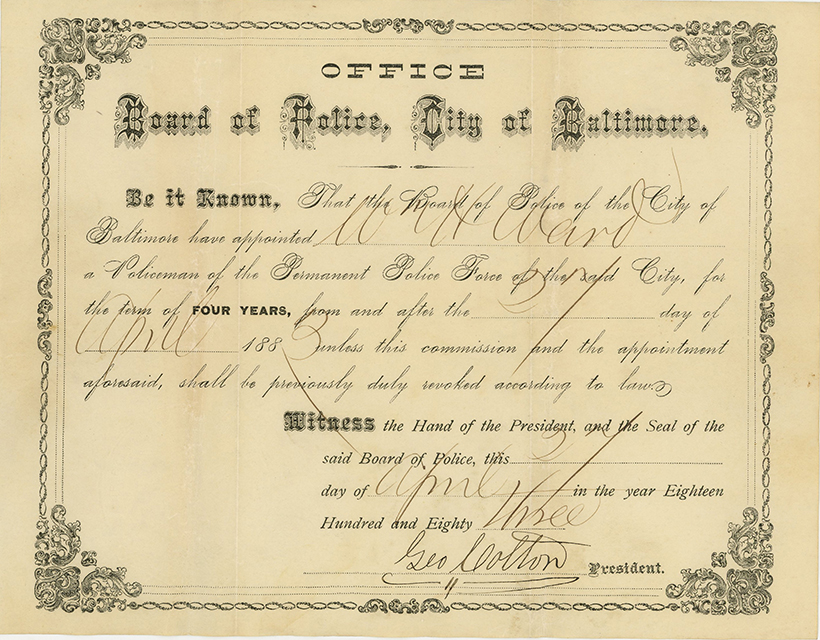

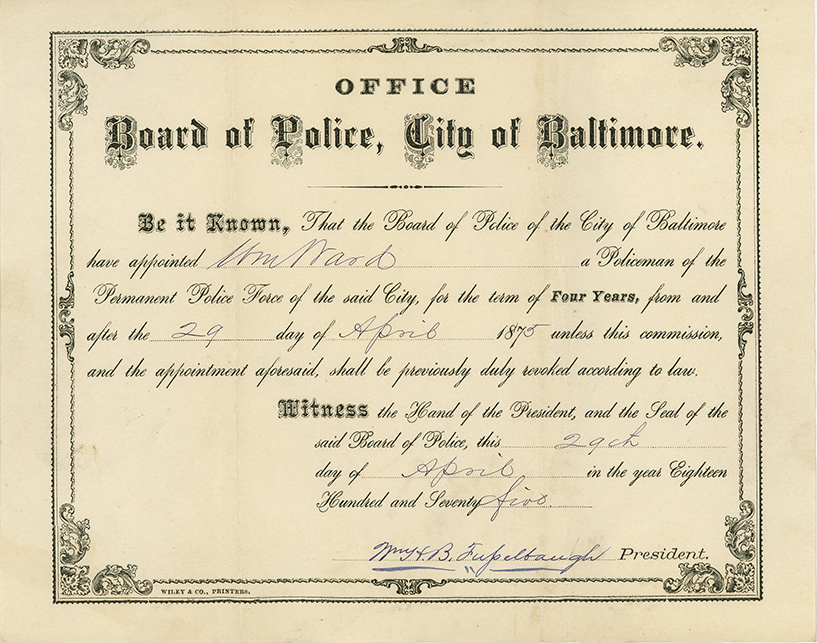

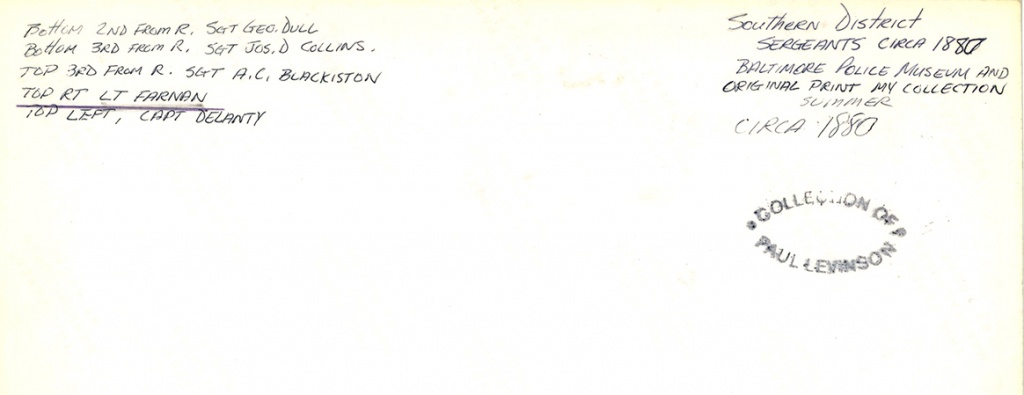
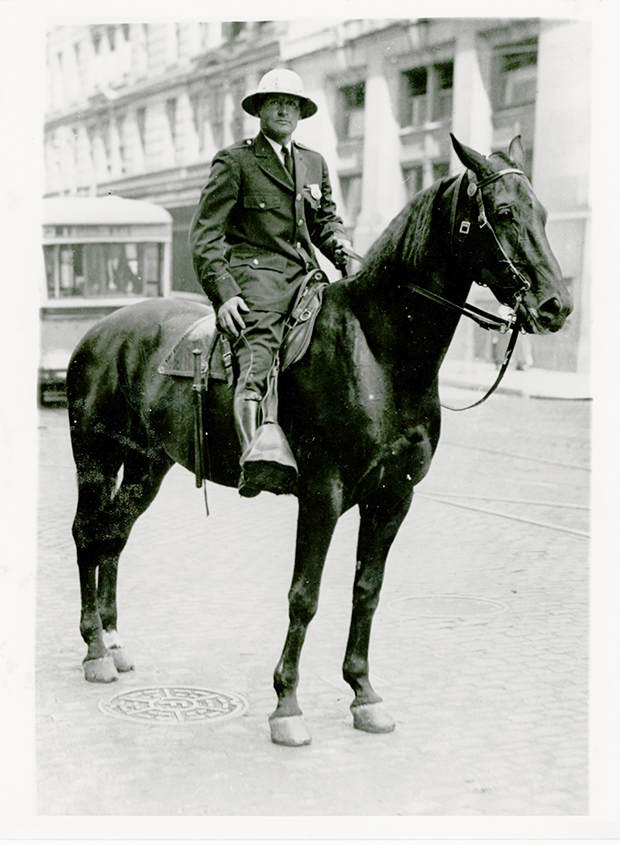
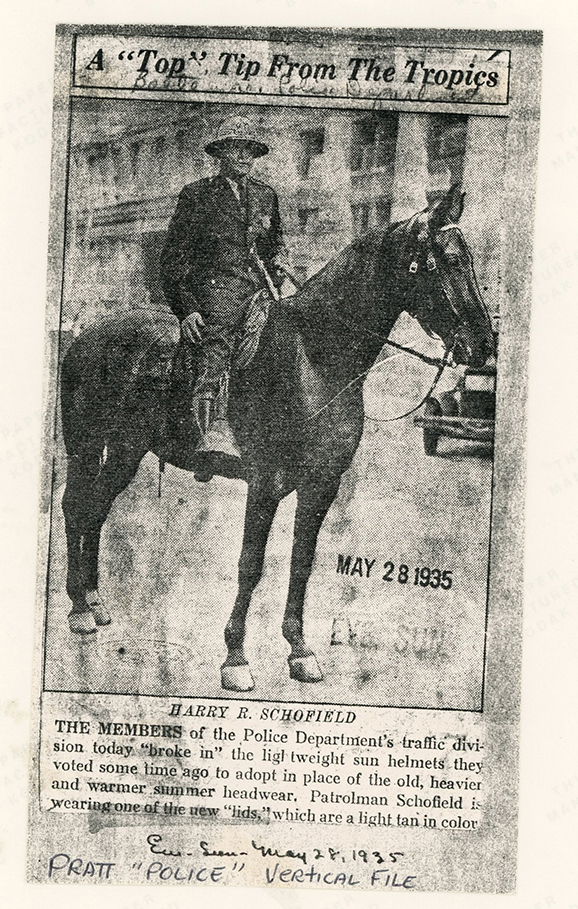

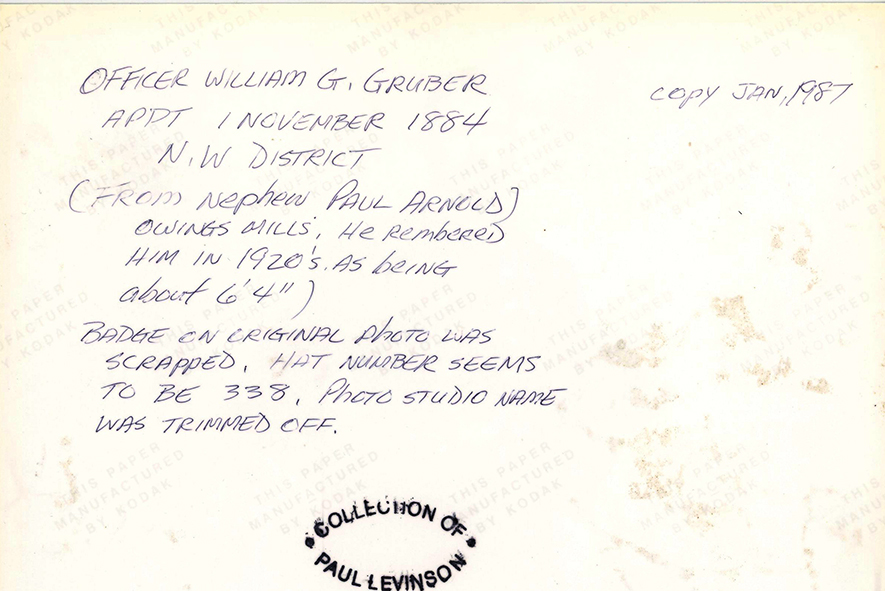
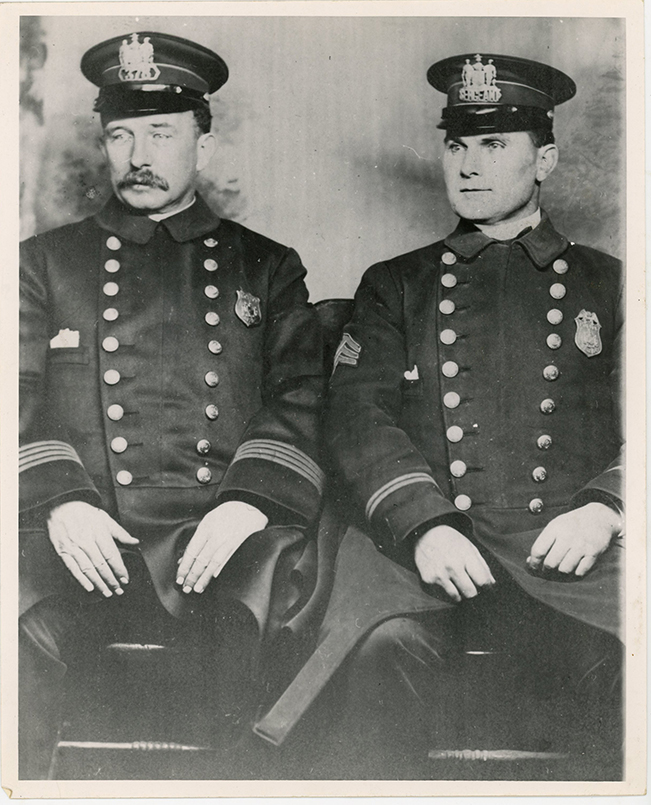
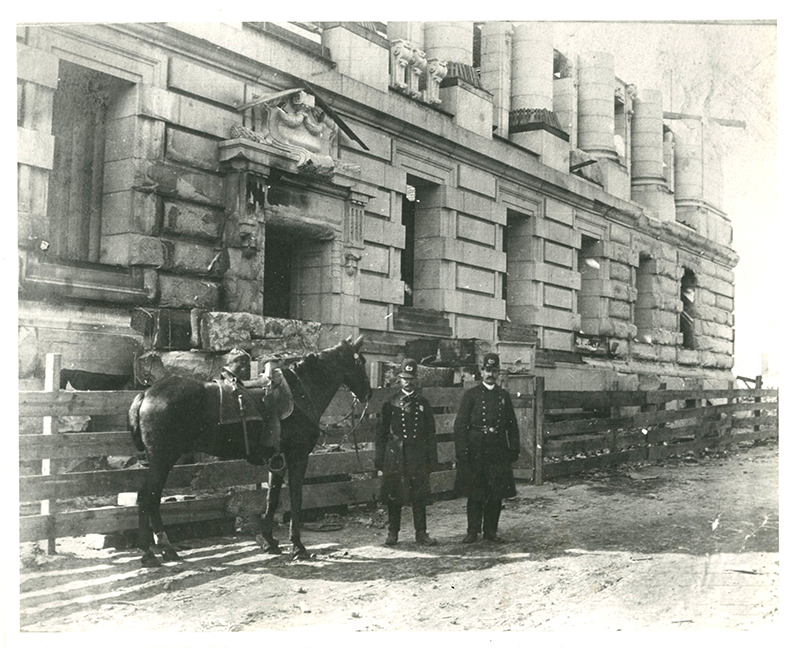
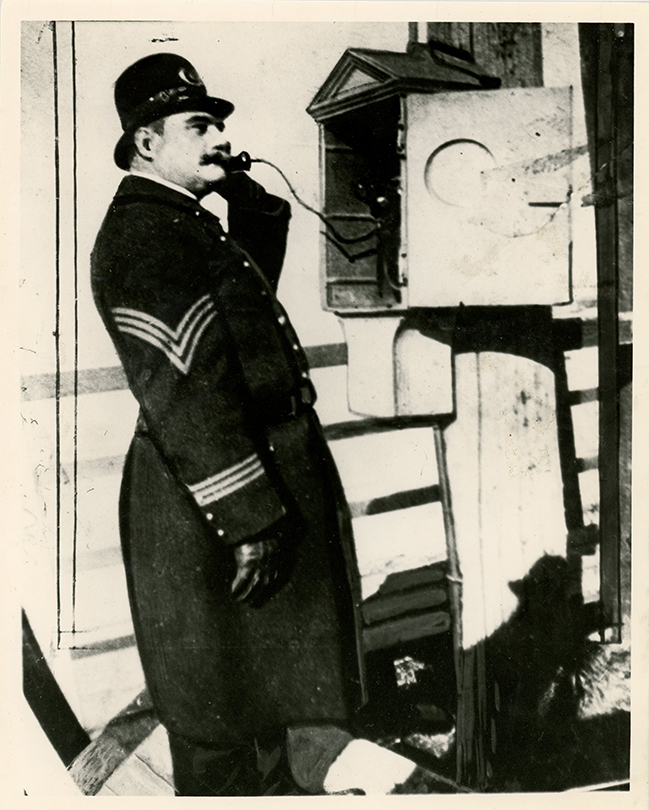

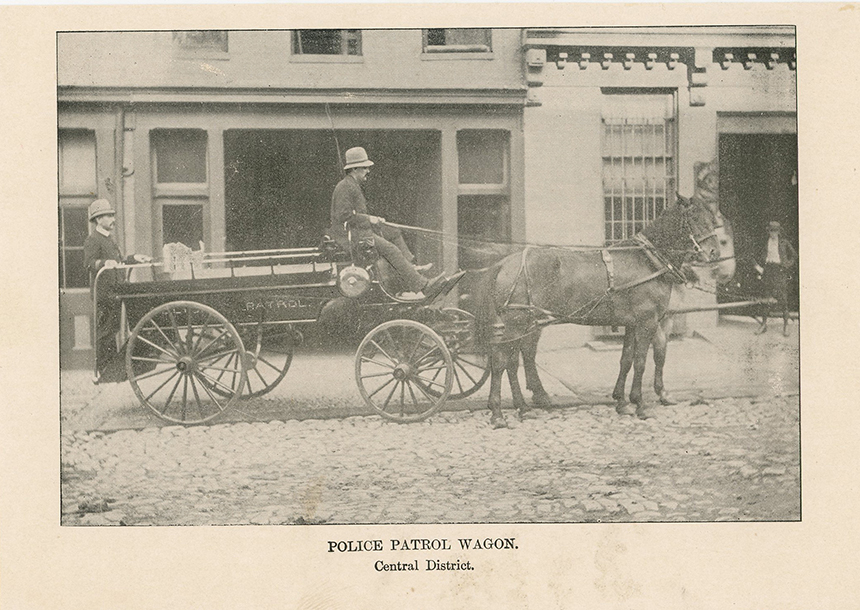
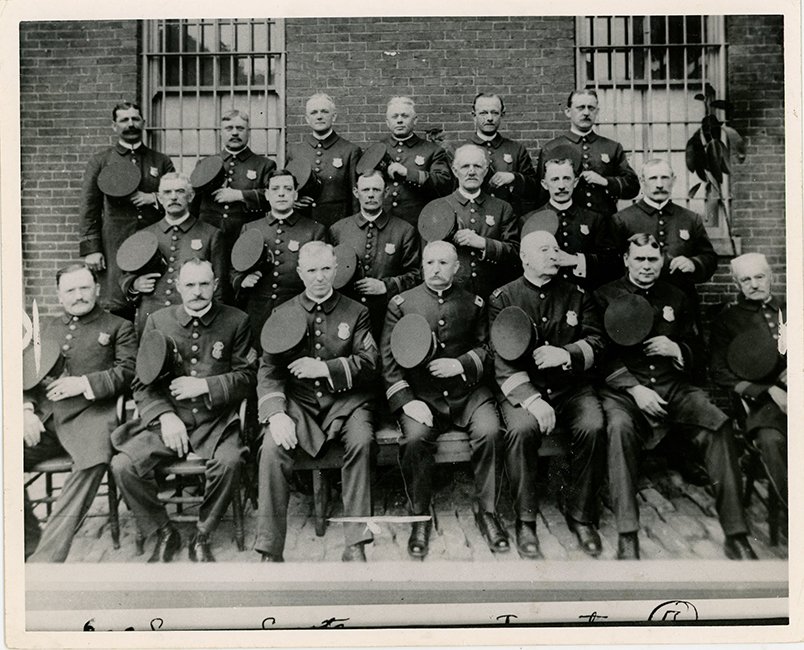
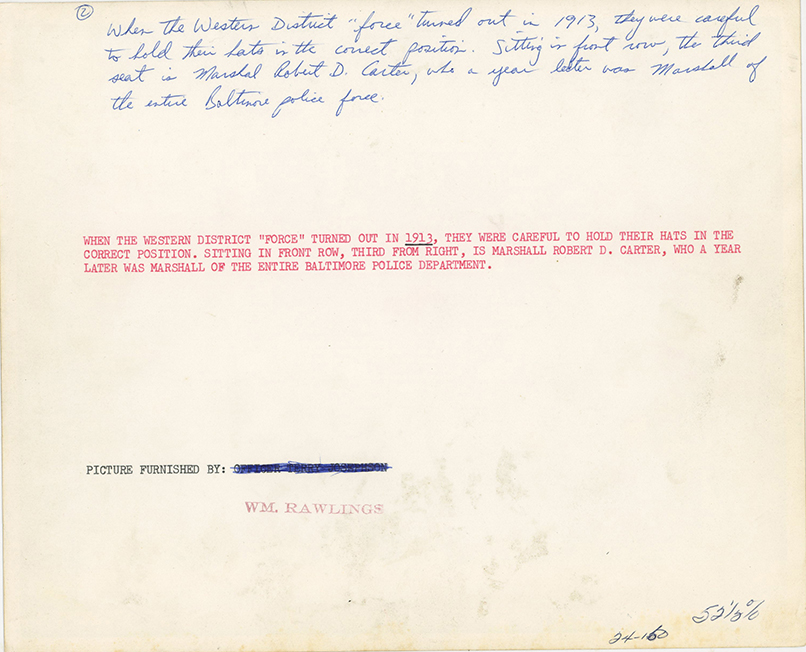
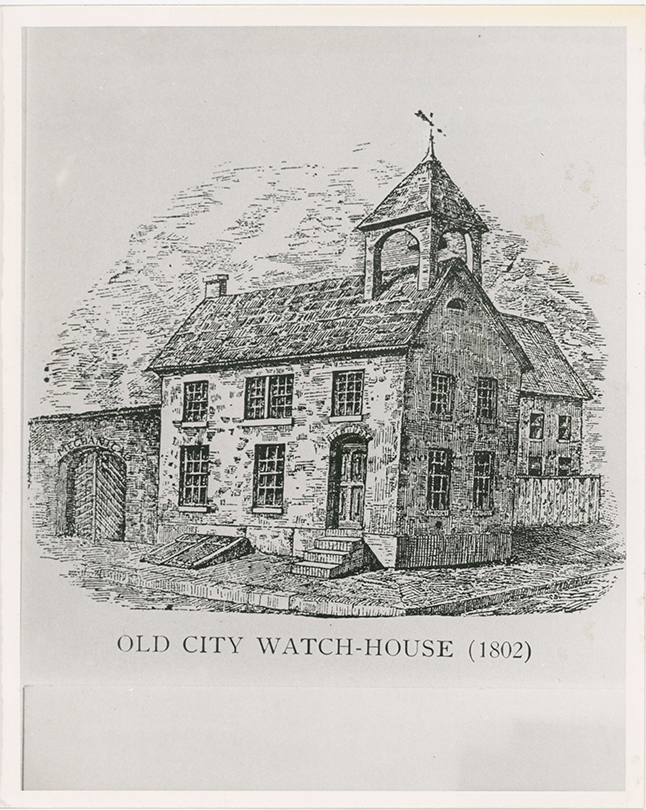
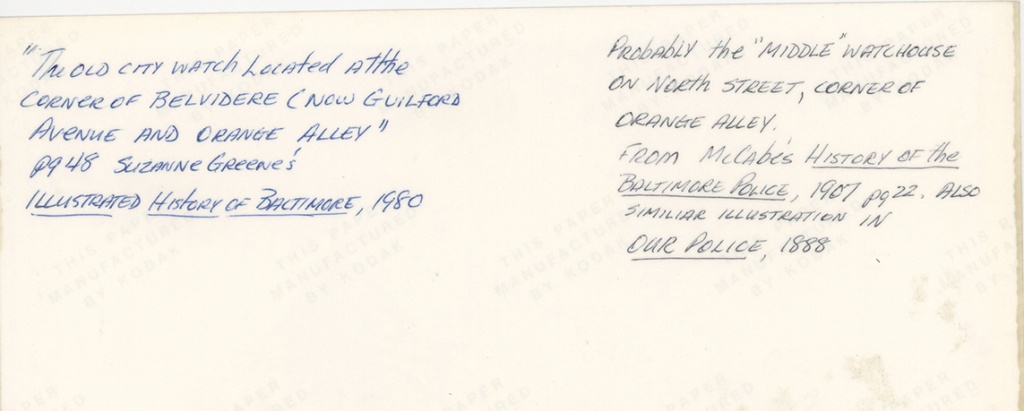
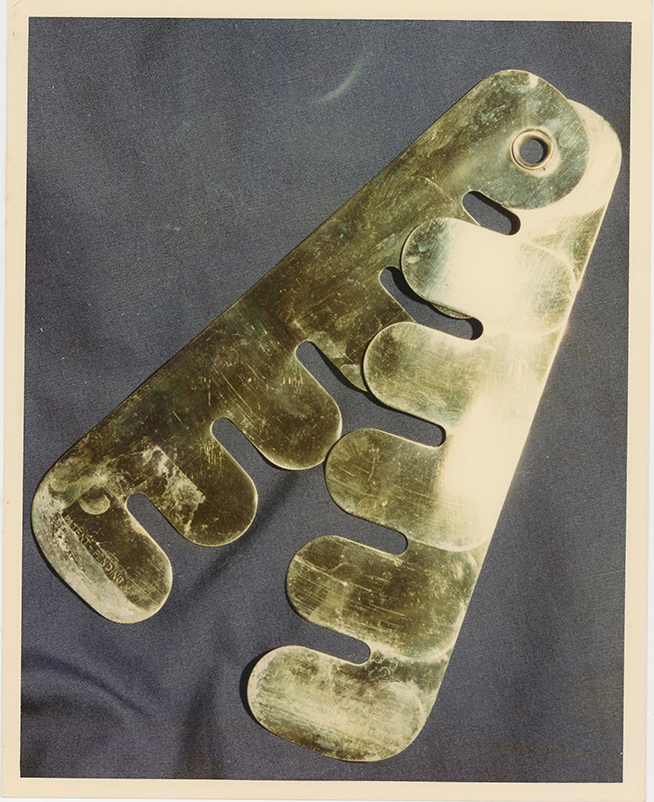
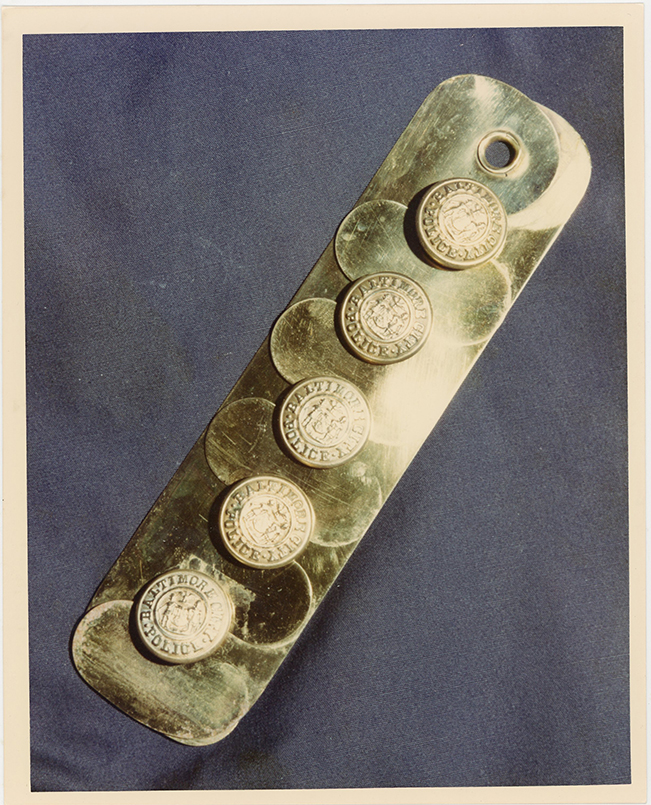

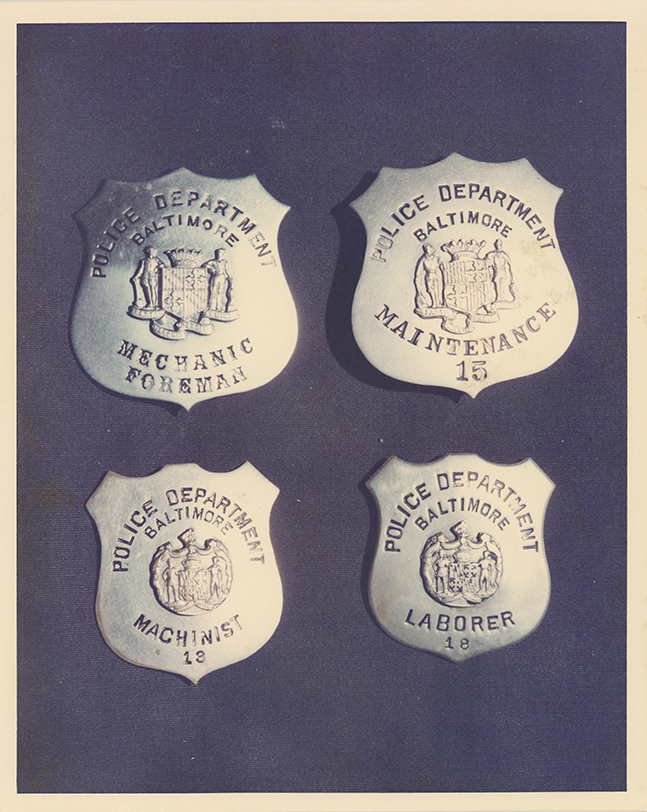

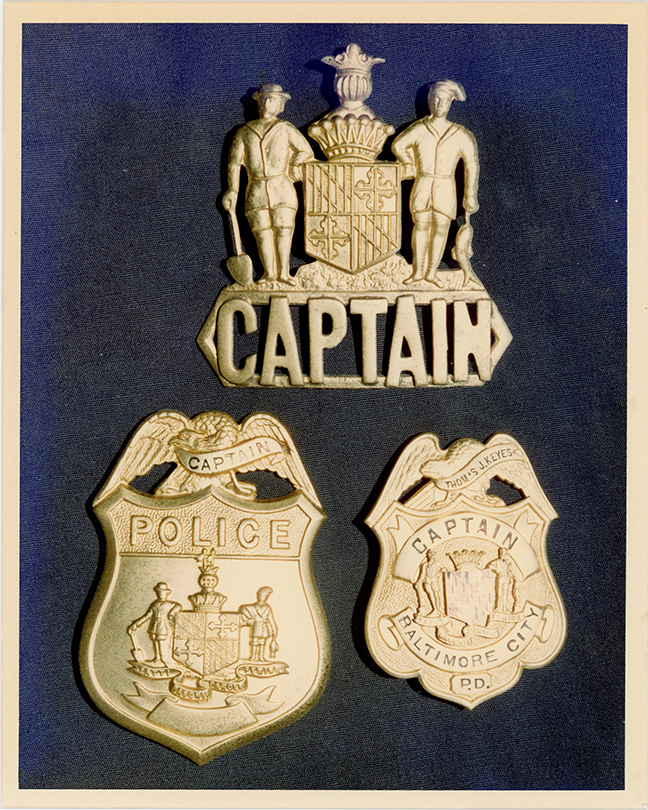
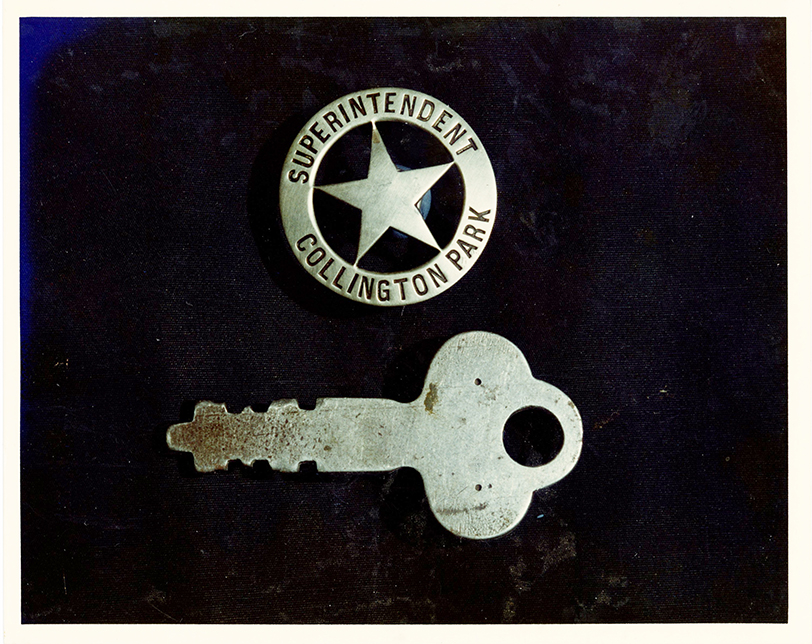
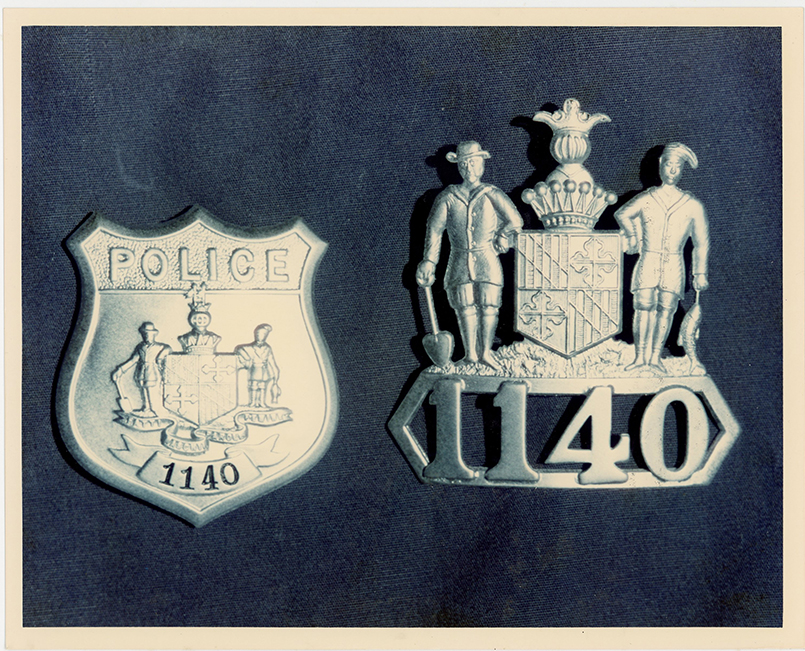
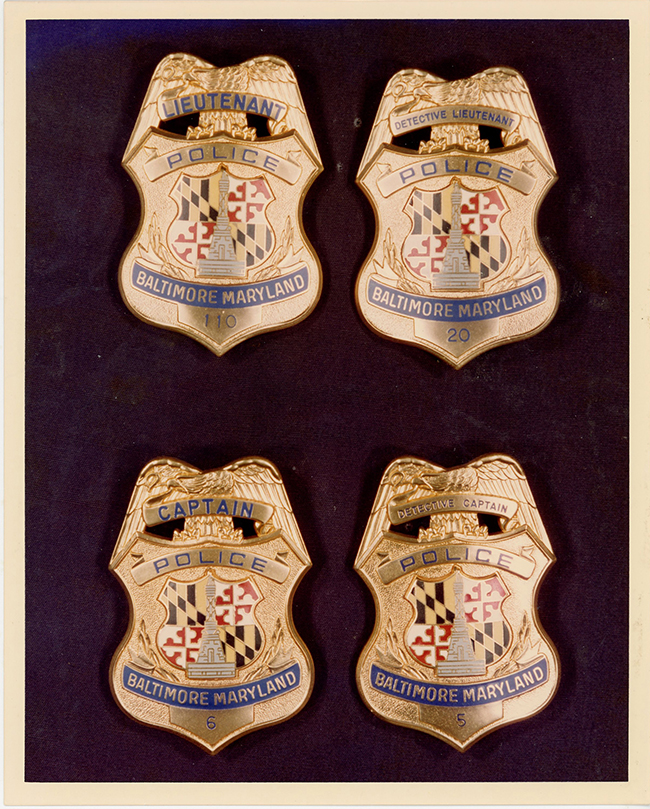

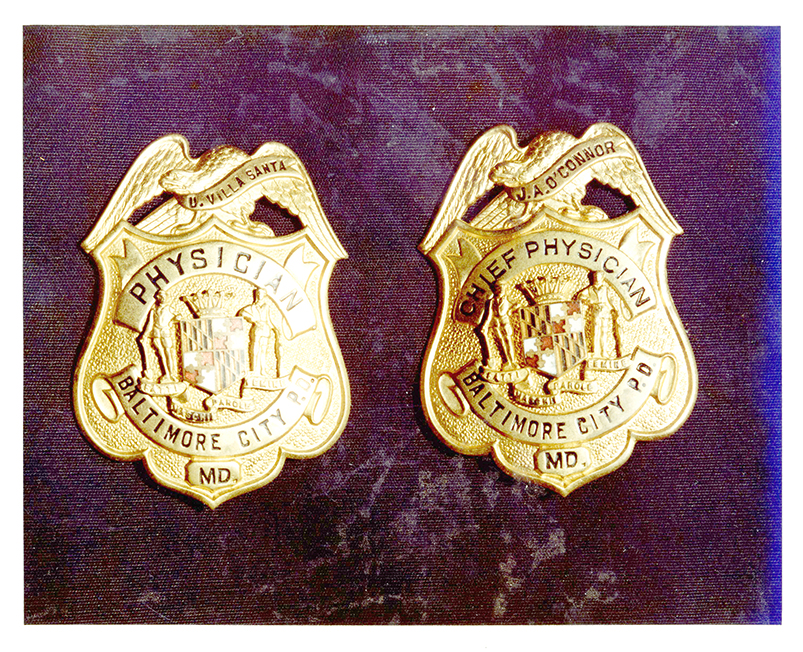
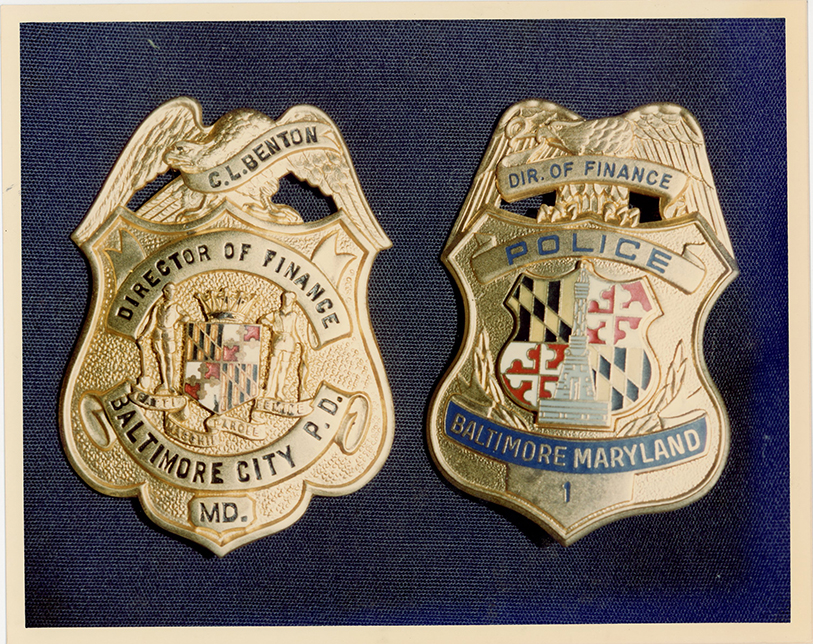
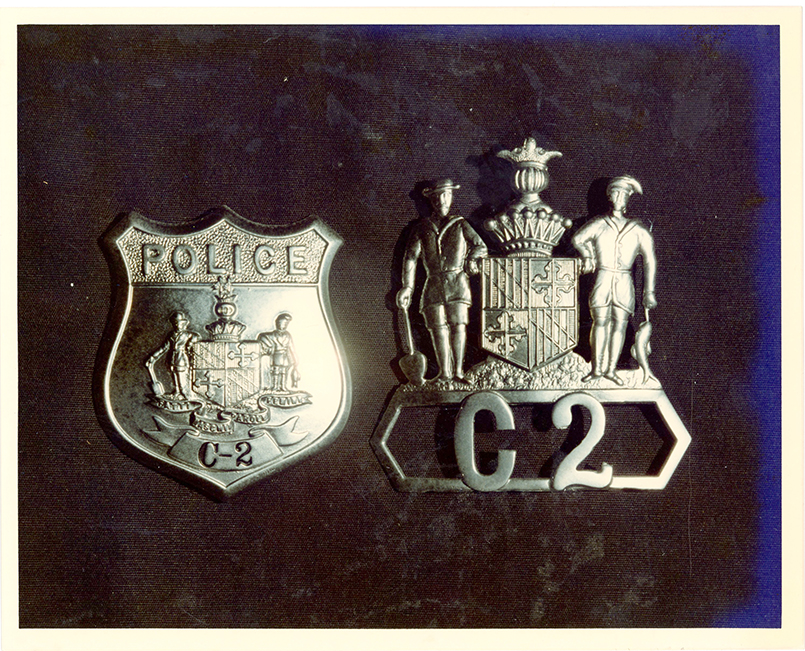
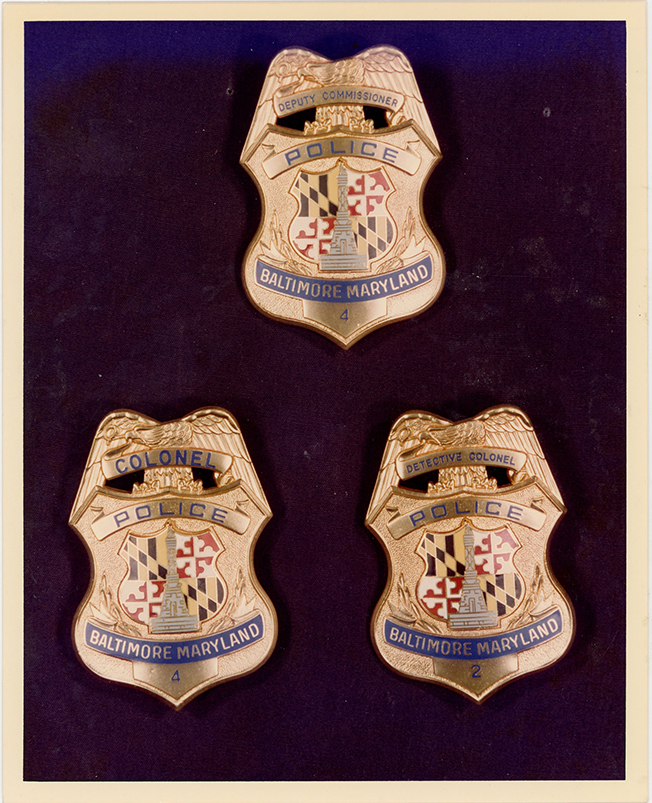

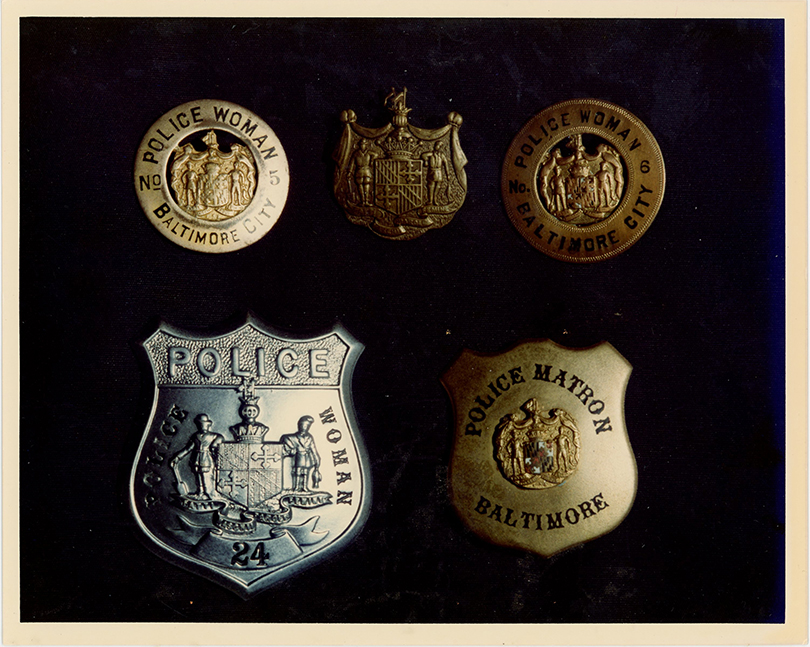
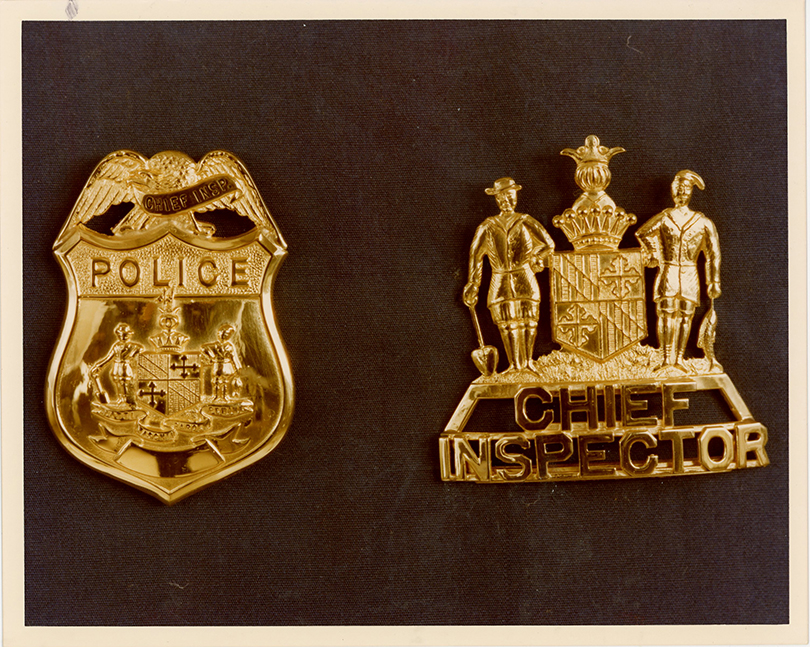
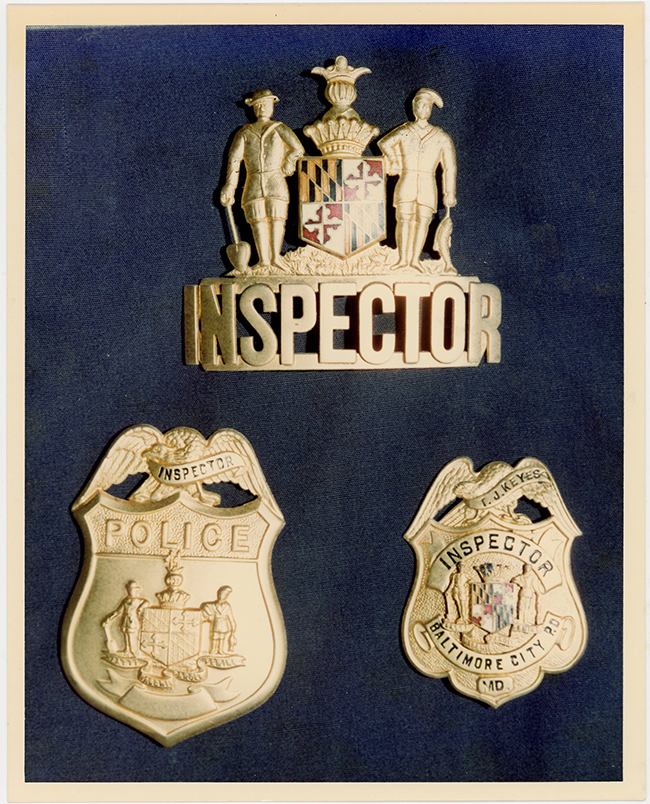
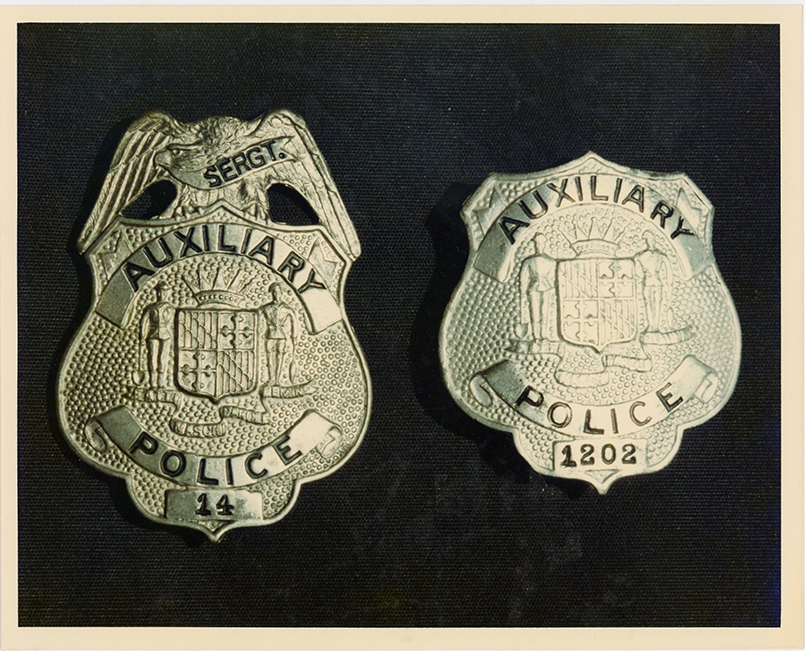

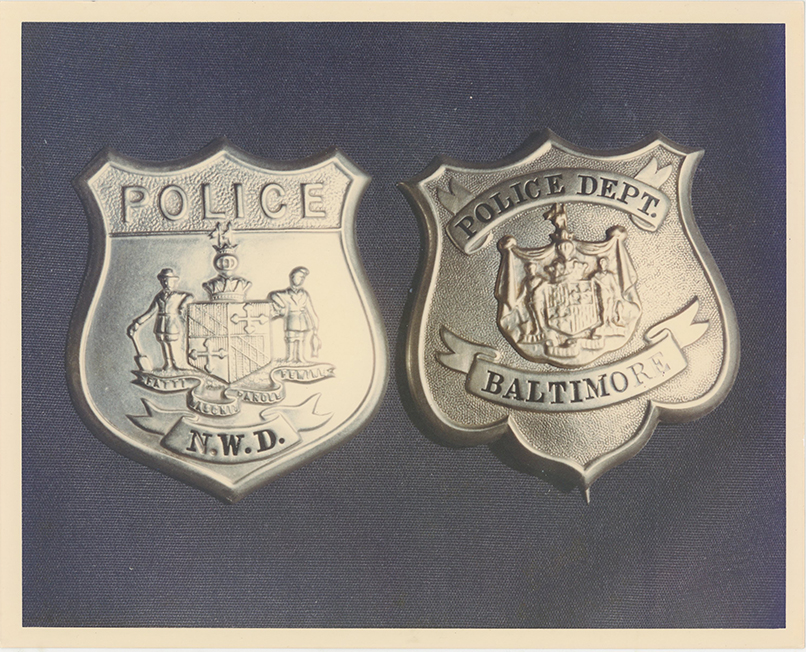
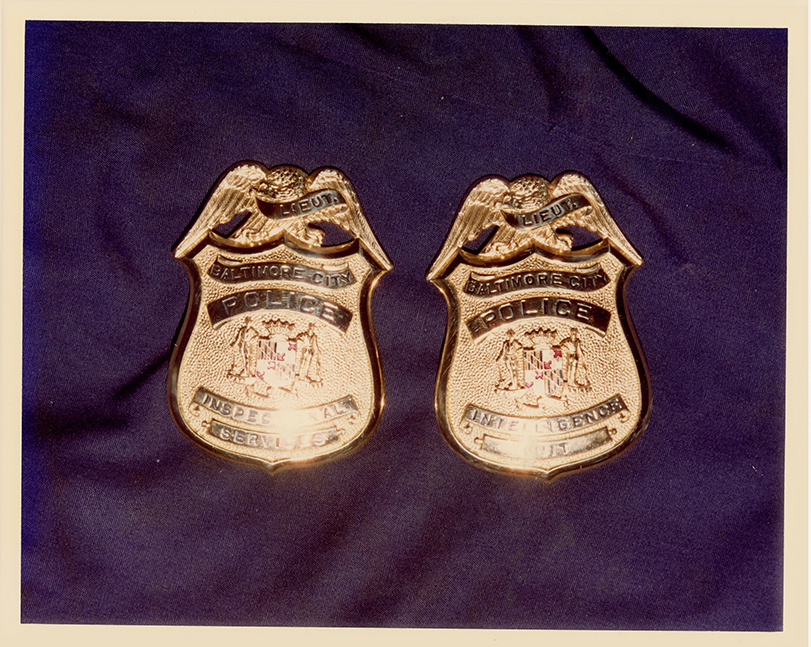
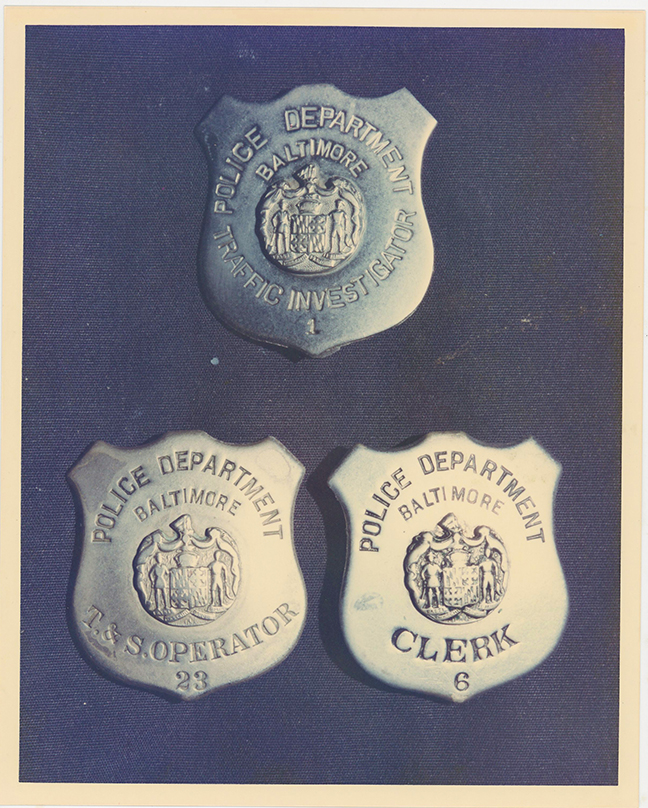
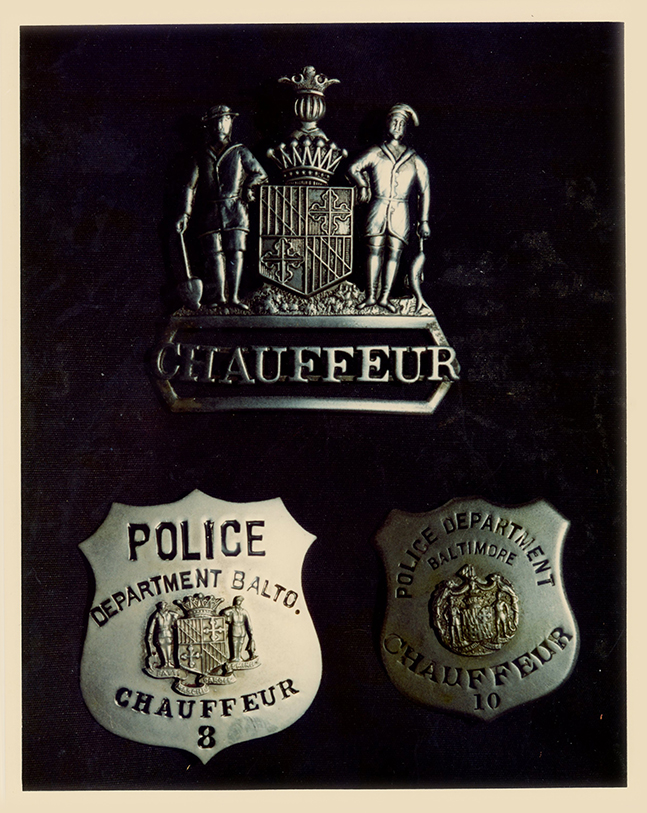
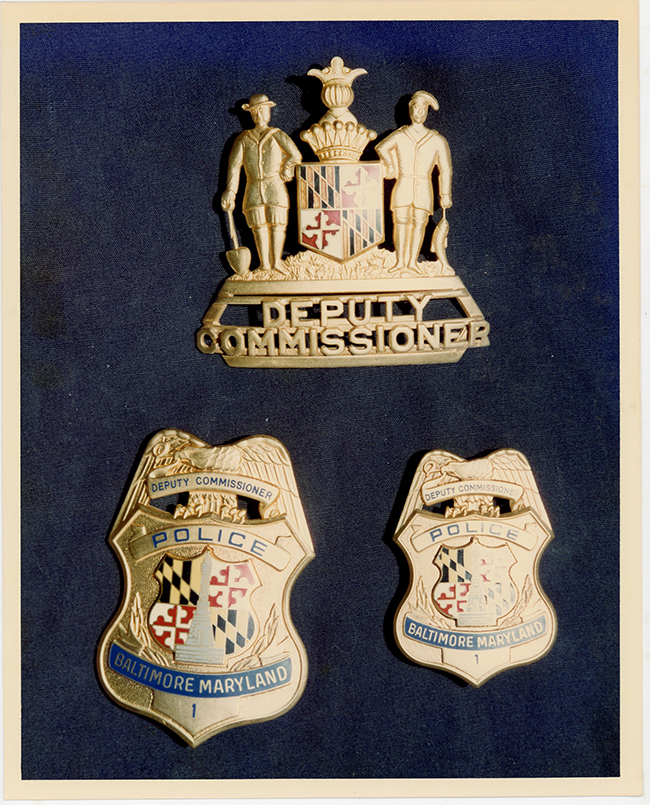


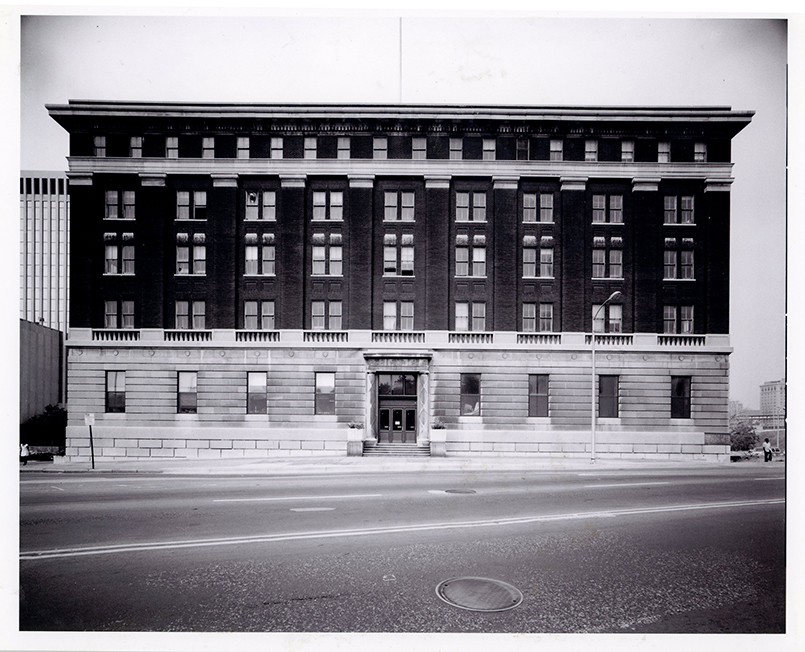
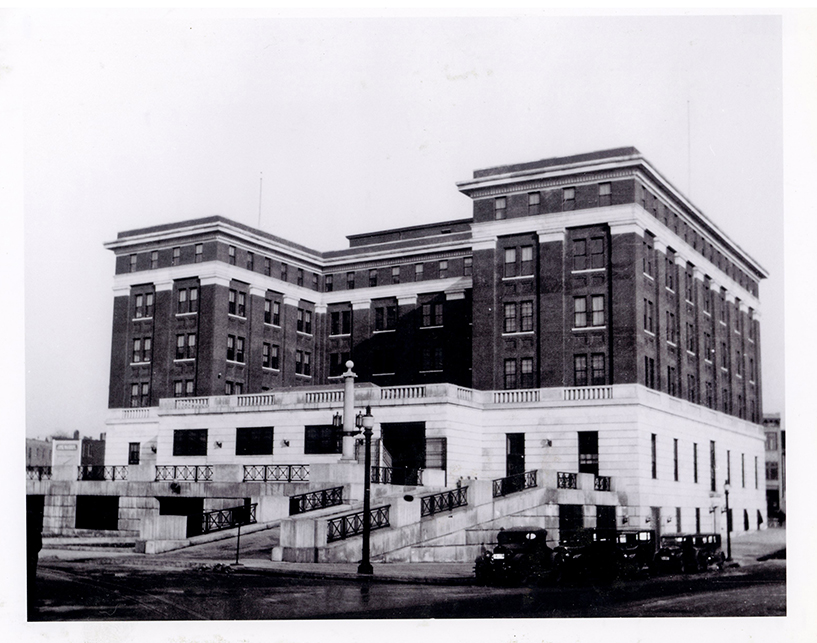

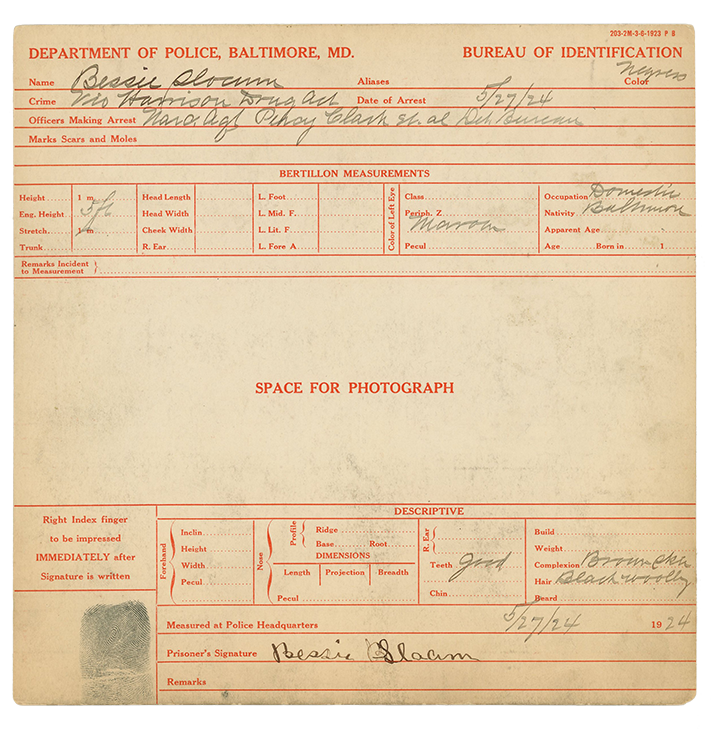




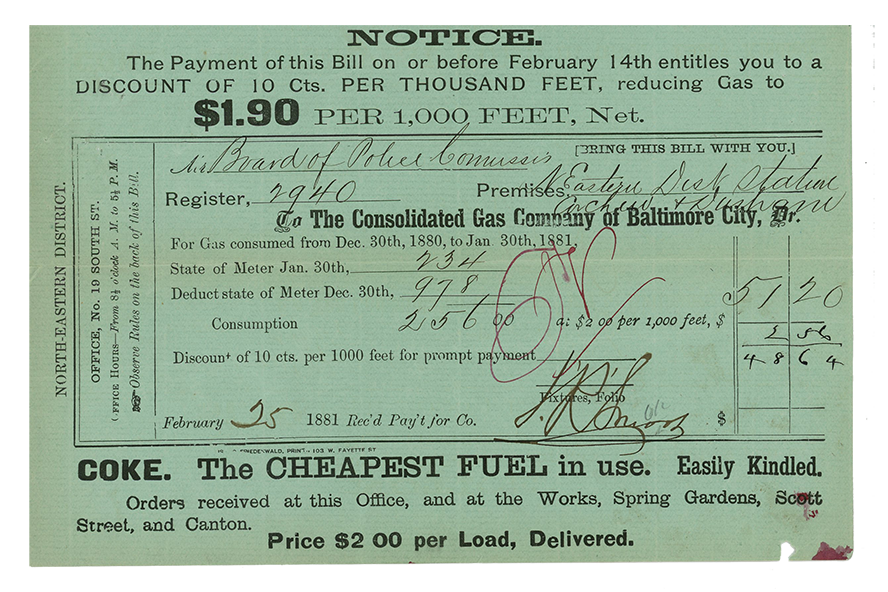
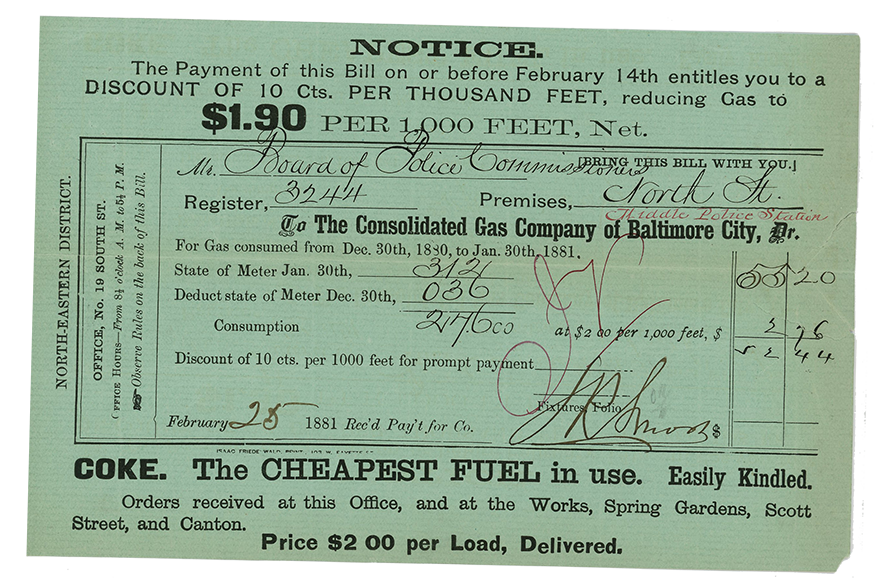
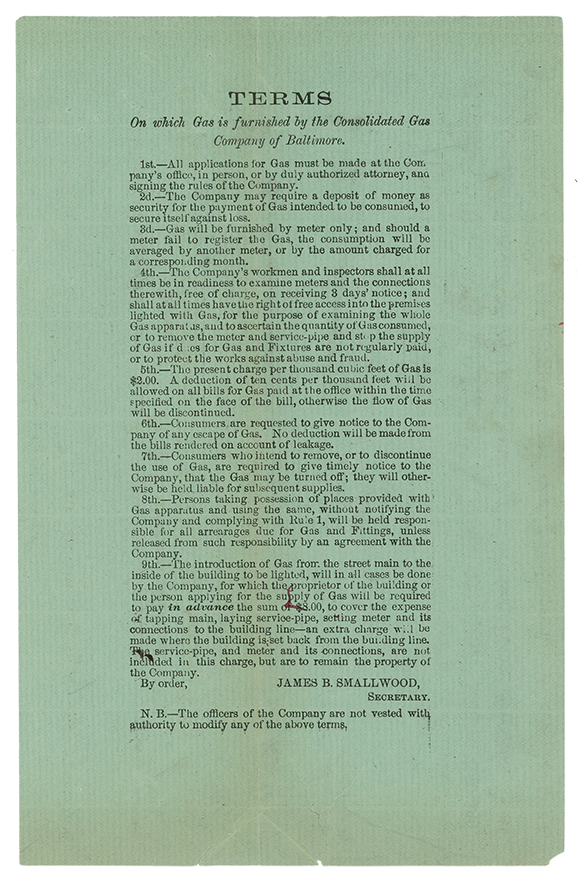
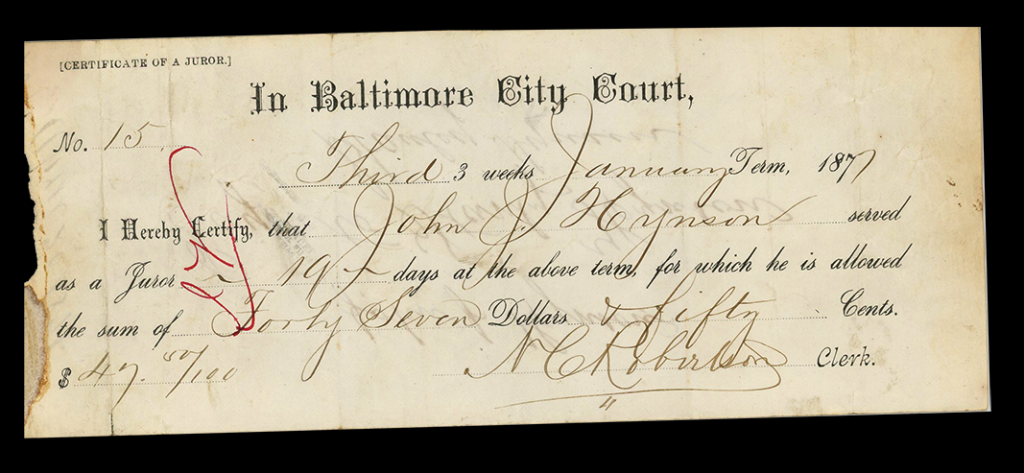
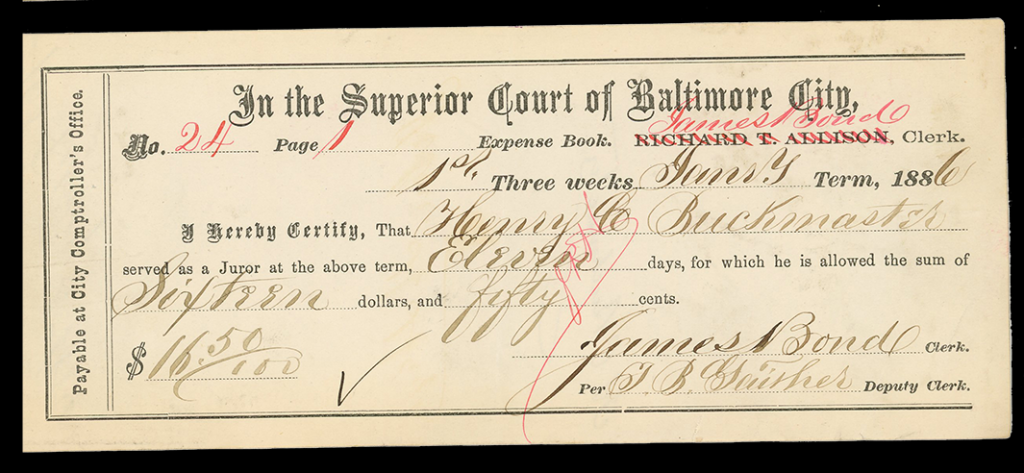
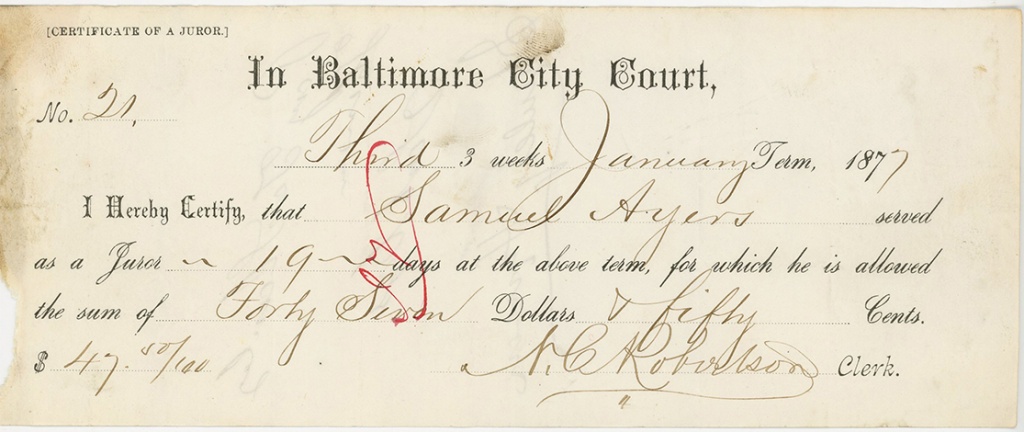
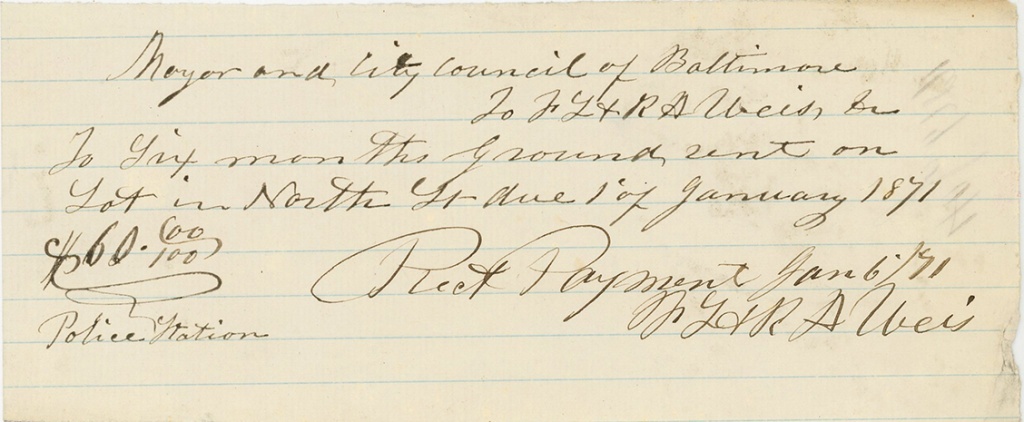
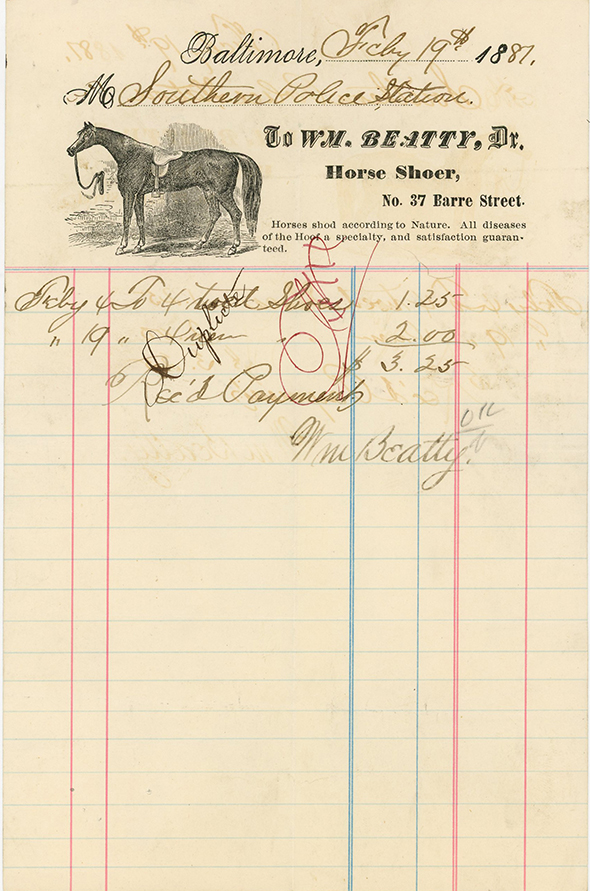




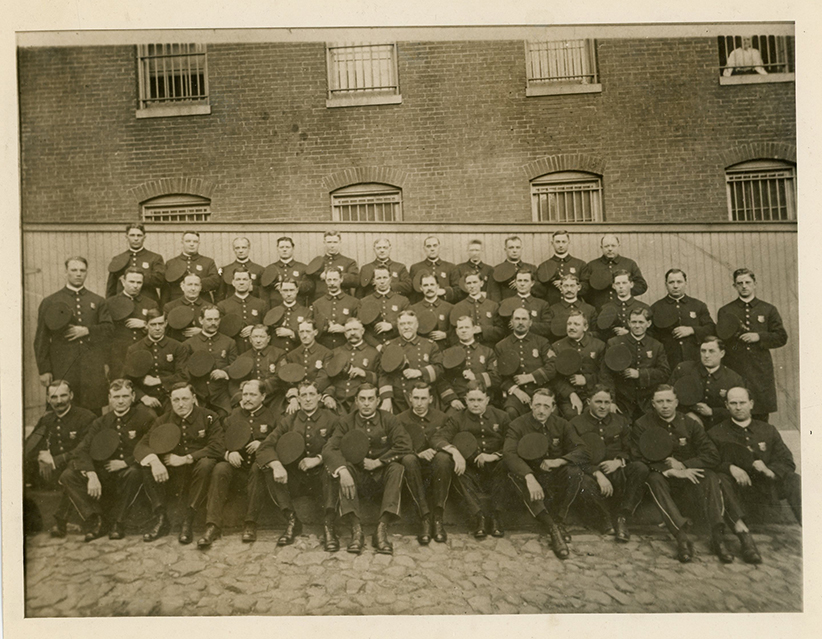
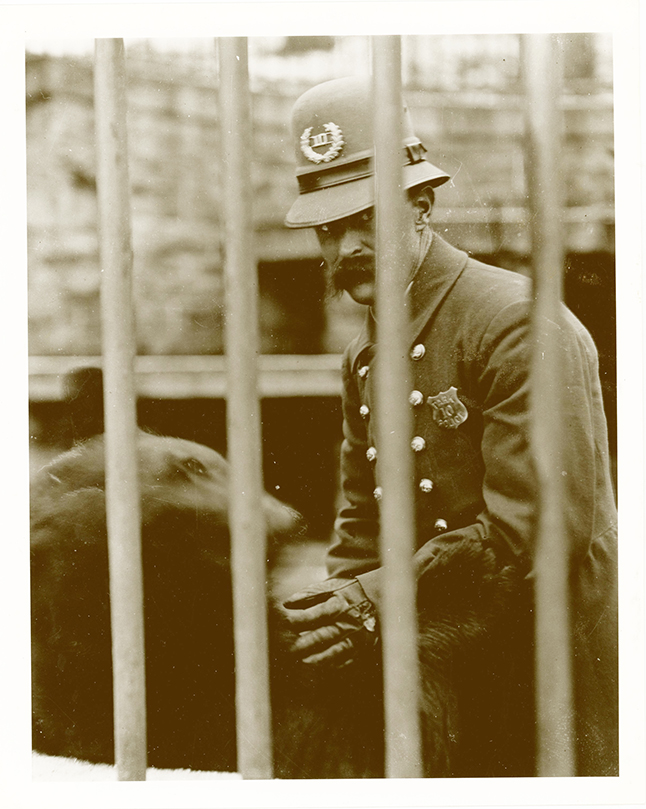
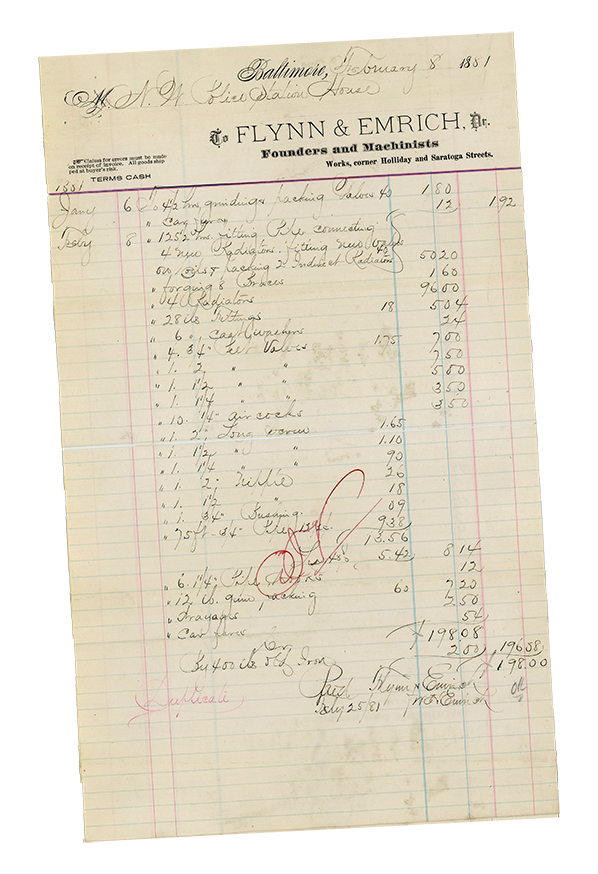
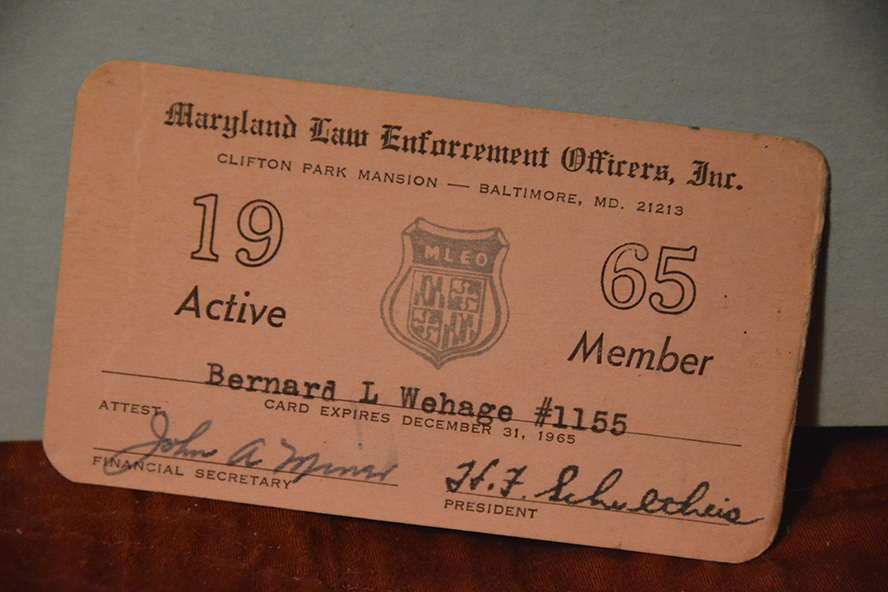
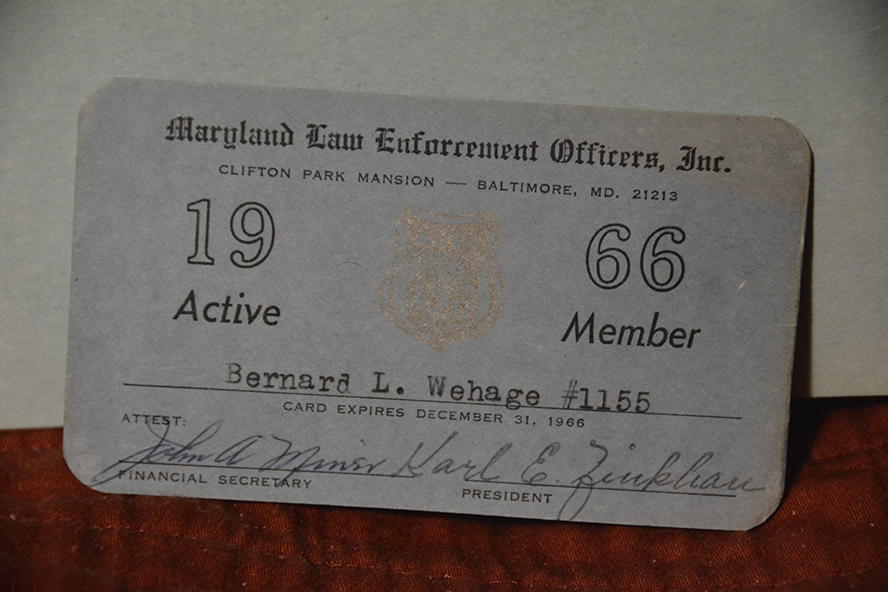
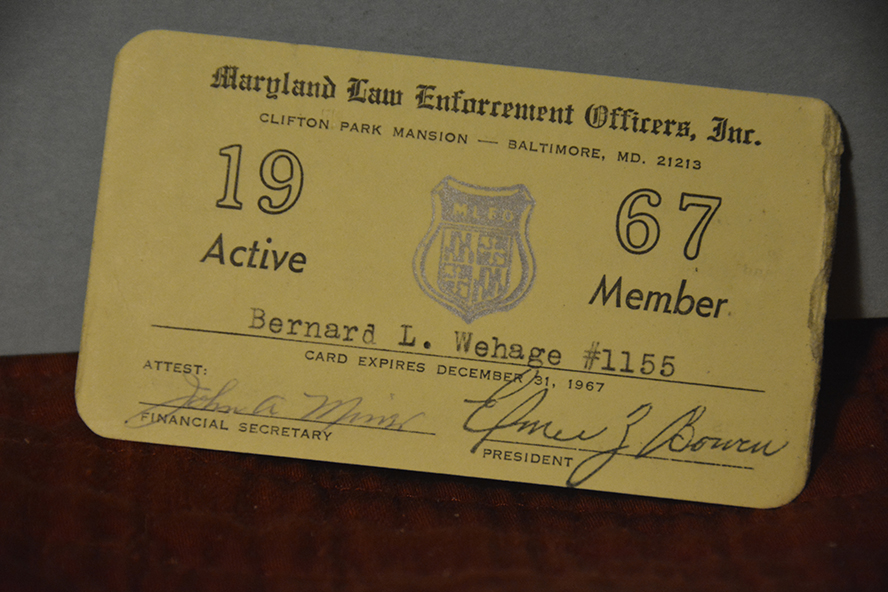
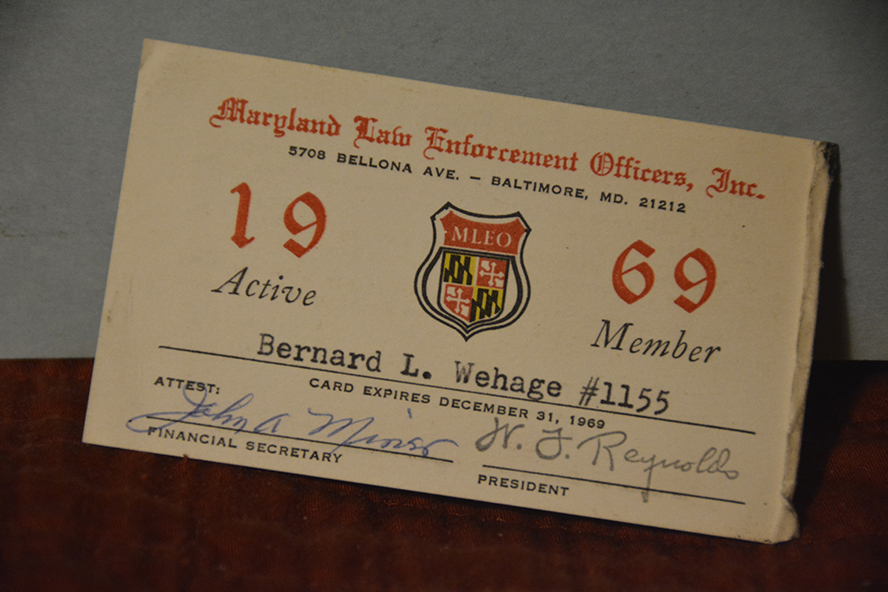
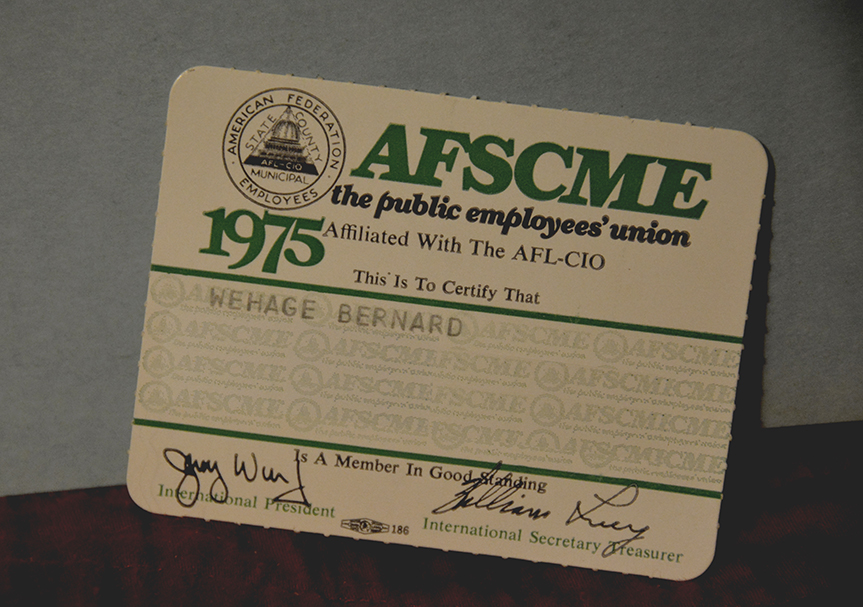
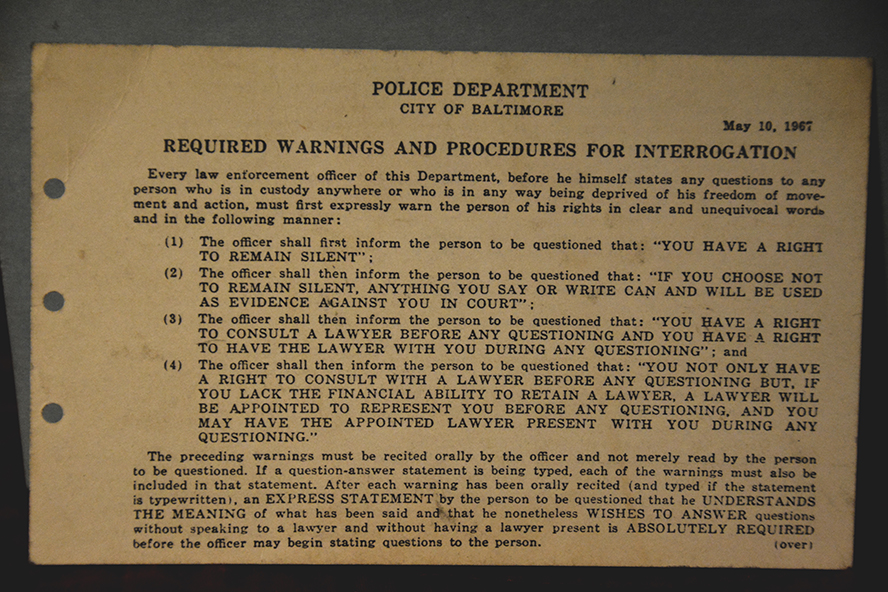
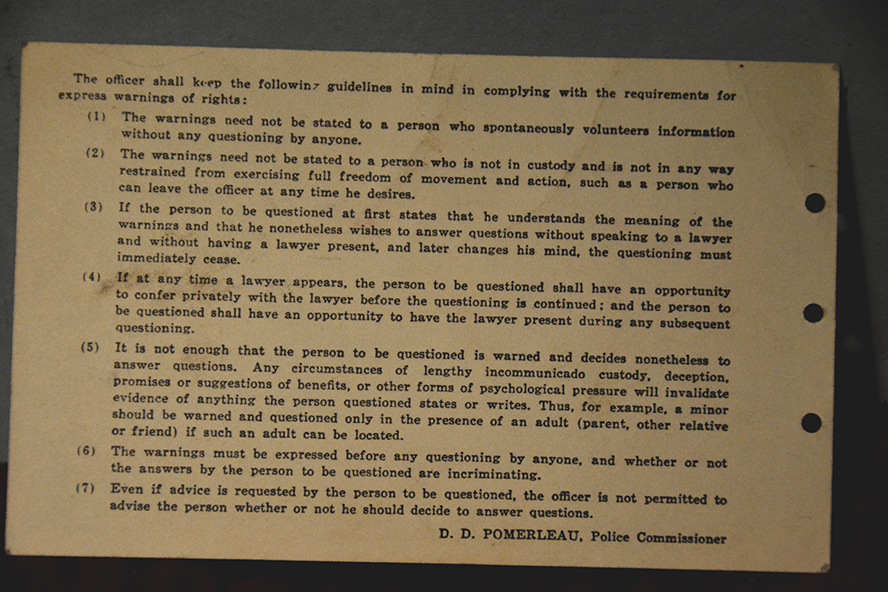

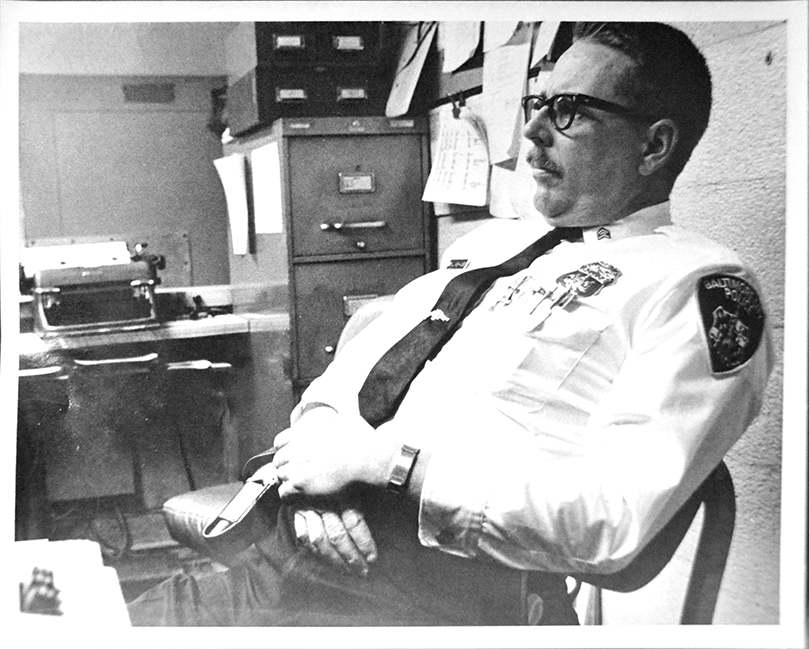

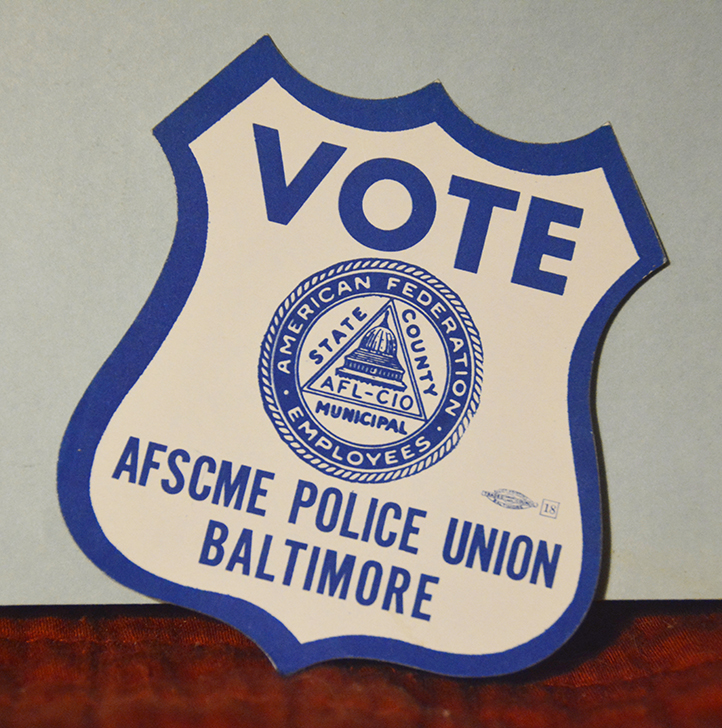
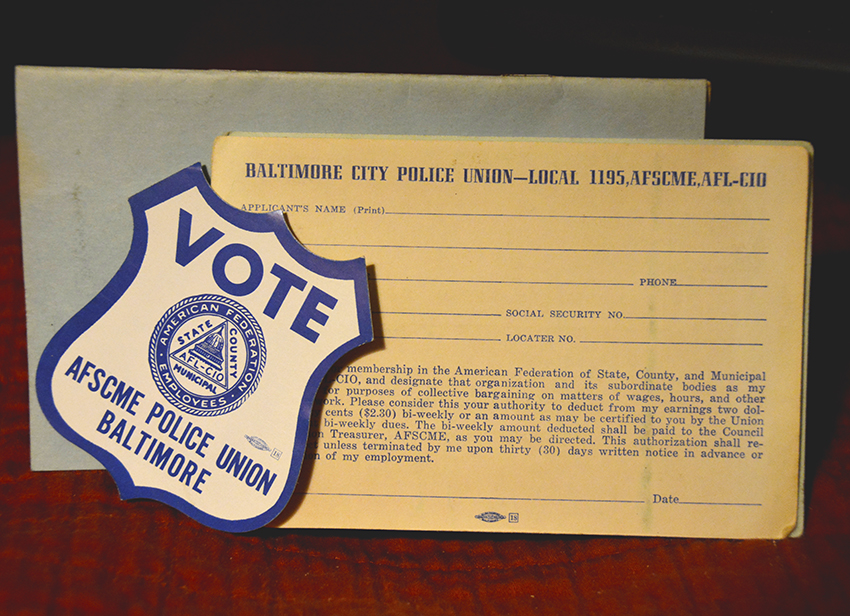
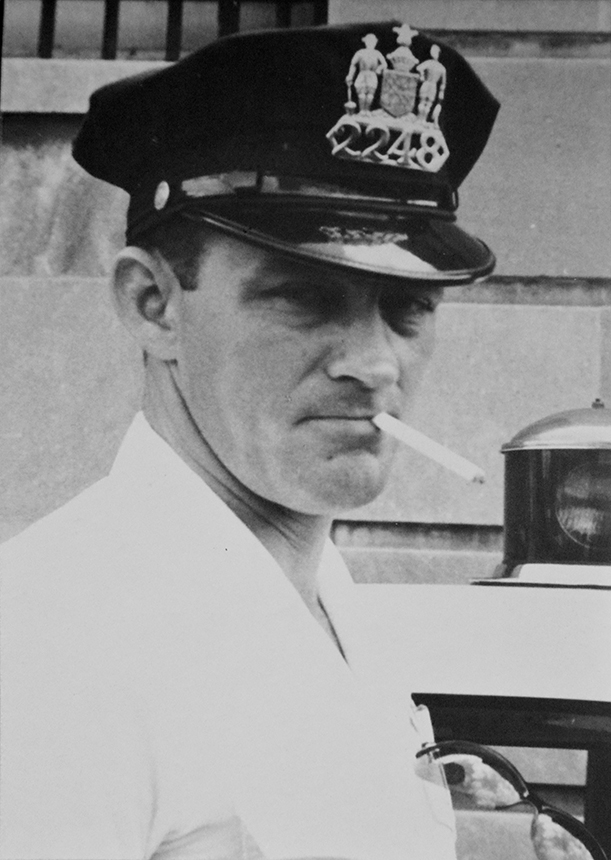
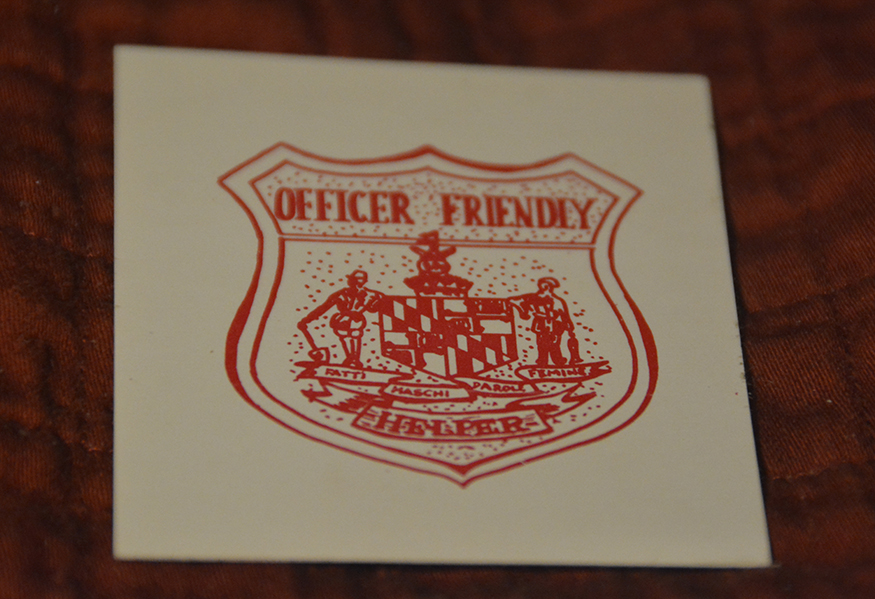
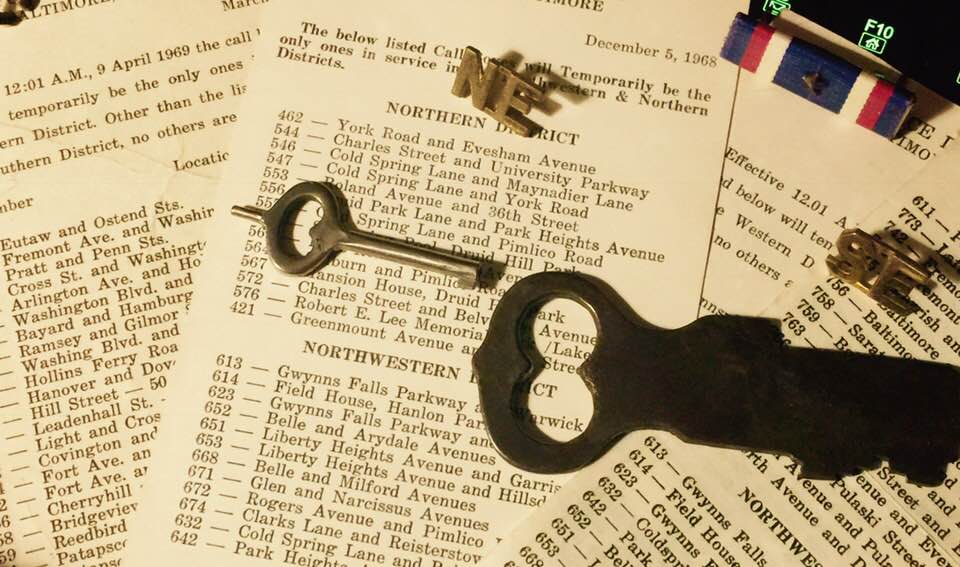

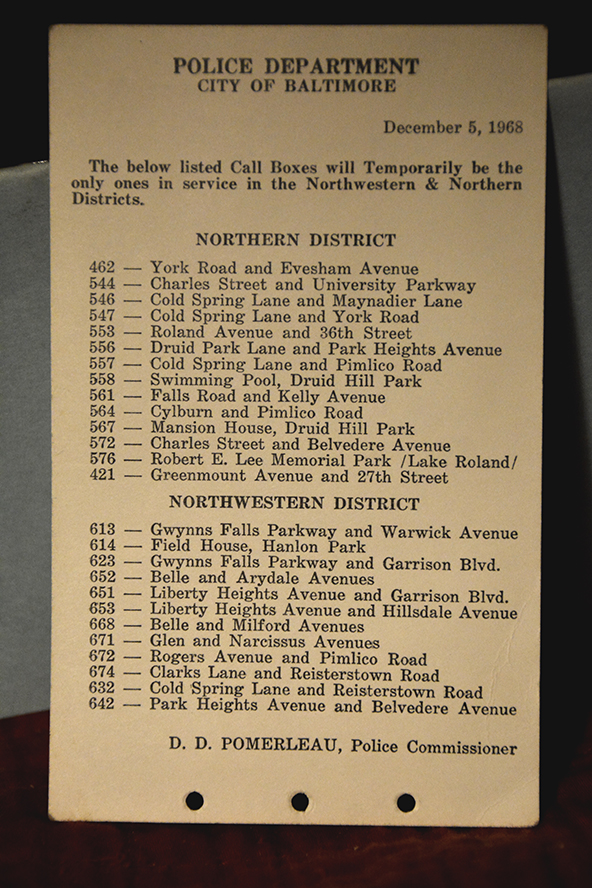
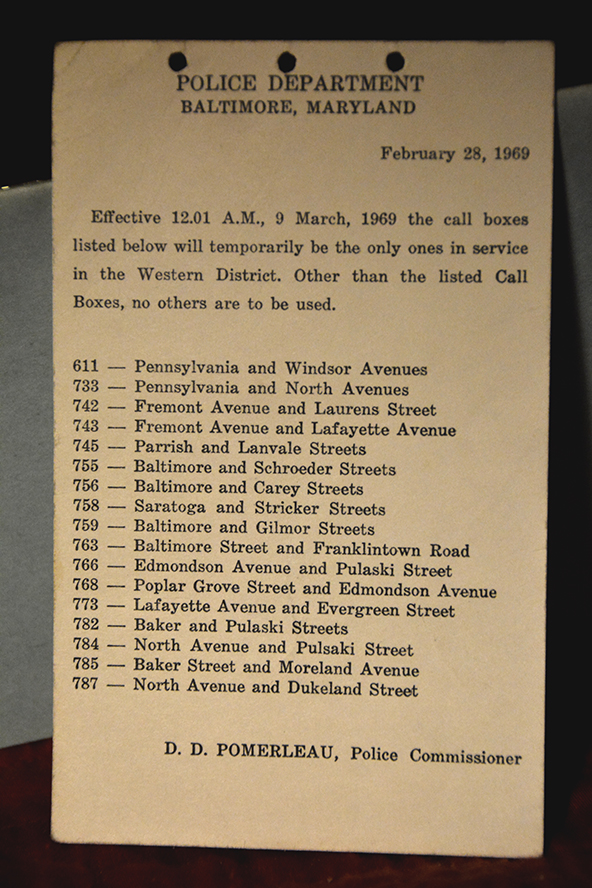
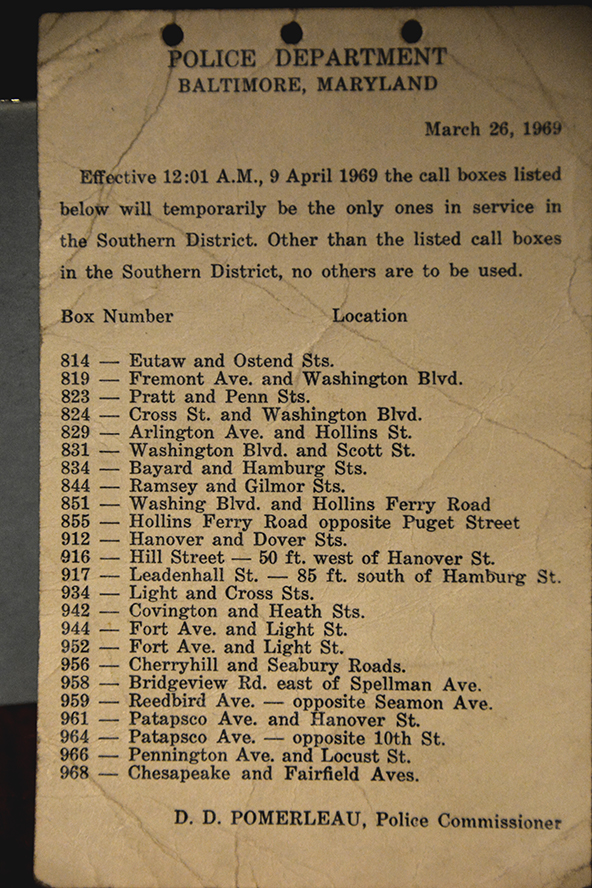

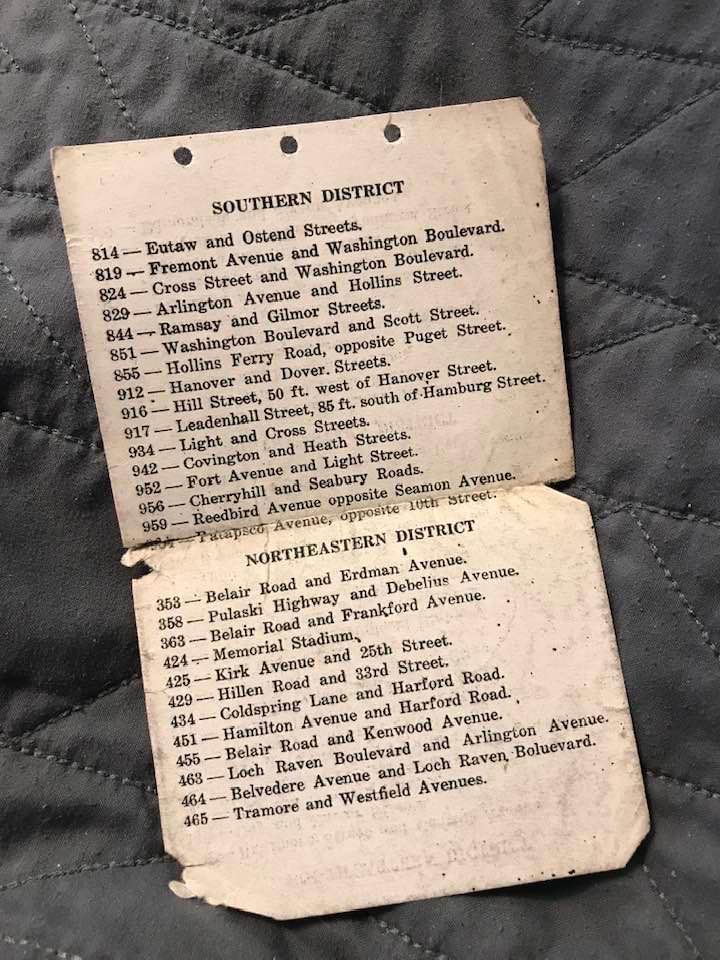
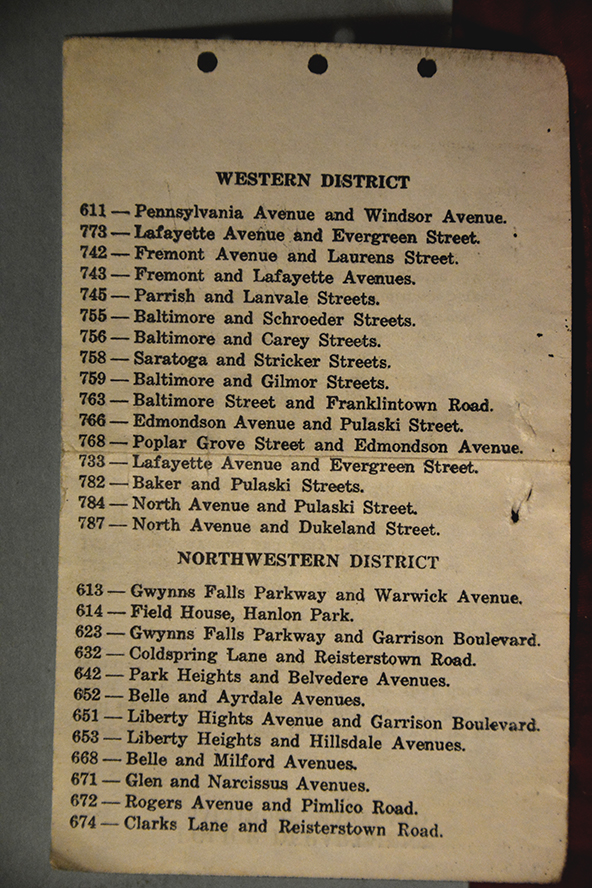

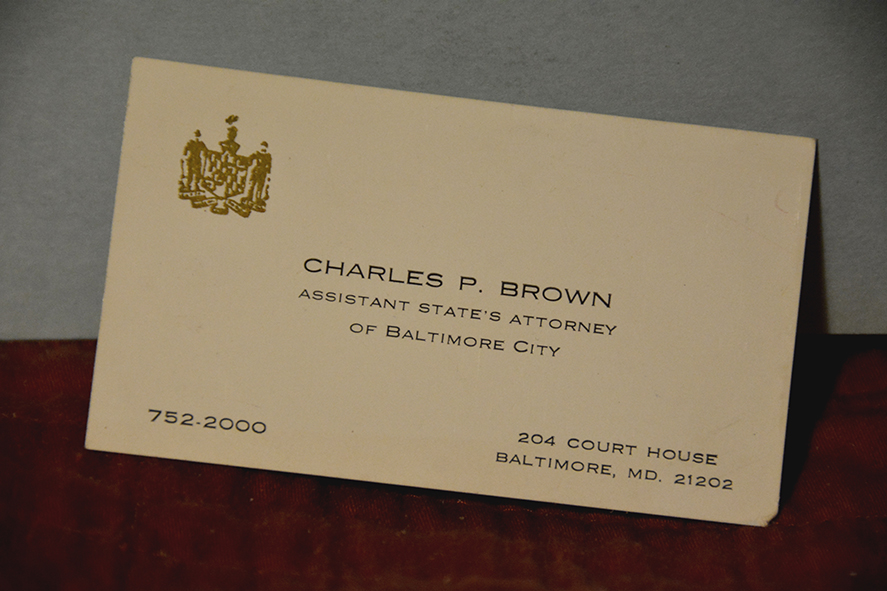
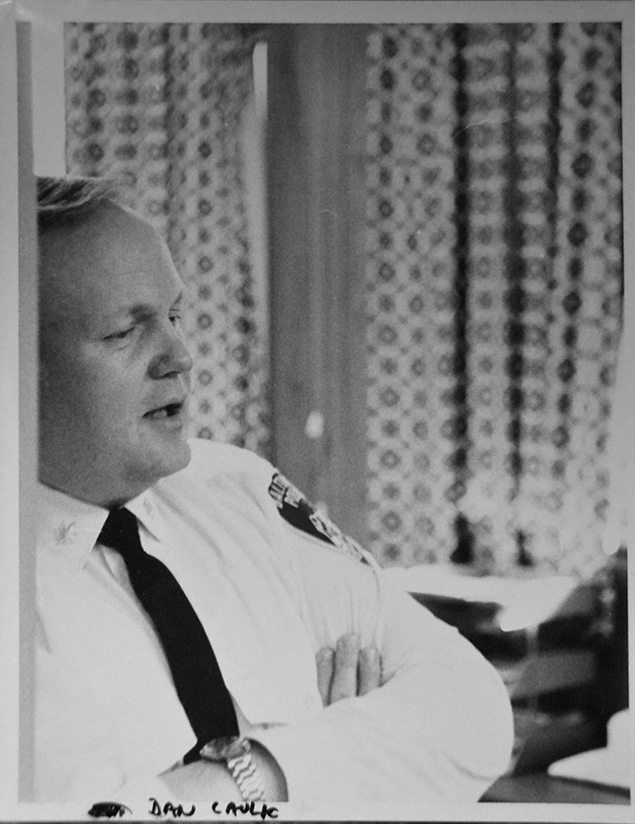
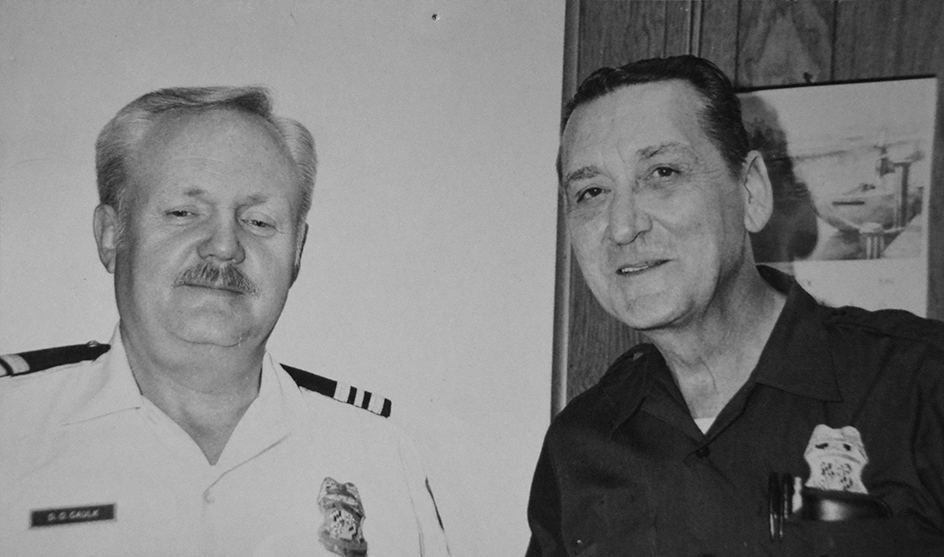
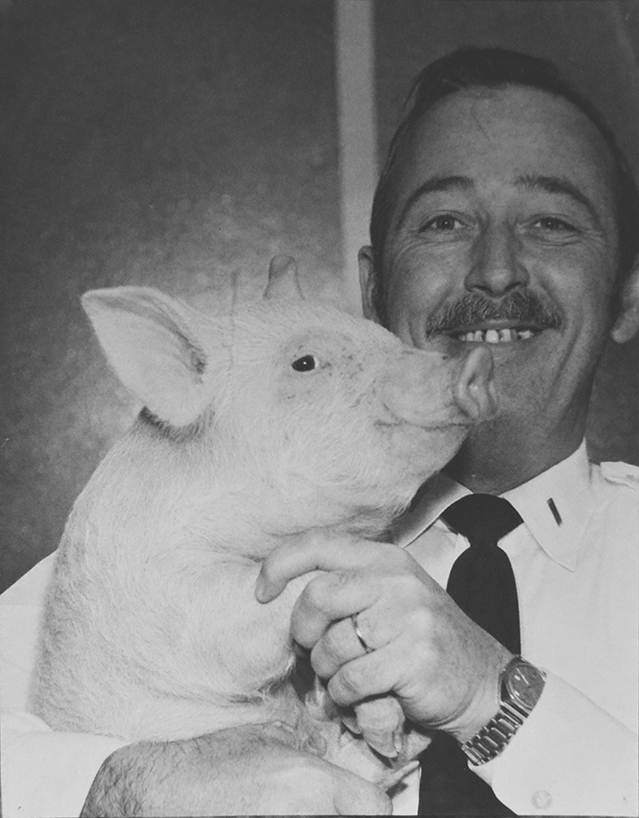
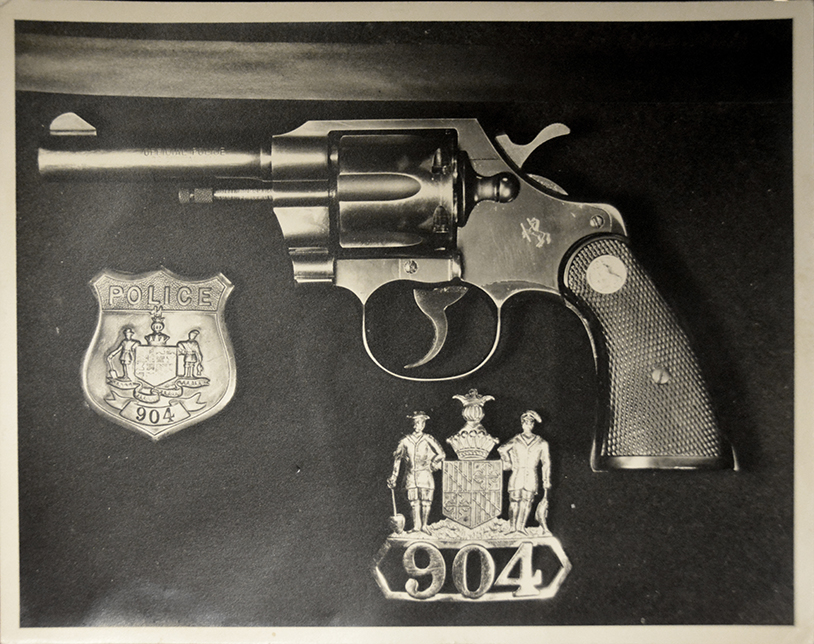
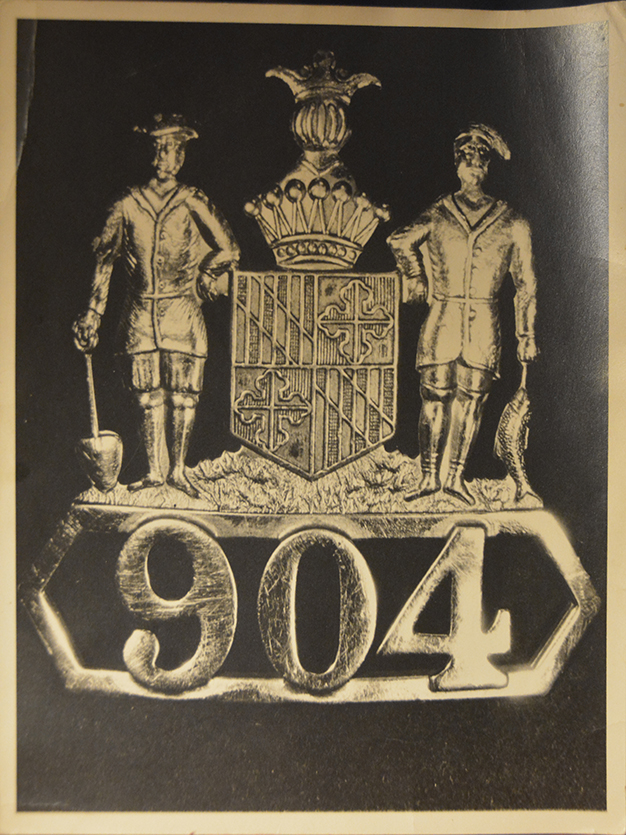
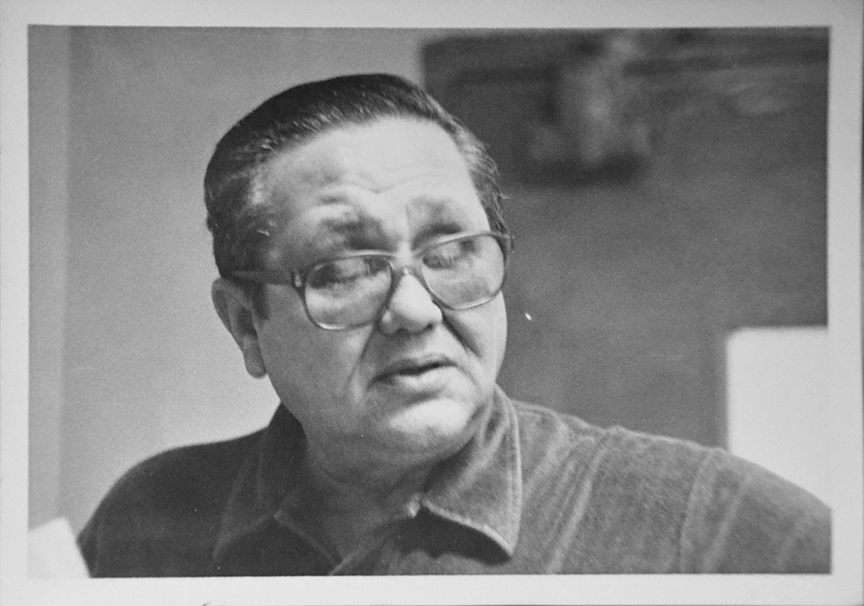
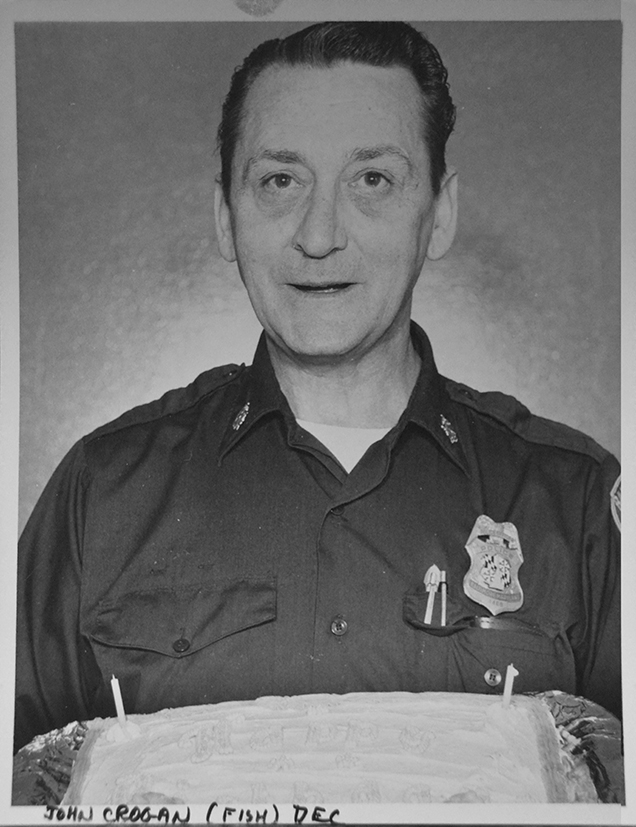
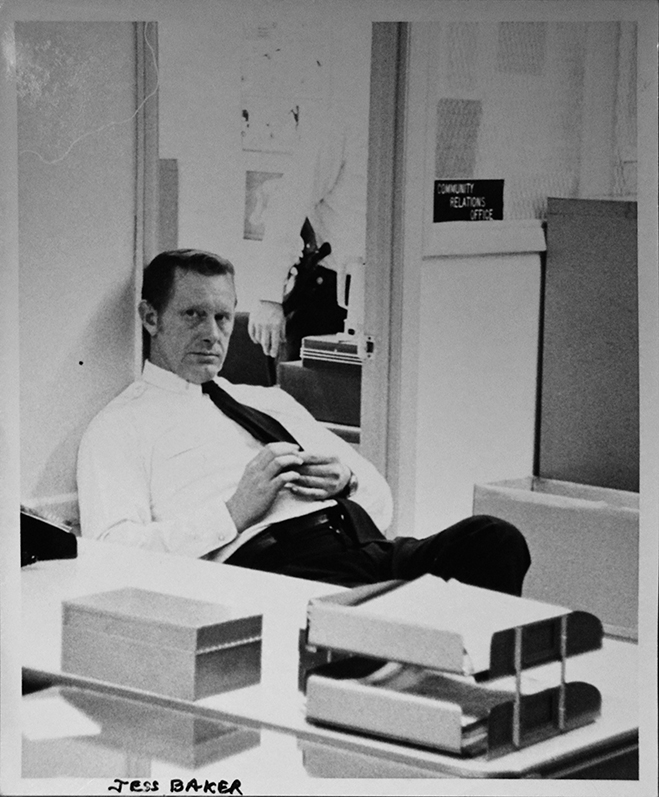
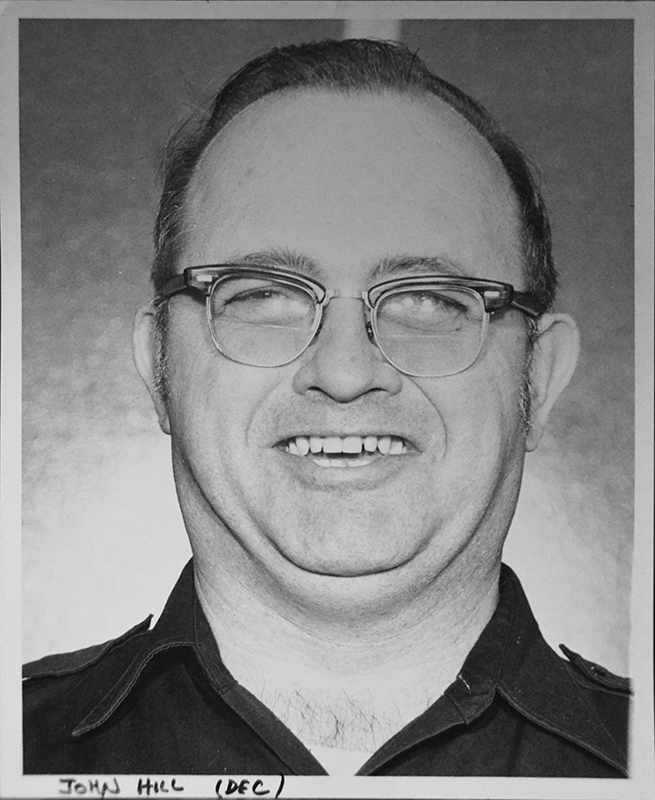
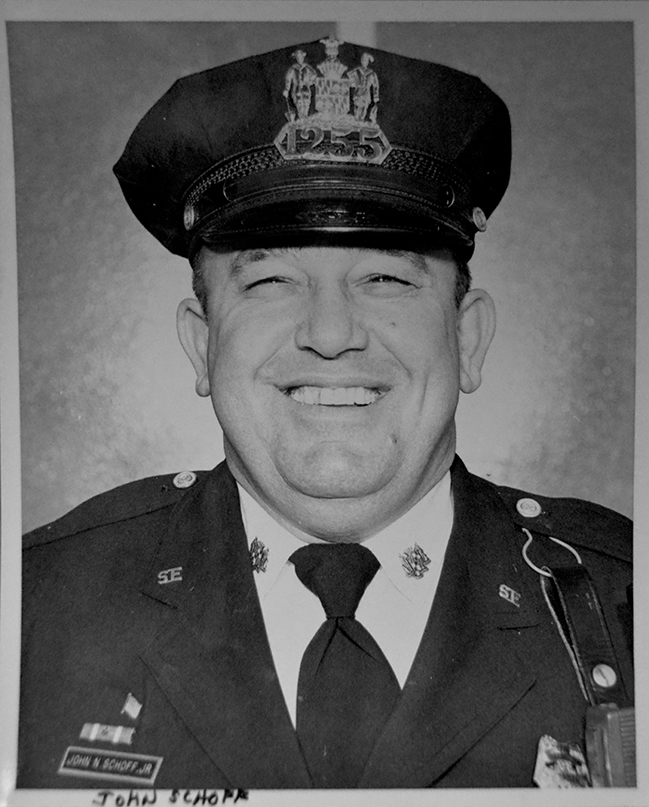

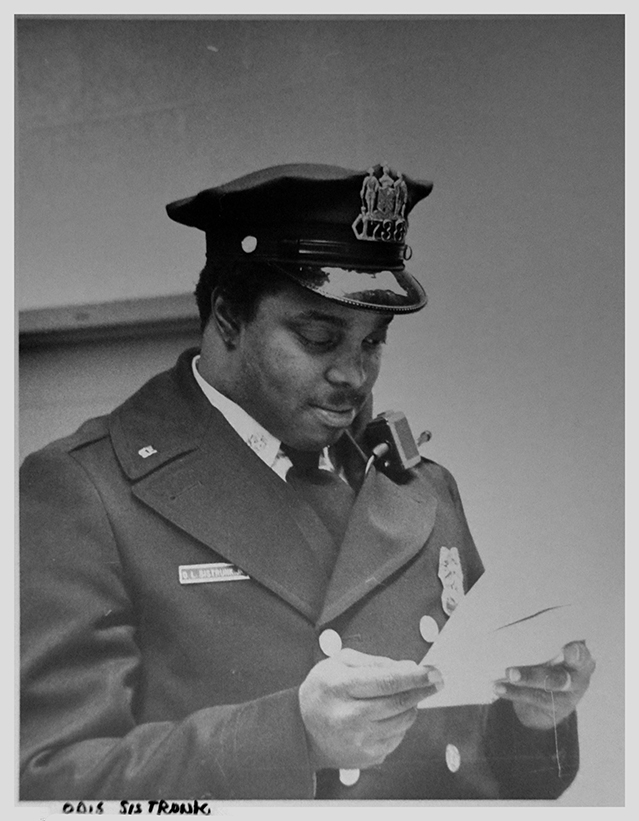

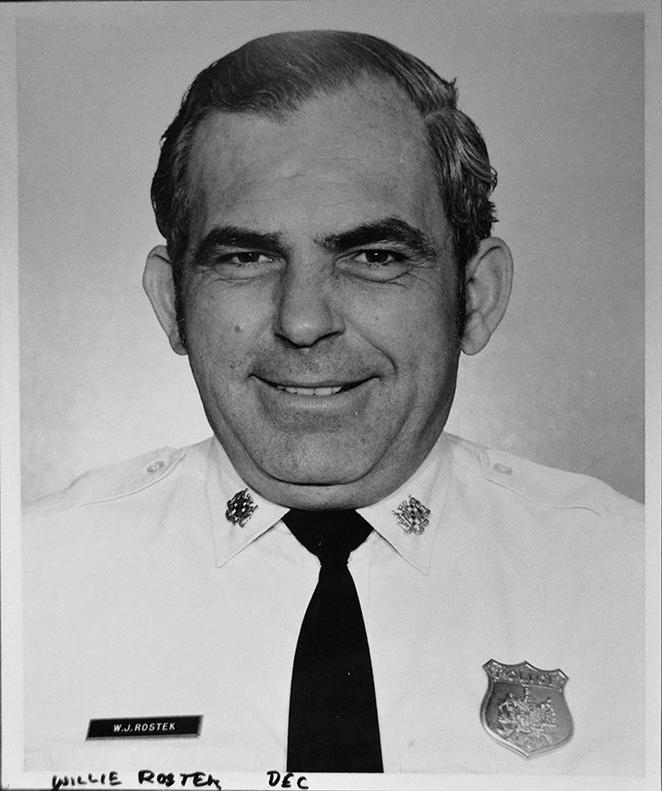
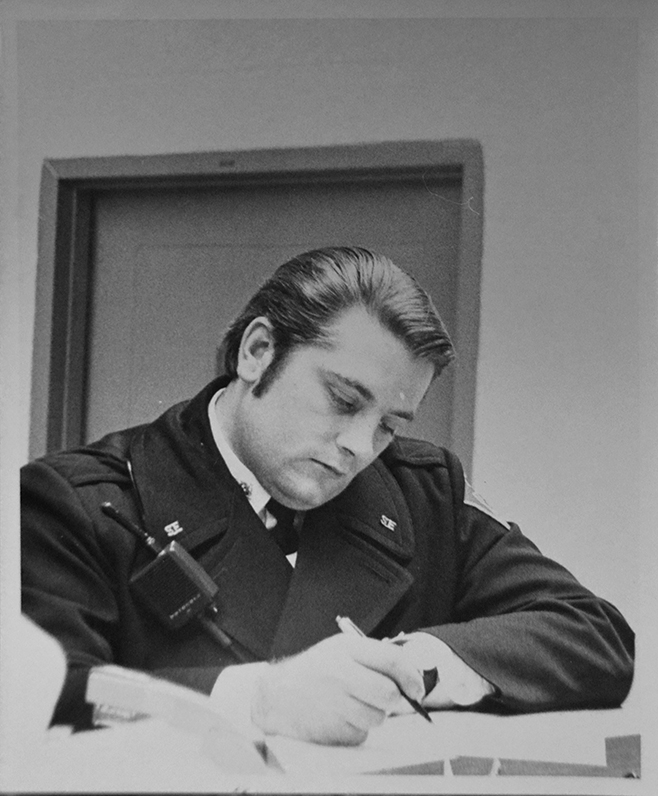
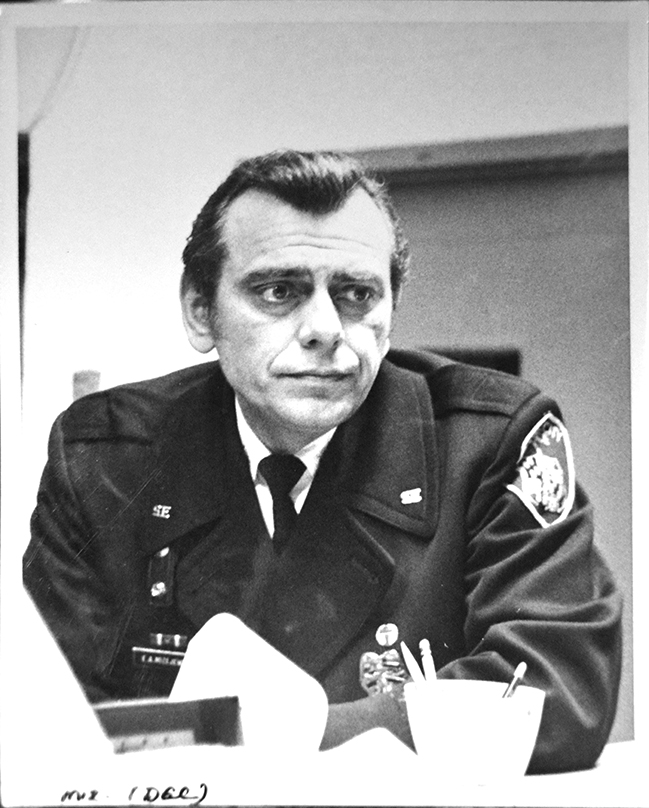
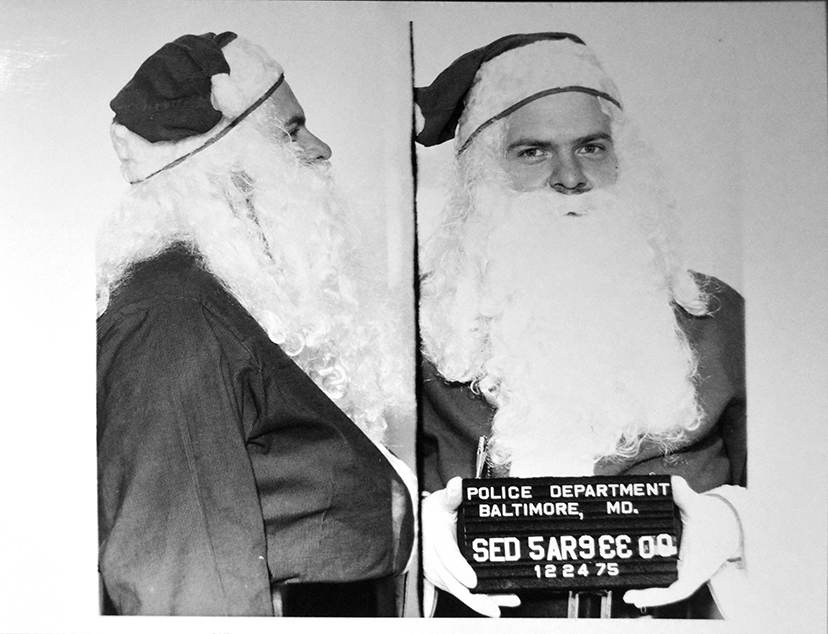
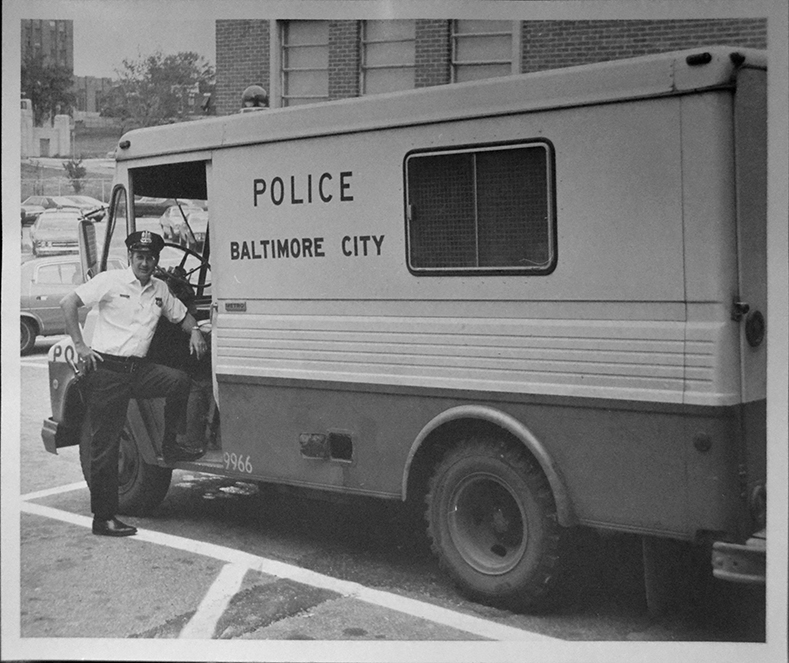
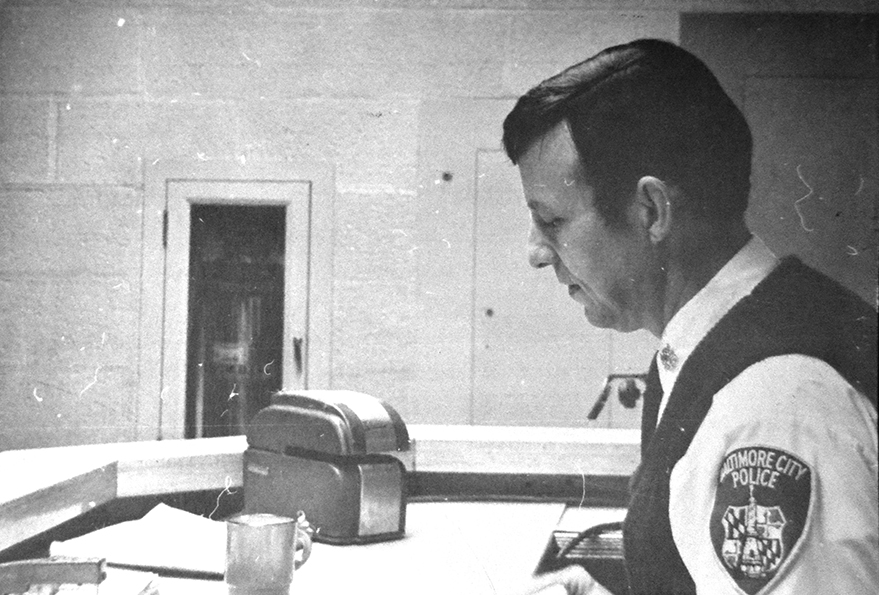
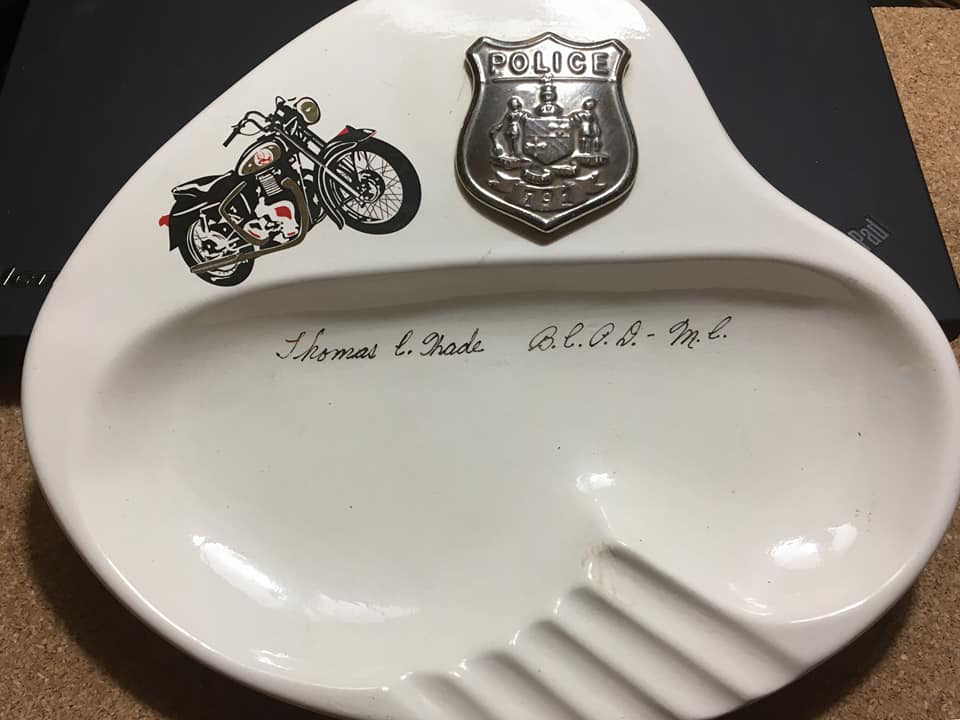

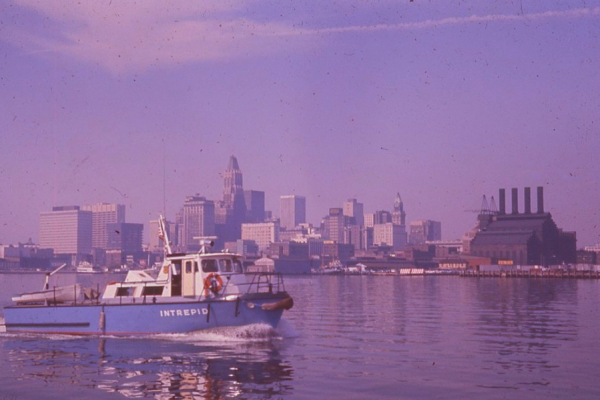
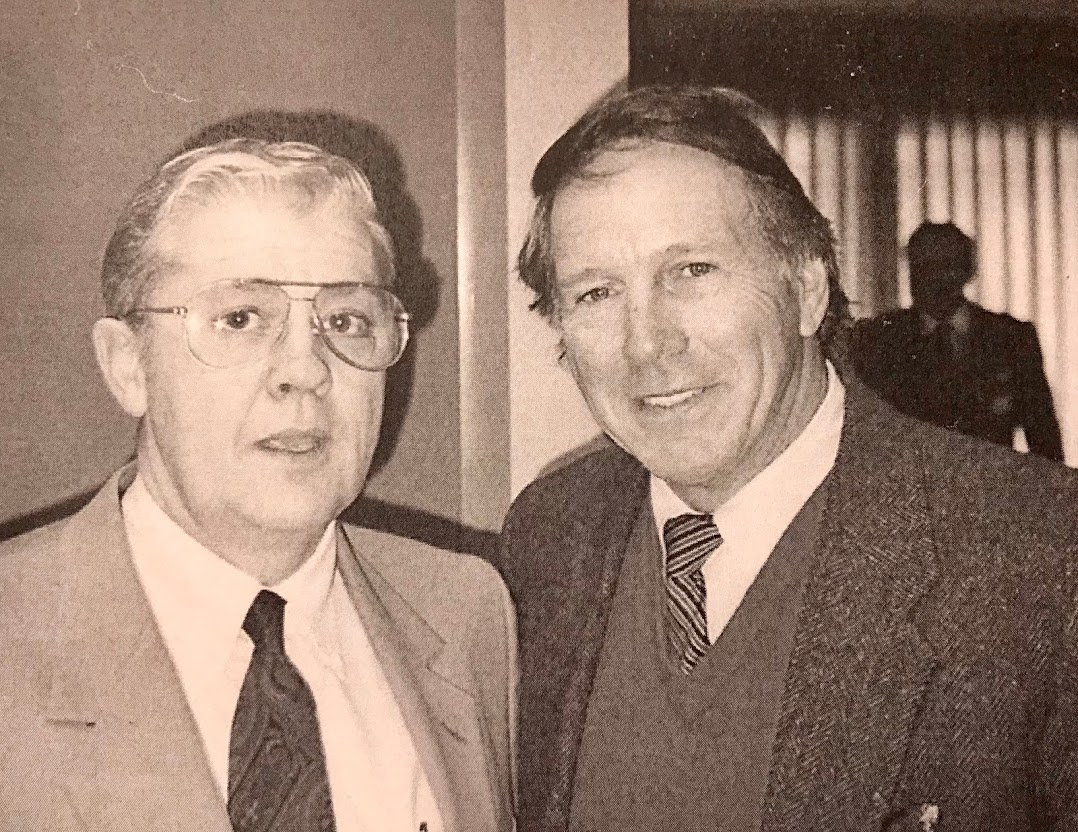

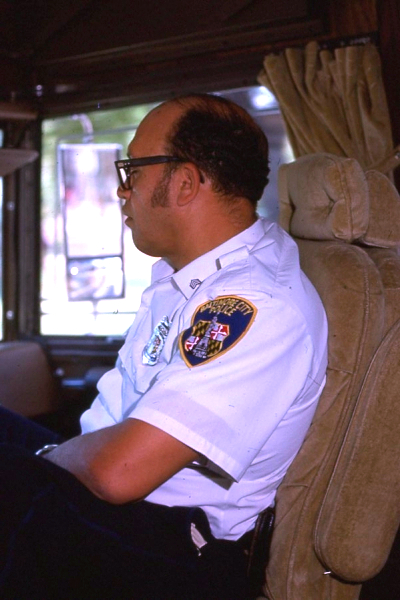



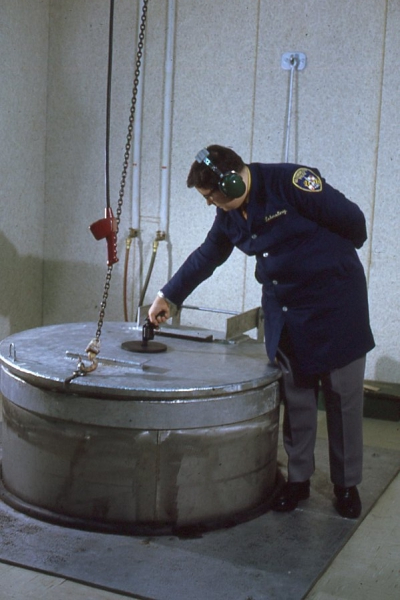


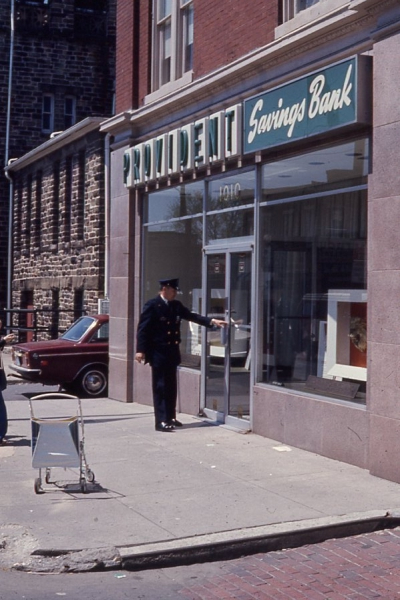
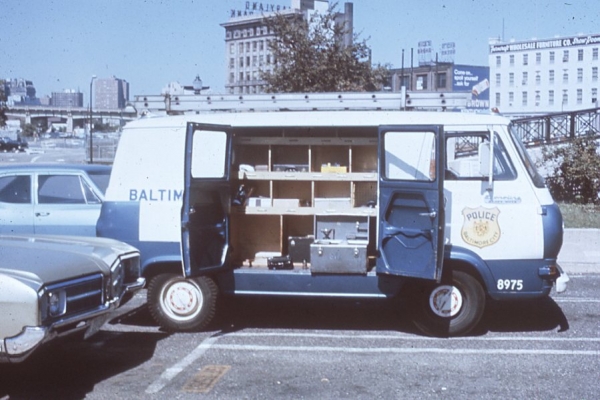
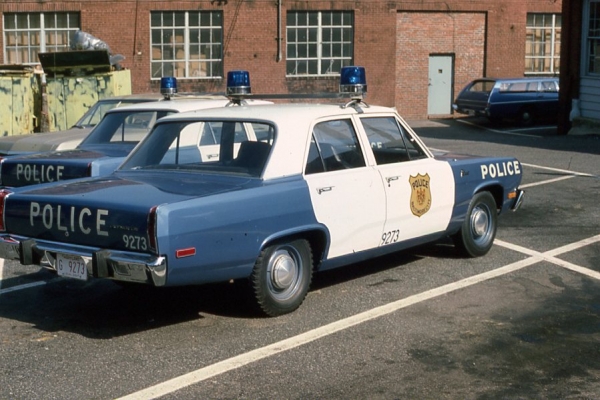
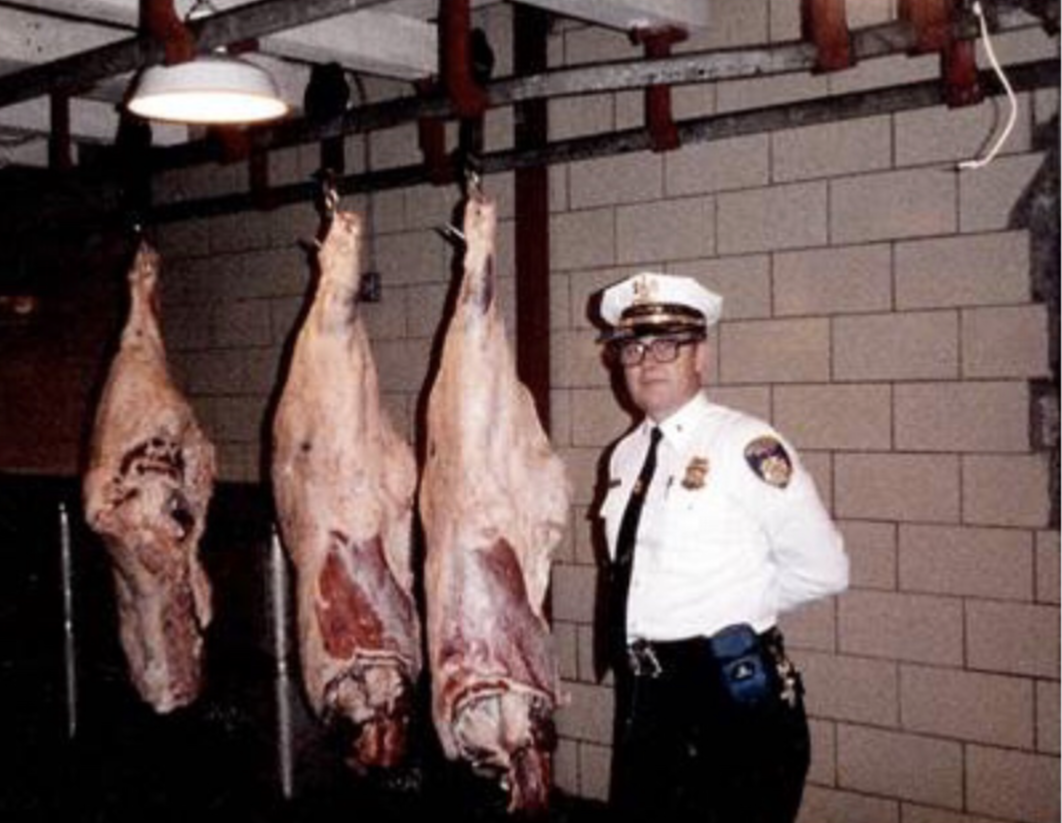

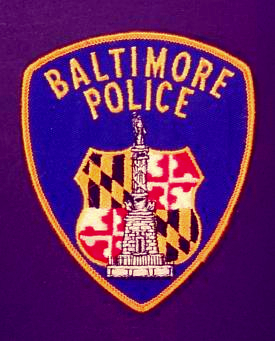
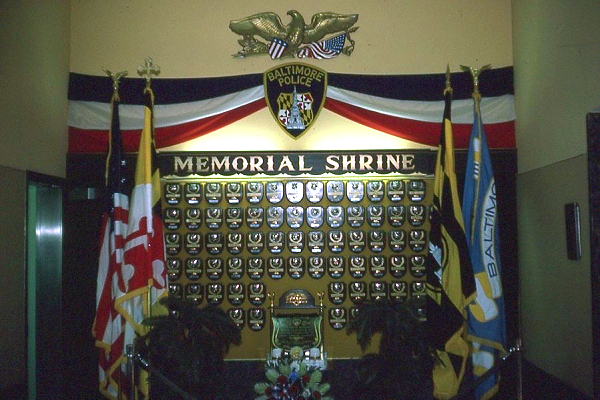
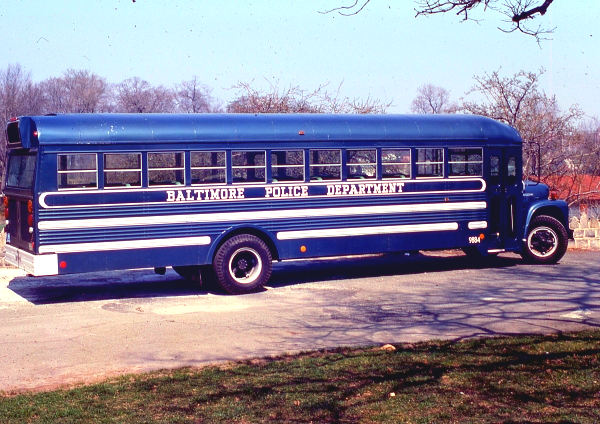

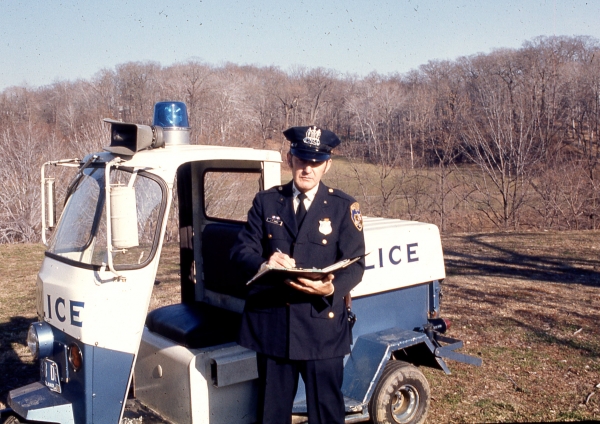
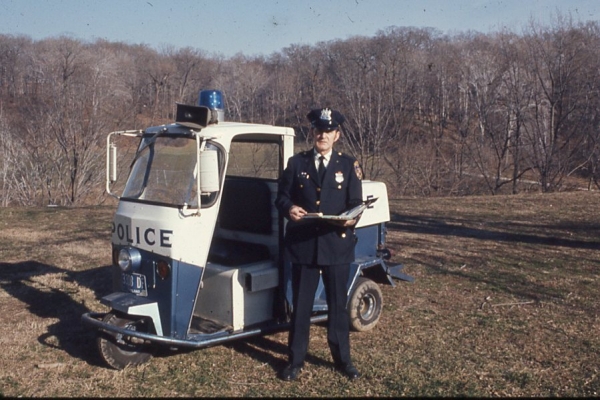
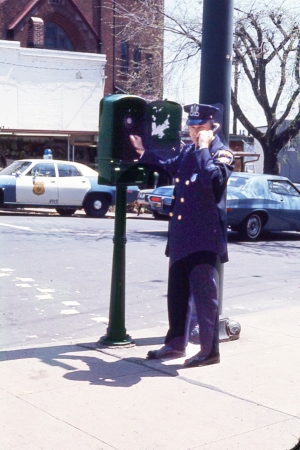
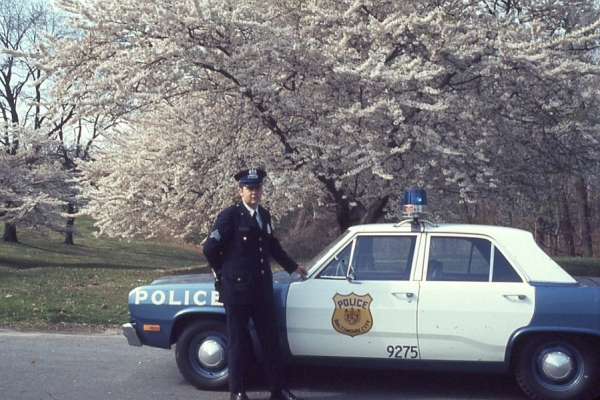
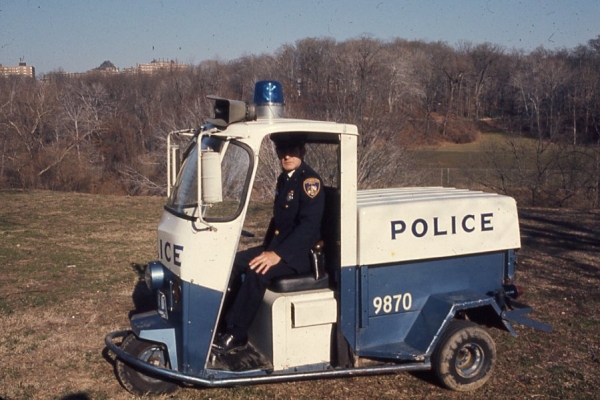
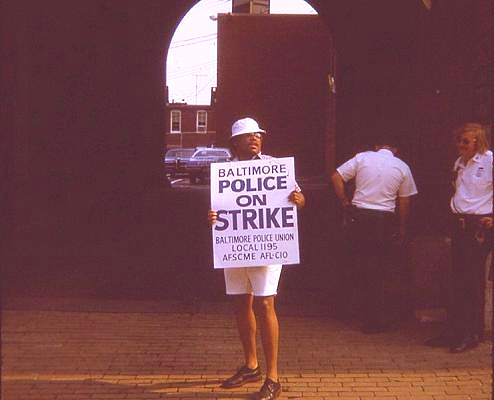


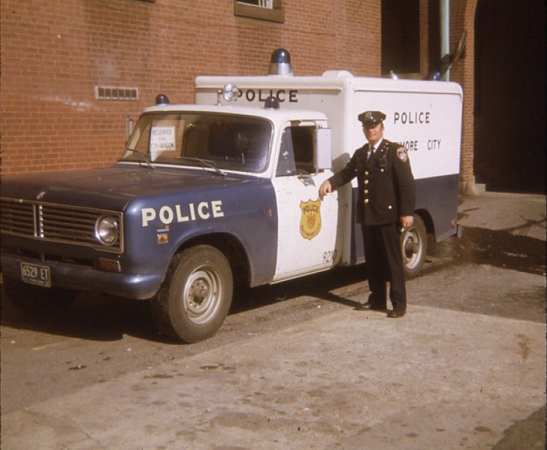
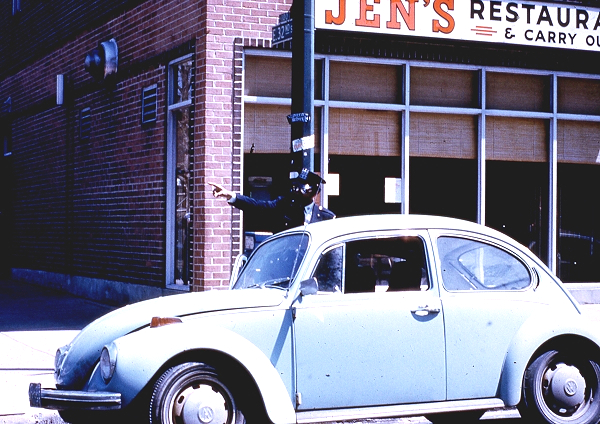
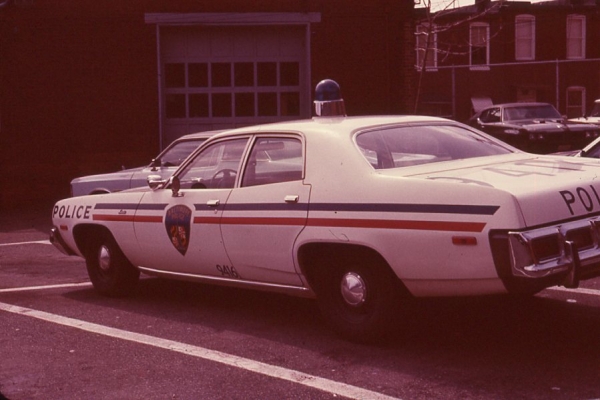


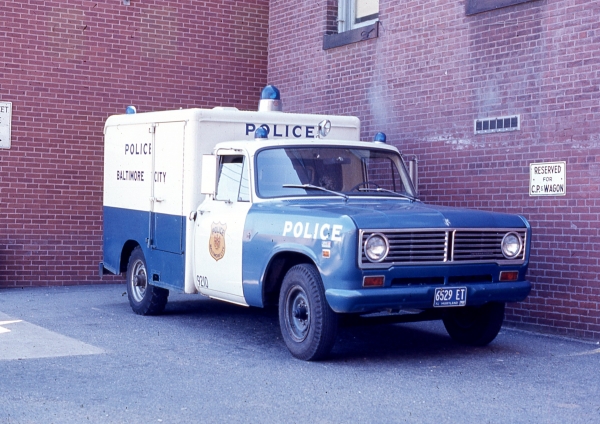


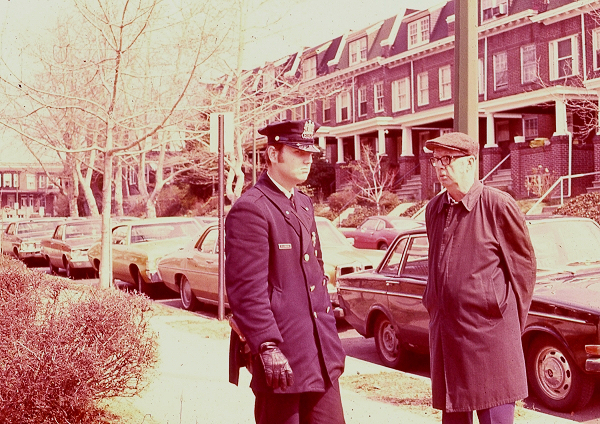
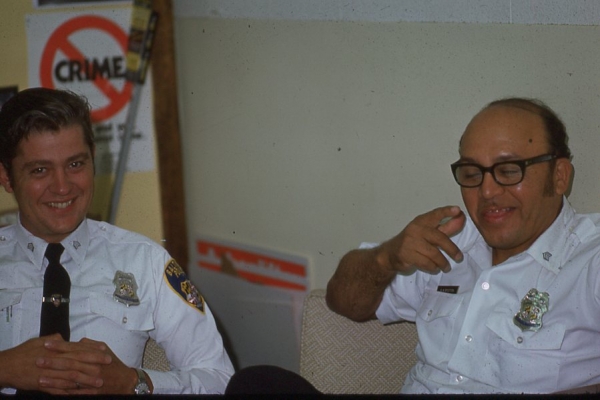
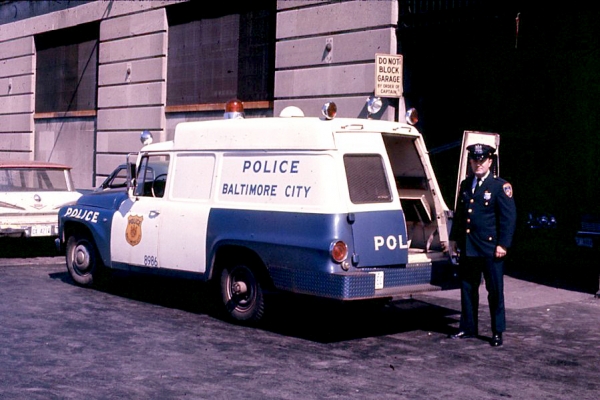
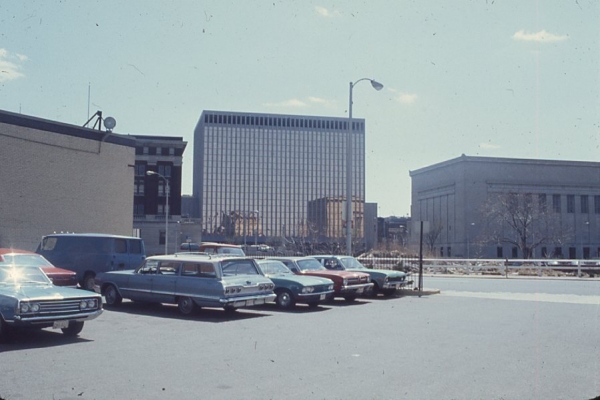

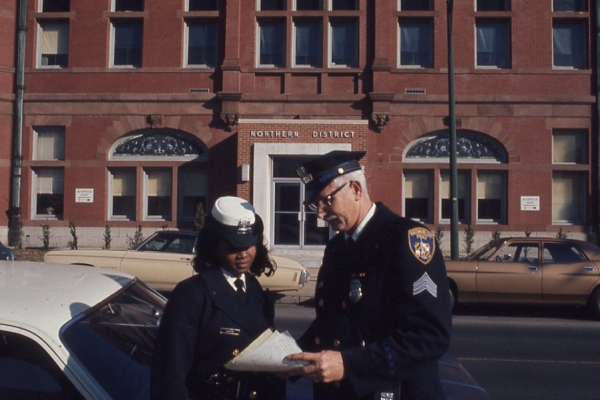
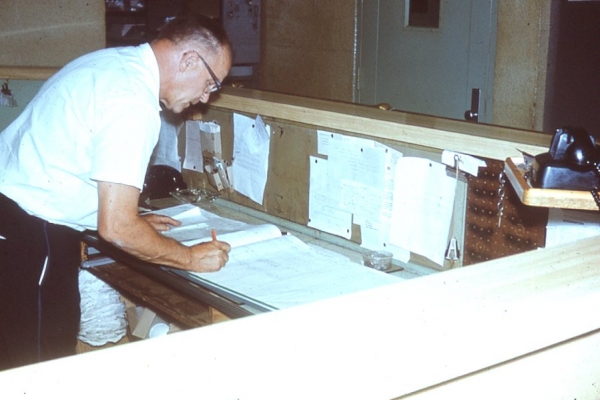
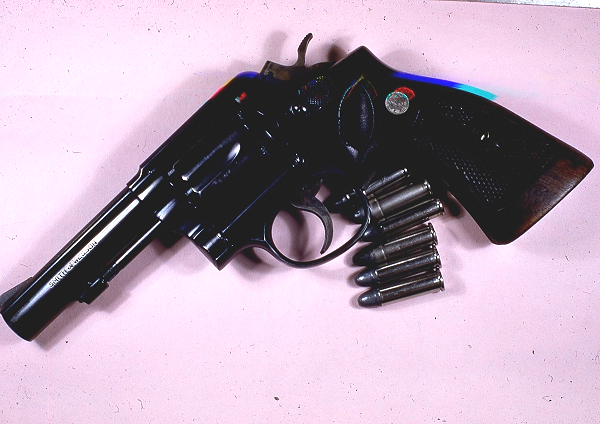
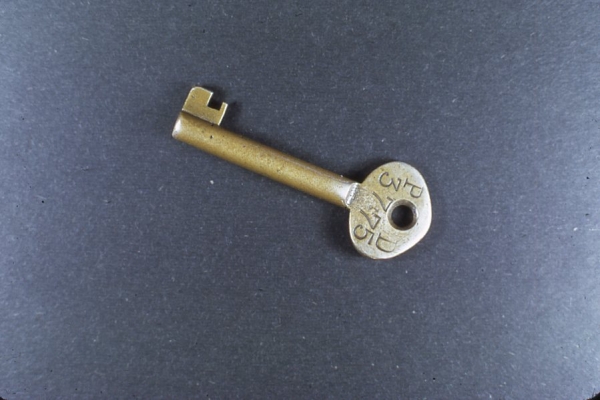
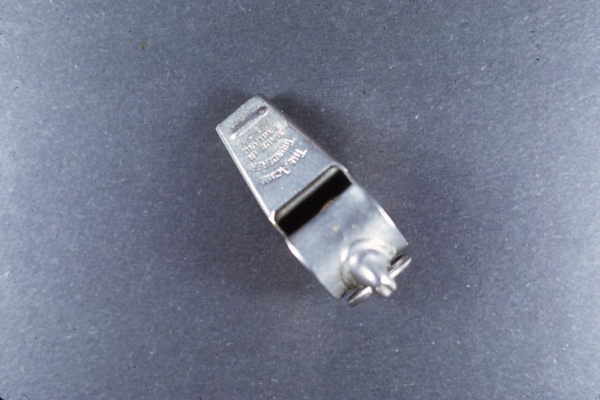
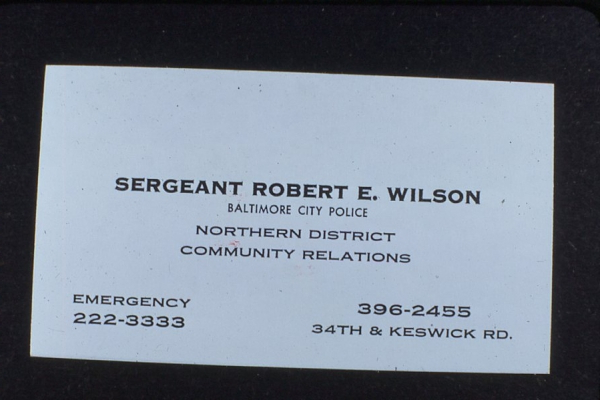


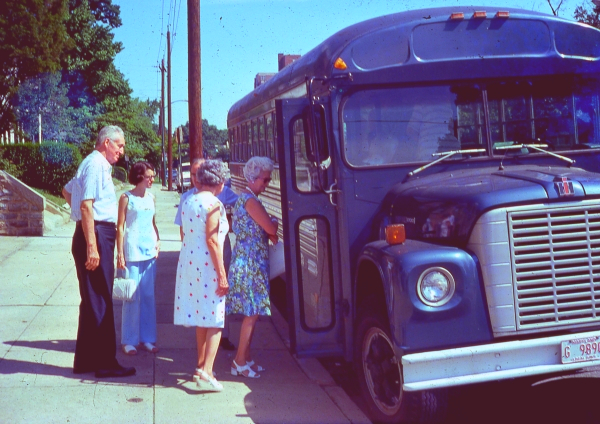
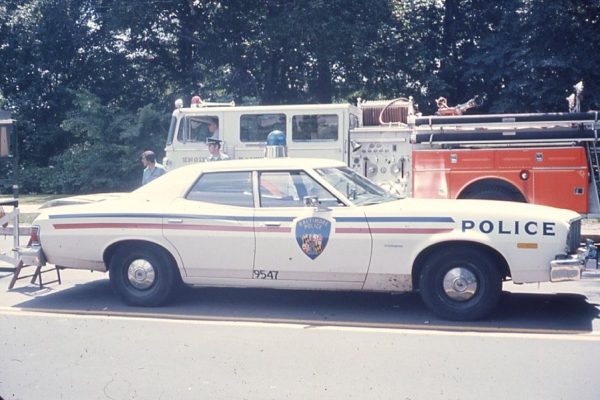
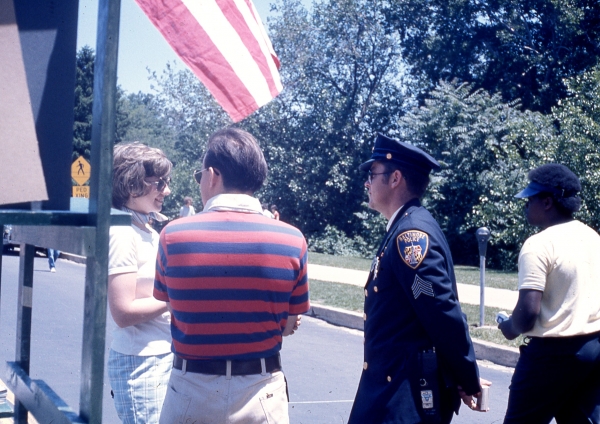
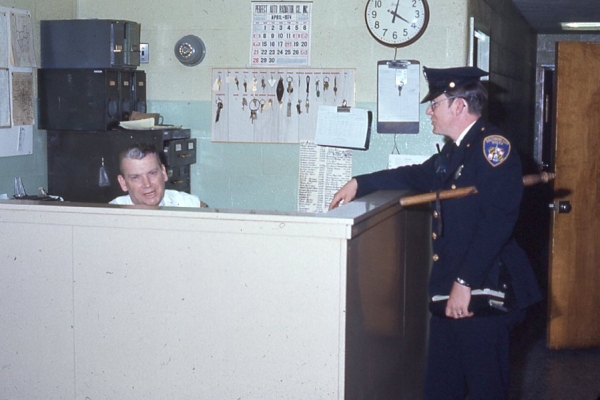
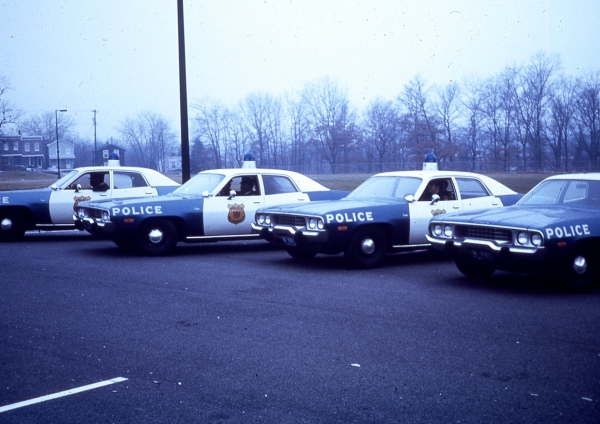
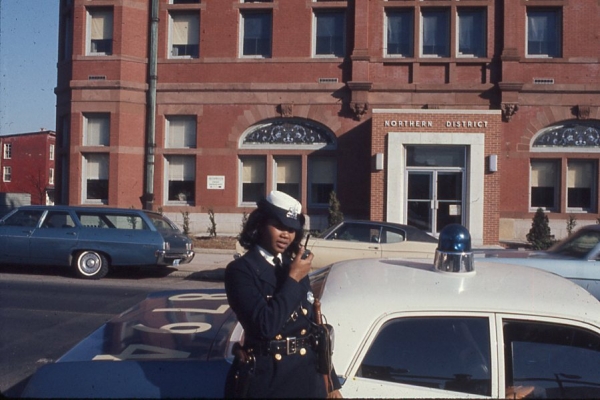
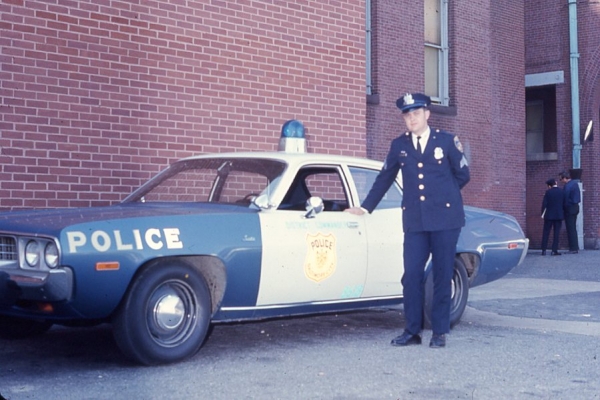
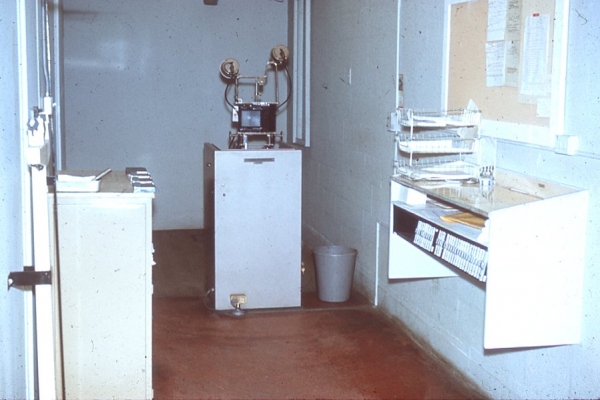
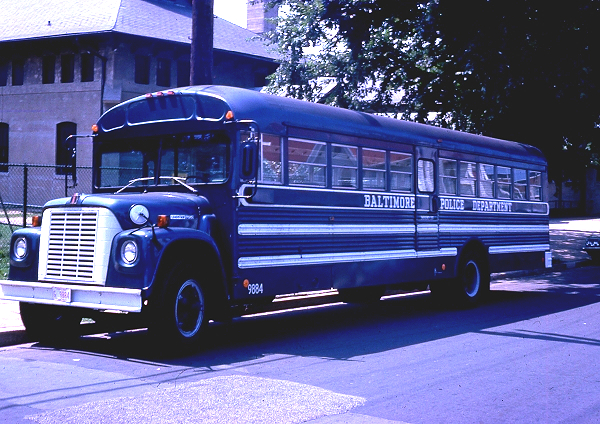
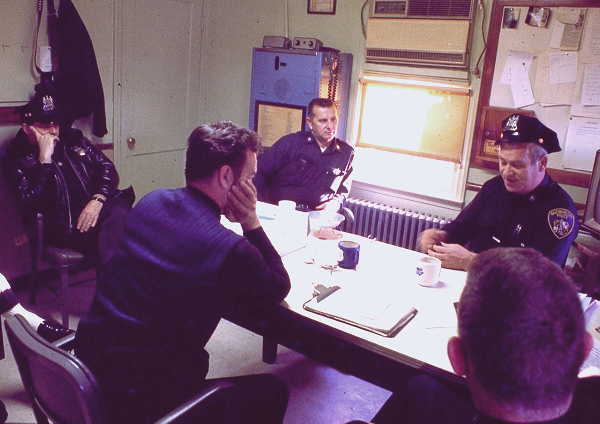
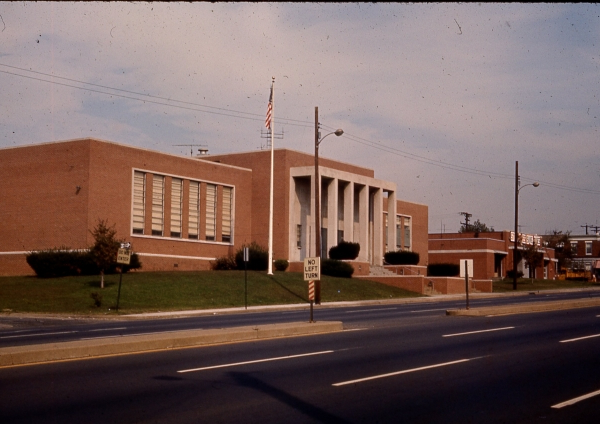
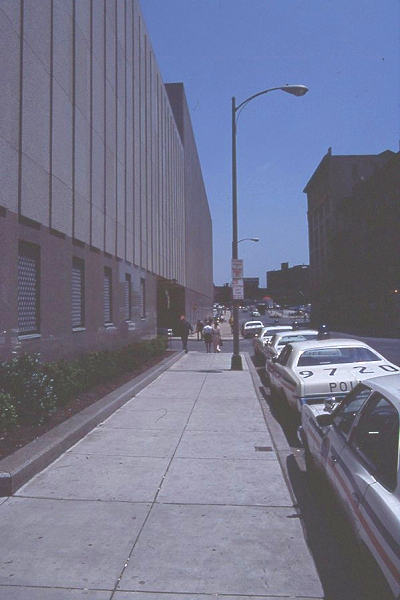
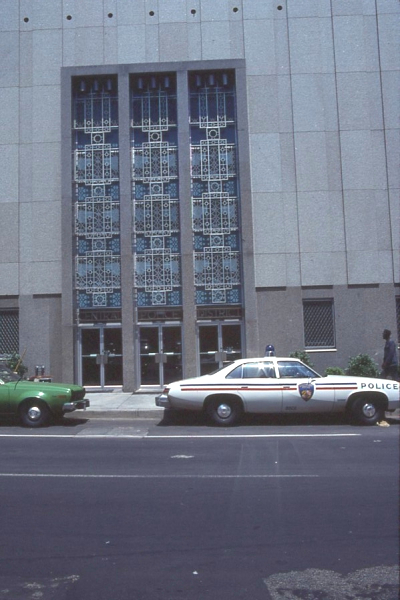
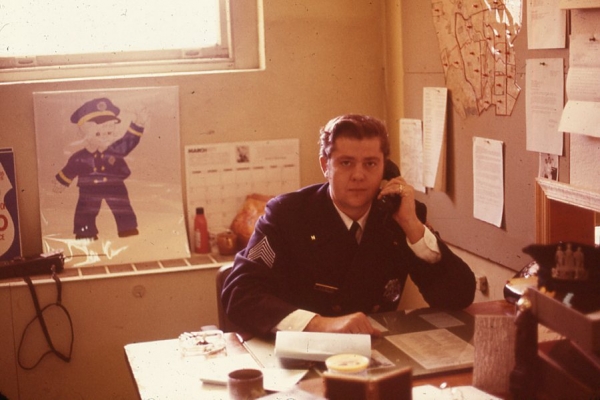

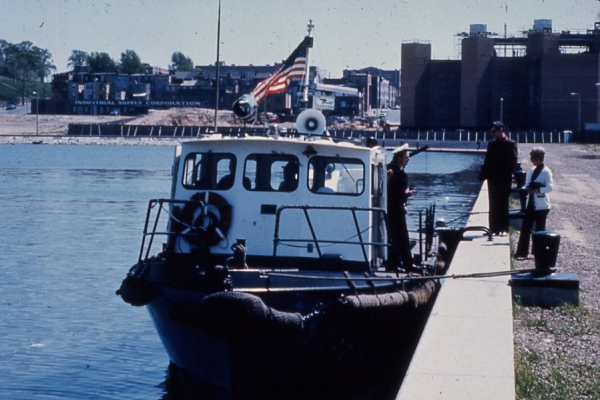
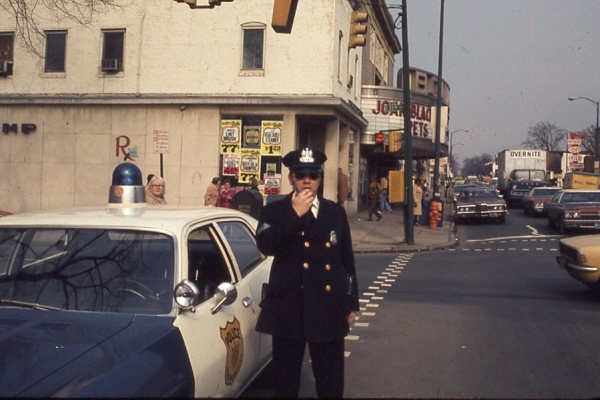
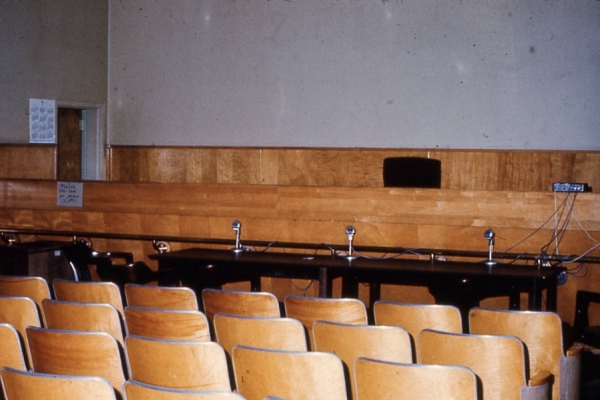
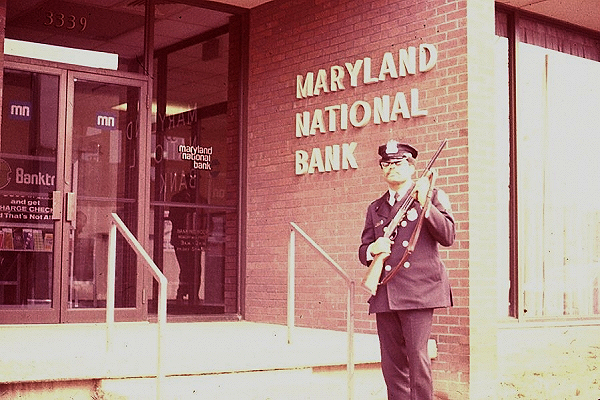

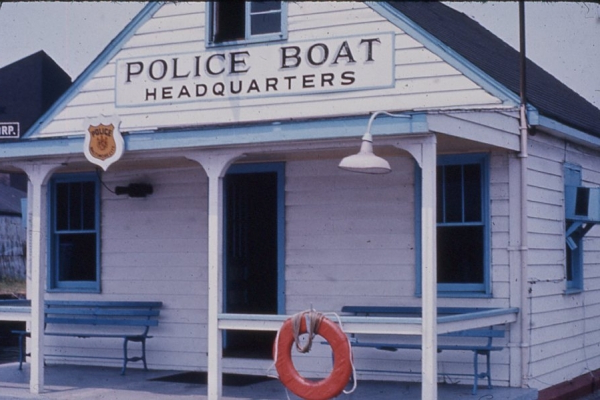
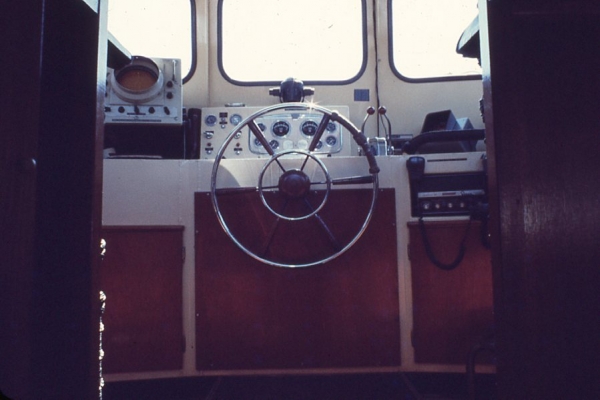
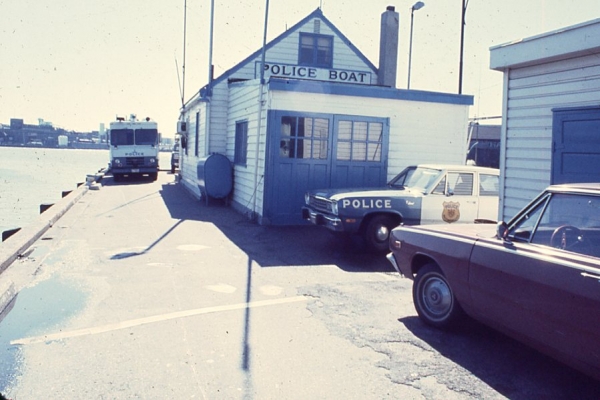
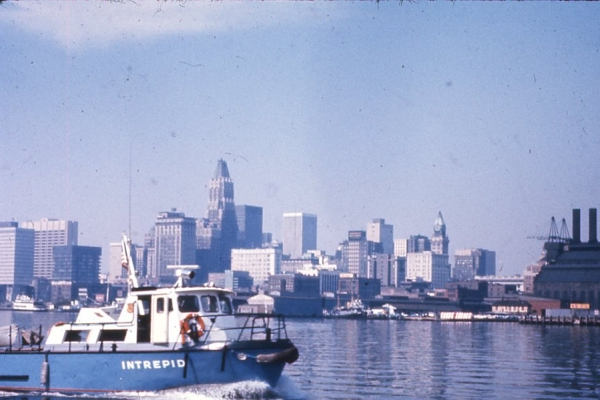

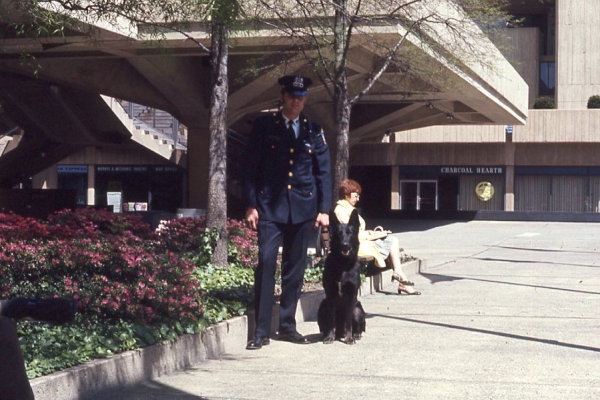
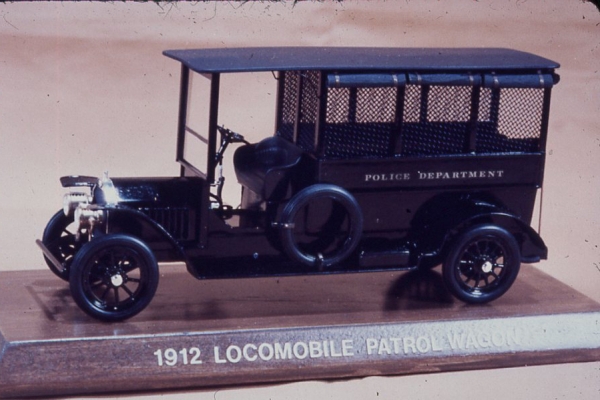
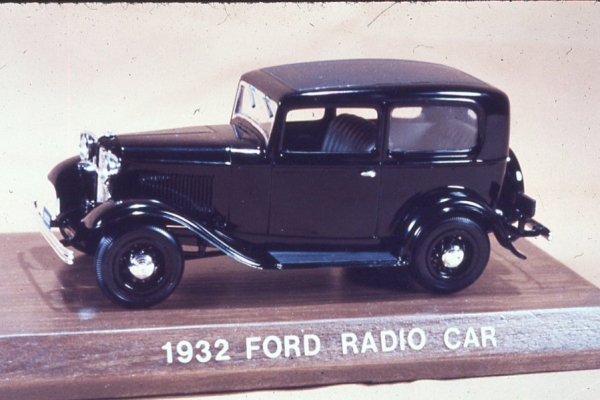
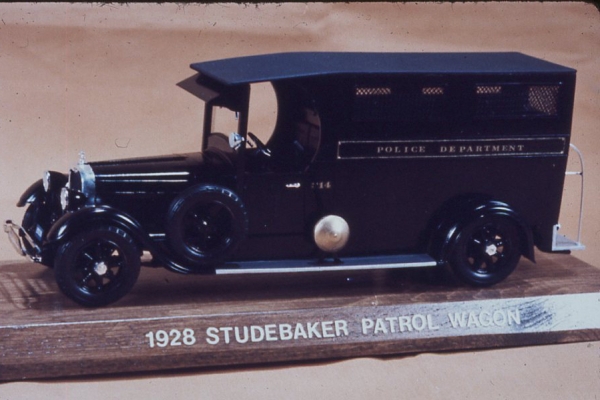
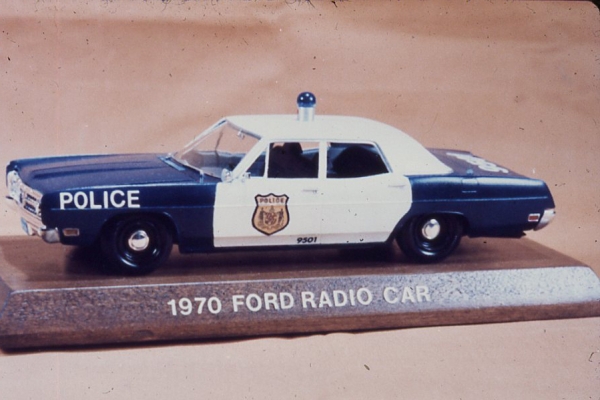
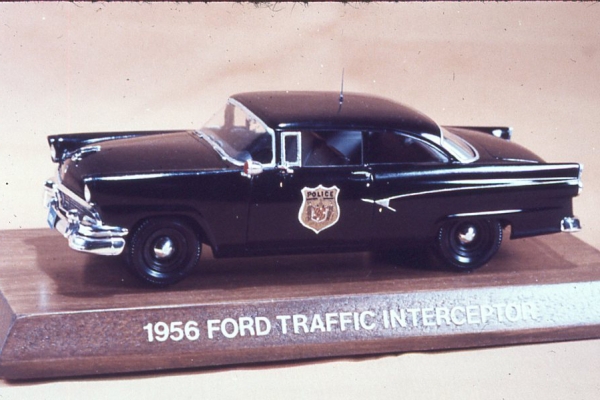
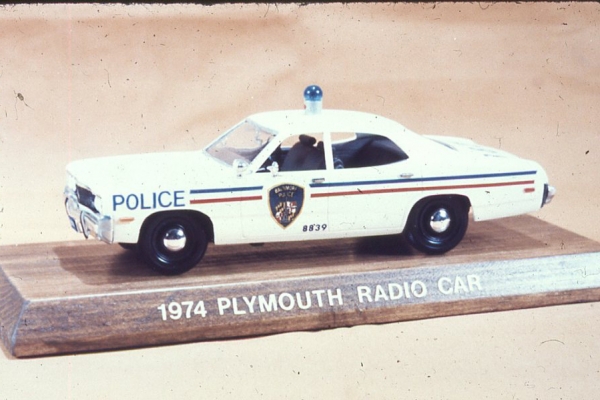
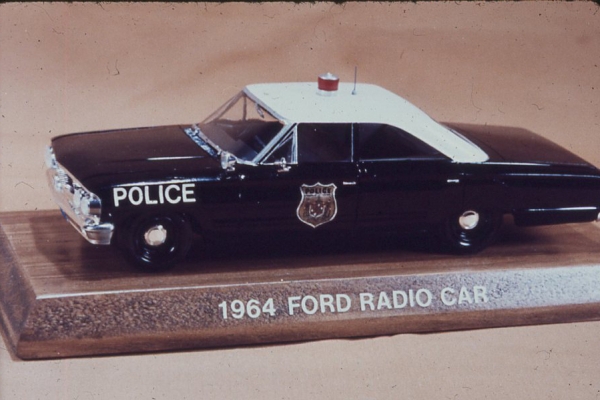

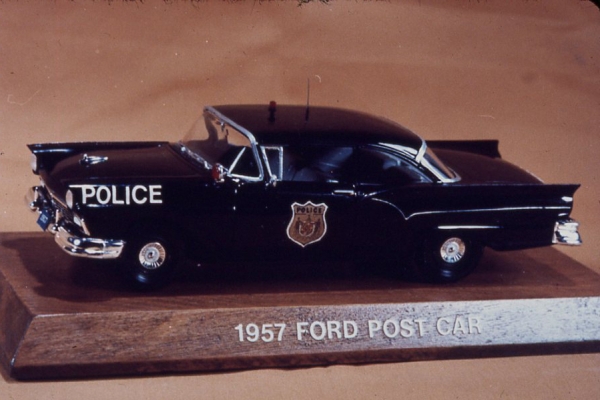
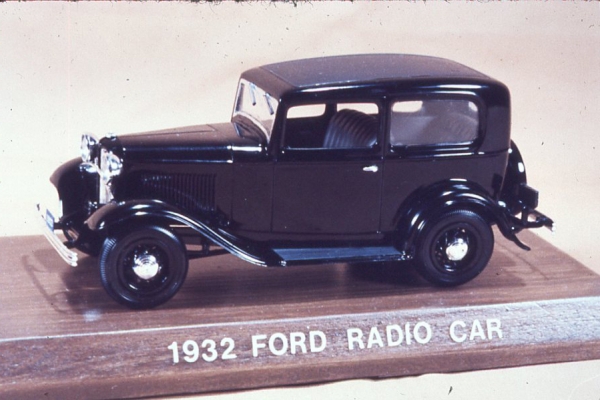
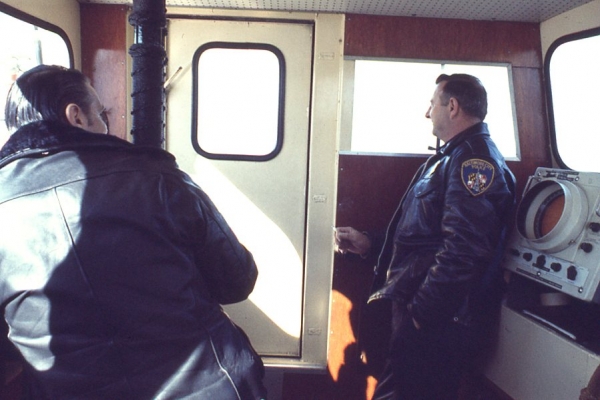


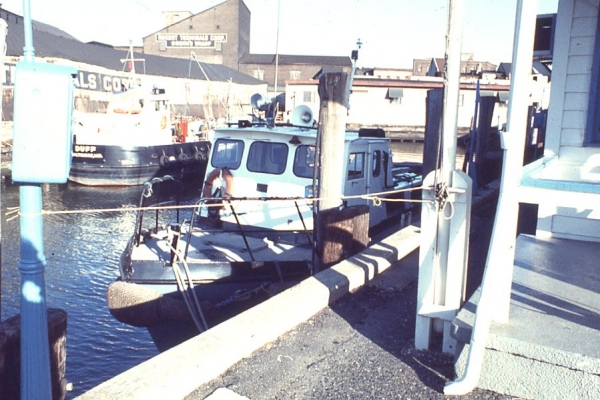


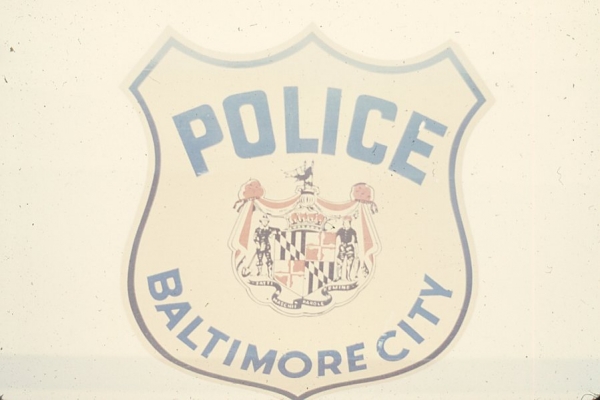
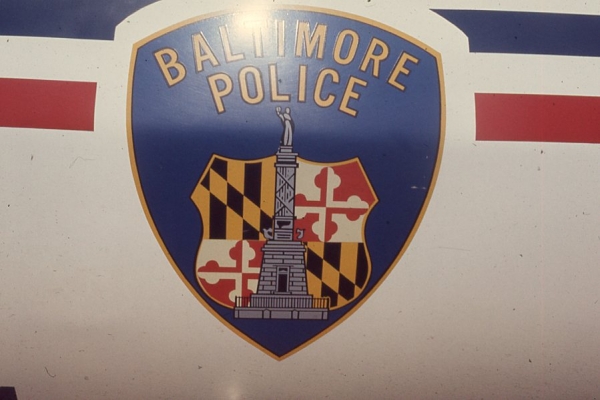
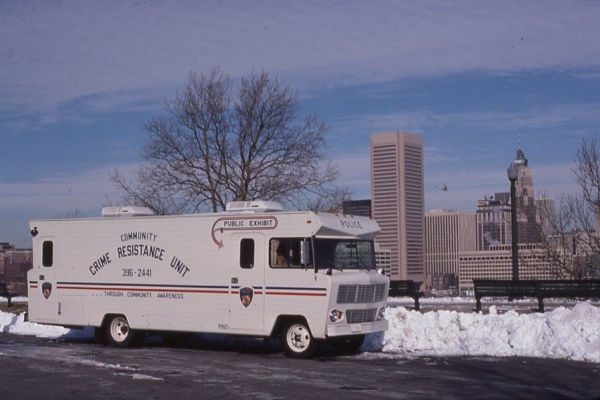
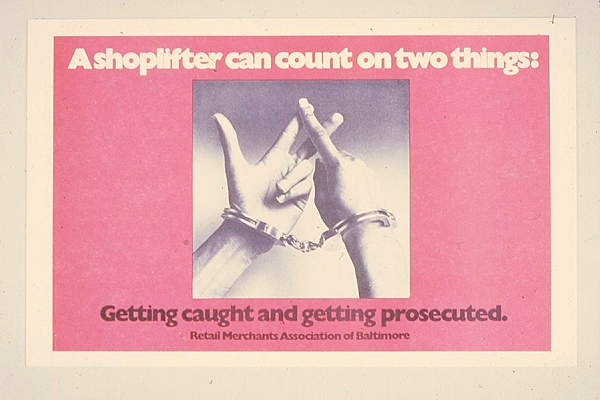

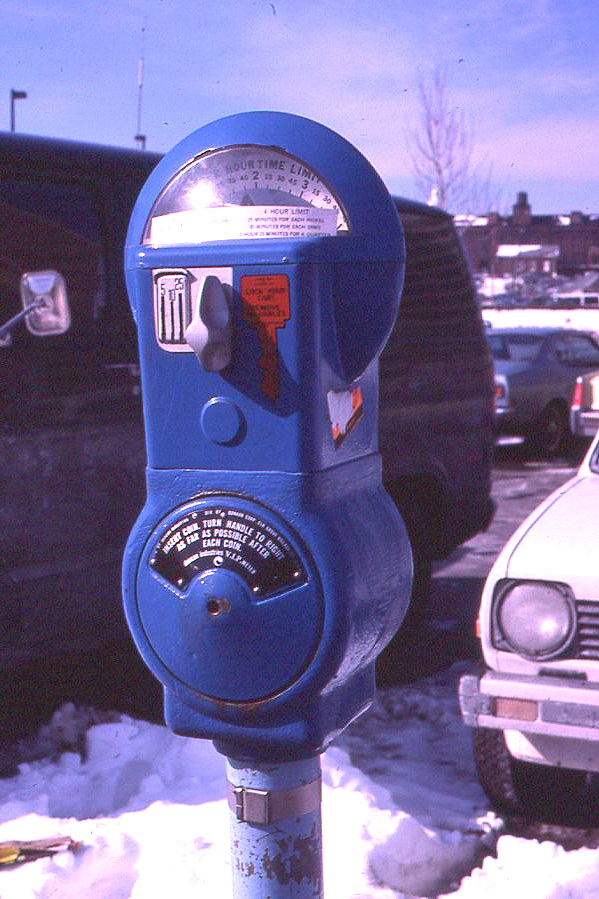

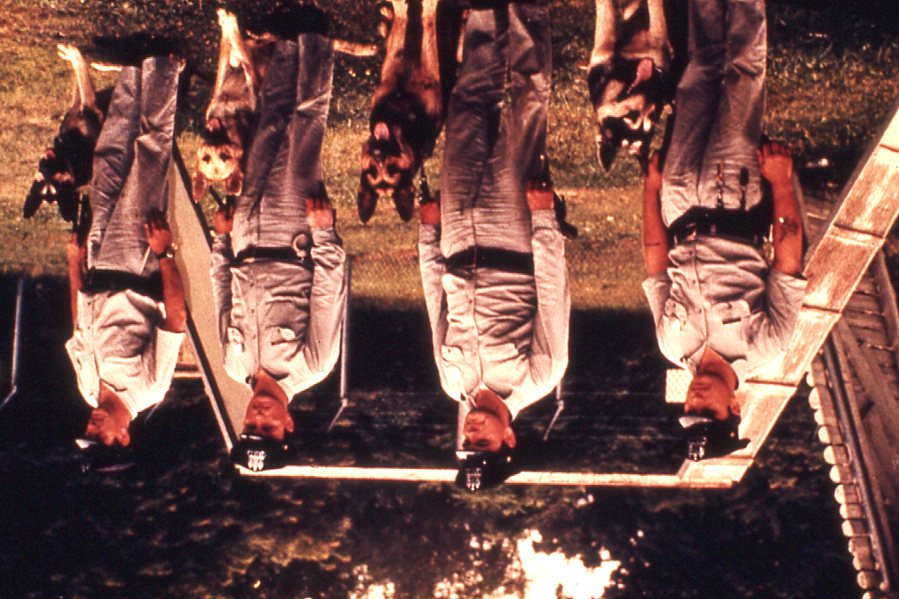
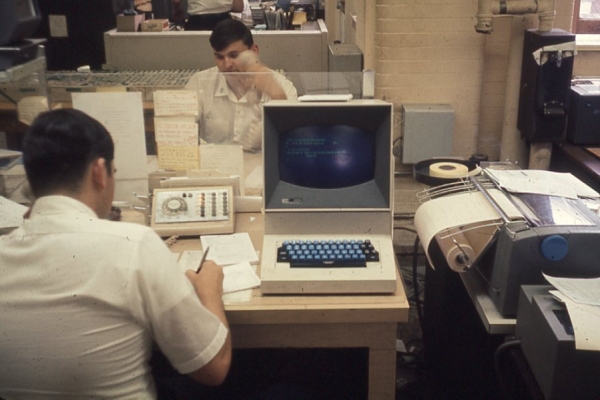
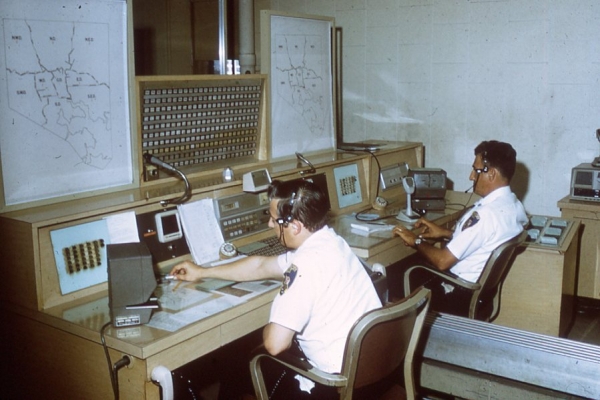
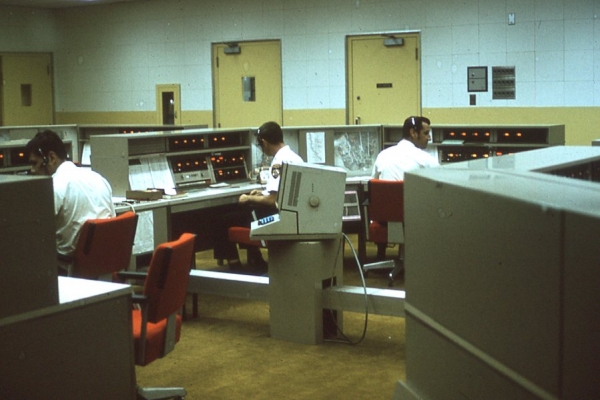
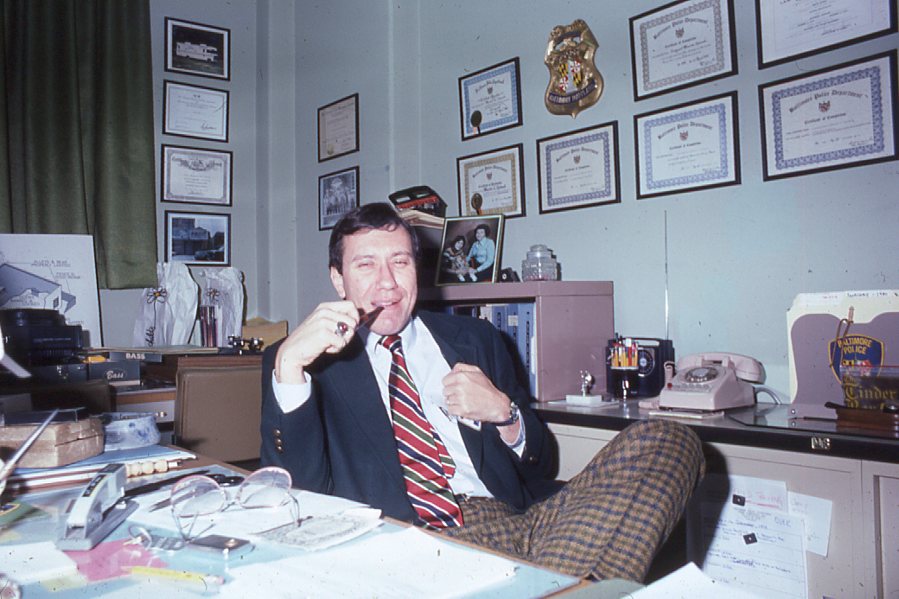
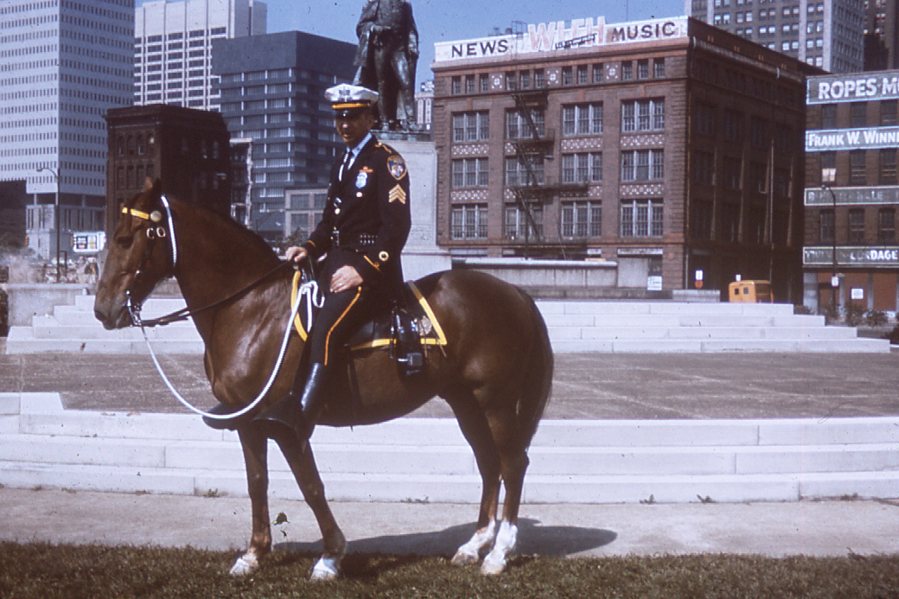
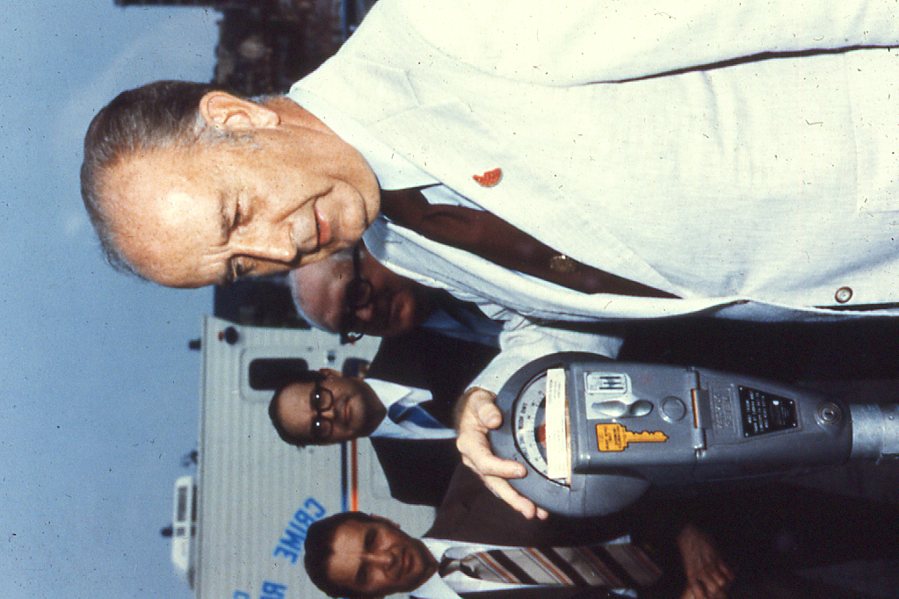
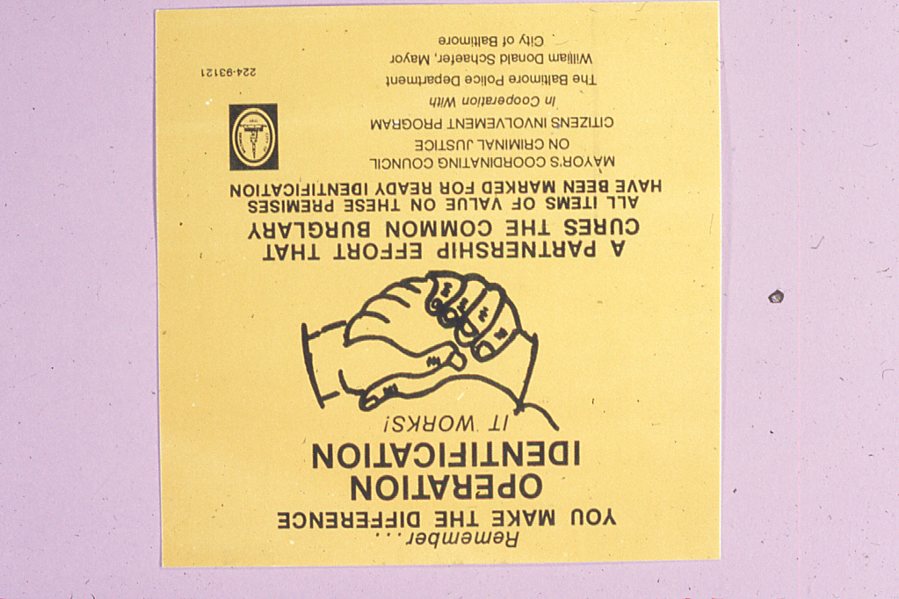
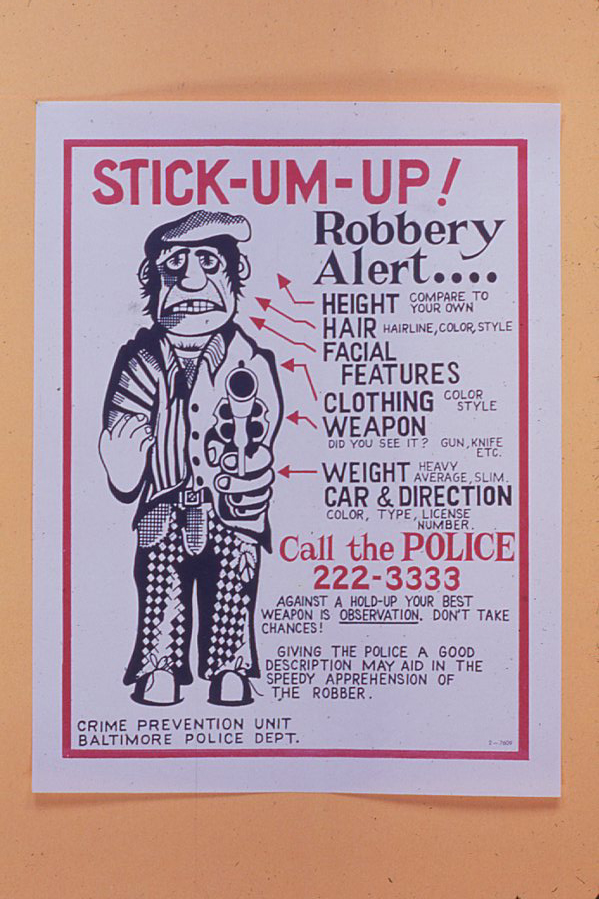
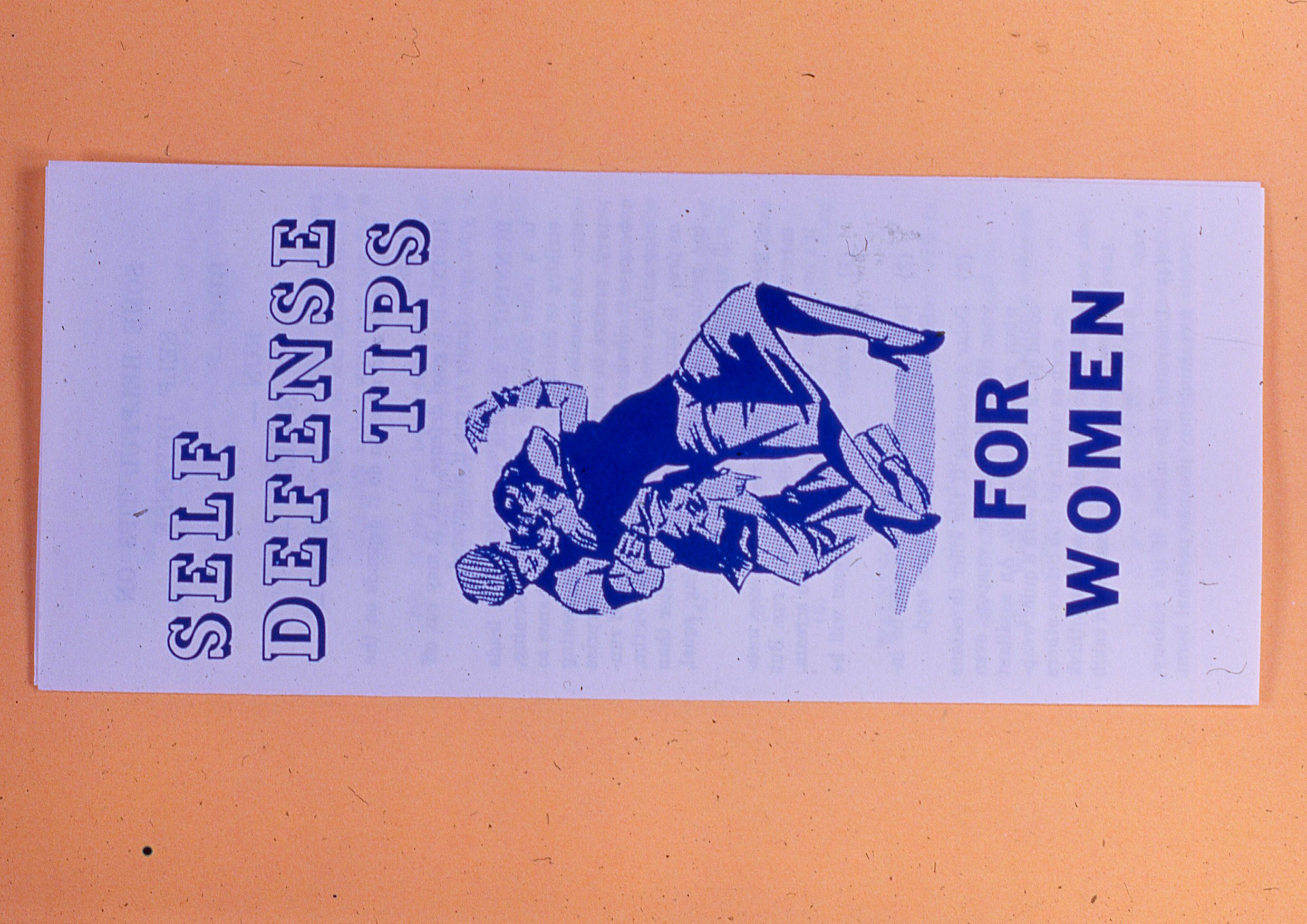
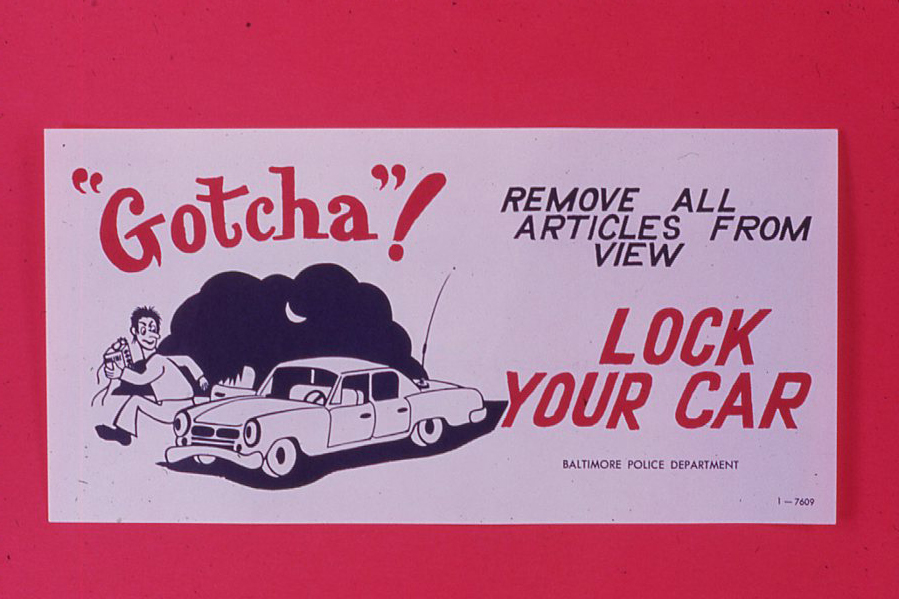

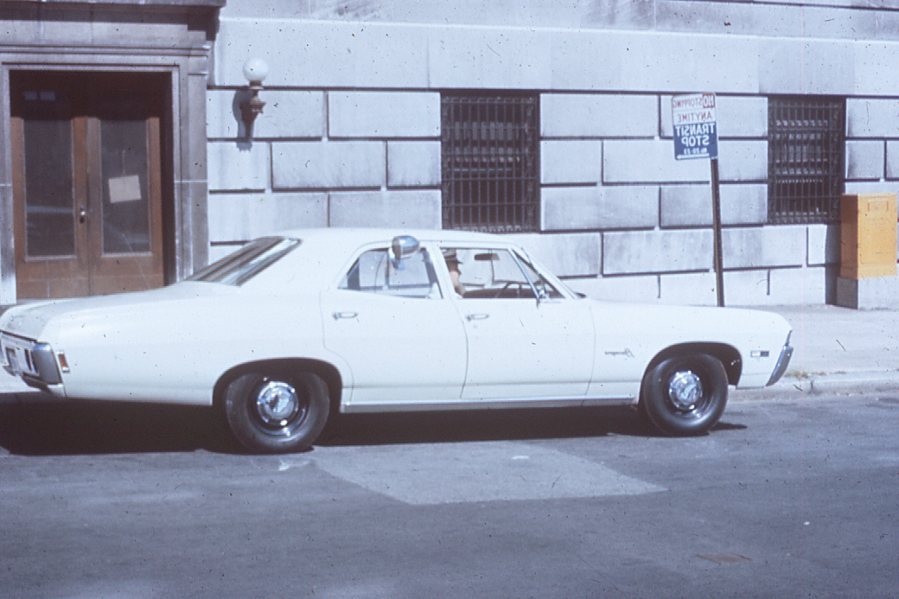
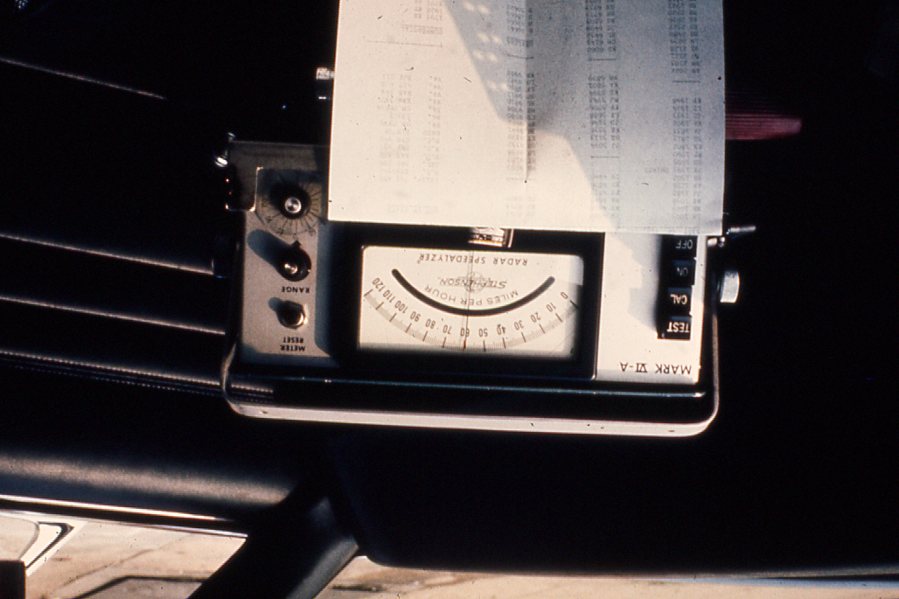
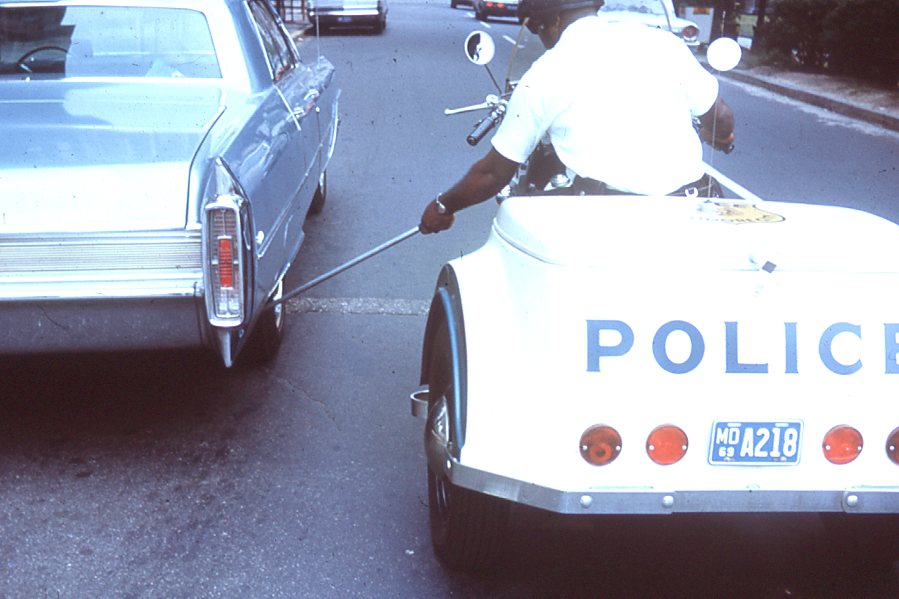
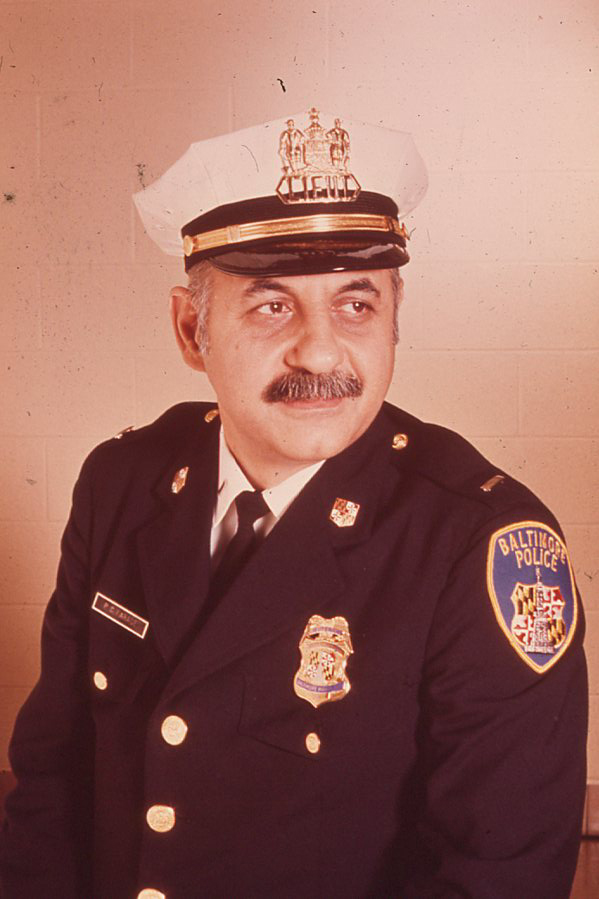

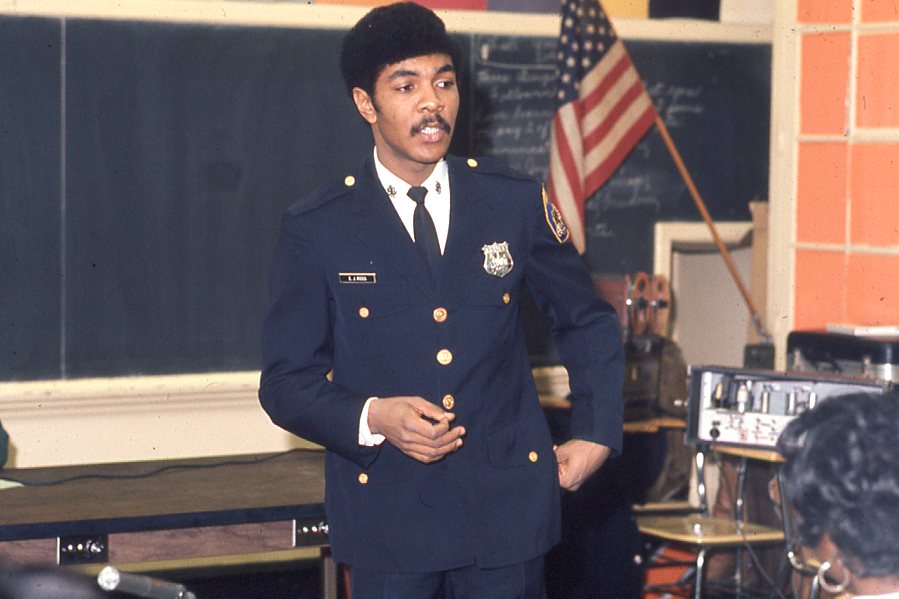
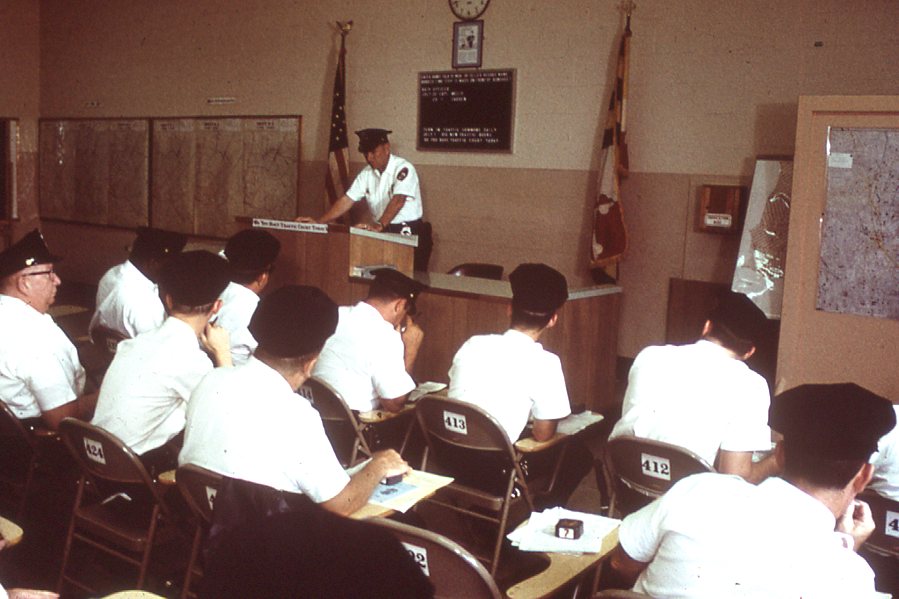
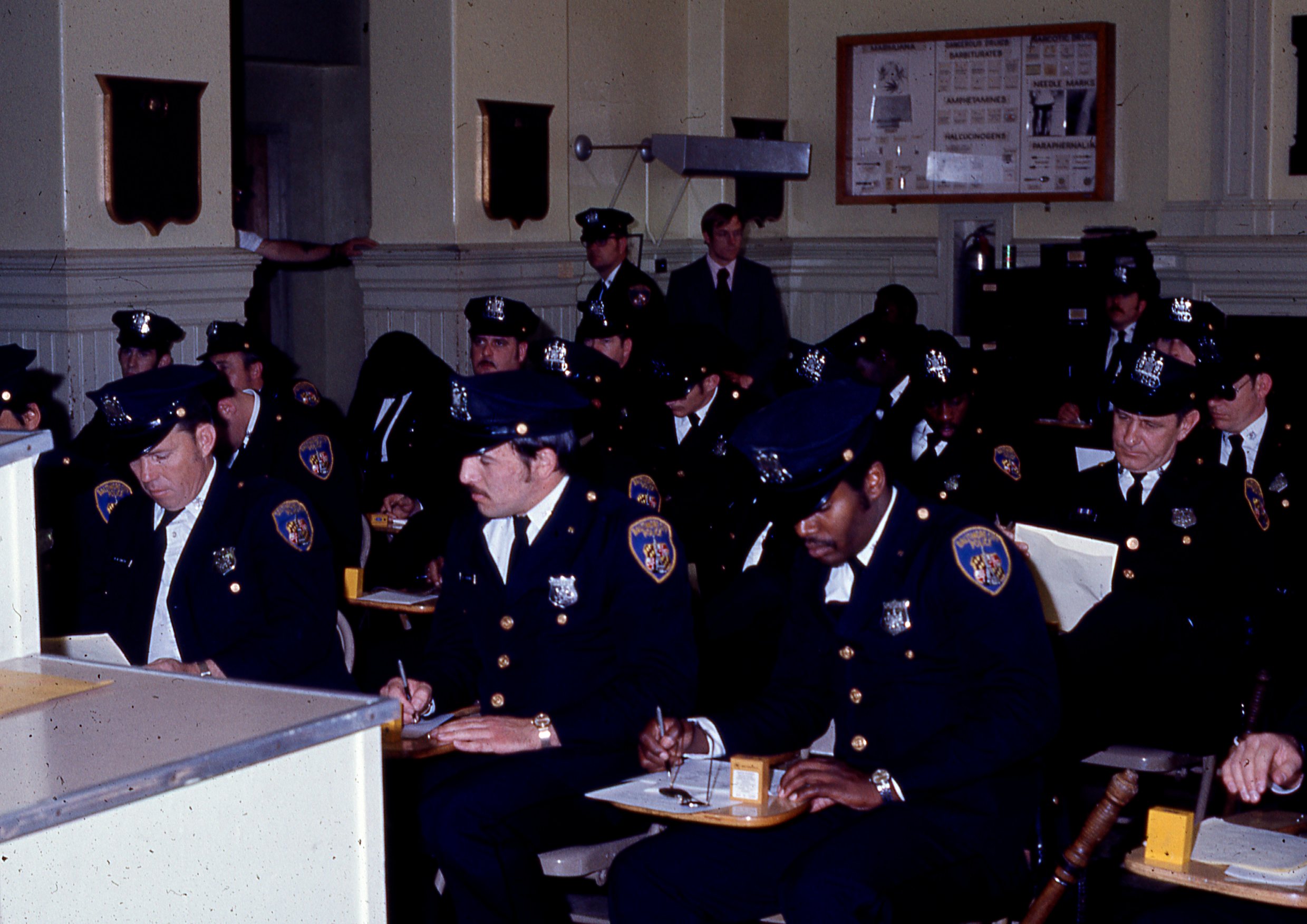
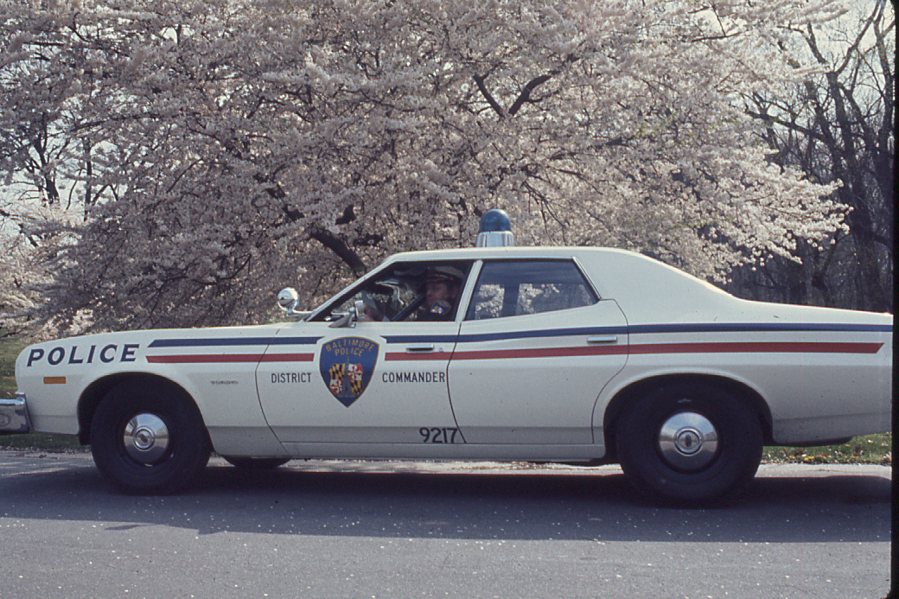
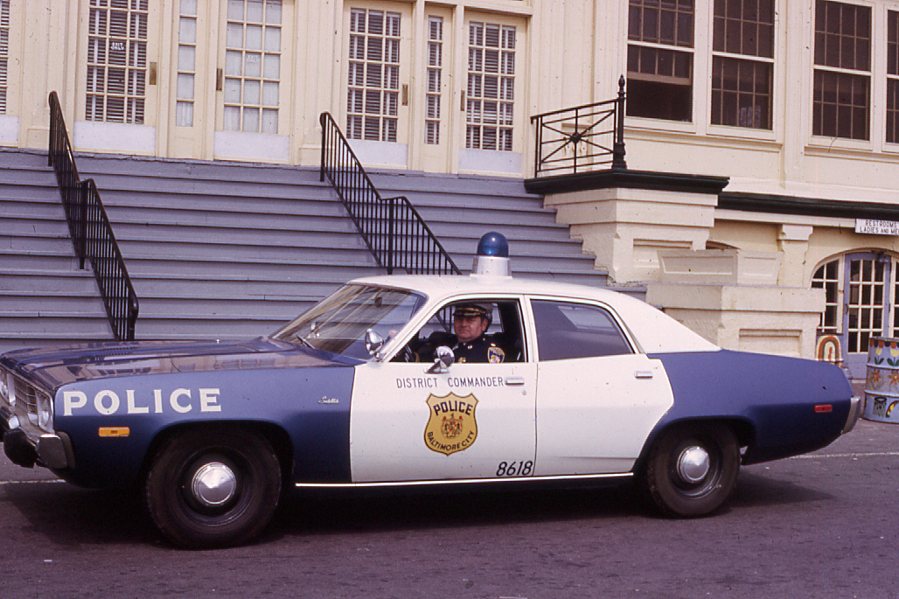
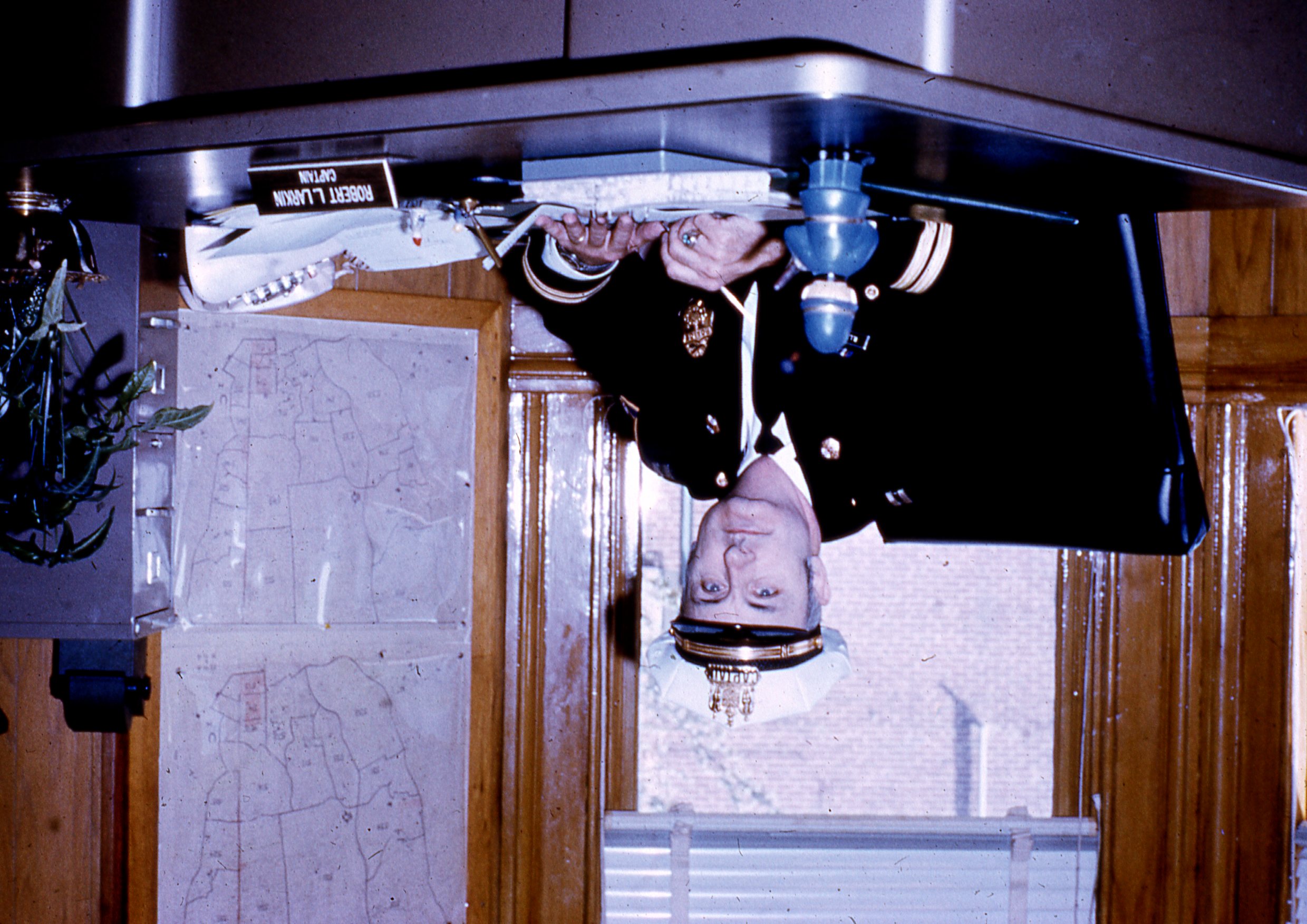

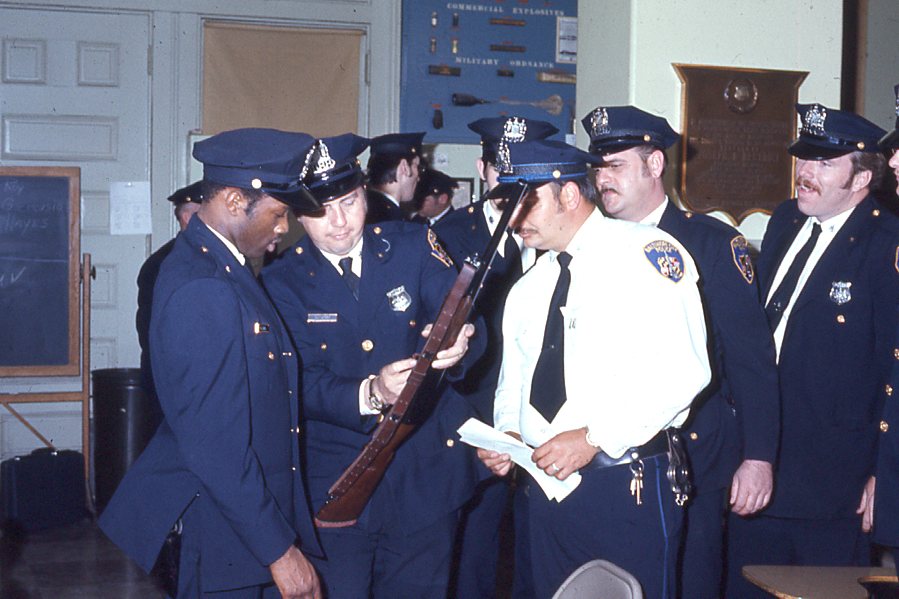

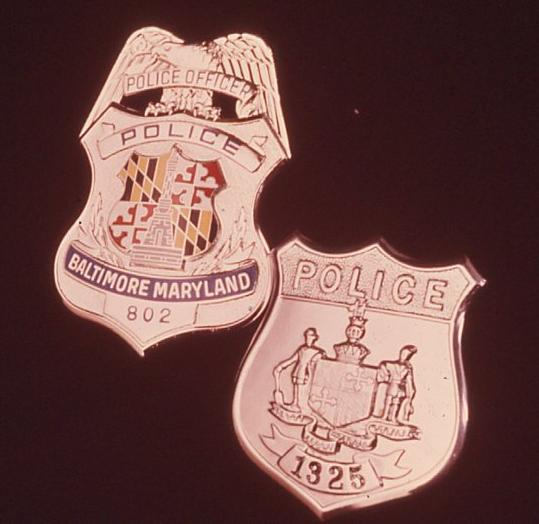
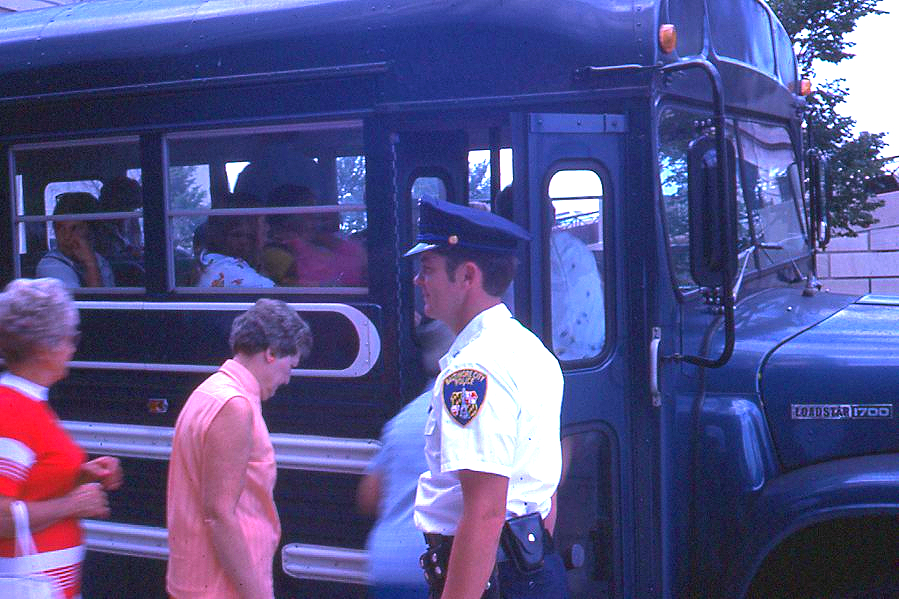
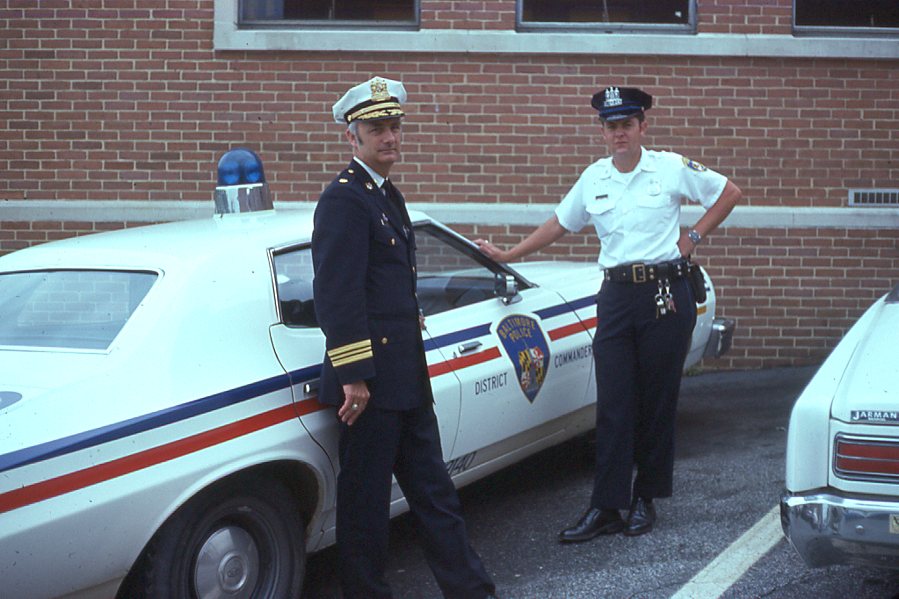
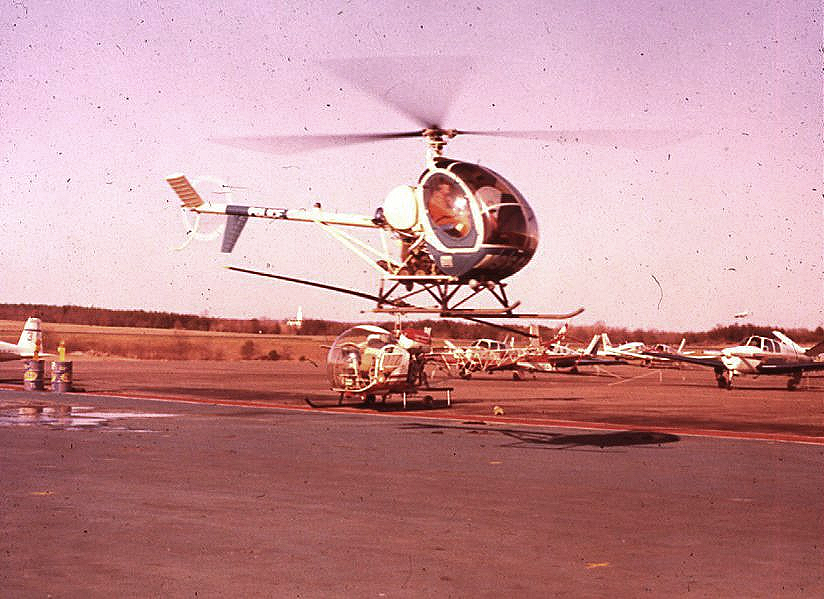
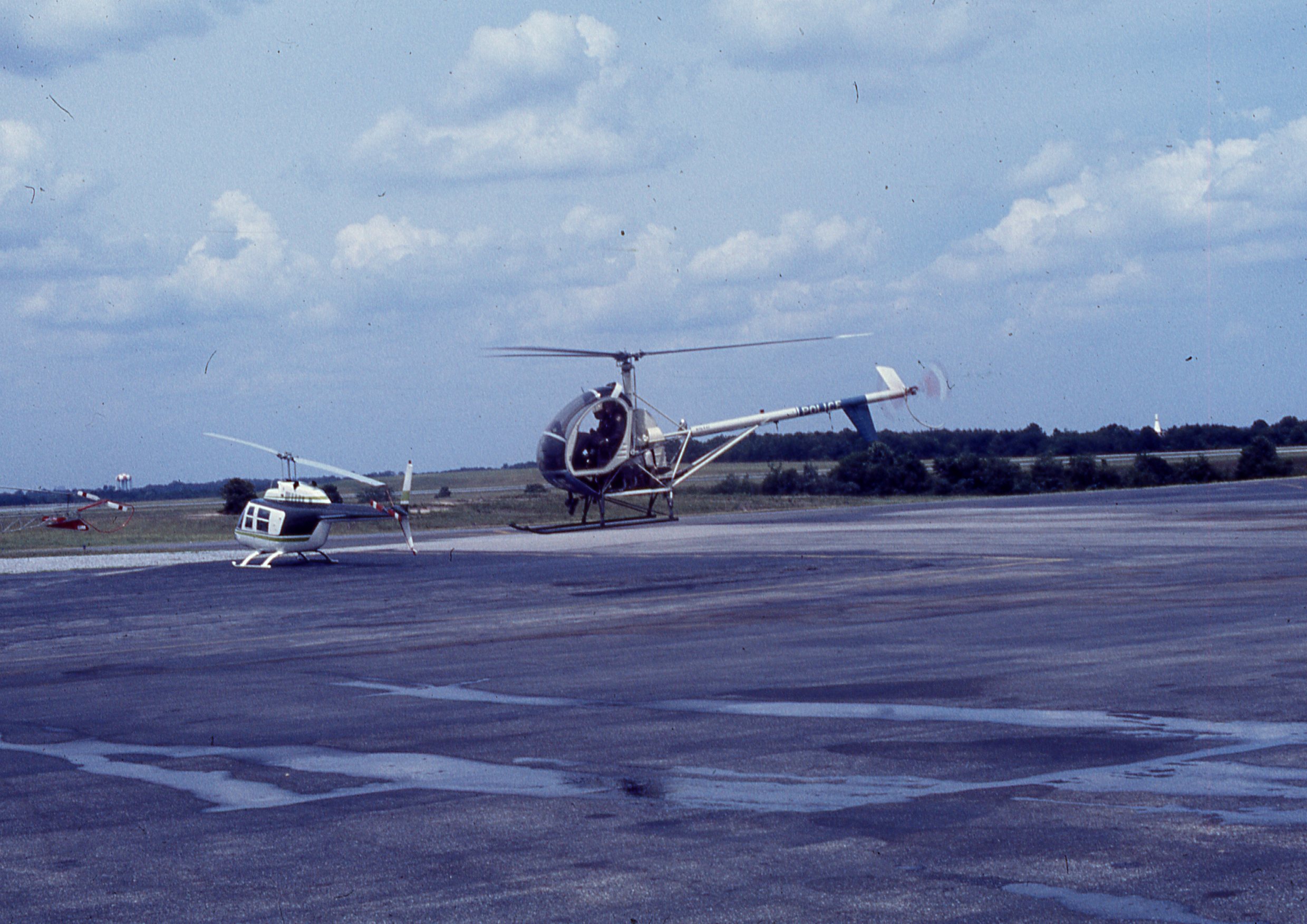
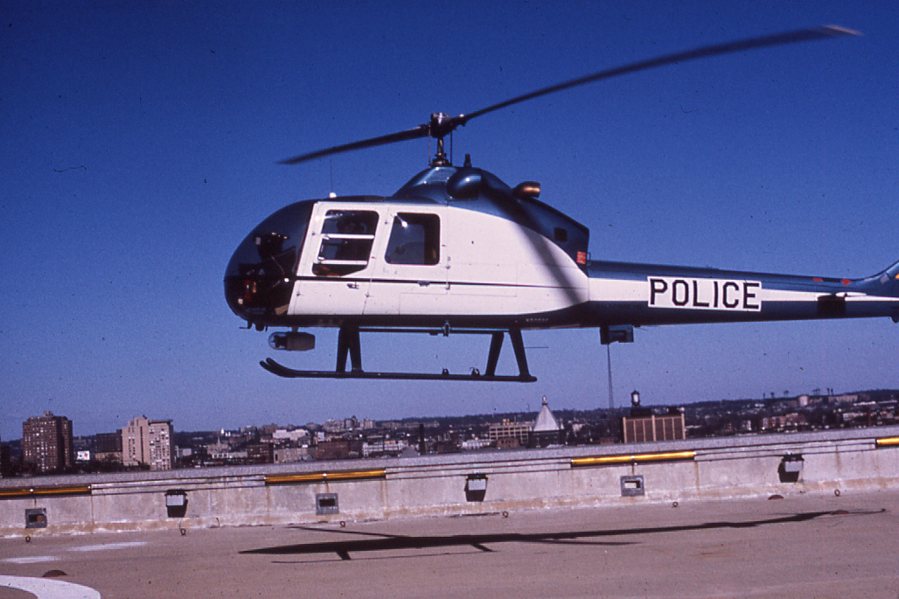

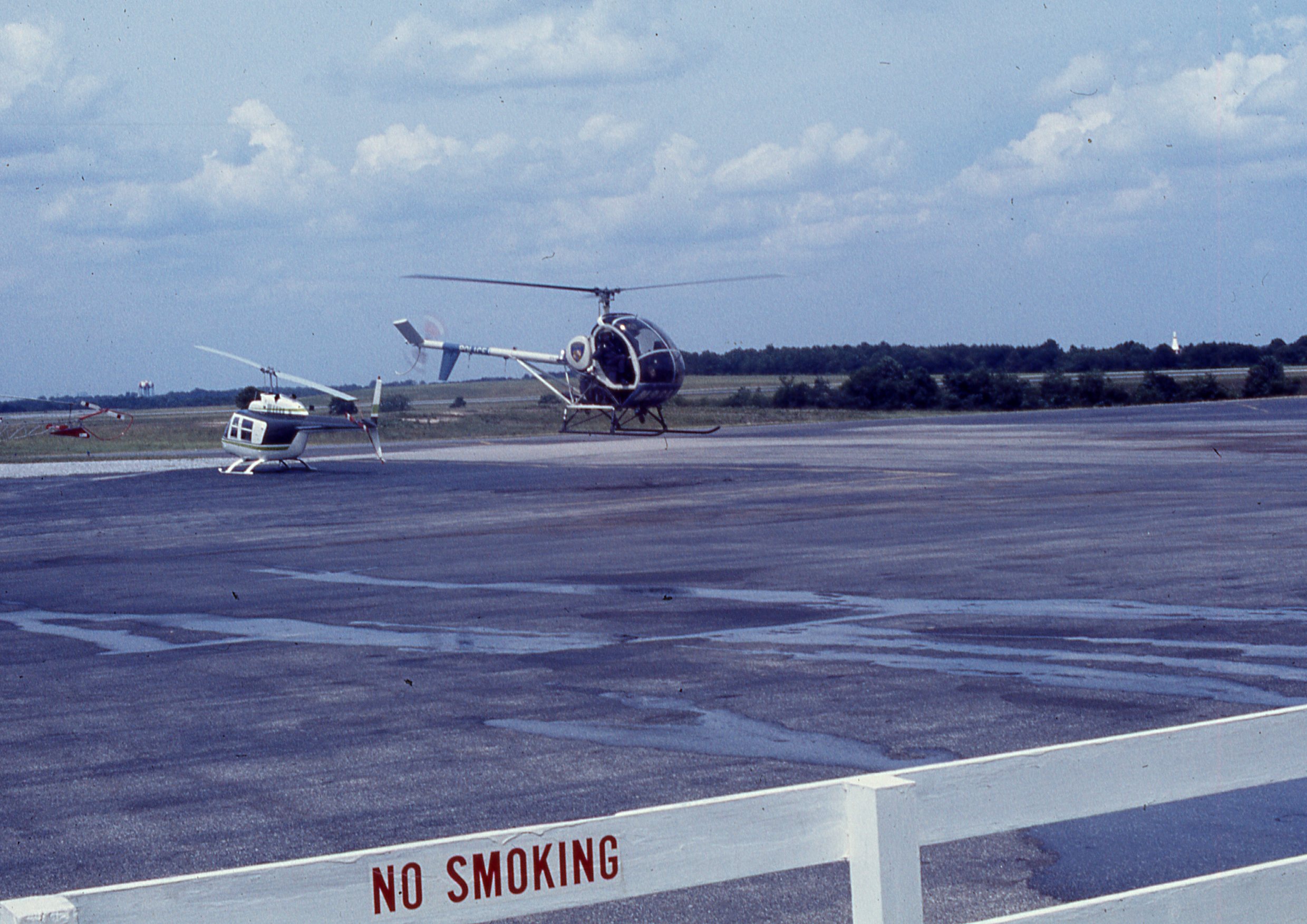
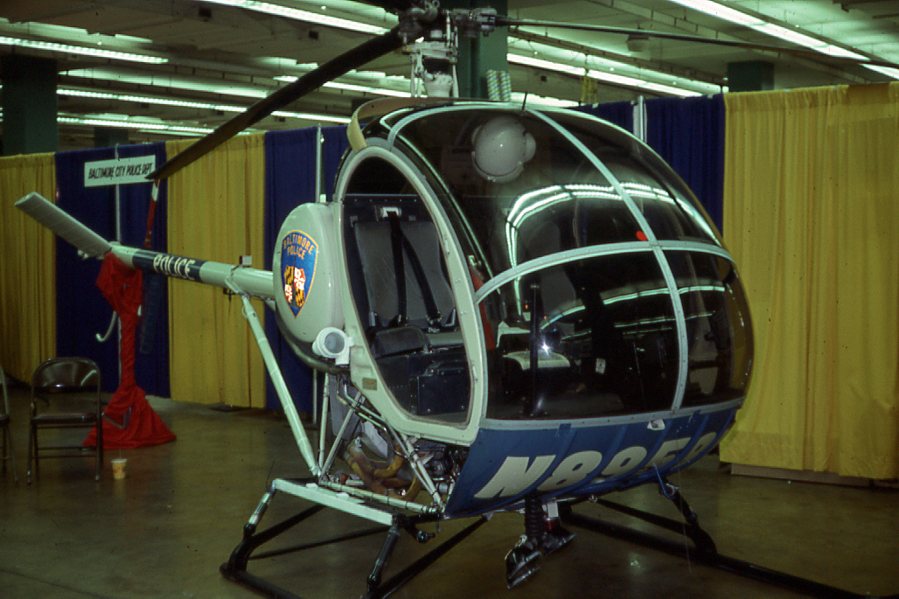
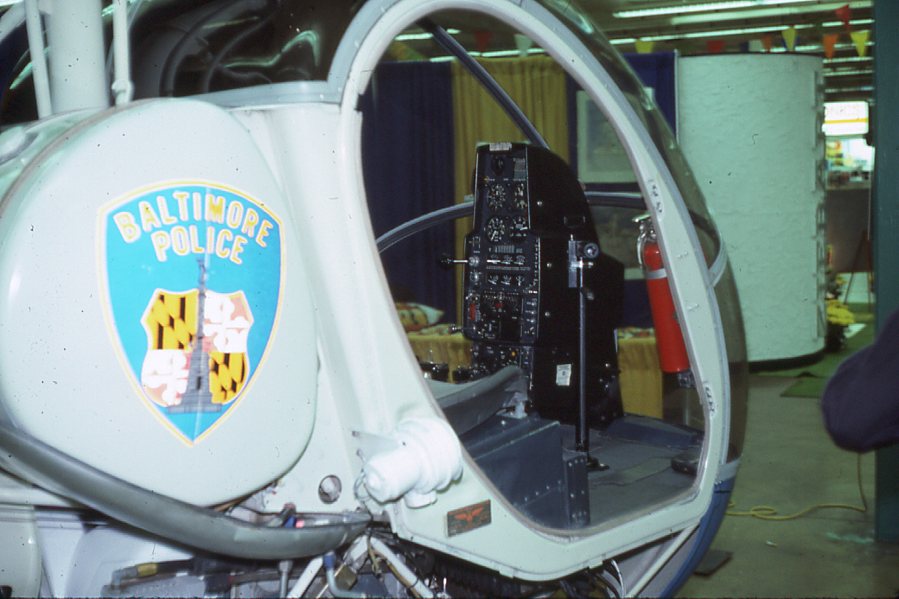
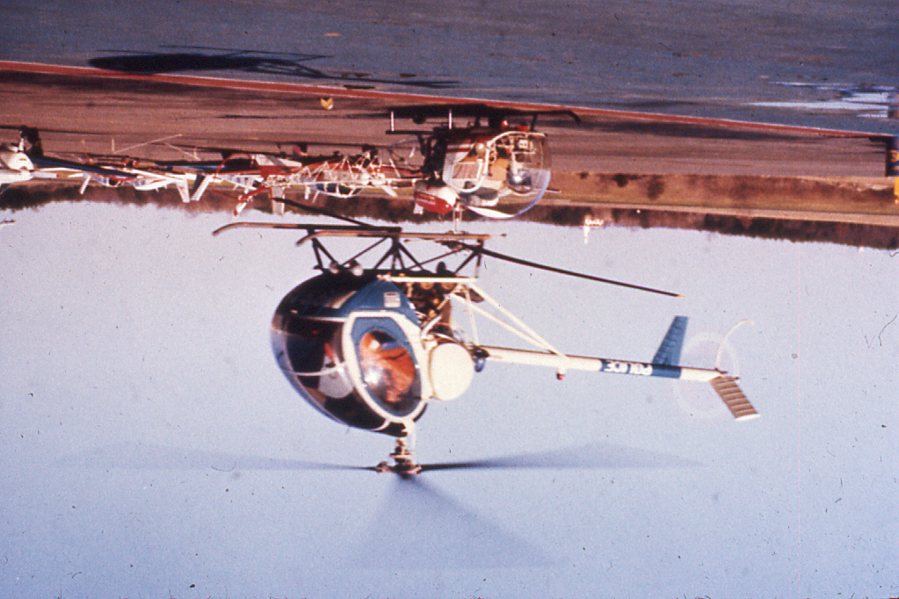

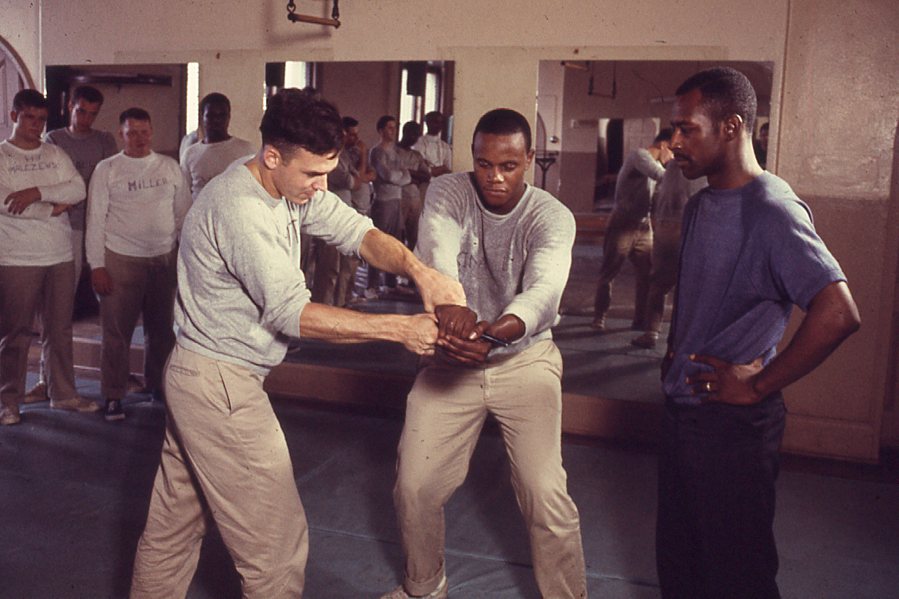

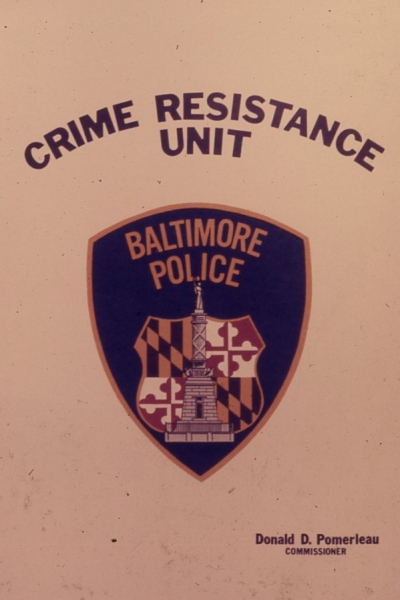
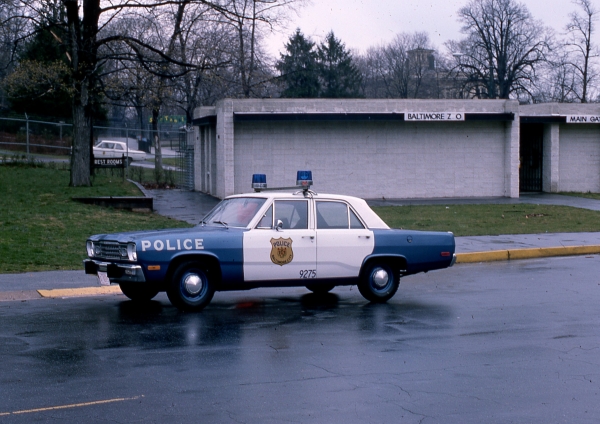
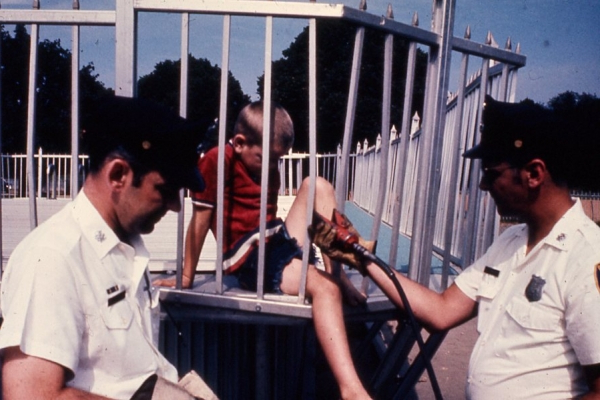
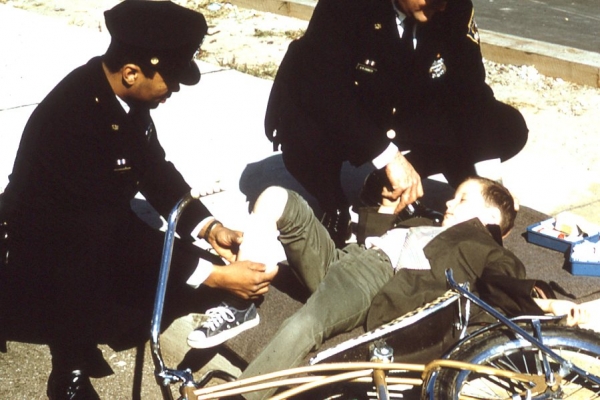
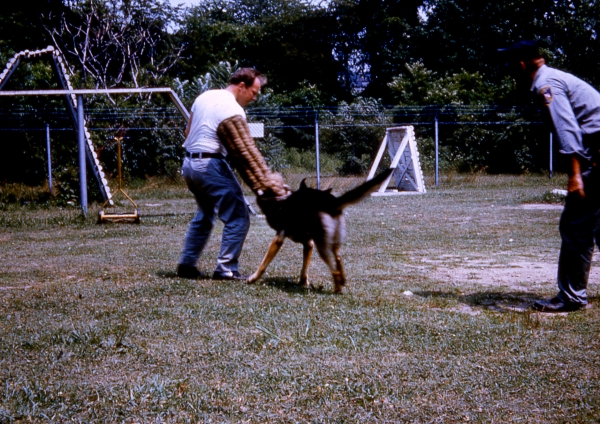
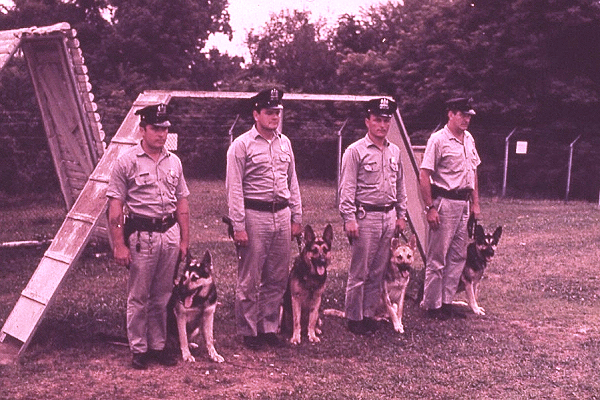
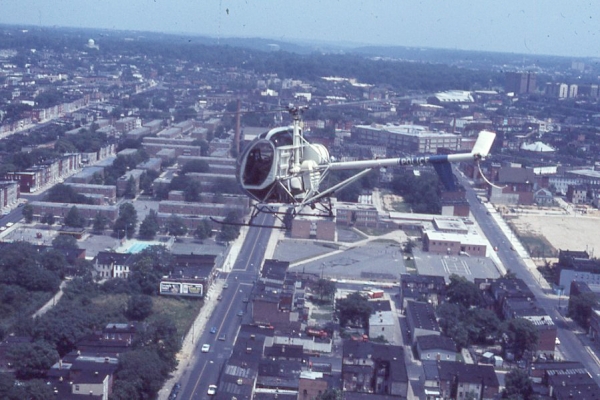
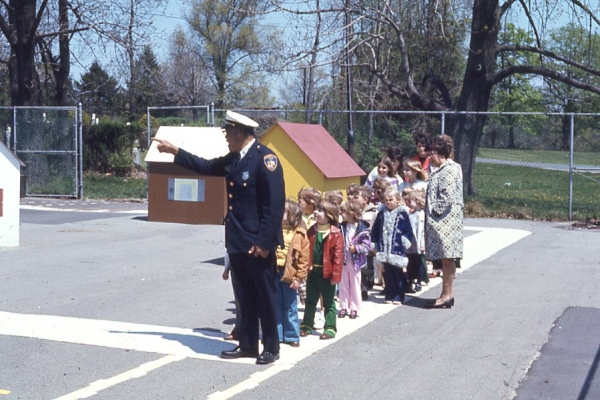
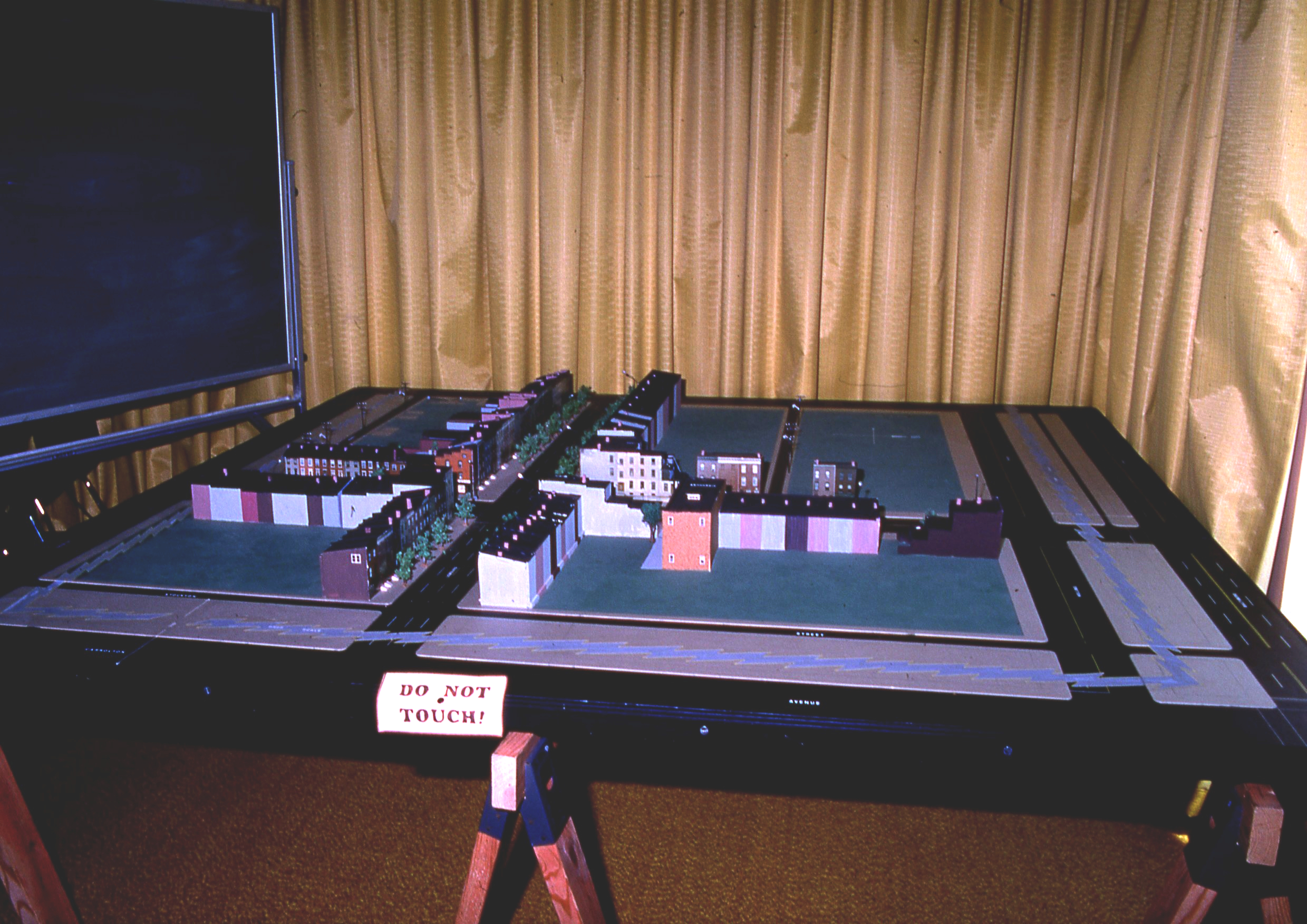
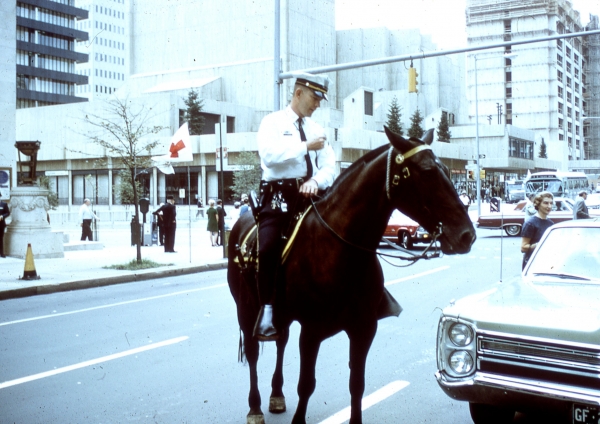
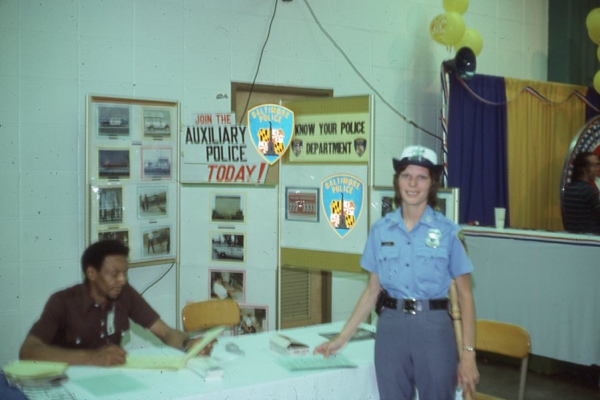
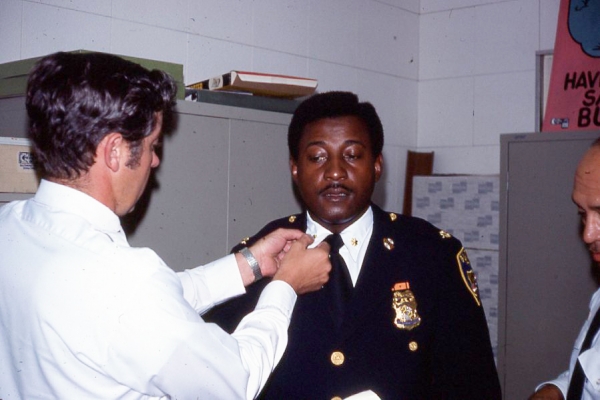
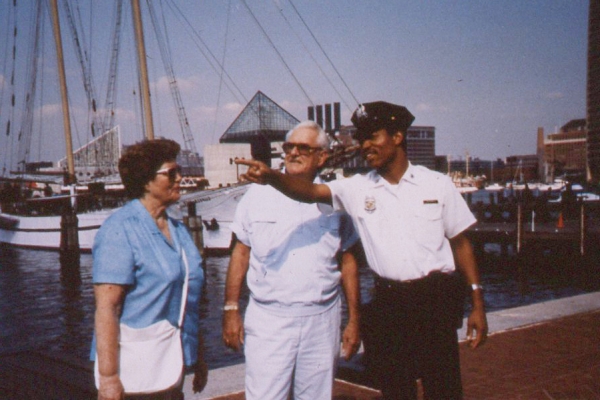
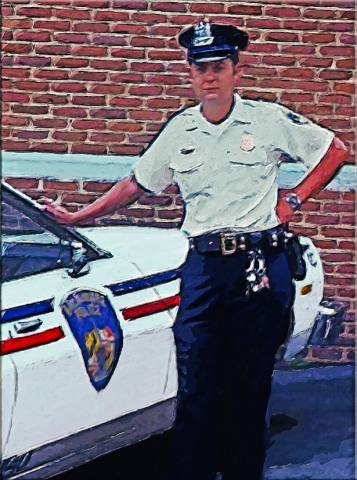
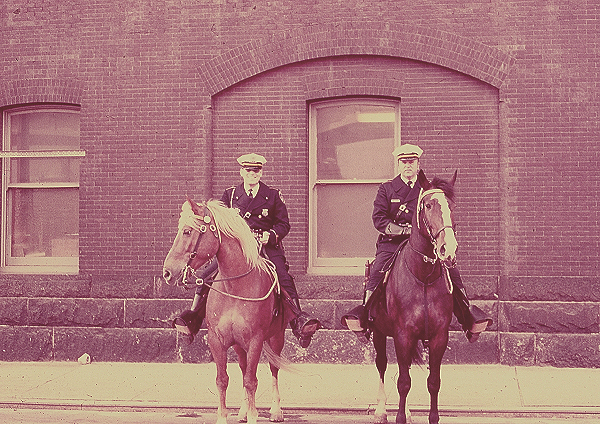
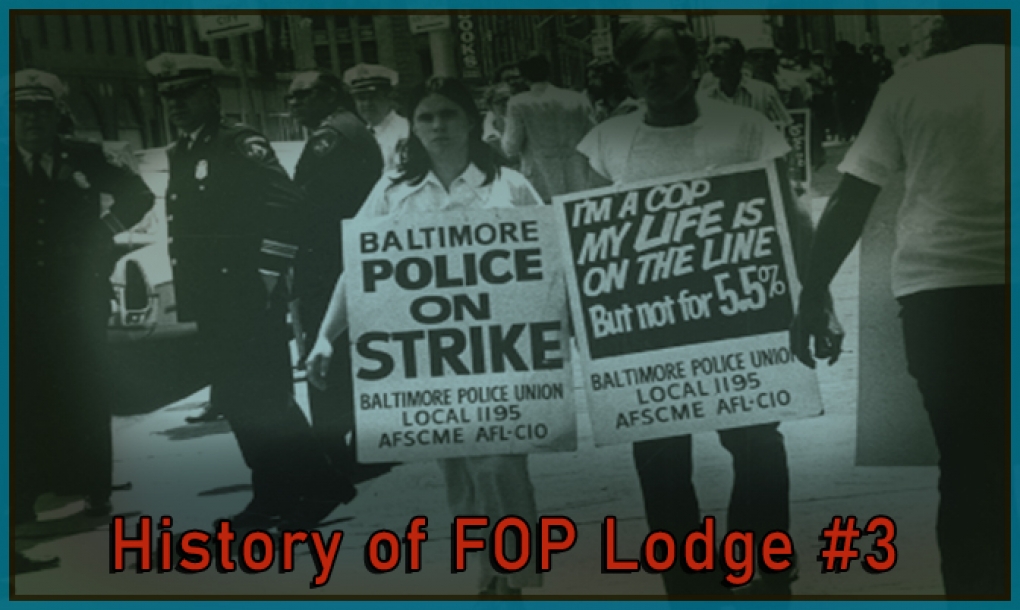

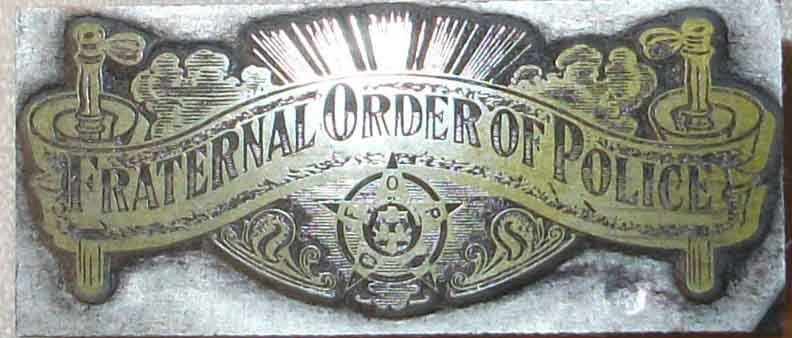
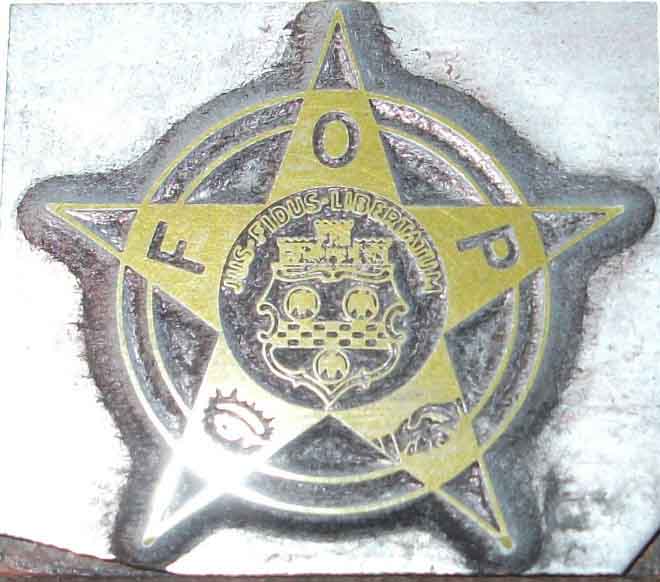
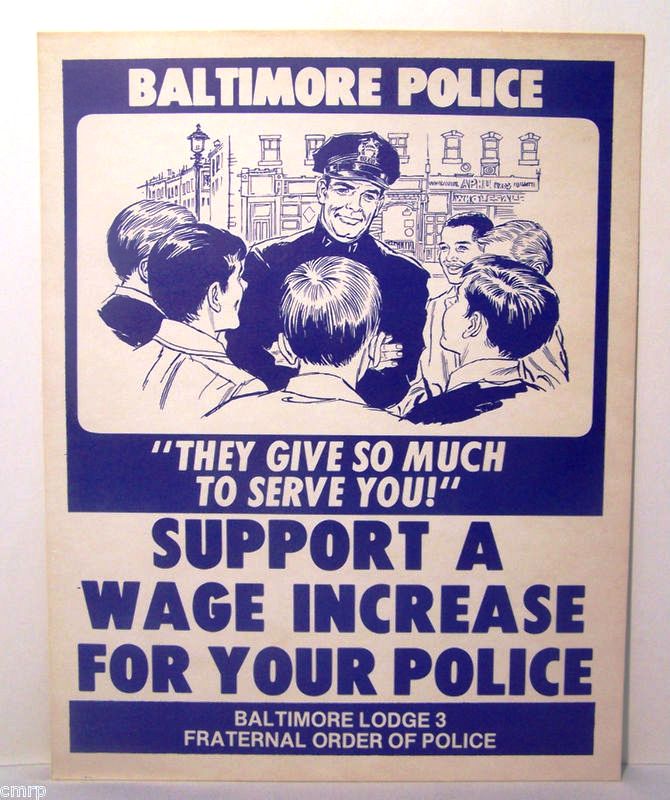 An Adventurous Trip
An Adventurous Trip

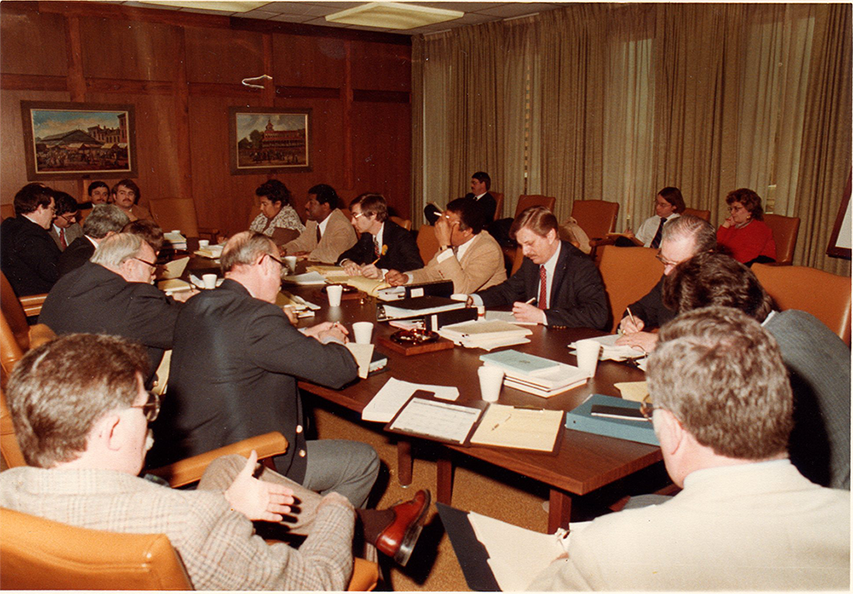



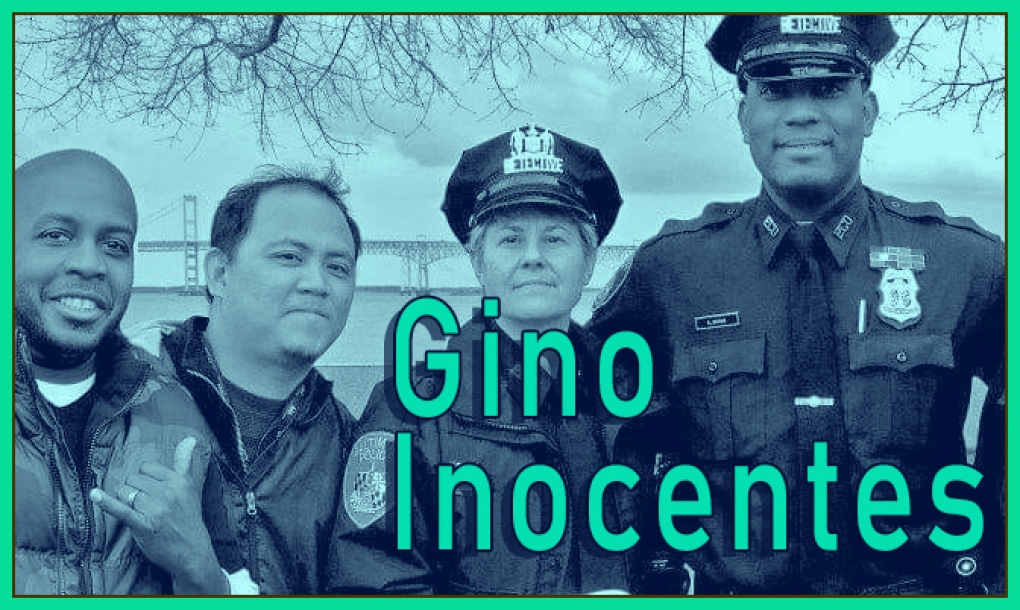
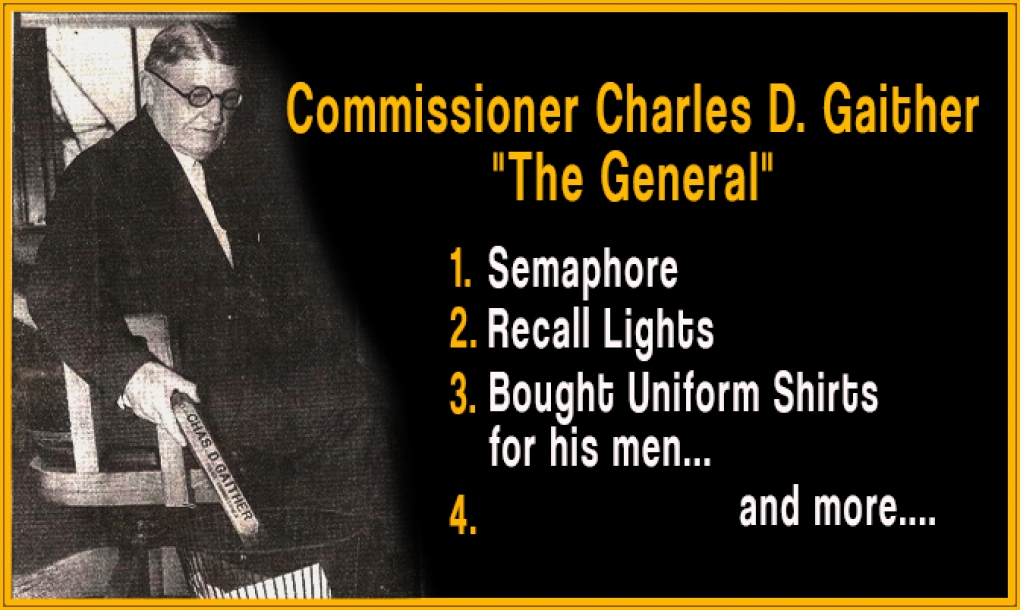

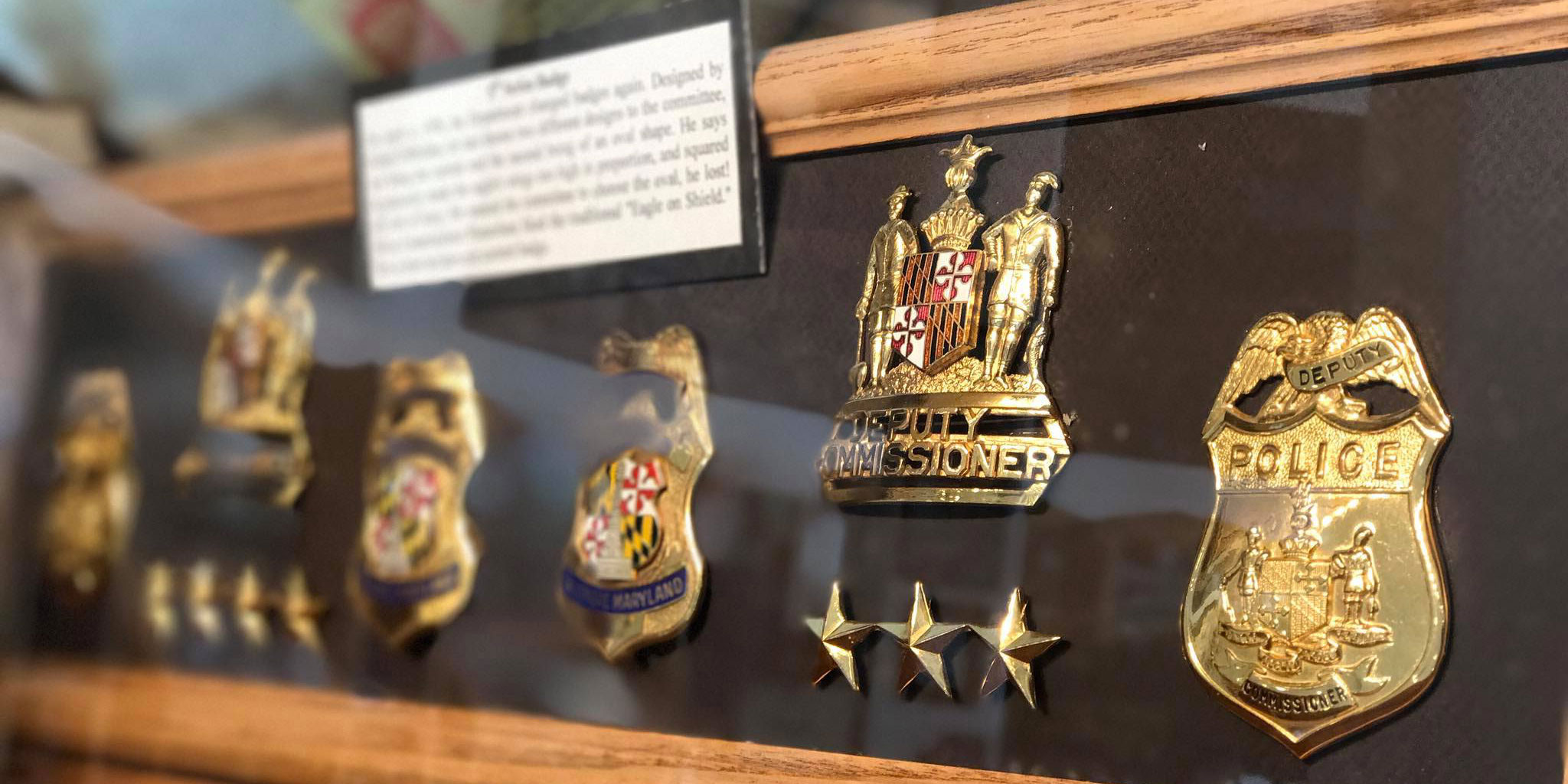
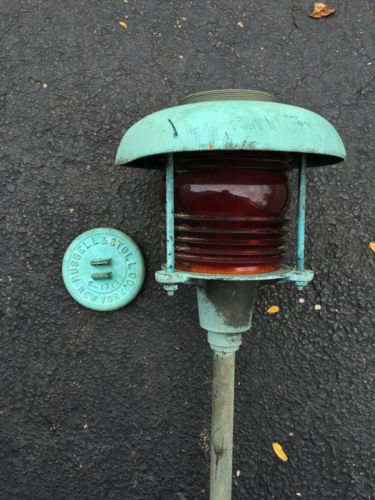
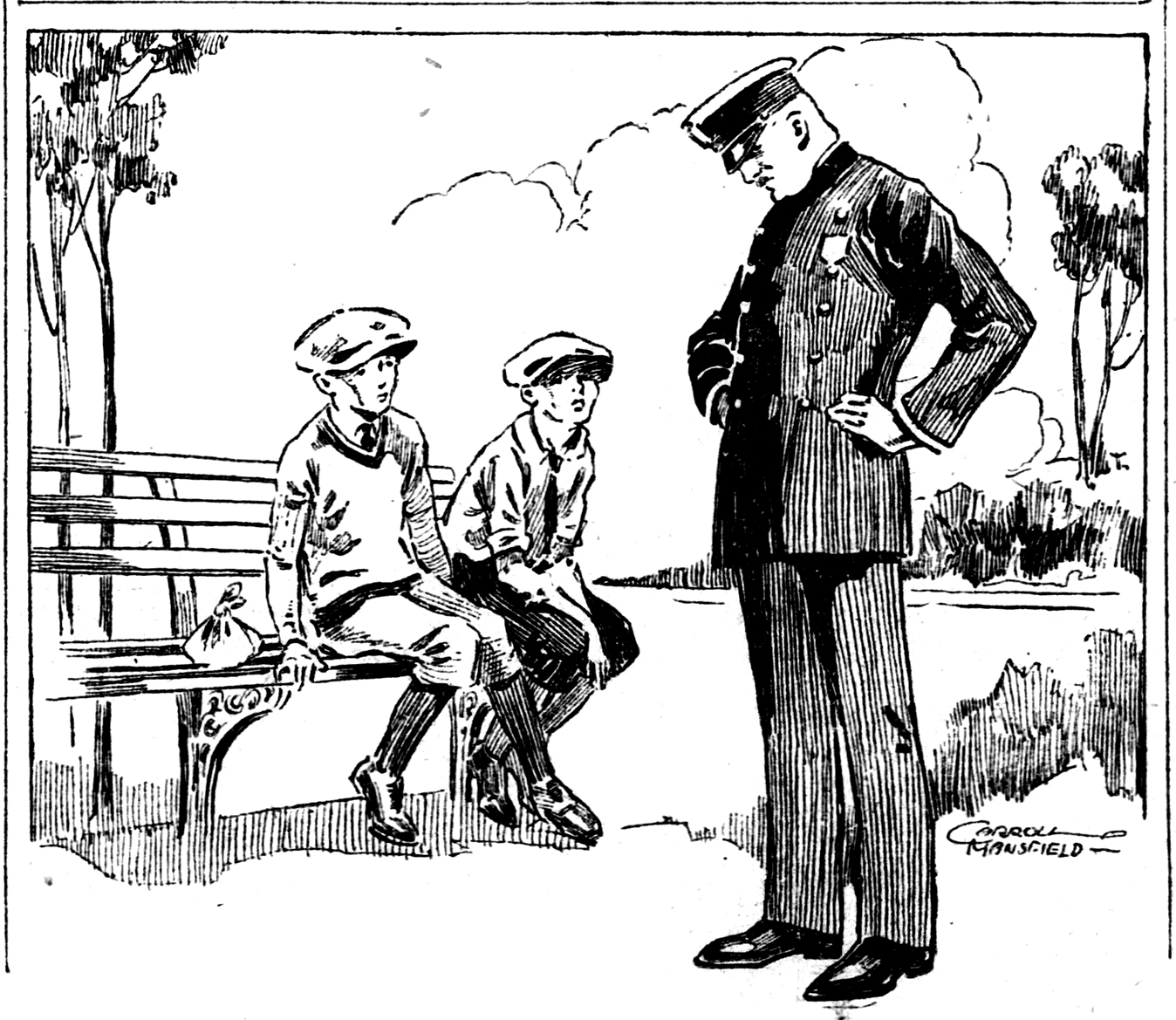



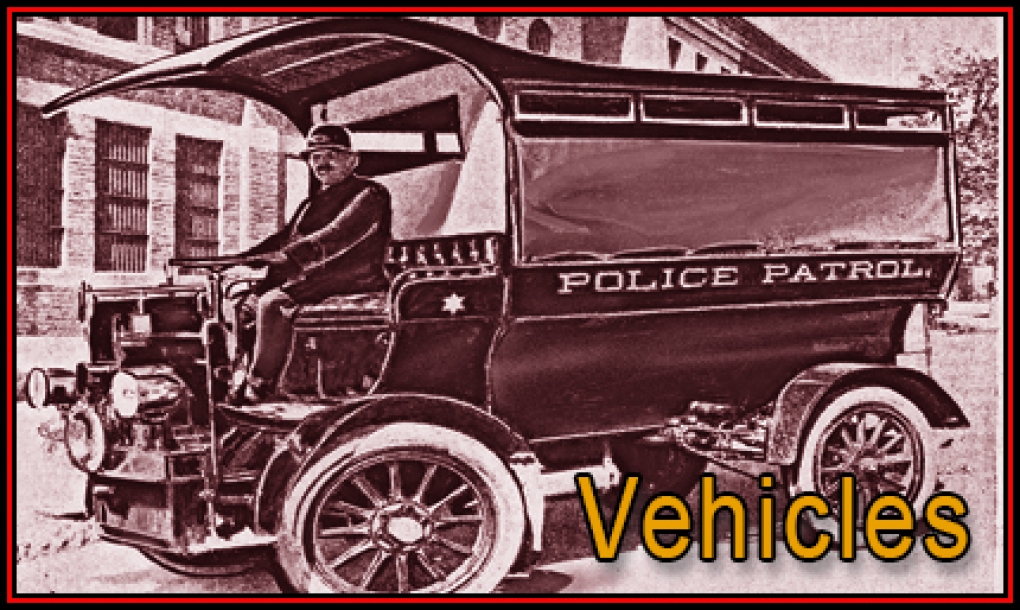

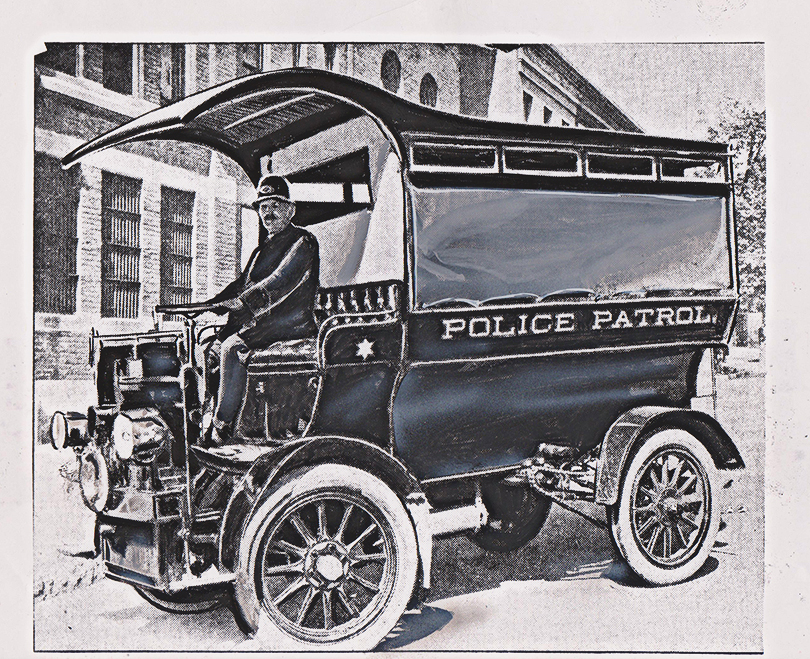
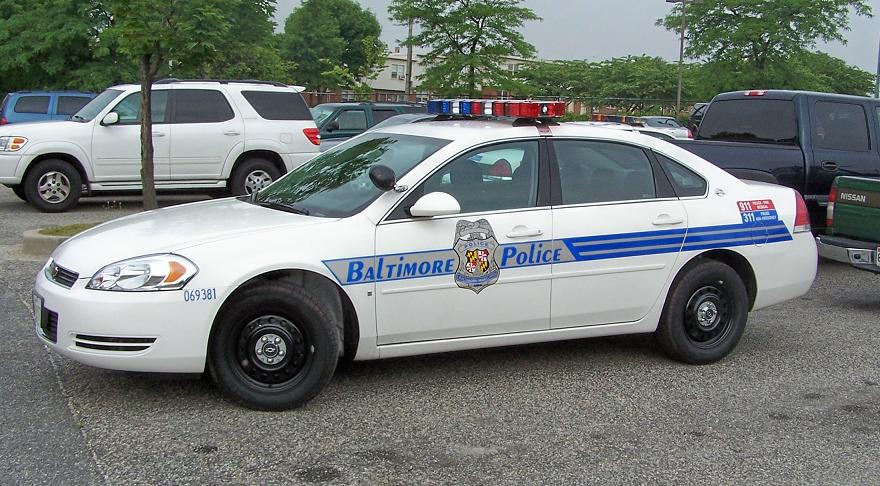
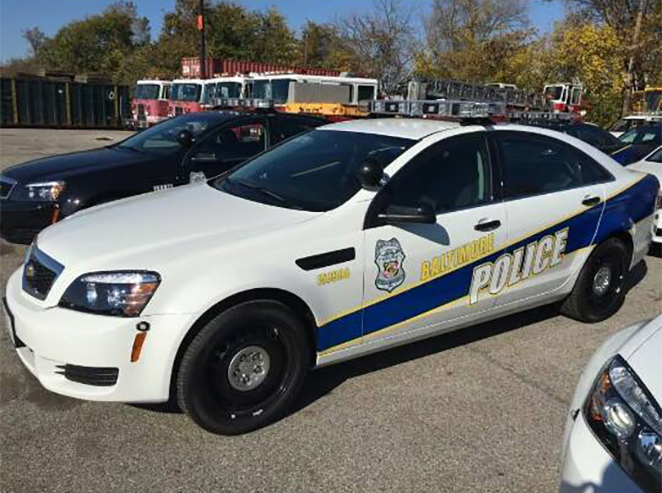
 Northern District
Northern District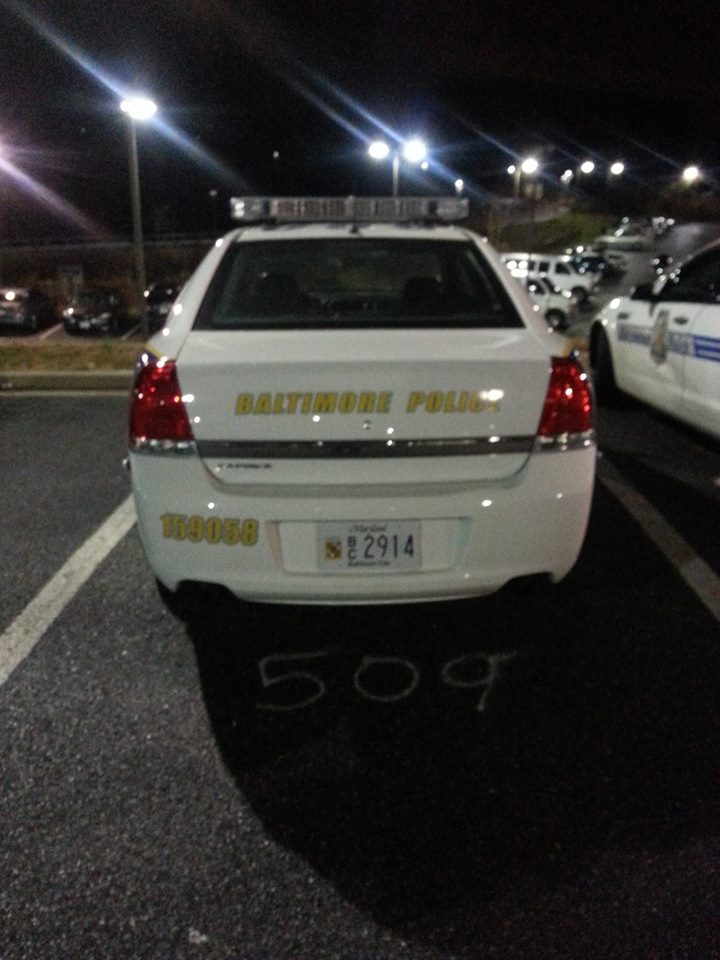 Northern District
Northern District




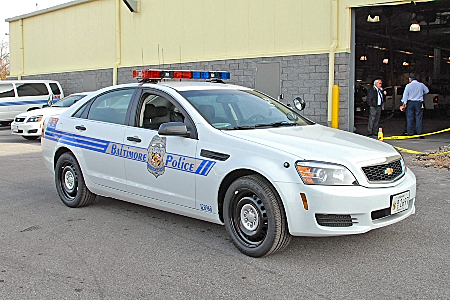
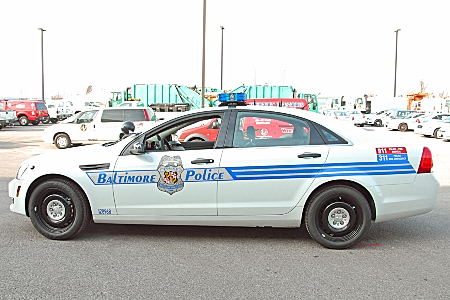 Courtesy of Jim Derreth
Courtesy of Jim Derreth 
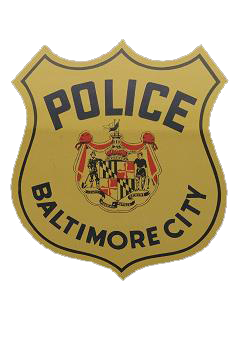

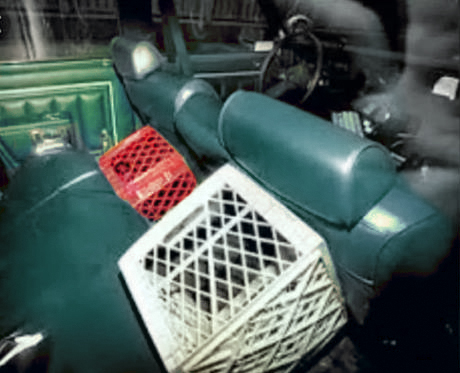

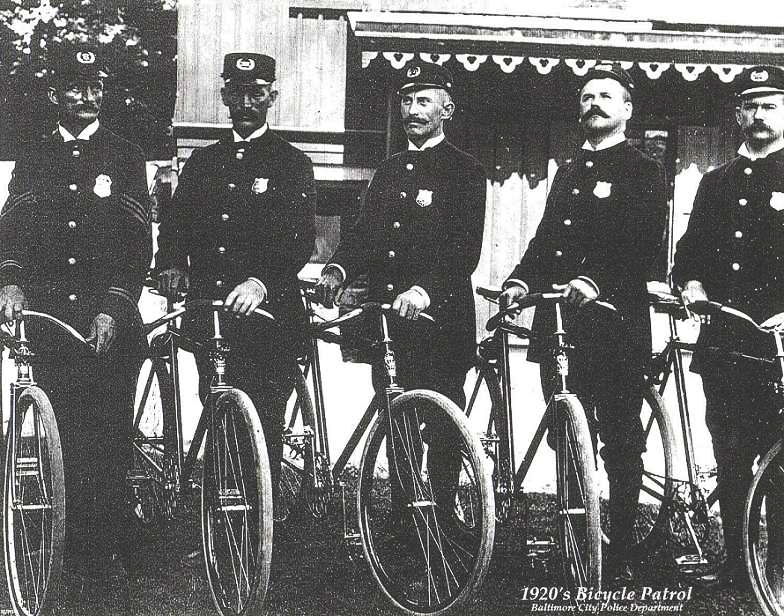
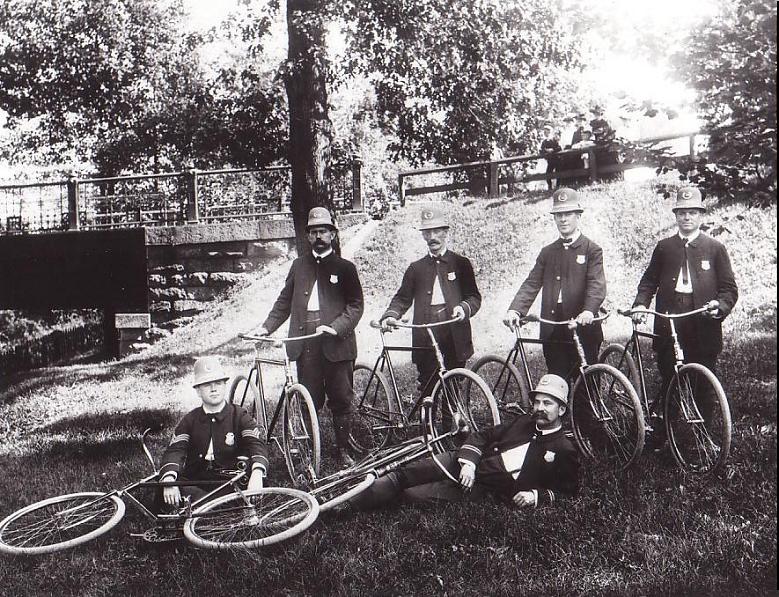
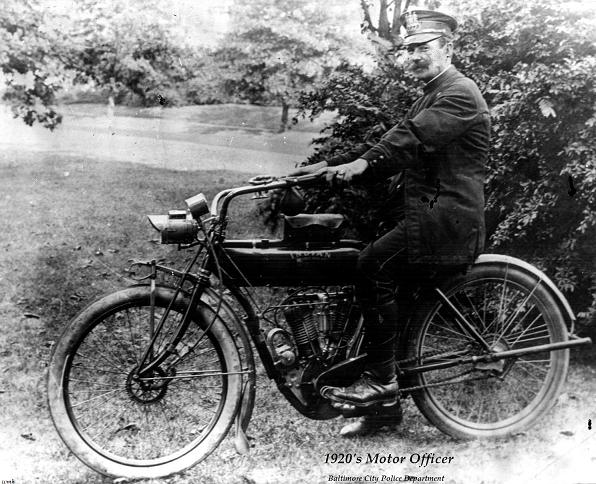
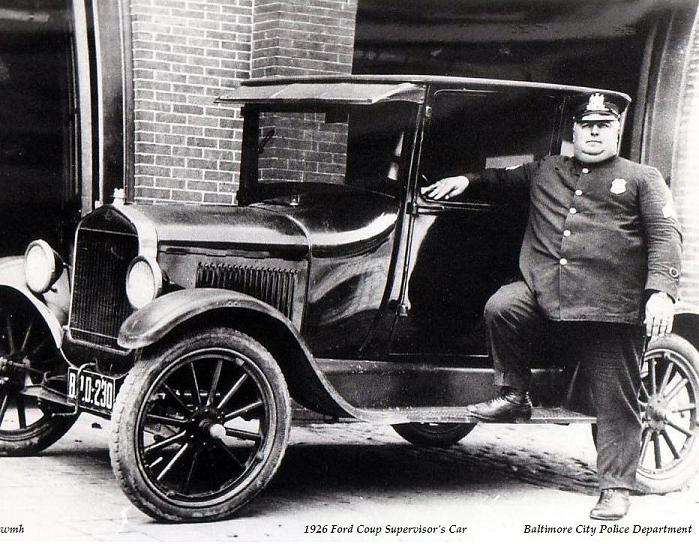
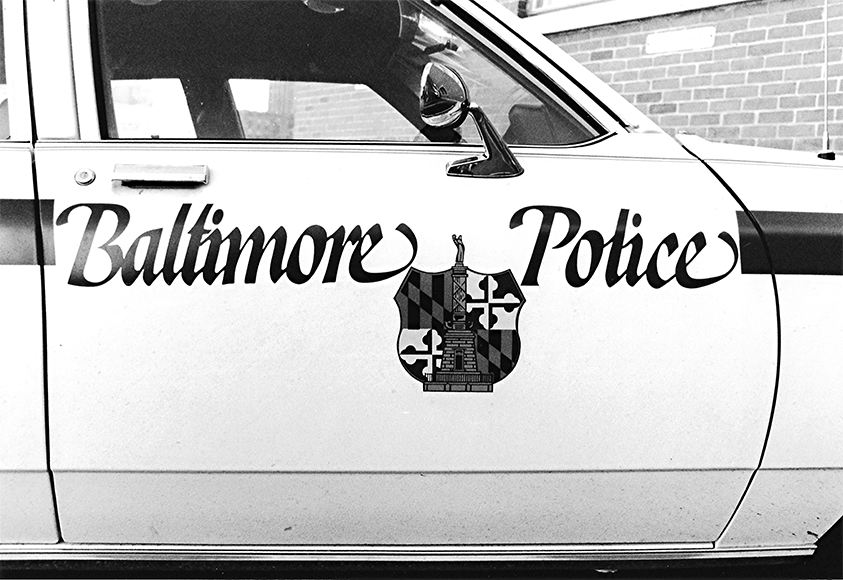 Courtesy Gary and Kath Lapchak
Courtesy Gary and Kath Lapchak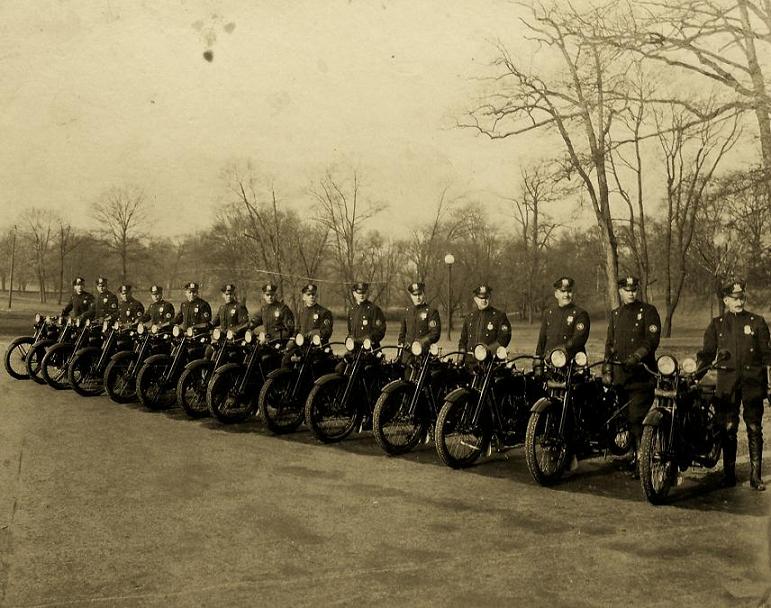
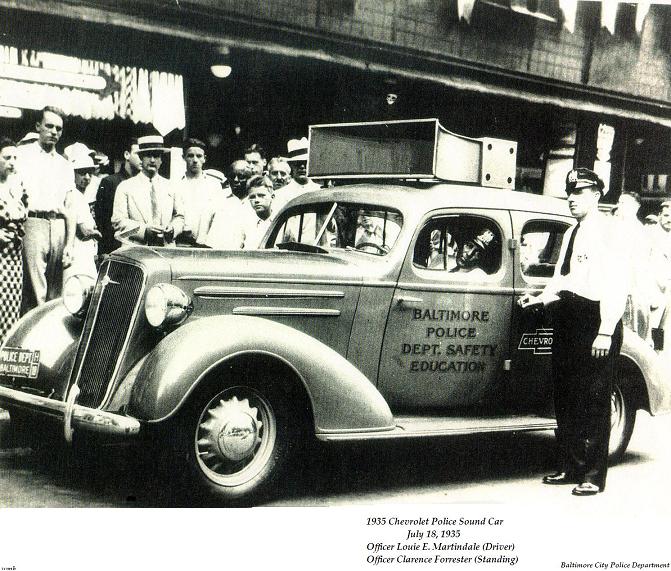
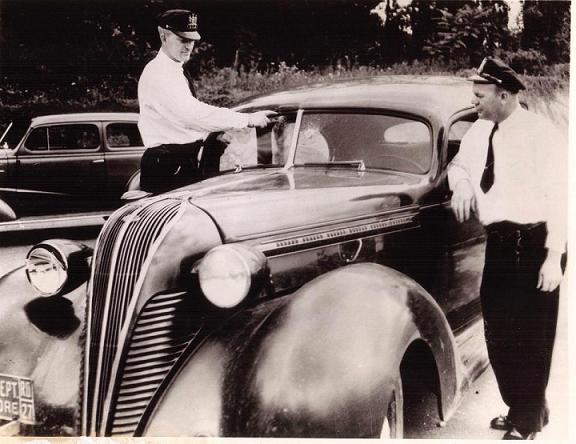

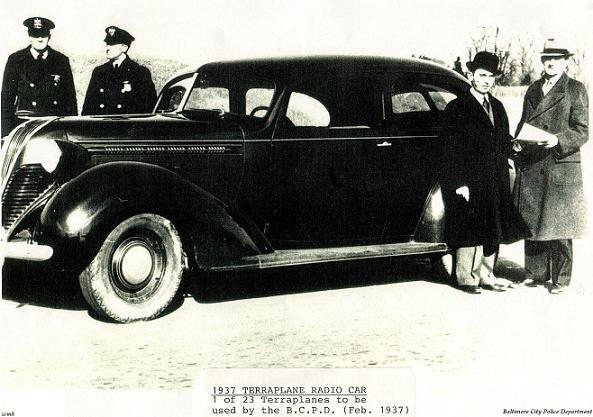
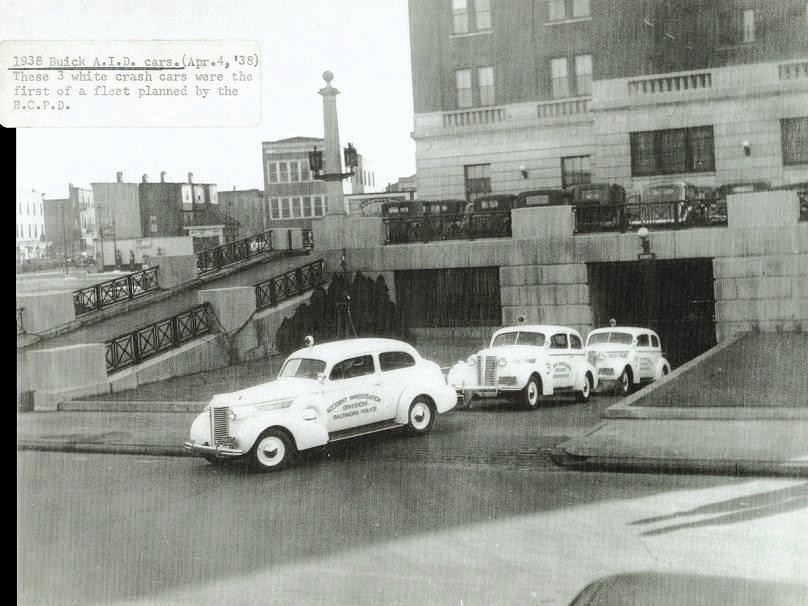


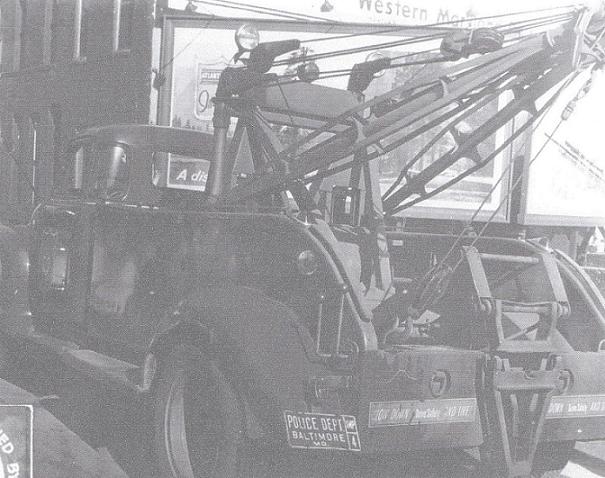
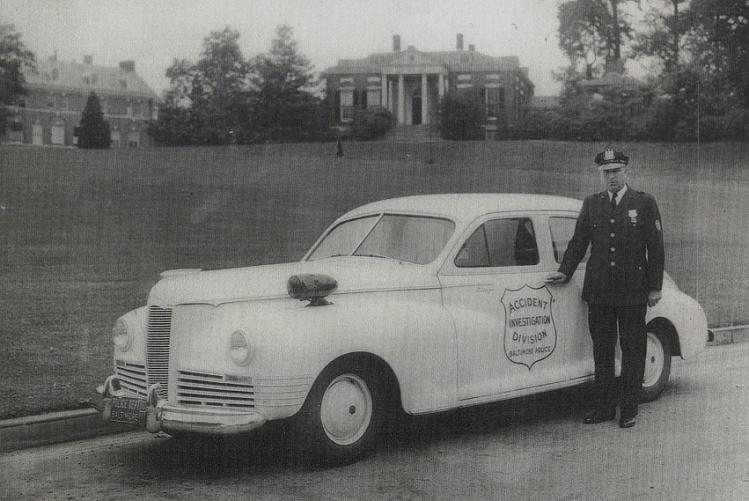
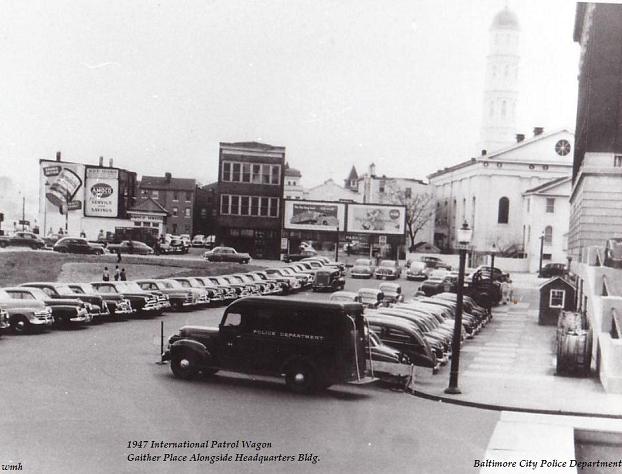
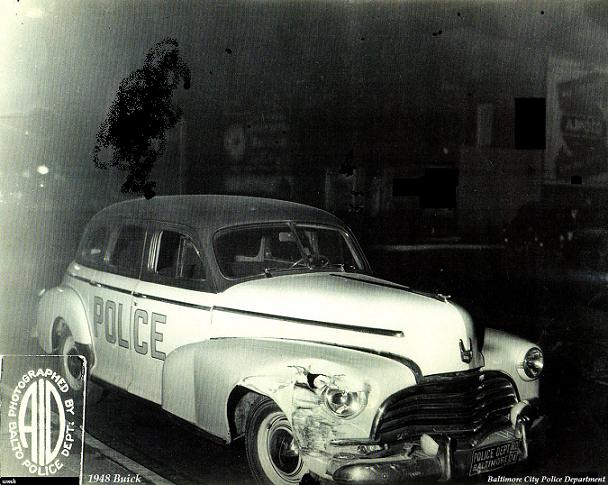

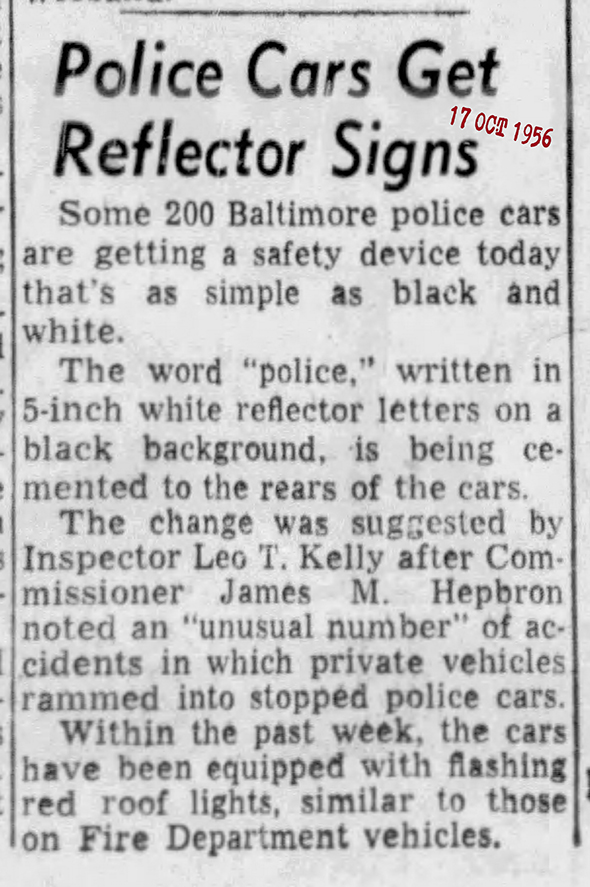

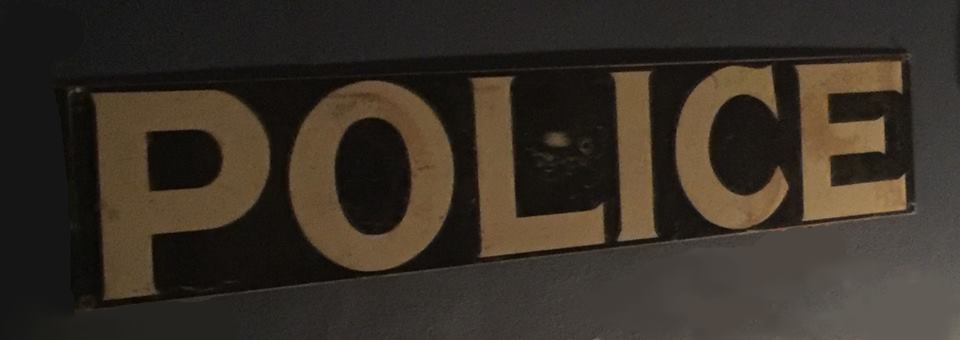 Courtesy Johnny Heiderman
Courtesy Johnny Heiderman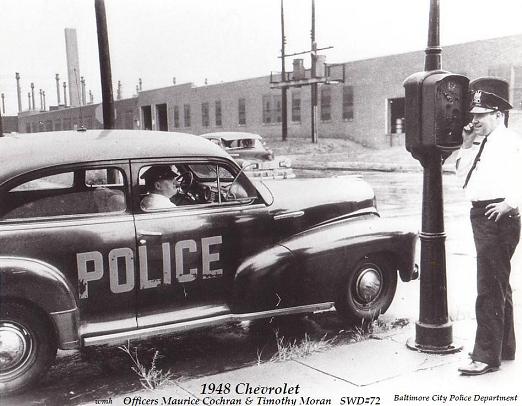

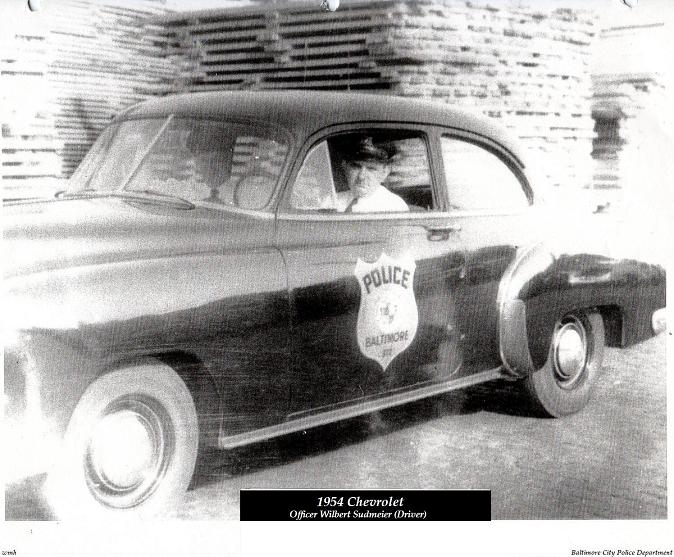

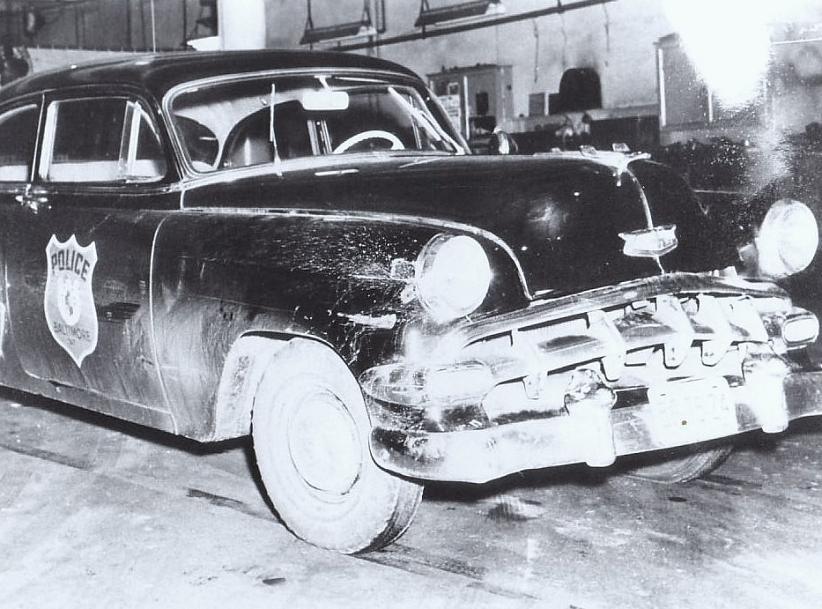
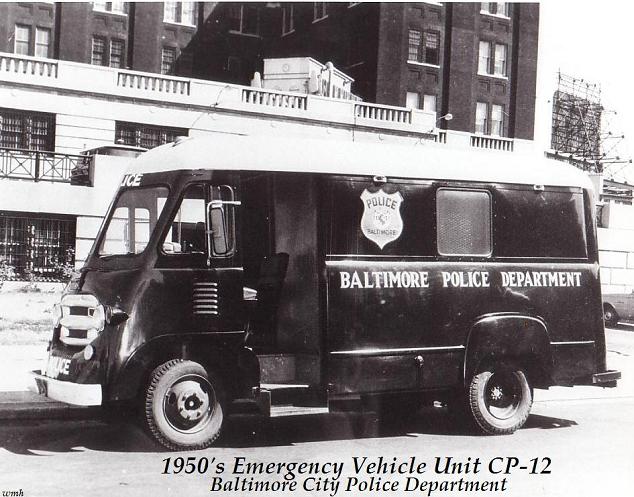

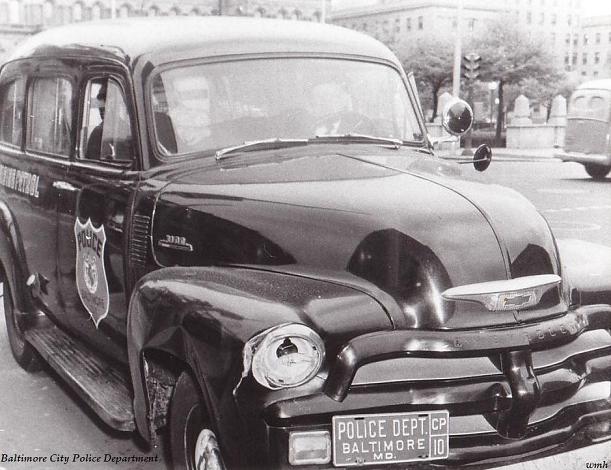


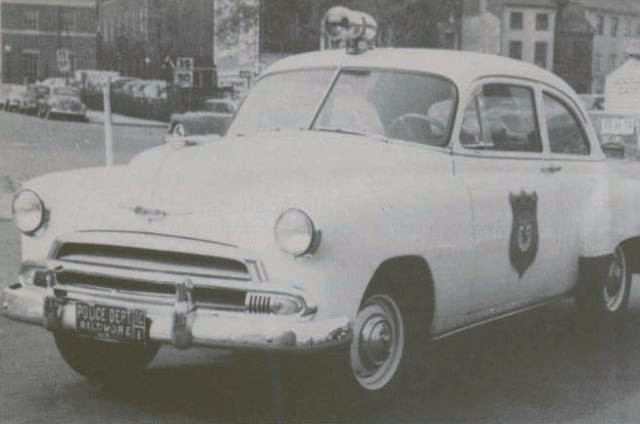
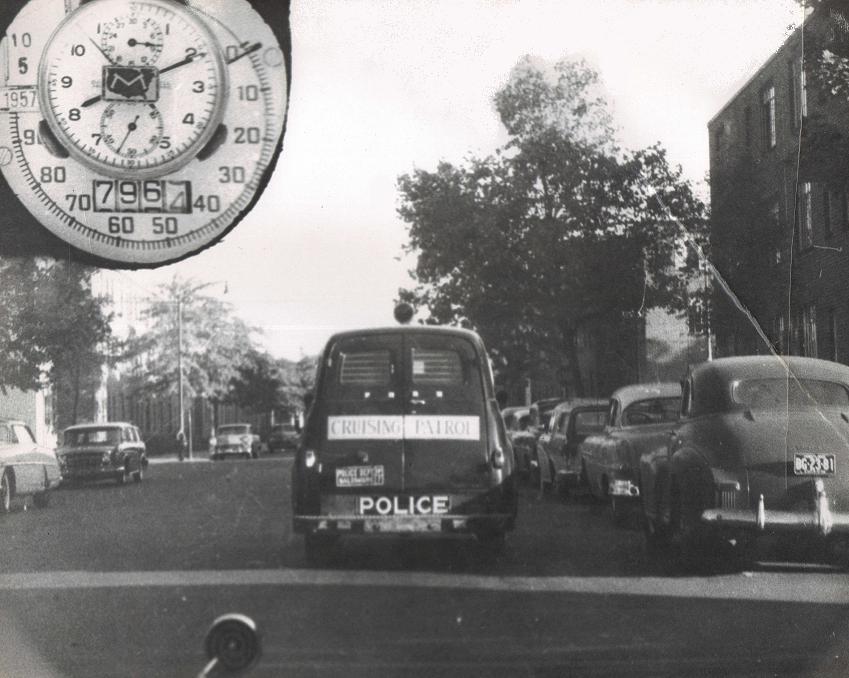

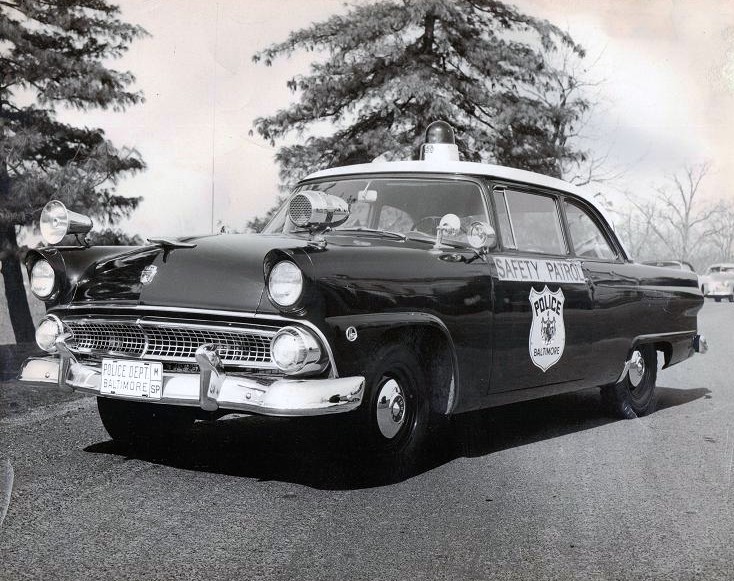

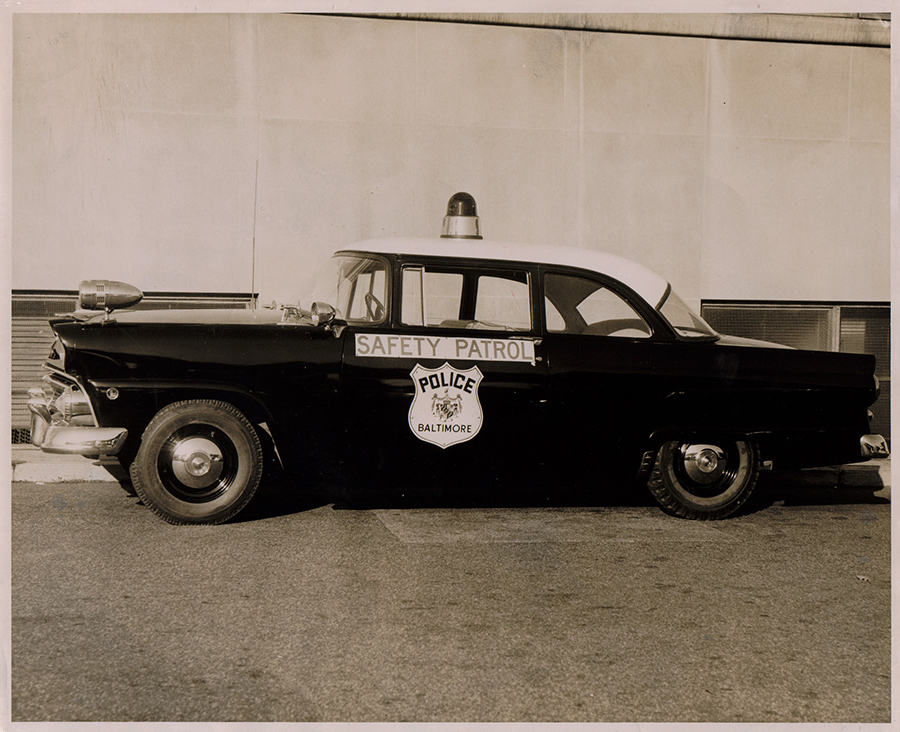 Sun paper pic
Sun paper pic
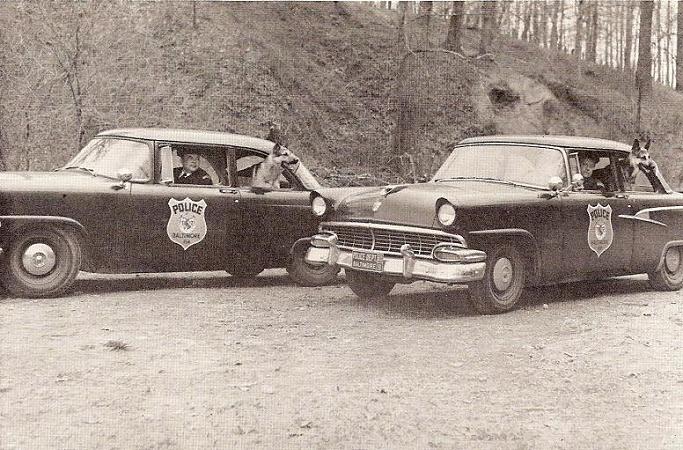
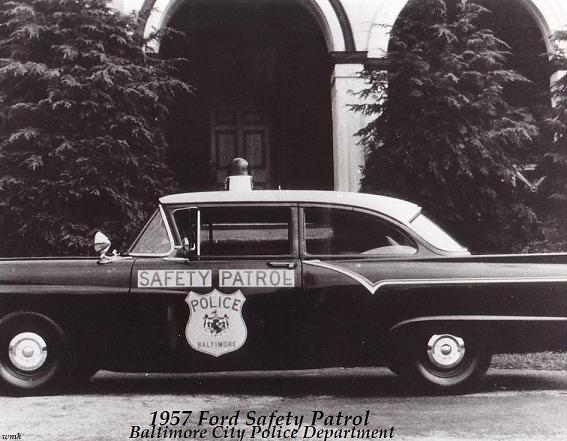
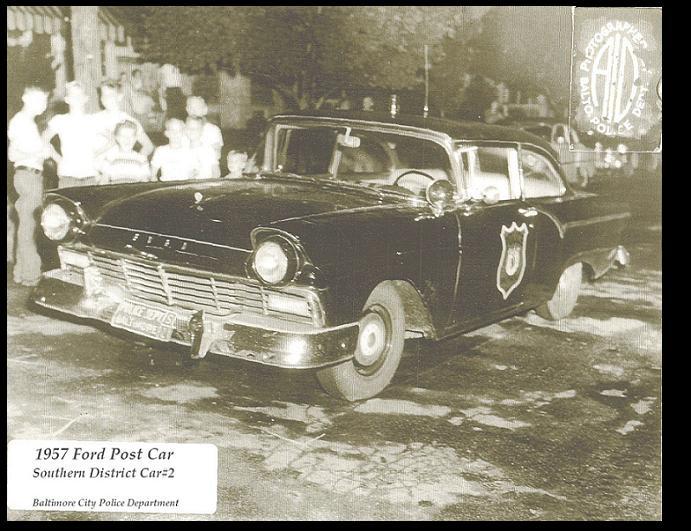
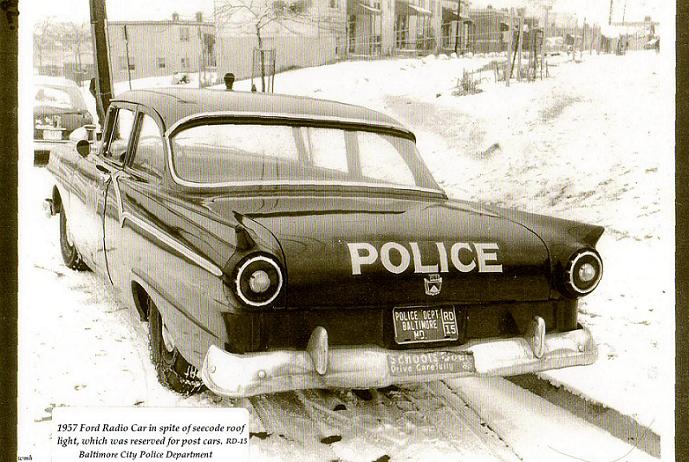
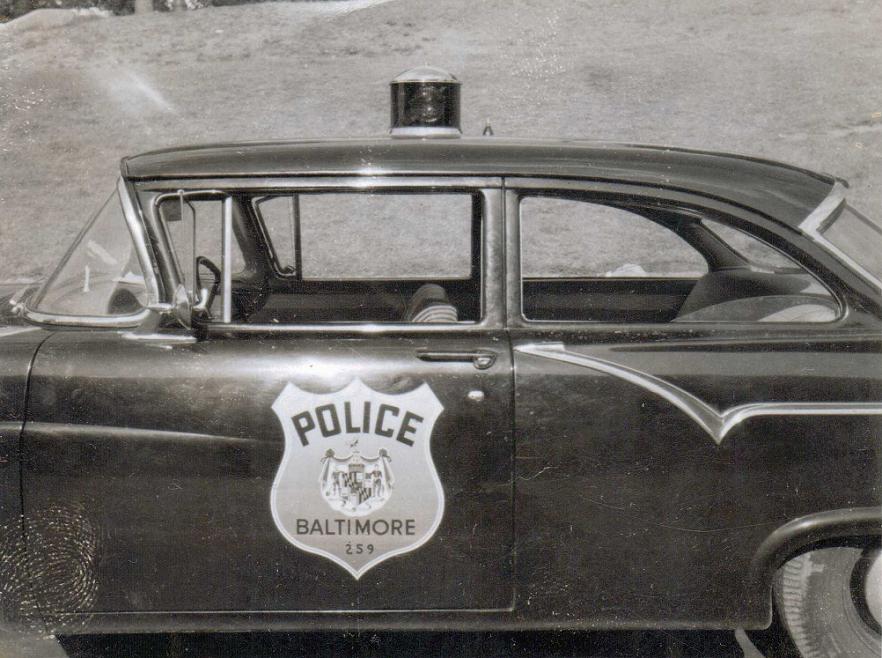
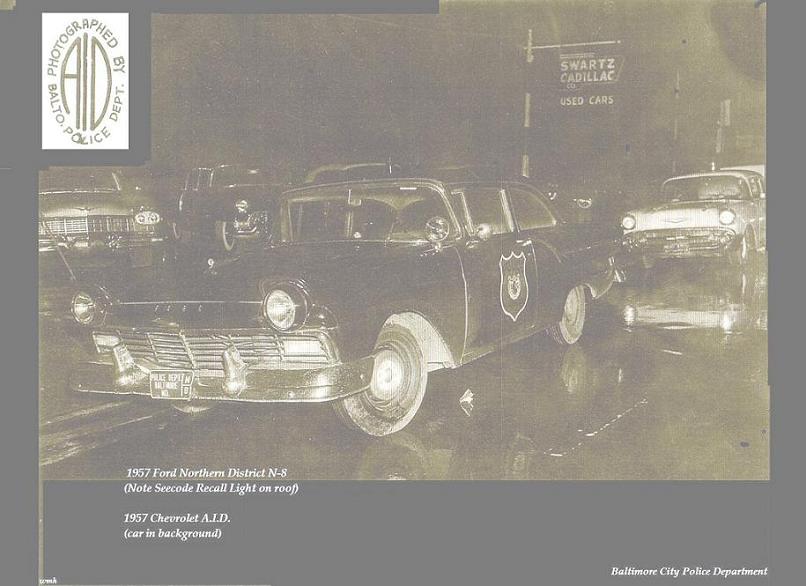
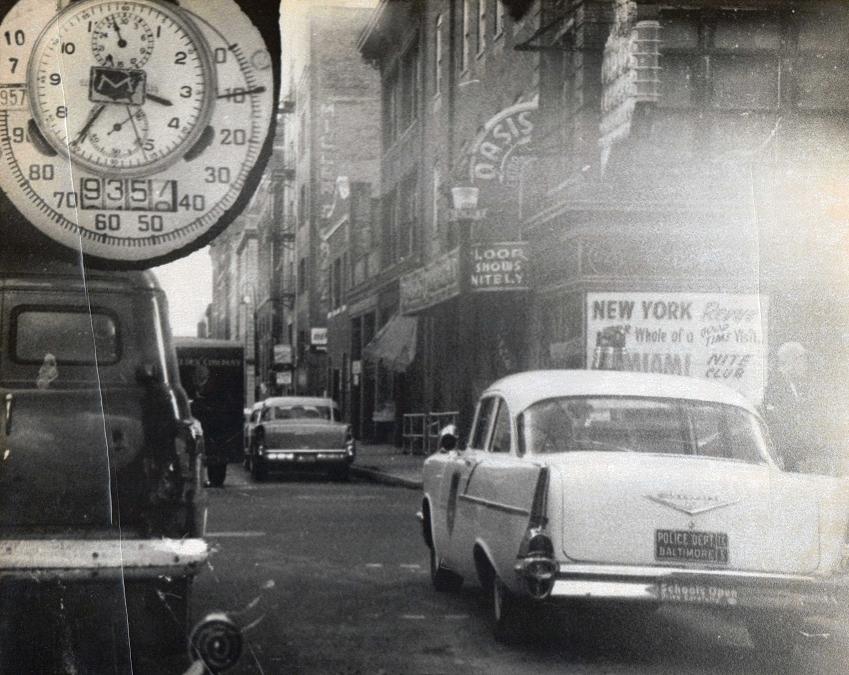
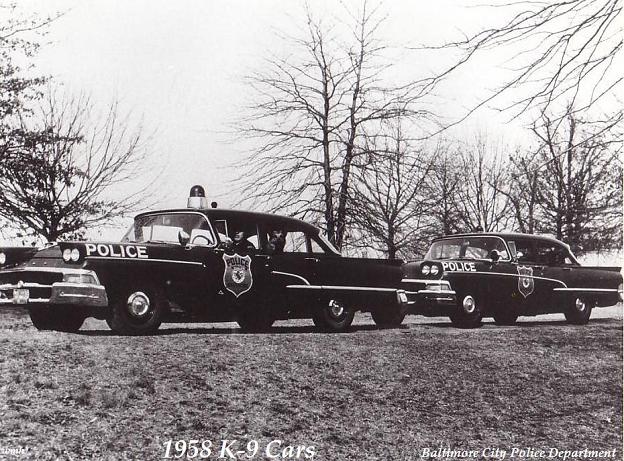
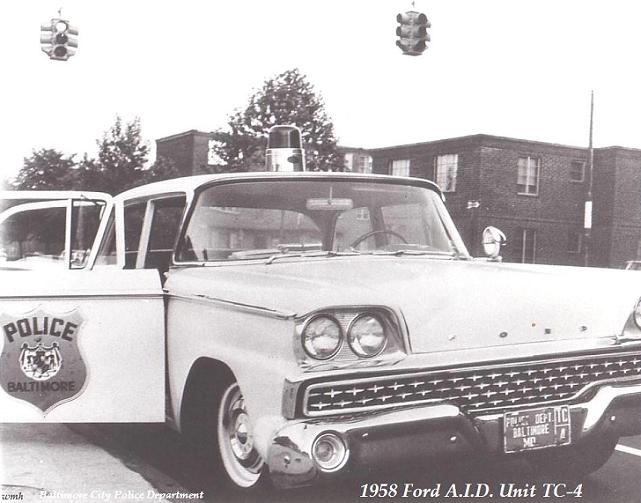
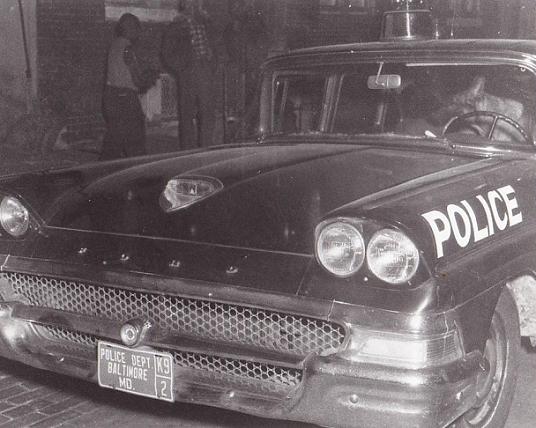
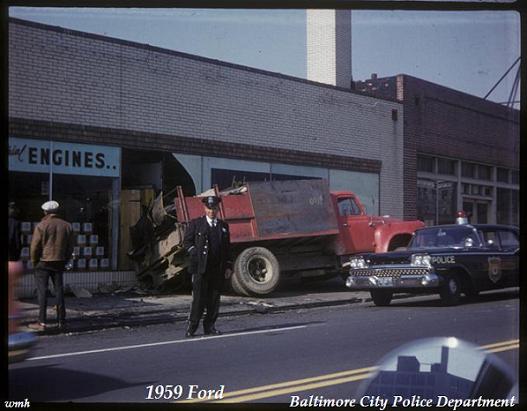
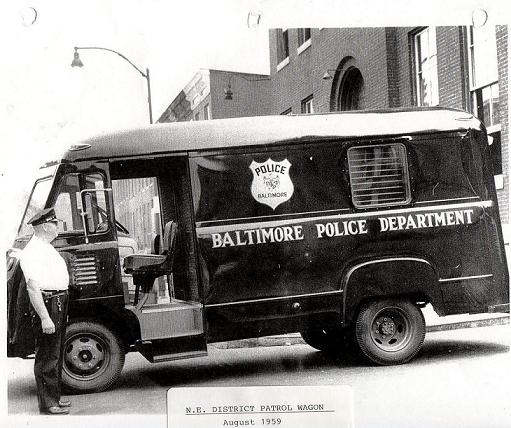
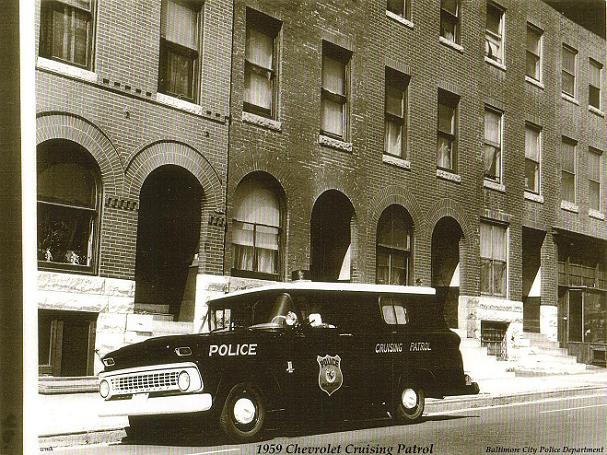
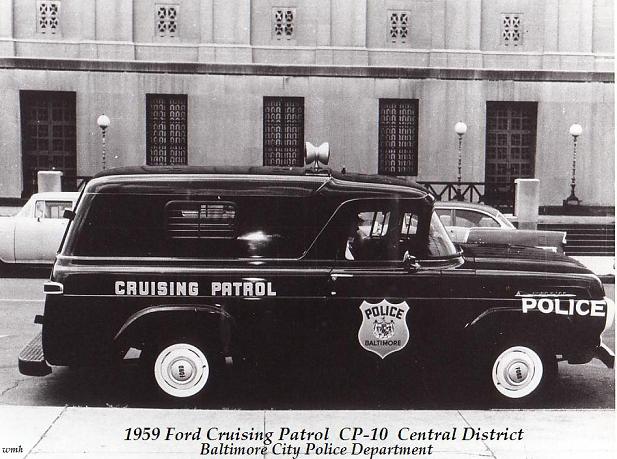
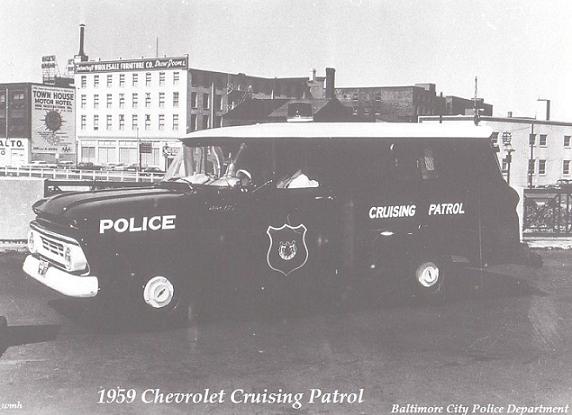
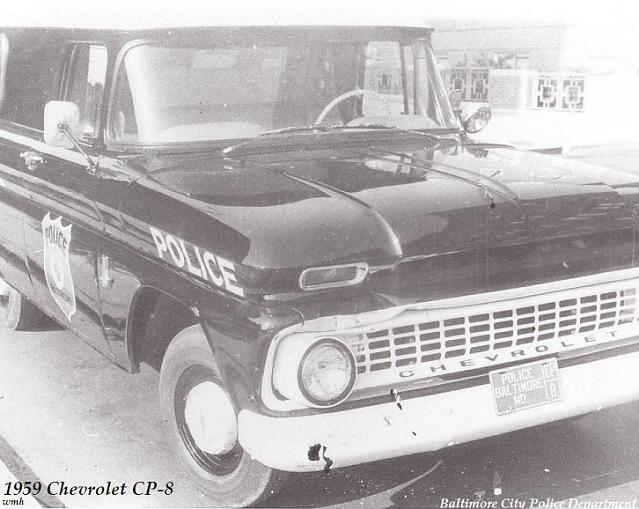


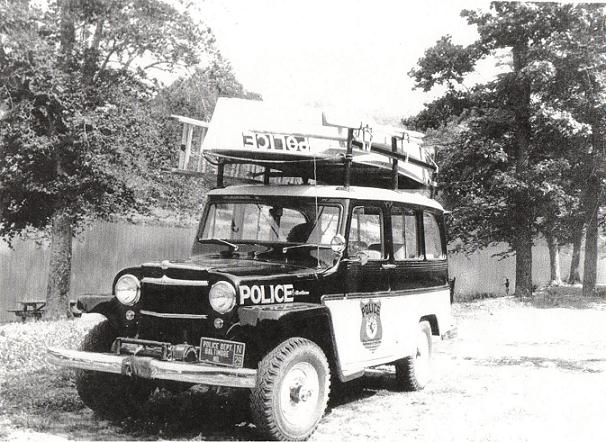
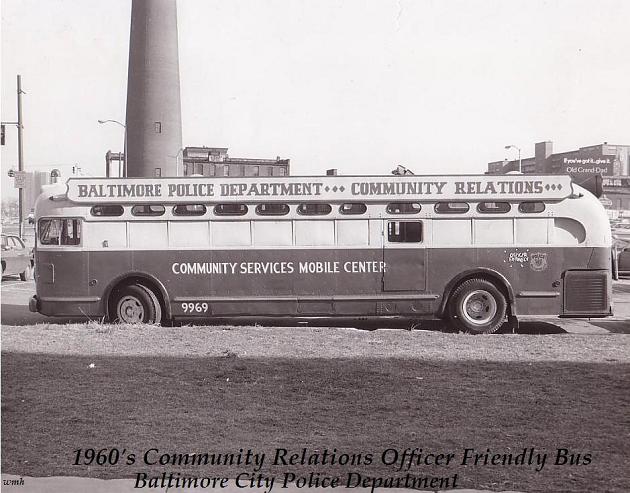
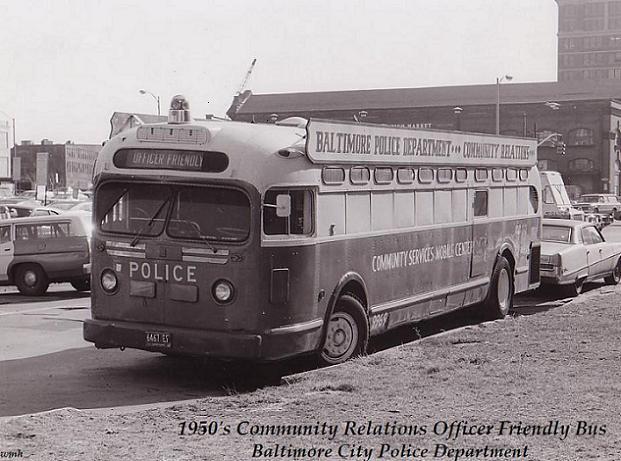

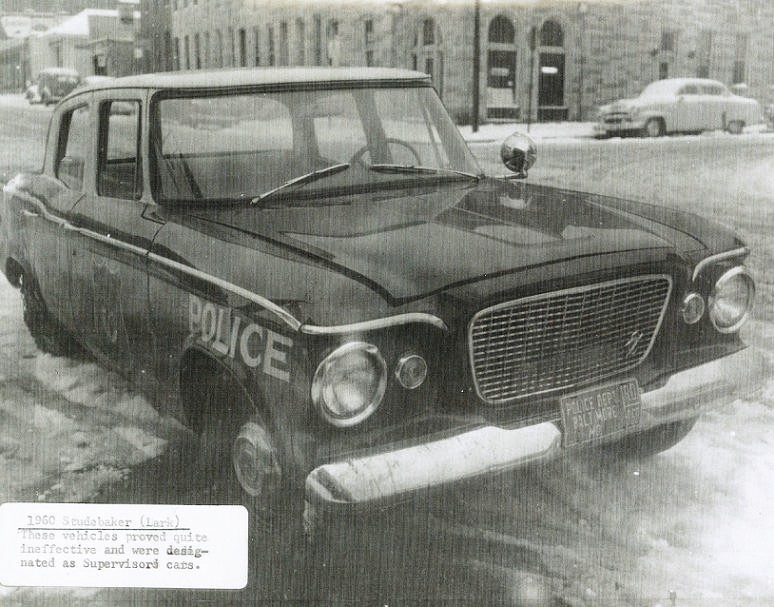

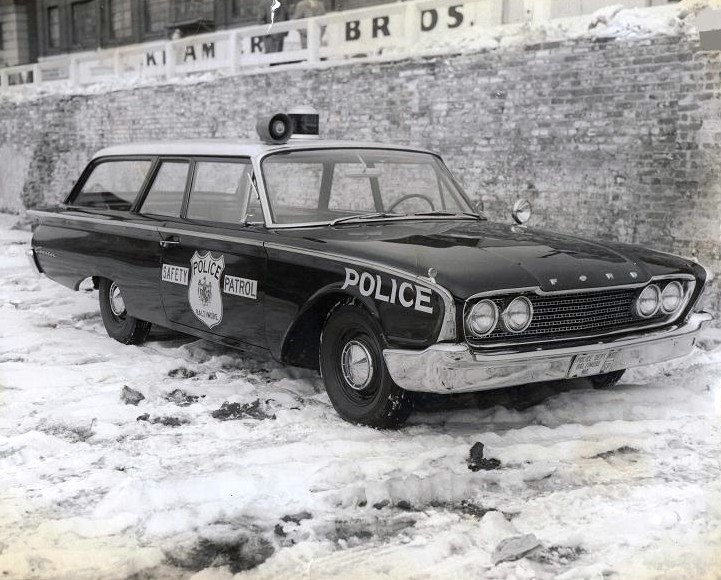
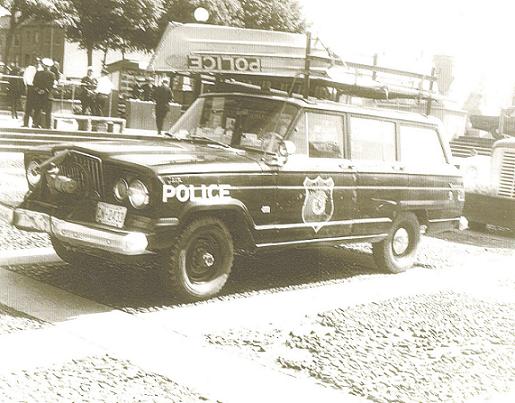
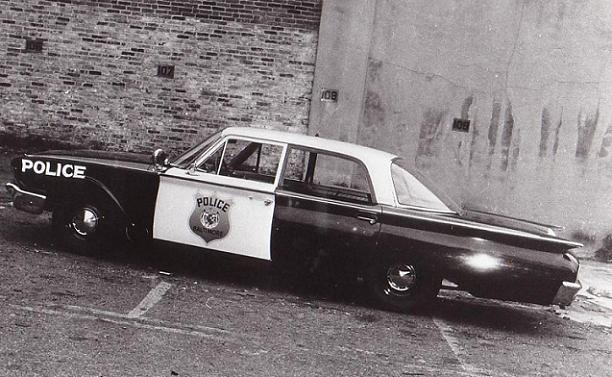

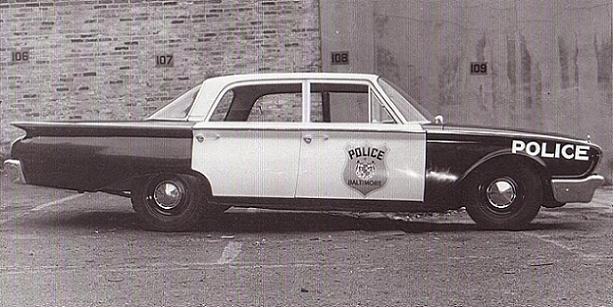
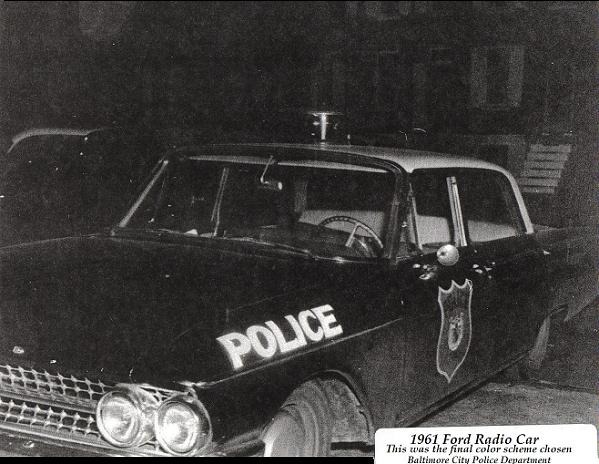
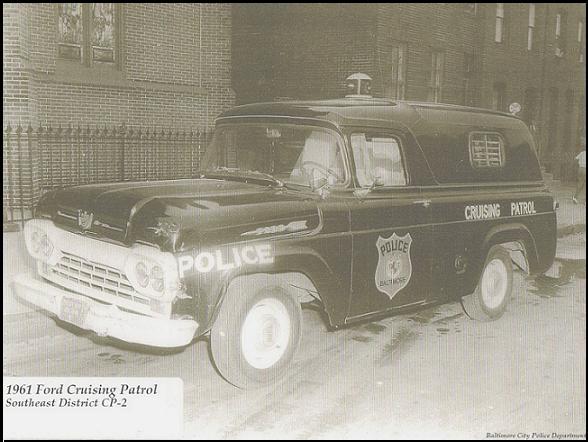

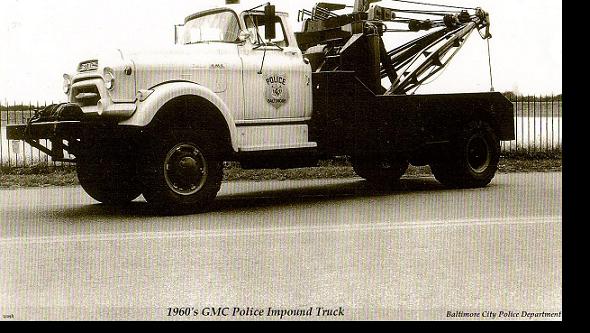
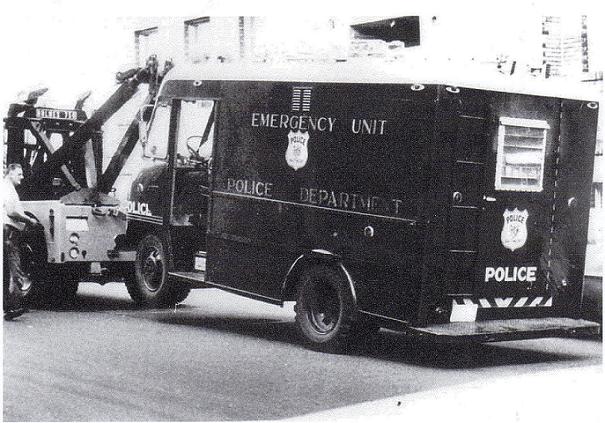

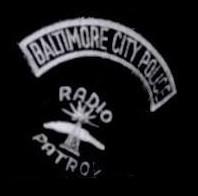
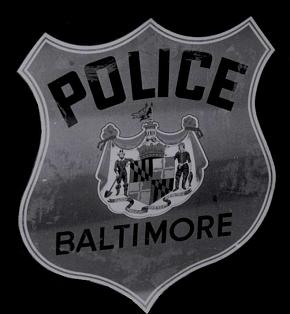

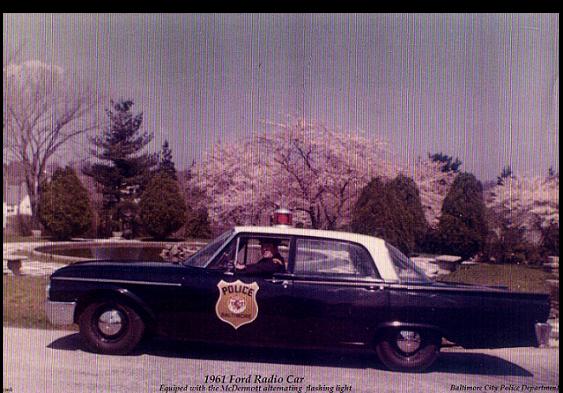
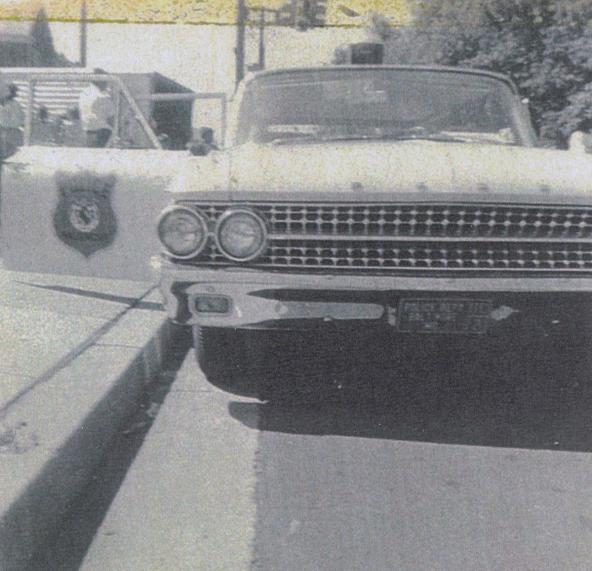
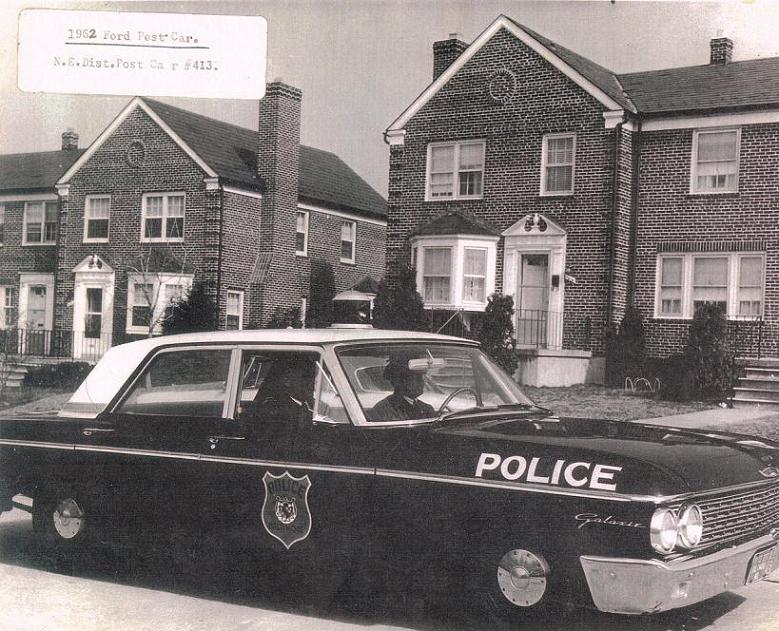


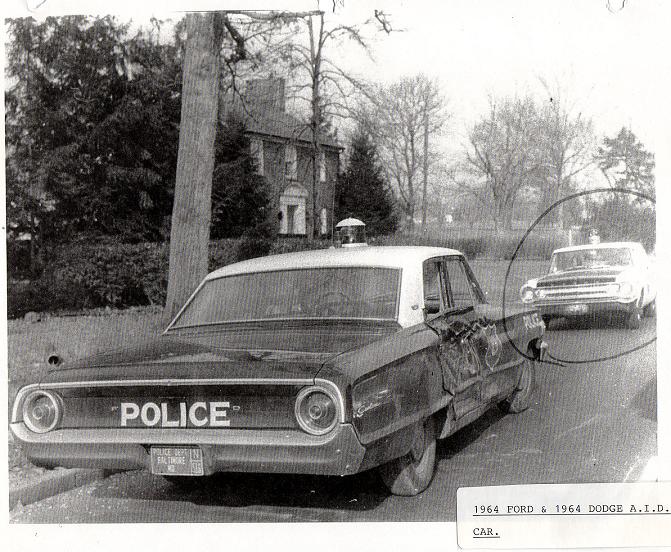
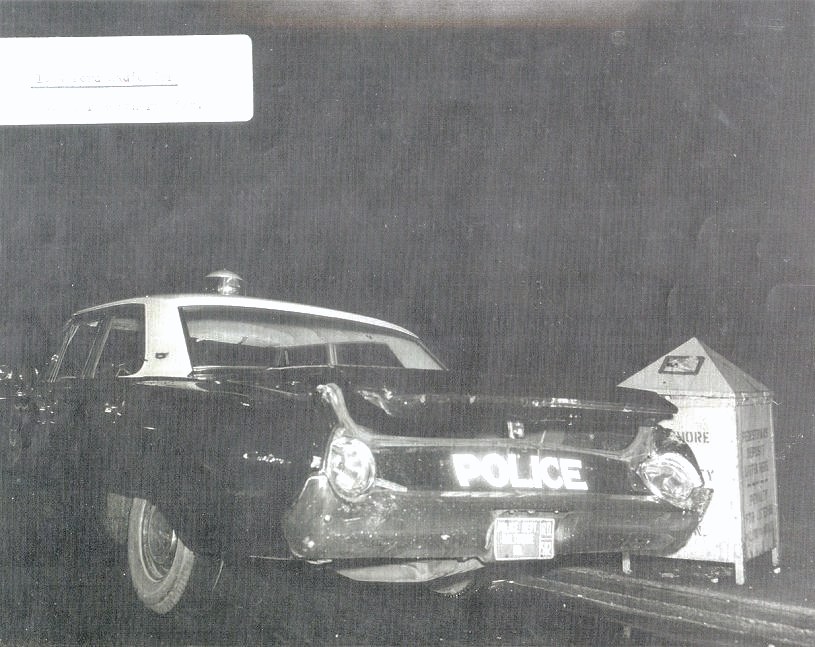
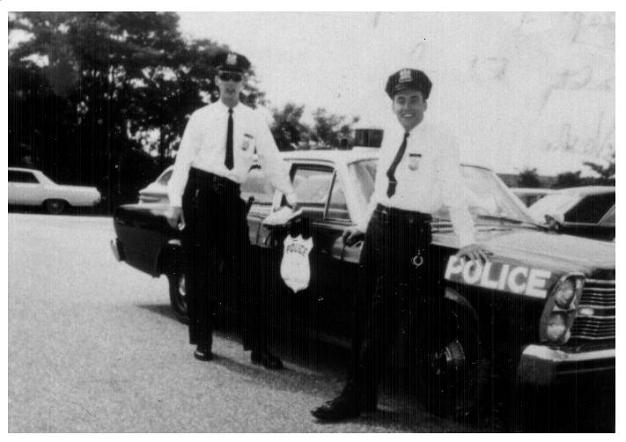
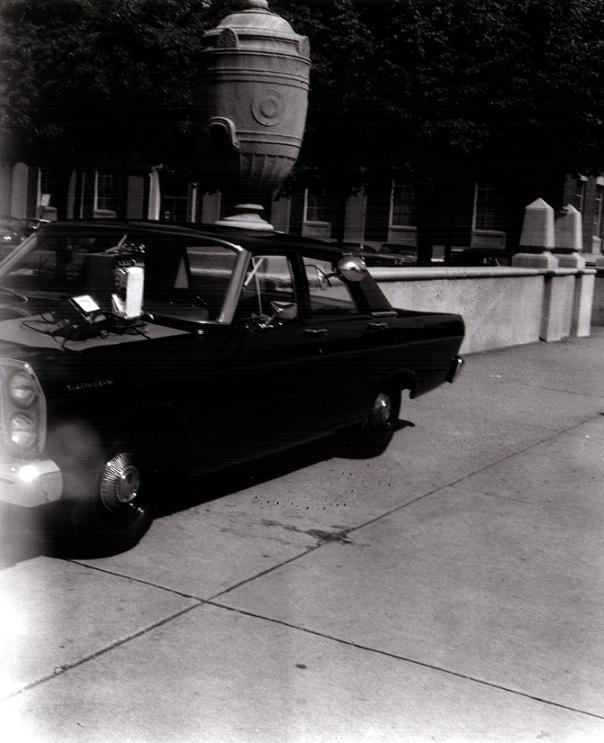
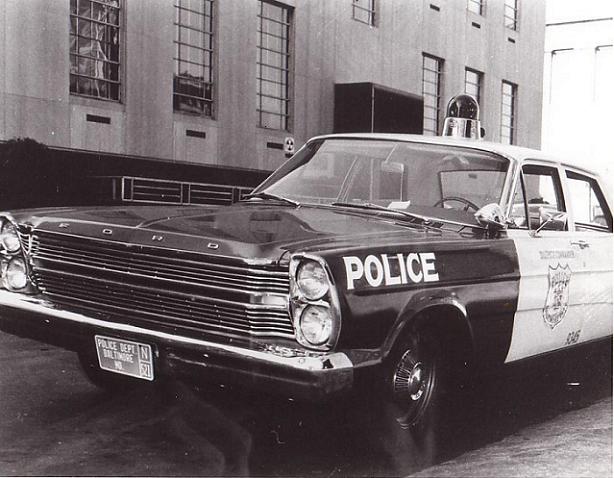
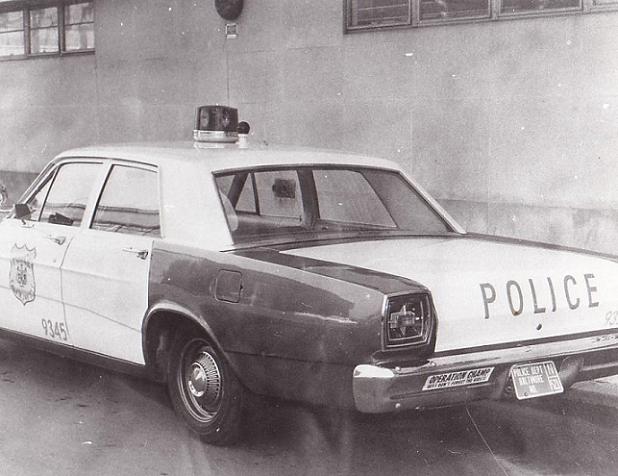
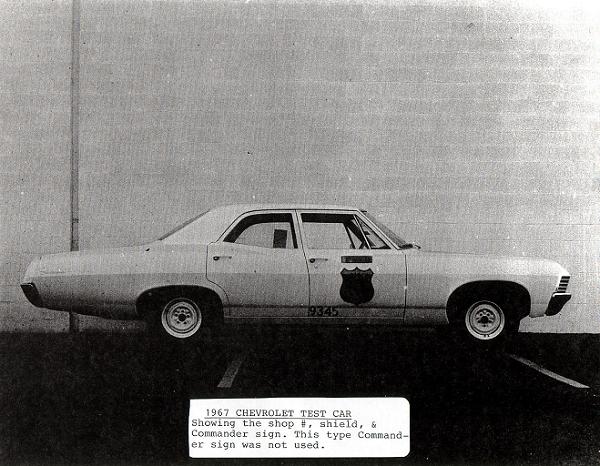

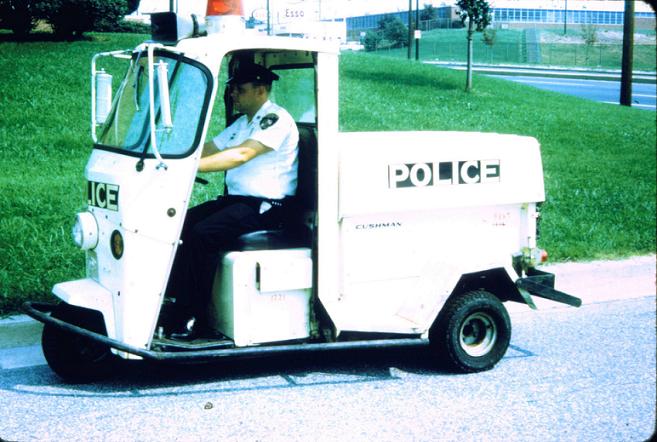
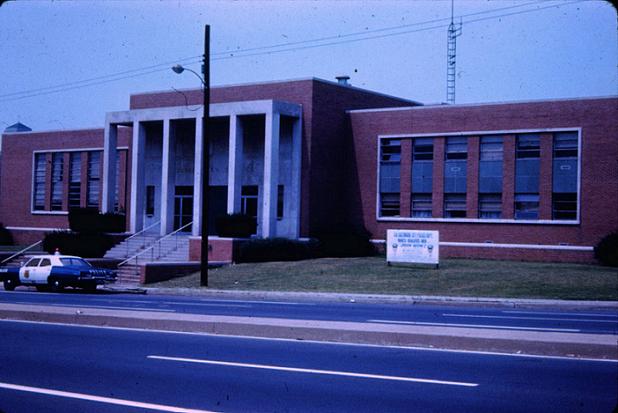
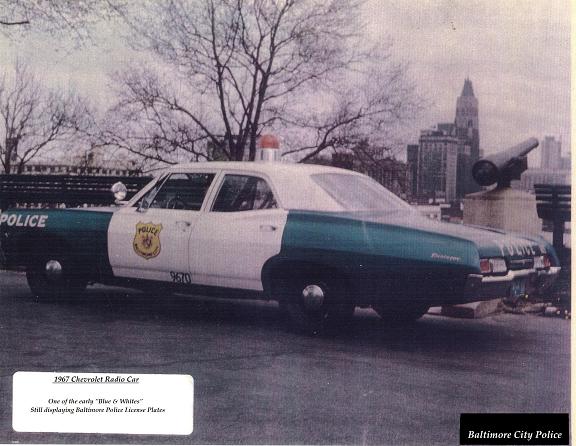
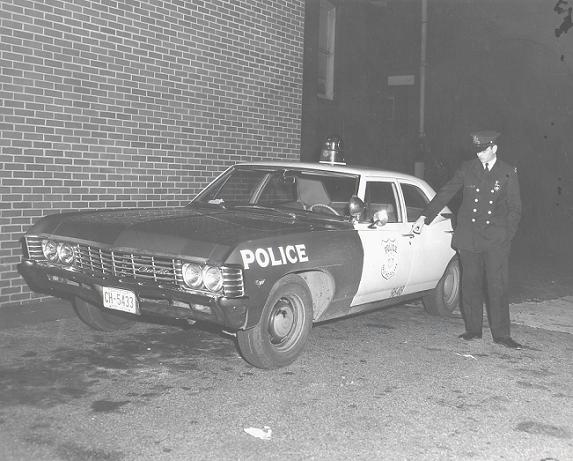
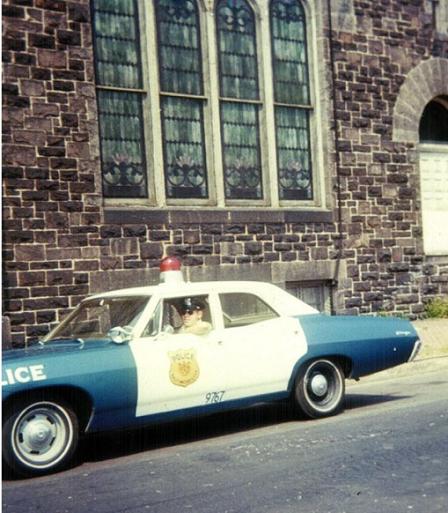

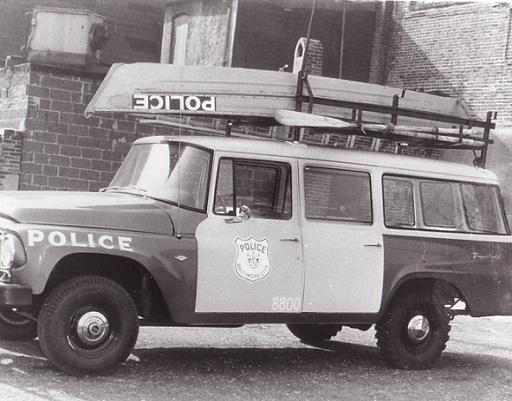
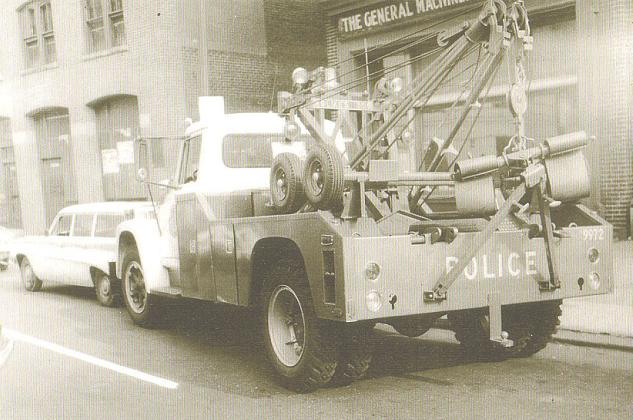
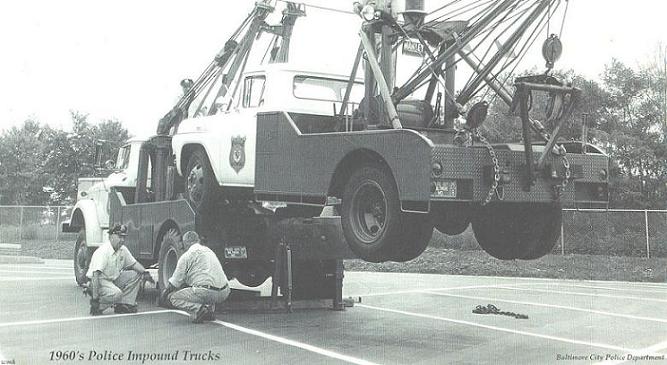
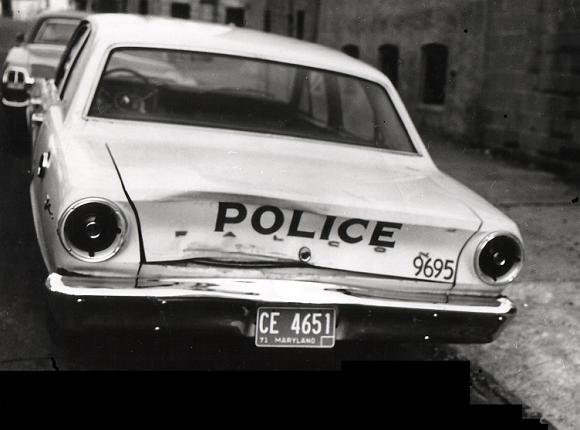




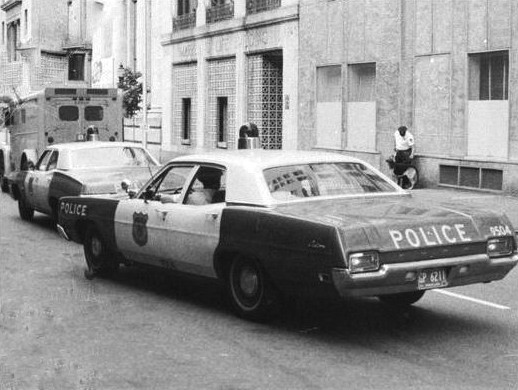

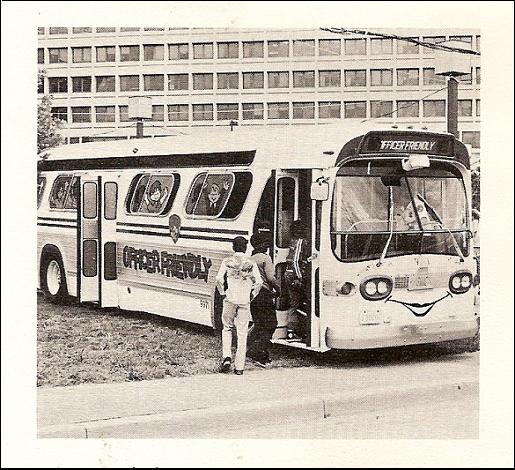
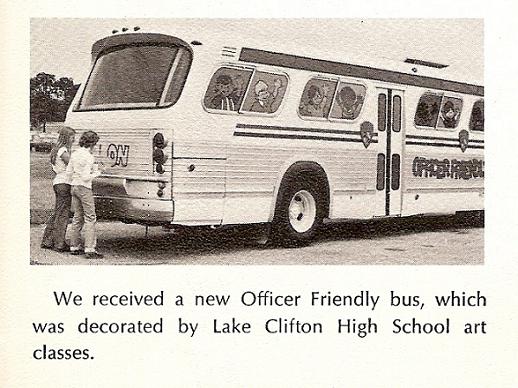
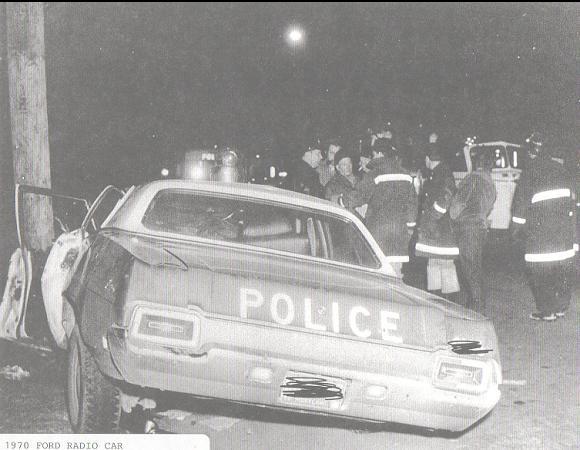
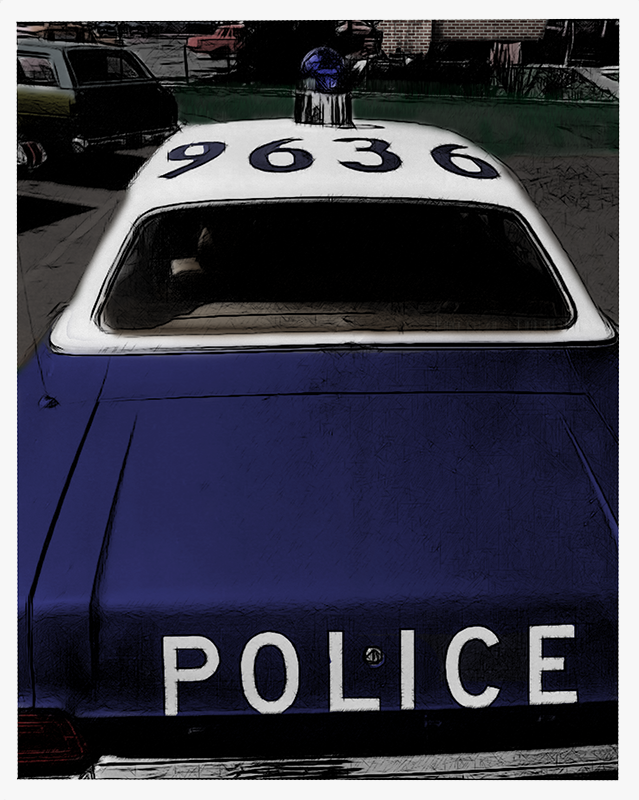 Sun Paper Photo Courtesy of my future Son-in-Law Matt Zembower
Sun Paper Photo Courtesy of my future Son-in-Law Matt Zembower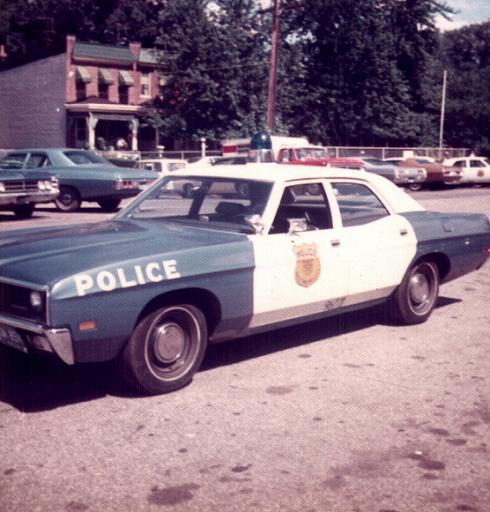
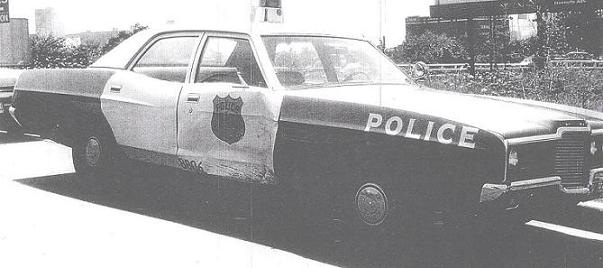
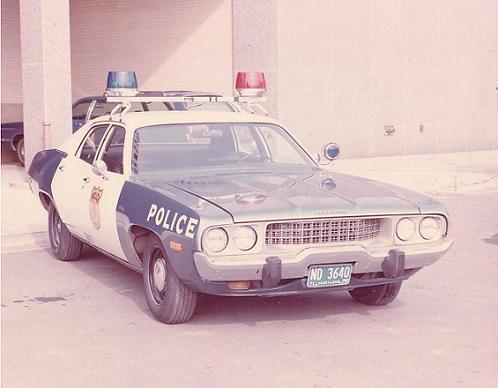

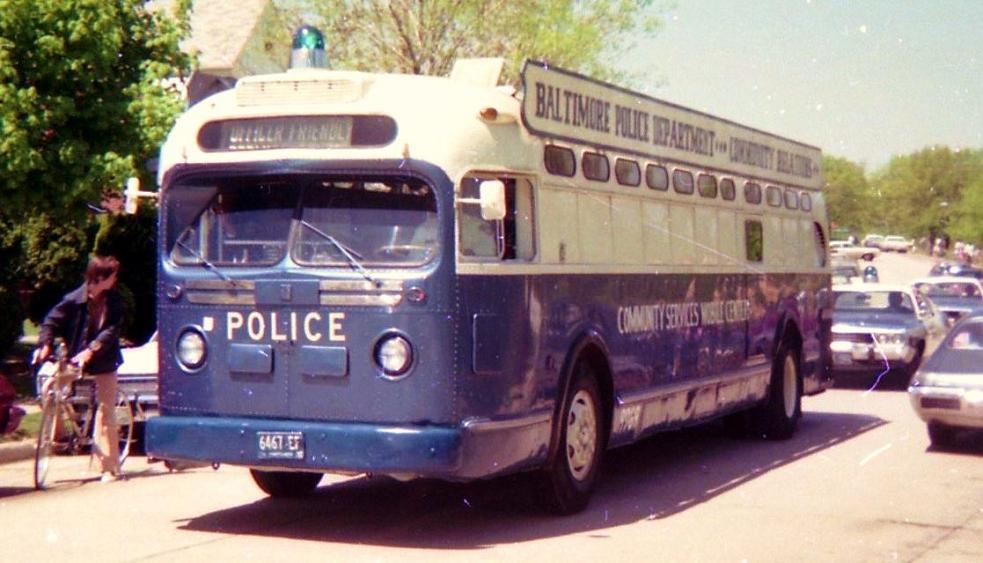
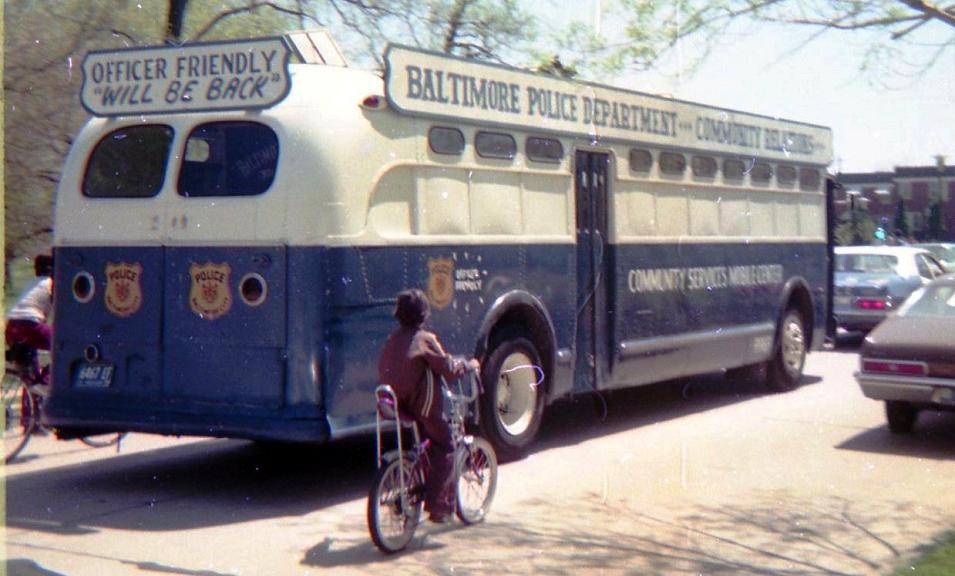
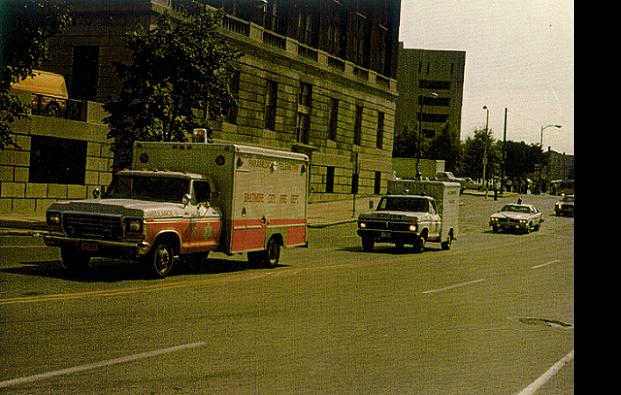
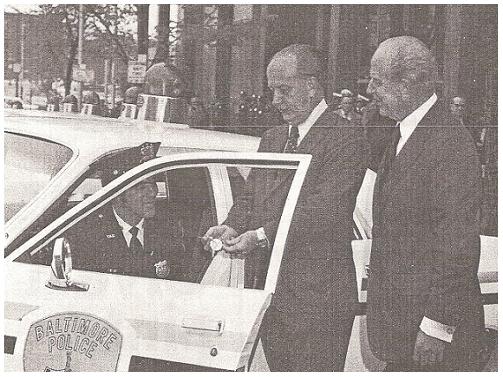
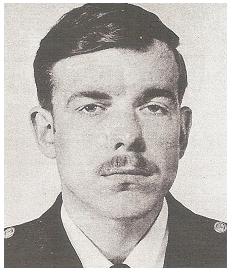
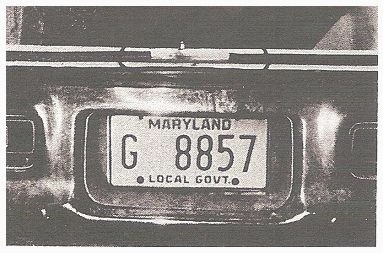
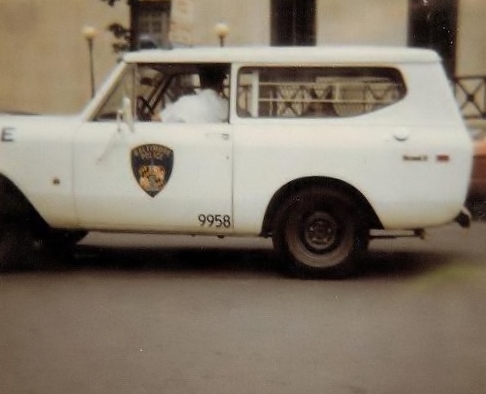
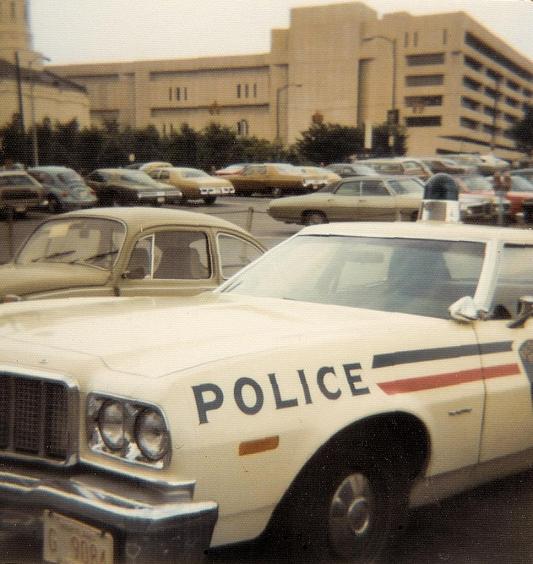
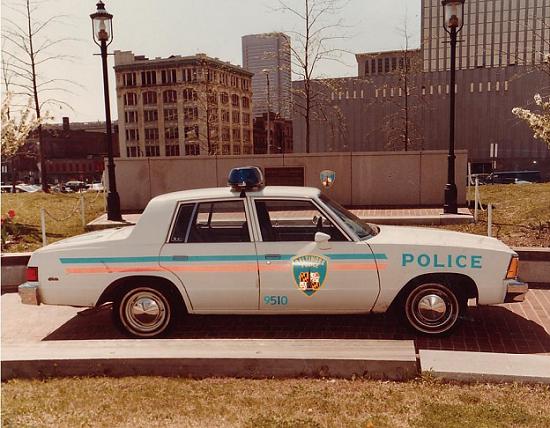

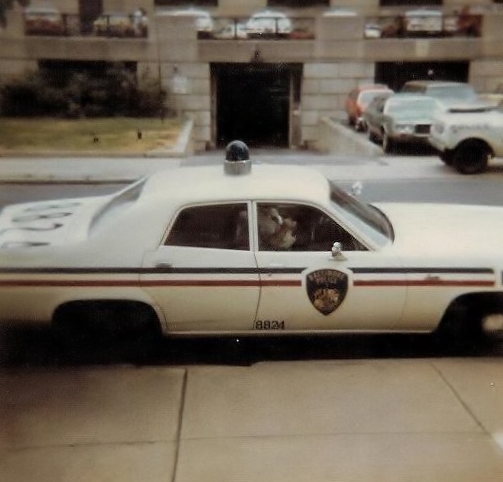
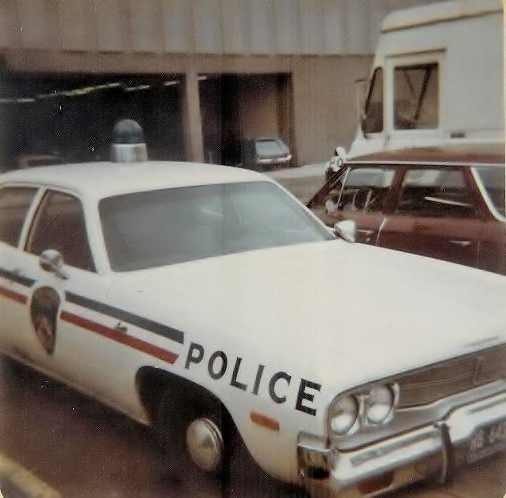


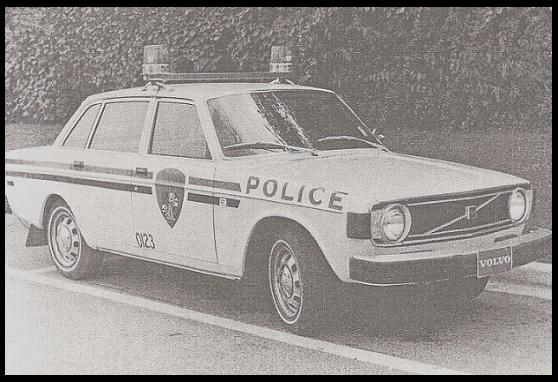
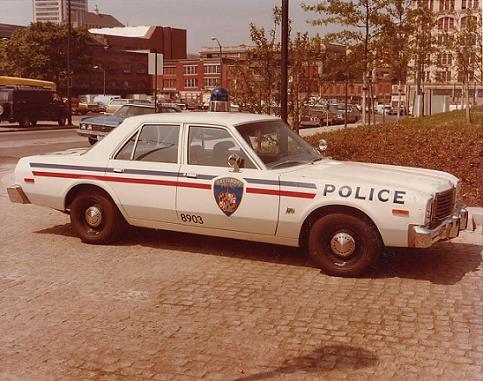
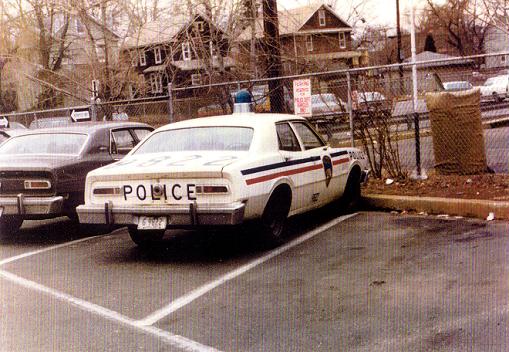
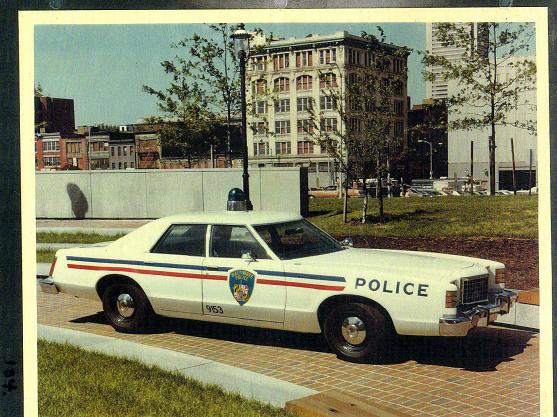
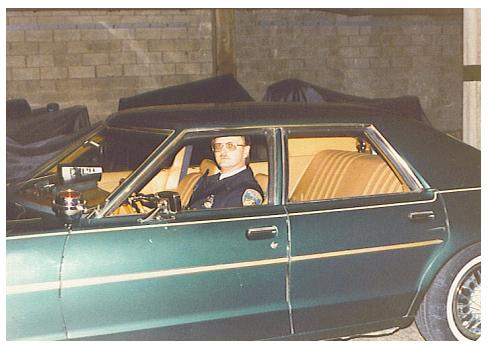
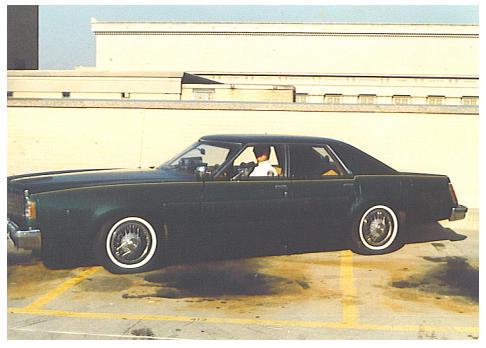
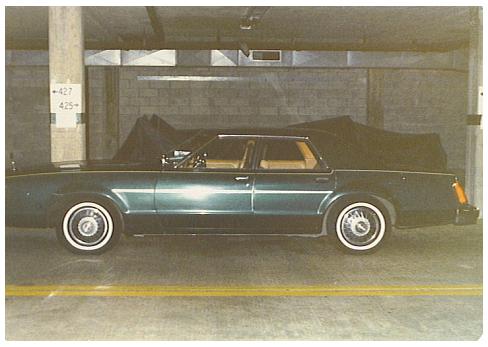
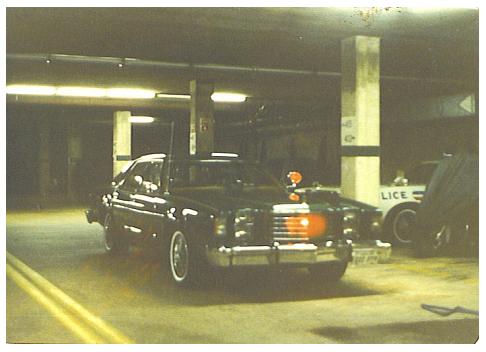

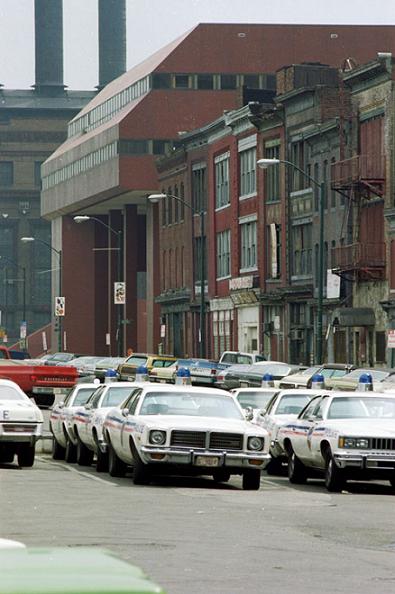
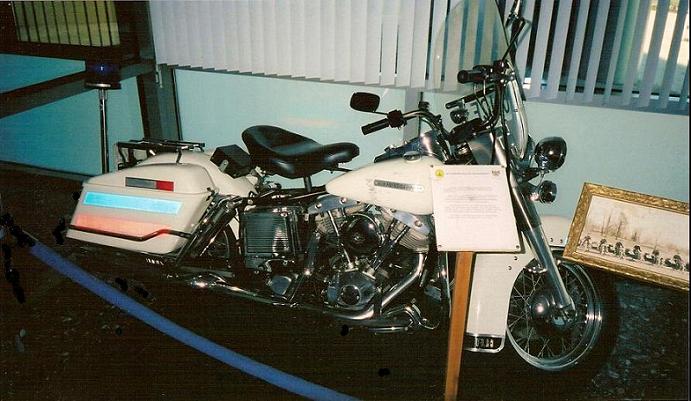
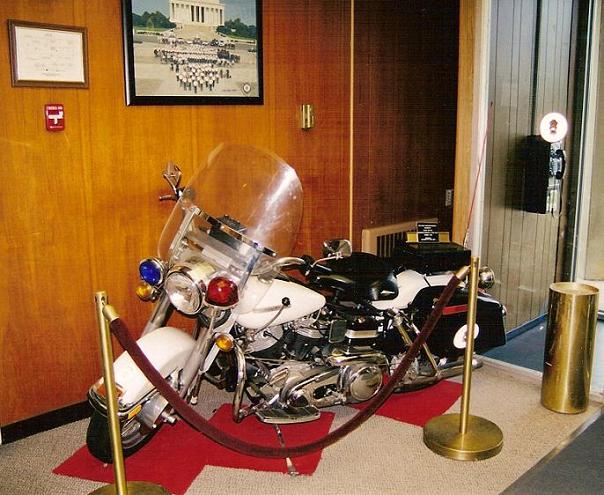
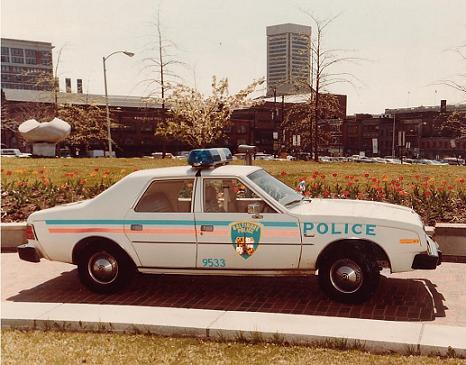

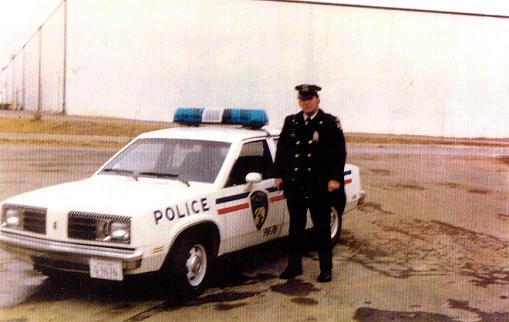
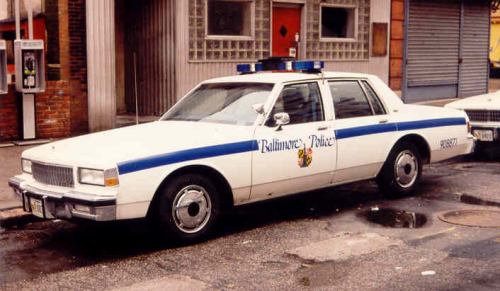

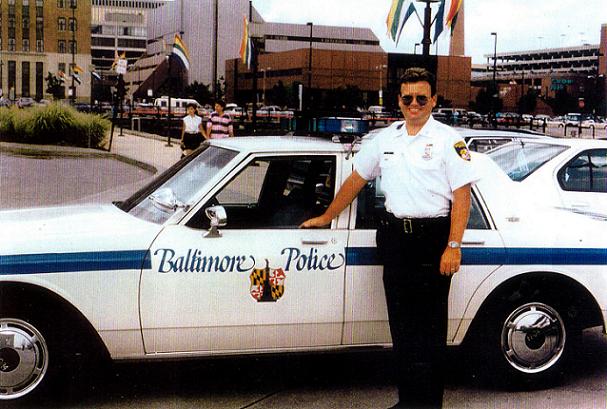

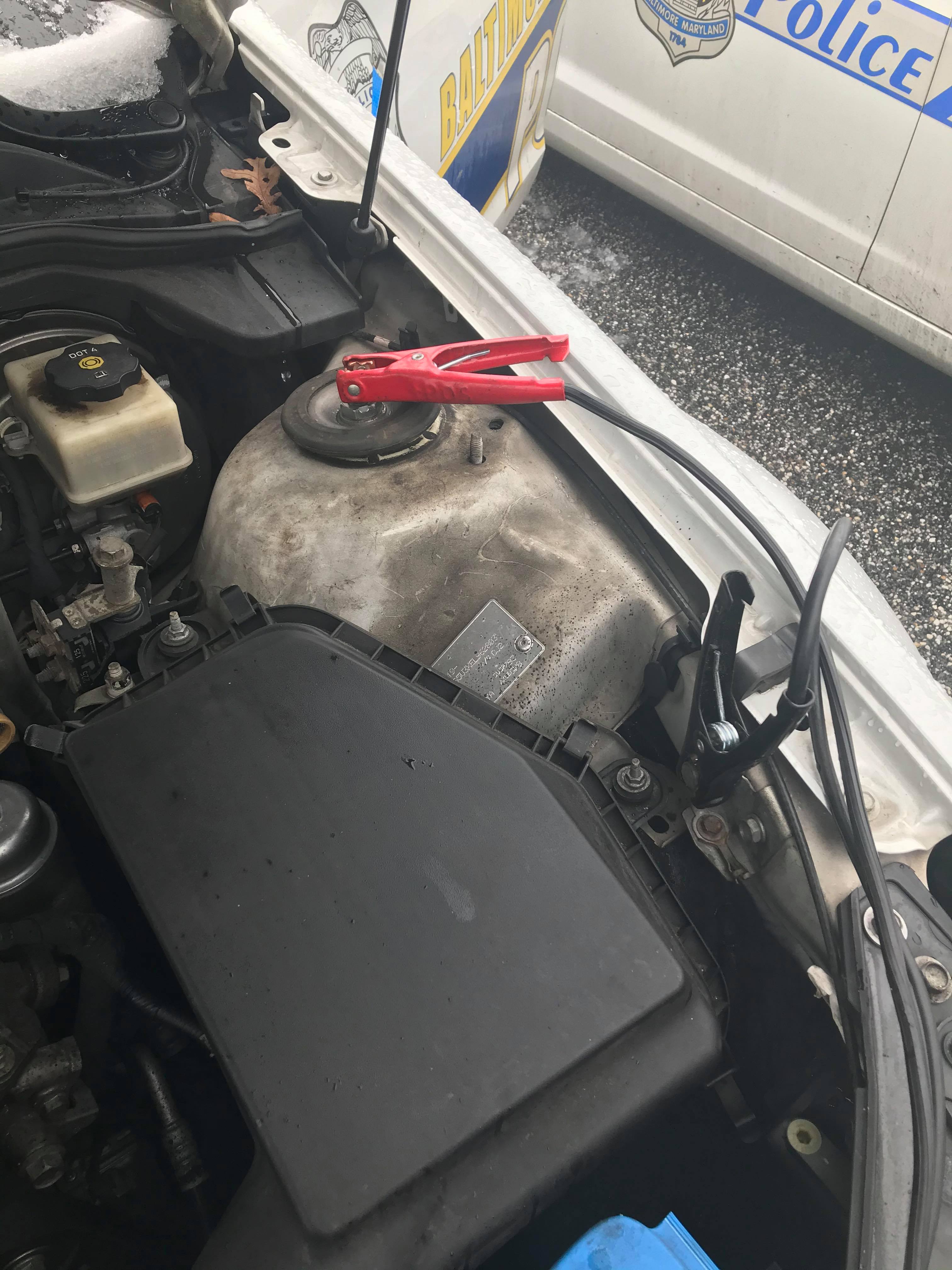



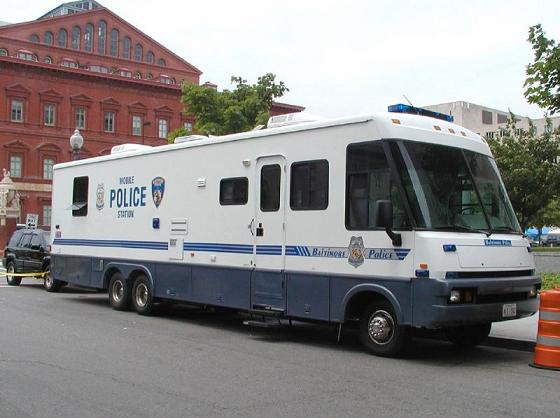
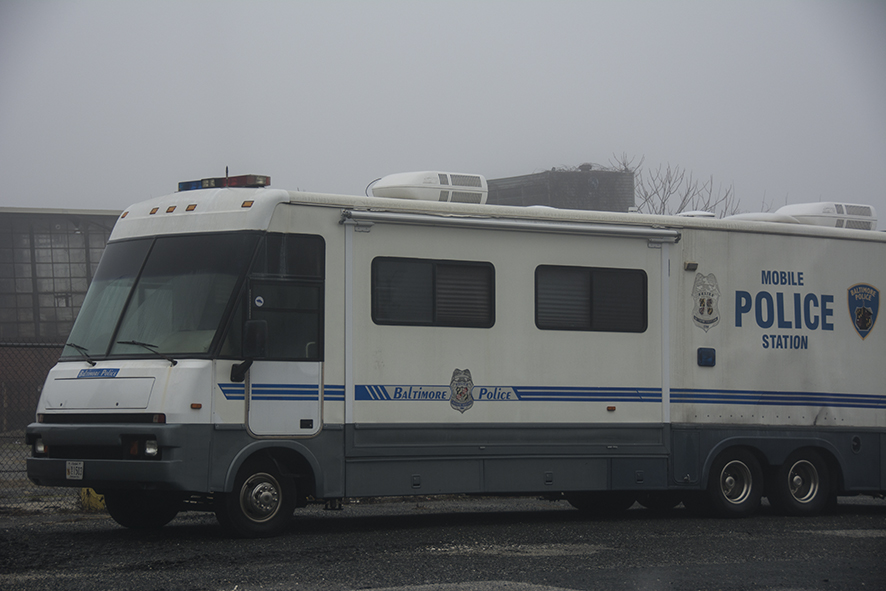 2014
2014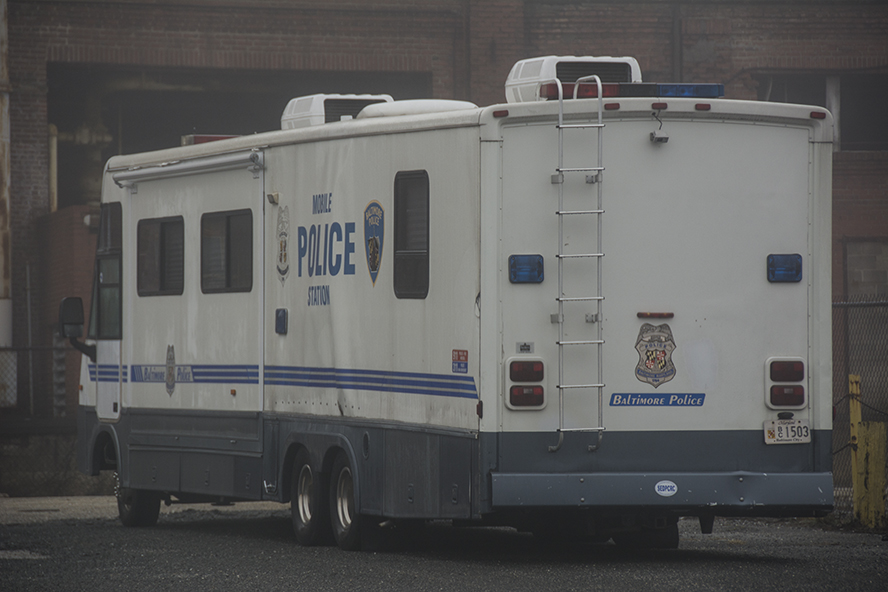 2014
2014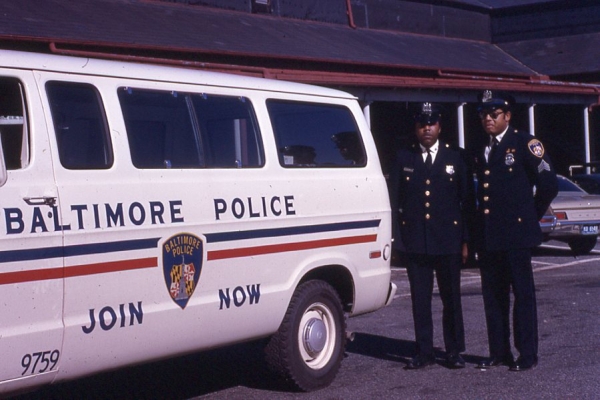
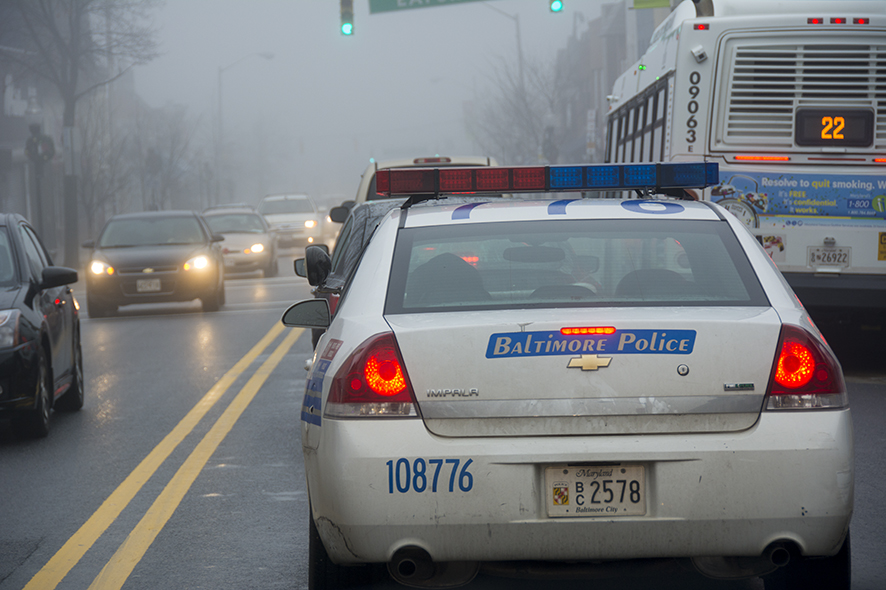 Jan 2014
Jan 2014 Jan 2014
Jan 2014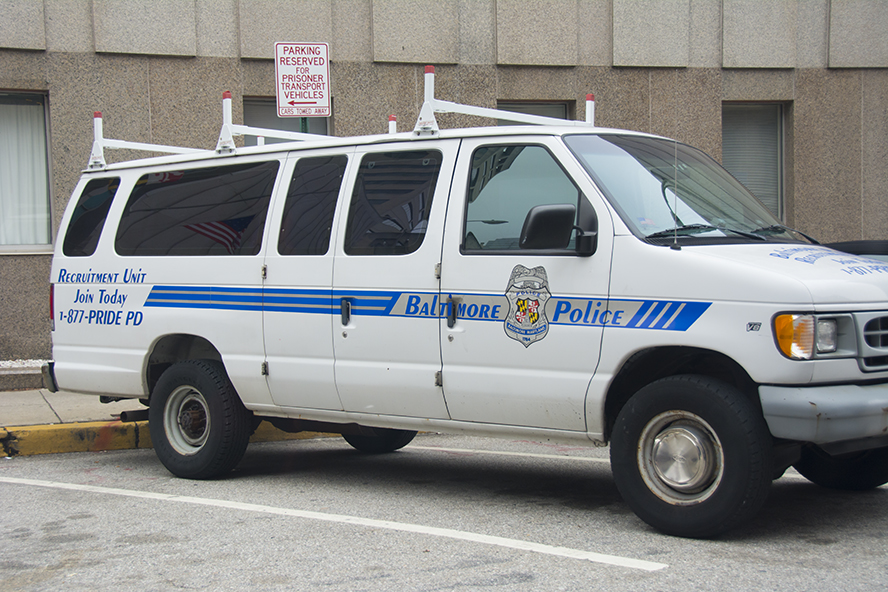 Jan 2014
Jan 2014 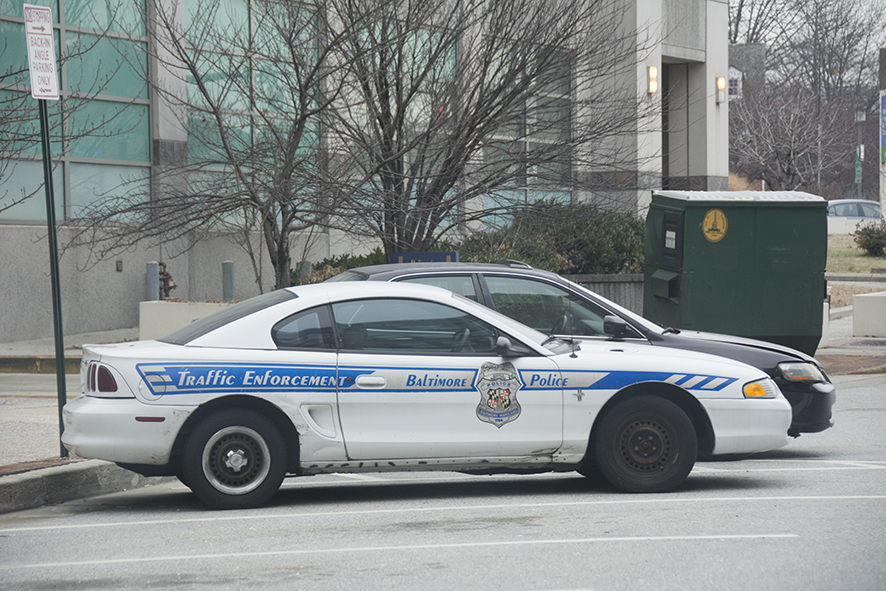 Jan 2014
Jan 2014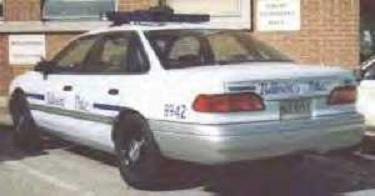

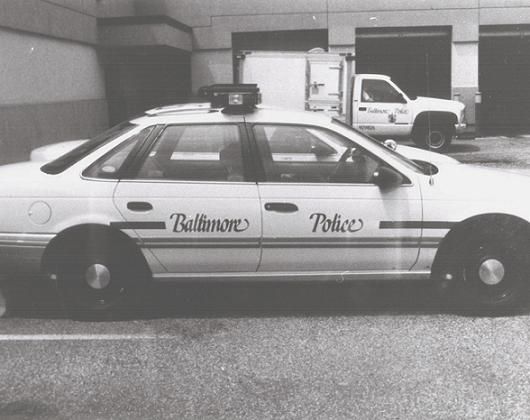
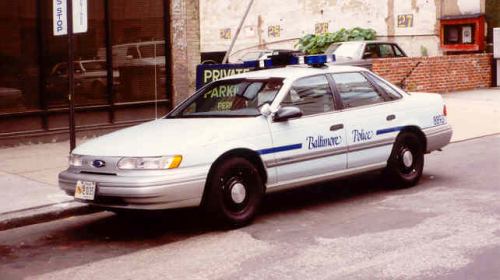
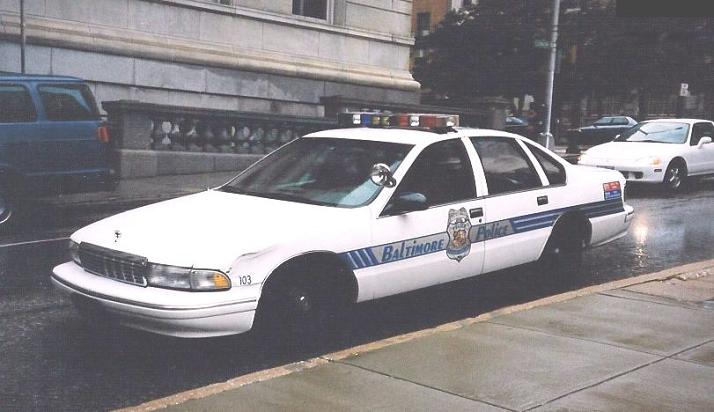
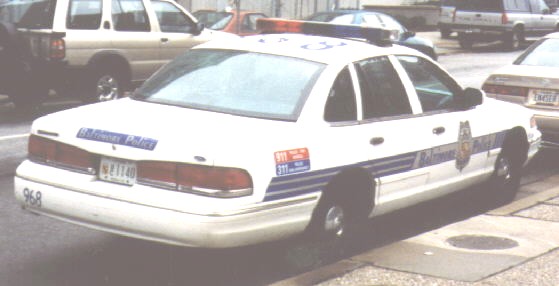
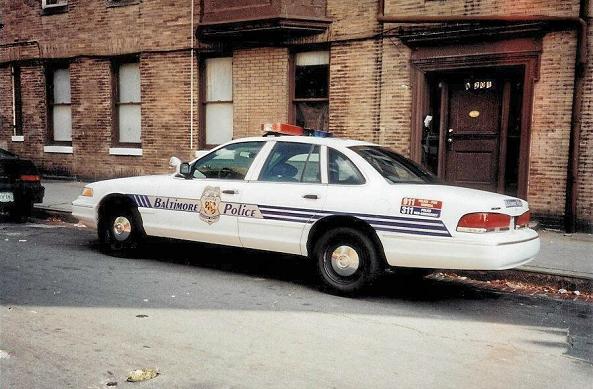
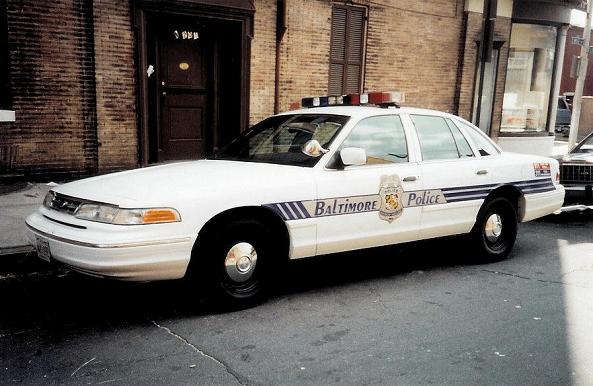
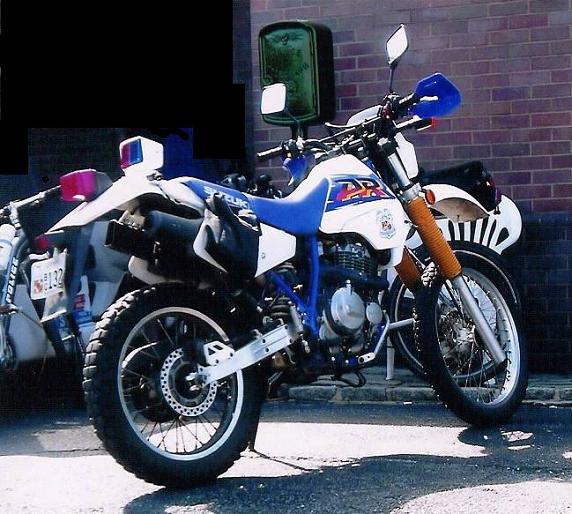
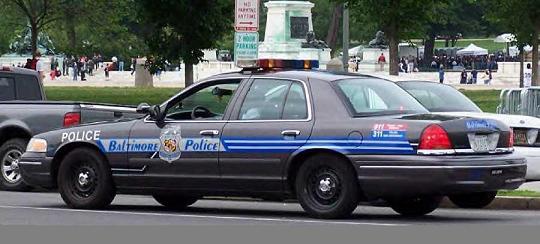
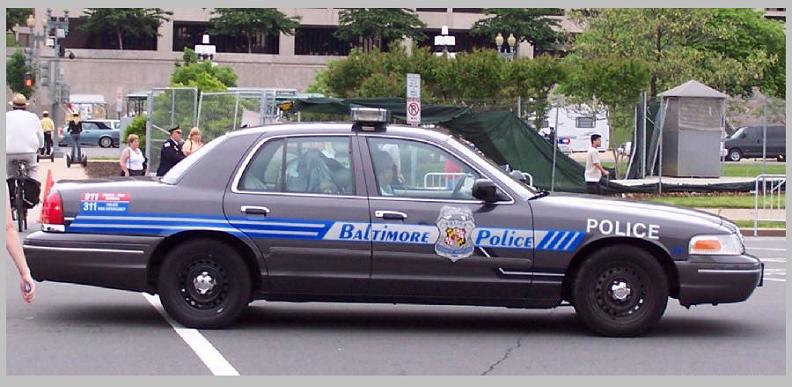


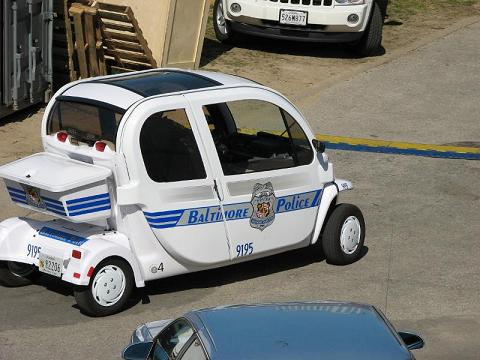
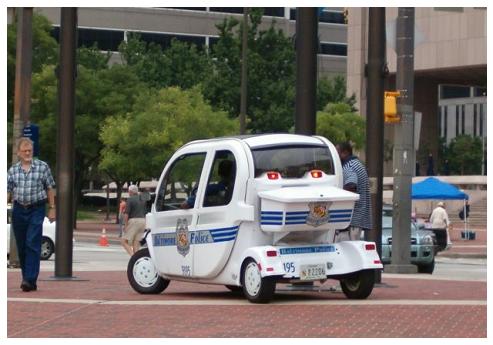
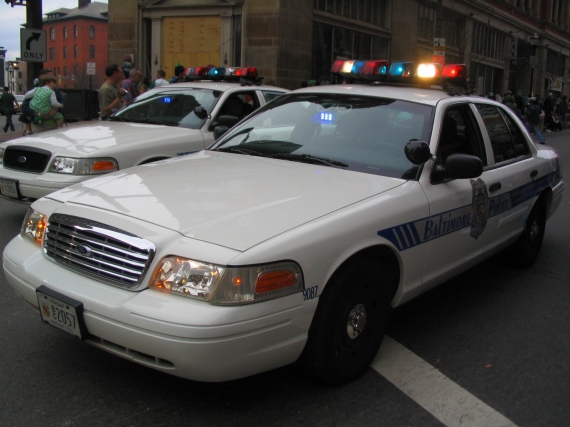
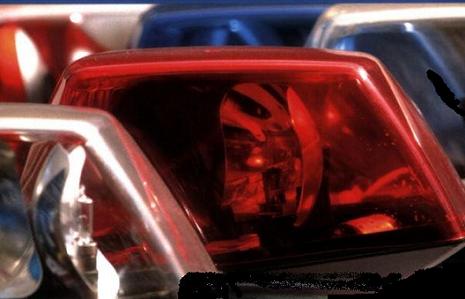
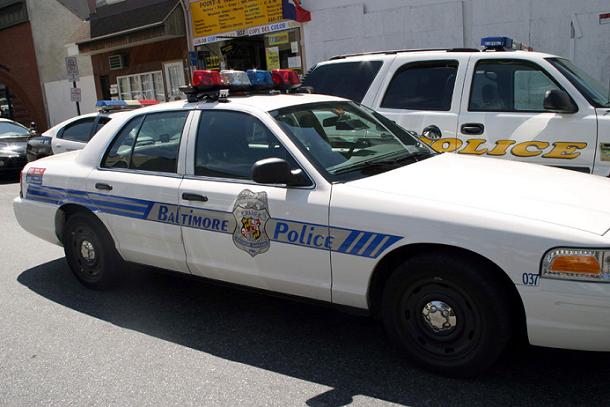
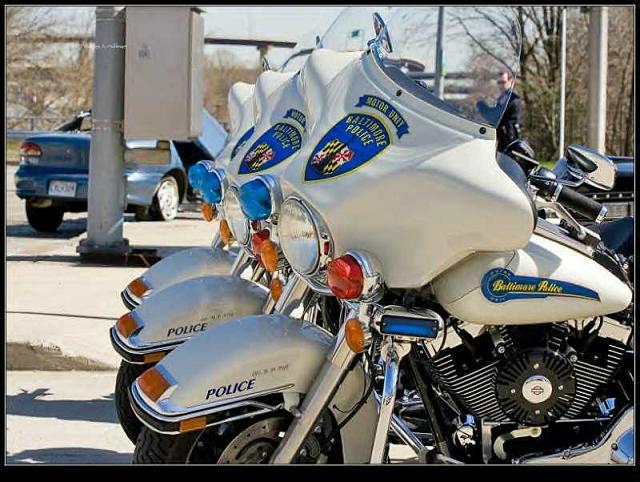


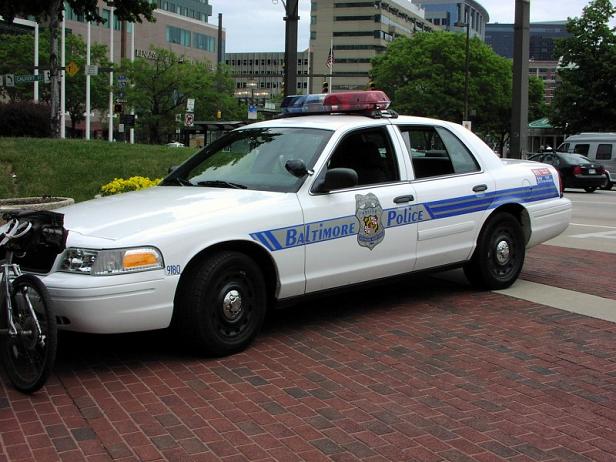
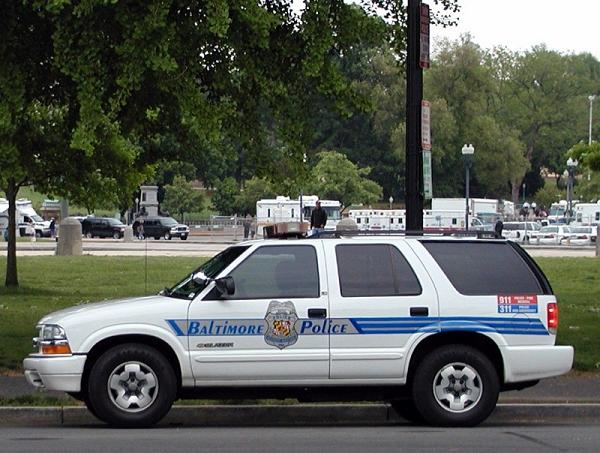

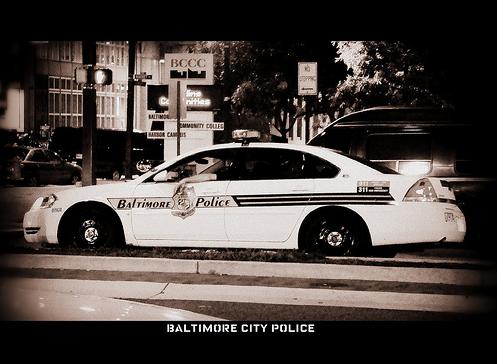
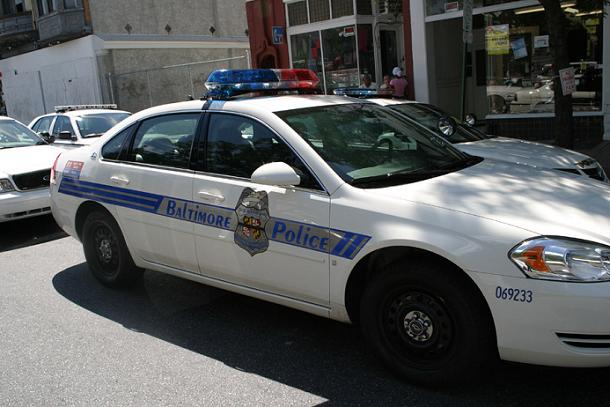
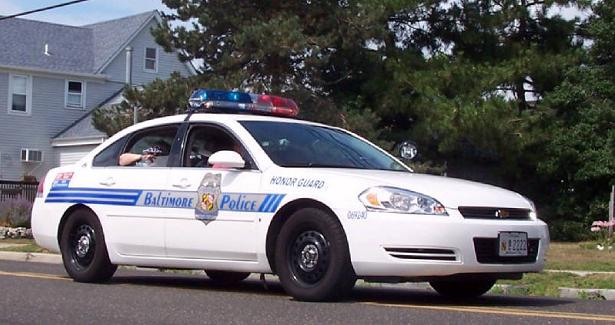
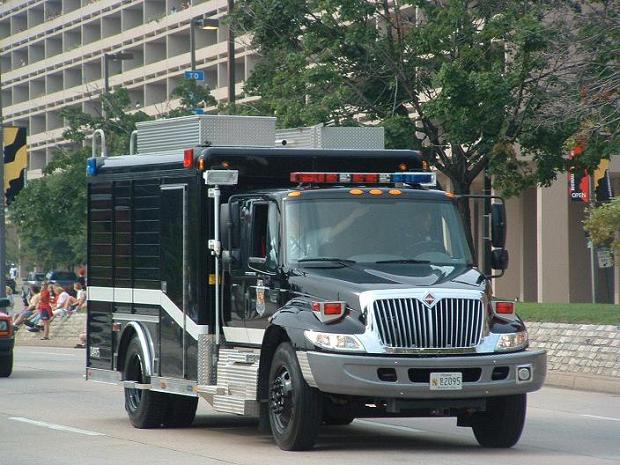
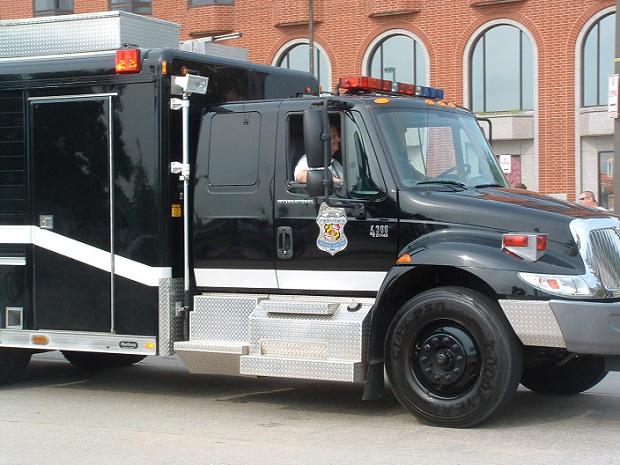
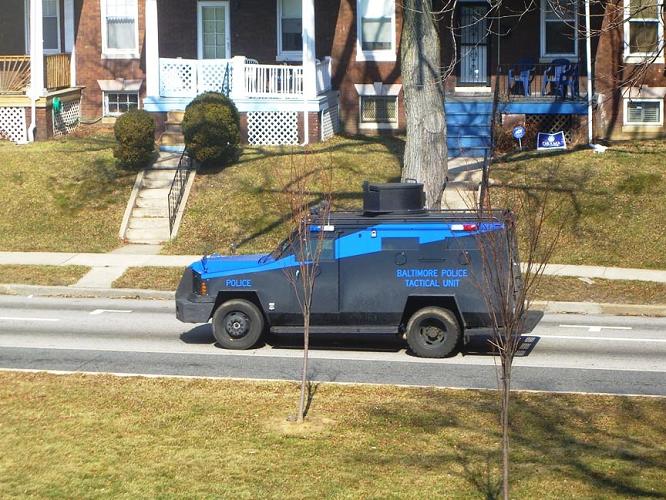

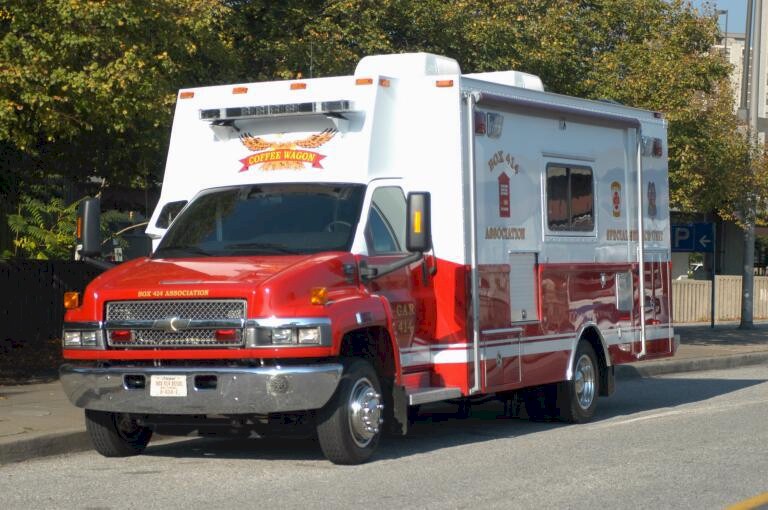
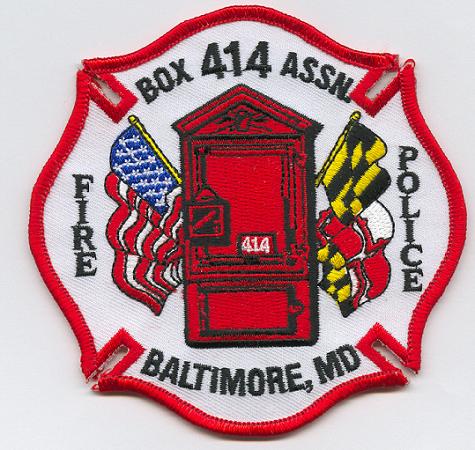
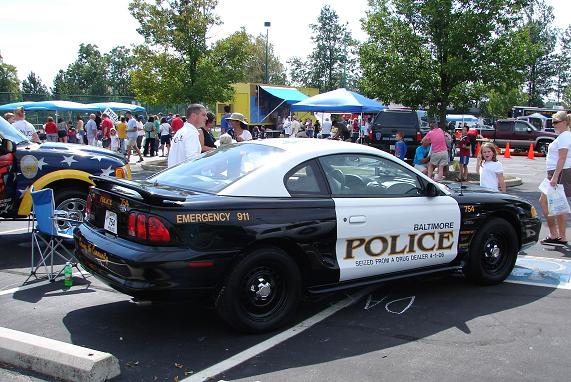 Baltimore, Ohio Police vehicle
Baltimore, Ohio Police vehicle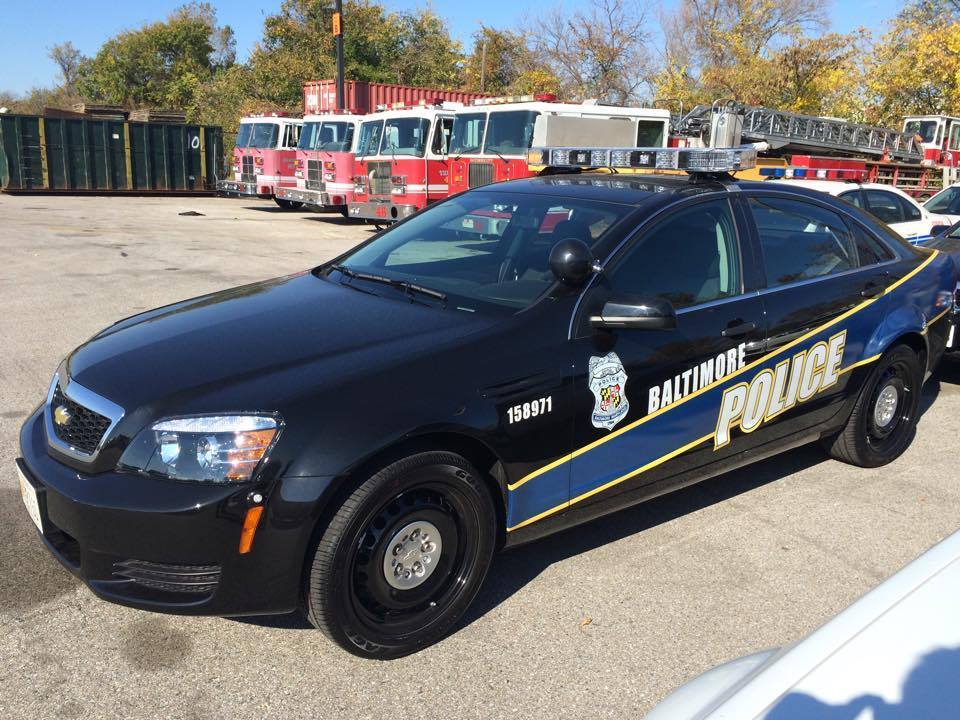
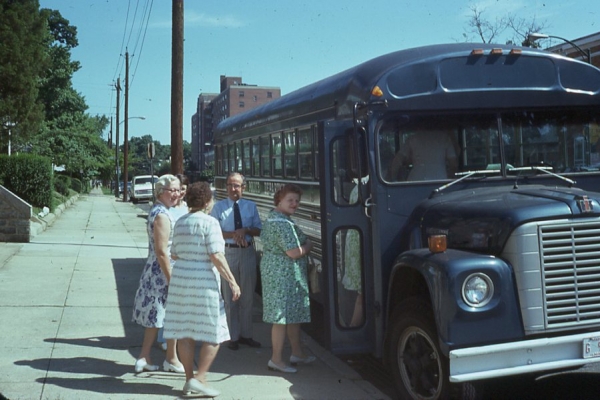
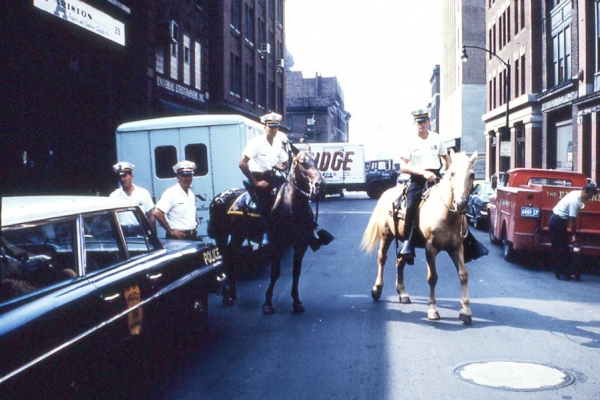

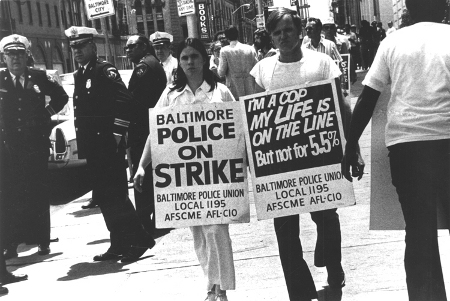
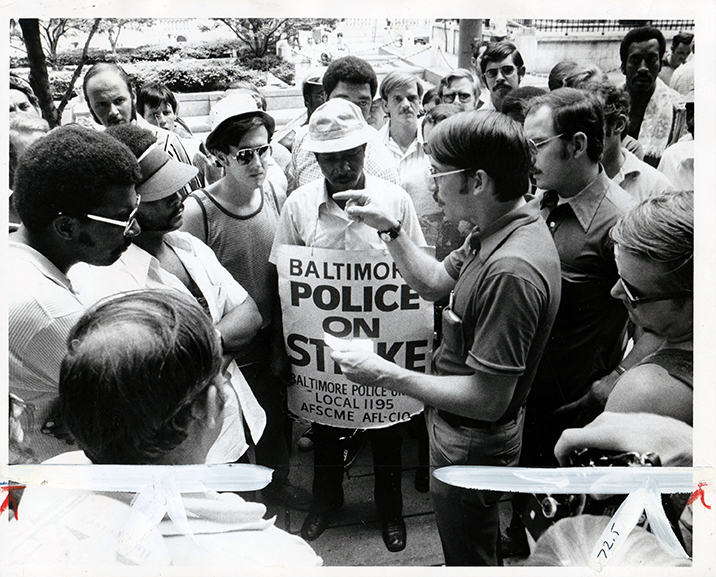

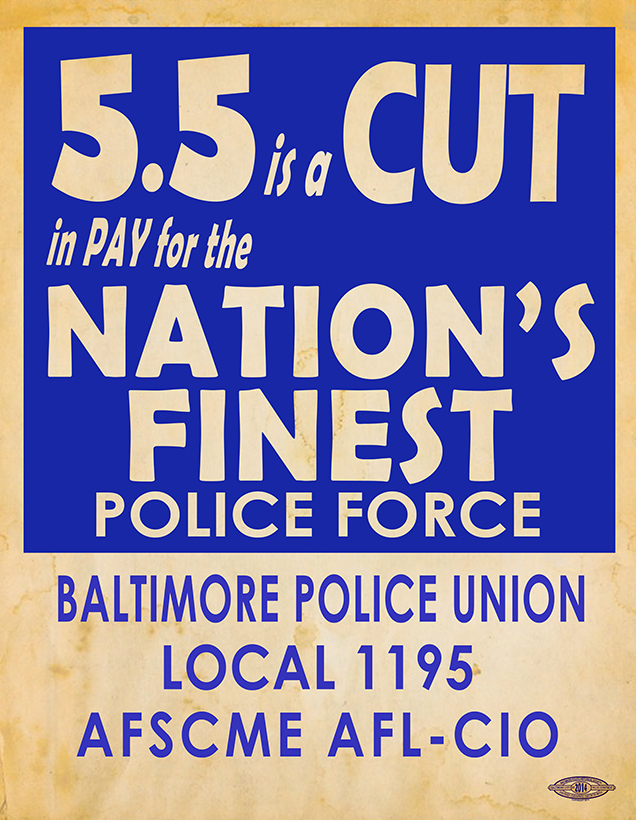
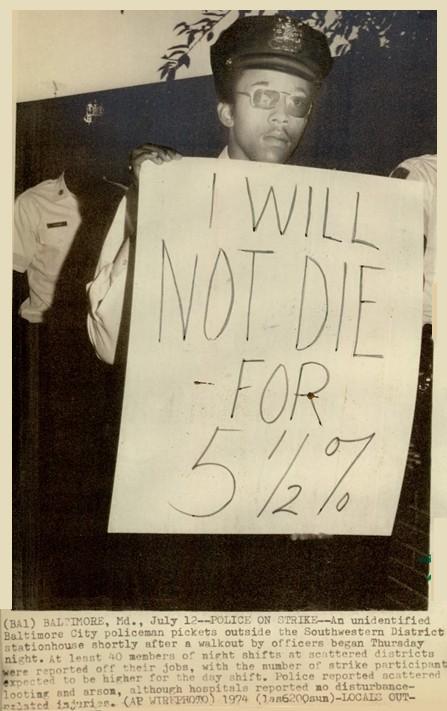
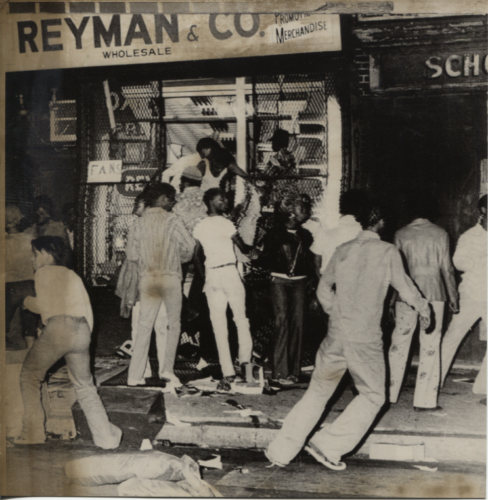
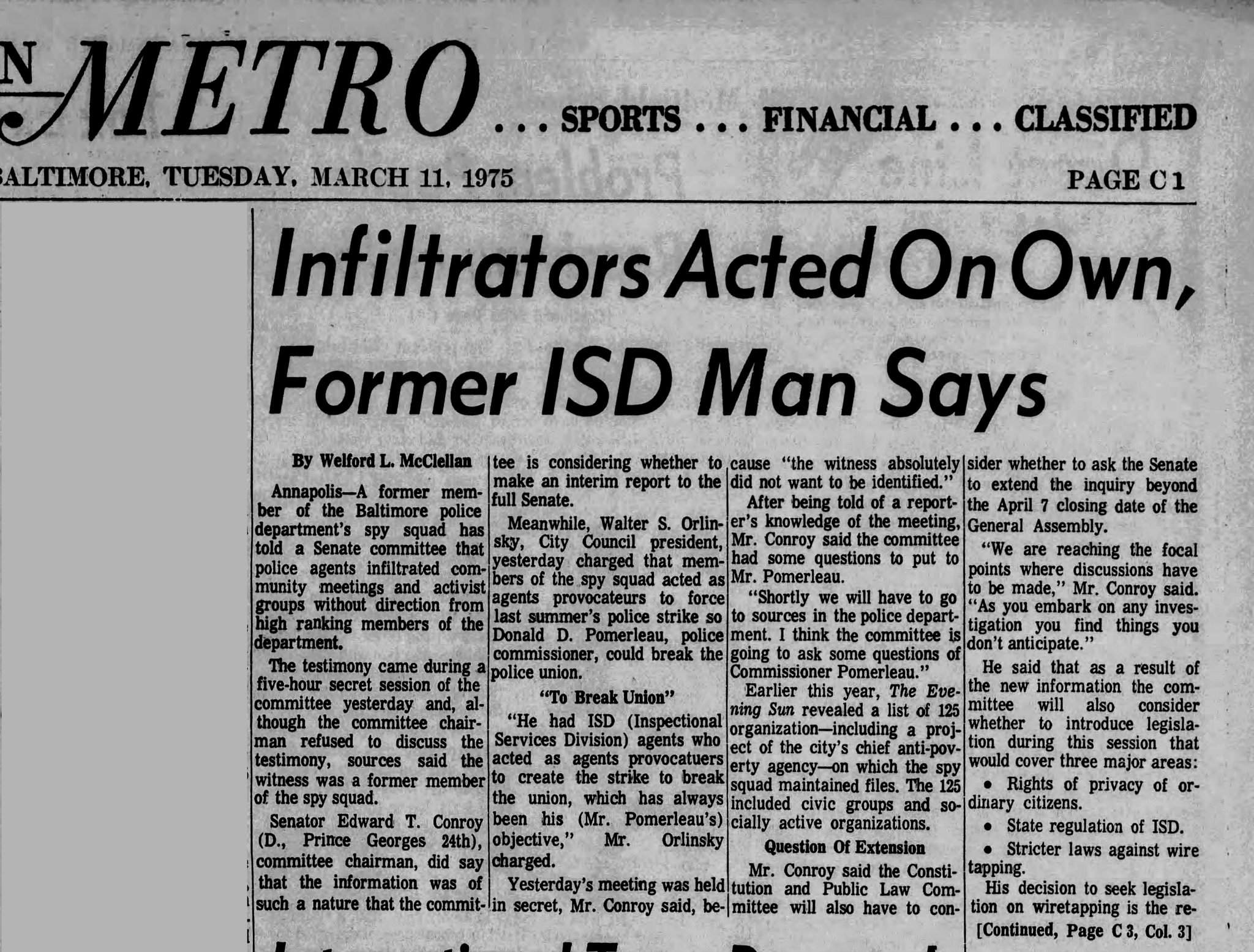
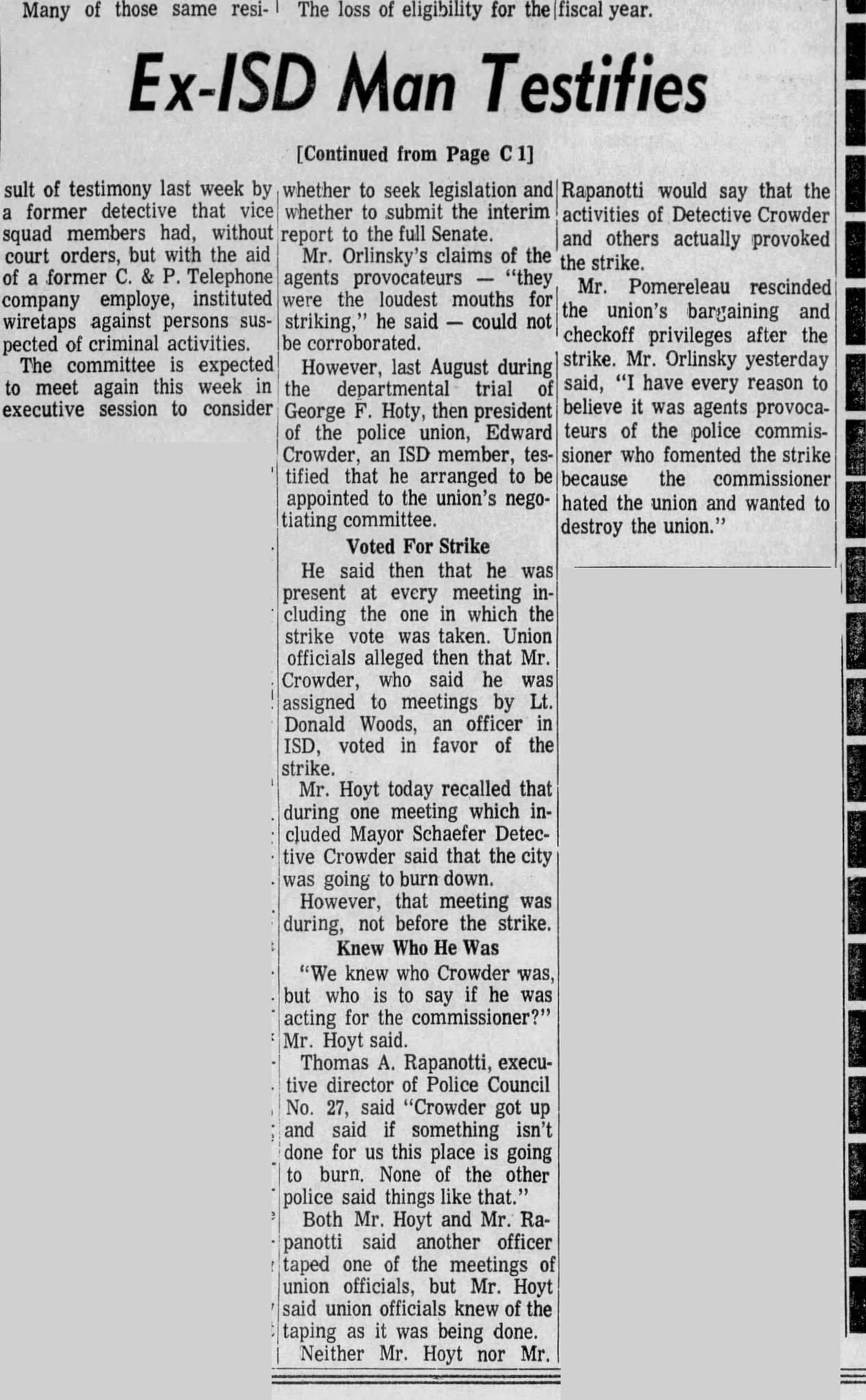
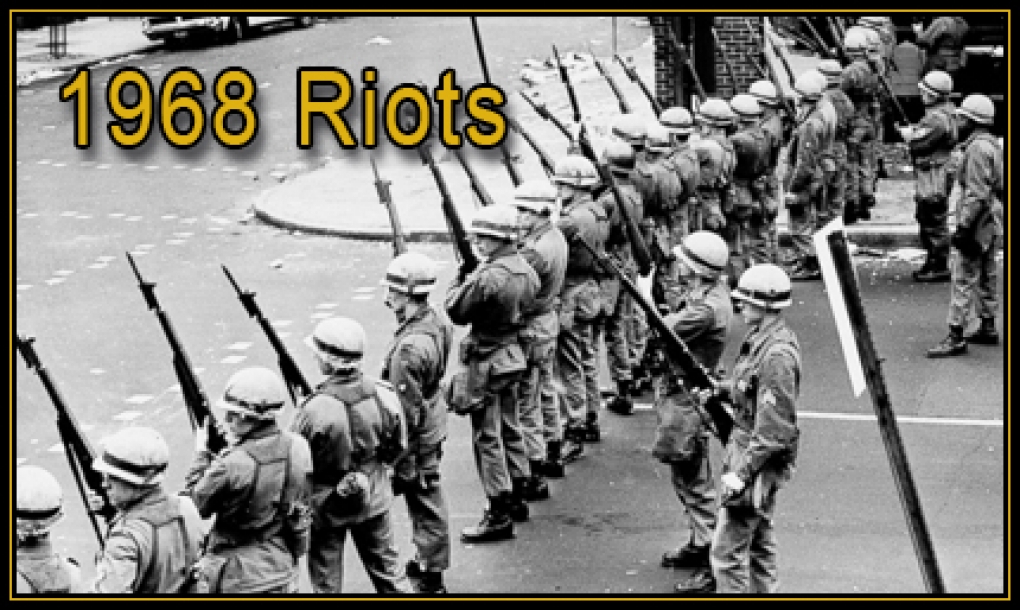
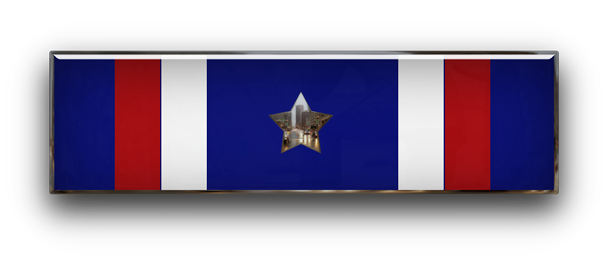
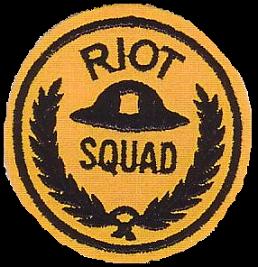

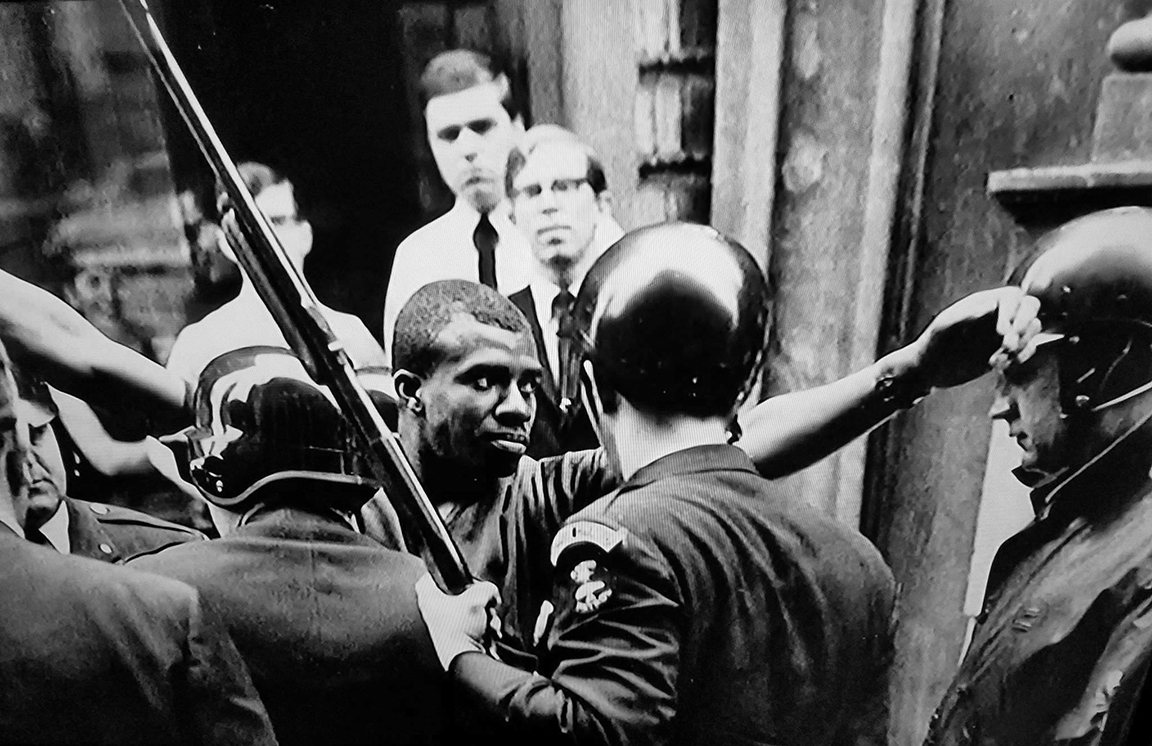


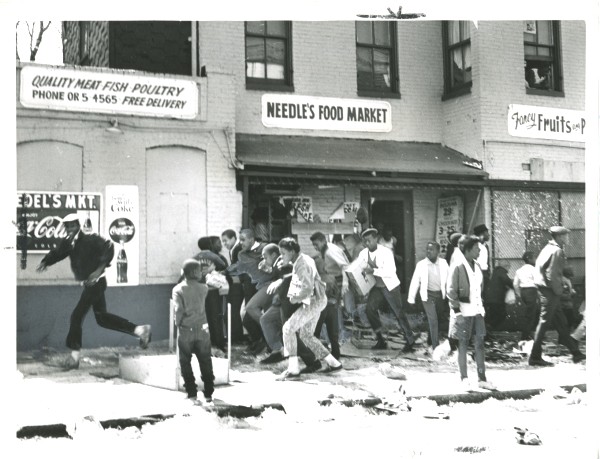
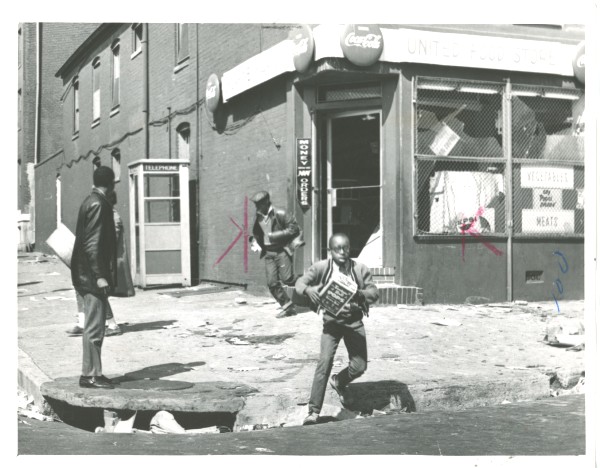


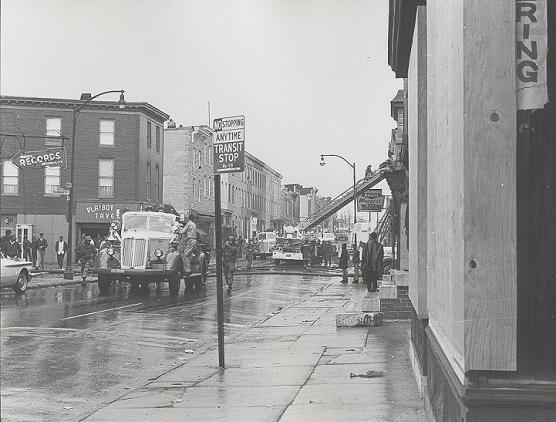
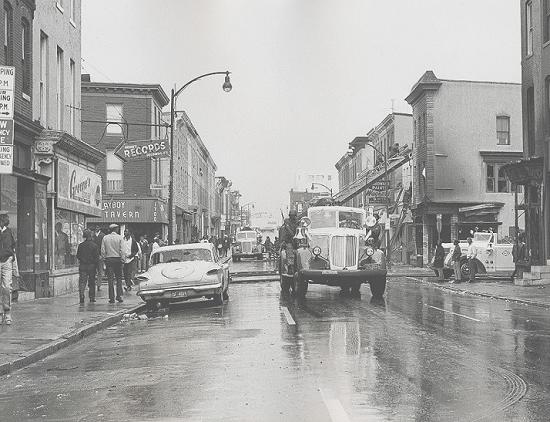
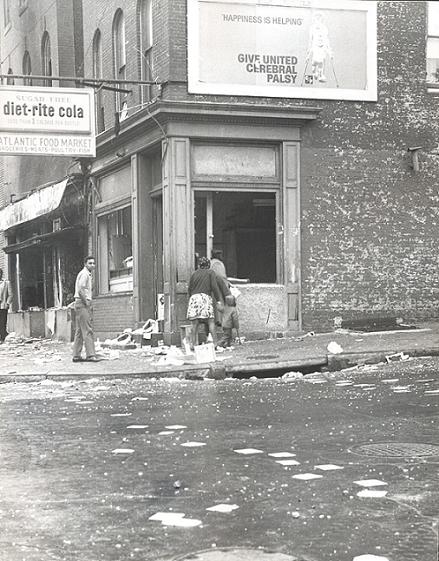
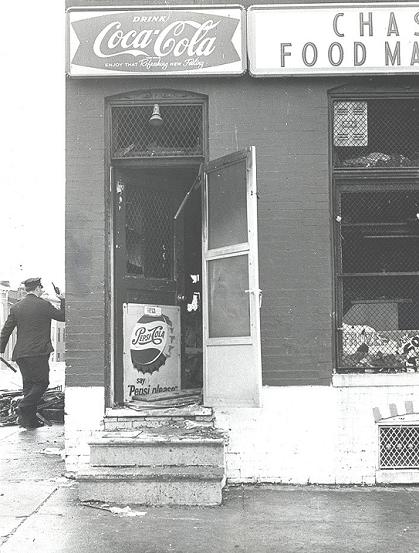

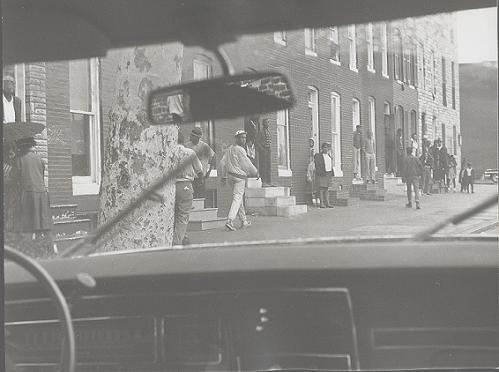

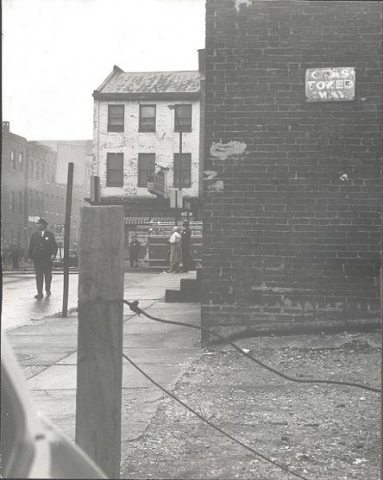
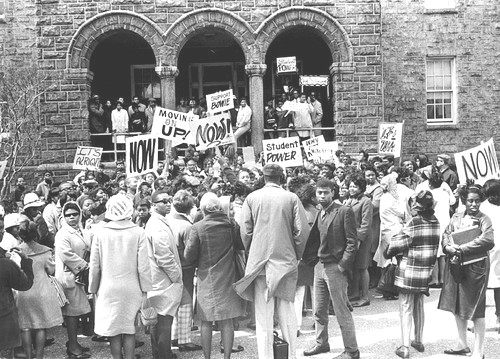 Courtesy Lt Bob Wilson
Courtesy Lt Bob Wilson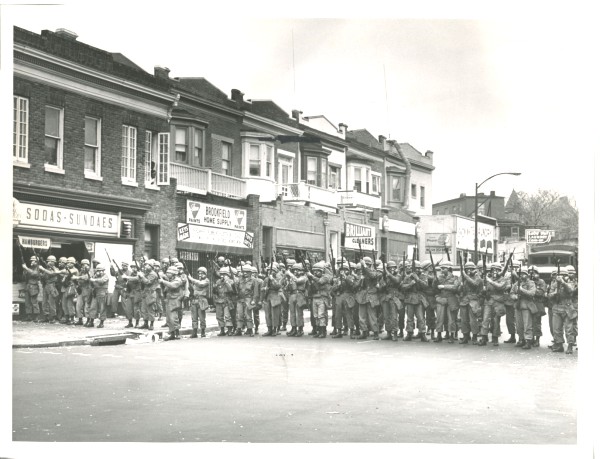 Courtesy Lt Bob Wilson
Courtesy Lt Bob Wilson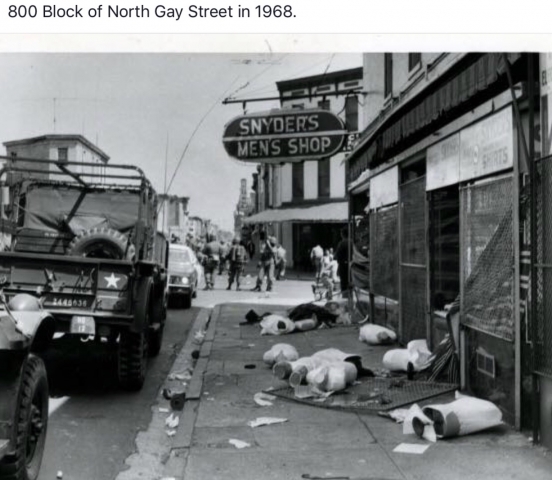 Courtesy Lt Bob Wilson
Courtesy Lt Bob Wilson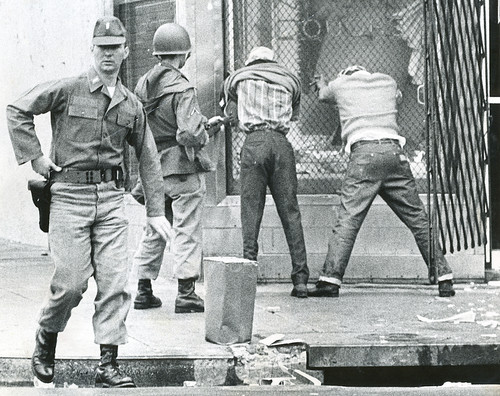 Courtesy Lt Bob Wilson
Courtesy Lt Bob Wilson 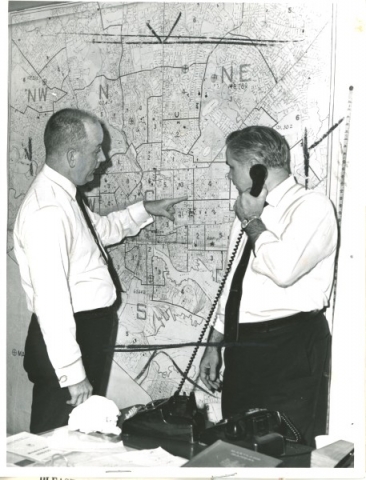 Courtesy Lt Bob Wilson
Courtesy Lt Bob Wilson  Courtesy Lt Bob Wilson
Courtesy Lt Bob Wilson 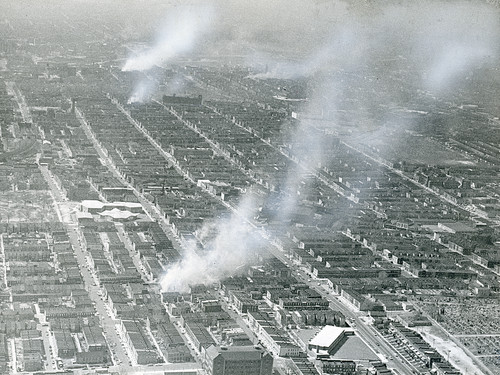 Courtesy Lt Bob Wilson
Courtesy Lt Bob Wilson 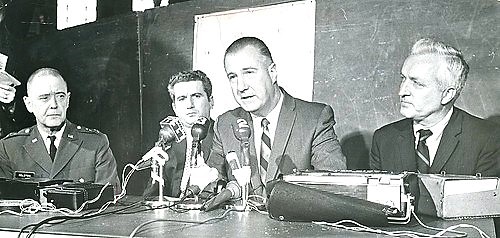 Courtesy Lt Bob Wilson
Courtesy Lt Bob Wilson 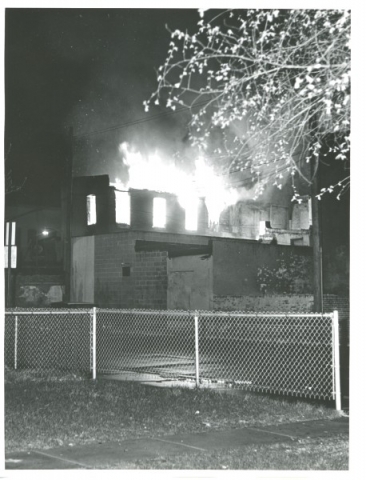 Courtesy Lt Bob Wilson
Courtesy Lt Bob Wilson 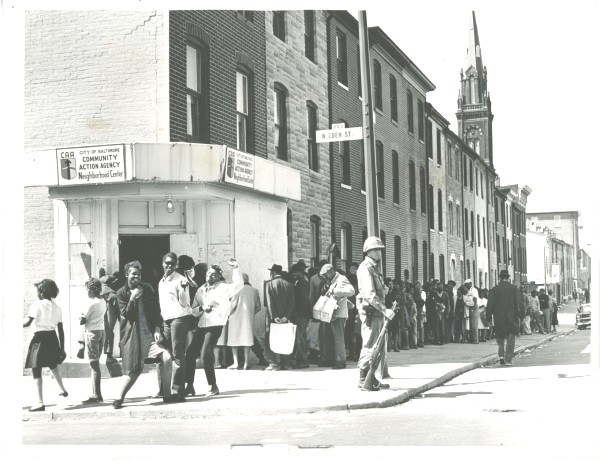 Courtesy Lt Bob Wilson
Courtesy Lt Bob Wilson
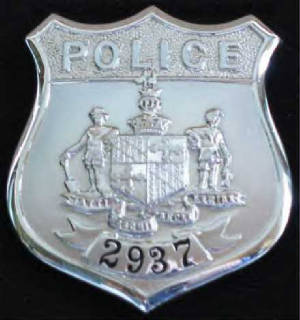

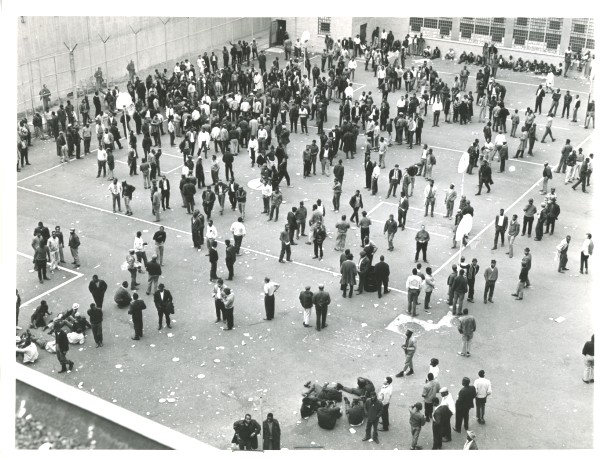
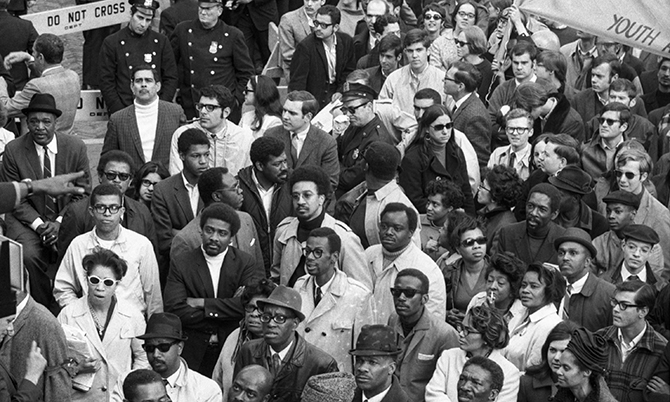
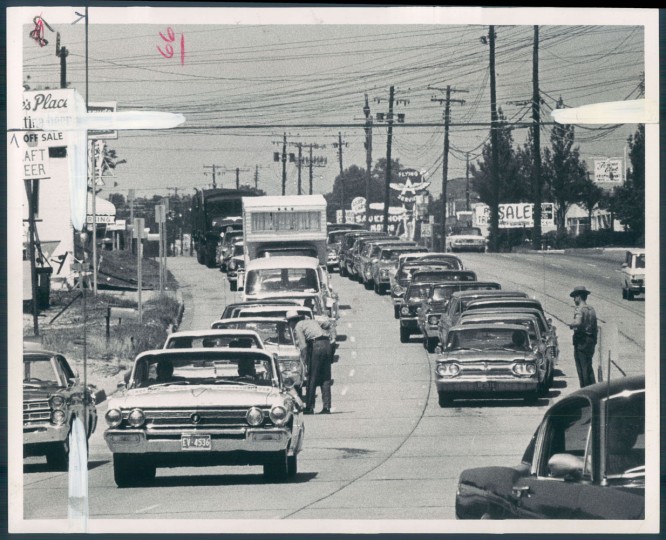

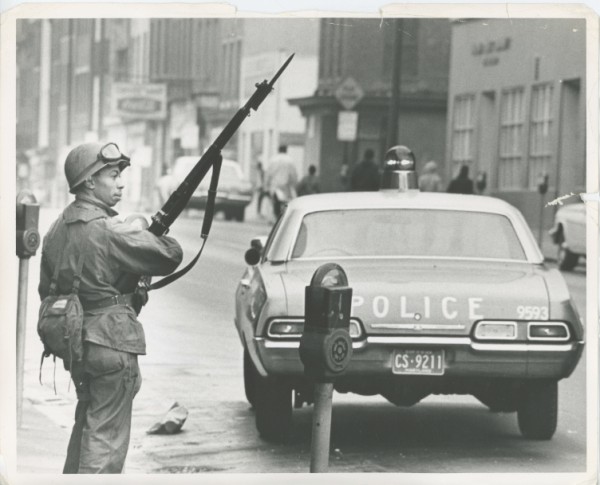
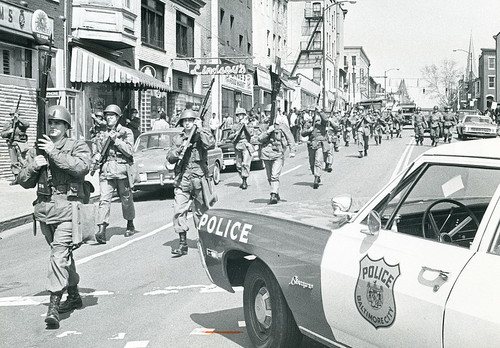
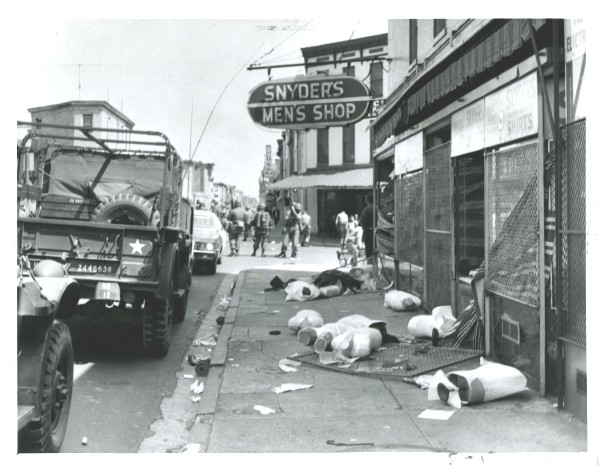
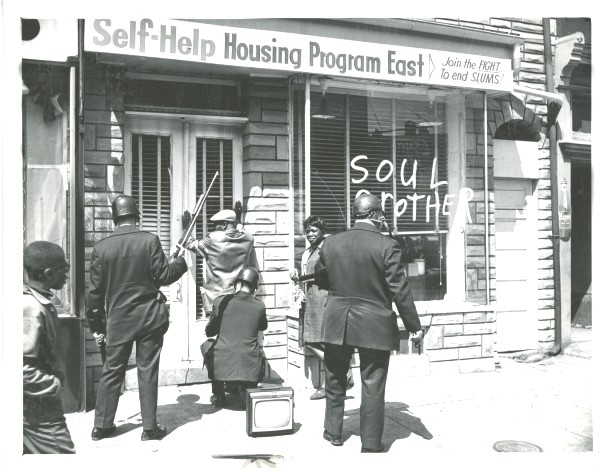
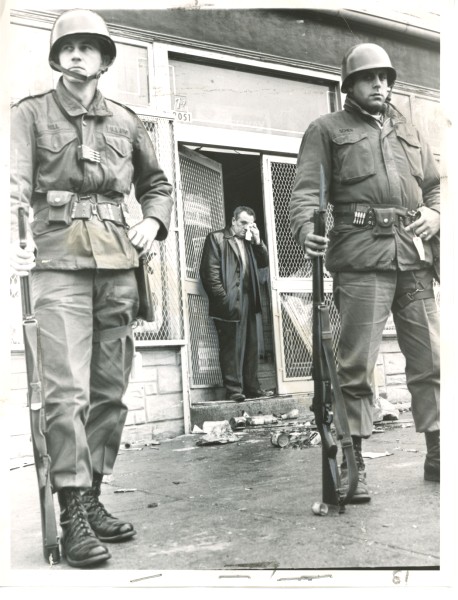
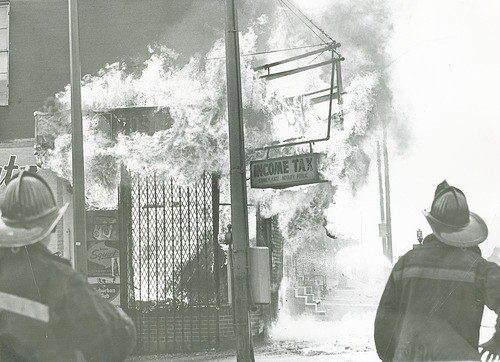
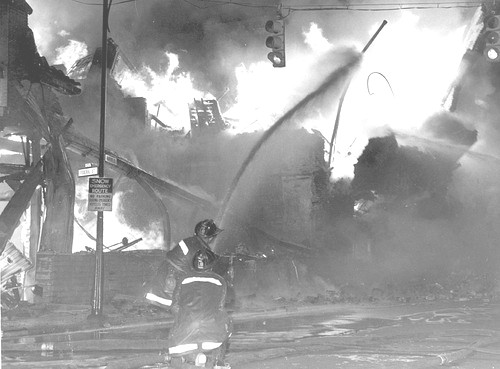

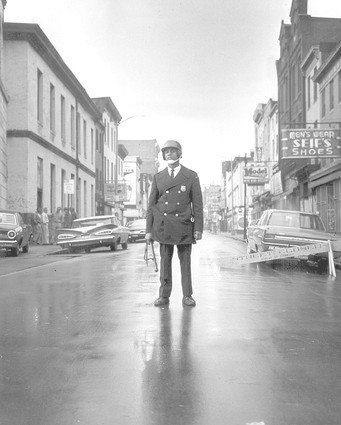
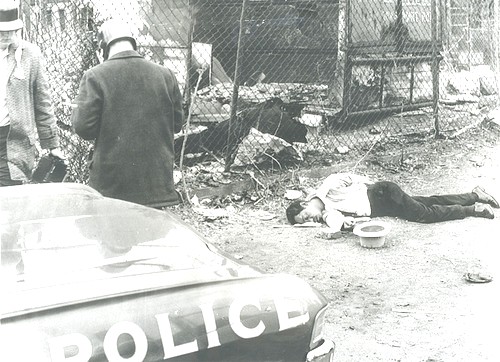
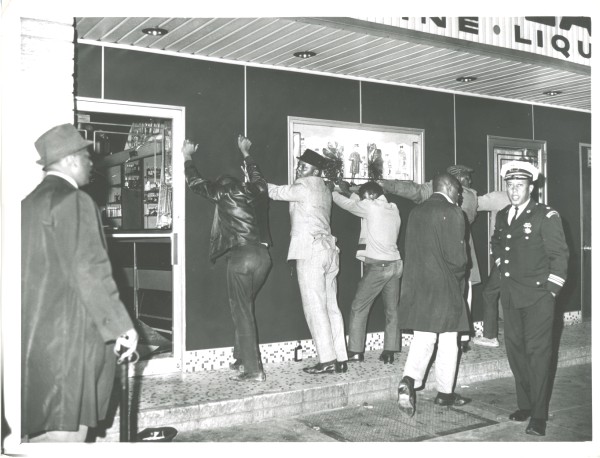
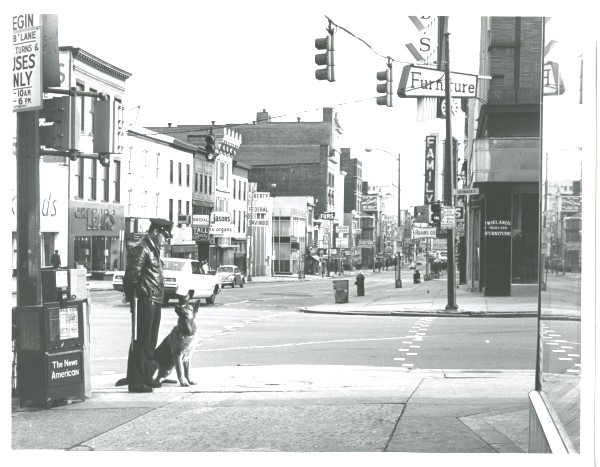
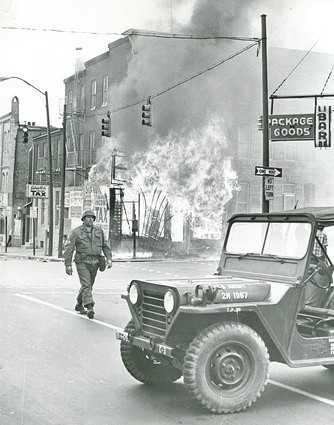
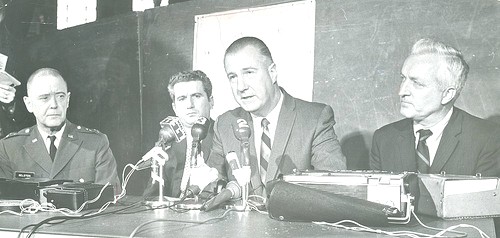

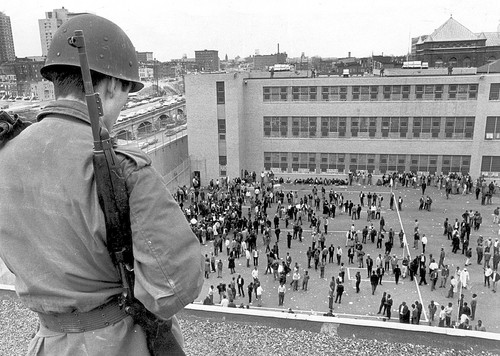
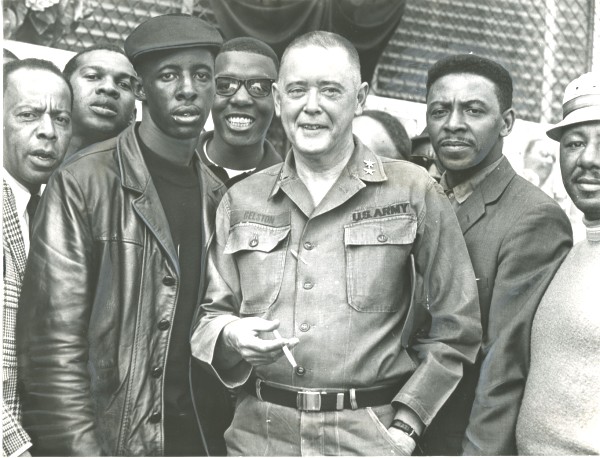

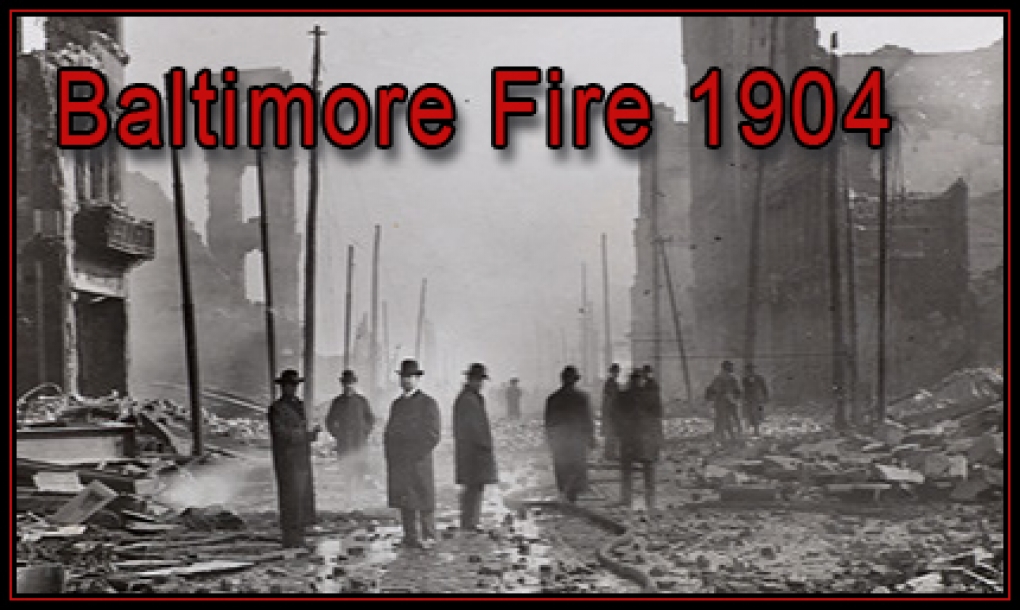

 The passage was [in fact is] so contracted that we had to go single file and with great caution. As we slowly rounded the curvature of approaching the point of exit above we notice through the narrow aperture the reflection of the flames. It seemed almost that the City Hall itself was on fire. This strange uncanny staircase, which upon that particular night had all the unpleasant tree suggested of a dungeon. It was connecting to a link between the lower region and a large circular mid dome apartment into which we emerged. This is, in reality, a great barrel 50 or more feet from its stone floor to the ceiling. The view in all directions is unobstructed through immense oblong windows extending almost from top to bottom facilitating and unhampered observation.
The passage was [in fact is] so contracted that we had to go single file and with great caution. As we slowly rounded the curvature of approaching the point of exit above we notice through the narrow aperture the reflection of the flames. It seemed almost that the City Hall itself was on fire. This strange uncanny staircase, which upon that particular night had all the unpleasant tree suggested of a dungeon. It was connecting to a link between the lower region and a large circular mid dome apartment into which we emerged. This is, in reality, a great barrel 50 or more feet from its stone floor to the ceiling. The view in all directions is unobstructed through immense oblong windows extending almost from top to bottom facilitating and unhampered observation. see how the city could ever recover. Think of the vastness of the destruction: from liberty Street on the west, Jones falls on the East, Charles and Lexington streets on the north, with all the buildings on the south side of Lexington Street to St. Paul Street, either going or gone, and a great battle staged on St. Paul Street to save the courthouse. Which was next in the past of the destroyer – that was the appalling situation 17 February 1904. It is beyond the imagination to picture 140 acres of a compact city like Baltimore burning or wrecked. It was terrifying to realize that there was practically no limit to which the fire fiend. Now on harnessed, might you go, it seemed as a look down upon it that the fire would take it’s course to the whole of East Baltimore contagious to the waterfront and burn, burn, burn until open country was reached. And so I am convinced it would. Had not it’s course been stayed by that filthy stream, the Jones Falls.
see how the city could ever recover. Think of the vastness of the destruction: from liberty Street on the west, Jones falls on the East, Charles and Lexington streets on the north, with all the buildings on the south side of Lexington Street to St. Paul Street, either going or gone, and a great battle staged on St. Paul Street to save the courthouse. Which was next in the past of the destroyer – that was the appalling situation 17 February 1904. It is beyond the imagination to picture 140 acres of a compact city like Baltimore burning or wrecked. It was terrifying to realize that there was practically no limit to which the fire fiend. Now on harnessed, might you go, it seemed as a look down upon it that the fire would take it’s course to the whole of East Baltimore contagious to the waterfront and burn, burn, burn until open country was reached. And so I am convinced it would. Had not it’s course been stayed by that filthy stream, the Jones Falls.



















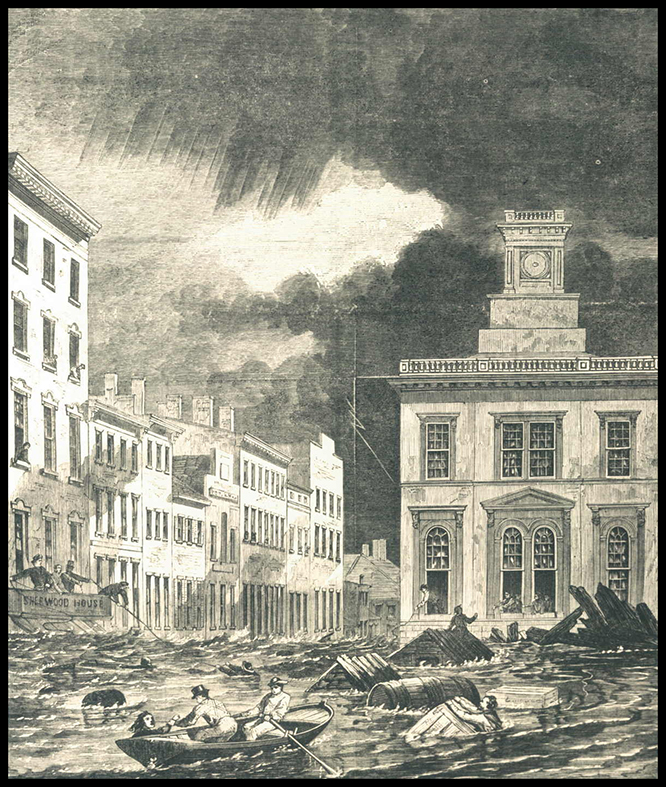
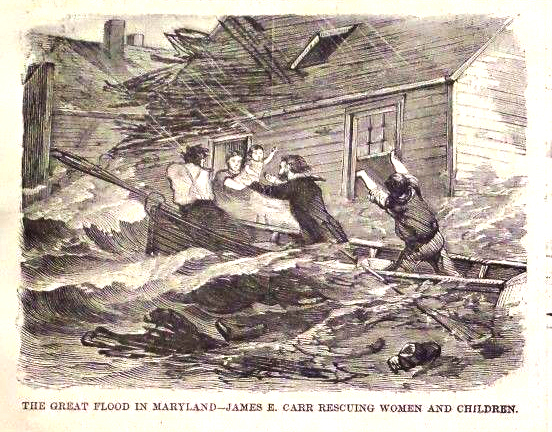

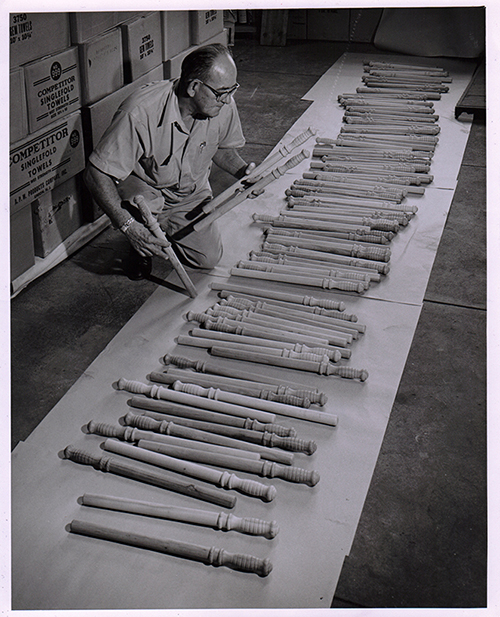
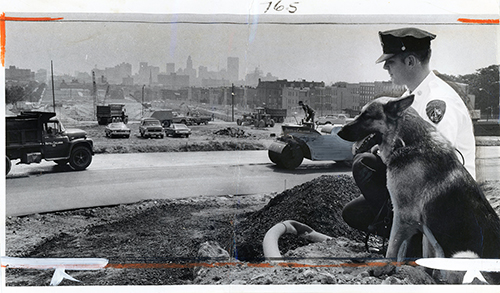
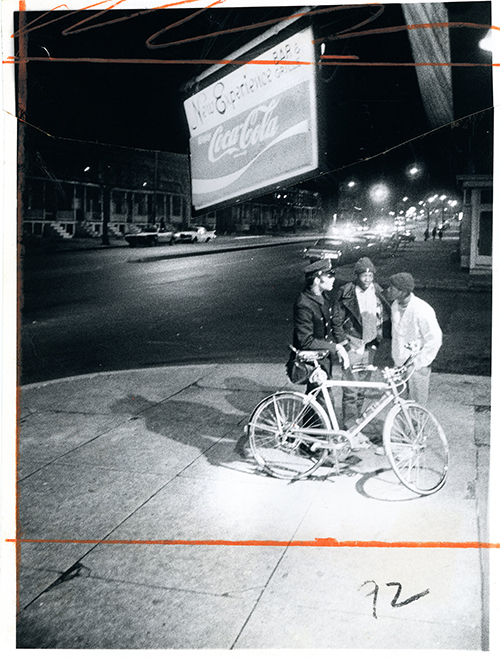
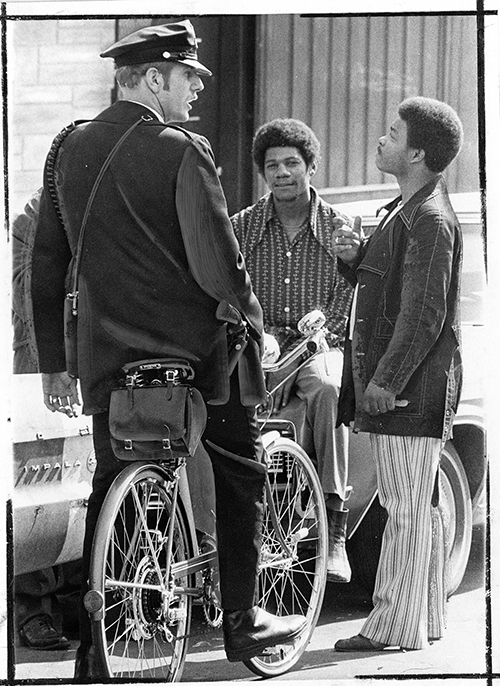
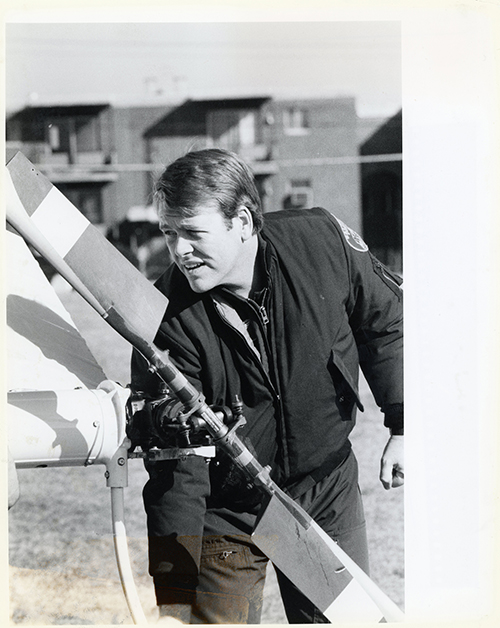
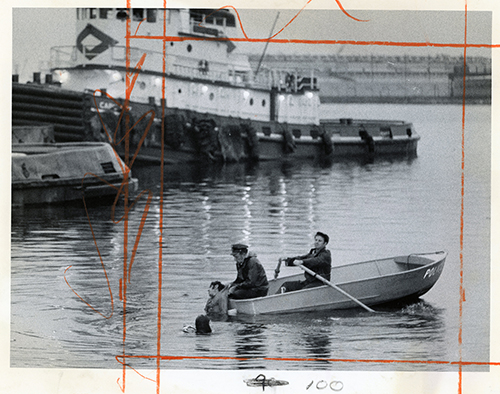

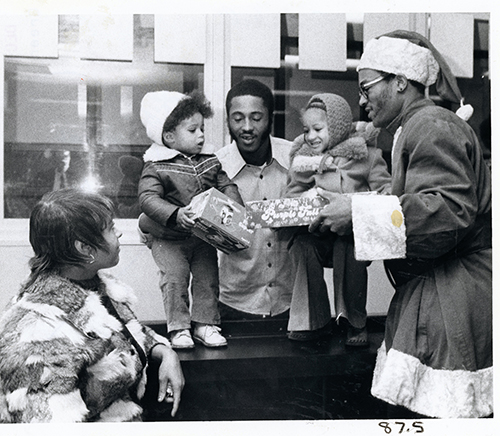
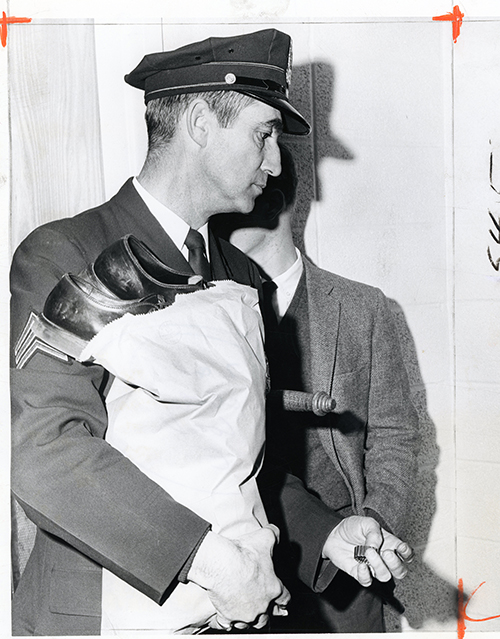
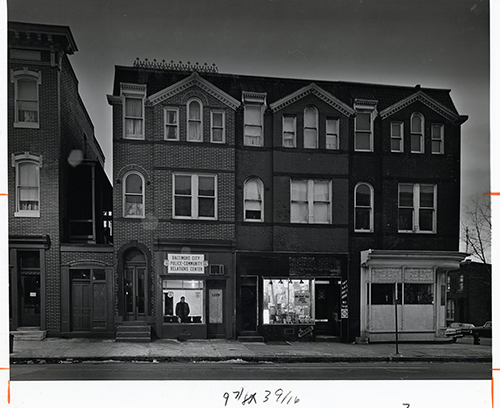
 Decency Rally 20 April 1969
Decency Rally 20 April 1969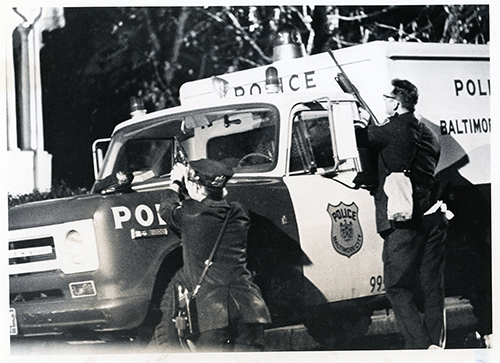
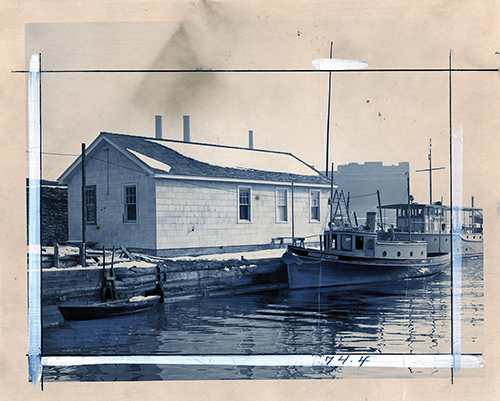
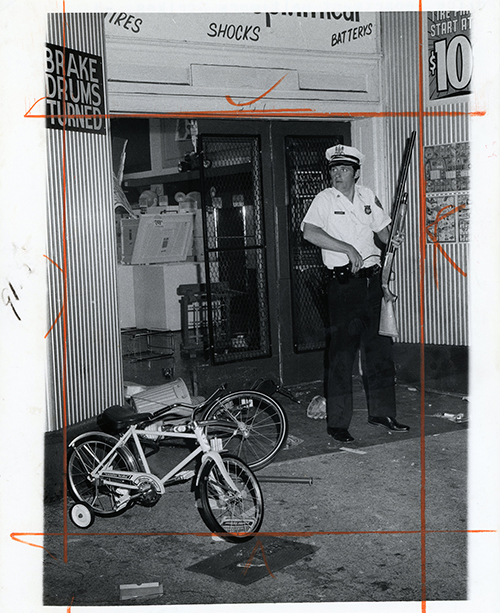

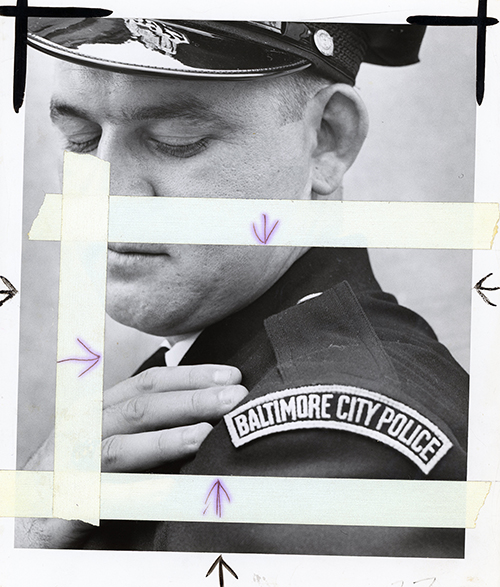
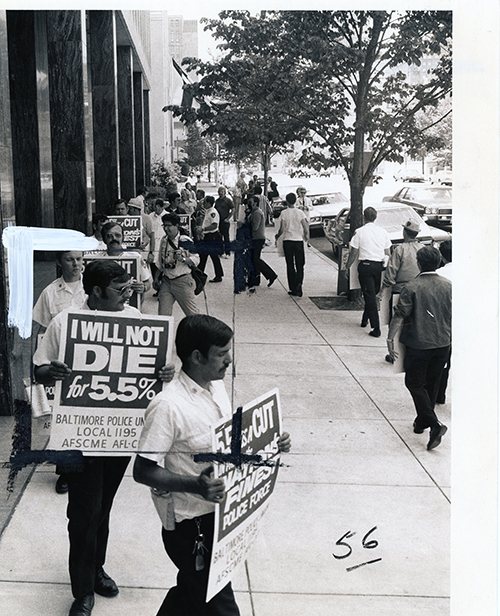
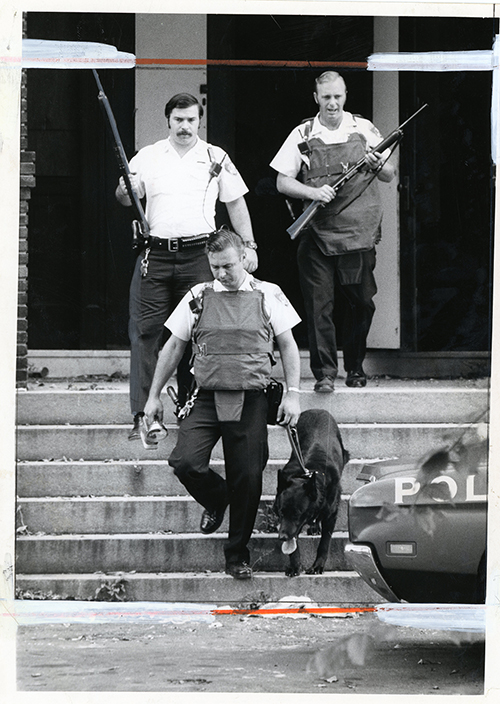
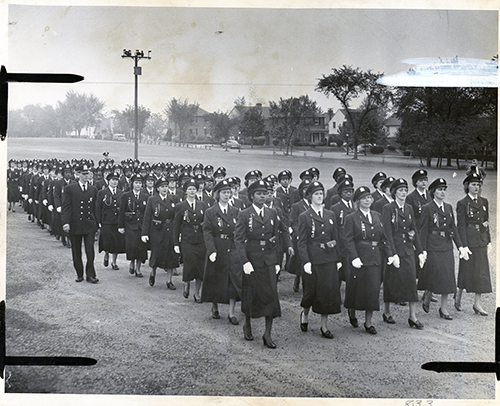
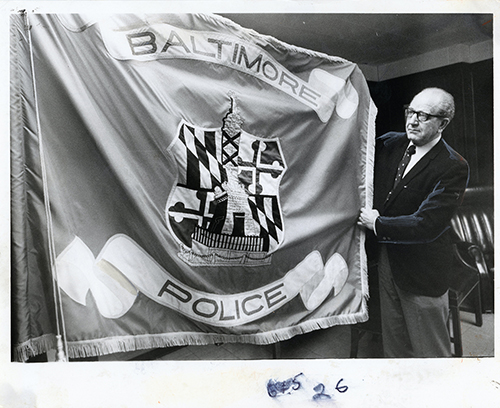
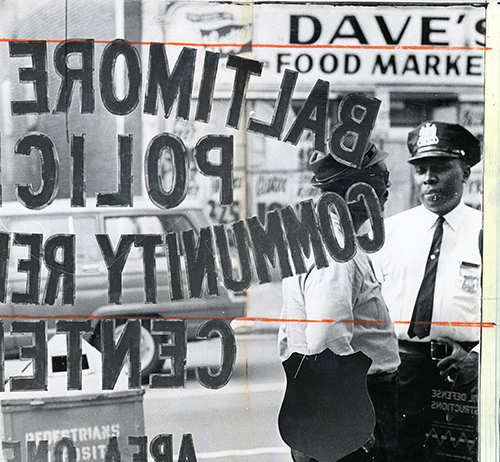
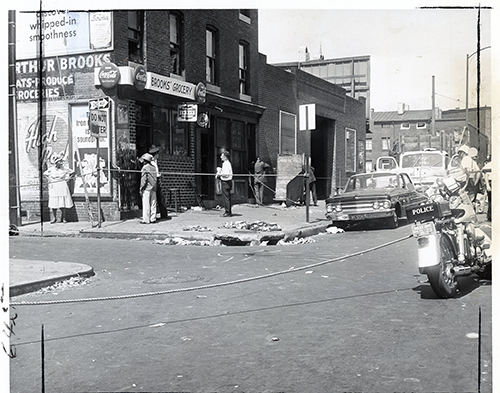
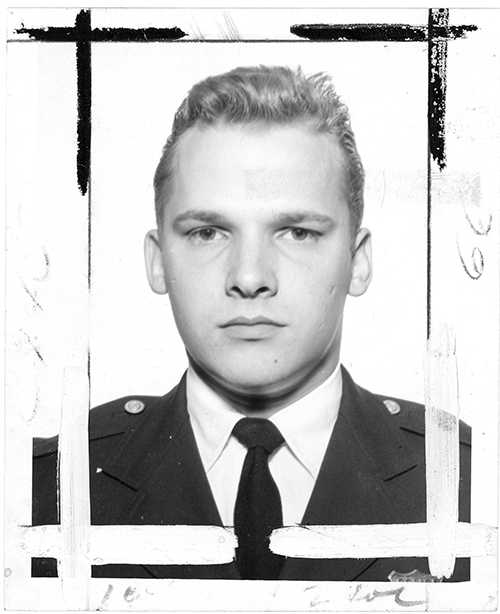

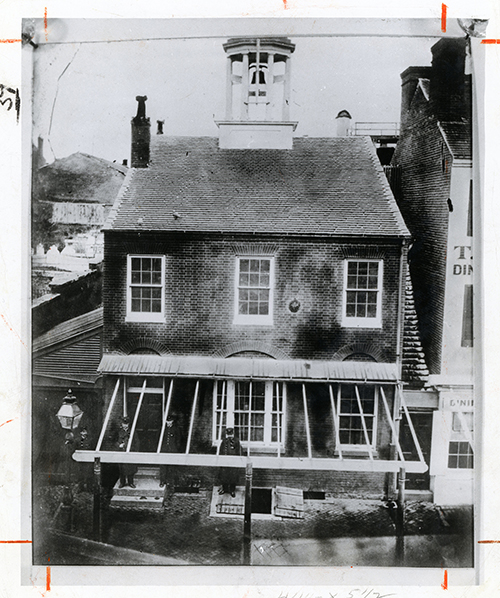
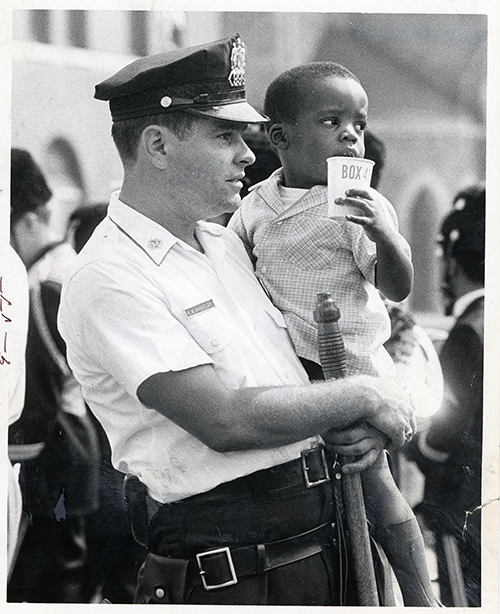

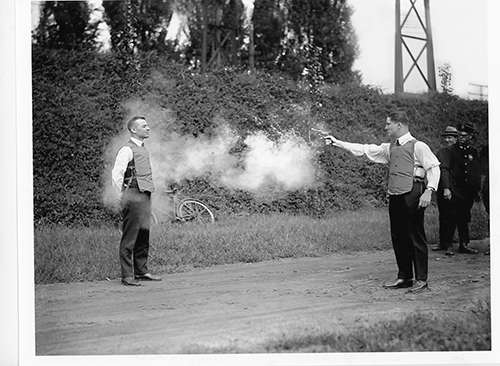
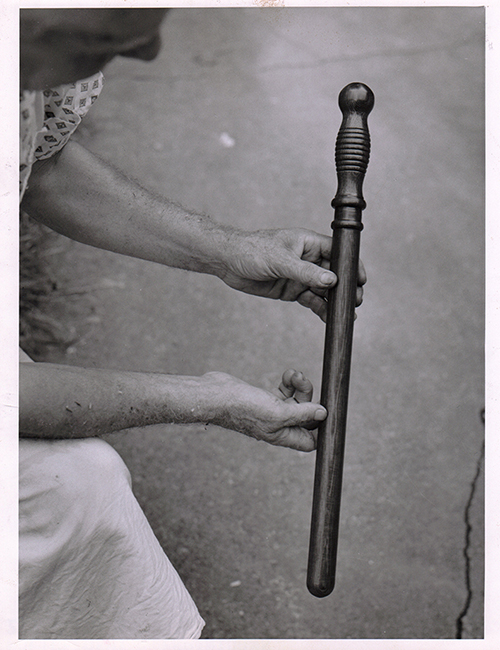
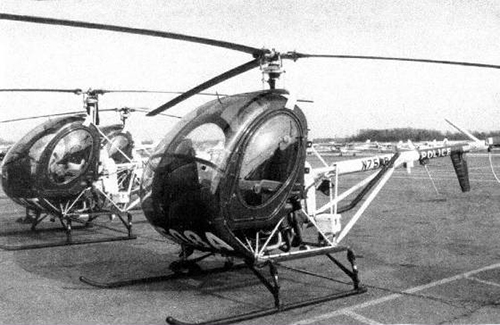

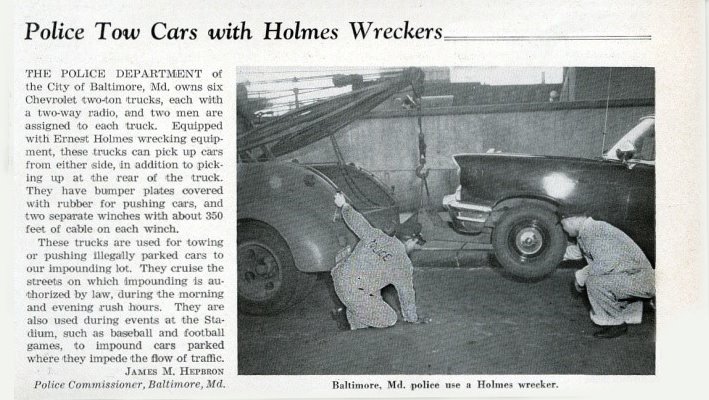
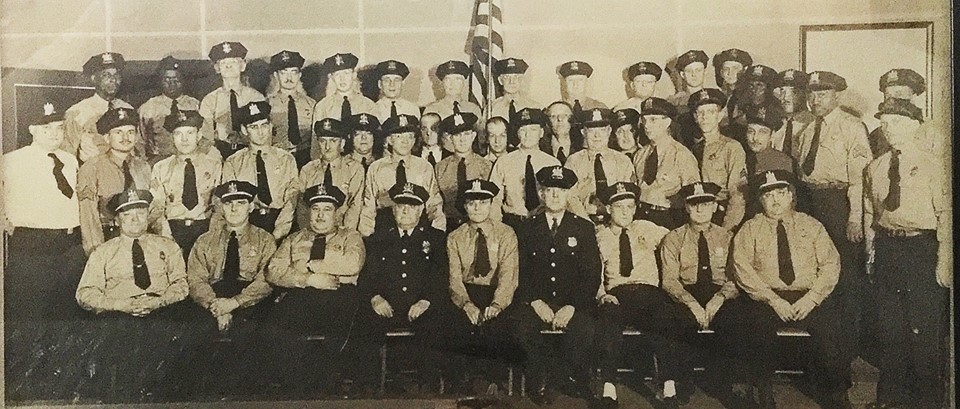
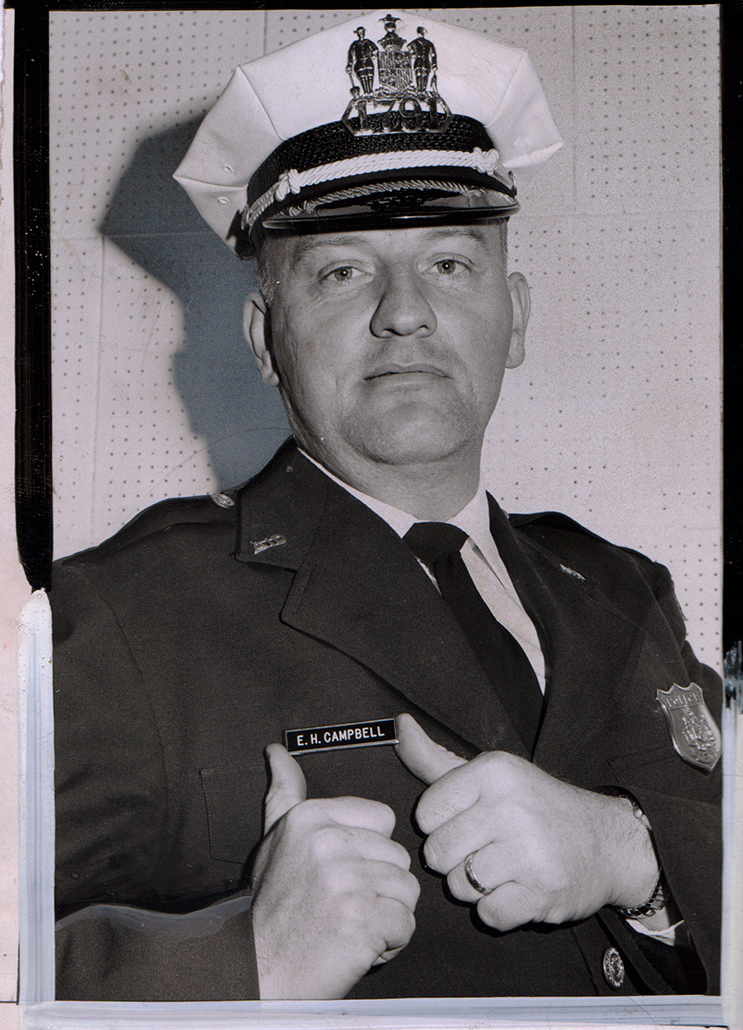

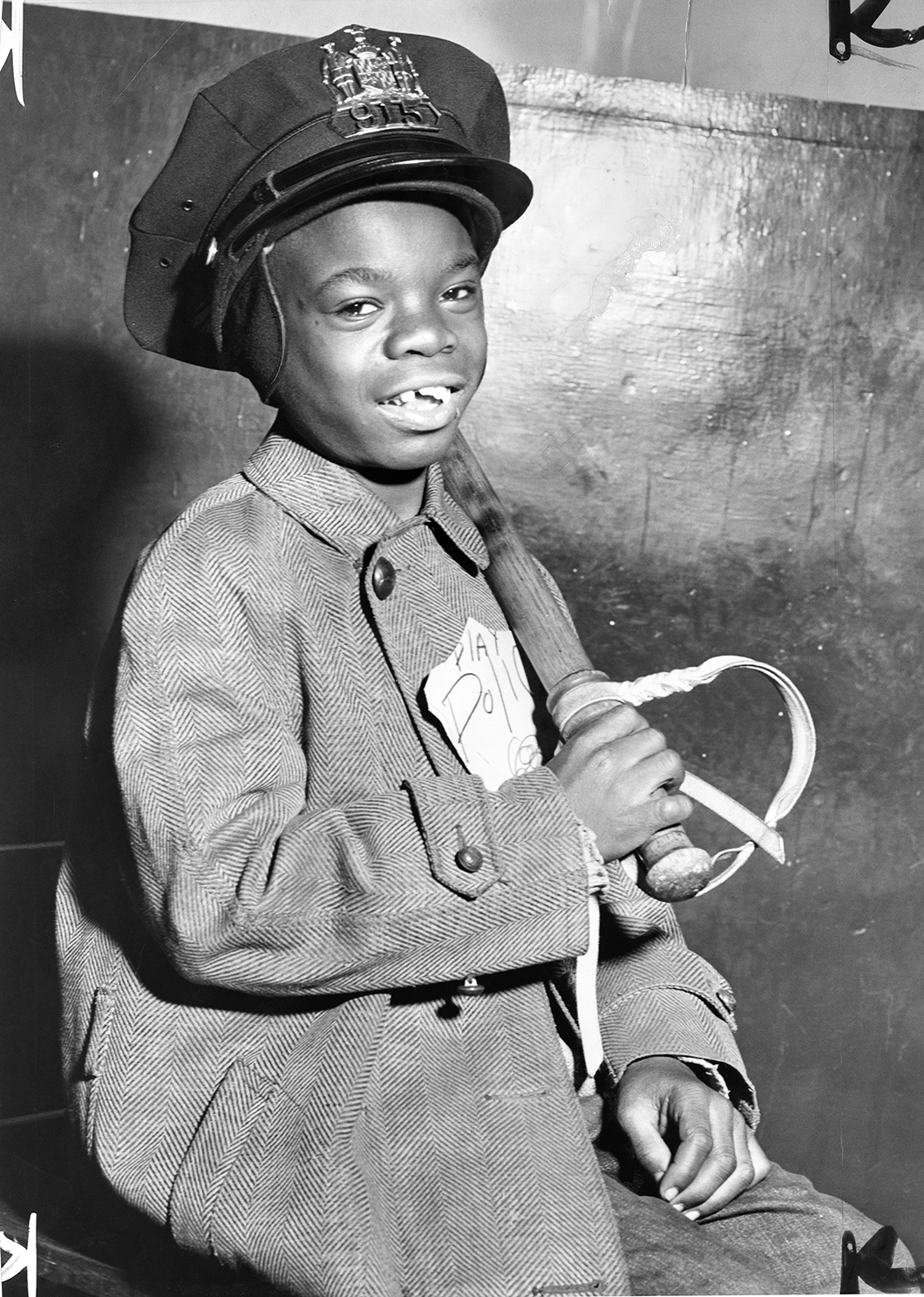
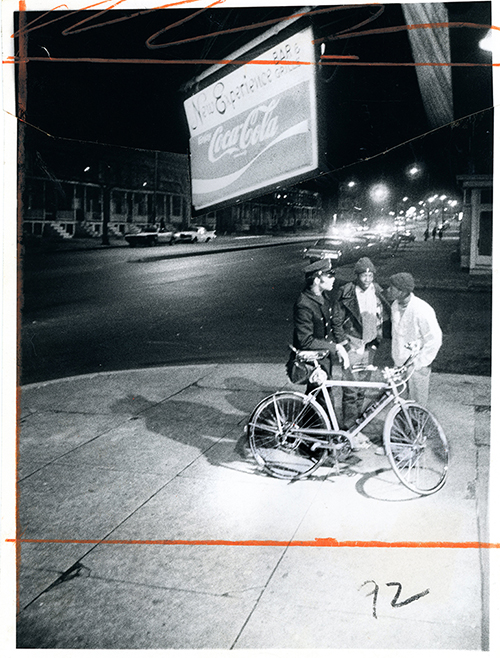


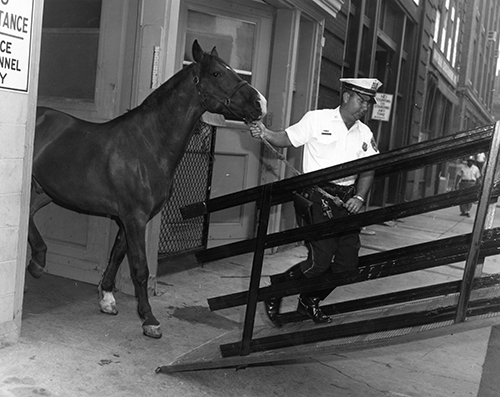
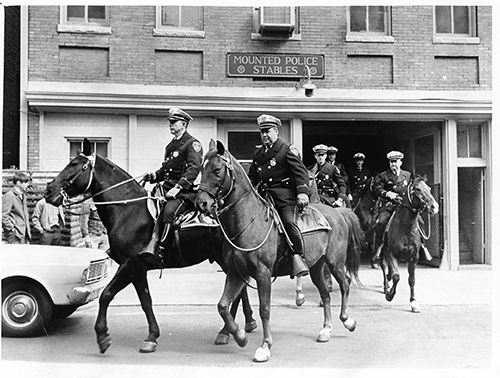
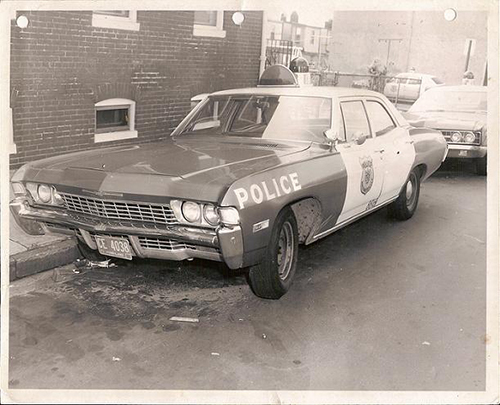
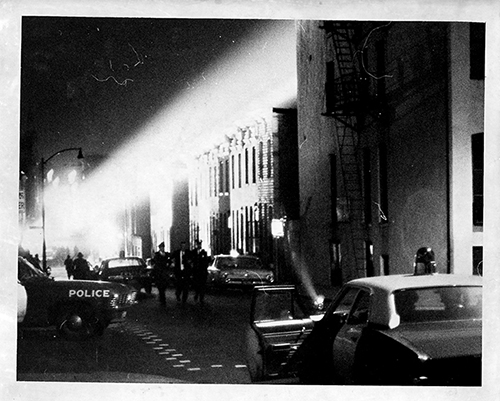

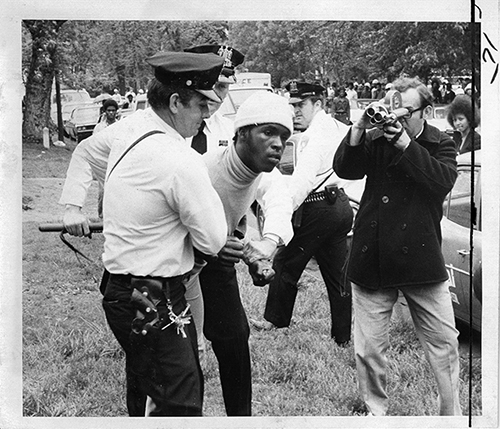

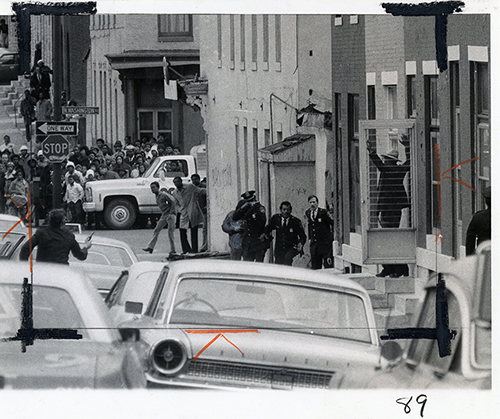
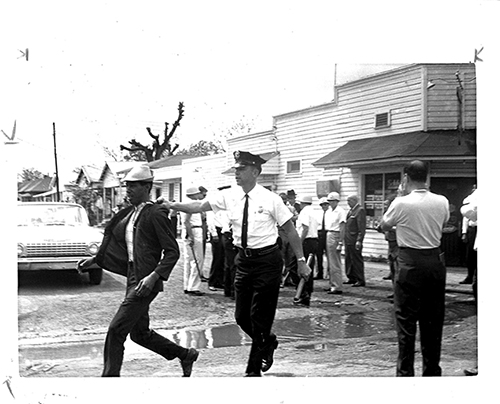
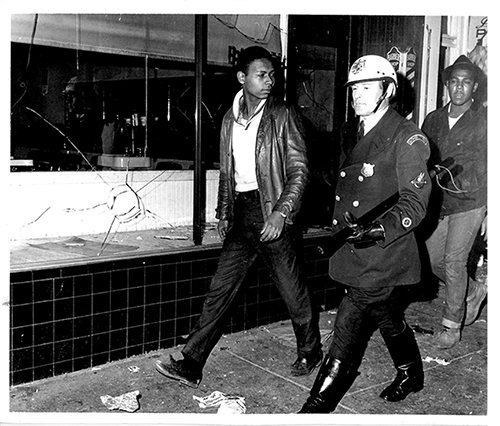
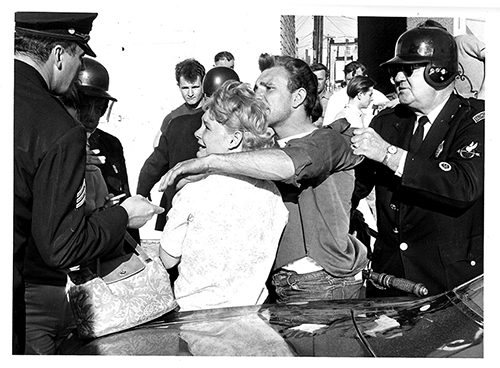
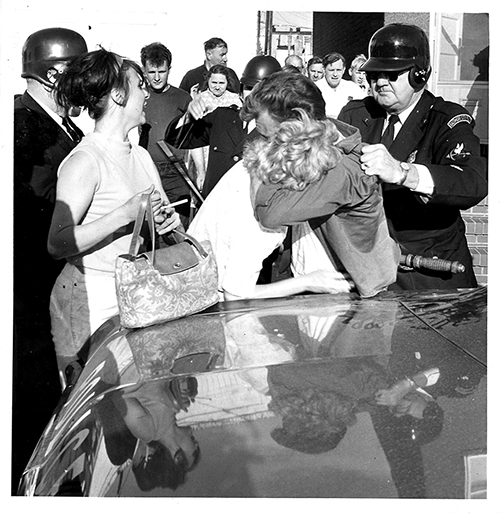

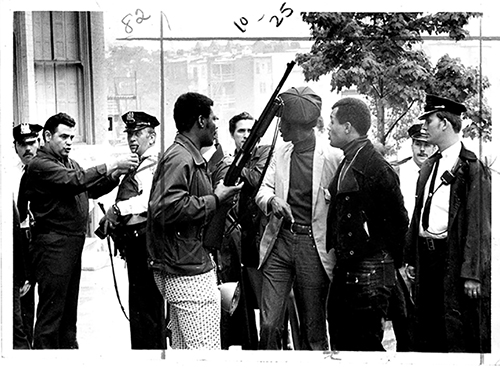
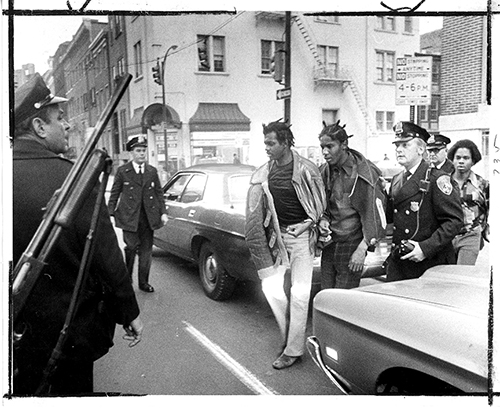
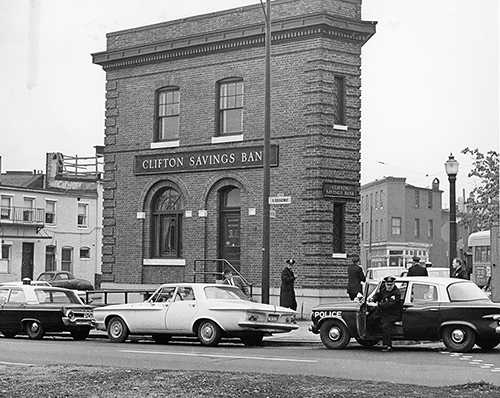
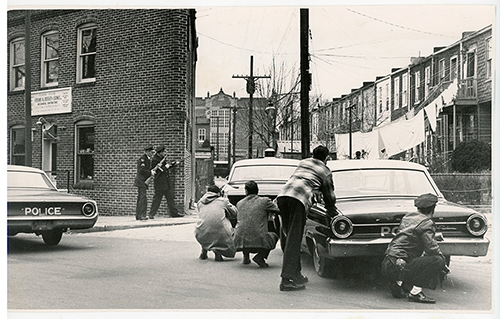
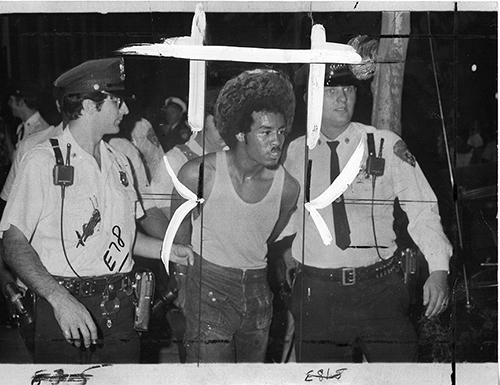
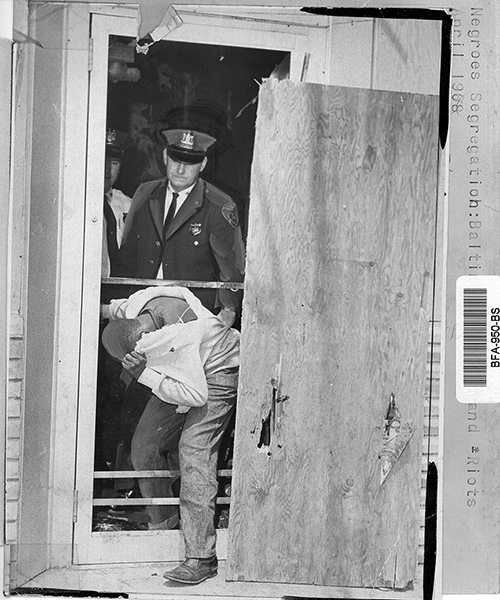
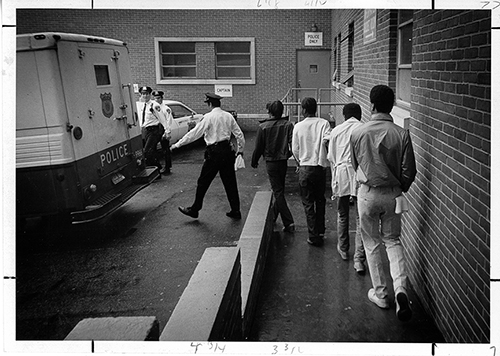
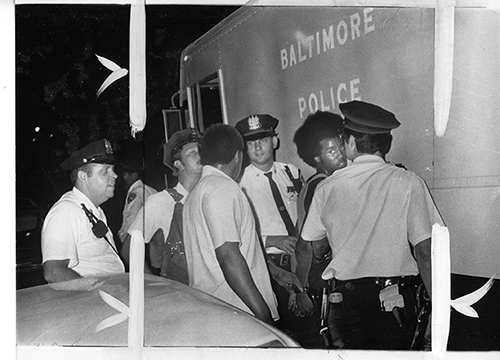
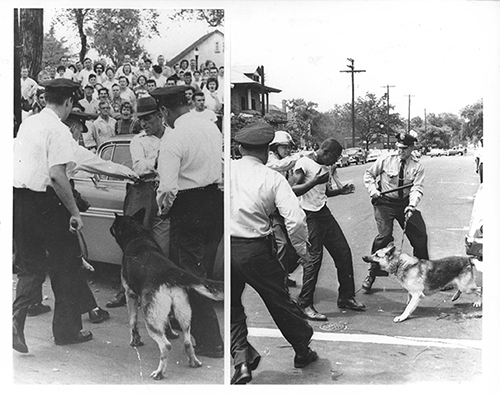

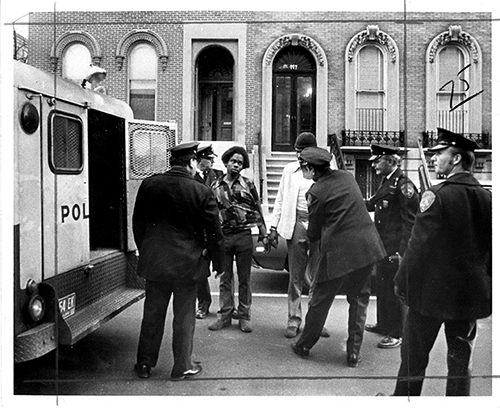
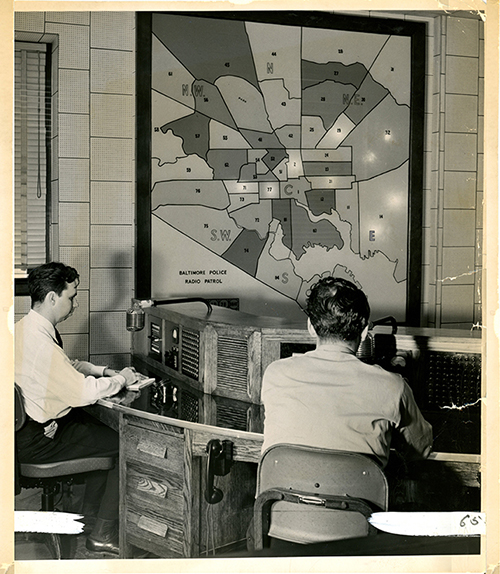
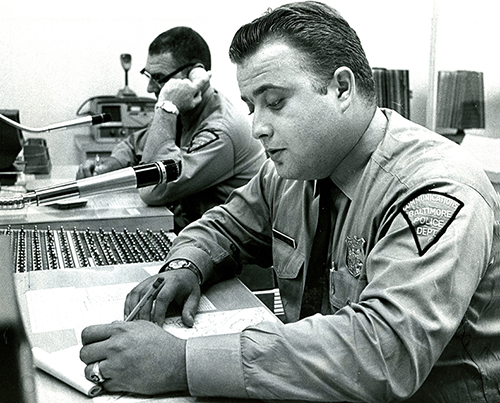

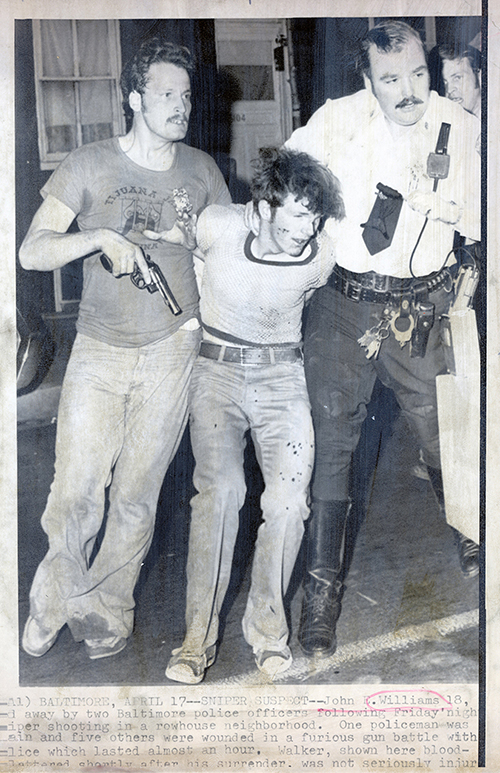
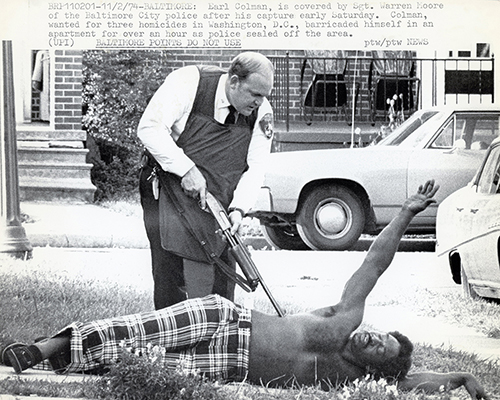
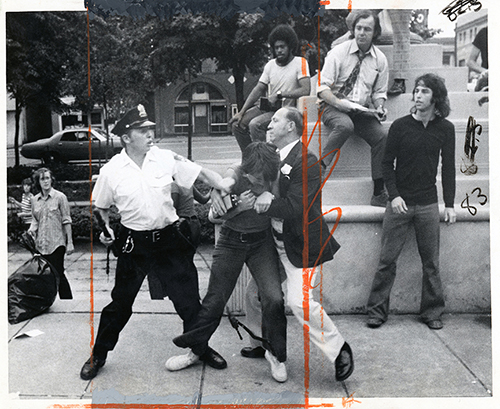



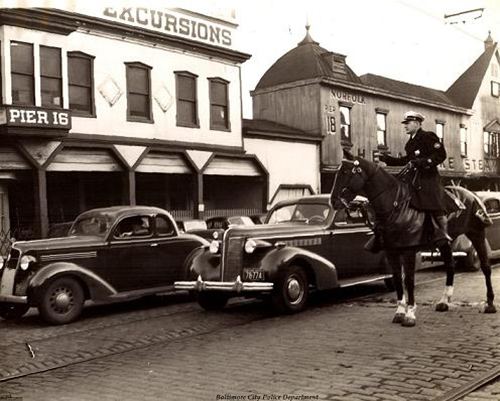

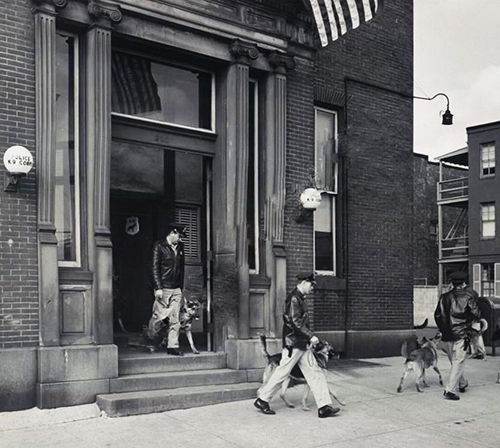
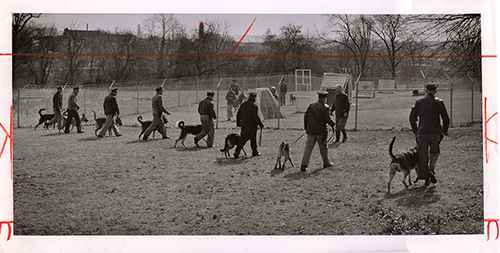

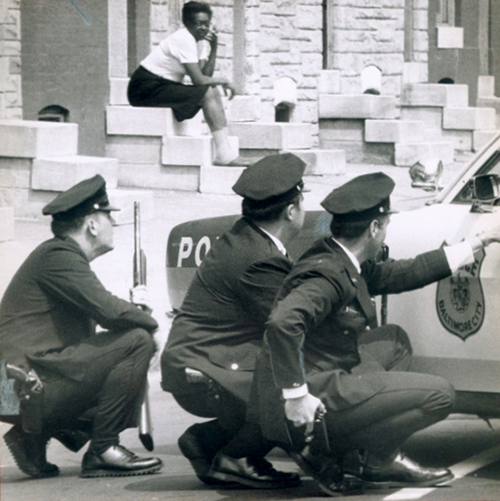
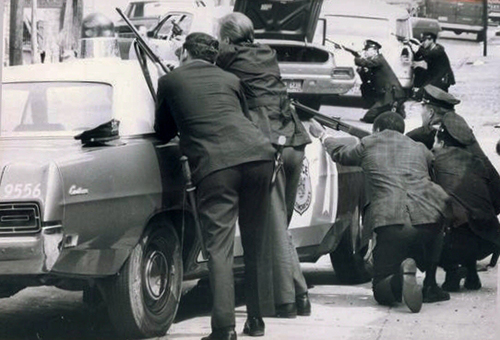

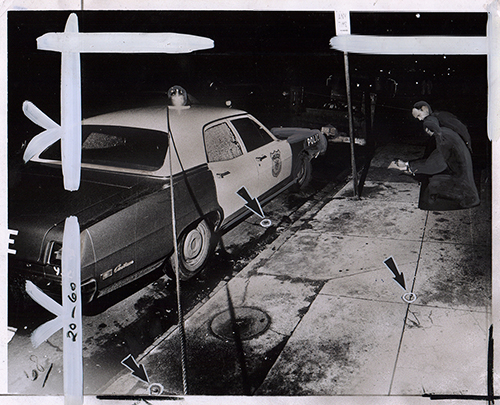
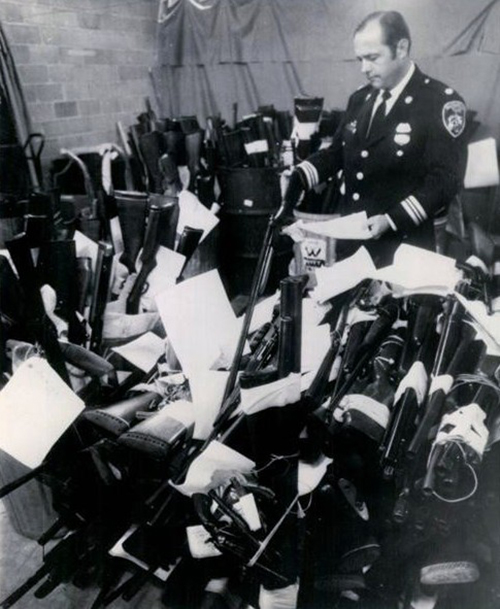

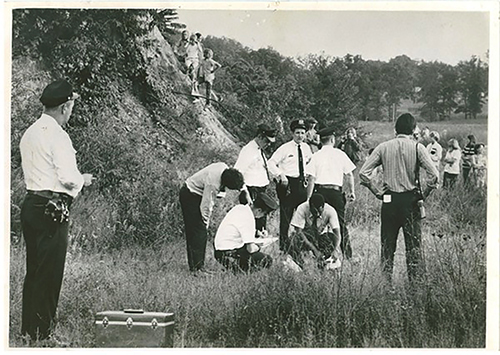
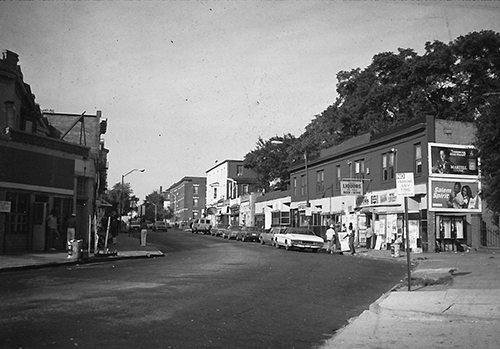
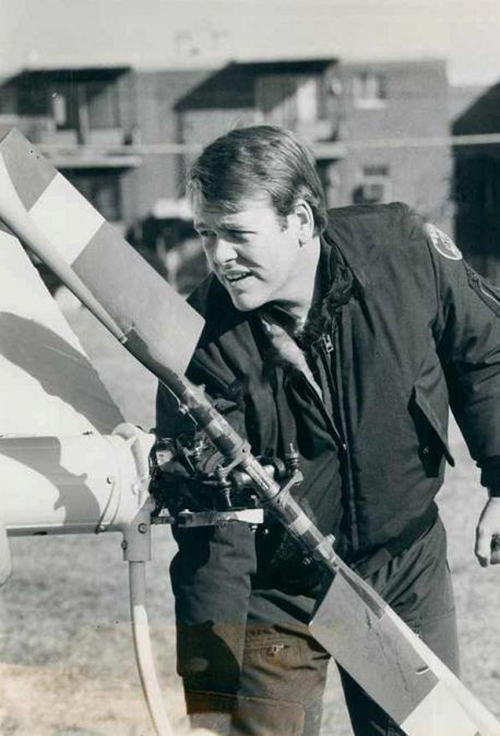


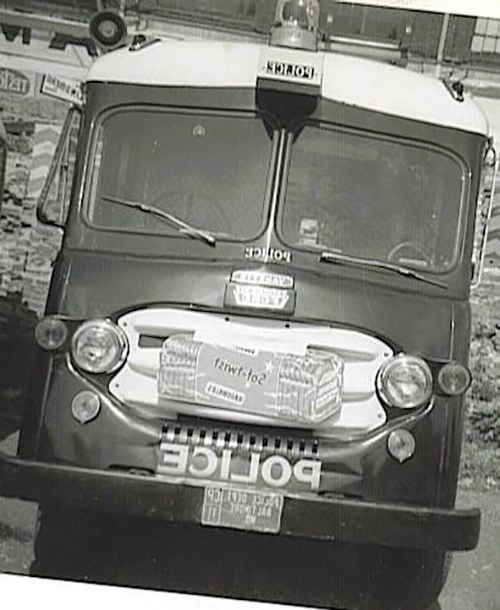
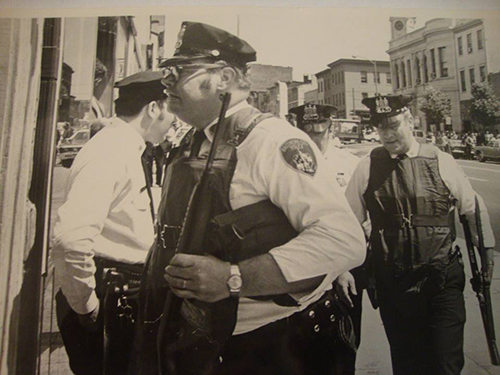


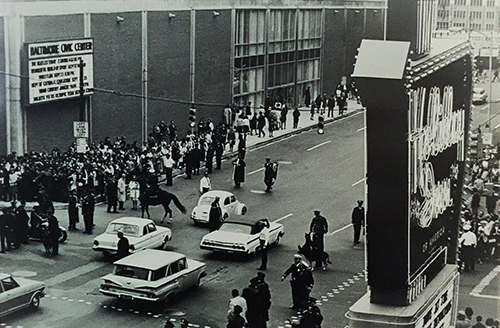

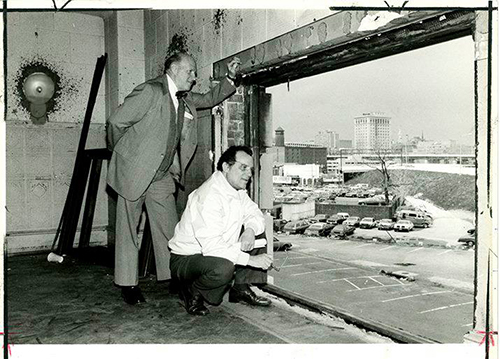


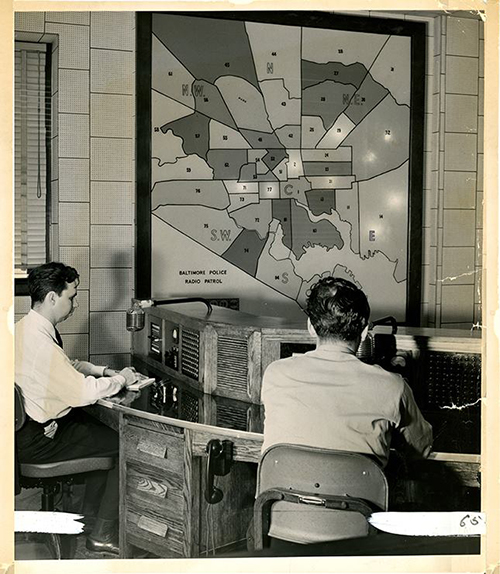
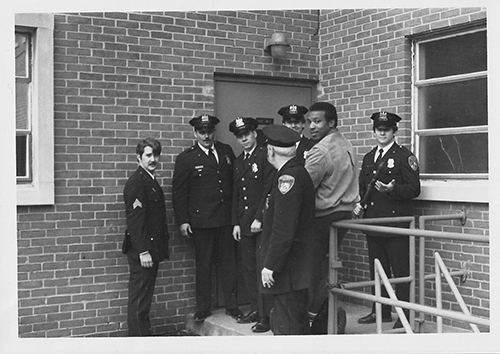
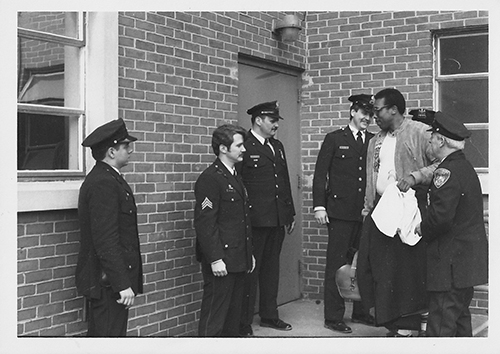

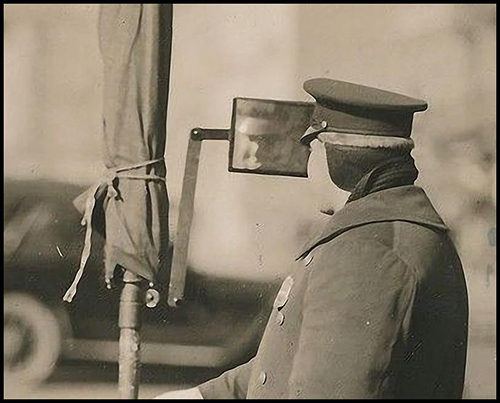
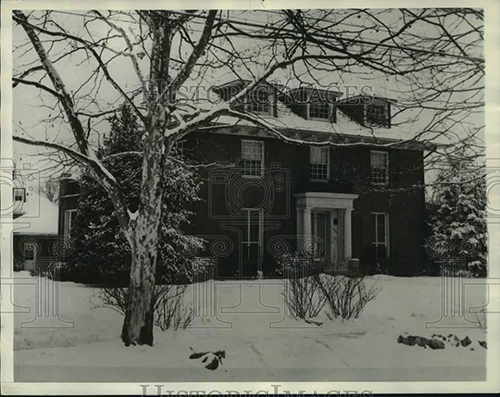

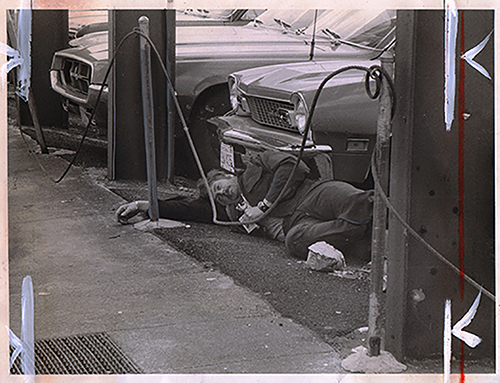
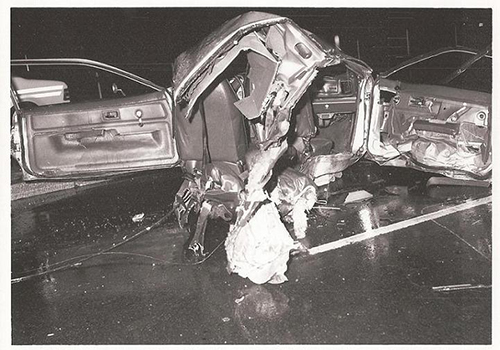
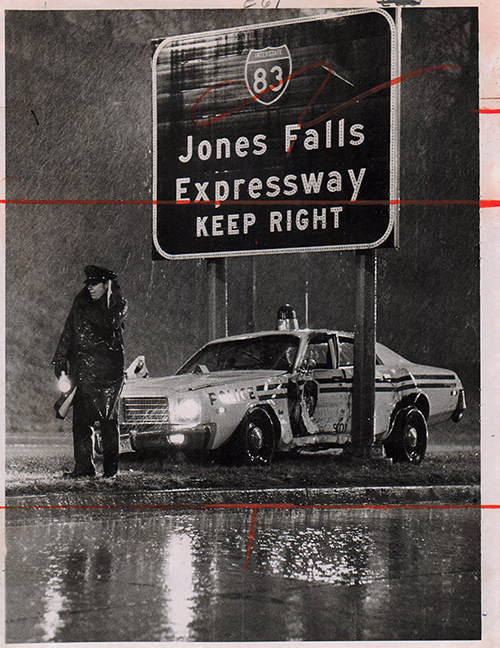
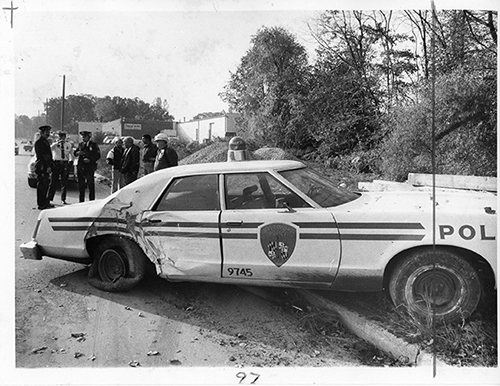
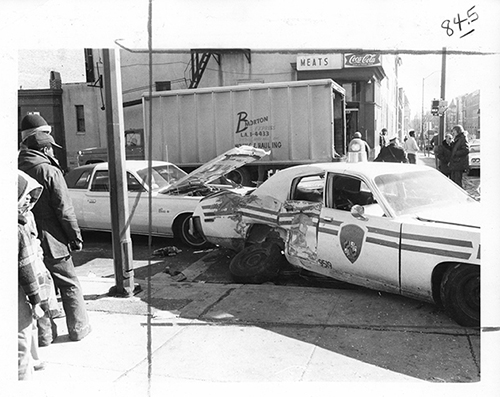

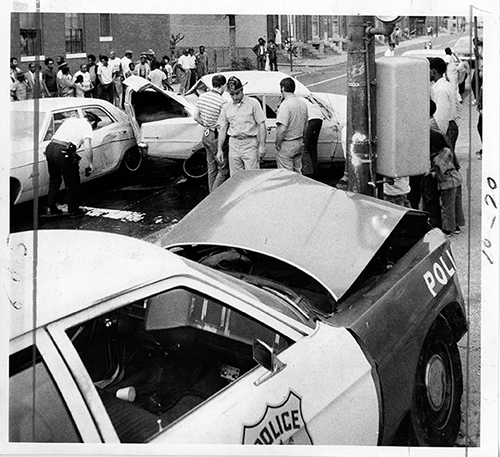
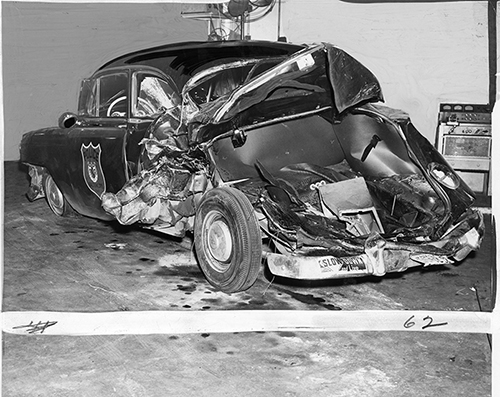

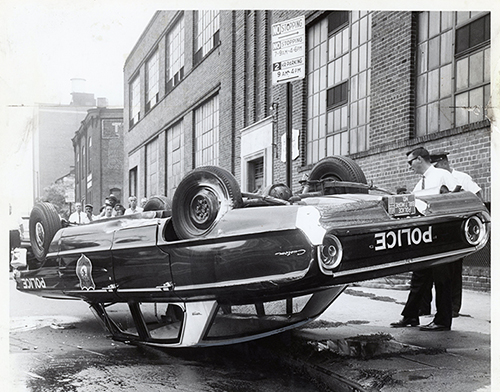

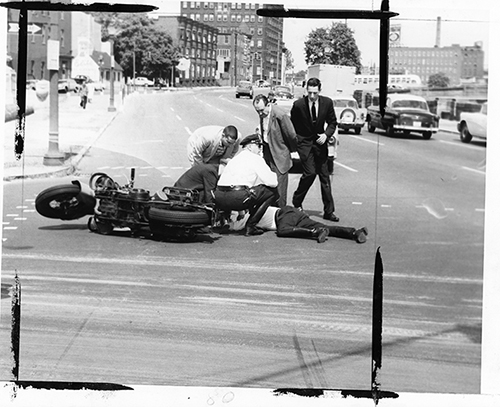

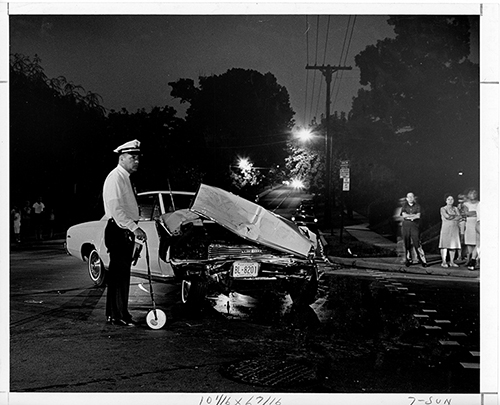
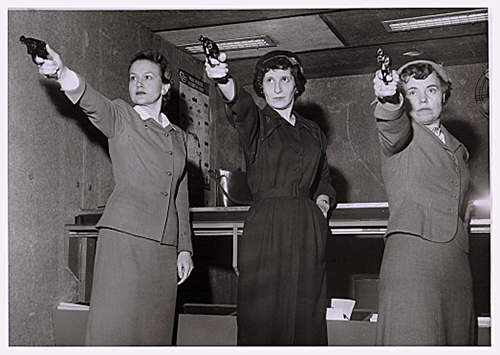

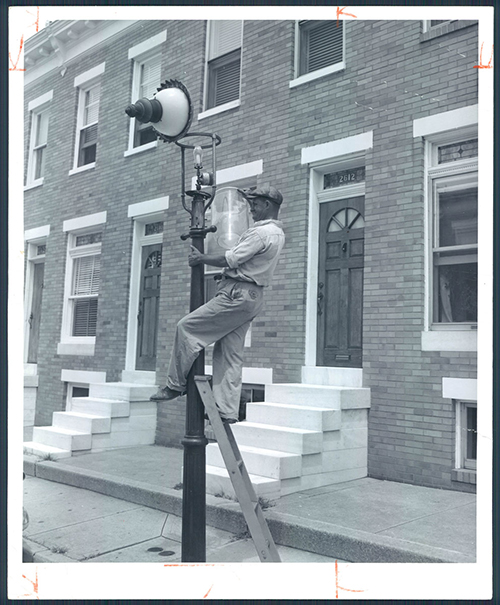
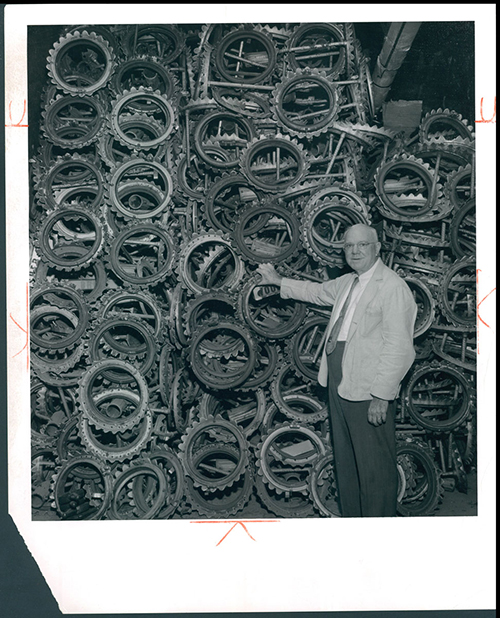

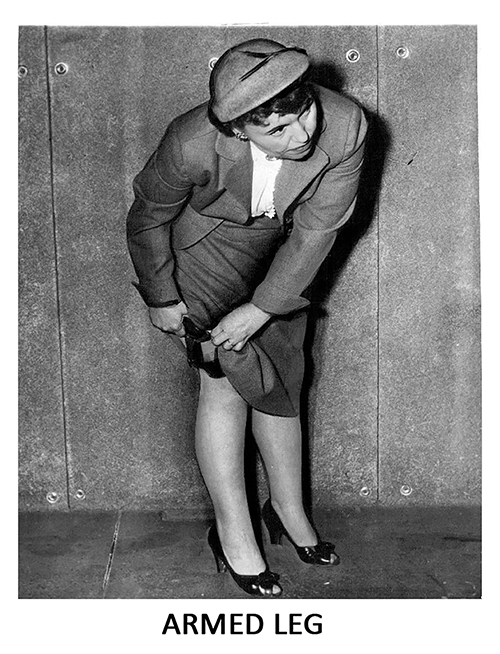

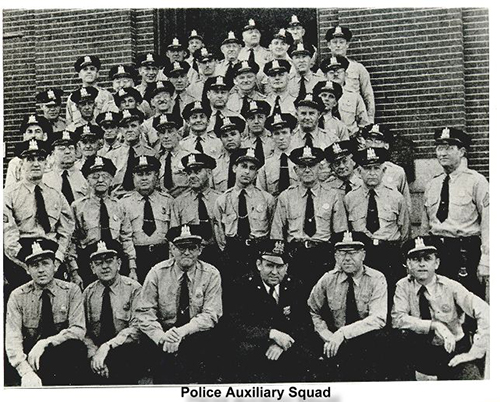


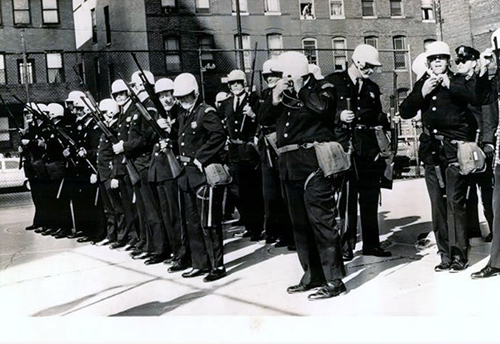
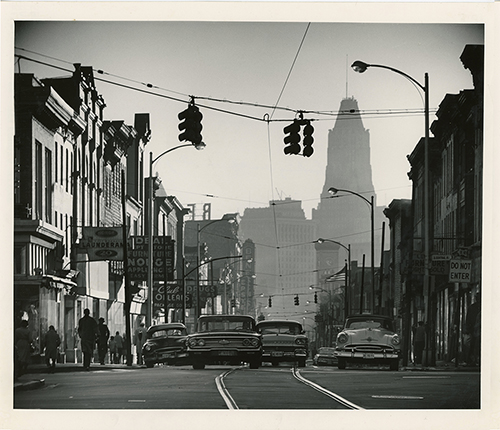
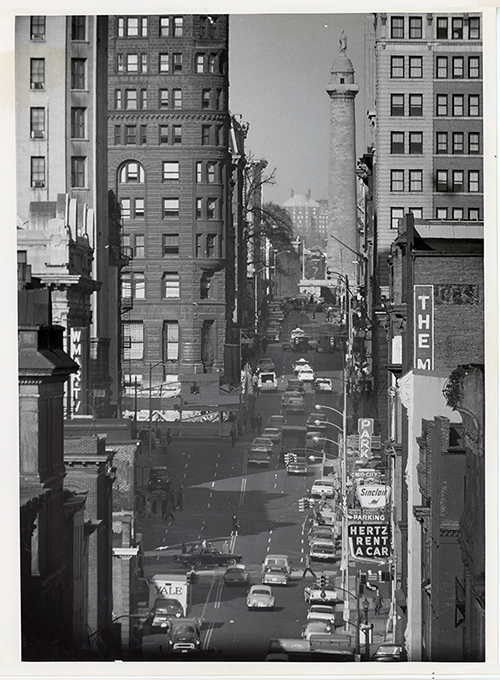
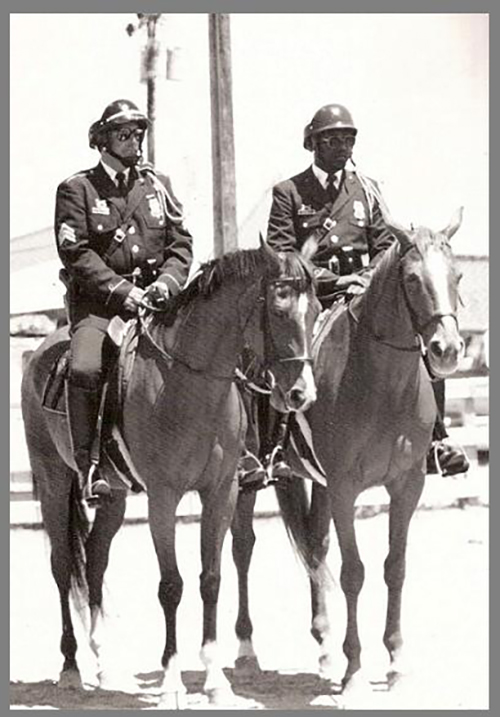
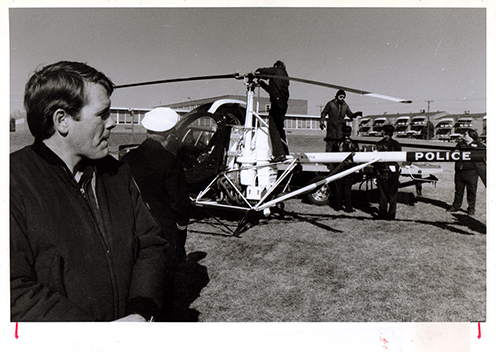


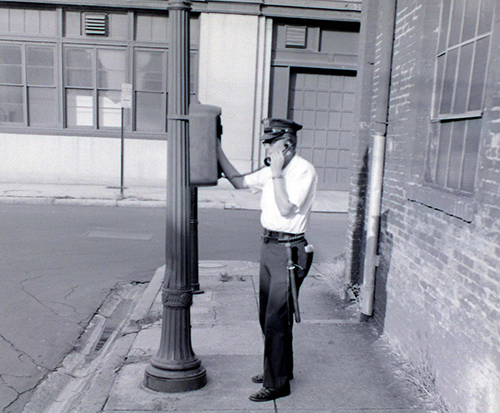
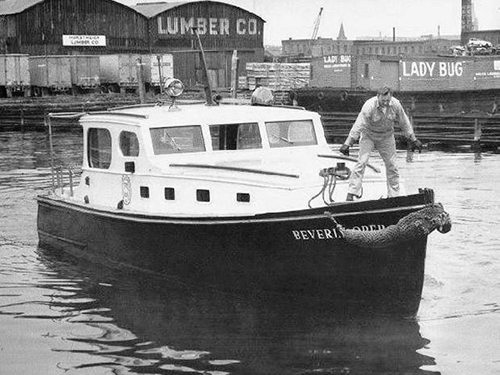

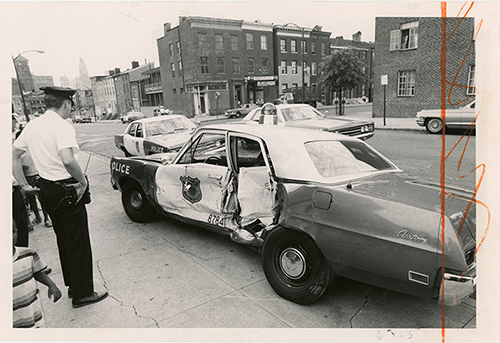


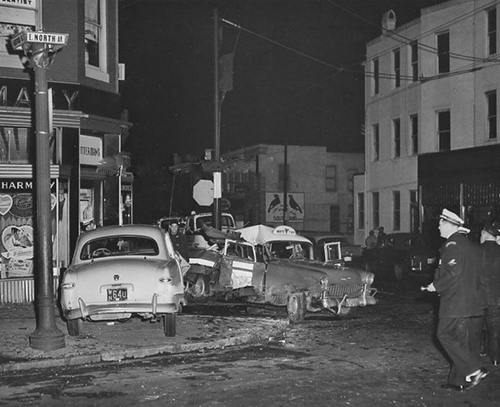
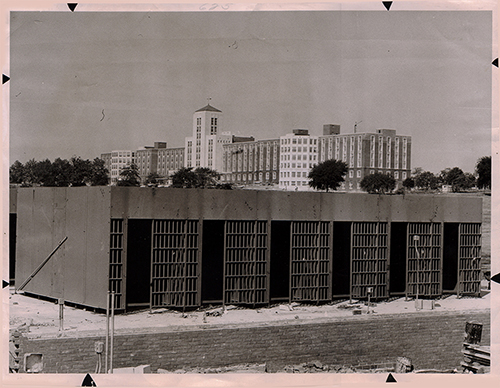



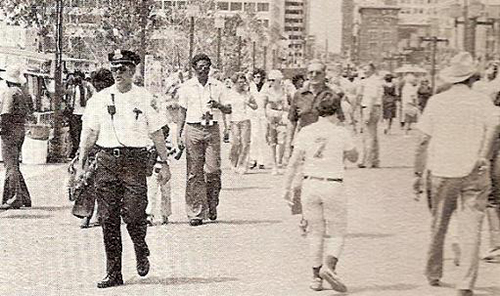

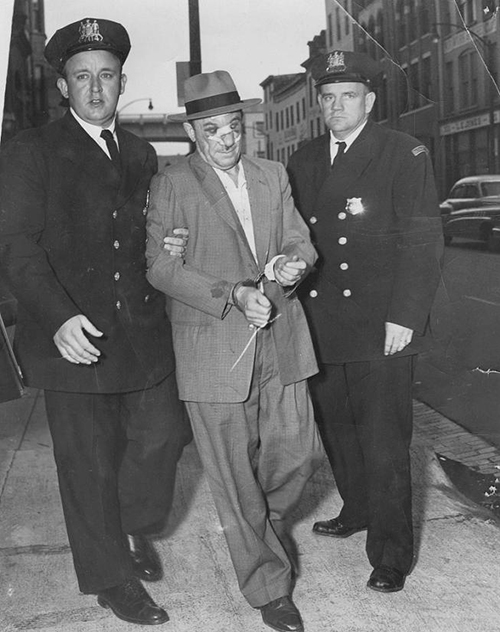
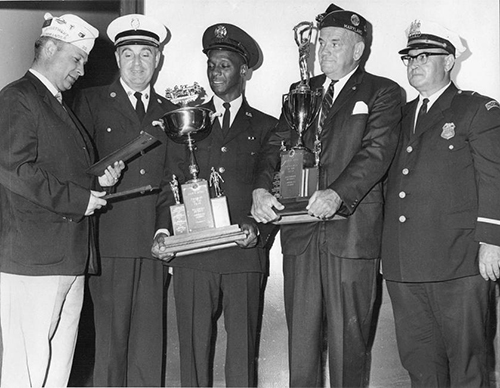

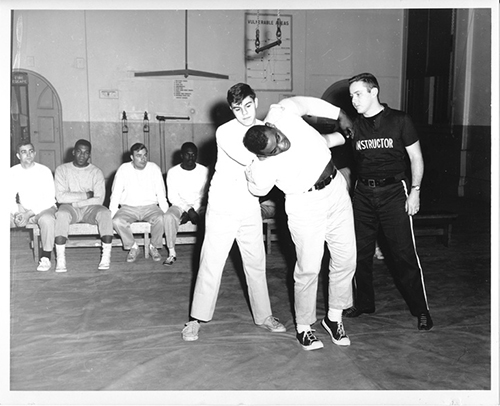
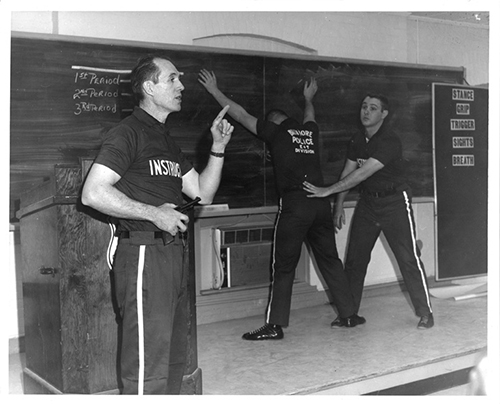
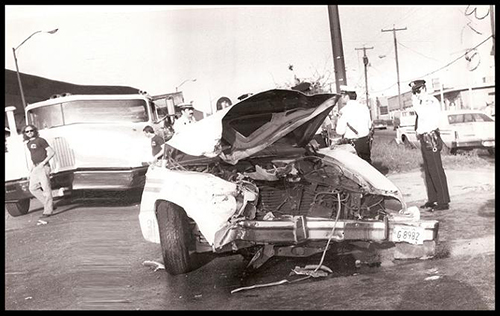
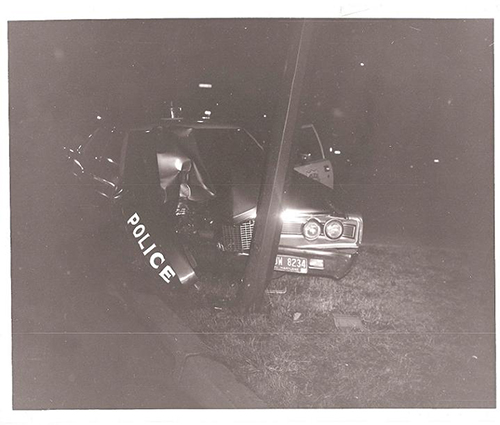
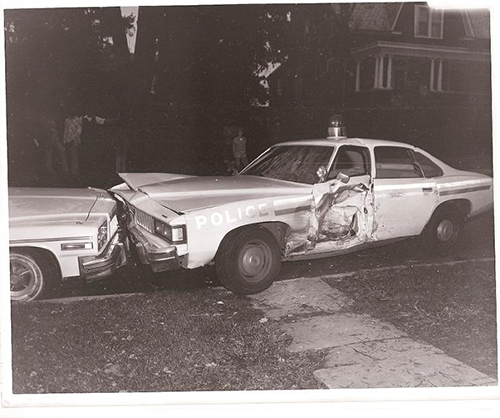
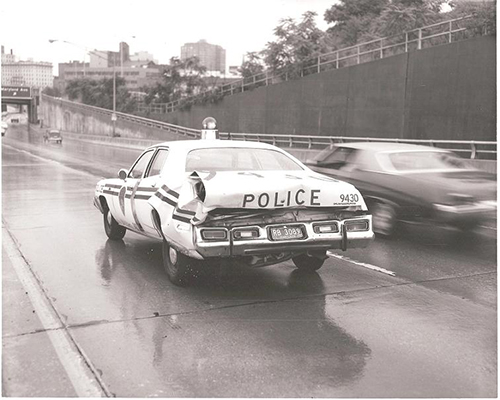
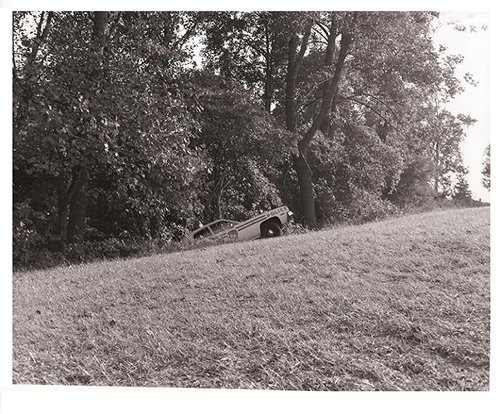

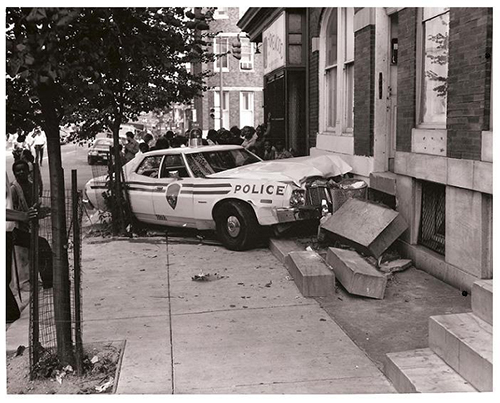
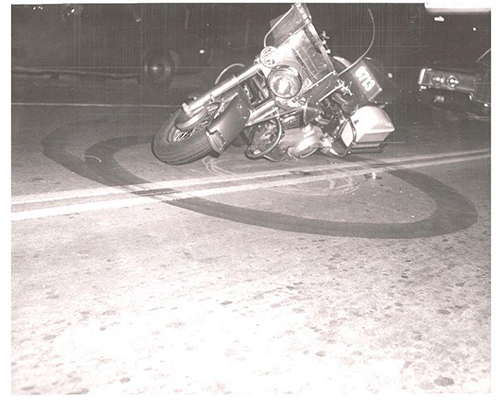
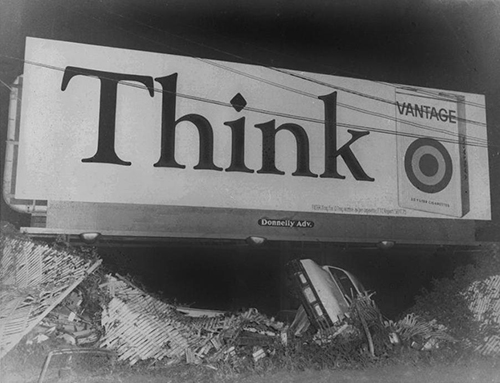
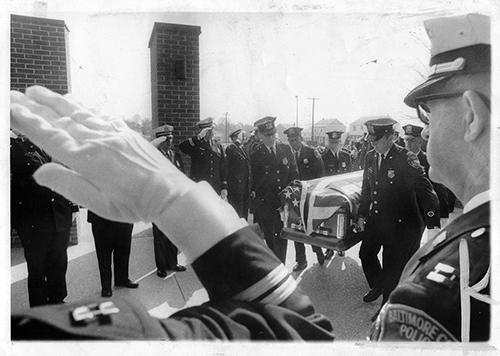
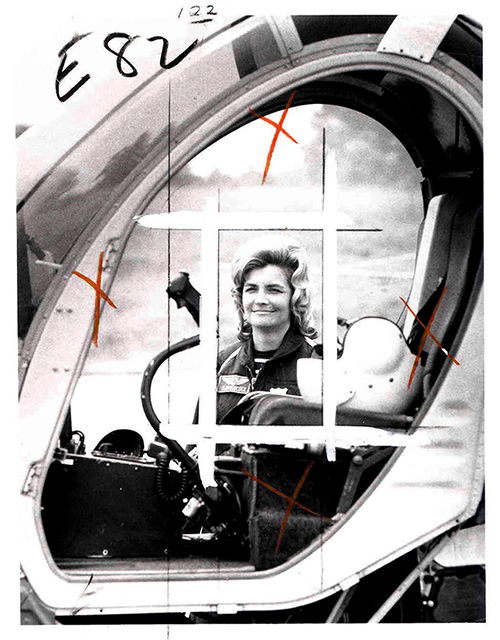
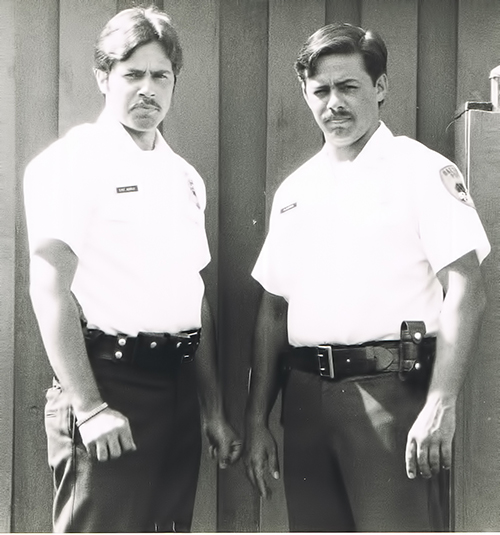
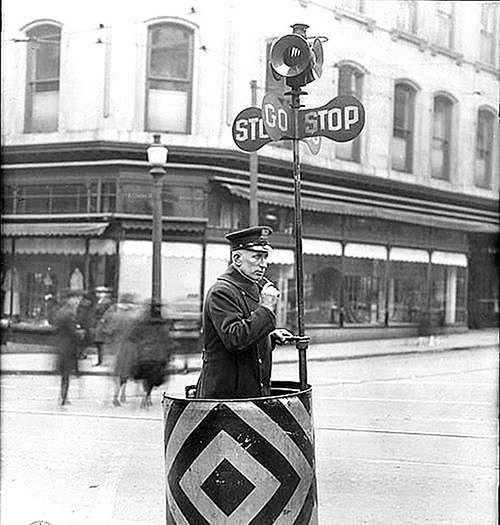
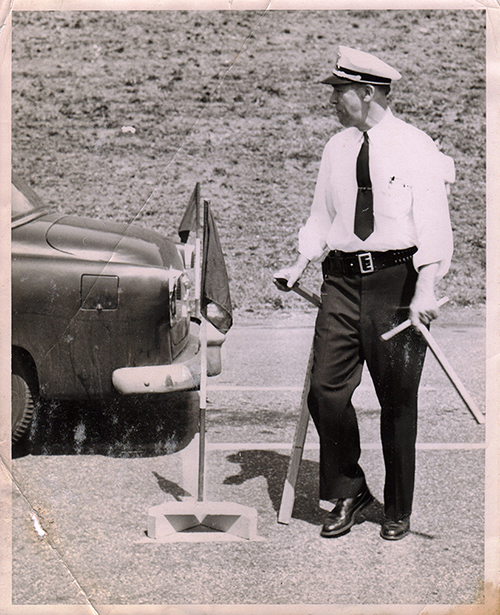
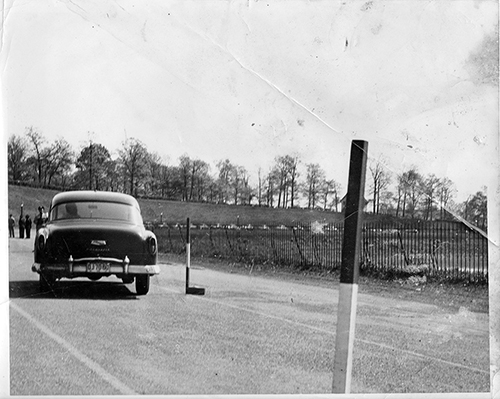
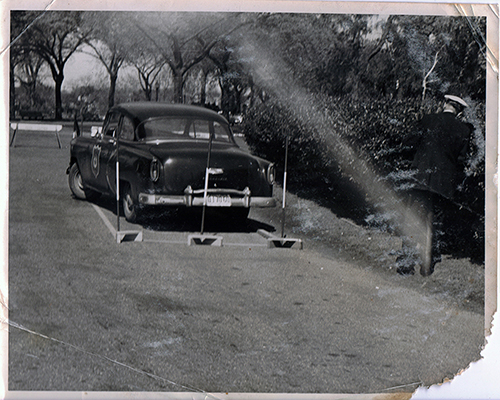

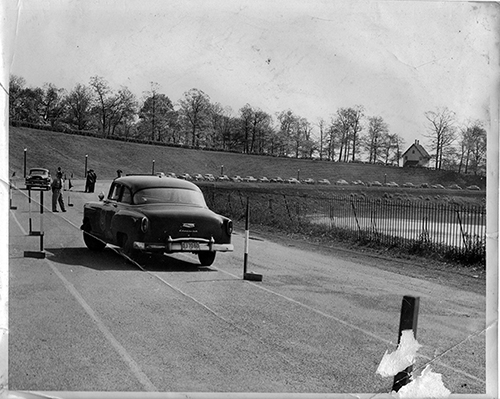
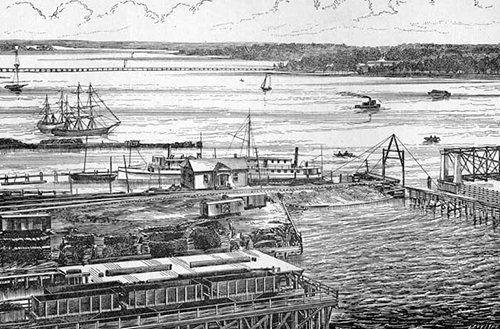



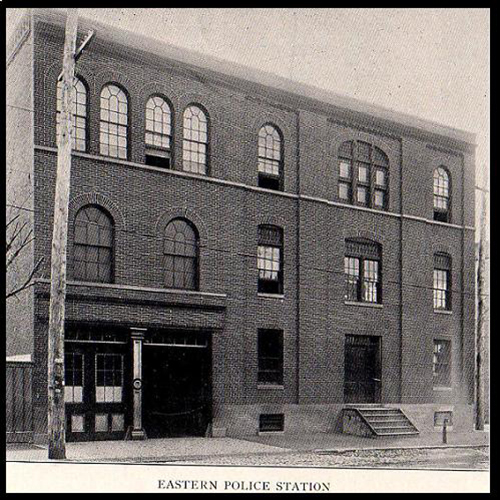

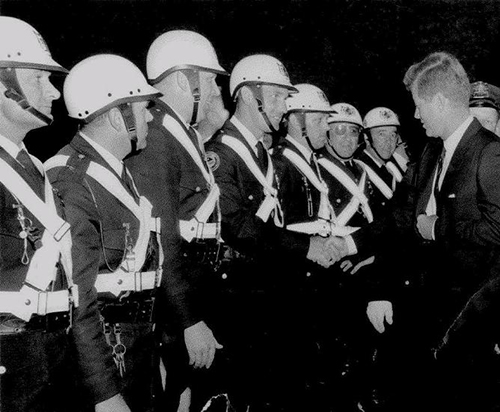

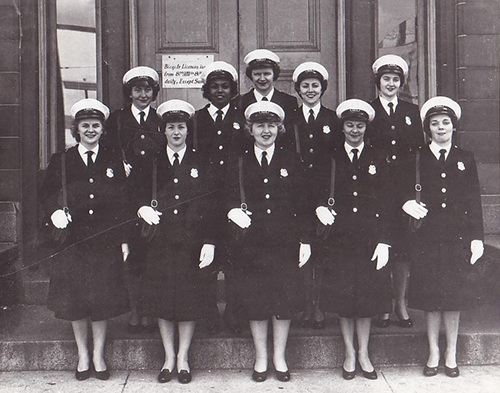
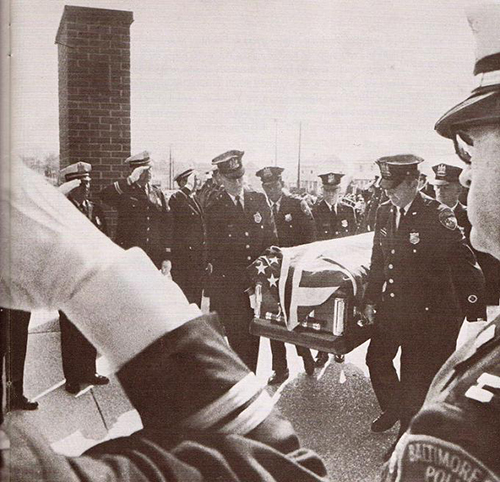


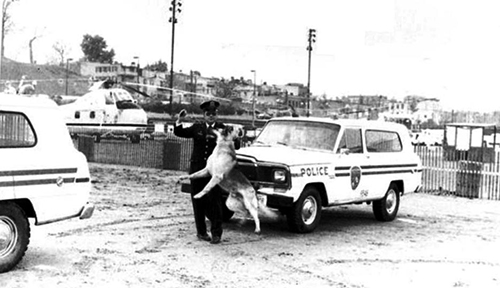

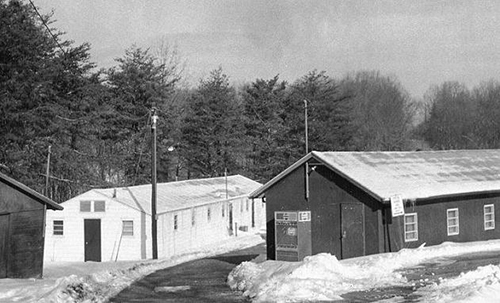
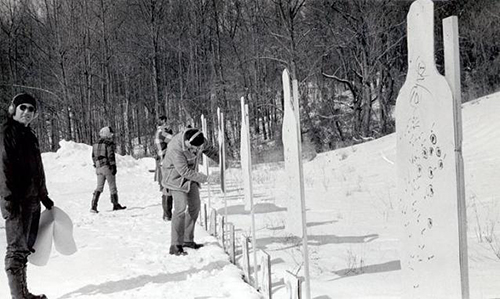

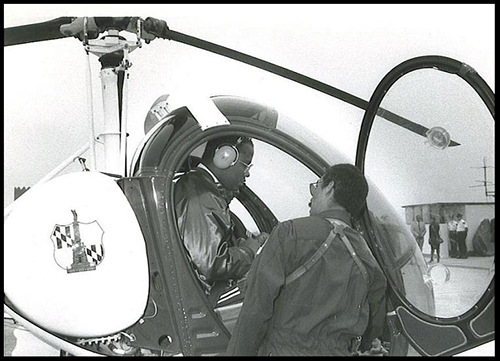
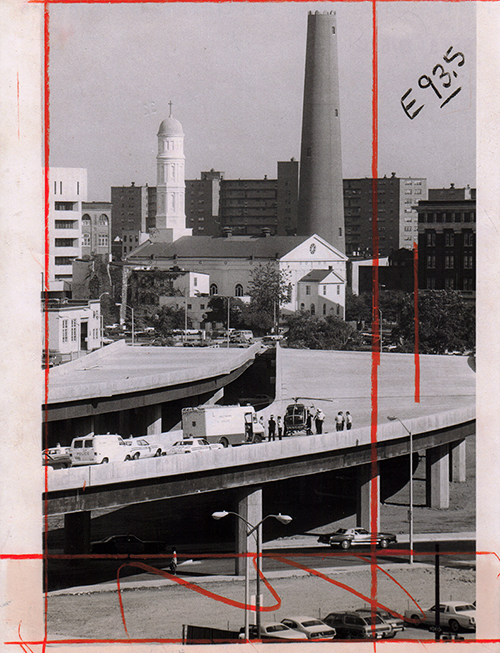
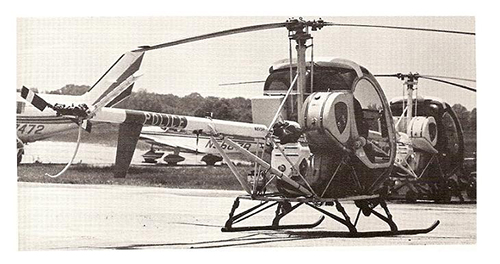
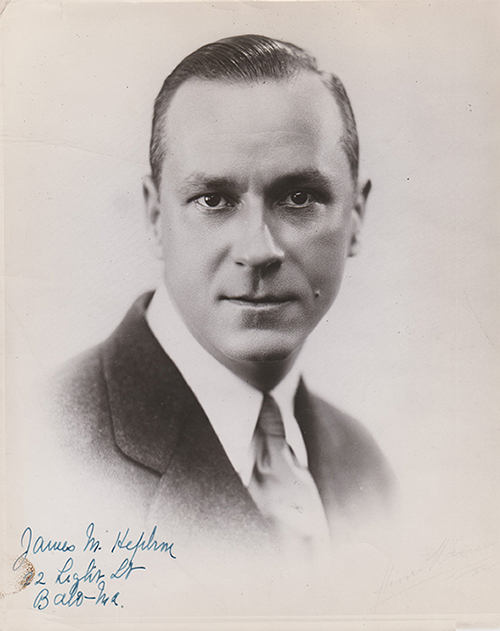

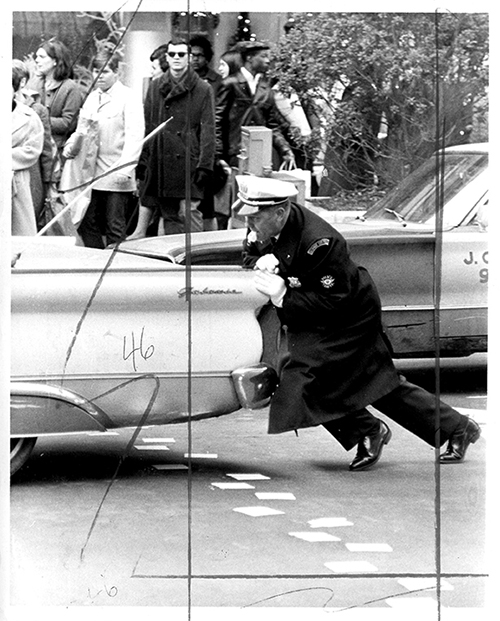
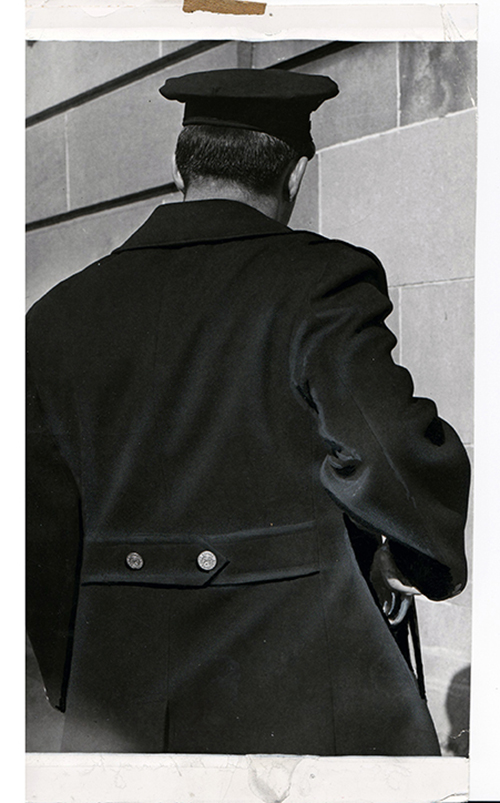

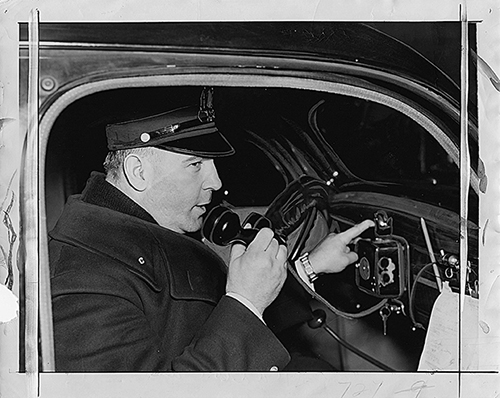
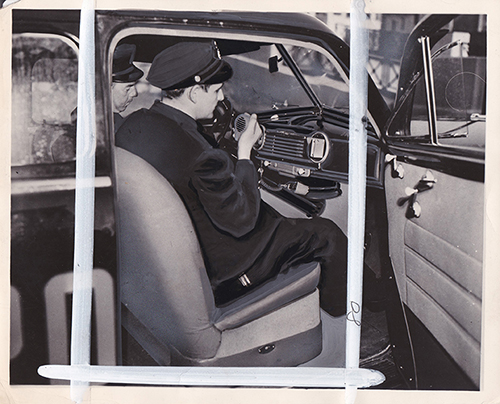


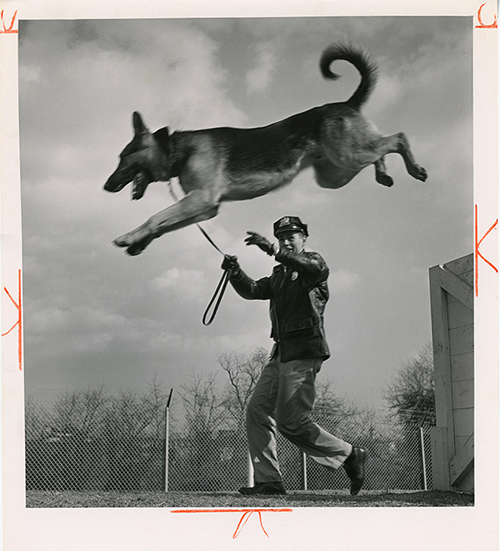
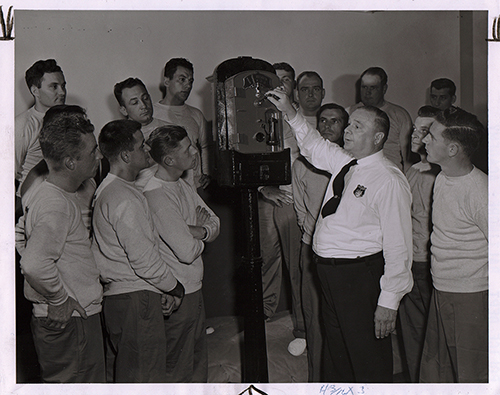


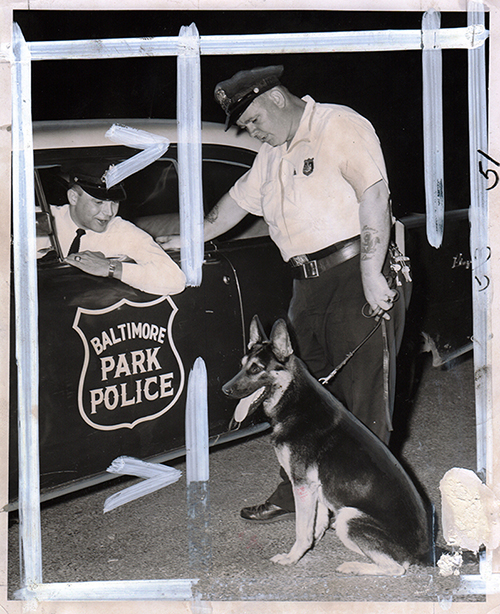
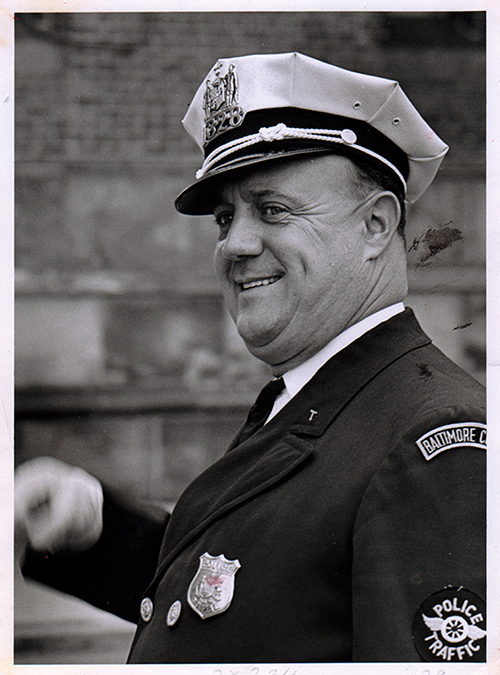
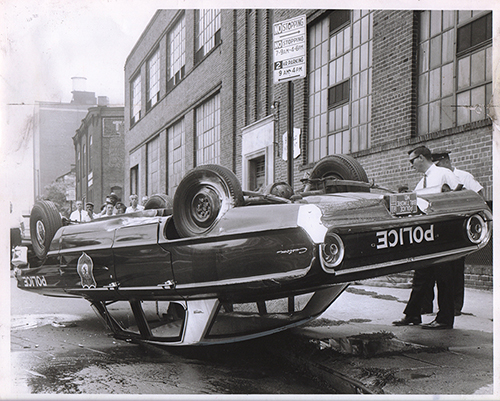
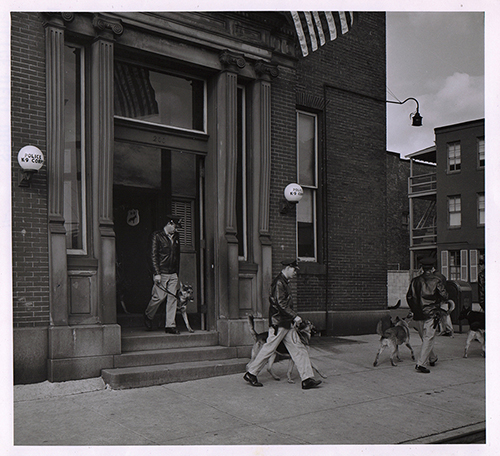
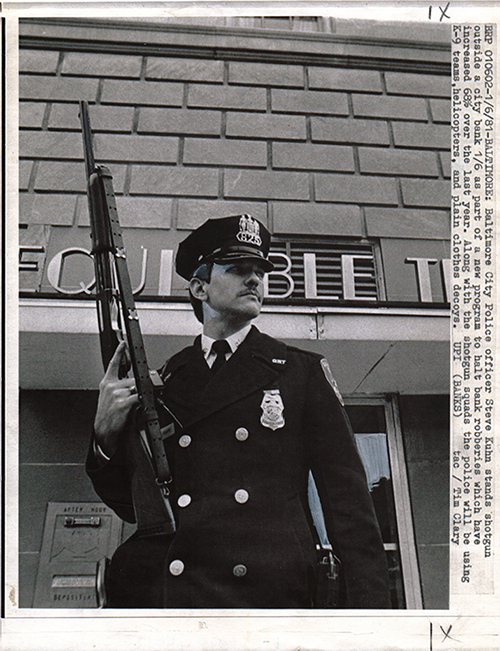
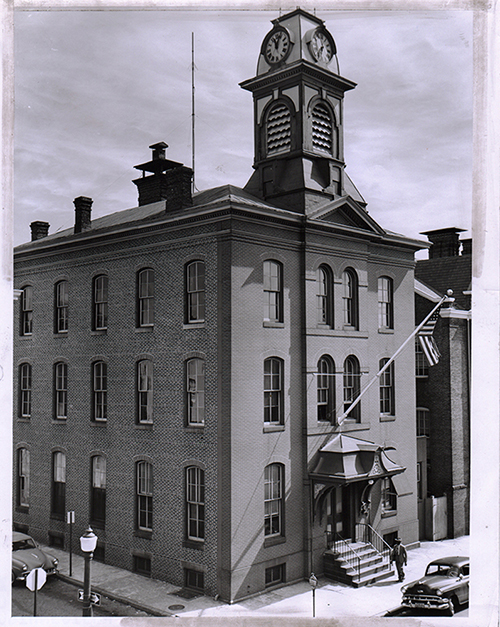


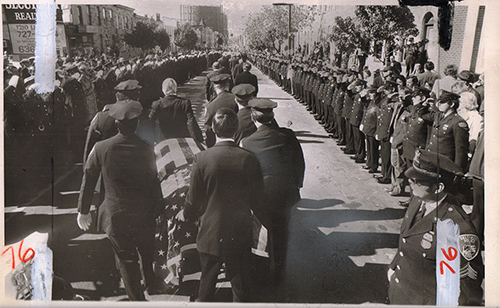
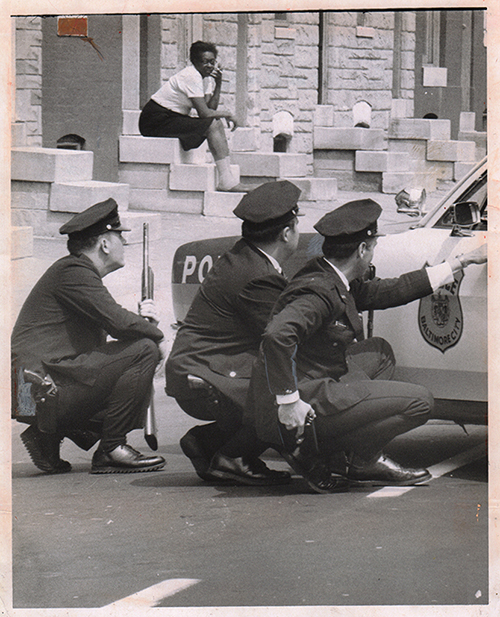
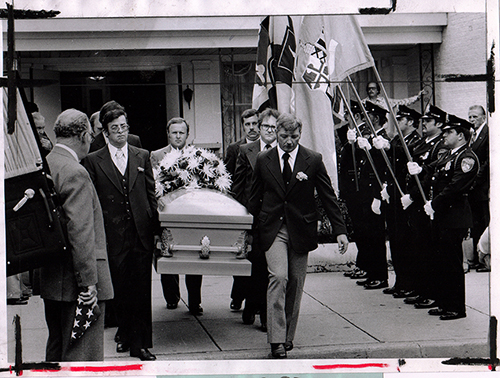
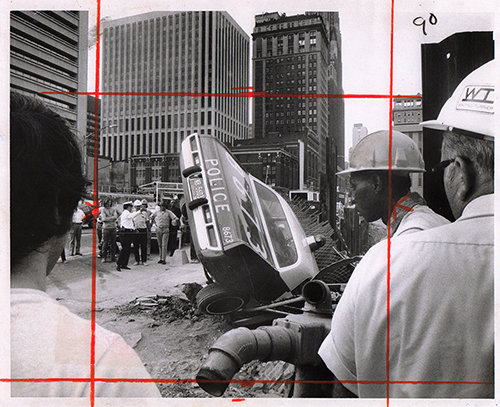
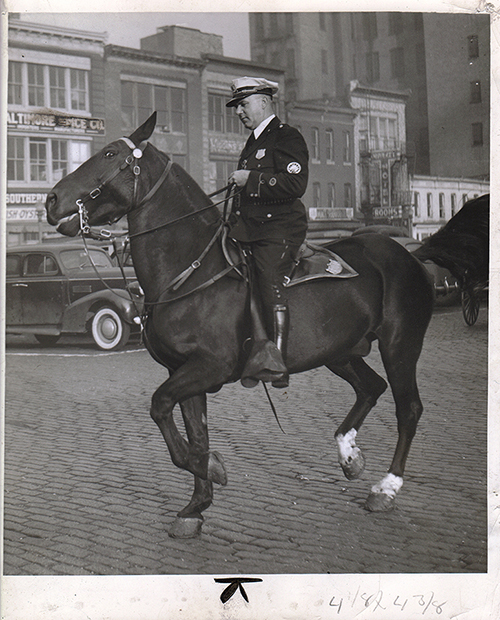
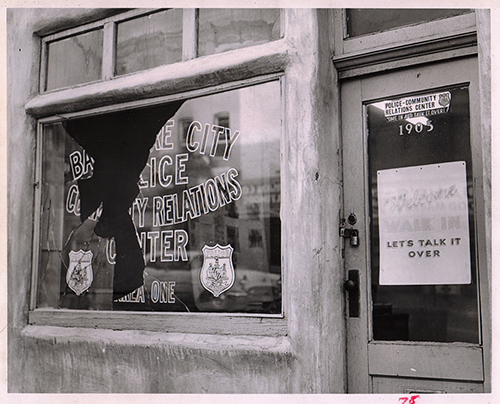
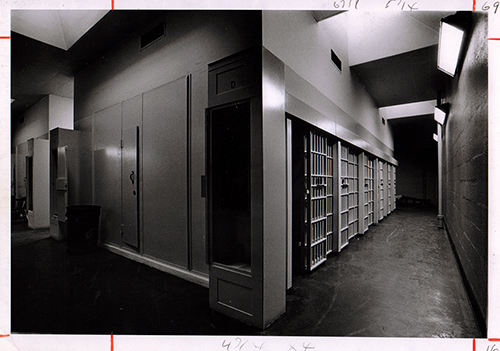
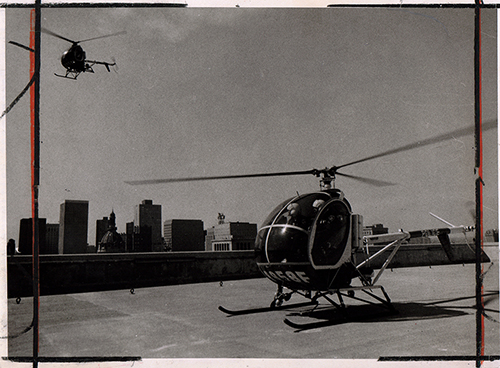

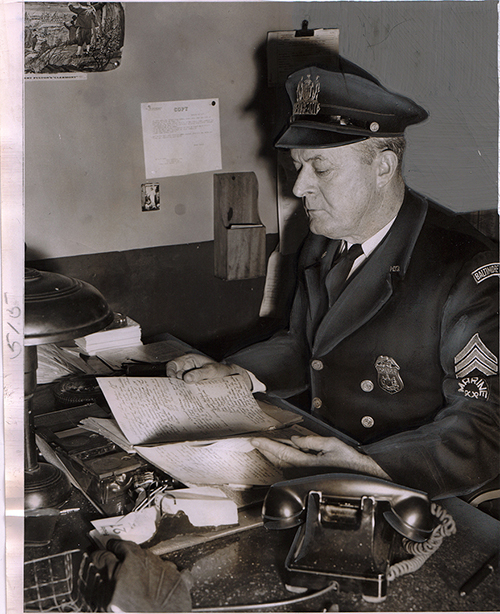

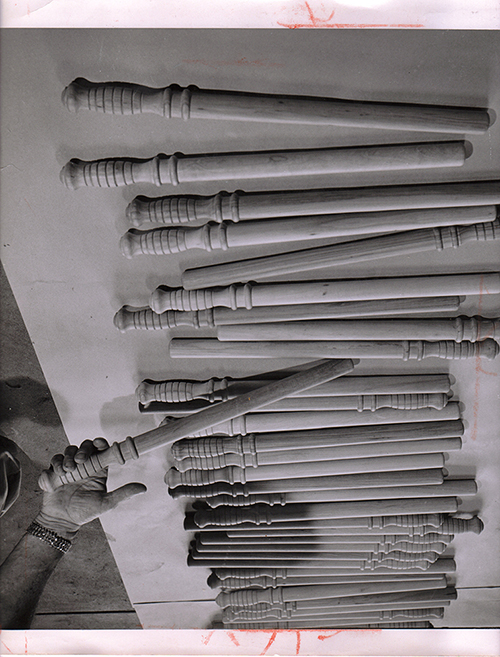
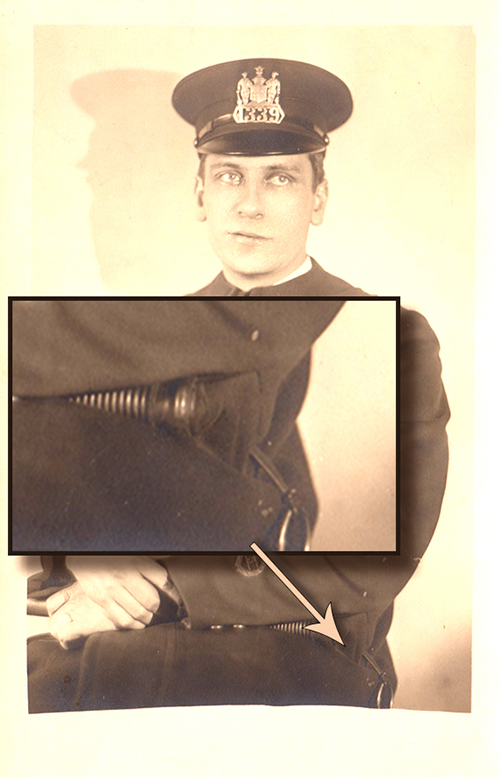

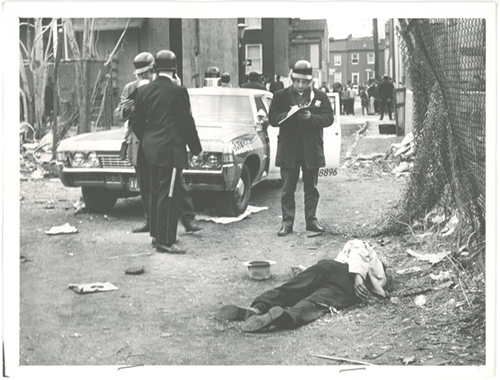
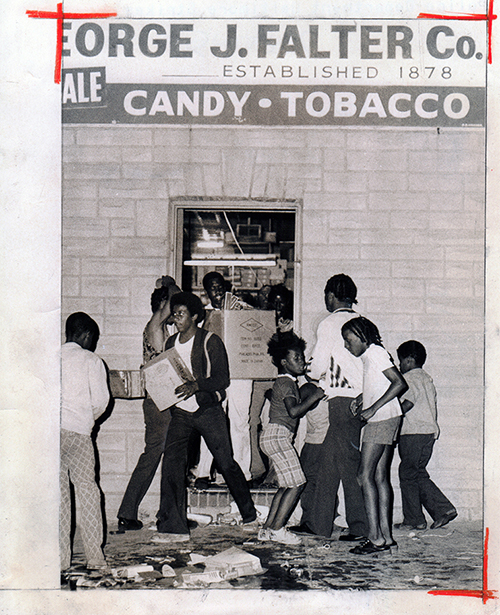


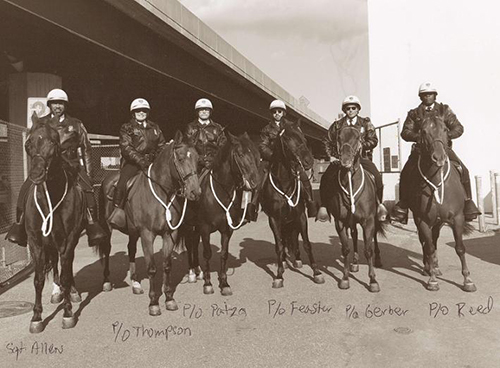
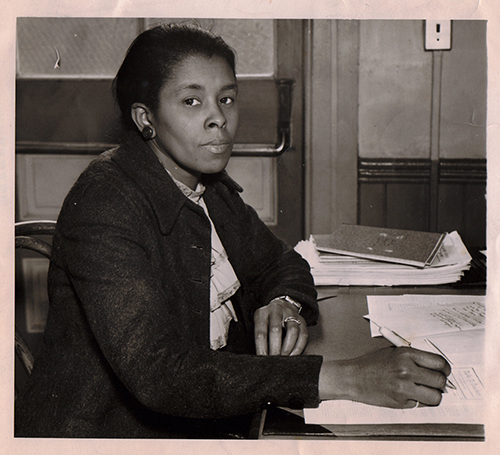

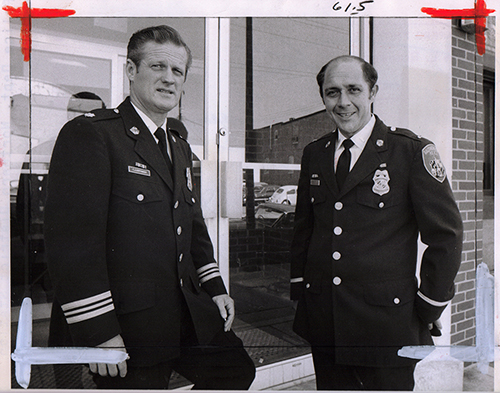
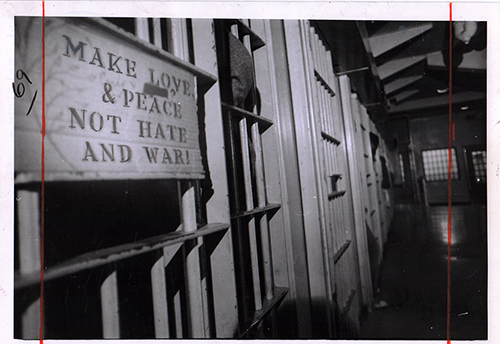

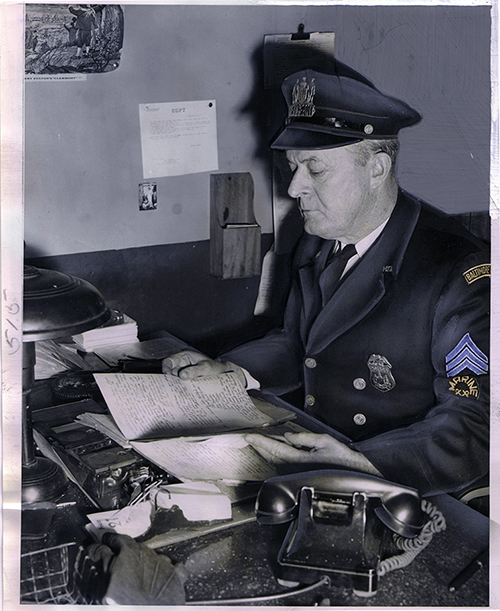
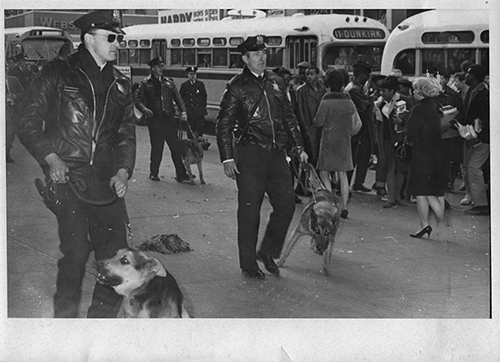
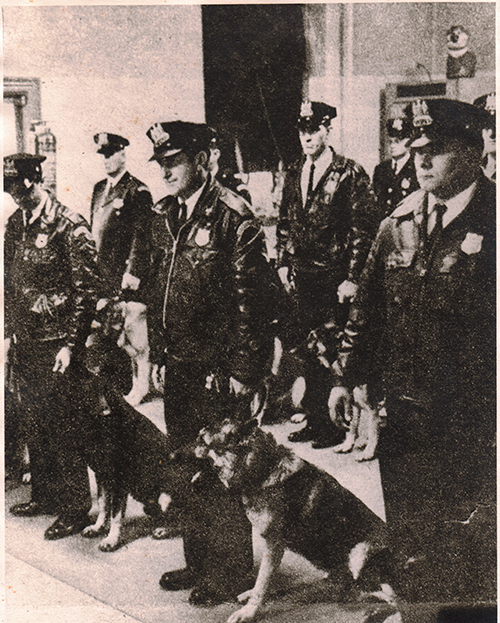

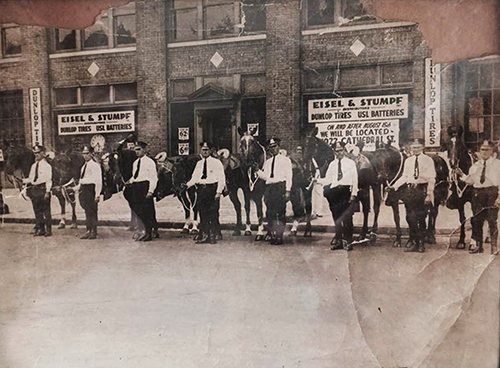
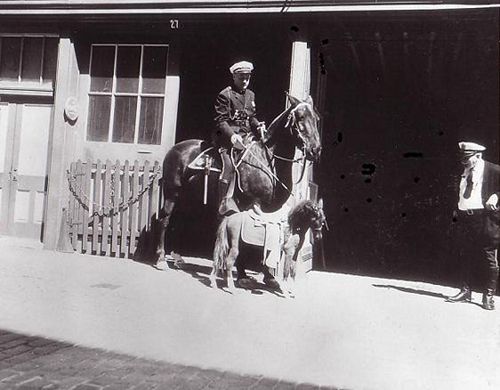
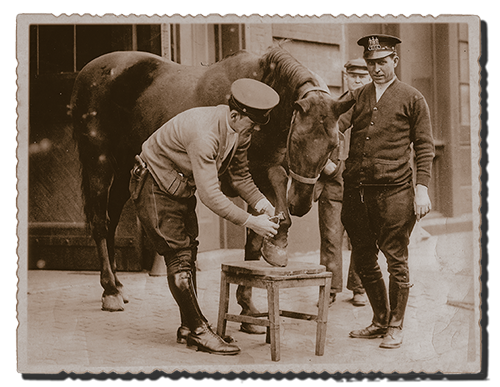
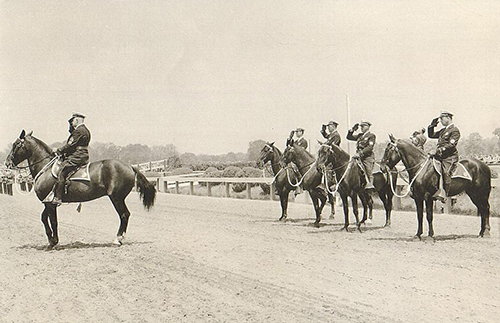
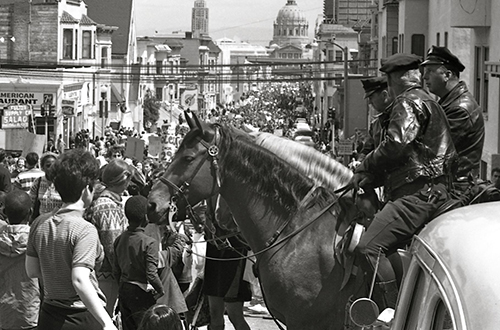



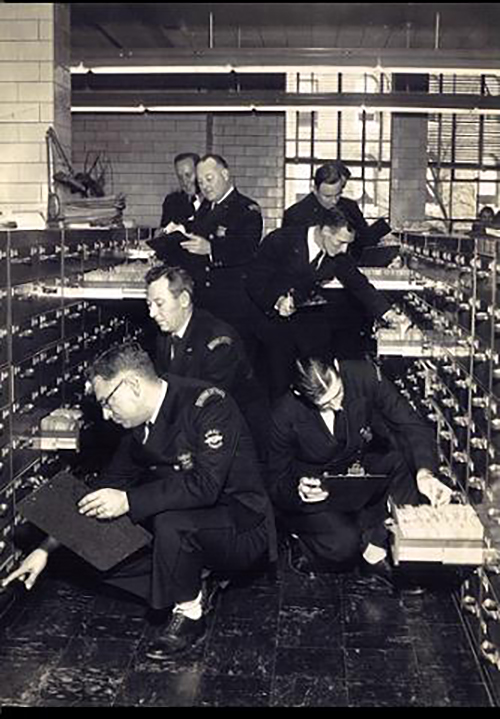
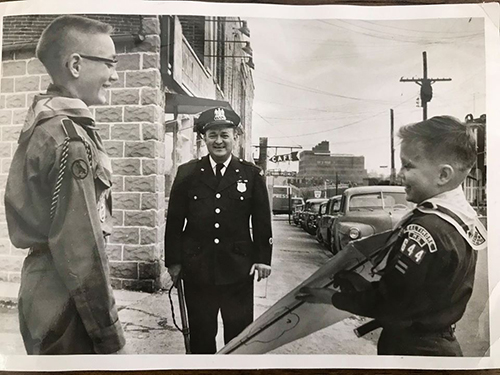
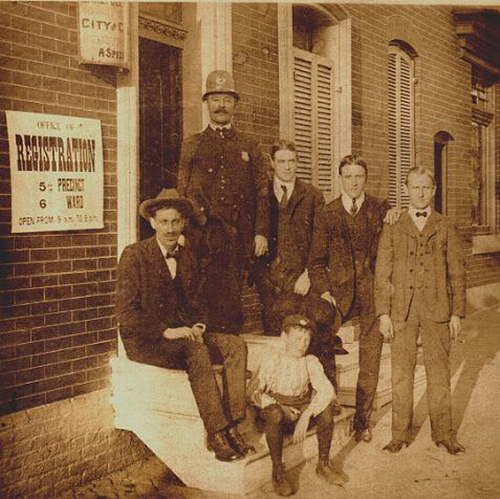
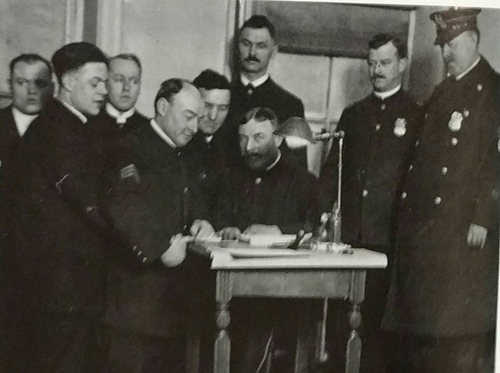
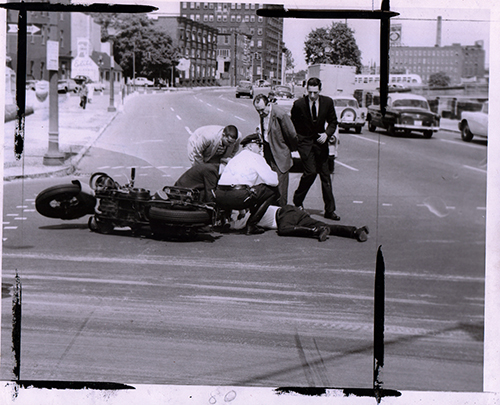
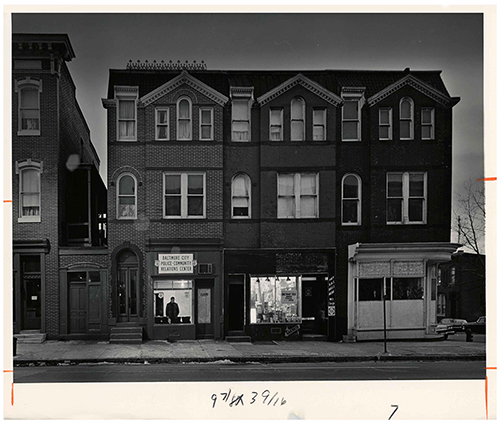






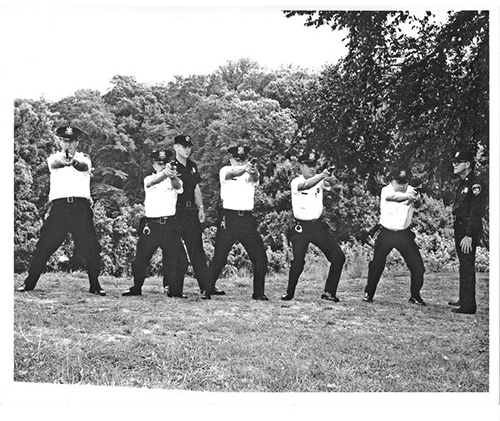

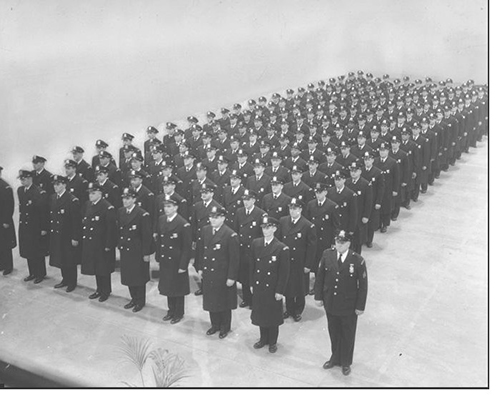

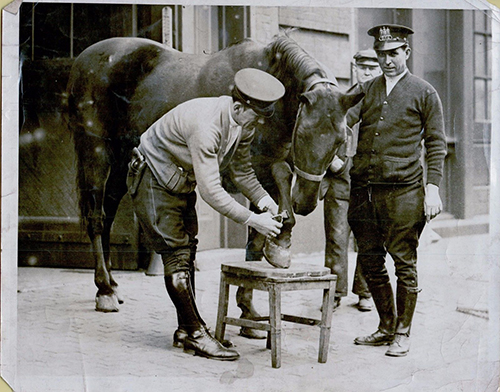


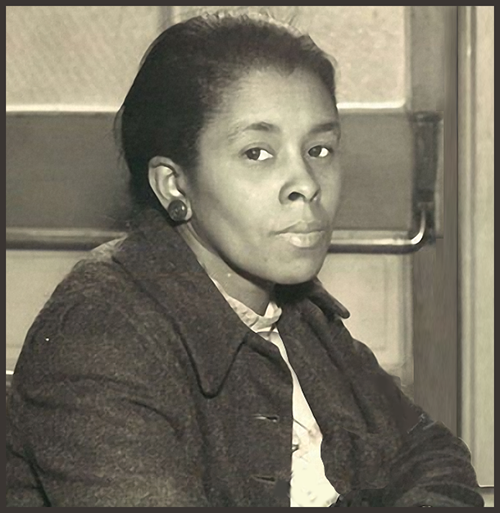
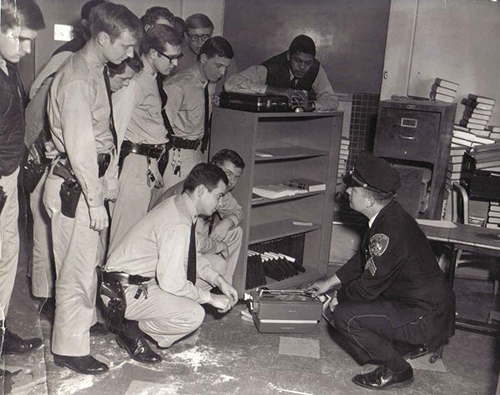
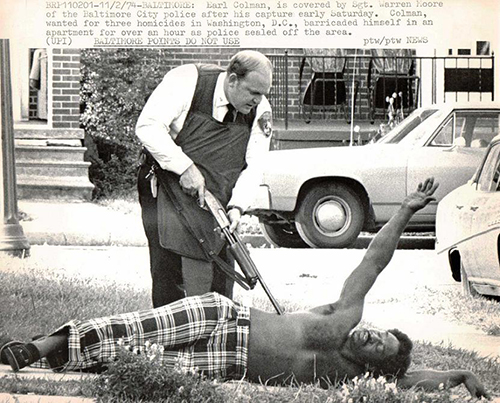
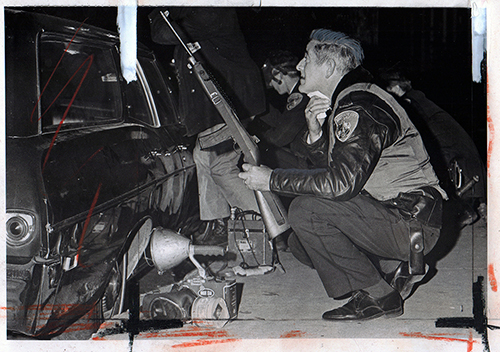
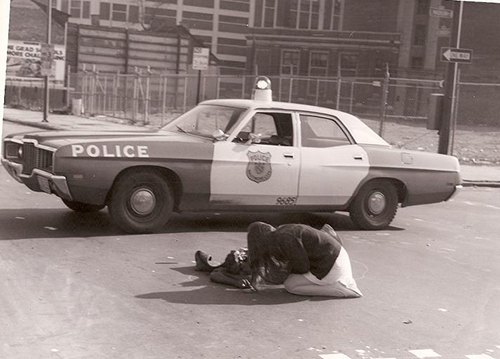
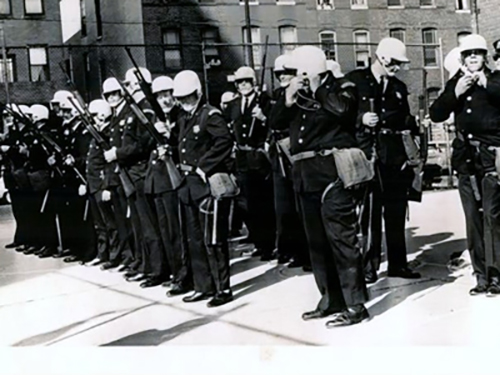
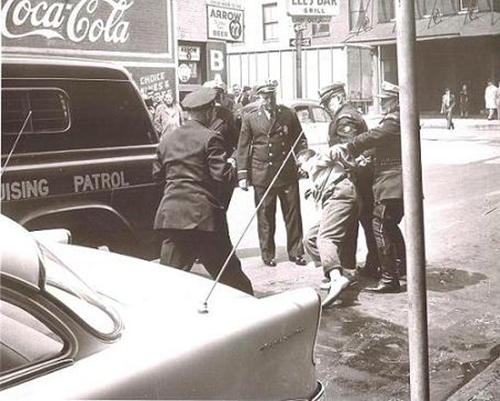
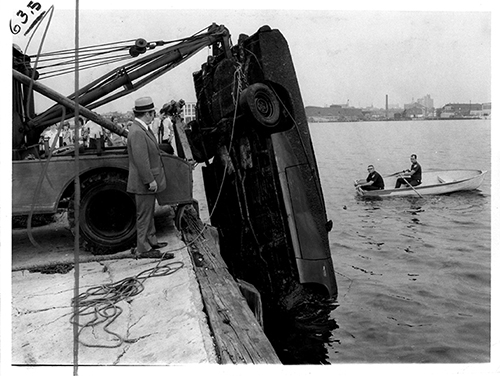
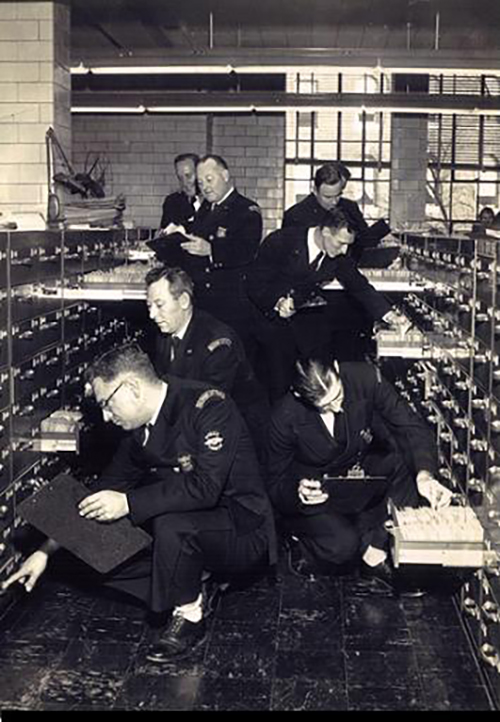
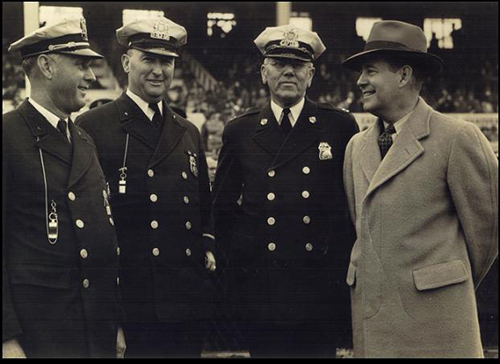



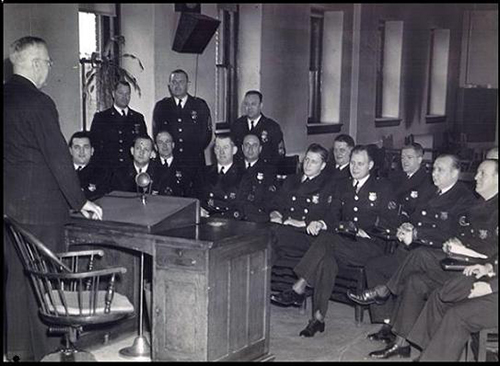
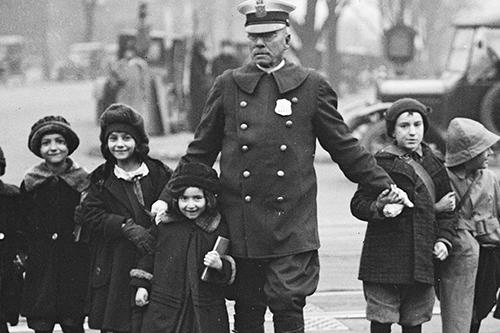

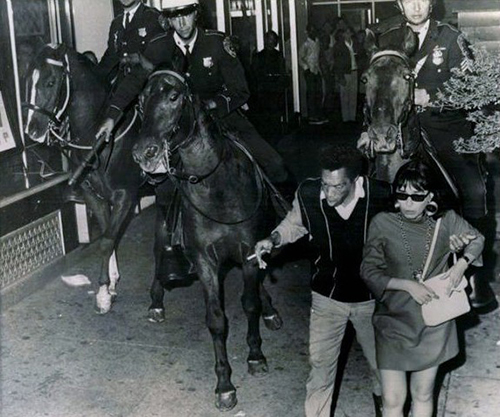
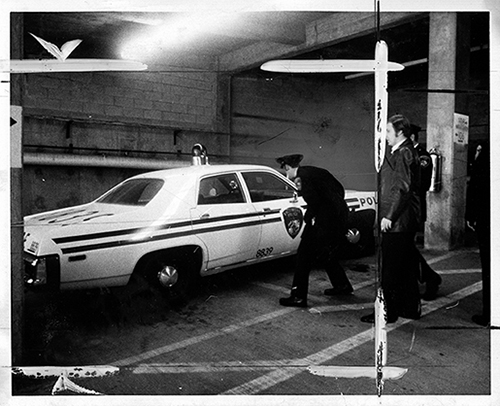
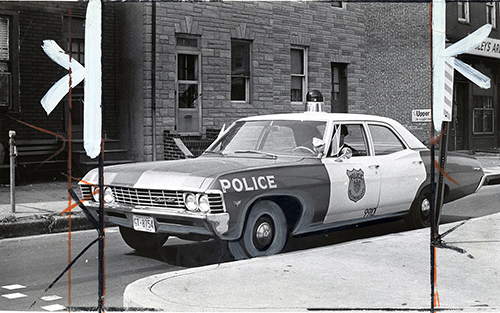
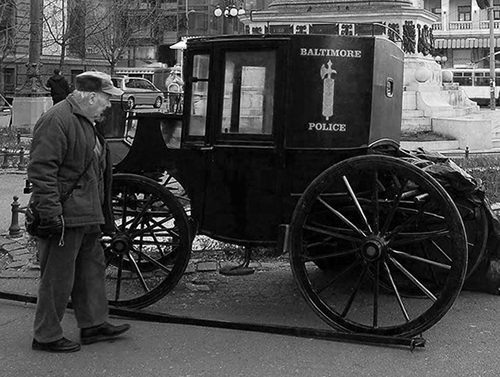
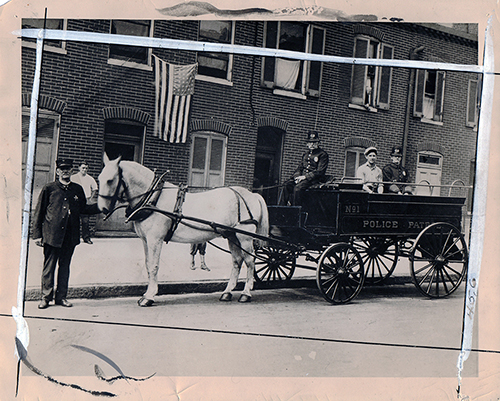
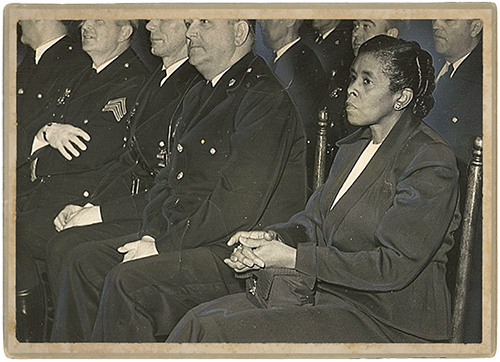
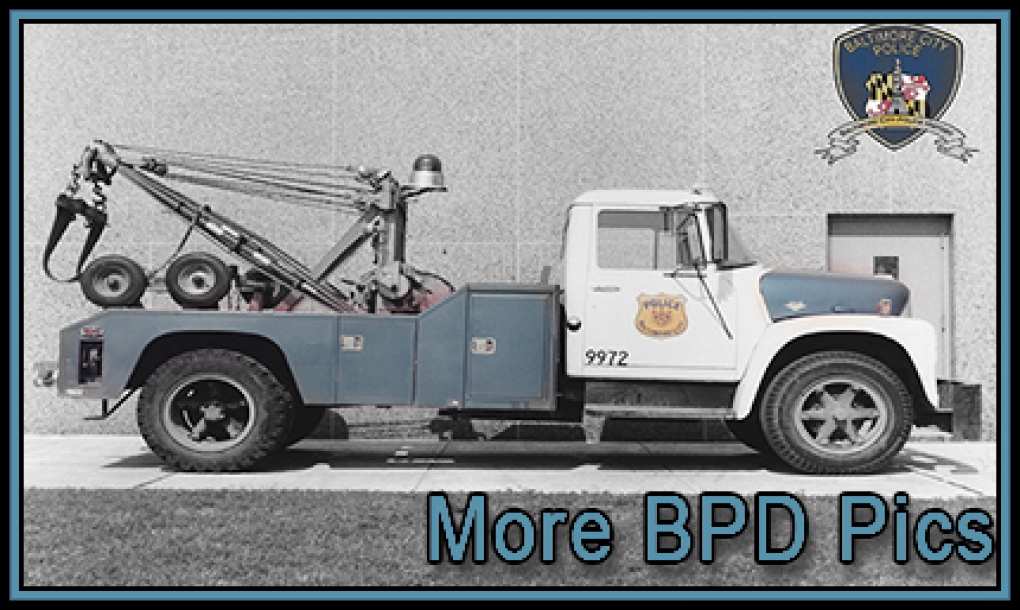






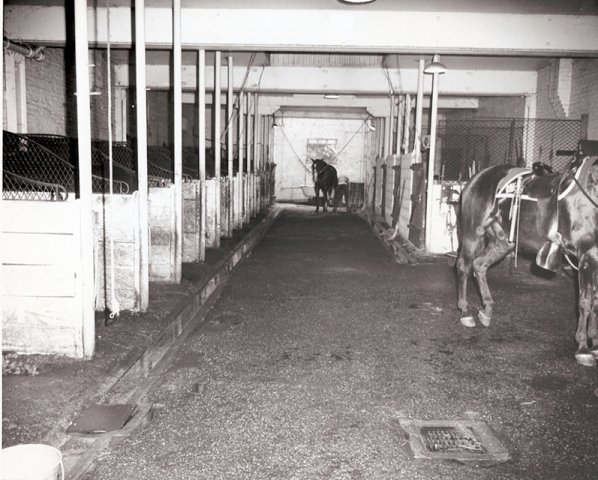
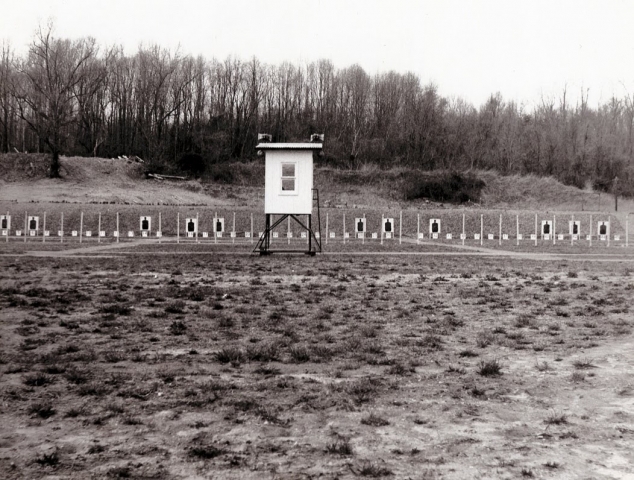
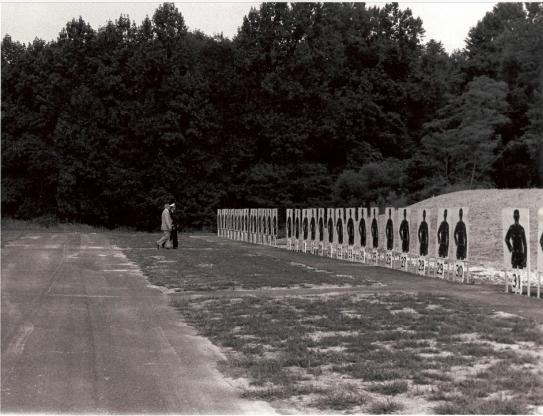

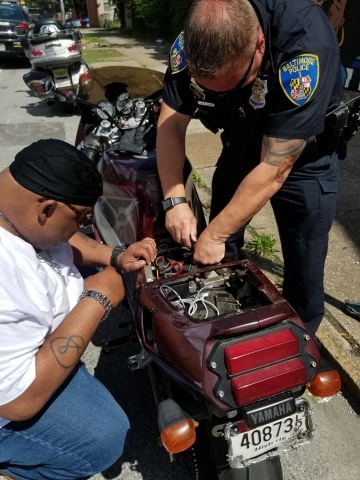
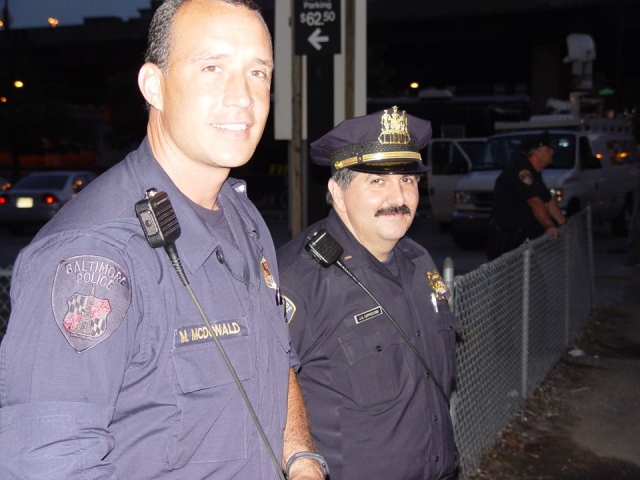
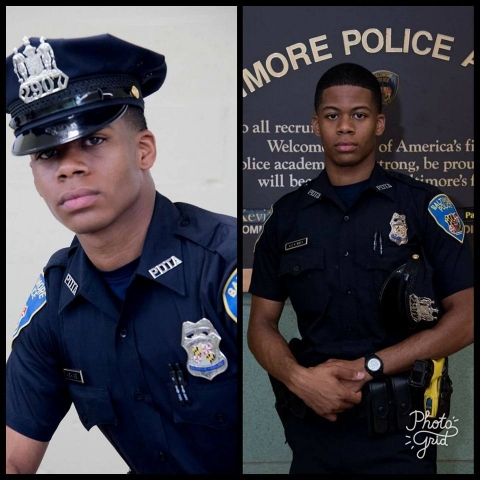 Tiba Wise
Tiba Wise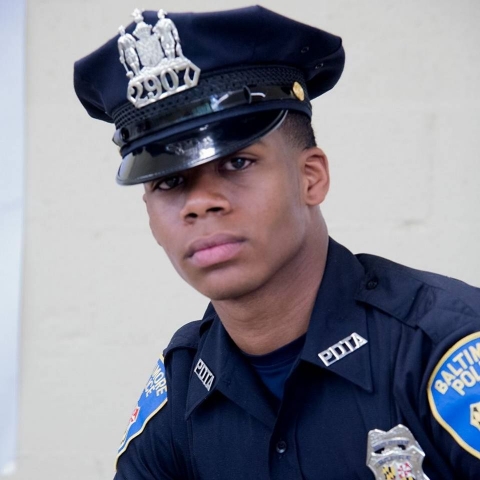 Tiba Wise
Tiba Wise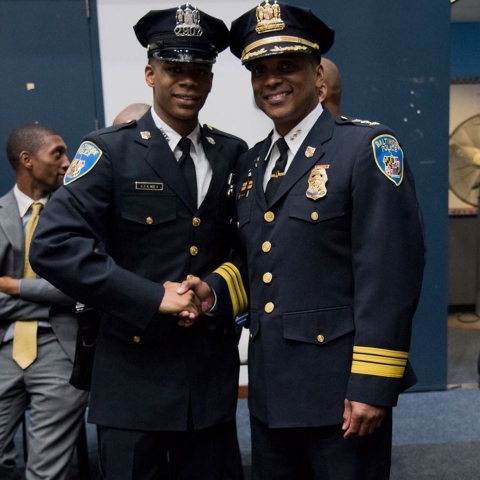


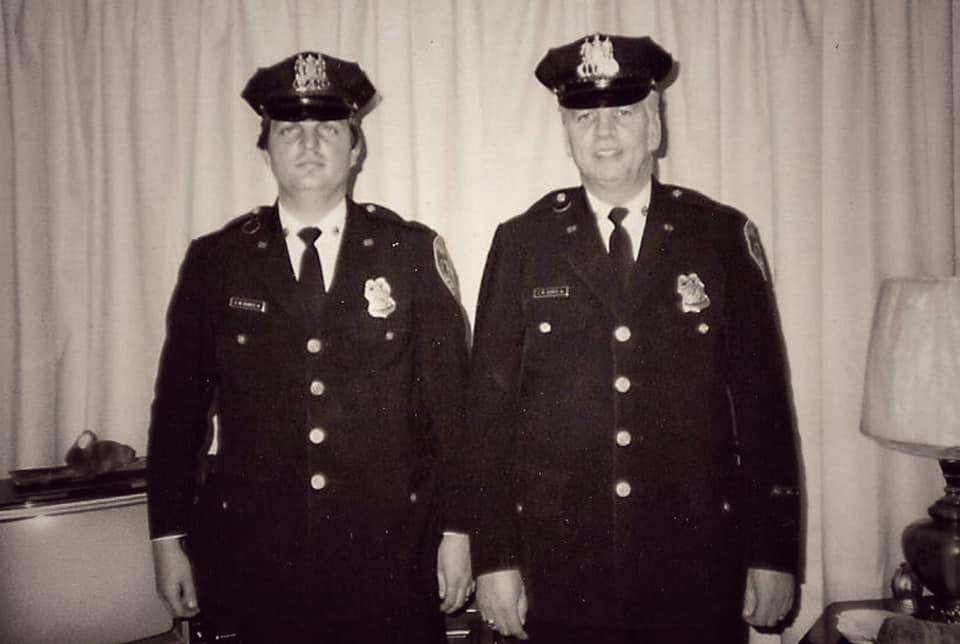
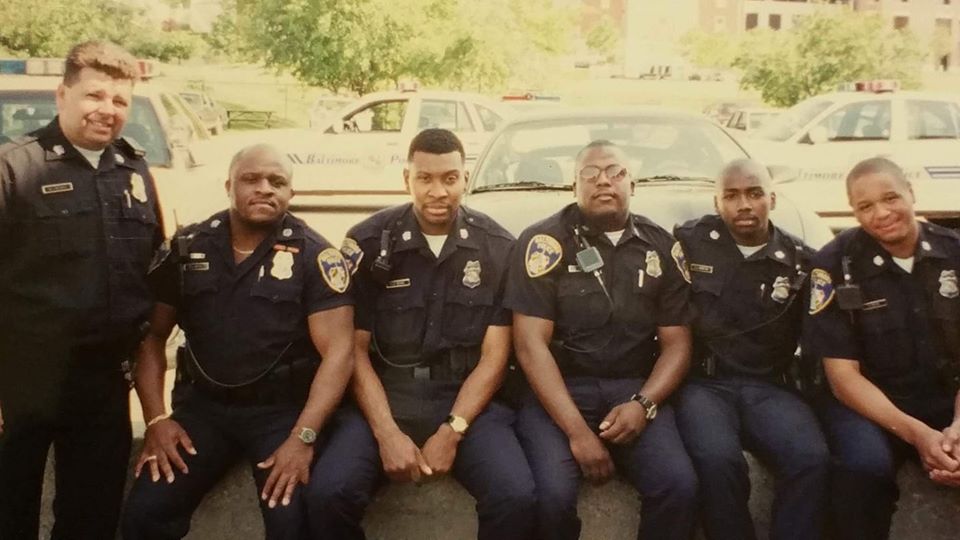
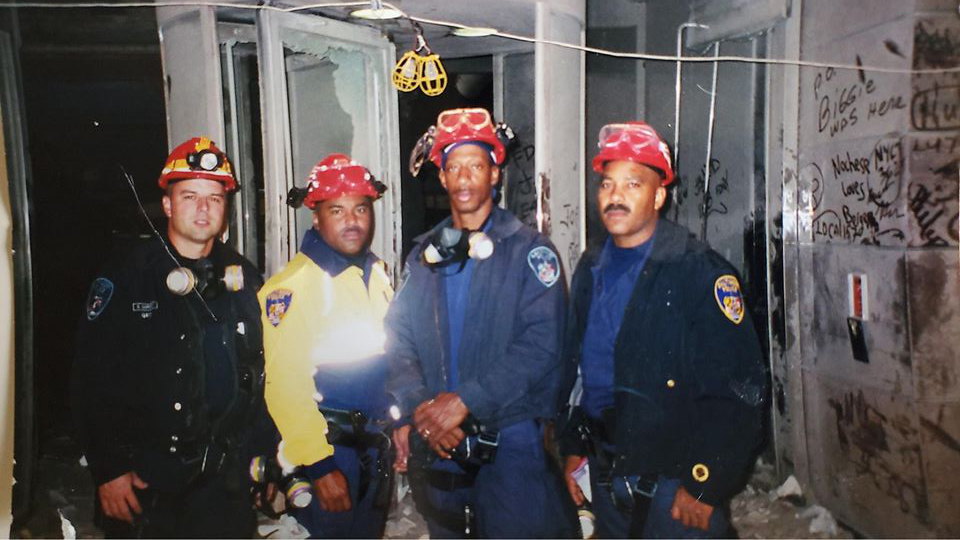
































































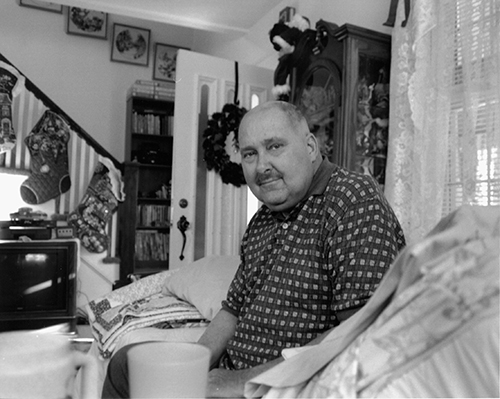


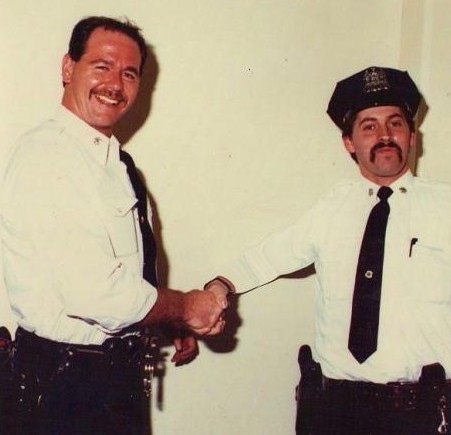

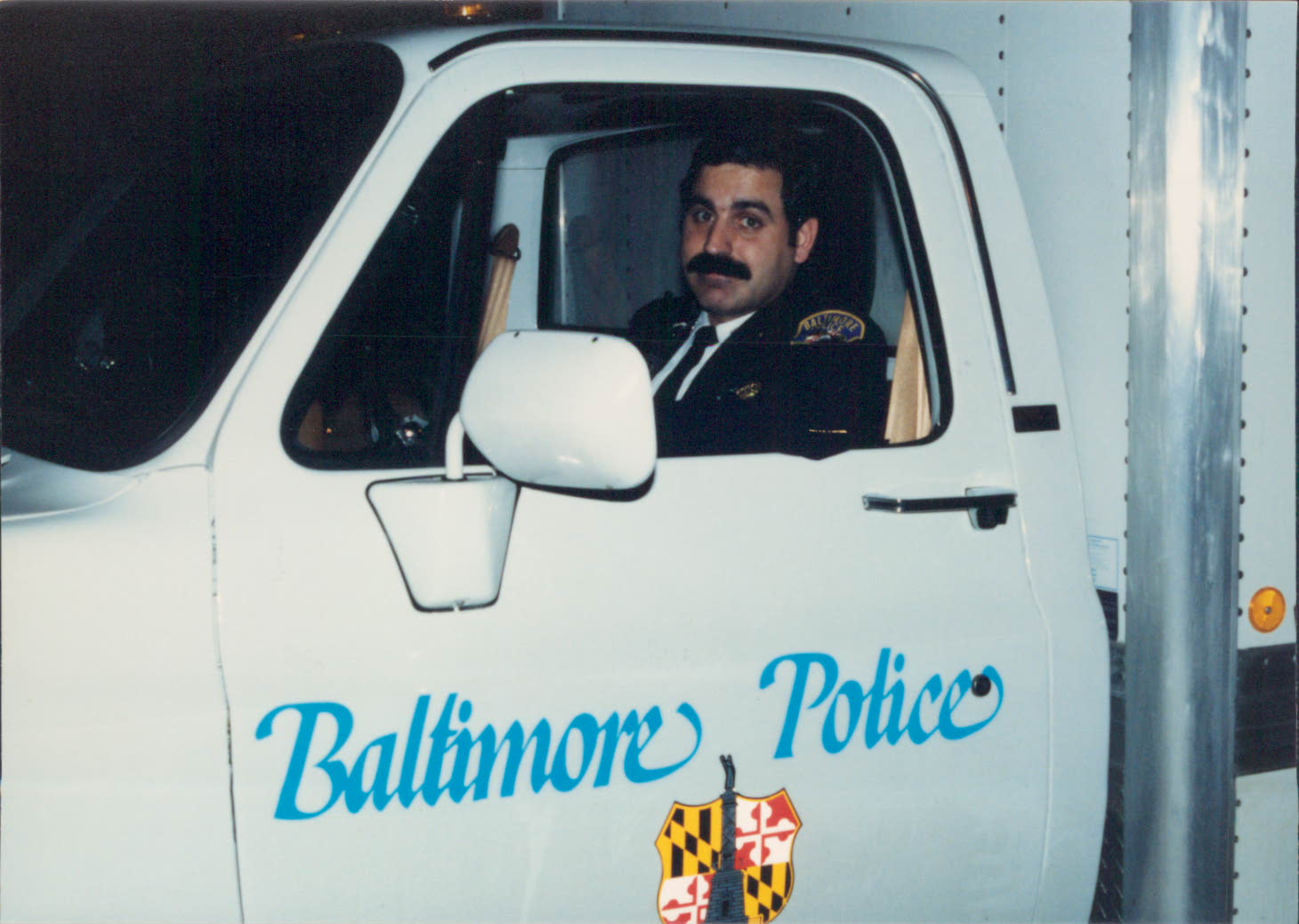
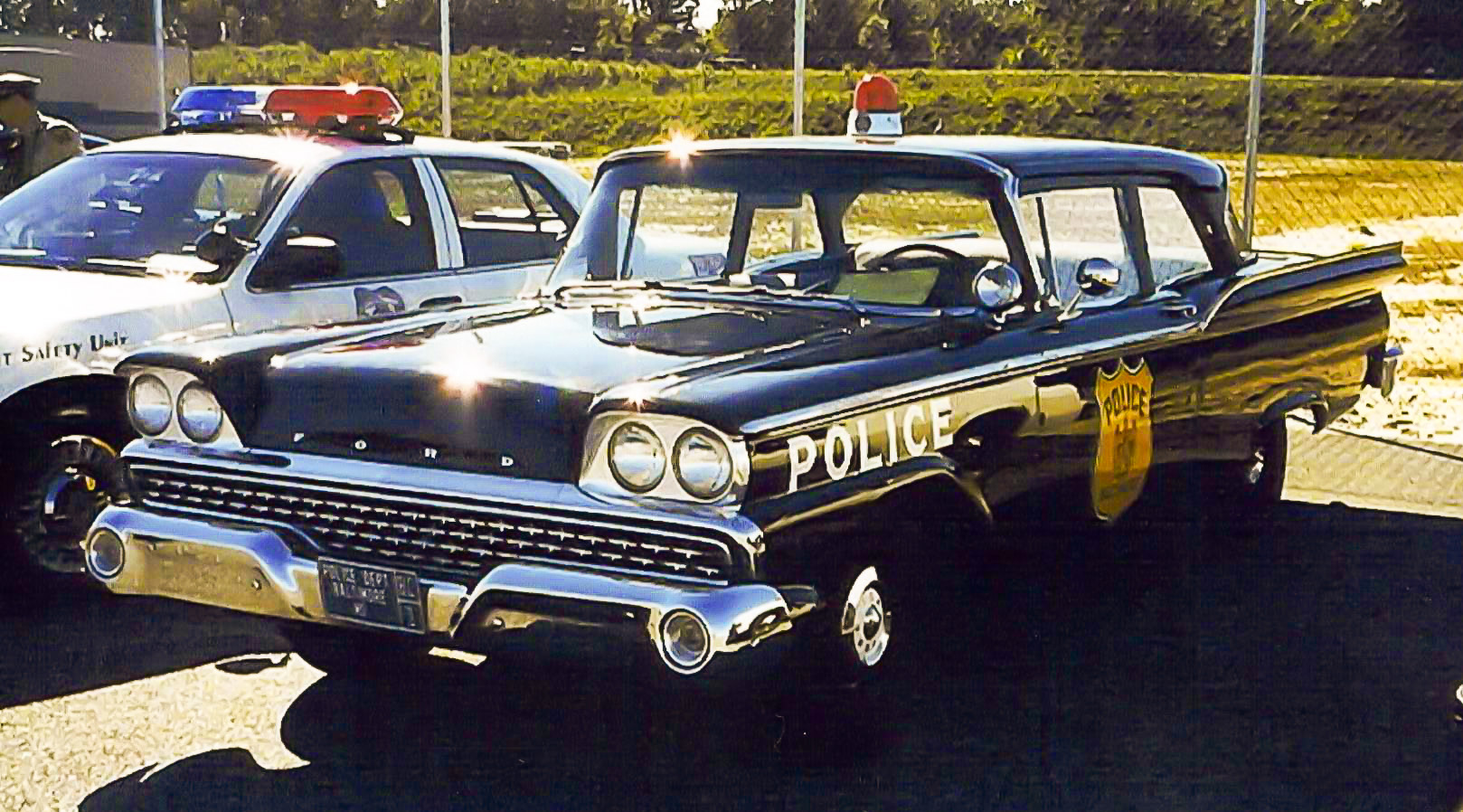

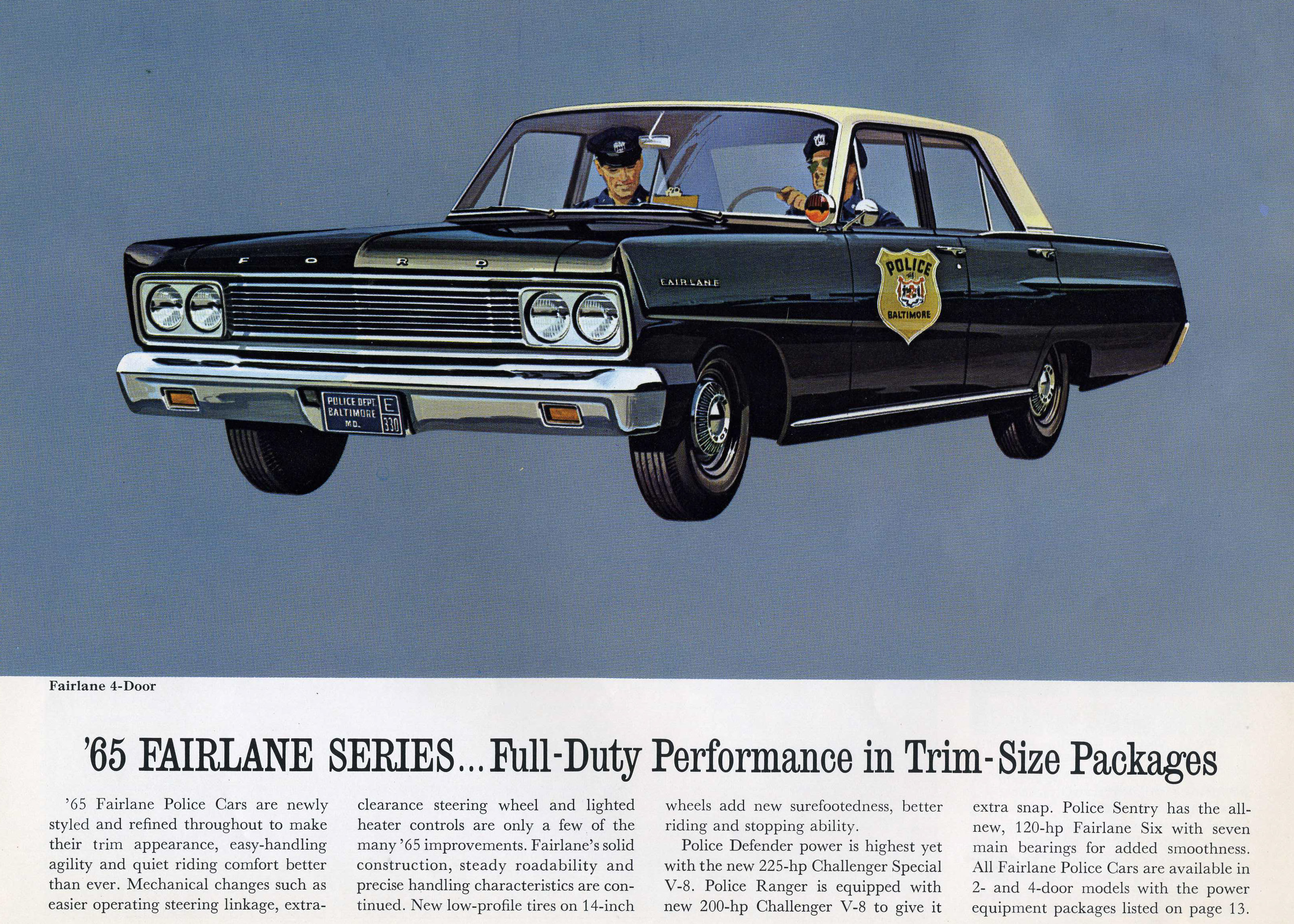


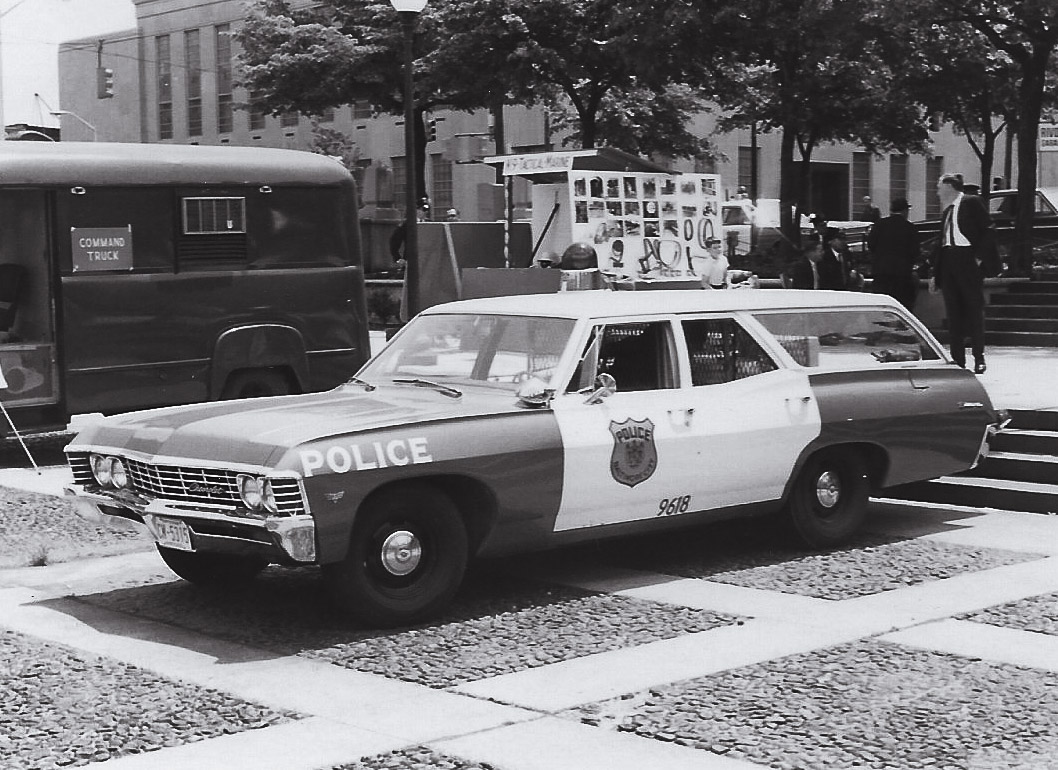
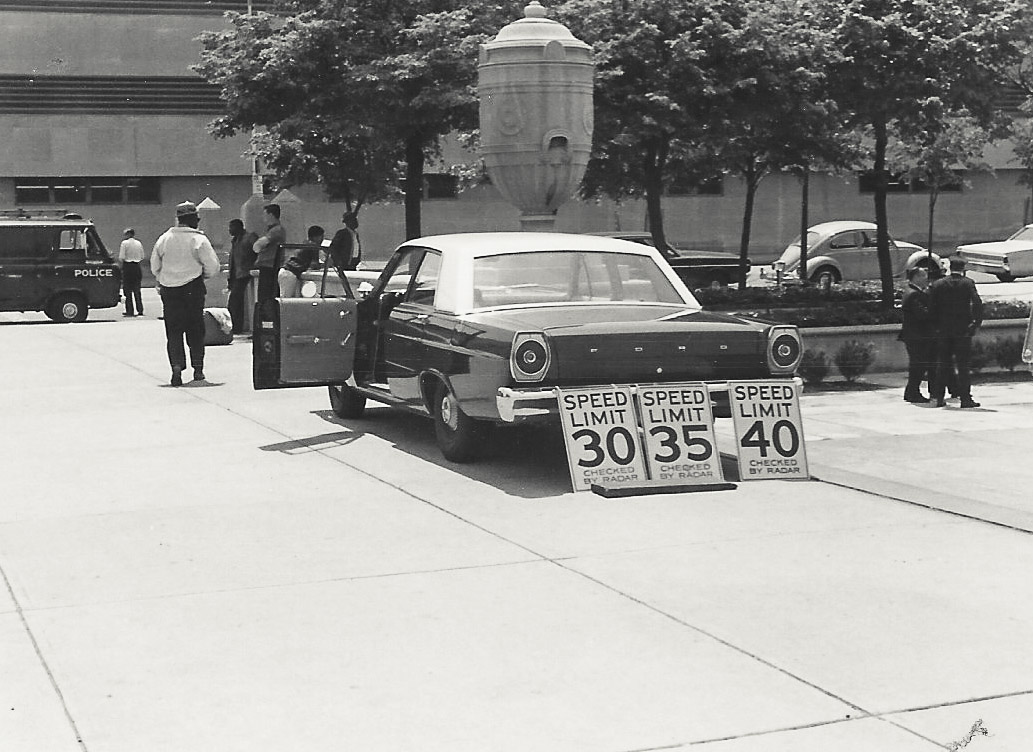
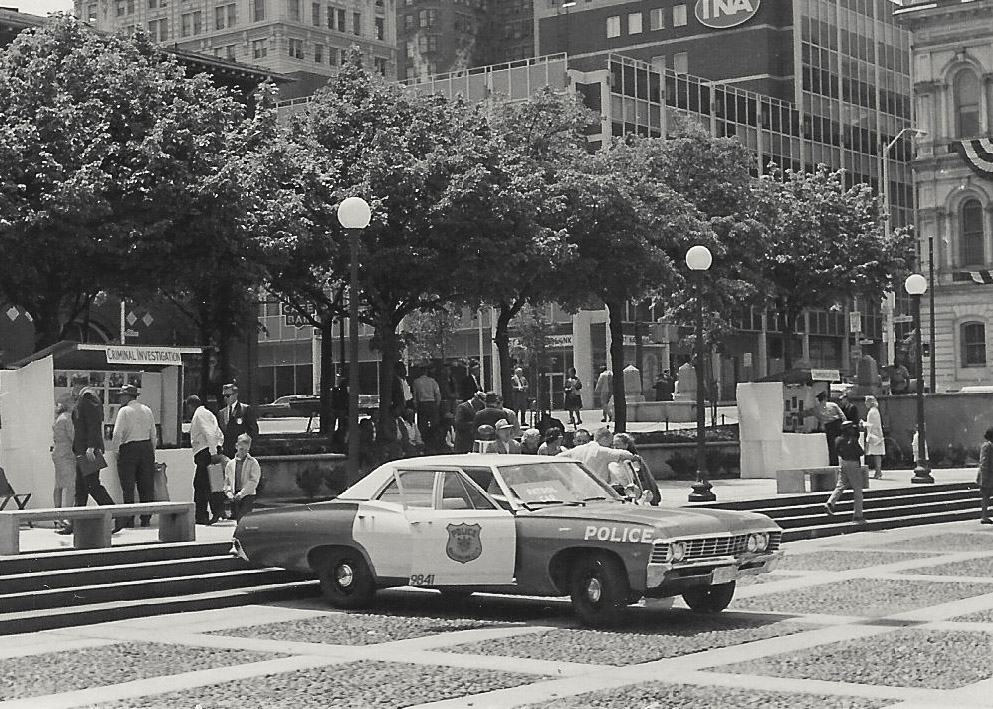
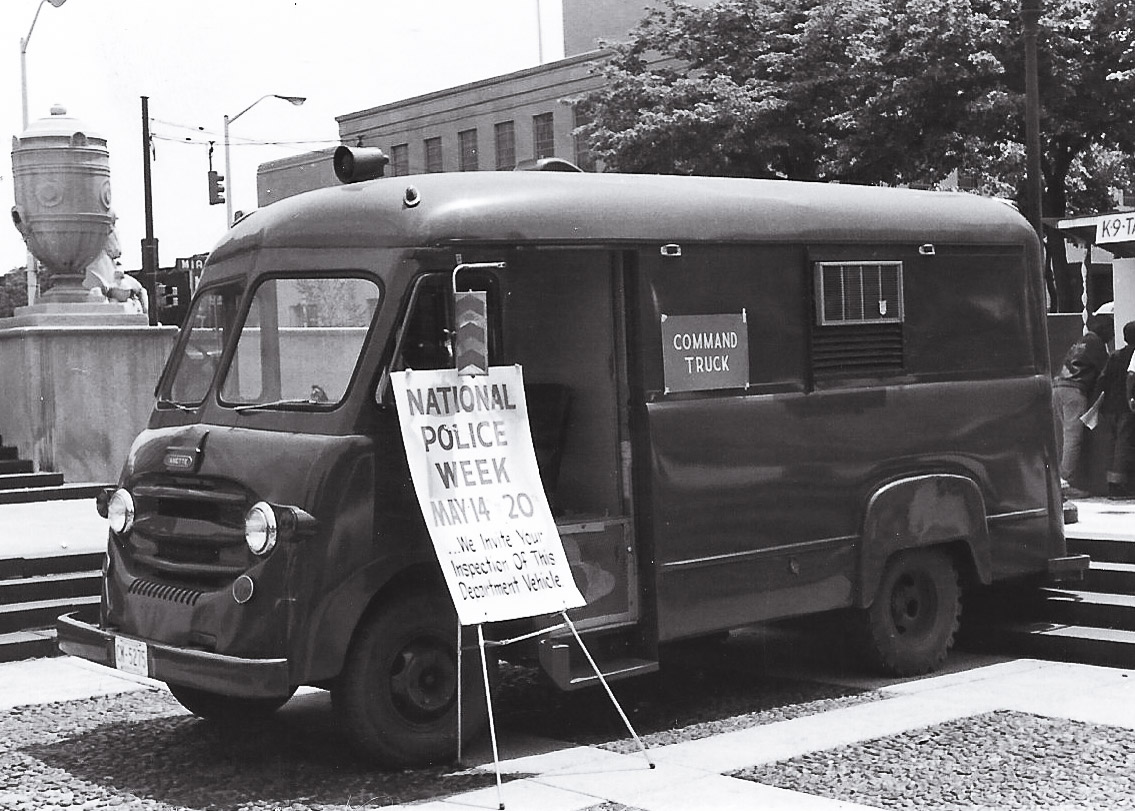
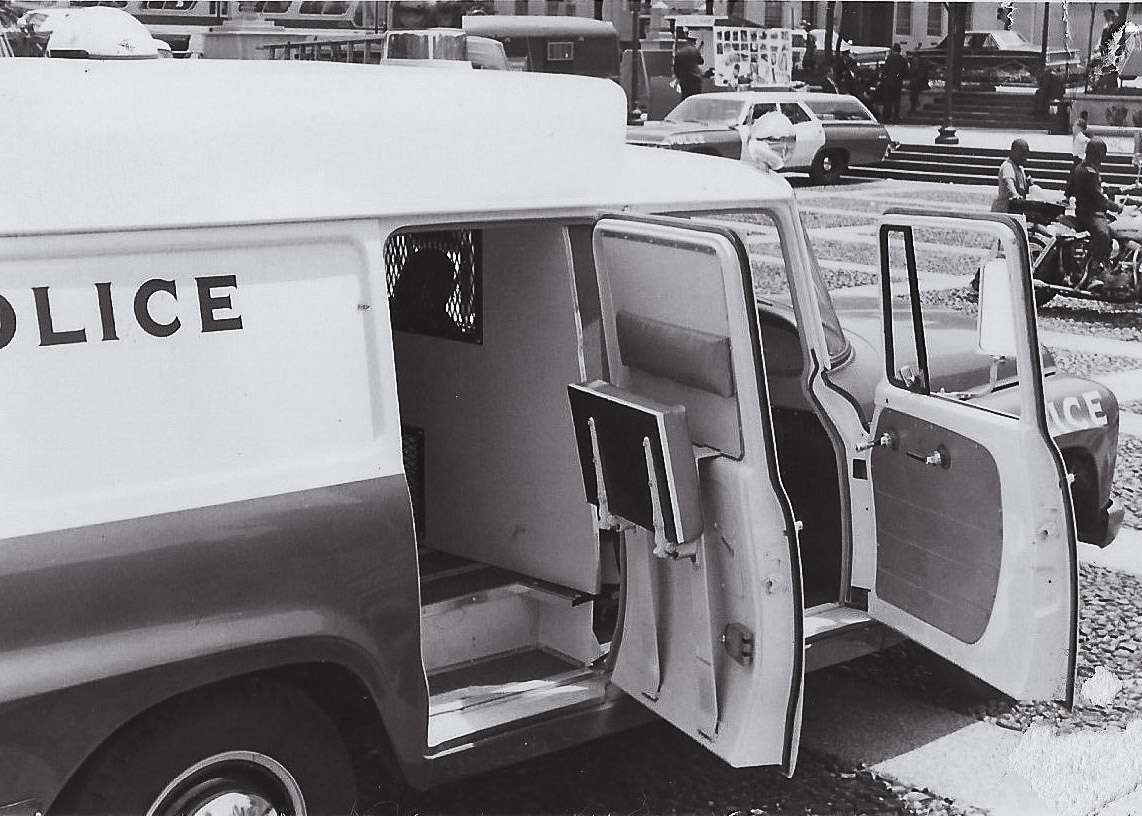
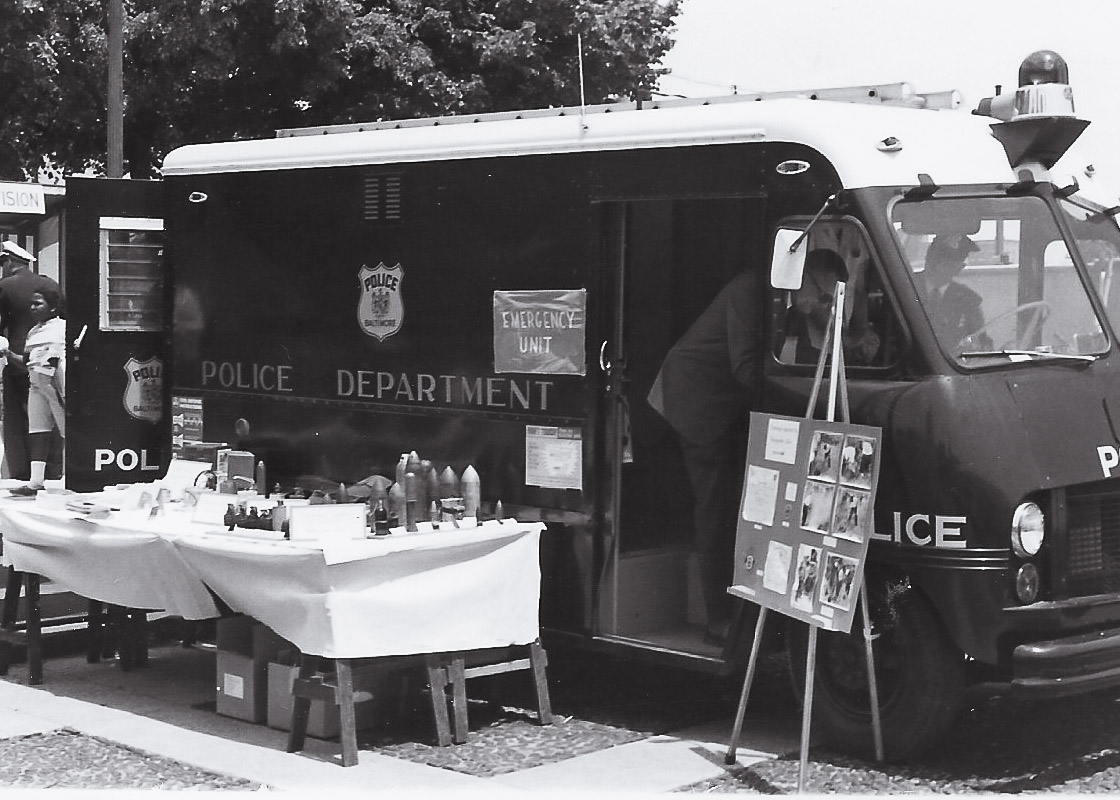


.jpg)
